|
I am giving away 5 Butterfly Education Kits to various schools in Cornwall to raise awareness of the importance of butterflies and their fascinating life cycle. Ladock C of E Primary School is one of them, Cuby's class of Miss Sarah Edwards. I was delighted to meet the children. They are very enthusiastic. I am looking forward in visiting them again soon. There are 59 Butterflies in the UK, 57 resident and 2 regular migrants. There are 36 Butterflies in Cornwall, 34 resident and 2 regular migrants Rowena Castillo-Nicholls presenting the Butterfly Education Kit to Sarah Edwards, EYFS teacher Cuby's class, Ladock C of E Primary School I am a "Wildlife Advocate". I have been raising awareness on the importance of wildlife through "Wildlife Matters". I am a "Mental Health and Physical Well-being Advocate." I have been raising awareness through “Connect with Nature” because it benefits both the mental health and physical well-being. I am the Founder of Ladock Parish Wildlife Group (LPWG). I do wildlife recording and monitoring. I organise and lead nature walks for my community. I am the Founder of Cornwall Butterfly Group, Kernow Tykki Duw (CBG). I do butterfly recording and monitoring in Woodland Valley Farm, Trewithen Gardens and National Trust's Godolphin. I organise and lead butterfly walks for my community. I am Trustee and Publicity Officer of Cornwall Bird Watching and Preservation Society (Cornwall Birds or CBWPS). I am a volunteer of Three Bays Wildlife Group. I do Seaquest Survey in Dodman Point. I do Butterfly Transect in Portmellon Valley and The Lost Gardens of Heligan. I am a volunteer Chough Watcher (nest site monitoring and protection) for National Trust and RSPB. I am the Author and Photographer of "Paloresow Kernewek, The Cornish Choughs on the North Cornwall Coast" published in 2013. I am currently working on my next book. I am a member of Ladock Women's Institute and Soroptimist International St Austell and District. I love inspiring people through my photographs and making a difference in the life of others through my advocacies. The Giant Butterfly Garden Includes: ● Pop-up, reusable 45cm tall super clear mesh habitat ●6-10 LIVE caterpillars with food (2 cups of caterpillars) or voucher to redeem for caterpillars (caterpillars available March to mid-September) ● Painted Lady butterfly life cycle stages figurines ● Feeding pipette ● Instruction guide ● x2 chrysalis stations (arrive with the caterpillars) ● Insect Lore sugar packet to make your very own Butterfly nectar (arrives with the caterpillars) Life Cycle of a Butterfly:
1. First Stage: Embryonic Stage – Egg (3-5 days) A butterfly starts its life as an egg, often laid on a leaf. The eggs come in many shapes and colours. The shapes include spherical, oval, and pod-shaped; the colours include white, green, and yellow. The eggs have a thin, tough, protective shell, the chorion. This shell has raised ribs or pits (reticulations). The length of time required for the egg to hatch is dependent on the species and the environmental. Some species lay winter-hardy eggs in the fall, which hatch the following spring or summer. 2. Second Stage: Caterpillar Comes Out! (5-10 days) The caterpillar or larva hatches from an egg and eats leaves or flowers almost constantly. The caterpillar will increase up to several thousand times in size before pupating. When a caterpillar gets too big for its skin, it molts or sheds its old skin and keeps eating more. 3. Third Stage: Chrysalis - Metamorphosis Begins (7-10 days) The chrysalis or pupa is the stage in a butterfly's life when it is encased in a chrysalis and undergoing metamorphosis. Wings develop during this stage. About a day before the adult butterfly emerges, the chrysalis becomes transparent. 4. Fourth Stage (Imaginal Stage): Butterfly Emerges! (2 weeks) A beautiful, flying adult emerges. This adult will continue the cycle. The adult is also called the imago, emerges from its pupal cuticle with a swollen abdomen and shrivelled wings. For the first few hours of its adult life, the butterfly will pump hemolymph into the veins in its wings to expand them. The waste products of metamorphosis, a reddish liquid called meconium will be discharged from the anus
0 Comments
Trewithen Gardens is beautiful all year round. It has a rich and diverse flora and fauna. A real haven for wildlife. We did our "RSPB's Big Garden Birdwatch 2024" here this weekend. We saw 32 species of birds. There was even a huge flock of (around 300++) Redwings and Fieldfares. List of Birds we saw:
Whenever I see these gorgeous flowers: Snowdrops, Daffodils and Primroses, it makes me feel that spring is not that long now, it's just around the corner. Trewithen Gardens has the best Camellia collection in various colours, shapes and sizes. They are absolutely stunning. Get your Trewithen Gardens 2024 Season Ticket so you can come as often as you want from March to September. Click on the link: trewithen.digitickets.co.uk/tickets Website: www.trewithengardens.co.uk
Facebook: www.facebook.com/Trewithengardens Twitter: www.twitter.com/Trewithengarden Instagram: www.instagram.com/trewithen_gardens Address: Trewithen Gardens Grampound Road Truro Cornwall TR2 4DD Getting to Trewithen Gardens: From Truro take the A390 towards St Austell, through the village of Tresillian, for approximately 4 miles. Trewithen is on your right hand side shortly after the Probus roundabout. British Garden BirdsIt is such a delight to see all these gorgeous birds in my garden. I don't have to go far to see all these beauties. I just have to look out at my kitchen window. I make sure that my feeders are refilled regularly. I have sunflower hearts, niger seeds, peanuts, raisins, mealworms, fat balls and bread plus water too. It gives me so much joy seeing and listening to the chirping of these birds. I won "The Greeves Cup Photography Competition 2023". I also won in 4 other categories. I went up the stage 5x. Thank you Rob Nicholls, brother Russel Castillo, sister Rachel Castillo and Libby Moore for the support and encouragement. It's much appreciated. The awards were presented by Edward Bolitho, the Lord Lieutenant, HM The King’s representative in Cornwall and the Lieutenancy at the Cornwall Federation of Women's Institutes Annual Council Meeting in the Hall for Cornwall. "I am a nature and wildlife enthusiast. I just want to capture the beauty and wonder of what I see through my lens." ● Best Entry Overall – Awarded “The Greeves Cup” Trophy ● "Animals” class – Awarded First Place ● “Novice” class – Awarded Second Place ● “Action or Movement” – Awarded Second Place ● “My Favourite Photograph”- Awarded Third Place ● Best Entry Overall – Awarded “The Greeves Cup” Trophy ● "Animals” class – Awarded First Place ● “Novice” class – Awarded Second Place ● “Action or Movement” – Awarded Second Place ● “My Favourite Photograph”- Awarded Third Place Ladock WI is the Social Media Award 2023 Winner. Hooray! I created and designed our website and social media. Ladock WI website and social media have been an excellent way for communicating and engaging our members and the public; keeping in touch and connected with our members; promoting and advertising our events and activities; sharing our photos, hobbies and interest; and help captivate and entice new members. Ladock WI website is user friendly and easy to navigate. Everything you need to know about us is all there; all relevant information and links. Website: www.ladockwomensinstitute.weebly.com Facebook Page: www.facebook.com/ladockwi Instagram: www.instagram.com/ladockwi Twitter: www.twitter.com/LadockWI Ladock WI members: Rowena Castillo-Nicholls, Jenny Thomas, Brenda Ashley, Sue Rescola, Tracey Camps, Sandra Buck (president) and Lynn Fincher Ladock WI members with Elizabeth I, Lesley Smith: Tracey Camps, Sue Rescola, Katrina Wasley, Rowena Castillo-Nicholls, Brenda Ashley, Jenny Thomas, Lynn Fincher and Sandra Buck (president, not in photo) Me and Elizabeth I, Lesley Smith Cornwall Federation of Women’s Institutes
Annual Council Meeting The Hall for Cornwall Monday, 2 October 2023, 11:00am to 4:00pm Trewithen Gardens is one of my favourite gardens in Cornwall. The garden is beautiful all year round. It has a rich and diverse flora and fauna. A real haven for wildlife. We've seen more than 10++ species of Butterflies from our Butterfly Walks. We had 52 species of moths from our Moth Night and 5 of them are migrants. There's also bees, beetles, crickets, dragonflies, frogs, fungi, grasshoppers, spiders, toads, wildflowers and a lot more... Trewithen House is a Georgian country house in Cornwall. The Palladian house was built by London-based architect Thomas Edwards in 1723. The house is listed Grade I on the National Heritage List for England, and its gardens are Grade II* listed on the Register of Historic Parks and Gardens. Trewithen GardensThe grounds of Trewithen Estate are noteworthy, with a prominent 200 yard-long lawn and gardens containing some rare plants. The two garden pavilions located 15 meters to the north east and the north west of the house are Grade I listed. The entrance gates and piers 500 meters to the north east and the north west of the house are Grade II listed, as are the gates with piers to the north east and north west of the house. The kitchen garden walls adjoining the service wing to the west of the house are Grade II listed. Garden Highlights: ● Magnolia Fountain ● The Cockpit ● Camera Obscura ButterfliesMothsFungiTalk and presentation on "Butterflies in Cornwall" by Rowena Castillo-Nicholls It's been a real delight to give a talk and presentation on "Butterflies in Cornwall" to Trewithen Gardens' head gardener Gary Long and his team and staff. ● I'm a Wildlife Advocate. ● I'm a Mental Health and Physical Well-being Advocate. ● I'm a Nature and Wildlife Photographer and Author. ● I'm the Founder of Ladock Parish Wildlife Group. ● I'm Trustee and Founder Member of Cornwall Butterfly and Moth Society. ●I'm Trustee and Publicity Officer of Cornwall Bird Watching and Preservation Society or Cornwall Birds. ● Volunteer: Wildlife Recording at Woodland Valley Farm. ● Volunteer: Butterfly Transect at Portmellon Valley and The Lost Gardens of Heligan for Three Bays Wildlife Group. ● Volunteer: Seaquest Survey at Dodman Point for Three Bays Wildlife Group. ● Volunteer: Chough Watcher (nest site monitoring and protection) for RSPB. ●Volunteer: Chough Watcher (nest site monitoring and protection) for National Trust. Butterfly Walk around Trewithen Gardens with head gardener Gary Long and his team and staff. Moth Night at Trewithen Gardens with Cornwall's moth experts Dave Gibbon and Frank Johns. Dave Gibbon, Rowena Castillo Nicholls and Frank Johns at The Tea Shed with the moths from last night's Moth Night on display for public viewing. The lovely Chaffinch wants a piece of the cake too! Trewithen Gardens Website: www.trewithengardens.co.uk
Facebook: www.facebook.com/Trewithengardens Twitter: www.twitter.com/Trewithengarden Instagram: www.instagram.com/trewithen_gardens Address: Trewithen Gardens Grampound Road Truro Cornwall TR2 4DD Getting to Trewithen Gardens: From Truro take the A390 towards St Austell, through the village of Tresillian, for approximately 4 miles. Trewithen is on your right hand side shortly after the Probus roundabout. Had a fantastic and fabulous time at The Lost Gardens of Heligan. I enjoyed taking photos of the gorgeous Dahlias.
The Cornish Dahlia Society will return to Heligan for their 42nd Annual Show on 26 August to 28 August 2023. British and Irish Butterfly Rarities, Migrants, Extinctions and Introductions by Peter Eeles8/10/2023 A book to complement the "Life Cycles of British & Irish Butterflies" to be published in September this year. More info at www.butterflyrarities.com. You can pre-order at www.naturebureau.co.uk/british-and-irish-butterfly-rarities-migrants-extinctions-and-introductions.
This is a must have book for all butterfly enthusiast!!! I love Rockpooling on the rugged and spectacular Cornish beaches. I always find some fascinating and incredible marine life. On 7 May 2023, we saw hundreds of By-the-wind Sailors in Portholland beach. They look like aliens. I managed to take a few photos before it started pouring with rain. Velella velella, a cosmopolitan free-floating hydrozoan that lives on the surface of the open ocean. It is commonly known by the names sea raft, by-the-wind sailor, purple sail, little sail, or simply Velella. This small cnidarian is part of a specialised ocean surface community that includes the better-known cnidarian siphonophore, the Portuguese man o' war. Specialized predatory gastropod molluscs prey on these cnidarians. Velella can sting and capture small prey, but they also harbor algal symbionts, giving mature specimens a greenish or even brown tint. Copyright © Rowena Castillo-Nicholls. All Rights Reserved.
Images may not be used without the written permission of the photographer. 20 April 2023, the weather is sunny and warm with a soft breeze. Me and Rob decided to go and look for two rarities – Pearl-bordered Fritillary Boloria euphrosyne in Struddicks, Seaton/Murrayton area near Looe and Sand Crocus Romulea columnae in Polruan, Lantic Bay area. We're so delighted and pleased to have seen and photograph these two rarities. We saw 5x Pearl-bordered Fritillary and 11x Sand Crocus flowers. Once widespread across the UK, this rare Pearl-bordered Fritillary is now highly threatened in England and Wales. We’re really luck in Cornwall because we have a few sites that this butterfly can be seen. Because of the micro-climate in Struddicks, Seaton/Murrayton area, this is usually the first place in Cornwall to see them. We have been coming to this area to see this gorgeous butterfly since 2014. 20 April 2023: 5x Pearl-bordered Fritillary 26 April 2022: 15++ Pearl-bordered Fritillary 11 May 2019: 30++ Pearl-bordered Fritillary 18 May 2018: 20++ Pearl-bordered Fritillary 16 April 2017: 4x Pearl-bordered Fritillary 25 April 2016: 8x Pearl-bordered Fritillary 15 April 2015: 13x Pearl-bordered Fritillary 19 April 2014: 40++ Pearl-bordered Fritillary The Sand Crocus Romulea columnae was found growing on the clifftops in Lantic Bay area in 1879 and 1881. There's been a few searches for this rare flower but it was not seen again until 2002. The only other site to see this rare flower is on Dawlish Warren in Devon and in the Channel Islands. 20 April 2023: 11x Sand Crocus 12 April 2022: 15++ Sand Crocus Copyright © Rowena Castillo-Nicholls. All Rights Reserved.
Images may not be used without the written permission of the photographer. Species: Purple Heron, Black-winged Stilt, Ruff, Grey Wagtail and a lot more... Location: Ruan Lanihorne, Cornwall Date: 9 April 2023 Ruan Lanihorne is a civil parish and village in south Cornwall. The village is situated approximately four miles (6.5 km) east-southeast of Truro between the River Fal and its tributary the Ruan River. Ruan Lanihorne lies within the Cornwall Area of Outstanding Natural Beauty (AONB). So delighted to see the Purple Heron again today. I first saw the bird on 21 September 2017. It's really amazing that it's exactly on the same place. The RSPB said: "Purple Herons are rare migrants to the UK, with around 20 records per year". Their normal breeding range is southern Europe, and some parts of northern Africa, but a pair bred successfully for the first time in England in 2010 at RSPB Dungeness. Black-winged Stilt Ruff Grey Wagtail Copyright © Rowena Castillo-Nicholls. All Rights Reserved.
Images may not be used without the written permission of the photographer. Bearded Vulture also known as Lammergeier or Ossifrage I'm the first one who saw and photographed this bird in Cornwall. Cornwall is known for its diverse nature and wildlife. Every year, hundreds and even thousands of nature and wildlife enthusiasts come down to Cornwall to have a glimpse of some rare birds, butterflies and other notable species. I have been sooo lucky to be the "FIRST" one to have seen and photographed the Bearded Vulture, also known as the LAMMERGEIER or OSSIFRAGE in Cornwall in 23rd May 2016. Me and my husband Rob Nicholls cannot believe our luck. We were actually in Breney Common in Bodmin doing a butterfly survey in preparation for our fieldtrip on Monday, 30th May 2016 for the Cornwall Butterfly and Moth Society Fieldtrip to see the rare Marsh Fritillary. It was a sunny afternoon, about 2:30pm. We were looking up towards Helman Tor when a large bird, soaring high, came into sight over the ridgeline, heading in a south westerly direction. It’s just gliding gracefully in the sky. The wingspan was probably 9 feet or more, 3 metres. It was very high, maybe up to 2,000 feet and had a small bird in tow - which was not getting too close. The small bird turned out to be a buzzard! The Lammageier did not flap its wings. It was just gliding gracefully across the sky. It was huge and unlike anything usually seen in the skies over Cornwall. Luckily, I was already prepared with my camera and was able to take a few shots. We were able to watch it for about 12 minutes, before it went out of sight. Perhaps, a once-in-a-lifetime sighting. It's nice to sometimes be in the right place, at the right time! American Painted Lady Vanessa virginiensis Extremely Rare Migrant Butterfly On the 20 September 2022, 2:30pm, me and Rob went for a walk in Nare Head on the Roseland Peninsula. This is one of our favourite places in Cornwall. On our way to the headland, we saw Lawrence Sampson and had a chat with him for a few minutes before we carried on with our walk. I have taken photos of the butterflies and birds that we saw. Before I went to sleep that evening, I posted my photos in Facebook. The next morning, I have missed calls on my mobile, I have messages on my email, I have comments on my photos in Facebook. One comment catches my eye, a particular comment from our good friend Lee Slaughter - "Are you sure that this isn't the exceptionally rare Hunter's Painted Lady or American Painted Lady Rowena? Get this photo checked out urgently! I think it is an American (Hunter's) Painted Lady! PM me where you saw this please? Could be a 1st for Cornwall if it is!" I immediately checked my photos very closely one by one. Checked out Google and Wikipedia too. I was shocked and amazed. It suddenly dawned on me that the butterfly I thought was a Painted Lady was actually the extremely rare American Painted Lady Vanessa virginiensis. Wow, that's awesome. I could not believe my luck. Thanks to the sharp and discerning eyes of Lee. He is certainly the best in the butterfly world. It's also been confirmed by Peter Eeles from UK Butterflies. This American Painted Lady Vanessa virginiensis was first seen in the British Isles in August 1828 at Withybush, near Haverfordwest in Pembrokeshire. I celebrated my 50th birthday this year. I thought I already received all the surprises from family and friends but seeing this butterfly is the greatest surprised ever. Me and Rob are absolutely delighted and over the moon that we saw again another rarity in Cornwall. You'll never really know you might see in Cornwall. This Duchy is full of surprise. Copyright © Rowena Castillo-Nicholls. All Rights Reserved.
Images may not be used without the written permission of the photographer. Tickets are Free but please reserve your place on Eventbrite:
www.eventbrite.co.uk/e/our-future-with-beavers-tickets-594711908327 or email request to [email protected] American Painted Lady Vanessa virginiensi On the 20 September 2022, 2:30pm, me and Rob went for a walk in Nare Head on the Roseland Peninsula. This is one of our favourite places in Cornwall. On our way to the headland, we saw Lawrence Sampson and had a chat with him for a few minutes before we carried on with our walk. There's quite a few butterflies and birds around. From the carpark to the headland, we saw:
I have taken photos of the butterflies and birds that we saw. Before I went to sleep that evening, I posted my photos in Facebook. The next morning, I have missed calls on my mobile, I have messages on my email, I have comments on my photos in Facebook. One comment catches my eye, a particular comment from our good friend Lee Slaughter - "Are you sure that this isn't the exceptionally rare Hunter's Painted Lady or American Painted Lady Rowena? Get this photo checked out urgently! I think it is an American (Hunter's) Painted Lady! PM me where you saw this please? Could be a 1st for Cornwall if it is!" I immediately checked my photos very closely one by one. Checked out Google and Wikipedia too. I was shocked and amazed. It suddenly dawned on me that the butterfly I thought was a Painted Lady was actually the extremely rare American Painted Lady Vanessa virginiensis. Wow, that's awesome. I could not believe my luck. Thanks to the sharp and discerning eyes of Lee. He is certainly the best in the butterfly world. It's also been confirmed by Peter Eeles from UK Butterflies. This American Painted Lady Vanessa virginiensis was first seen in the British Isles in August 1828 at Withybush, near Haverfordwest in Pembrokeshire. For the past few years, it's been seen around the UK and Cornwall. On 12 October 2006, Paul Callaway have seen and photographed it on St Marys, Isles of Scilly. I celebrated my 50th birthday this year. I thought I already received all the surprises from family and friends but seeing this butterfly is the greatest surprised ever. Me and Rob are absolutely delighted and over the moon that we saw again another rarity in Cornwall. You'll never really know you might see in Cornwall. This Duchy is full of surprises. Difference between an American Painted Lady and a Painted Lady The chief difference, the one that is easiest to identify for most, is the tiny white spot on the American Painted Lady. It is located in the postmedian area of the forewing. In the corresponding area of the Painted Lady, no such spot will be found. Another good identifying mark will be the eyespots in the postmedian area of the hindwings of both butterflies. On the upperside, they are quite similar in size for both. But on the underside, two large eyespots can be clearly seen on the American Painted Lady, whereas four are discernible on the Painted Lady and they are much smaller. BBC Radio Cornwall www.bbc.co.uk/programmes/p0d1w7tn Western Morning News www.pressreader.com/uk/western-morning-news/20220922/page/4/textview Cornwall Live www.cornwalllive.com/news/cornwall-news/american-painted-lady-butterfly-never-7615539 The Guardian www.theguardian.com/environment/2022/sep/29/autumn-brings-rare-butterflies-moths-uk-shores UK Butterflies www.ukbutterflies.co.uk/album_photo.php?id=51745 Wildlife Insight www.wildlifeinsight.com/35962/american-painted-lady-in-cornwall CBWPS cbwps.org.uk/recent-sighting/wednesday-21st-september-2022 Western Morning News, page 4 UK Butterflies Twitter Account BBC Radio Cornwall Twitter Account BBC Radio Cornwall Facebook Page BBC Spotlight Instagram Account BBC Spotlight Facebook Page Wildlife Insight Copyright © Rowena Castillo-Nicholls. All Rights Reserved.
Images may not be used without the written permission of the photographer. Rob, thank you for making my 50th birthday a day to remember... a week to remember... a month to remember... a year to remember... I will surely remember for the rest of my life. Thank you for going the extra mile in making sure I have the most memorable day. You have gone far and beyond to make my day fantastic and fabulous, enjoyable and fun-filled. Thank you my sweet and loving husband. I'm very grateful for your generosity and thoughtfulness. What a surprise! A welcome sight when I came down on my 50th birthday, 1st July 2022. Rob, thank you for the... ● Nikon D7500 DSLR camera ● Sigma 150-600mm lens for the Nikon D7500 ● Panasonic Lumix digital camera ● Gorgeous bouquet of flowers from Interflora ● Pretty balloons ● Beautiful cards Day 1 ● Luscious and lush birthday lunch at my favourite restaurant. ● Give thanks to the Lord for my 50 years of existence in St Just in Roseland Church. ● Walk around the picturesque village of St Mawes. ● Nature and Wildlife Walk at the scenic coast of Kiberick Cove. ● Luscious and lush birthday dinner at my favourite restaurant. St Just in Roseland Church Outside St Just in Roseland Church Inside St Just in Roseland Church Across the river overlooking St Just in Roseland Church Picturesque village of St Mawes Scenic coast of Kiberick Cove Day 2 ● Nature and wildlife walk in Glendurgan Garden. ● Nature and wildlife walk in Helford River. Glendurgan Garden Helford River Day 3 ● Nature and wildlife walk in The Dodman. ● Nature and wildlife walk in Hemmick Beach. Dodman Point Hemmick Beach Day 4 and 5 ● Glitzy and glamorous London trip!!! ● Ultimate shopping spree at Bond St, Regent St and Oxford St. ● Eat... eat... eat!!! Sooo stuffed. A real food trip. ● Thames River Cruise. ● Promenade at Hyde Park. ● Big Bus Tour around London. ● Sightseeing: Tower of London, Tower Bridge, Mayfair, Piccadilly Circus, St. Paul's Cathedral, Trafalgar Square, Hyde Park, Houses of Parliament, Big Ben, Green Park, Statue of Anteros, Bond St., Oxford St., Regent St., Carnaby Soho, Thames River, London Eye, London Bridge, London Victoria Station, Marble Arch, City Hall and others. Missed out the National History Museum, Madame Tussauds, Theatre Royal Drury Lane, Royal Opera House, Buckingham Palace, St. James's Palace, Westminster Abbey, Covent Garden, Westminster Cathedral, and others as it is sooo hot hot hot and such a long queue and too crowded. ● Philippine Embassy. Thames River Cruise Tower Bridge London Eye Houses of Parliament St Paul's Cathedral Hyde Park Marble Arch Trafalgar Square Piccadilly Circus Carnaby Soho London Big Bus Hop-On Hop-Off Tour Philippine Embassy Day 6 ● Nature and Wildlife walk in Bentley Woods, Salisbury. Bentley Woods, Salisbury Day 7 ● Nature and Wildlife walk in Aish Tor. ● Nature and Wildlife walk in Dart Valley Nature Reserve. ● Nature and Wildlife walk in Dartmoor National Park, Newbridge. Aish Tor Dart Valley Nature Reserve Dartmoor National Park, Newbridge
1st July, I will celebrate ME. The birth of ME, MYSELF and I. The person I have grown to be. The person I will become. The daughter, sister, auntie, niece, cousin, friend, wife and I am. Life does begin at 50 (not 40). Goodbye, adieu, adios, arrivederci, cheerio, sayonara, au revoir, so long 40s. Hello, howdy, bonjour, buenos dias, what's up 50. I’m no longer 40-something. I’m now a 50-somebody. I wish myself many more years of joy, love, laughter, good health and prosperity. I wish myself strength and wisdom for days to come and success with everything I do today and tomorrow. Thank you God for the gift of life and for giving me another year to live. Thank you Lord for giving me the courage and strength to face any challenges that comes my way. Thank you God for all the experience of this past year, for times of success which will always be happy memories, for times of failure which reminded me of my own weakness and of my need for you, for times of joy when the sun was shining, for times of sadness which drove me to you. Rob… Thank you for always making me happy. I feel like every day is my birthday. You are the most loving, caring, affectionate and dependable husband. Thank you for encouraging me to follow my heart and do what I love to do. Thank you for supporting my passion and interest in writing and photography. Thank you for believing in me. Thank you for always bringing out the best in me. Thank you for being my number one fan, my staunch supporter, my most loyal ally. You are truly my rock and the wind beneath my wings. I love you for loving me tremendously. Daddy Leon and Mommy Angie… Thank you for being the best parents a child could ever ask for. Thank you for your unconditional love and endless care. Thank you for making sure I have a wonderful and memorable childhood. Thank you for supporting my every endeavor and encouraging me to do my best in everything I do. Thank you for your advice and wisdom. I am who I am today because of you. Thank you for nurturing me into the woman I am today. Thank you Mommy Angie for giving birth to this awesome, amazing, brilliant and smart child. Thank you brother Russel, sis-in-law Myla, nephew Gabriel and Miguel, sistah Rachel for all your love and care, thoughtfulness and generosity. Thank you for always sharing your blessings. Thank you for looking after my best interest. Thank you for always having my back. Thank you my dear friends from the University of the East College of Dentistry and Manila Central University College of Dentistry for the friendship. You made my Dentistry days so much fun and enjoyable, wonderful and memorable. You coloured my world. Thank you BFF Nelinda Cupino for the friendship, for always being there for me eventhough we're miles away. Thank you my lovely Soroptimist friends Maggie Hamilton, Jane Bridges and Kay Turner for your friendship, kindness and thoughtfulness. I really appreciate you. You're the sweetest. Thank you my good friends Paul Miles and Dawn Miles for your thoughtfulness and generosity. You are truly the most dependable and most helpful friends. Thank you my good friends Lee Slaughter, Russell Hemmings and David Conway for taking me to Cerne Abbas, Dorset to see the Duke of Burgundy butterfly; Fontmell and Melbury Downs, Dorset to see the Glanville Fritillary, Adonis Blue butterfly and Small Blue butterfly and Daneway Banks to see the Large Blue butterfly. Five butterflies now tick off my list. Thank you to all my family, relatives and friends who remembered my special day... for the cards, gifts and good wishes. I'm forever grateful. The big FIVE-OH. My golden year is here. I had five decades of an amazing life. But I’ll go and make this one the best year yet. I hope I will live them to the fullest, starting today. The older you get, the more you shine. Here's to 50 amazing years on earth! Cheers! 50 for 50
There are 59 Butterflies in the UK, 57 resident and 2 regular migrants. There are 36 Butterflies in Cornwall, 34 resident and 2 regular migrants, 1 introduced / re-introduced and 1 extinct. I've already seen 46 butterfly species and photograph 44. I have to see 13 more and photograph 15. Fingers-crossed, I will be able to see a few more this year. Resident ButterfliesRegular Migrant ButterfliesRare Migrant ButterfliesImportance of Butterflies1. Butterflies are important and valuable pollinators. 2. Butterflies are indicator of a healthy environment. 3. Butterflies are part of the food chain, they act as a food source for birds, bats, reptiles, amphibians and others. 4. Butterflies act as natural pest control. 5. Butterflies make us happy. David Attenborough says spending time in nature, even just watching butterflies in your garden, is good for our mental health. 6. Butterflies gives colour to our environment. 7. Others... Life Cycle of a Butterfly1. First Stage: Embryonic Stage – Egg (3-5 days) A butterfly starts its life as an egg, often laid on a leaf. The eggs come in many shapes and colours. The shapes include spherical, oval, and pod-shaped; the colours include white, green, and yellow. The eggs have a thin, tough, protective shell, the chorion. This shell has raised ribs or pits (reticulations). The length of time required for the egg to hatch is dependent on the species and the environmental. Some species lay winter-hardy eggs in the fall, which hatch the following spring or summer. 2. Second Stage: Caterpillar Comes Out! (5-10 days) The caterpillar or larva hatches from an egg and eats leaves or flowers almost constantly. The caterpillar will increase up to several thousand times in size before pupating. When a caterpillar gets too big for its skin, it molts or sheds its old skin and keeps eating more. 3. Third Stage: Chrysalis - Metamorphosis Begins (7-10 days) The chrysalis or pupa is the stage in a butterfly's life when it is encased in a chrysalis and undergoing metamorphosis. Wings develop during this stage. About a day before the adult butterfly emerges, the chrysalis becomes transparent. 4. Fourth Stage (Imaginal Stage): Butterfly Emerges! (2 weeks) A beautiful, flying adult emerges. This adult will continue the cycle. The adult is also called the imago, emerges from its pupal cuticle with a swollen abdomen and shrivelled wings. For the first few hours of its adult life, the butterfly will pump hemolymph into the veins in its wings to expand them. The waste products of metamorphosis, a reddish liquid called meconium will be discharged from the anus. Food SourceButterflies eat, much better word is drink through their proboscis – a tube that works a bit like a straw. But they actually taste using their feet! 1. Nectar The butterfly’s primary source of food is nectar. It gets nectar from plants and flowers like 2. Old Fruit Butterflies love a sweet treat. You can leave out an overripe banana. Alternatively, if you have fruit trees in your garden, leave fallen fruit on the ground. Butterflies seem to have a particular taste for pears, plums and apples. 3. Sugar Solution Butterflies are often sleepy when they first wake from their cocoons or from hibernation in the spring. If you come across a butterfly struggling to get going, you can prepare a boiled then cooled mix of sugar and water. Use a brightly coloured sponge to soak up the solution. A butterfly will take sips from it and get the boost it needs to take flight. 4. Muddy Puddles The glucose in nectar and fruit gives butterflies their energy. But butterflies also require other nutrients. That’s why you may sometimes see them crowded around a muddy puddle. By sipping from the puddle they take in minerals and salts from the soil, which are thought to be important for reproduction. By including a few of these food sources in your garden, you can attract butterflies for the whole of the season, making your garden into a festival of colour and life. Butterfly in Different LanguagesCornish - Tykki Duw French - Papillon German - Schmetterling Ilocano - Kulibangnag Irish - Feileacan Italian - Farfalla Latin - Papilio Portuguese - Borboleta Spanish - Mariposa Tagalog - Paruparo Butterflies in the UKResident Butterflies: 1. Adonis Blue Polyommatus bellargus 2. Black Hairstreak Satyrium pruni 3. Brimstone Gonepteryx rhamni 4. Brown Argus Aricia agestis 5. Brown Hairstreak Thecla betulae 6. Chalk Hill Blue Polyommatus coridon 7. Chequered Skipper Carterocephalus palaemon 8. Comma Polygonia c-album 9. Common Blue Polyommatus Icarus 10. Cryptic Wood White Leptidea juvernica 11. Dark Green Fritillary Argynnis aglaja 12. Dingy Skipper Erynnis tages 13. Duke of Burgundy Hamearis lucina 14. Essex Skipper Thymelicus lineola 15. Gatekeeper Pyronia tithonus 16. Glanville Fritillary Melitaea cinxia 17. Grayling Hipparchia semele 18. Green Hairstreak Callophrys rubi 19. Green-veined White Pieris napi 20. Grizzled Skipper Pyrgus malvae 21. Heath Fritillary Melitaea athalia 22. High Brown Fritillary Argynnis adippe 23. Holly Blue Celastrina argiolus 24. Large Blue Maculinea arion 25. Large Heath Coenonympha tullia 26. Large Skipper Ochlodes sylvanus 27. Large White Pieris brassicae 28. Lulworth Skipper Thymelicus acteon 29. Marbled White Melanargia galathea 30. Marsh Fritillary Euphydryas aurinia 31. Meadow Brown Maniola jurtina 32. Mountain Ringlet Erebia epiphron 33. Northern Brown Argus Aricia artaxerxes 34. Orange Tip Anthocharis cardamines 35. Peacock Aglais io 36. Pearl-bordered Fritillary Boloria euphrosyne 37. Purple Emperor Apatura iris 38. Purple Hairstreak Favonius quercus 39. Red Admiral Vanessa atalanta 40. Ringlet Aphantopus hyperantus 41. Scotch Argus Erebia aethiops 42. Silver-spotted Skipper Hesperia comma 43. Silver-studded Blue Plebejus argus 44. Silver-washed Fritillary Argynnis paphia 45. Small Blue Cupido minimus 46. Small Copper Lycaena phlaeas 47. Small Heath Coenonympha pamphilus 48. Small Pearl-bordered Fritillary Boloria selene 49. Small Skipper Thymelicus sylvestris 50. Small Tortoiseshell Aglais urticae 51. Small White Pieris rapae 52. Speckled Wood Pararge aegeria 53. Swallowtail Papilio Machaon 54. Wall Lasiommata megera 55. White Admiral Limenitis camilla 56. White-letter Hairstreak Satyrium w-album 57. Wood White Leptidea sinapis Regular Migrant Butterflies: 1. Clouded Yellow Colias croceus 2. Painted Lady Vanessa cardui Rare Migrant Butterflies: 1. American Painted Lady Vanessa virginiensis 2. Long-tailed Blue Lampides boeticus Revised Red List of UK ButterfliesRegionally Extinct: 1. Black-veined White 2. Large Tortoiseshell 3. Large Copper 4. Mazarine Blue Endangered: 1. Wood White 2. Wall 3. Large Heath 4. Grayling 5. High Brown Fritillary 6. Glanville Fritillary 7. Heath Fritillary 8. Black Hairstreak Vulnerable: 1. Swallowtail 2. Grizzled Skipper 3. Silver-spotted Skipper 4. Small Heath 5. Scotch Argus 6. Pearl-bordered Fritillary 7. Small Pearl-bordered Fritillary 8. White Admiral 9. Marsh Fritillary 10. Duke of Burgundy 11. Brown Hairstreak 12. White-letter Hairstreak 13. Silver-studded Blue 14. Northern Brown Argus 15. Adonis Blue 16. Chalk Hill Blue Near Threatened: 1. Lulwoth Skipper 2. Mountain Ringlet 3. Dark Green Fritillary 4. Small Blue 5. Large Blue Copyright © Rowena Castillo-Nicholls. All Rights Reserved.
Images may not be used without the written permission of the photographer. There are 59 Butterflies in the UK, 57 resident and 2 regular migrants. There are 36 Butterflies in Cornwall, 34 resident and 2 regular migrants, 1 introduced / re-introduced and 1 extinct. Resident ButterfliesRegular Migrant ButterfliesRare Migrant ButterfliesAberrationsImportance of Butterflies1. Butterflies are important and valuable pollinators. 2. Butterflies are indicator of a healthy environment. 3. Butterflies are part of the food chain, they act as a food source for birds, bats, reptiles, amphibians and others. 4. Butterflies act as natural pest control. 5. Butterflies make us happy. David Attenborough says spending time in nature, even just watching butterflies in your garden, is good for our mental health. 6. Butterflies gives colour to our environment. 7. Others... Life Cycle of a Butterfly1. First Stage: Embryonic Stage – Egg (3-5 days) A butterfly starts its life as an egg, often laid on a leaf. The eggs come in many shapes and colours. The shapes include spherical, oval, and pod-shaped; the colours include white, green, and yellow. The eggs have a thin, tough, protective shell, the chorion. This shell has raised ribs or pits (reticulations). The length of time required for the egg to hatch is dependent on the species and the environmental. Some species lay winter-hardy eggs in the fall, which hatch the following spring or summer. 2. Second Stage: Caterpillar Comes Out! (5-10 days) The caterpillar or larva hatches from an egg and eats leaves or flowers almost constantly. The caterpillar will increase up to several thousand times in size before pupating. When a caterpillar gets too big for its skin, it molts or sheds its old skin and keeps eating more. 3. Third Stage: Chrysalis - Metamorphosis Begins (7-10 days) The chrysalis or pupa is the stage in a butterfly's life when it is encased in a chrysalis and undergoing metamorphosis. Wings develop during this stage. About a day before the adult butterfly emerges, the chrysalis becomes transparent. 4. Fourth Stage (Imaginal Stage): Butterfly Emerges! (2 weeks) A beautiful, flying adult emerges. This adult will continue the cycle. The adult is also called the imago, emerges from its pupal cuticle with a swollen abdomen and shrivelled wings. For the first few hours of its adult life, the butterfly will pump hemolymph into the veins in its wings to expand them. The waste products of metamorphosis, a reddish liquid called meconium will be discharged from the anus. Food SourceButterflies eat, much better word is drink through their proboscis – a tube that works a bit like a straw. But they actually taste using their feet! 1. Nectar The butterfly’s primary source of food is nectar. It gets nectar from plants and flowers like 2. Old Fruit Butterflies love a sweet treat. You can leave out an overripe banana. Alternatively, if you have fruit trees in your garden, leave fallen fruit on the ground. Butterflies seem to have a particular taste for pears, plums and apples. 3. Sugar Solution Butterflies are often sleepy when they first wake from their cocoons or from hibernation in the spring. If you come across a butterfly struggling to get going, you can prepare a boiled then cooled mix of sugar and water. Use a brightly coloured sponge to soak up the solution. A butterfly will take sips from it and get the boost it needs to take flight. 4. Muddy Puddles The glucose in nectar and fruit gives butterflies their energy. But butterflies also require other nutrients. That’s why you may sometimes see them crowded around a muddy puddle. By sipping from the puddle they take in minerals and salts from the soil, which are thought to be important for reproduction. By including a few of these food sources in your garden, you can attract butterflies for the whole of the season, making your garden into a festival of colour and life Fascinating Facts about Butterflies● Butterfly wings are transparent. ● Butterflies taste with their feet. ● Butterflies live on an all-liquid diet. ● Butterflies drink from mud puddles. ● Butterflies can't fly if they're cold. ● The smallest butterfly is the Western Blue Pigmy, which is only 2cm across. ● The largest butterfly in the world is the female Queen Alexandra’s birdwing, with a wingspan of over 25cm! ● A butterfly’s lifecycle is made up of four parts, egg, larva (caterpillars), pupa (chrysalis) and adult. Butterfly in Different LanguagesCornish - Tykki Duw French - Papillon German - Schmetterling Ilocano - Kulibangnag Irish - Feileacan Italian - Farfalla Latin - Papilio Portuguese - Borboleta Spanish - Mariposa Tagalog - Paruparo Butterflies in CornwallResident Butterflies: 1. Brimstone Gonepteryx rhamni 2. Brown Argus Aricia agestis 3. Comma Polygonia c-album 4. Common Blue Polyommatus Icarus 5. Dark Green Fritillary Argynnis aglaja 6. Dingy Skipper Erynnis tages 7. Gatekeeper Pyronia tithonus 8. Grayling Hipparchia semele 9. Green Hairstreak Callophrys rubi 10. Green-veined White Pieris napi 11. Grizzled Skipper Pyrgus malvae 12. Heath Fritillary Melitaea athalia 13. Holly Blue Celastrina argiolus 14. Large Skipper Ochlodes sylvanus 15. Large White Pieris brassicae 16. Marbled White Melanargia galathea 17. Marsh Fritillary Euphydryas aurinia 18. Meadow Brown Maniola jurtina 19. Orange Tip Anthocharis cardamines 20. Peacock Aglais io 21. Pearl-bordered Fritillary Boloria euphrosyne 22. Purple Hairstreak Favonius quercus 23. Red Admiral Vanessa atalanta 24. Ringlet Aphantopus hyperantus 25. Silver-studded Blue Plebejus argus 26. Silver-washed Fritillary Argynnis paphia 27. Small Copper Lycaena phlaeas 28. Small Heath Coenonympha pamphilus 29. Small Pearl-bordered Fritillary Boloria selene 30. Small Skipper Thymelicus sylvestris 31. Small Tortoiseshell Aglais urticae 32. Small White Pieris rapae 33. Speckled Wood Pararge aegeria 34. Wall Lasiommata megera Regular Migrant Butterflies: 1. Clouded Yellow Colias croceus 2. Painted Lady Vanessa cardui Rare Migrant Butterflies: 1. American Painted Lady Vanessa virginiensis 2. Long-tailed Blue Lampides boeticus Revised Red List of UK ButterfliesRegionally Extinct: 1. Black-veined White 2. Large Tortoiseshell 3. Large Copper 4. Mazarine Blue Endangered: 1. Wood White 2. Wall 3. Large Heath 4. Grayling 5. High Brown Fritillary 6. Glanville Fritillary 7. Heath Fritillary 8. Black Hairstreak Vulnerable: 1. Swallowtail 2. Grizzled Skipper 3. Silver-spotted Skipper 4. Small Heath 5. Scotch Argus 6. Pearl-bordered Fritillary 7. Small Pearl-bordered Fritillary 8. White Admiral 9. Marsh Fritillary 10. Duke of Burgundy 11. Brown Hairstreak 12. White-letter Hairstreak 13. Silver-studded Blue 14. Northern Brown Argus 15. Adonis Blue 16. Chalk Hill Blue Near Threatened: 1. Lulwoth Skipper 2. Mountain Ringlet 3. Dark Green Fritillary 4. Small Blue 5. Large Blue Copyright © Rowena Castillo-Nicholls. All Rights Reserved.
Images may not be used without the written permission of the photographer. Saturday, 14 May 2022, Cornwall Butterfly and Moth Society went on a "Butterfly Fieldtrip" at Fellover Brake, Tuckingmill, St Breward. The fieldtrip was organised by Lee Slaughter. It was attended by members and friends who were so delighted to see 30++ Pearl-bordered Fritillaries plus a rare Pearl-bordered Fritillary ab. albomaculata which was first spotted by Robbie Robinson, the fieldtrip leader. Monday, 16 May 2022, me and Rob went but did not saw the aberration. Thursday, 19 May 2022, Dave Conway was very lucky to see the Pearl-bordered Fritillary ab. albomaculata. Saturday, 21 May 2022, me and Rob meet up with Russell Hemmings. This time, we're lucky to see the Pearl-bordered Fritillary ab. albomaculata. Sunday, 22 May 2022, Lee Slaughter and John Chapple were very lucky to see the Pearl-bordered Fritillary ab. albomaculata. If you have not yet seen the aberration, you better head up to Fellover Brake. It's all worth the trip. Pearl-bordered Fritillary ab. albomaculata (Goodson.Entom.1959.92.p.148.) Albino. All black patterning replaced by pale silvery-grey on normal ground colour. It is similar in appearance to ab. albomaculata Goodson of adippe [Argynnis adippe, High Brown Fritillary], coloured figures of which can be seen in Frohawk’s Hist.Brit.Butts.pl.13.f.17.
Copyright © Rowena Castillo-Nicholls. All Rights Reserved.
Images may not be used without the written permission of the photographer. New fully-funded workshops for Cornish residents coming up in May and June. These are free events for Cornish residents (eligibility criteria apply). Make Your Own Podcast Choose from 3 dates/venues: Mount Pleasant Eco Park, Porthtowan: Monday 16th May 2022, 9.30am-1.30pm Passmore Edwards Institute, Hayle: Monday 6th June 2022, 1.30-5.30pm Acorn Theatre, Penzance: Tuesday 21st June 2022, 9.30am-1.30pm This bite-size taster session will take you through the simple steps of researching, recording and uploading a podcast. You will be encouraged to plan for your first podcast. You will be introduced to the basics of recording and editing sounds on a computer and you will learn how to package and market your first podcast. You don’t need to bring along any fancy equipment, although a smartphone, laptop or tablet might prove useful. The session will be led by experienced radio producer and University of Exeter lecturer Matthew Rogers. Free refreshments are included. Numbers are limited and advance booking is required. For enquiries, please contact [email protected]. These Tasters are part-funded by the European Social Fund within the project Widening Participation through Skills and free to people who live in Cornwall & IoS (after completing a participant form with ID) . Eligibility criteria apply. Environment Day Environment & Sustainability Institute (ESI), University of Exeter Penryn Campus: Wednesday 15 June 2022 9.30am – 4.00pm This day is for adults who live in Cornwall and the Isles of Scilly and will be dedicated to learning more about the environment, ecology and conservation, with expert lectures and workshops, sharing some of the world-class teaching and research taking place at the University of Exeter. This one-off event is a unique opportunity for local residents and includes a complimentary lunch. Insect Superheroes: what has an insect ever done for you? Chris Bass – Professor of Applied Entomology In Praise of Water: Microplastics and Antimicrobial Resistance, Emily Stevenson – PhD student and Founder of Beach Guardian Nature Walk & Talk: Living through a Time of Change (with a visit to the beautiful Walled Garden), Dr Joanie Willett – Senior Lecturer in Politics, Co-Director of the Institute of Cornish Studies A New Look at Renewable Energy: Richard Cochrane – Associate Professor for Renewable Energy, Fellow of the Energy Institute Numbers are limited and advance booking is required. For enquiries, please contact [email protected]. This event is part-funded by the European Social Fund within the project Widening Participation through Skills and free to people who live in Cornwall & IoS (after completing a participant form with ID) . Eligibility criteria apply. Cornish Studies Workshop
Treverbyn Community Hall, Stenalees, St Austell: Thursday 23rd June, 2.00-6.00pm This session will give fascinating insights into the history of Cornwall, the Cornish language and festivals. There will be the chance to learn some Cornish and reflect on what it means to live in Cornwall today. This session will be led by Dr Garry Tregidga, Director of the Institute of Cornish Studies, Dr Joanie Willett, Co-director, and Kensa Broadhurst, PhD student, language teacher and bard of the Cornish Gorsedh. This event includes a complimentary cream tea. Numbers are limited and advance booking is required. For enquiries, please contact [email protected]. This event is part-funded by the European Social Fund within the project Widening Participation through Skills and free to people who live in Cornwall & IoS (after completing a participant form with ID) . Eligibility criteria apply. We're quite lucky to be living in Cornwall. We are surrounded by spectacular and picturesque scenery as well as amazing and diverse flora and fauna, in which some of them are even rare. On 12 April 2022, me and my husband Rob went to Lantic Bay area to search for the rare Sand Crocus Romulea columnae. We're so delighted to find this rare beauty and saw more than 15++ flowers. The weather is cloudy, murky, misty with a bit of sunny spell that's why I was able to take a few shots of the flowers with its petals open. The Sand Crocus Romulea columnae was found growing on the clifftop in Lantic Bay area in 1879 and 1881. There's been a few searches for this rare flower but it was not seen again until 2002. The only other site to see this rare flower is on Dawlish Warren in Devon and in the Channel Islands. I'm really delighted and pleased to have seen and photograph this rare and gorgeous flower. Sand Crocus Romulea columnae ● Common Name: Sand Crocus ● Scientific Name: Romulea columnae ● Family: Iris (Iridaceae) ● Main Flower Color: Purple ● Range: Only at Lantic Bay in Cornwall, Dawlish Warren in Devon and in the Channel Islands. ● Height: up to 4 cm ● Habitat: Cliffs and short, sandy grassland, beside the coast. ● Flowers: Six pale purple, equally-sized petals, pointed at the tip, crossed by a dark midvein and a pair of lighter lateral veins; up to 10 mm in diameter. Sometimes more uniformly darker purple, or pink. Greenish-yellow at the centre. Usually solitary; occasionally in pairs. There are three stamens, topped by yellow anthers. ● Leaves: Linear, up to 10 cm long and 2 mm wide, curly and somewhat wiry, growing from the base. ● Season: March to May ● Rarity: ★★★★★ Copyright © Rowena Castillo-Nicholls. All Rights Reserved.
Images may not be used without the written permission of the photographer. 27 February 2022 Trevose Head Red Admiral Small Tortoiseshell 22 March 2022 Woodland Valley Farm, Ladock Comma Peacock Small Tortoiseshell 3 April 2022 The Dodman, Gorran Green-veined White and Wall 16 April 2022 Roseland Peninsula Orange Tip Red Admiral, Peacock and Holy Blue 18 April 2022 North Cornwall Coast Peacock, Small Tortoiseshell and Red Admiral 19 April 2022 Crowhill Valley, Grampound Green-veined White Peacock, Red Admiral and Speckled Wood 20 April 2022 Woodland Valley Farm Speckled Wood Red Admiral, Orange Tip and Peacock 24 April 2022 Wheal Friendly, St Agnes Red Admiral and Comma 25 April 2022 Portmellon Valley, St Austell Small Tortoiseshell, Peacock, Red Admiral, Speckled Wood, Green-veined White and Holy Blue 26 April 2022 Struddicks, Seaton Small Copper, Orange Tip, Holy Blue, Peacock, Speckled Wood and Wall 26 April 2022: 15++ Pearl-bordered Fritillary 11 May 2019: 30++ Pearl-bordered Fritillary 18 May 2018: 20++ Pearl-bordered Fritillary 16 April 2017: 4x Pearl-bordered Fritillary 25 April 2016: 8x Pearl-bordered Fritillary 15 April 2015: 13x Pearl-bordered Fritillary 19 April 2014: 40++ Pearl-bordered Fritillary 30 April 2022 Perran Sands, Perranporth Wall, Peacock and Speckled Wood Grizzled Skipper 4 May 2022 Park Head, North Cornwall Coast Pair of Small Coppers Orange Tip, Peacock and Wall 5 May 2022 Trevaunance, St Agnes Small Copper, Green-veined White, Holy Blue, Peacock, Small Tortoiseshell and Wall 7 May 2022 Wheal Maid, Poldice, St Day Silver-studded Blue larva Common Blue larva Burnet Moth larva 8 May 2022 De Lank, St Breward Pearl-bordered Fritillary 15 May 2022 Cerne Abbas, Dorchester, Dorset Marsh Fritillary, Dingy Skipper and Grizzled Skipper Duke of Burgundy 15 May 2022 Fontmell and Melbury Downs, Dorset Small Blue Adonis Blue Glanville Fritillary 16 May 2022 Fellover Brake, Tuckingmill, St Breward
Pearl-bordered Fritillary 21 May 2022 Fellover Brake, Tuckingmill, St Breward Small Pearl-bordered Fritillary Pearl-bordered Fritillary ab. pittionii (Nitsche.Verh.zoolbot.Ges.Wien.1926.74-75.p.17.) vittata Nordstrom.Ent.Tidskr.1933.54.p.175.pl.5.f.11. Upperside of the forewings with a well-developed black band in the median area stretching from the costa to inner margin. The hindwings black from the base to the median line of spots. Nordstrom named the same form in subspecies septentrionalis. Pearl-bordered Fritillary ab. albomaculata (Goodson.Entom.1959.92.p.148.) Albino. All black patterning replaced by pale silvery-grey on normal ground colour. It is similar in appearance to ab. albomaculata Goodson of adippe [Argynnis adippe, High Brown Fritillary], coloured figures of which can be seen in Frohawk’s Hist.Brit.Butts.pl.13.f.17. 22 May 2022 Kiberick Cove and Nare Head, Roseland Peninsula Common Blue Painted Lady, Small Copper and Wall 23 May 2022 Breney Common, Lanlivery Small Pearl-bordered Fritillary 29 May 2022 Breney Common, Lanlivery Small Copper, Small Pearl-bordered Fritillary and Small Heath Marsh Fritillary 30 May 2022 Portmellon Valley, St Austell Common Blue Orange Tip, Large Skipper and Speckled Wood 31 May 2022 Tin Coast, West Cornwall Common Blue Small Heath, Painted Lady and Speckled Wood 3 June 2022 Wheal Coates, St Agnes Common Blue, Green Hairstreak, Large White, Small Copper, Painted Lady and Large Skipper 5 June 2022 The Dodman, Penare, St Austell Large Skipper, Green Hairstreak, Green-veined White, Meadow Brown, Red Admiral and Speckled Wood Copyright © Rowena Castillo-Nicholls. All Rights Reserved.
Images may not be used without the written permission of the photographer. Cornwall is known for its diverse nature and wildlife. Every year, hundreds and even thousands of nature and wildlife enthusiasts come down to Cornwall to have a glimpse of some rare birds, butterflies and other notable species. I have been sooo lucky to be the "FIRST" one to have seen and photographed the Bearded Vulture, also known as the LAMMERGEIER or OSSIFRAGE in Cornwall in 23rd May 2016. Me and my husband Rob Nicholls cannot believe our luck. We were actually in Breney Common in Bodmin doing a butterfly survey in preparation for our fieldtrip on Monday, 30th May 2016 for the Cornwall Butterfly and Moth Society Fieldtrip to see the rare Marsh Fritillary. It was a sunny afternoon, about 2:30pm. We were looking up towards Helman Tor when a large bird, soaring high, came into sight over the ridgeline, heading in a south westerly direction. It’s just gliding gracefully in the sky. The wingspan was probably 9 feet or more, 3 metres. It was very high, maybe up to 2,000 feet and had a small bird in tow - which was not getting too close. The small bird turned out to be a buzzard! The Lammageier did not flap its wings. It was just gliding gracefully across the sky. It was huge and unlike anything usually seen in the skies over Cornwall. Luckily, I was already prepared with my camera and was able to take a few shots. We were able to watch it for about 12 minutes, before it went out of sight. Perhaps, a once-in-a-lifetime sighting. It's nice to sometimes be in the right place, at the right time! Bearded Vulture, also known as Lammergeier or Ossifrage 23 May 2016, Breney Common, Lanlivery 1st in Cornwall, 1st in the UK Dalmatian Pelican 16 May 2016, Drift Reservoir Brown Booby 3 September 2019, Kynance Cove, Lizard Peninsula Grey Catbird 17 and 23 October 2018, Treeve Moore near Land's End Copyright © Rowena Castillo-Nicholls. All Rights Reserved.
Images may not be used without the written permission of the photographer. Cornwall has a very rich and diverse flora and fauna. It's not only the home for some amazing wildlife species, it's also a home for some gorgeous and stunning wildflowers. Some of them are rare and some are endemic to Cornwall. 3 January 2022 Percuil, Roseland Peninsula 4 January 2022 St Anthony’s Head, Roseland Peninsula 11 January 2022 Treluggan Cliffs, Roseland Peninsula 12 January 2022 Portscatho, Roseland Peninsul 15 January 2022 Penhale, North Cornwall Coast 20 February 2022 Turnaware Point, Roseland Peninsula 13 March 2022 Home Sweet Home, Grampound Road 14 March 2022 Home Sweet Home, Grampound Road 22 March 2022 Woodland Valley Farm, Ladock 3 April 2022 The Dodman, Penare, St Austell 10 April 2022 Frank John's Trevergy Farm, Cury 13 April 2022 Lantic Bay, South East Cornwall Sand Crocus Romulea columnae Ramping Fumitory 16 April 2022 Roseland Peninsula 18 April 2022 North Cornwall Coast 19 April 2022 Crowhill Valley, Grampound 20 April 2022 Woodland Valley Farm, Ladock 24 April 2022 Wheal Friendly, St Agnes 25 April 2022 Portmellon Valley, St Austell 26 April 2022 Struddicks, Seaton 28 April 2022 North Cornwall Coast Wild Gladioli Early Purple Orchid Heath Spotted Orchid 30 April 2022 Perran Sands, Perranporth 2 May 2022 Porth Mear Valley, North Cornwall Coast 4 May 2022 Park Head, North Cornwall Coast 5 May 2022 Trevaunance, St Agnes 8 May 2022 De Lank, St Breward Adder's Tongue Fern 9 May 2022 Porth Reservoir, Colan 15 May 2022 Cerne Abbas, Dorchester, Dorset 15 May 2022 Fontmell and Melbury Downs, Dorset 16 May 2022 Fellover Brake, Tuckingmill, St Breward 22 May 2022 Kiberick Cove and Nare Head, Roseland Peninsula 23 May 2022 Breney Common, Lanlivery Sundews 29 May 2022 Breney Common, Lanlivery Wildflowers Wild Orchids 30 May 2022 Portmellon Valley, St Austell Wildflowers 31 May 2022 Tin Coast, West Cornwall Wildflowers 3 June 2022 Wheal Coates, St Agnes Wildflowers 5 June 2022 The Dodman, Penare, St Austell Wildflowers Copyright © Rowena Castillo-Nicholls. All Rights Reserved.
Images may not be used without the written permission of the photographer. I cannot believe it, I have been "Rock-pooling" for over a year now. I started "rock-pooling" in January 2022. I am so fascinated with "Sea Anemones". These gorgeous sea creatures comes in various colours, shapes and sizes. Sea Anemones, sometimes called the "flowers of the sea", are actually beautiful animals, closely related to jellyfish and corals. Like jellyfish and corals, anemones belong to the group Cnidarians. The name Cnidaria comes from the Latin cnidae which means ‘nettle’. All of the animals within this group have stinging cells which they use for the capture of prey and to protect themselves against predators. Sea anemones are simple animals, often attached to hard surfaces such as rocks and boulders. However there are also burrowing anemones that bury themselves in sand, mud or gravel on the sea floor. Sea anemones have many fascinating methods of reproduction with some species using a combination of techniques. Some, including beadlet and daisy anemones are vivaporous (so are humans!) and reproduce through internal fertilisation, releasing fully formed young anemones from their mouths. Most anemones can reproduce asexually through budding, where fragments break off and develop into new individuals. Some stretch themselves along their base and split across the middle resulting in two new anemones of equal size. This method is called longitudinal fission. In others, small pieces of tissue break from the base forming tiny anemones. This method is called basal laceration. Sea anemones can be found in oceans all over the world, but arguably some of the most beautiful are seen right here in Britain. Our own temperate waters support over 70 species of anenome. Amazing Facts: * Some anemones such as the snakelocks anemone glow fluorescent green under ultra violet light. *Fish, and shrimps, can often be found hiding from predators inside the floating tentacles of anemones. * The mouth of sea anemones is also their bottom! * Some anemones have tiny algae living inside them, allowing them to obtain extra energy from the sun! How do they move? Most sea anemones live attached, catching passing food with their tentacles. Sea anemones can move slowly by gliding on their base. Many are also capable of moving rapidly to avoid predation or competition by detaching, catching a current and re-attaching elsewhere. What do they eat? The diet of most anemones consists of small animals such as plankton, crabs and fish, however a number of bigger sea anemones will eat much larger prey. For example, dahlia anemones can be greedy feeders that will prey on starfish and jellyfish How do they feed? Anemones have rings of tentacles surrounding their central mouth. Tentacles have specialised stinging cells called nematocysts. They use these to immobilise their prey so that the tentacles are then able to move the food into the mouth. The extending tentacles can also be used to catch passing food as it drifts past. What is the biggest and smallest? Sea anemones vary in size, with some tropical species reaching more than a metre in diameter. One of the largest in British waters is the Horesman anemone (Urticina eques), reaching sizes of 35cm across. One of the smallest in Britain is the rare anemone Gonactinia prolifera, which rarely grows more than 5mm tall. Where do they live? Anemones have adapted to a wide range of habitats, from the muddy depths of sea lochs, to seashores, wrecks and offshore reefs. Some even attach to other living creatures. The beadlet anemone is an example of a specis found on the shore, which can survive out of the water when the tide drops, by drawing its tentacles inside its body. How long do they live? Some sea anemones are very long lived and have been known to reach 60-80 years. Because anemones are able to clone themselves they do not age and therefore have the potential to live indefinitely in the absence of predators or disease. Some species commonly found around the British Isles: 1) Beadlet anemone (Actinia equina) – the most familiar sea anemone to most. Found on a wide range of rocky shores, often as dark red or green blobs of jelly when out of the water at low tide. 2) Strawberry anemone (Actinia fragacea) – similar to the beadlet anemone but larger and marked like a strawberry. 3) Snakelocks anemone (Anemone viridis) – another familar anemone in the south west, whose brightly coloured tentacles remain extended even when disturbed. 23 January 2022 Gem, Dahlia, Daisy, Snakelocks, Strawberry and Beadlet Anemone 24 January 2022 Gem, Dahlia, Daisy, Snakelocks, Strawberry and Beadlet Anemone 1 February 2022 Gem, Dahlia, Daisy, Snakelocks, Strawberry and Beadlet Anemone 6 February 2022 Gem, Dahlia, Daisy, Snakelocks, Strawberry and Beadlet Anemone 7 February 2022 Gem, Dahlia, Daisy, Snakelocks, Strawberry and Beadlet Anemone 9 February 2022 Gem, Dahlia, Daisy, Snakelocks, Strawberry and Beadlet Anemone 19 February 2022 Gem, Dahlia, Daisy, Snakelocks, Strawberry and Beadlet Anemone 22 February 2022 Gem, Dahlia, Daisy, Snakelocks, Strawberry and Beadlet Anemone 23 February 2022 Gem, Dahlia, Daisy, Snakelocks, Strawberry and Beadlet Anemone 24 February 2022 Gem, Dahlia, Daisy, Snakelocks, Strawberry and Beadlet Anemone 1 March 2022 Gem, Dahlia, Daisy, Snakelocks, Strawberry and Beadlet Anemone 8 March 2022 Gem, Dahlia, Daisy, Snakelocks, Strawberry and Beadlet Anemone 18 March 2022 Gem, Dahlia, Daisy, Snakelocks, Strawberry and Beadlet Anemone 21 March 2022 Gem, Dahlia, Daisy, Snakelocks, Strawberry and Beadlet Anemone 2 April 2022 Gem, Dahlia, Daisy, Snakelocks, Strawberry and Beadlet Anemone 3 April 2022 Gem, Dahlia, Daisy, Snakelocks, Strawberry and Beadlet Anemone 2 May 2022 Gem, Dahlia, Daisy, Snakelocks, Strawberry and Beadlet Anemone 18 September 2022 Gem, Dahlia, Daisy, Snakelocks, Strawberry and Beadlet Anemone 26 September 2022 Gem, Dahlia, Daisy, Snakelocks, Strawberry and Beadlet Anemone 27 September 2022 Gem, Dahlia, Daisy, Snakelocks, Strawberry and Beadlet Anemone 1 October 2022 Gem, Dahlia, Daisy, Snakelocks, Strawberry and Beadlet Anemone 3 October 2022 Gem, Dahlia, Daisy, Snakelocks, Strawberry and Beadlet Anemone 9 October 2022 Gem, Dahlia, Daisy, Snakelocks, Strawberry and Beadlet Anemone 12 October 2022 Gem, Dahlia, Daisy, Snakelocks, Strawberry and Beadlet Anemone 6 November 2022 Gem, Dahlia, Daisy, Snakelocks, Strawberry and Beadlet Anemone 13 November 2022 Gem, Dahlia, Daisy, Snakelocks, Strawberry and Beadlet Anemone 19 November 2022 Gem, Dahlia, Daisy, Snakelocks, Strawberry and Beadlet Anemone 6 March 2023 Gem, Dahlia, Daisy, Snakelocks, Strawberry and Beadlet Anemone 24 March 2023 Gem, Dahlia, Daisy, Snakelocks, Strawberry and Beadlet Anemone 15 April 2023 Gem, Dahlia, Daisy, Snakelocks, Strawberry and Beadlet Anemone 22 April 2023 Gem, Dahlia, Daisy, Snakelocks, Strawberry and Beadlet Anemone 22 May 2023 Gem, Dahlia, Daisy, Snakelocks, Strawberry and Beadlet Anemone 5 June 2023 Gem, Dahlia, Daisy, Snakelocks, Strawberry and Beadlet Anemone Copyright © Rowena Castillo-Nicholls. All Rights Reserved.
Images may not be used without the written permission of the photographer. Date: 18 July 2021 Location: The Lost Gardens of Heligan Photographer: Rowena Castillo-Nicholls A very enjoyable Moth Evening at The Lost Gardens of Heligan with expert Dave Gibbon, Cornwall Butterfly and Moth Society and Devon Moth Group. Moth Traps Some of the gorgeous Moths at The Lost Gardens of Heligan
|
Rowena
|






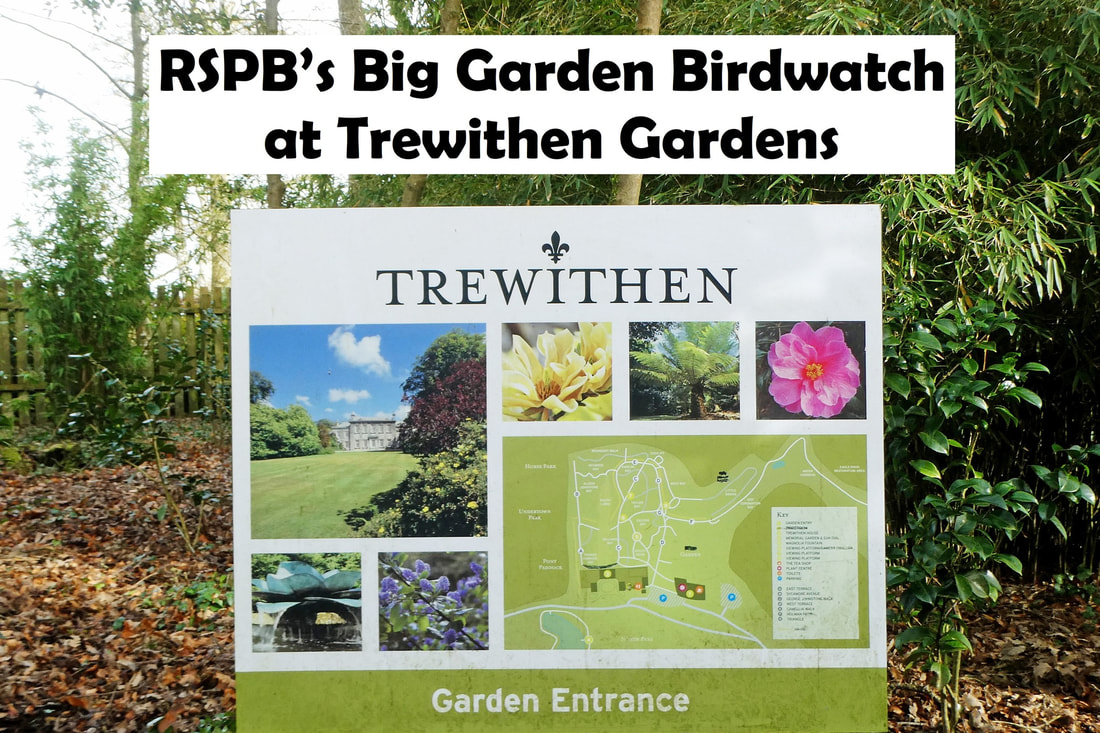
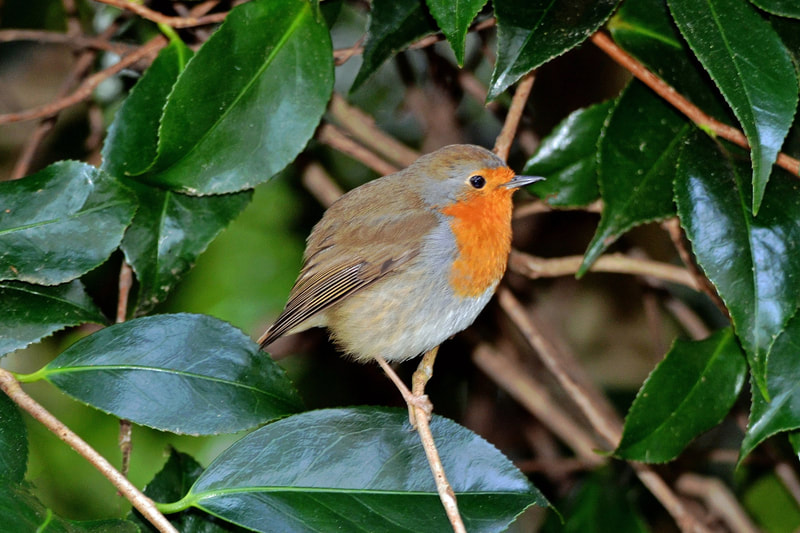
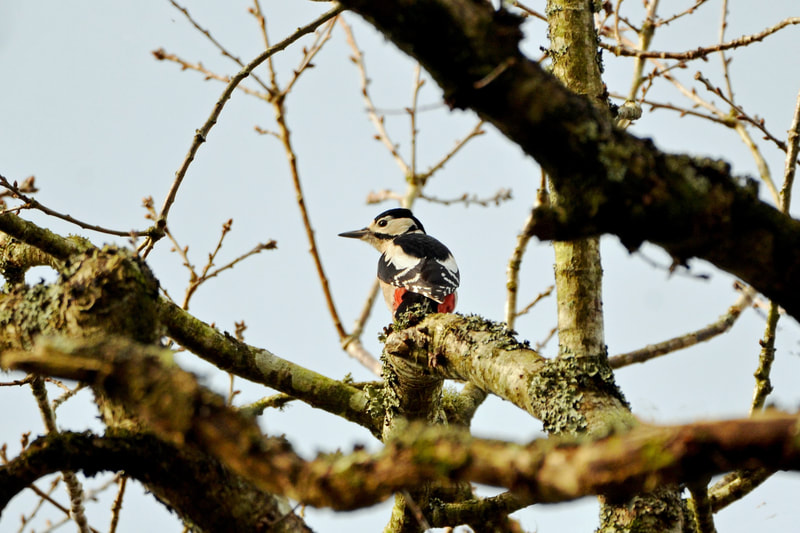
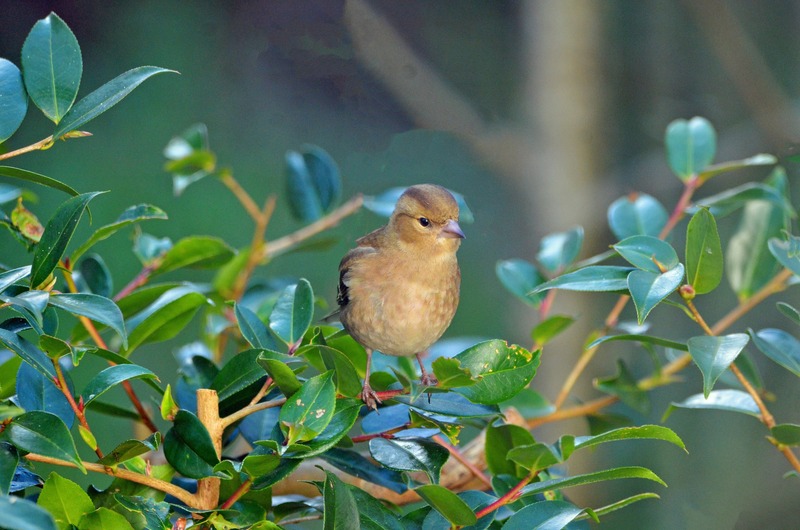
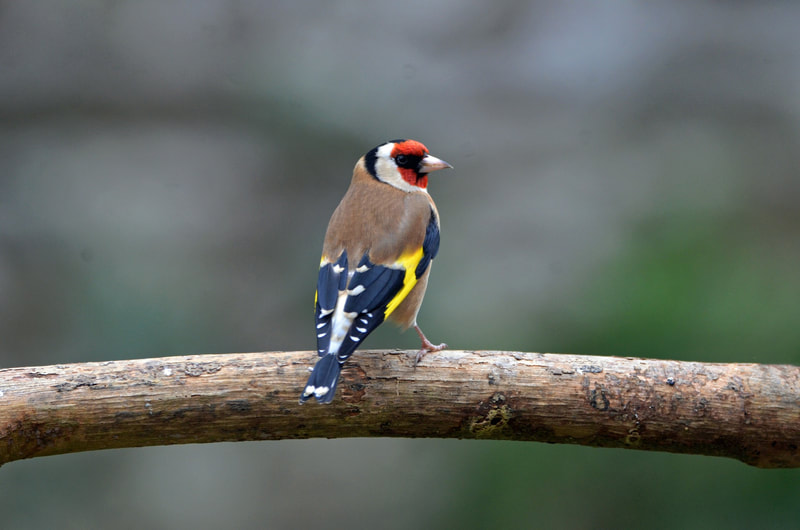
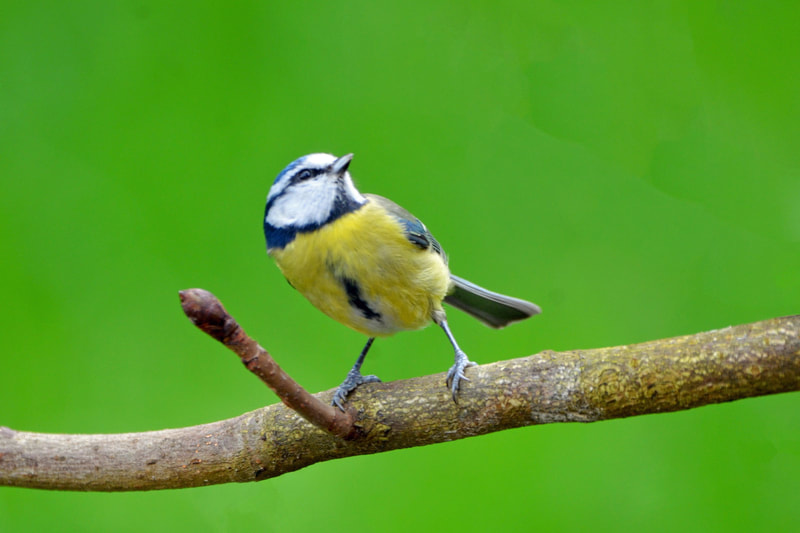
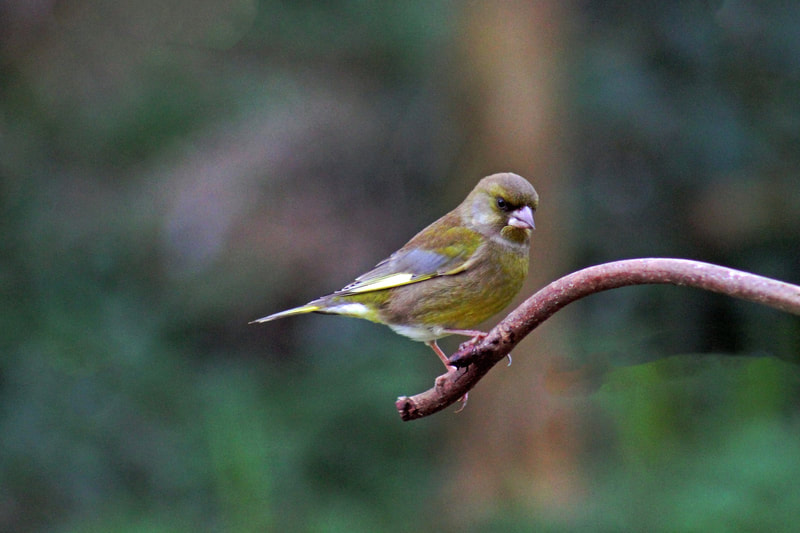
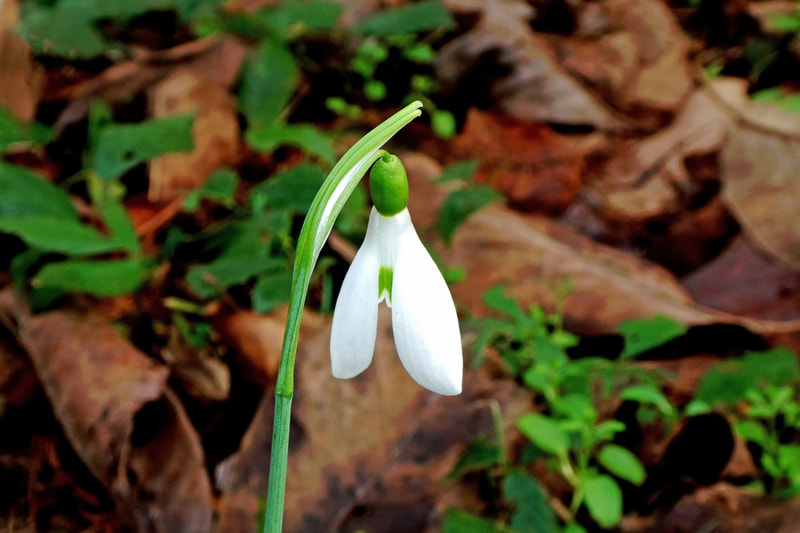
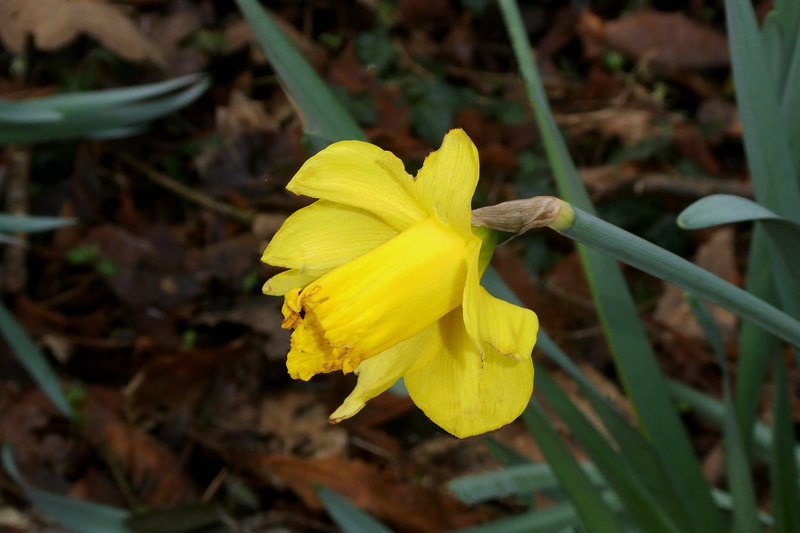
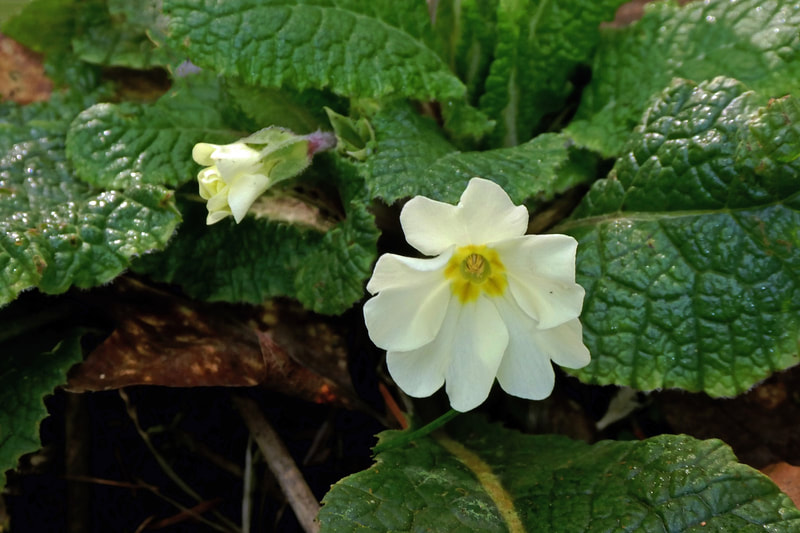
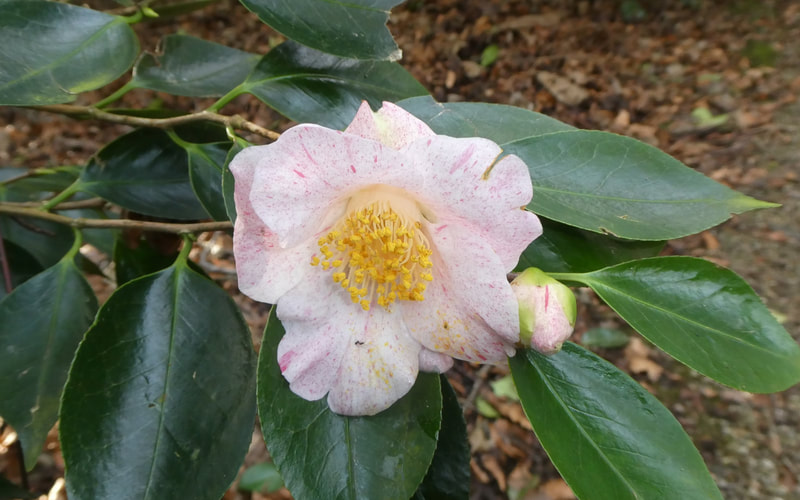
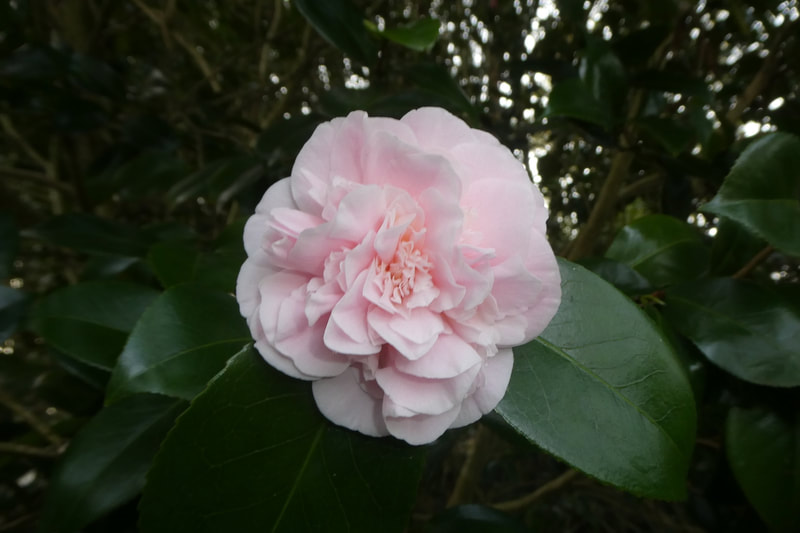
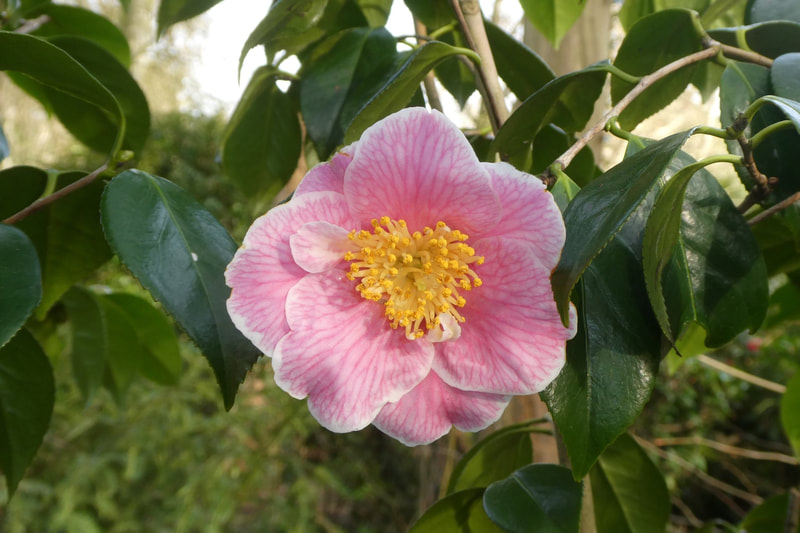
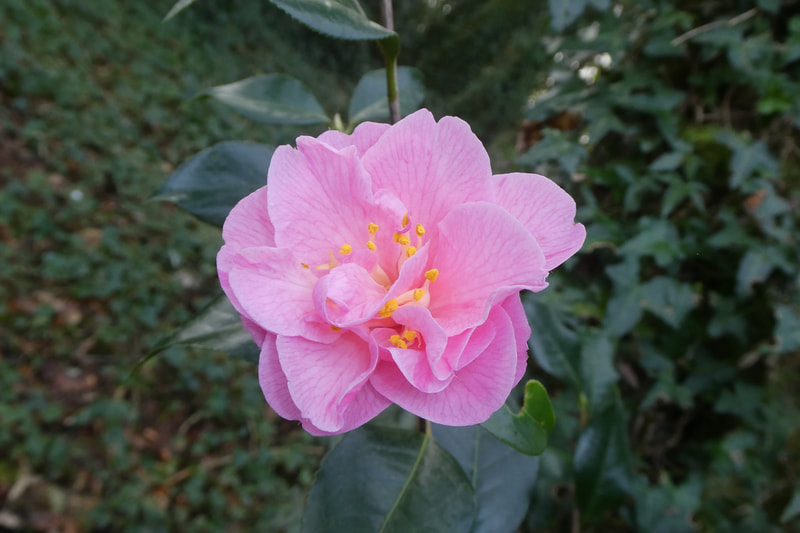
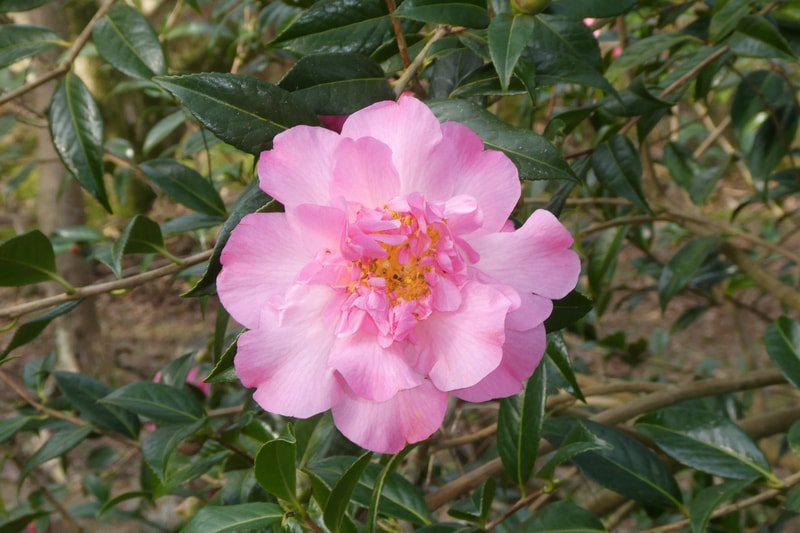
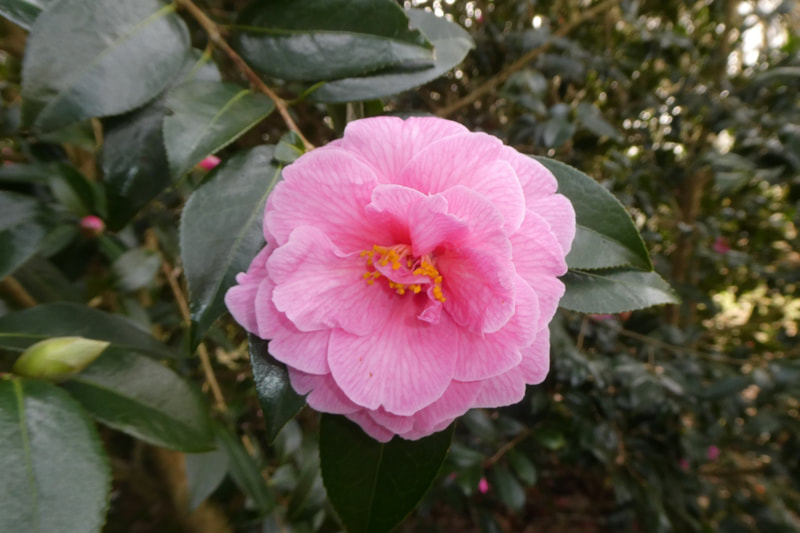
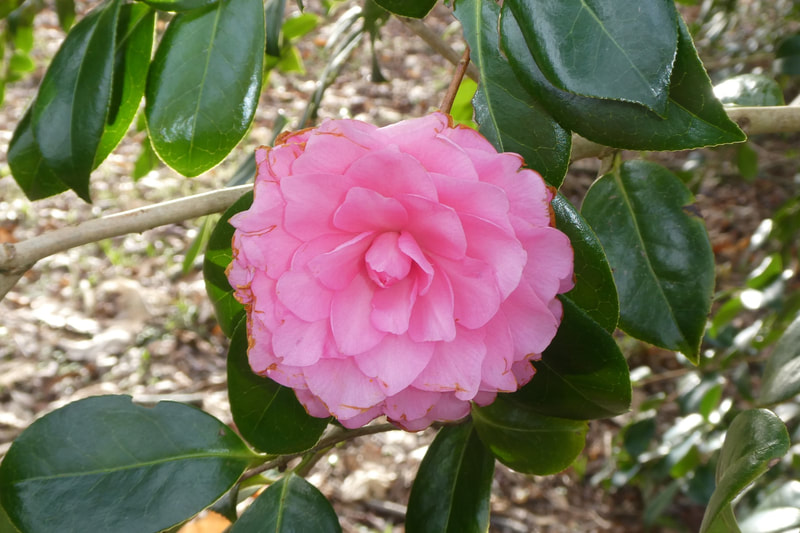
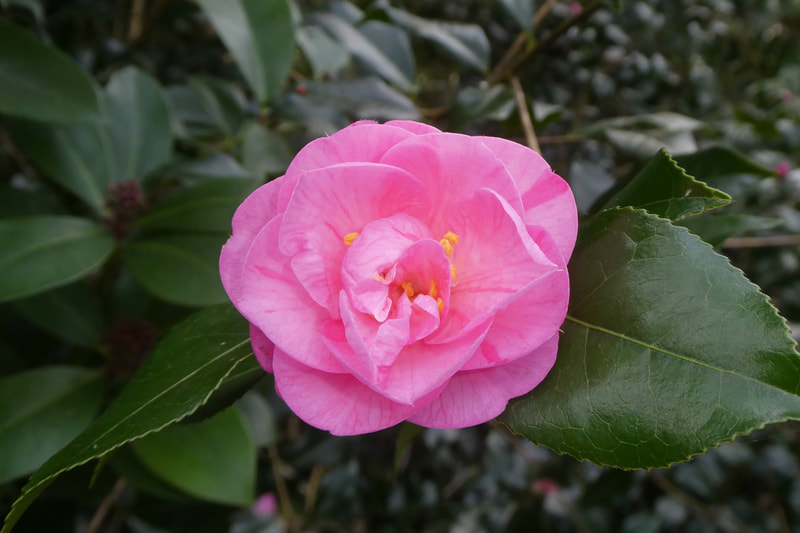
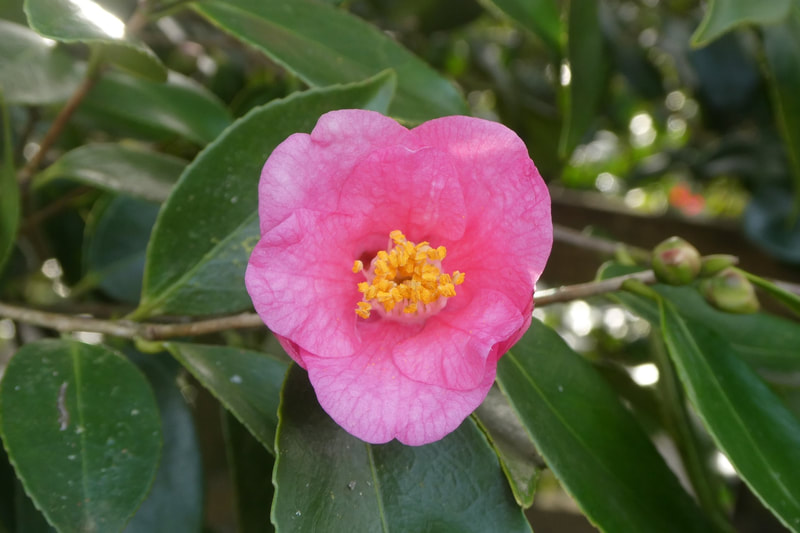
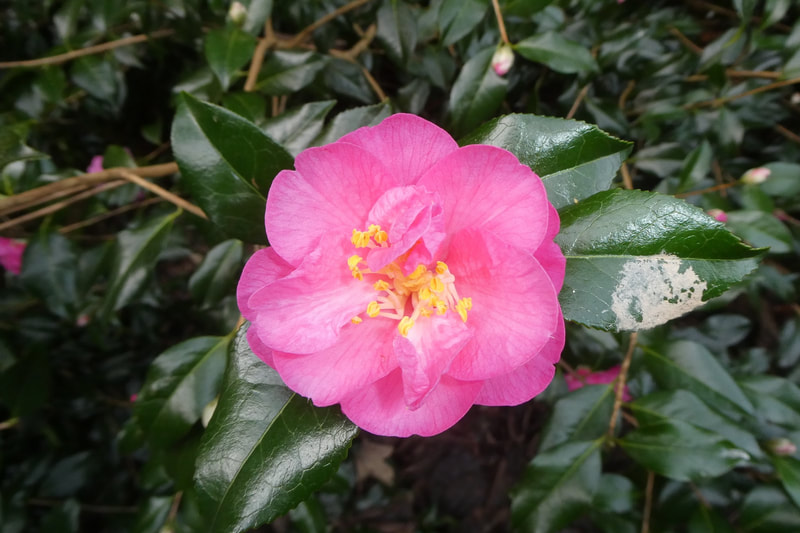
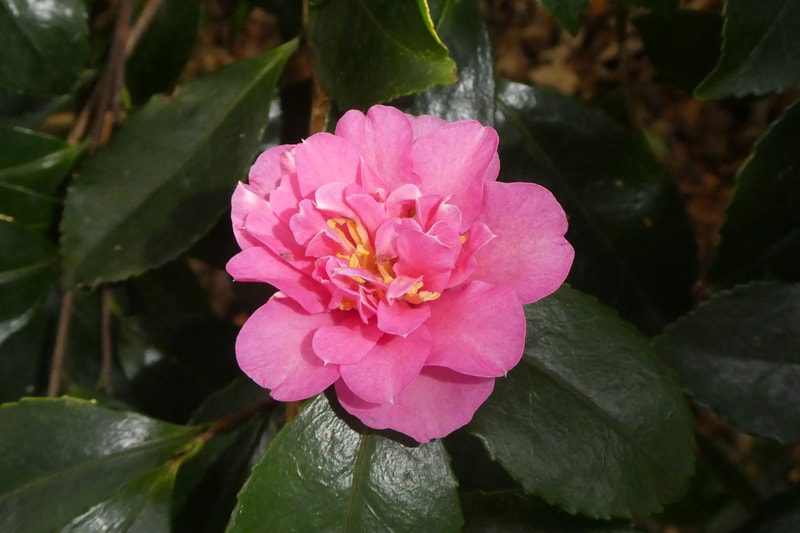
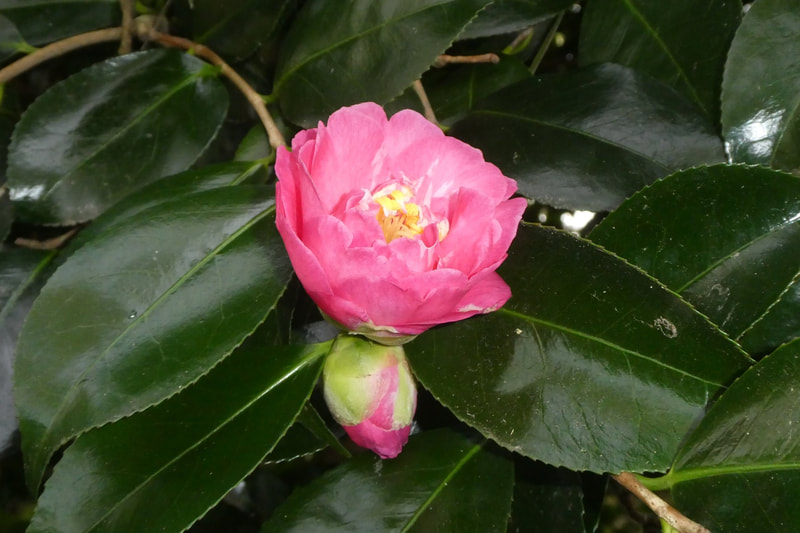
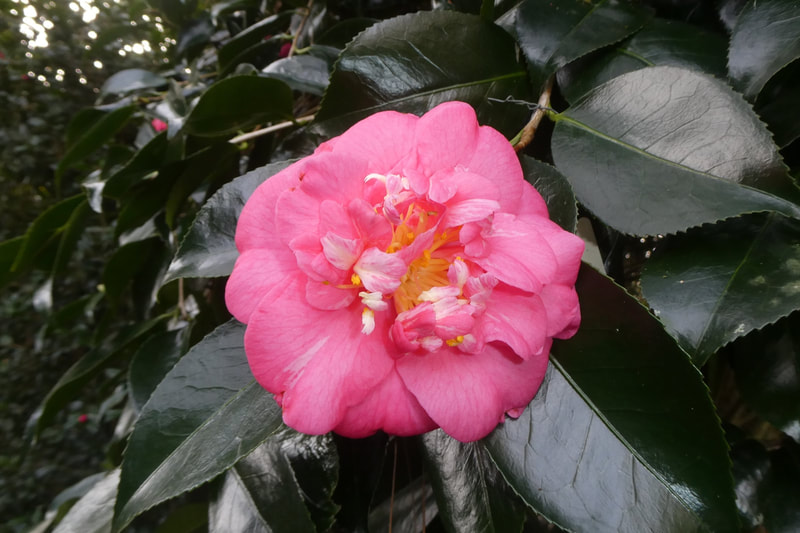
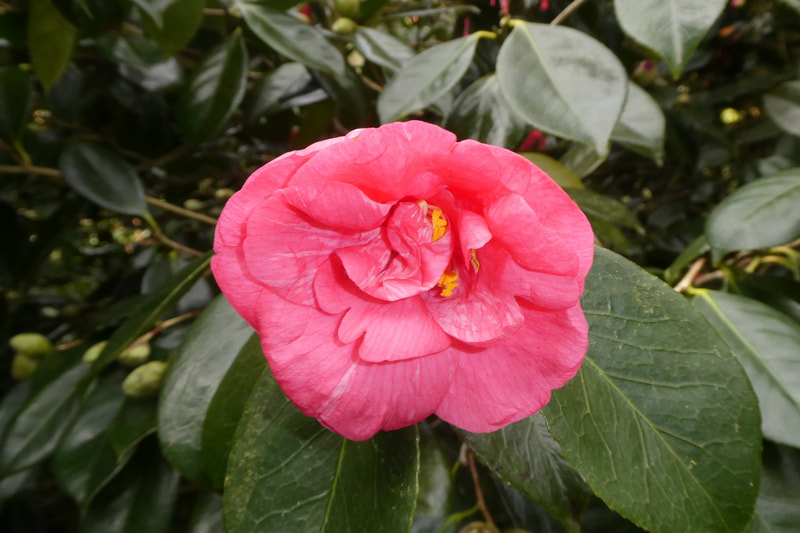
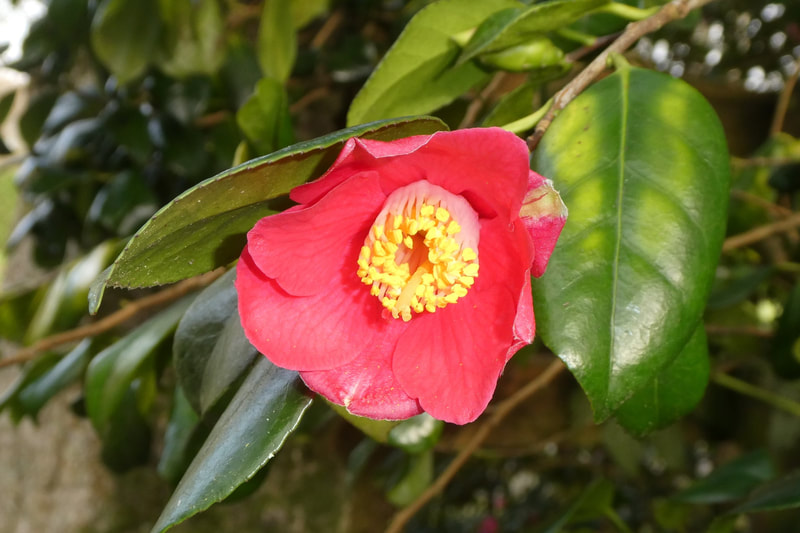
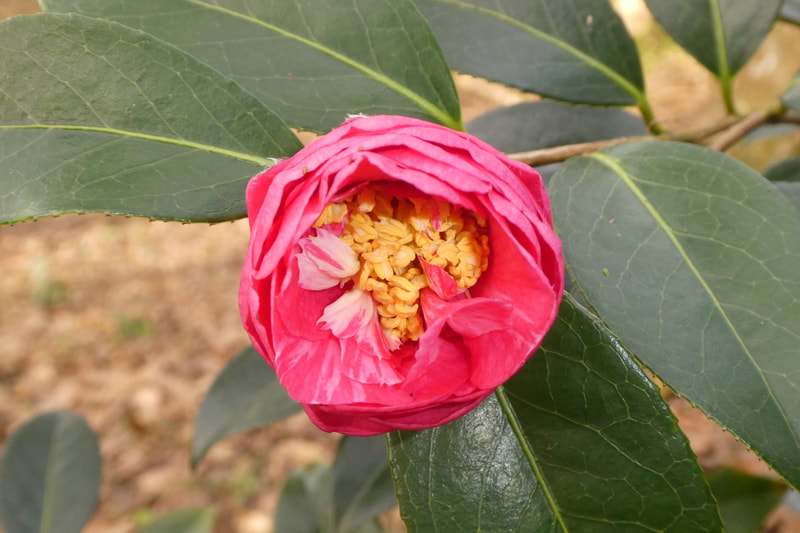
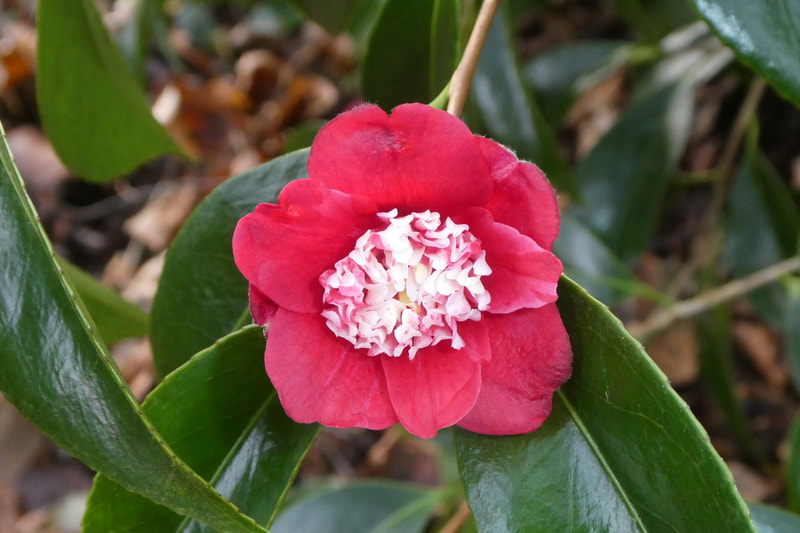
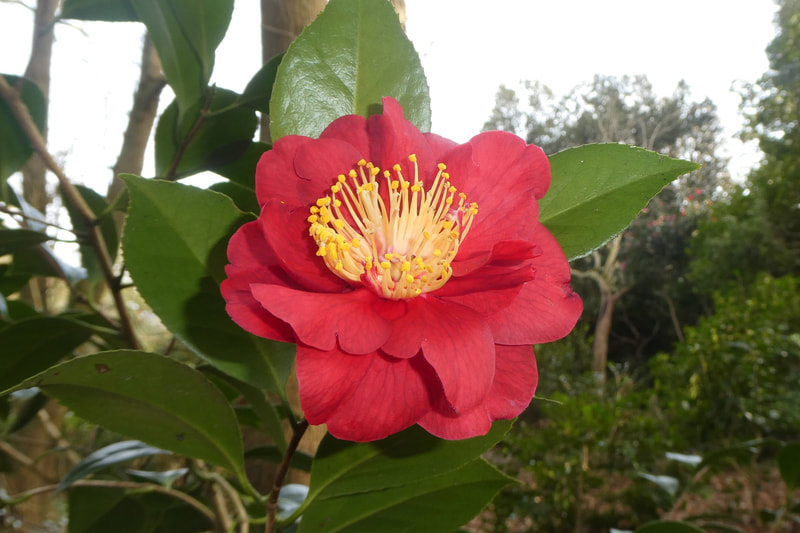
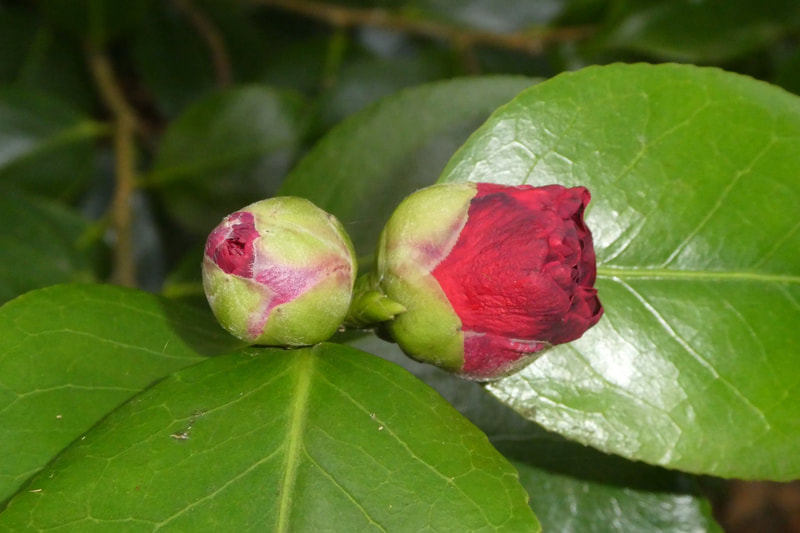
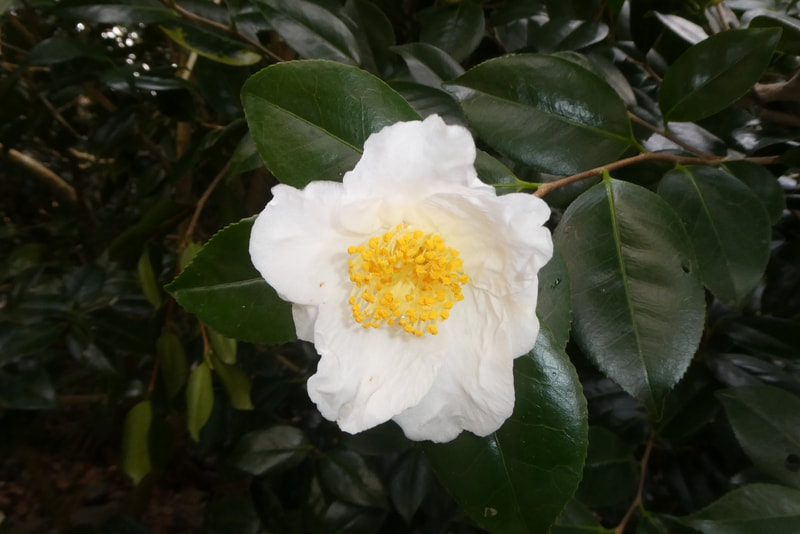
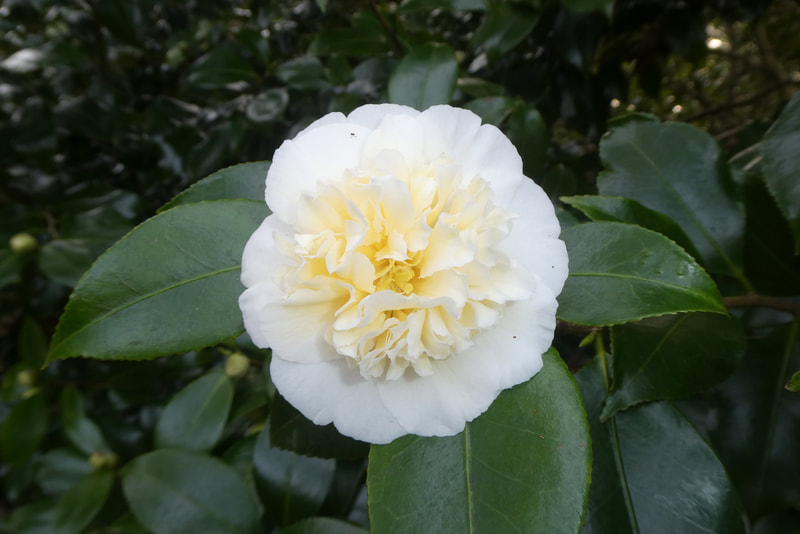
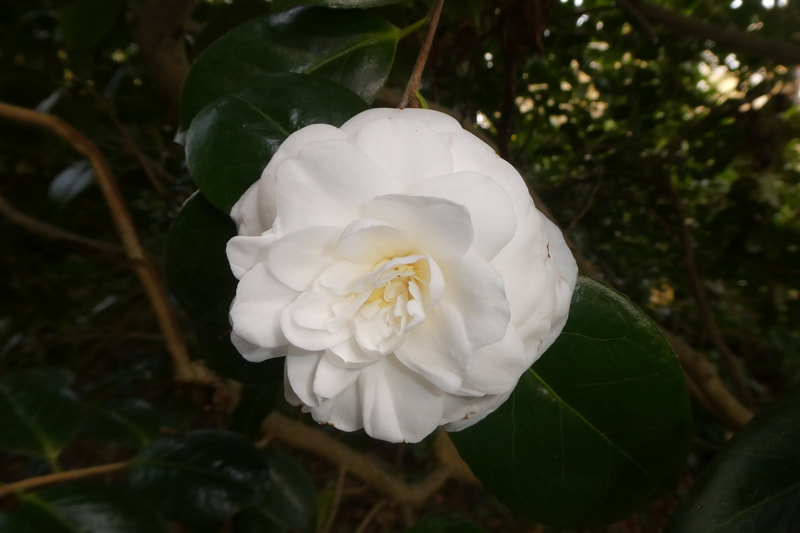
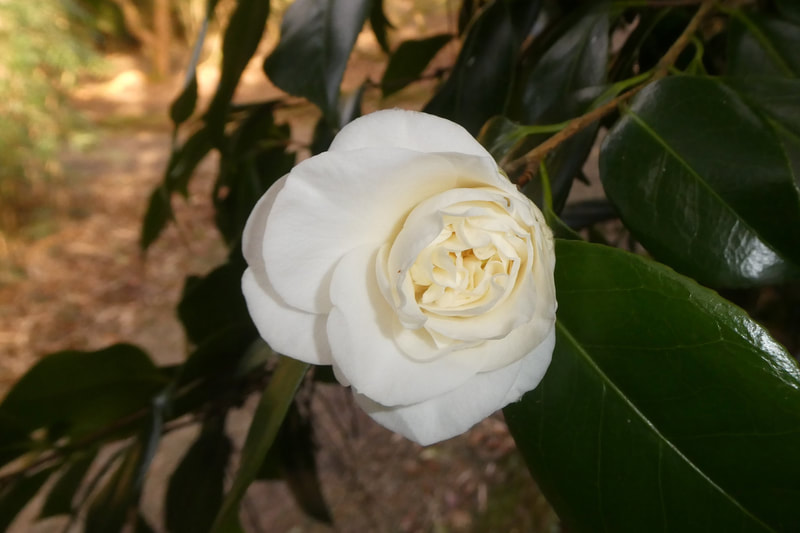
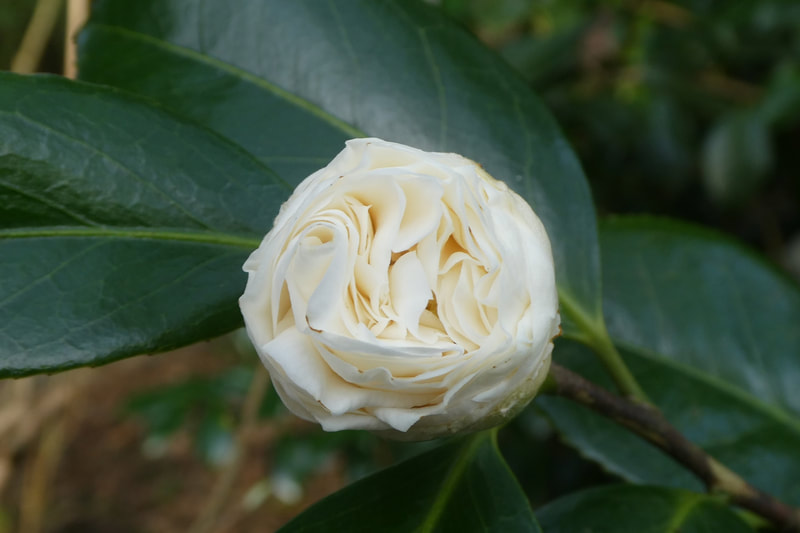
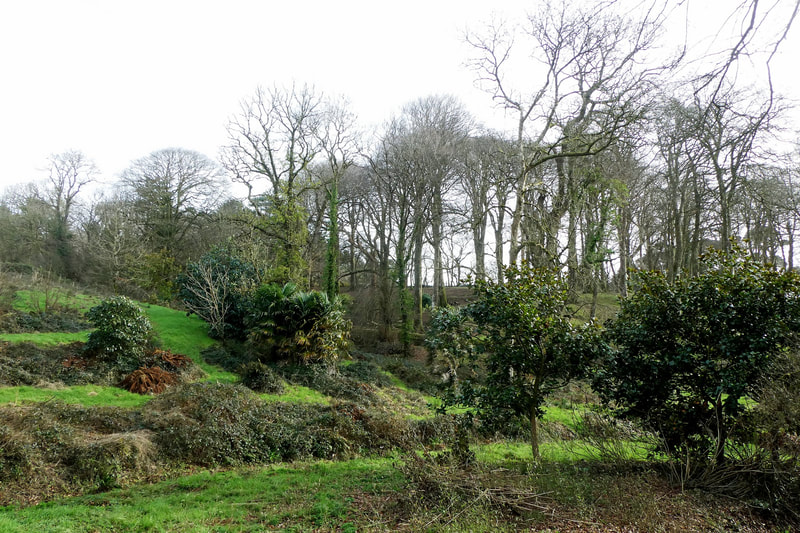
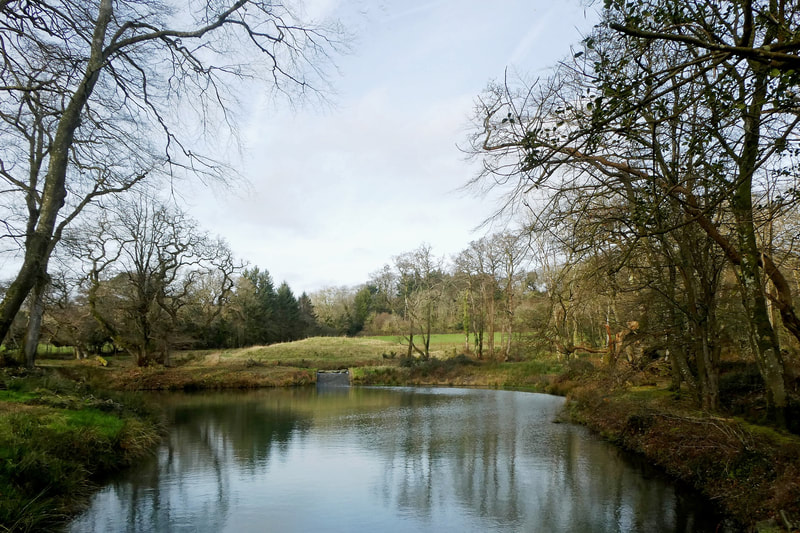
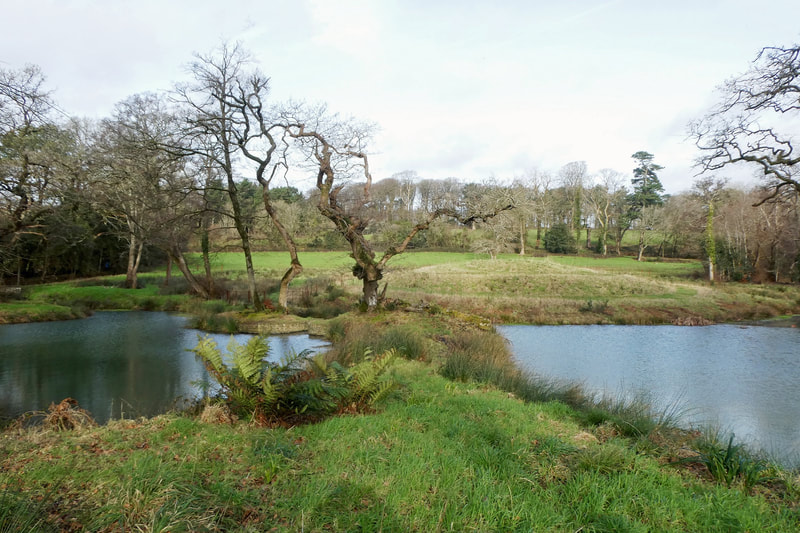
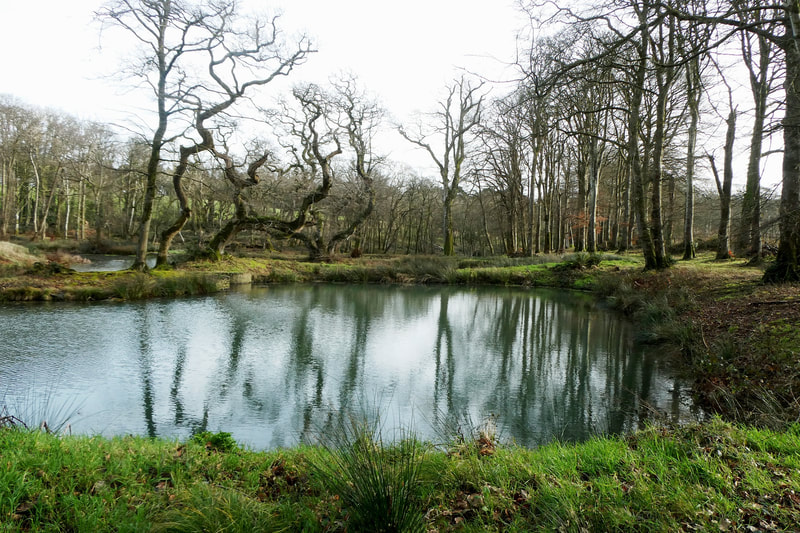
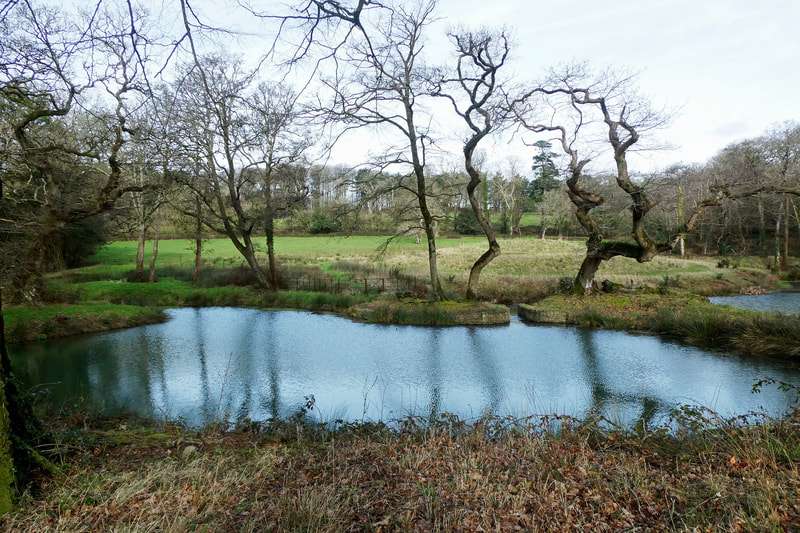
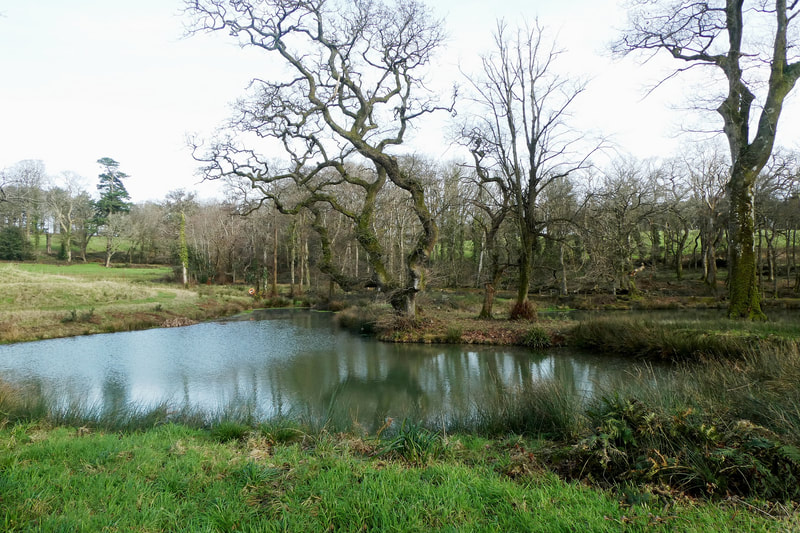
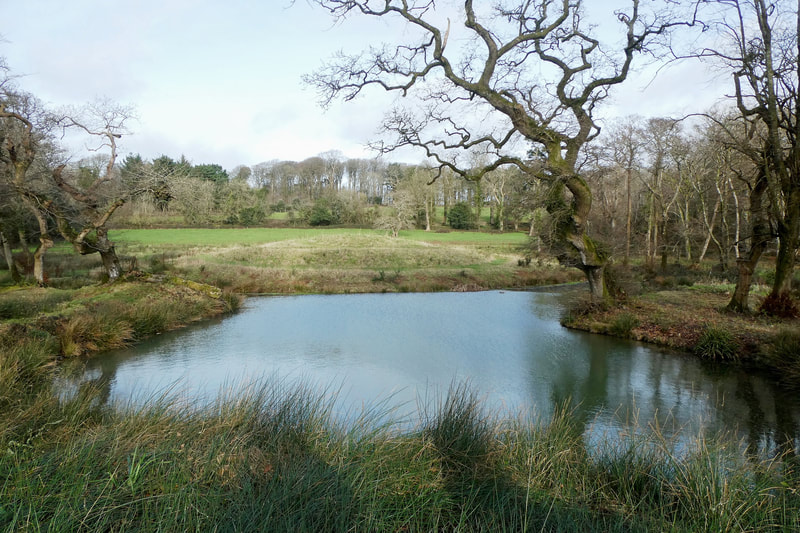
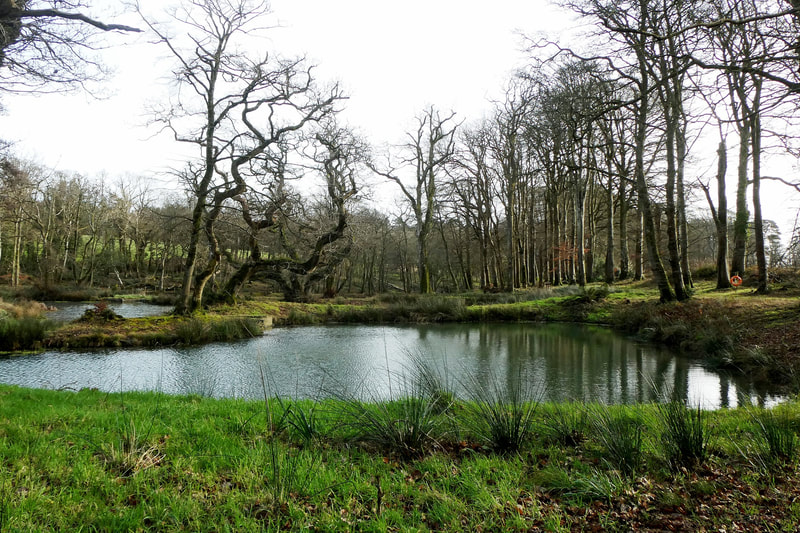
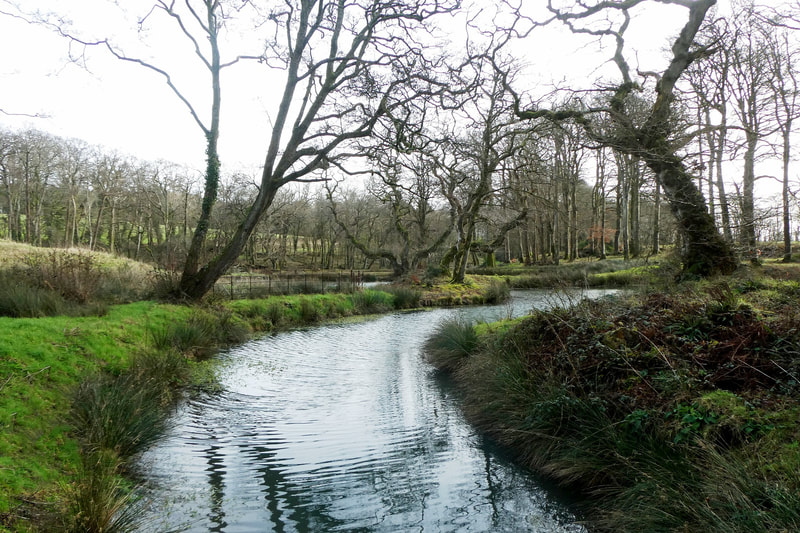
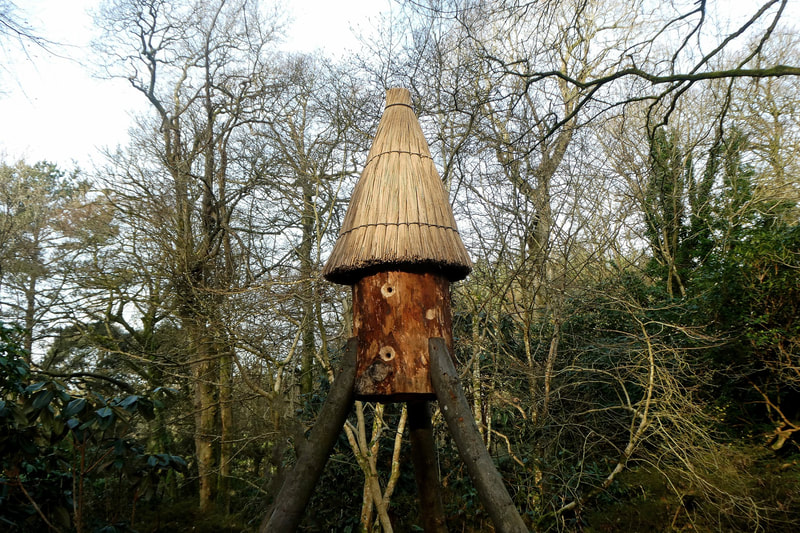
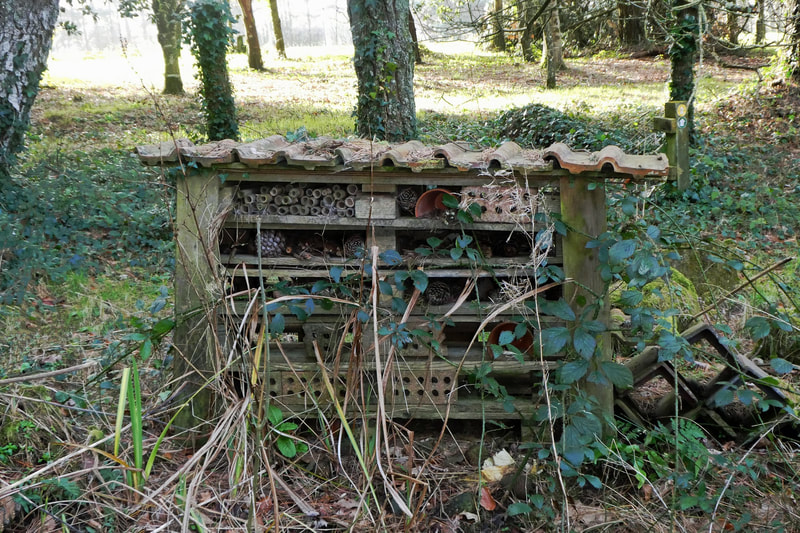
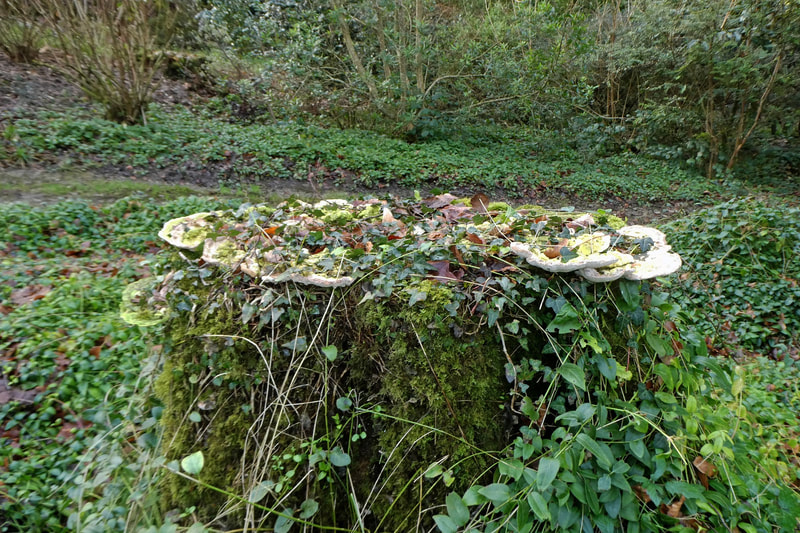
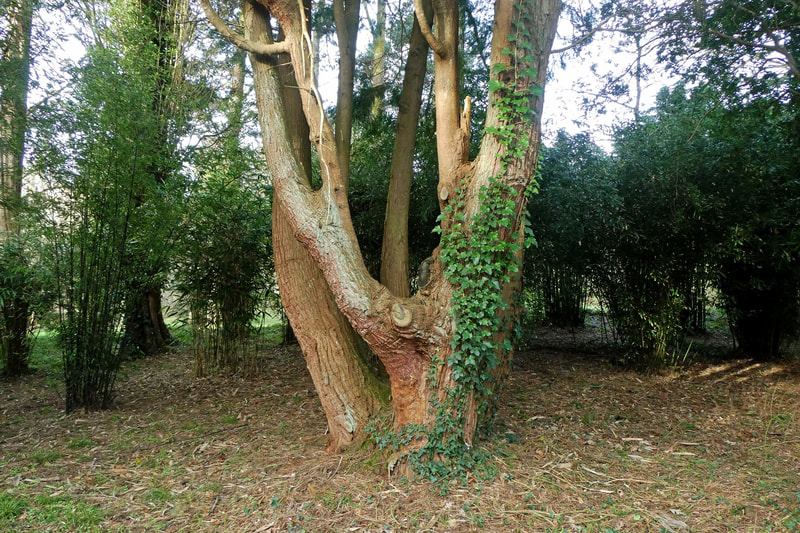
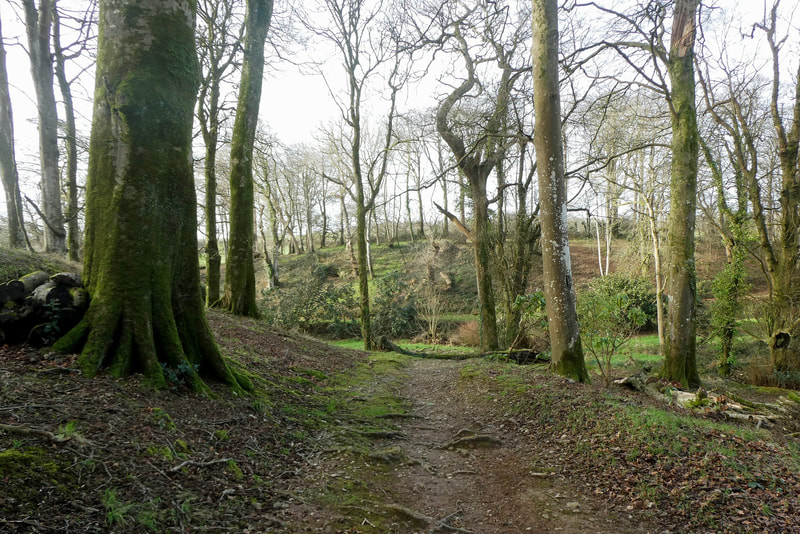
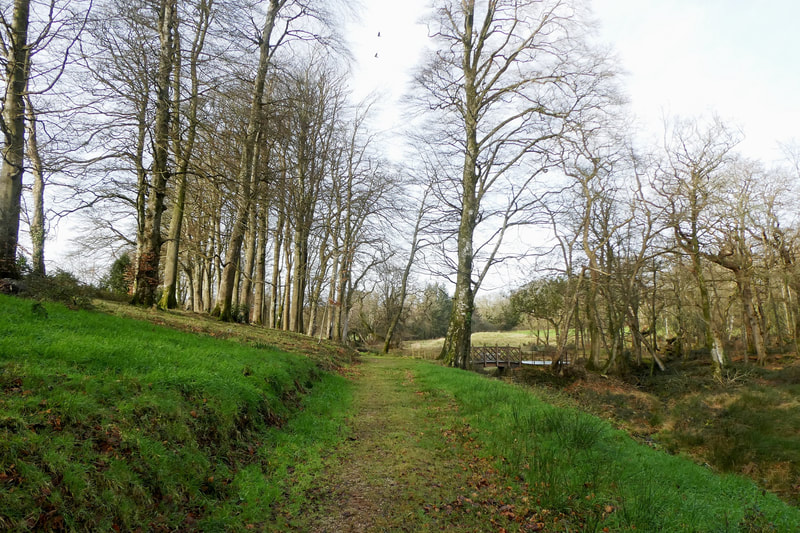
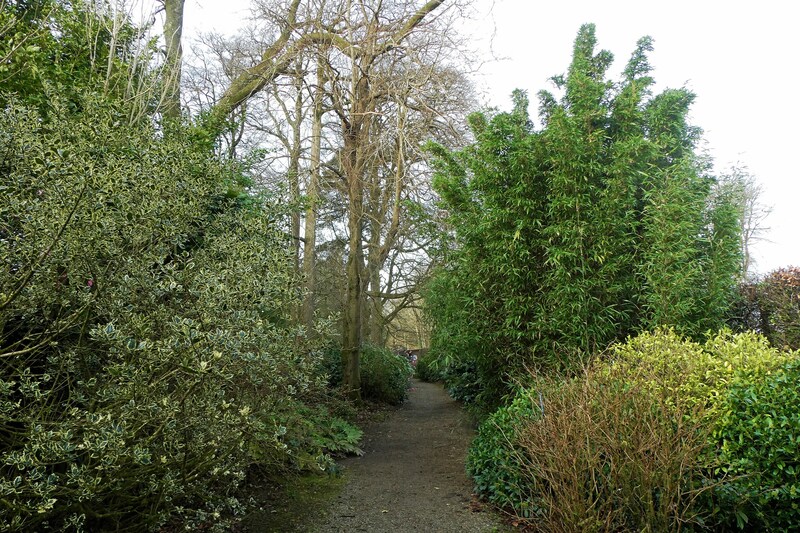
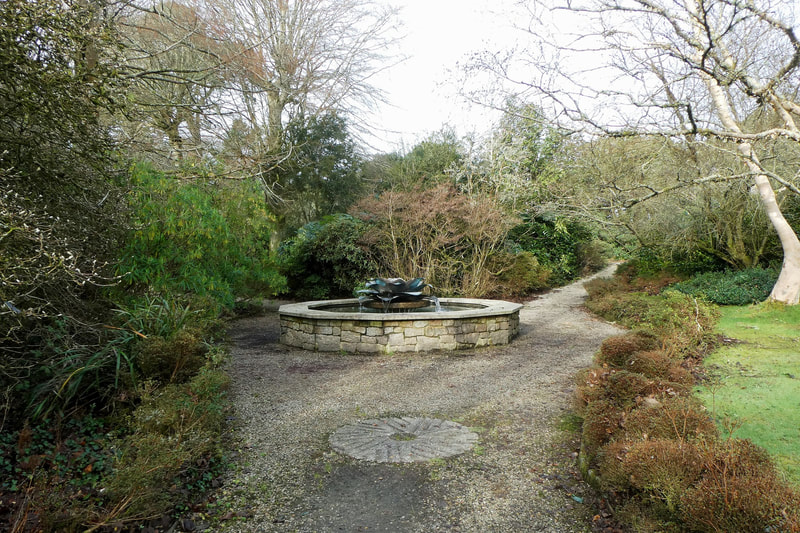
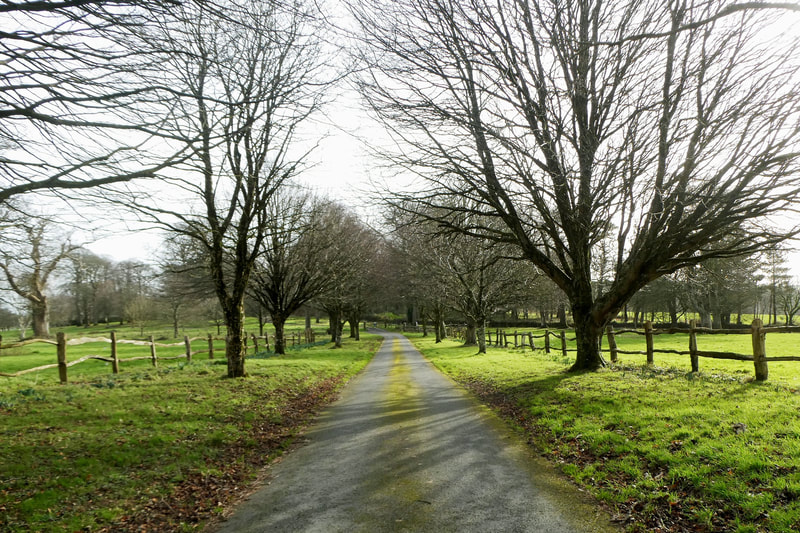
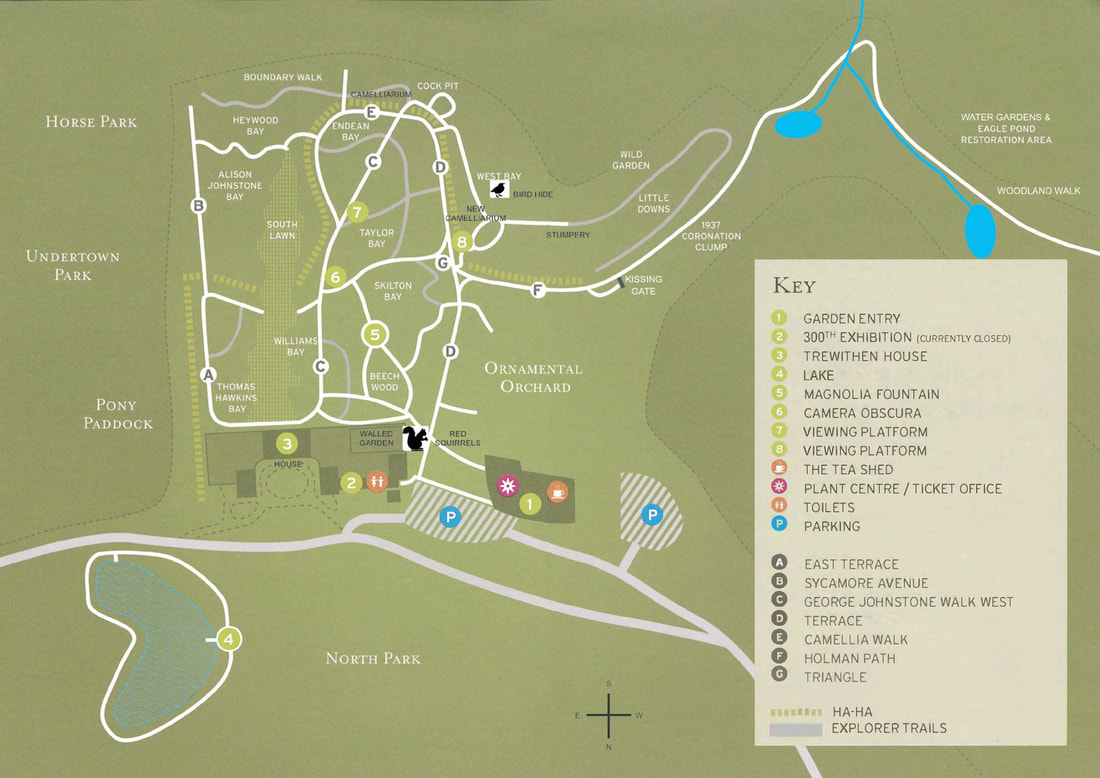
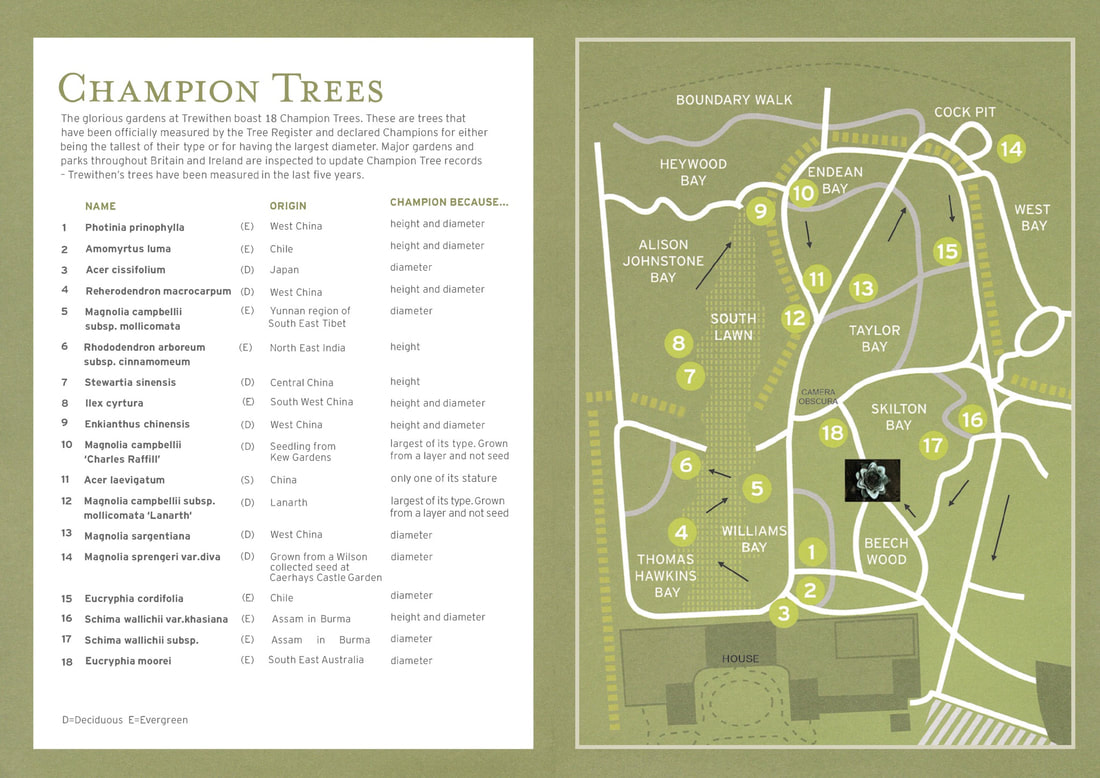
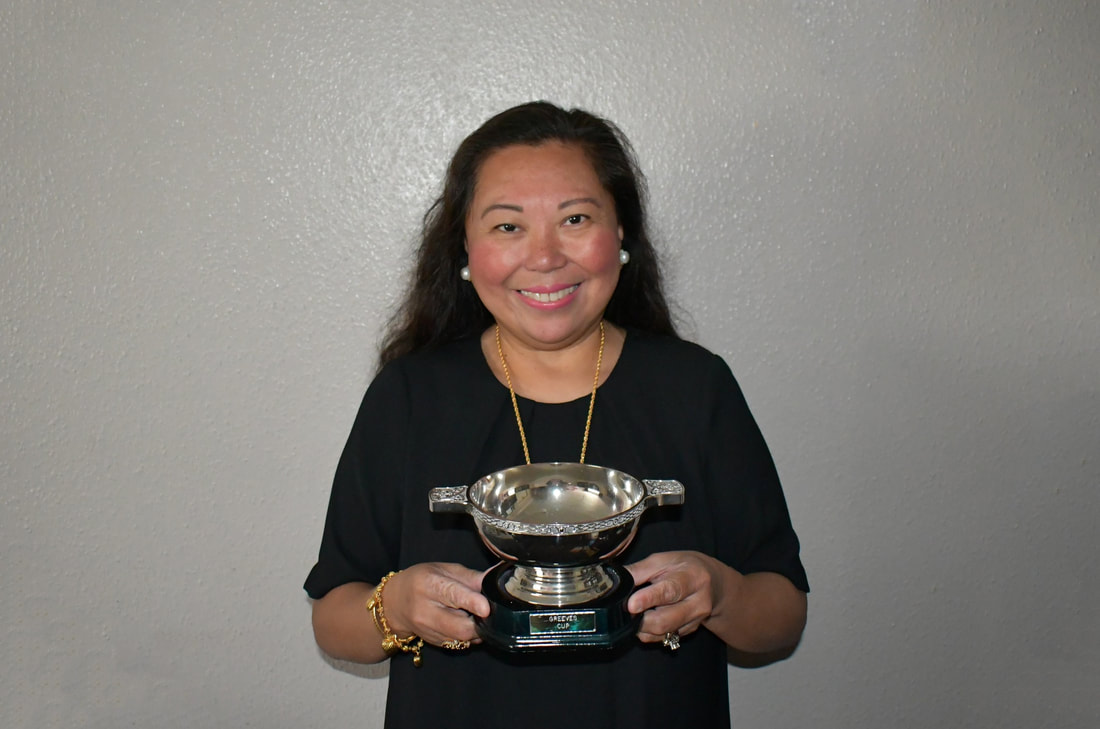
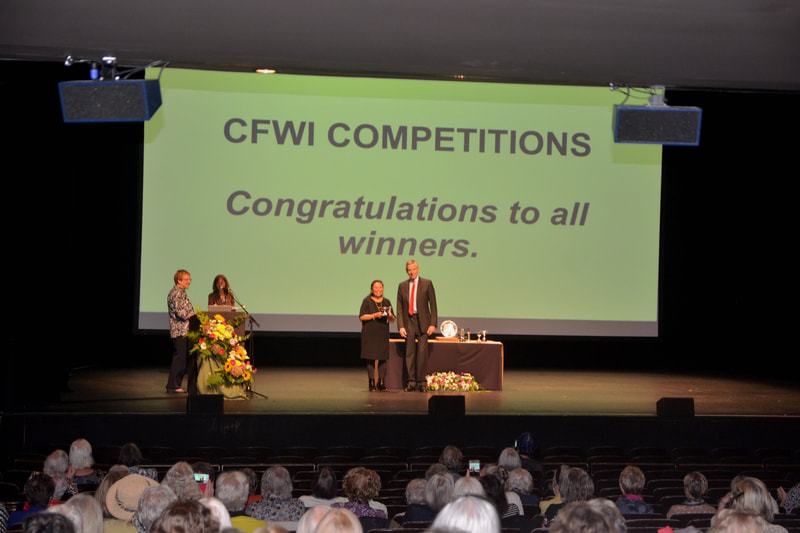
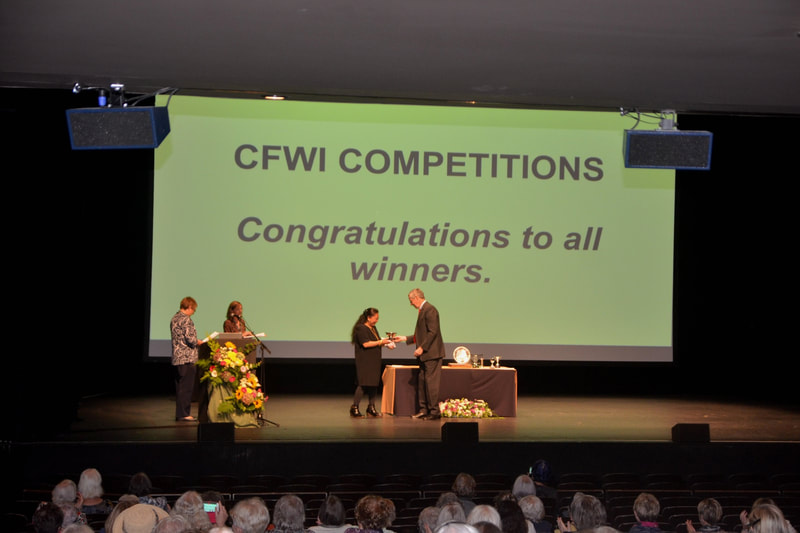
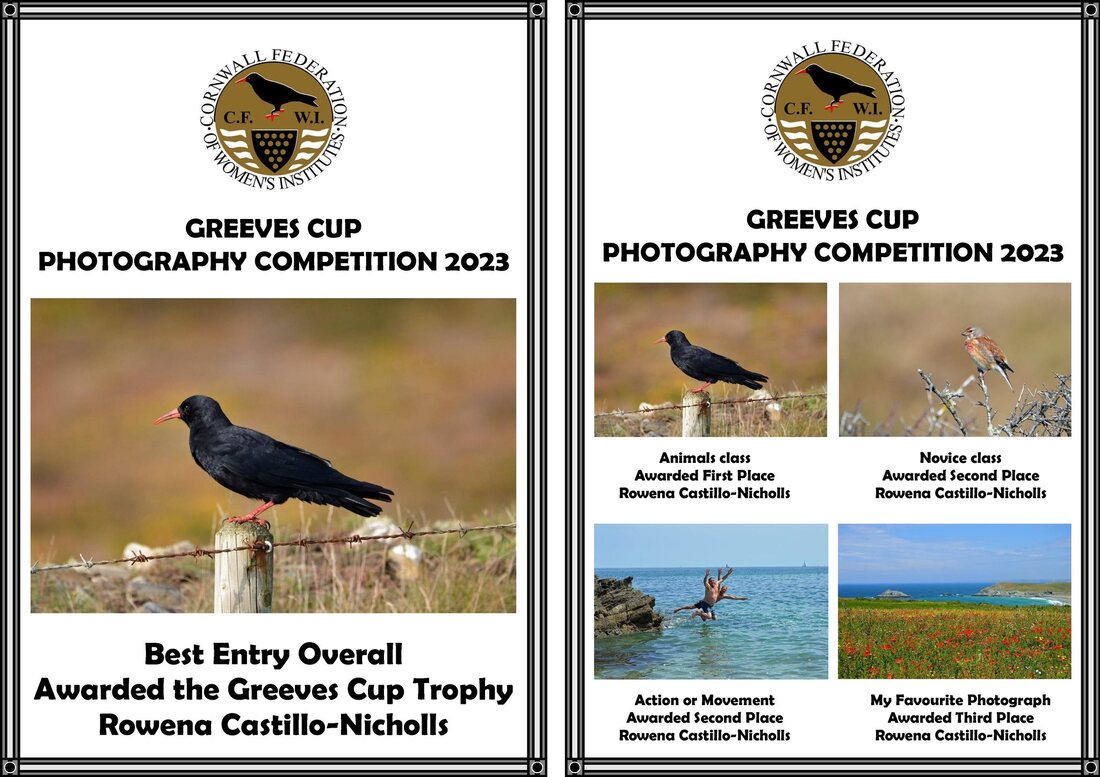
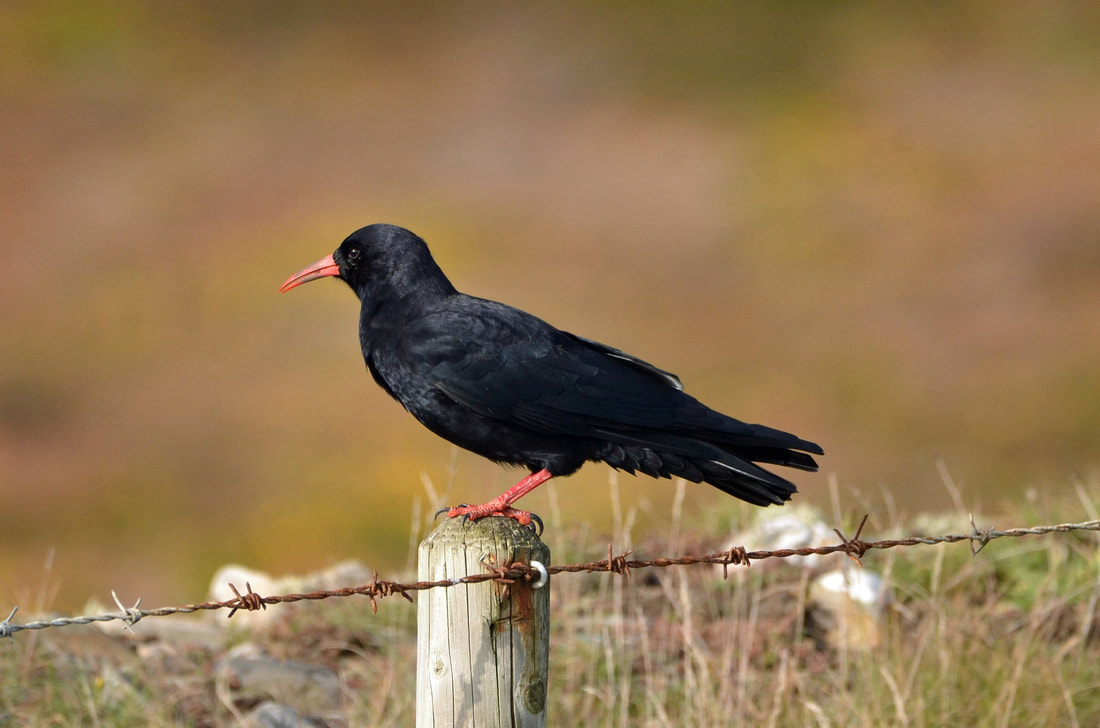
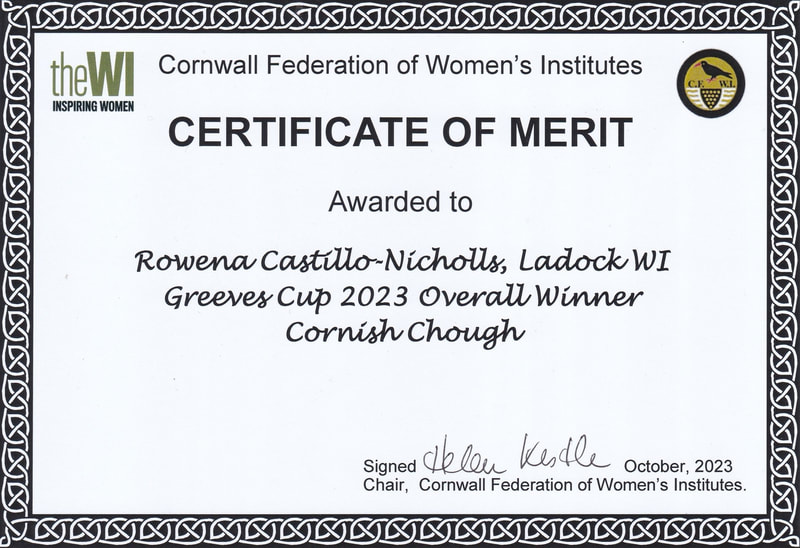
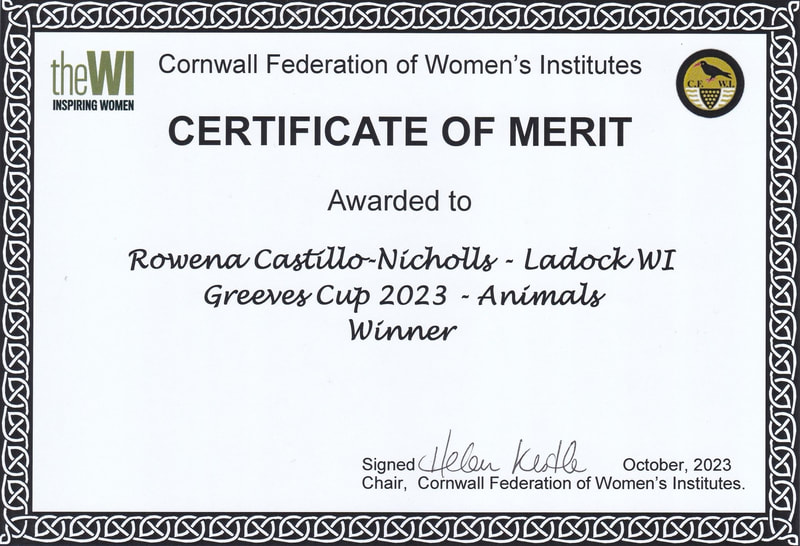
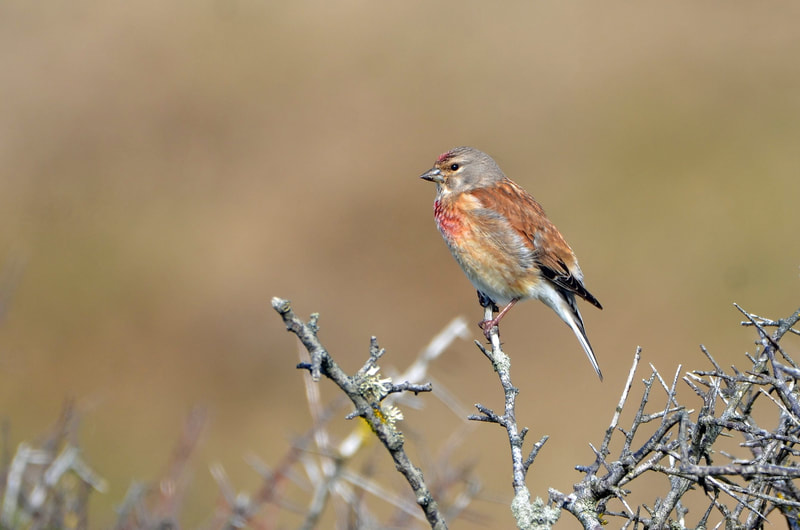
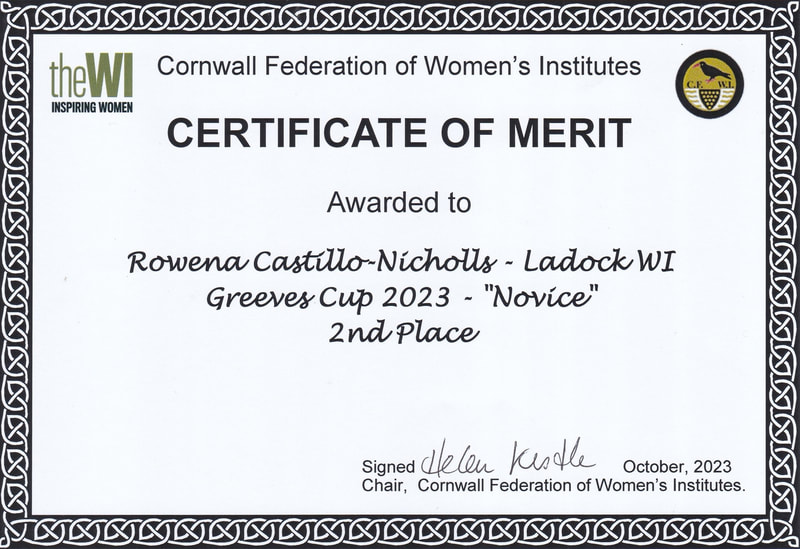
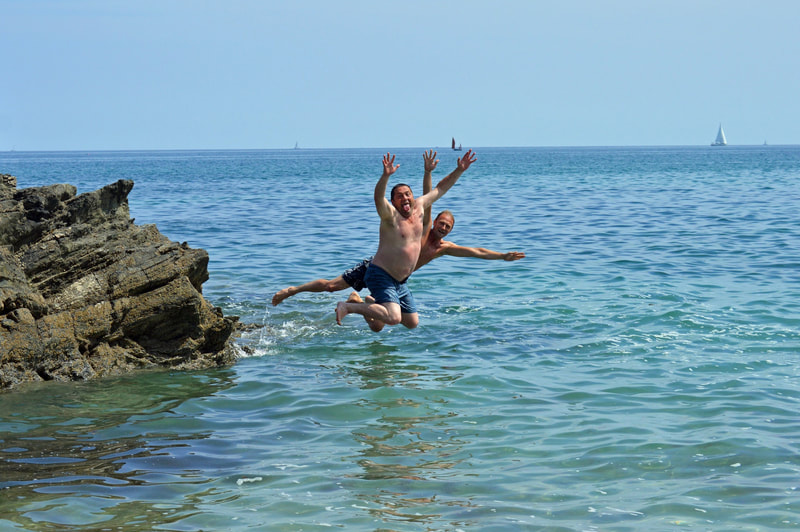

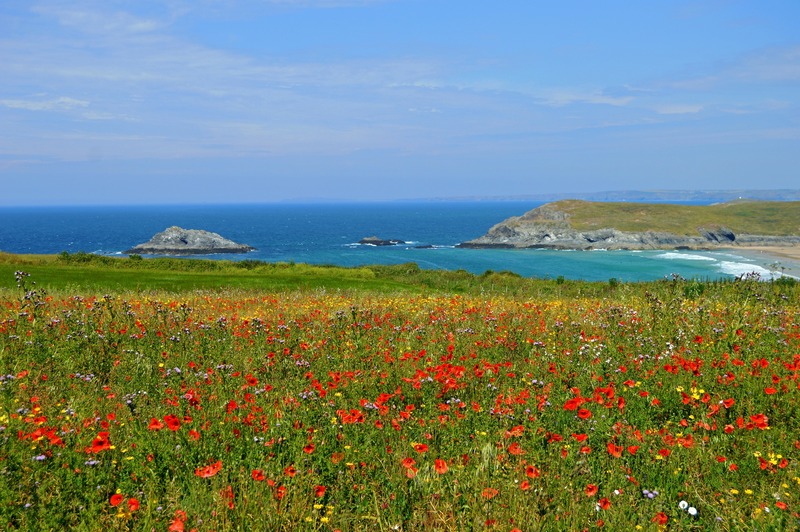
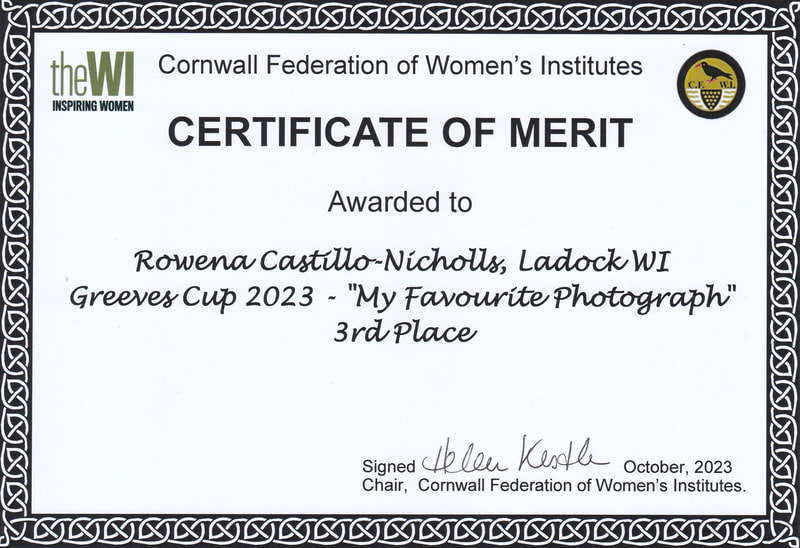
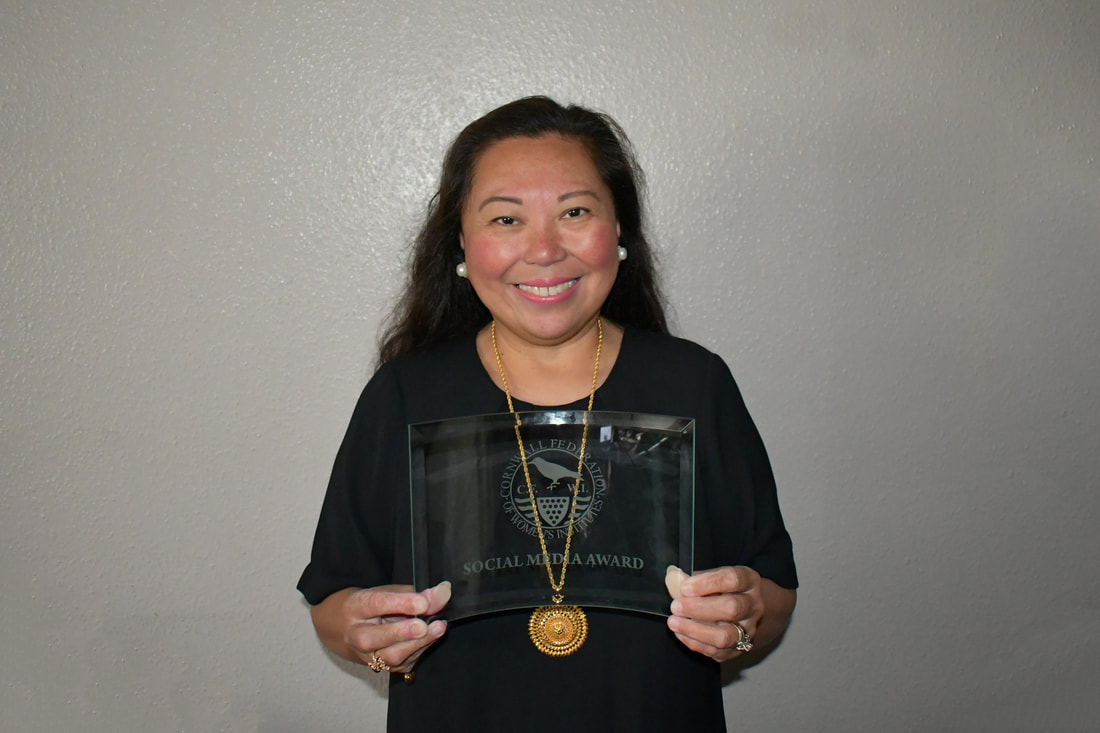
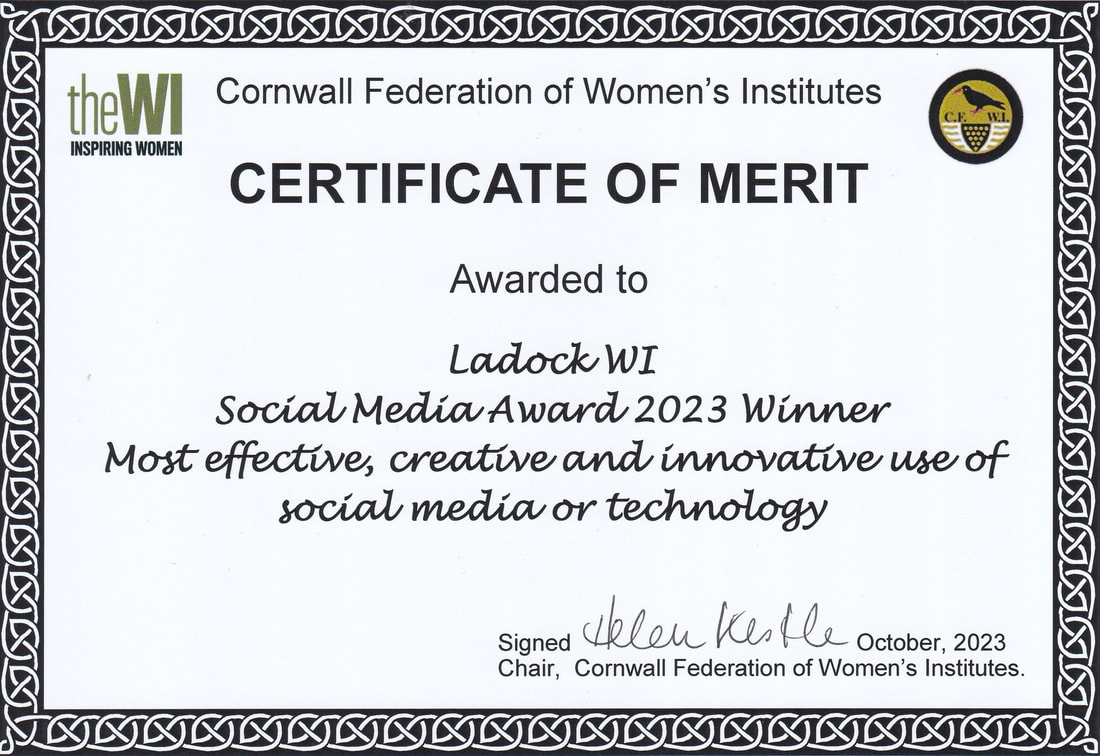
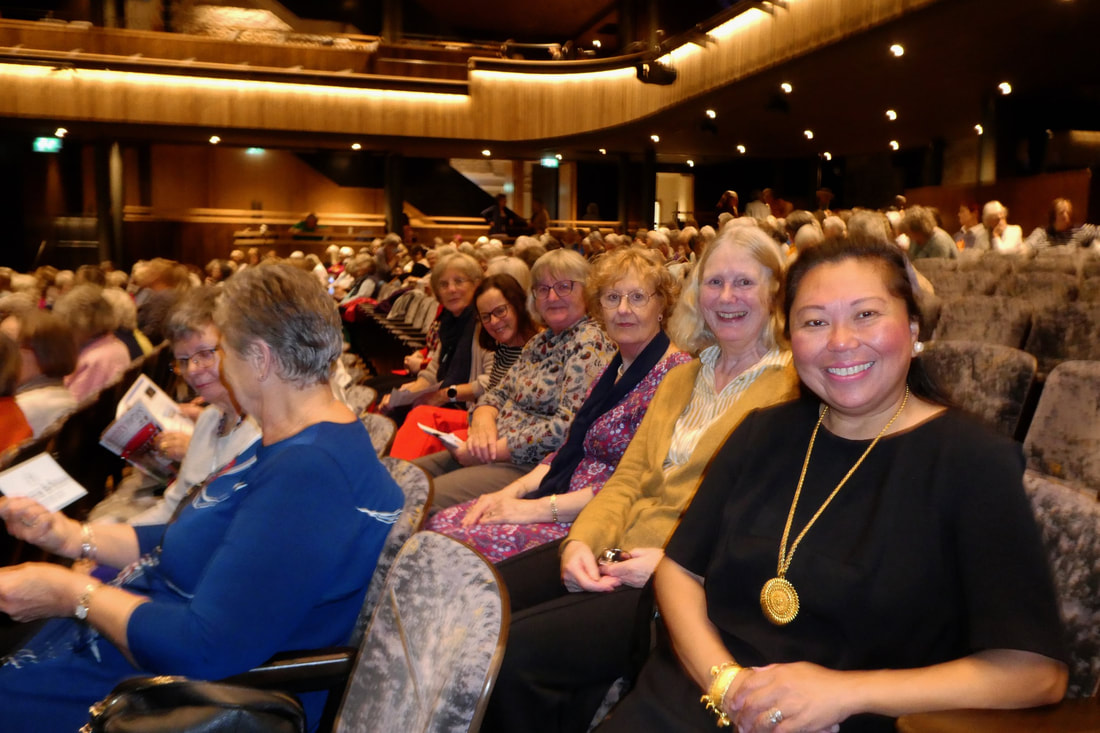
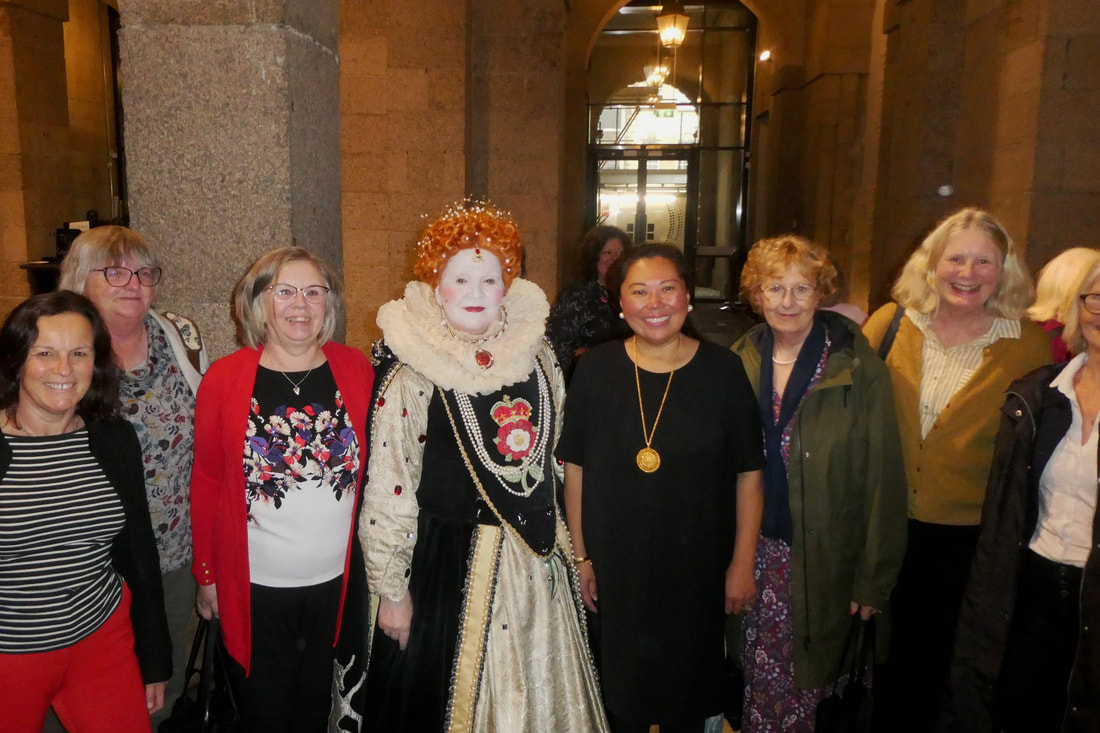
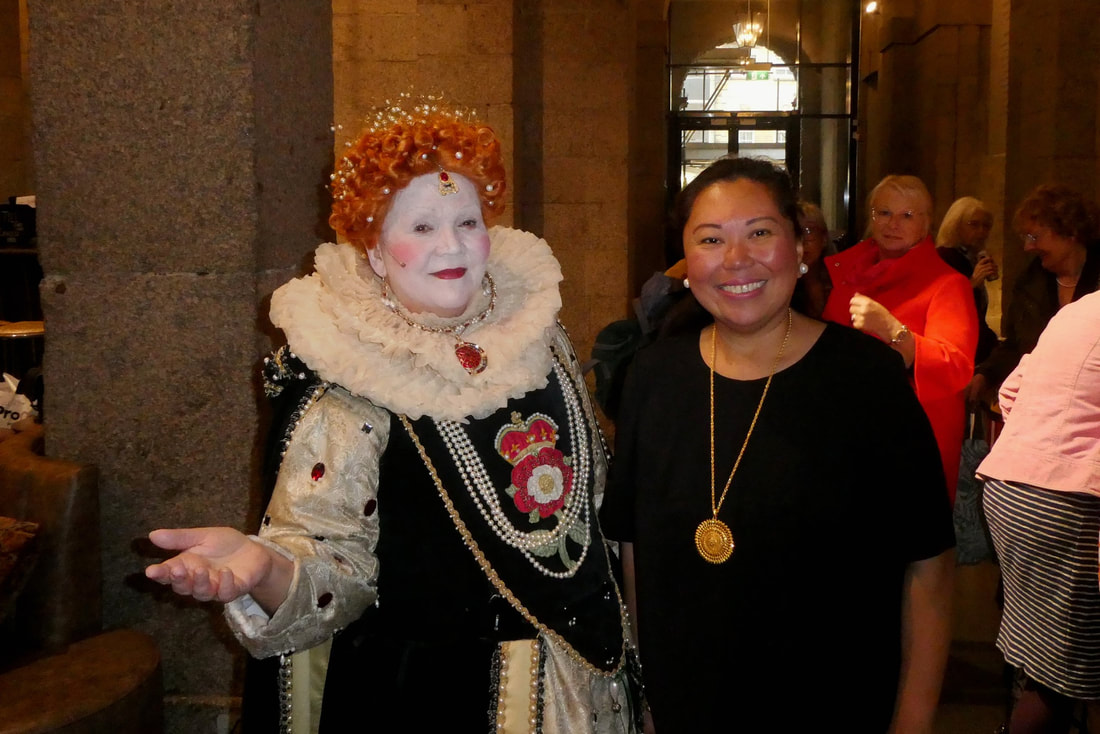
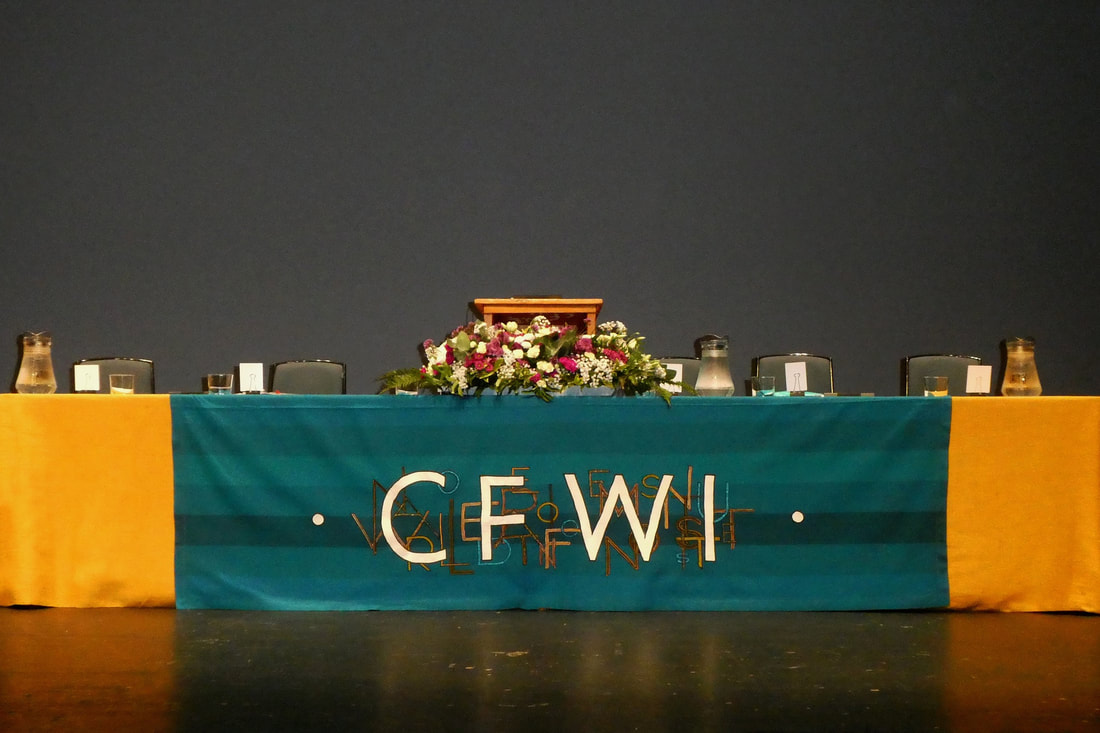
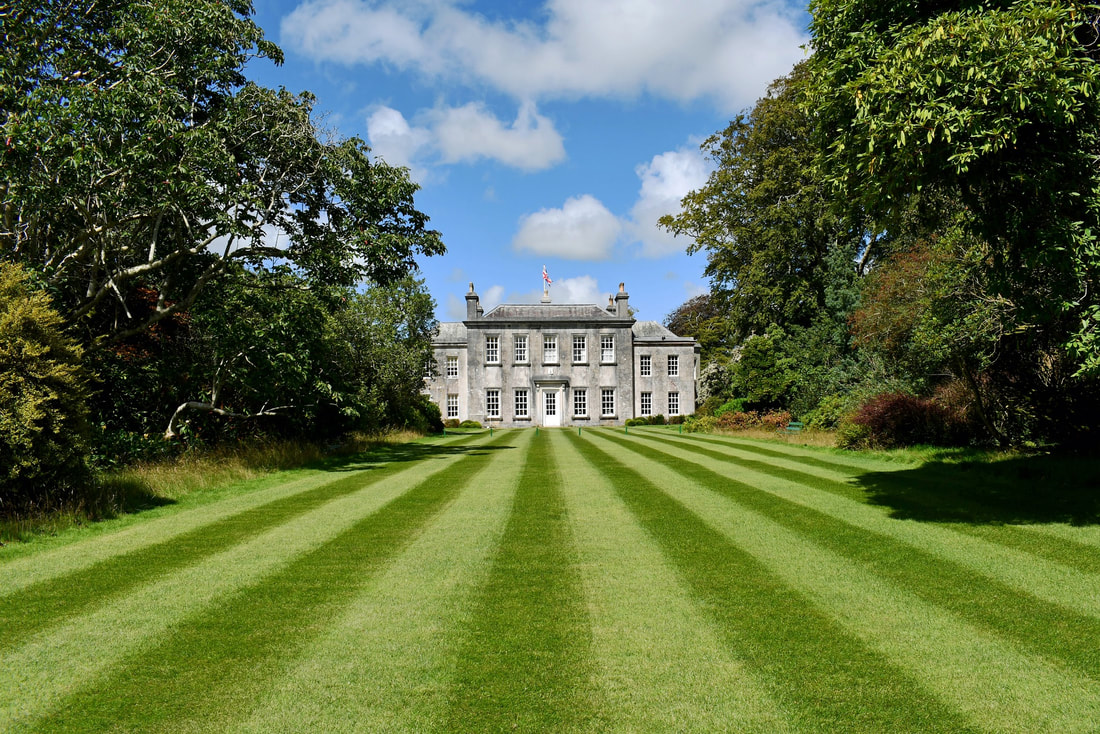
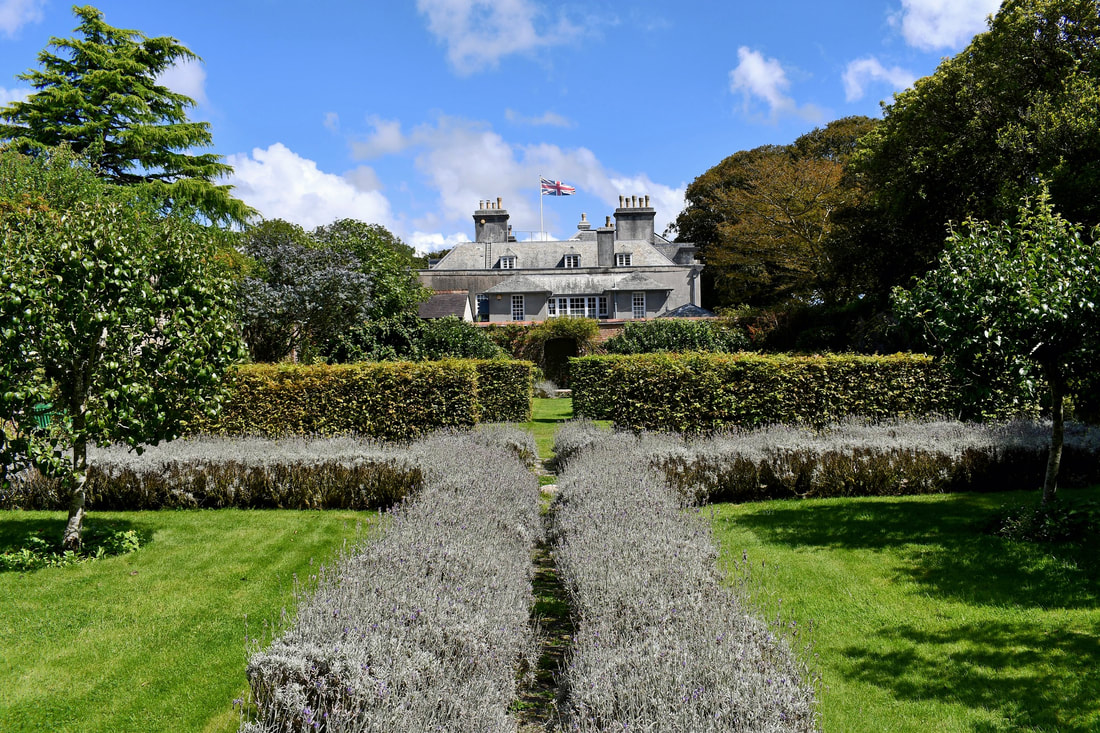
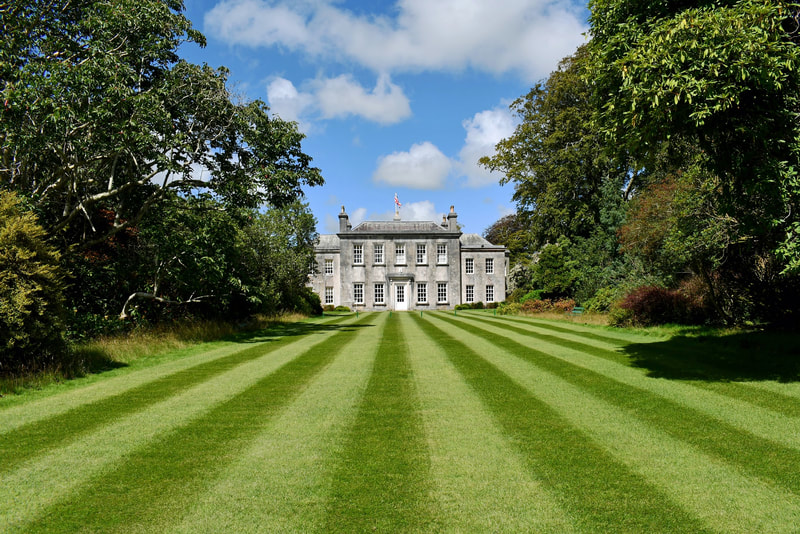
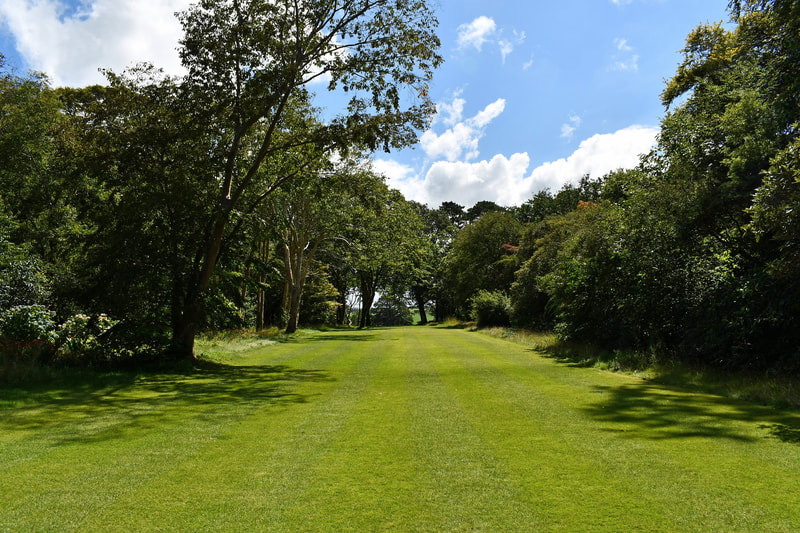
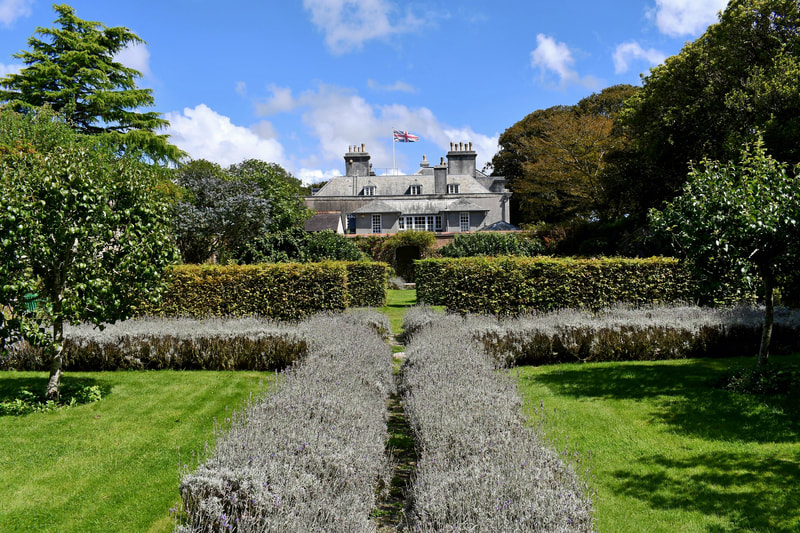
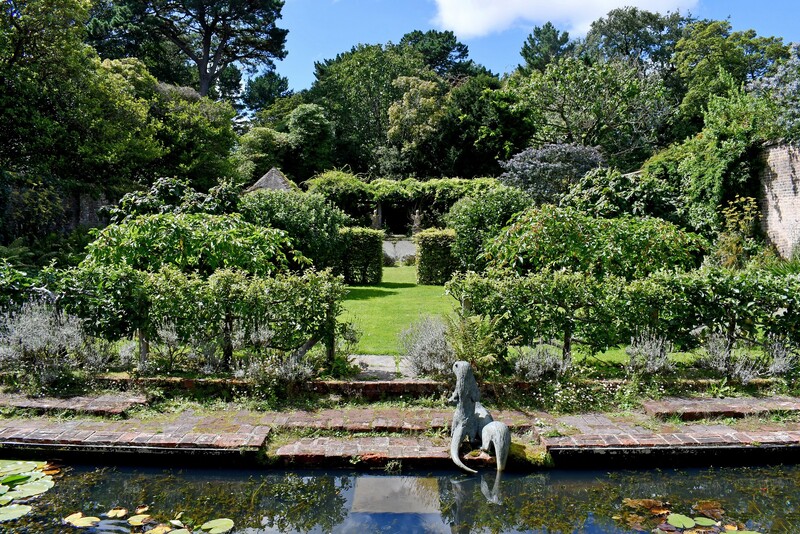
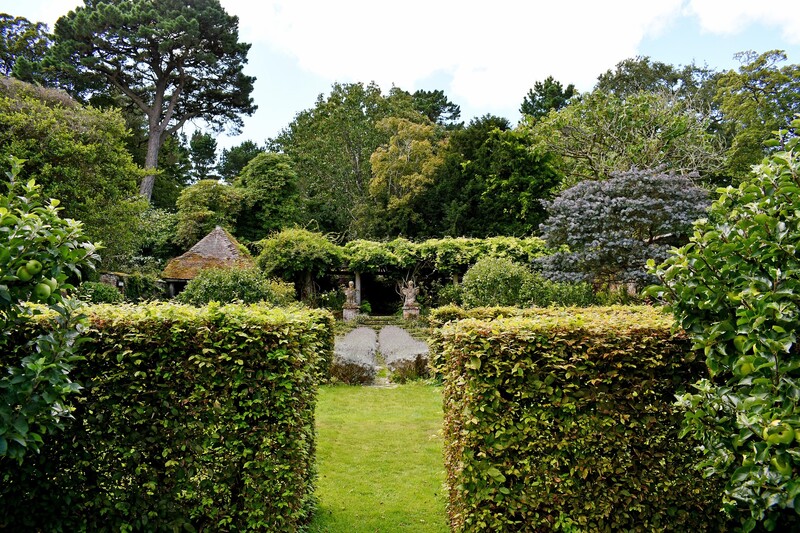
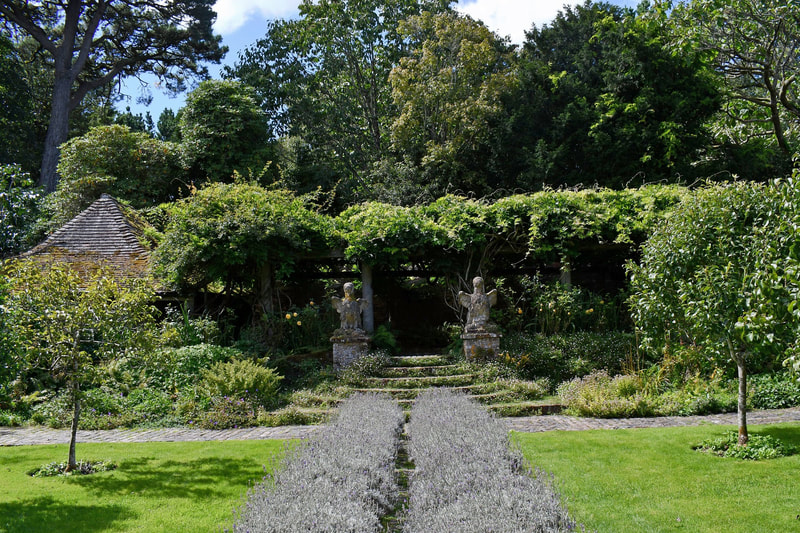
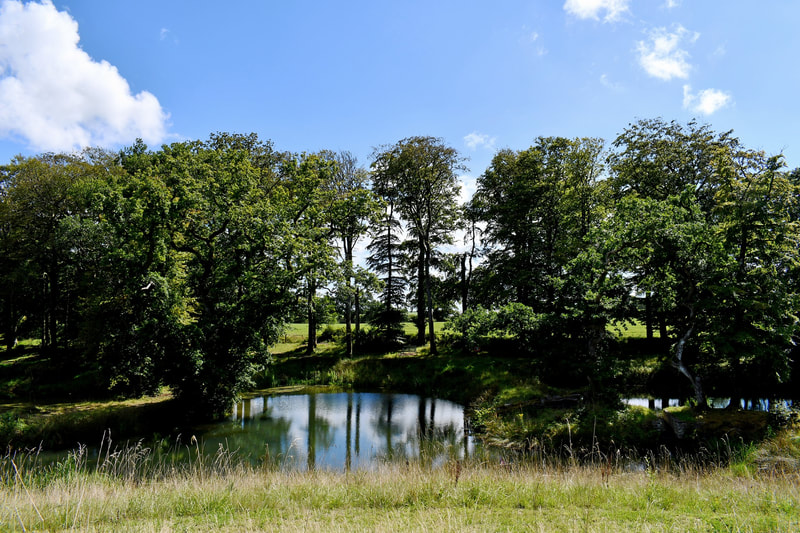
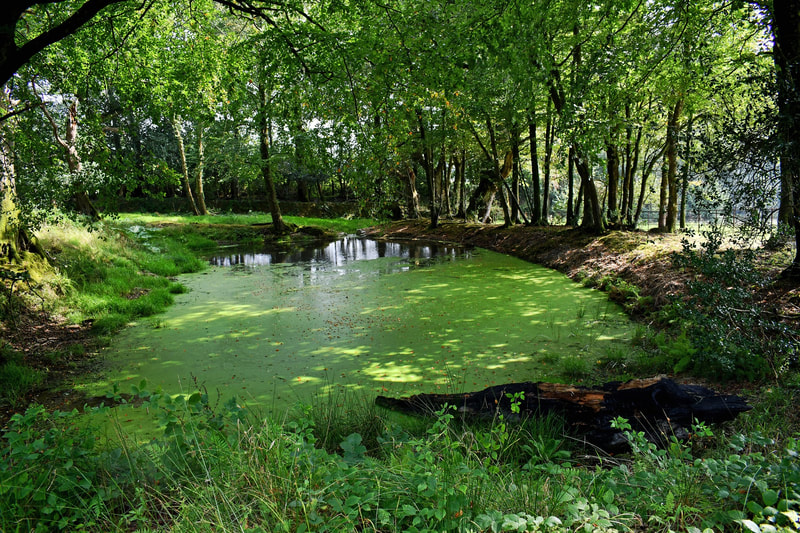
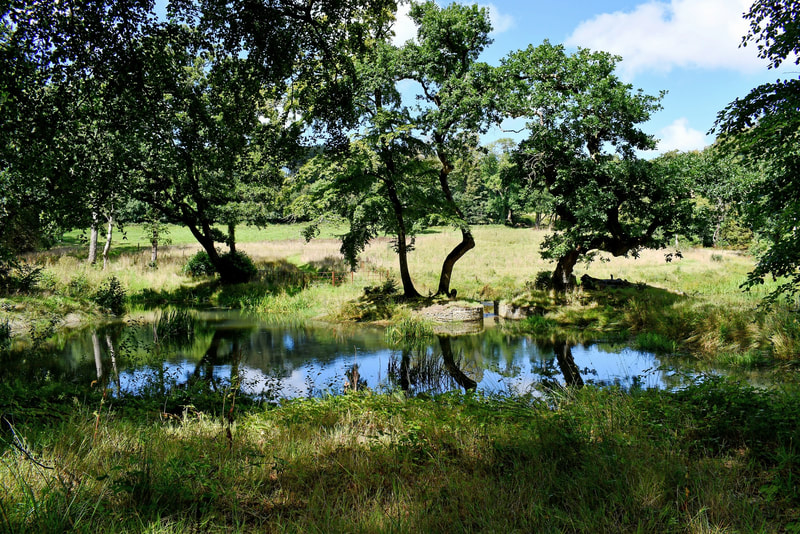
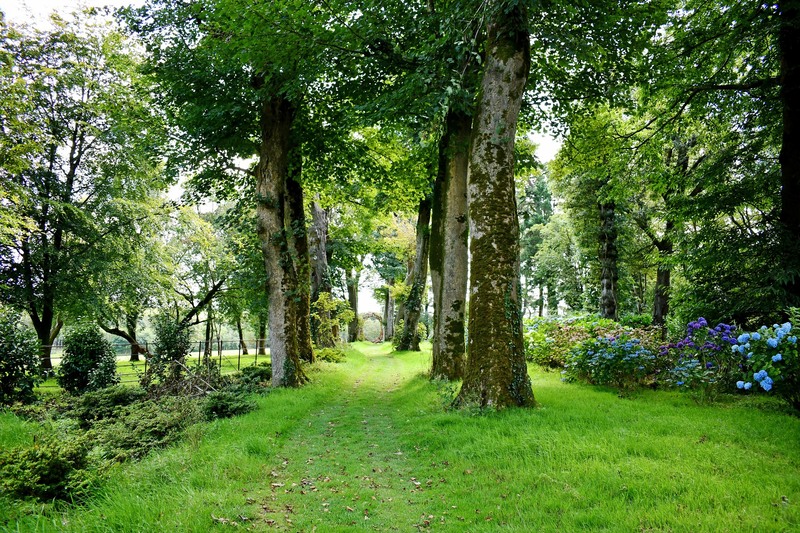
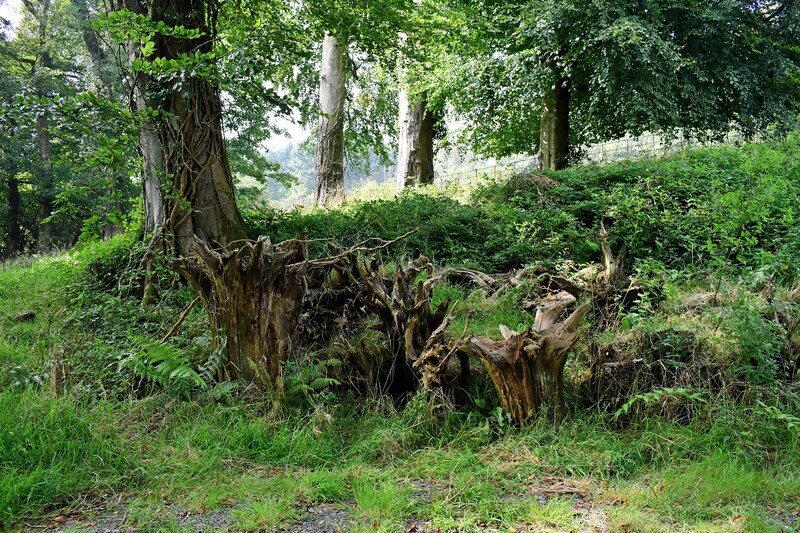
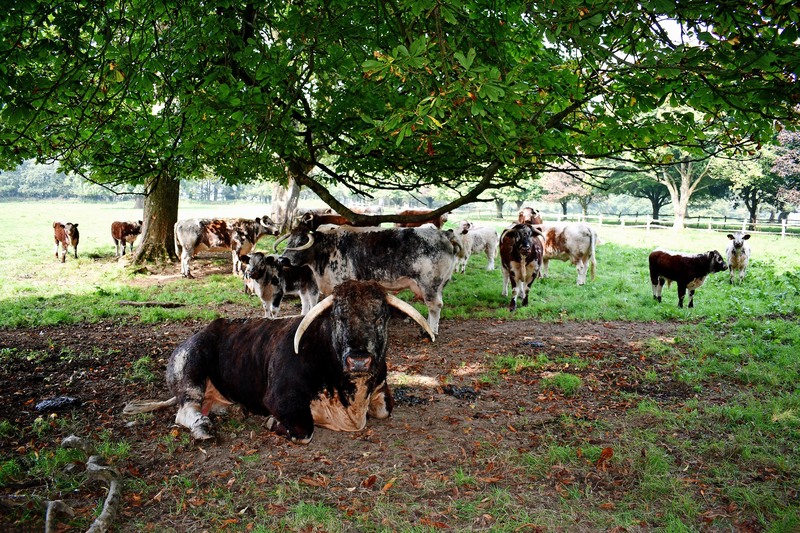
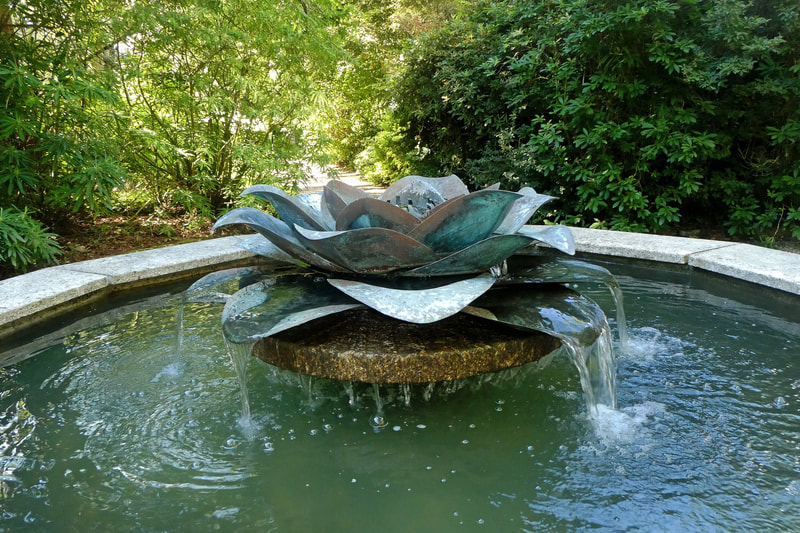
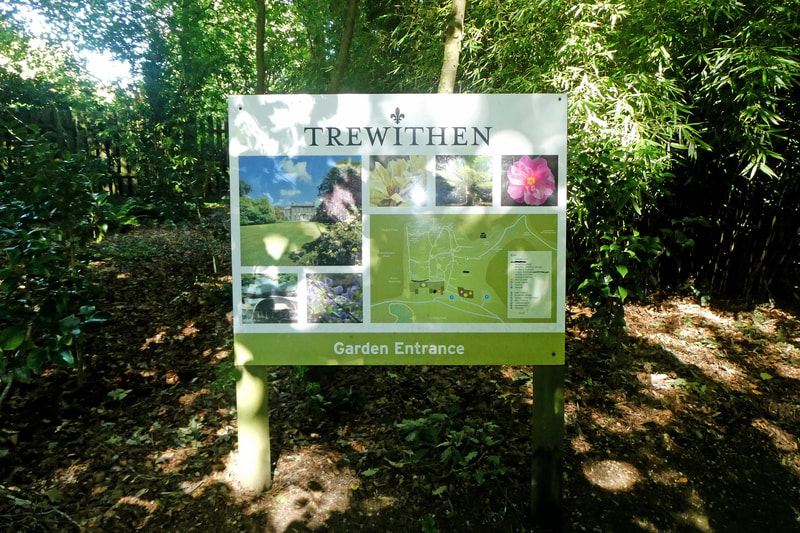
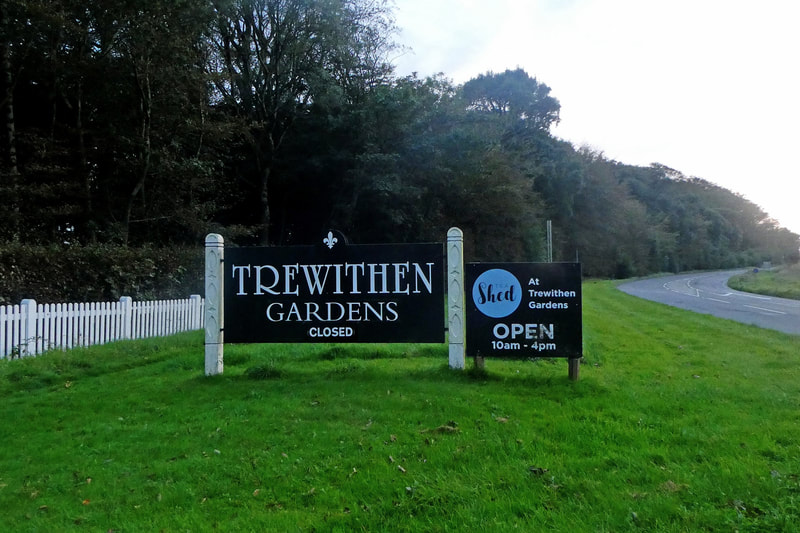
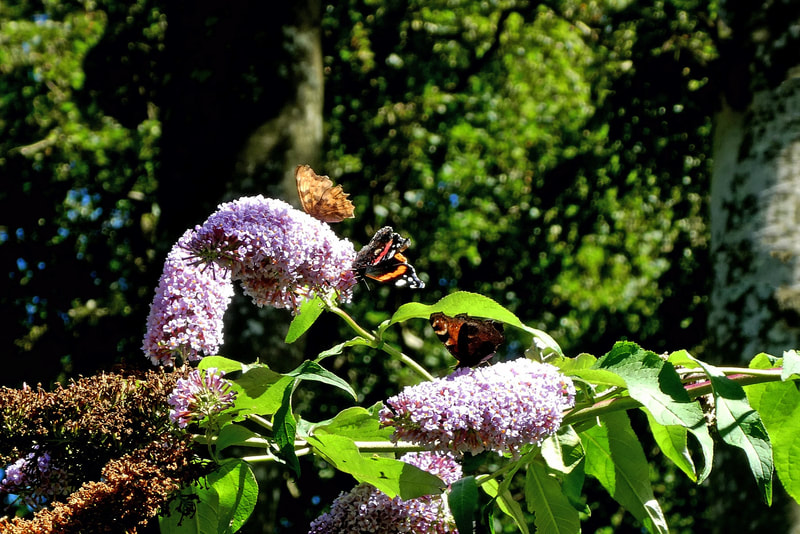
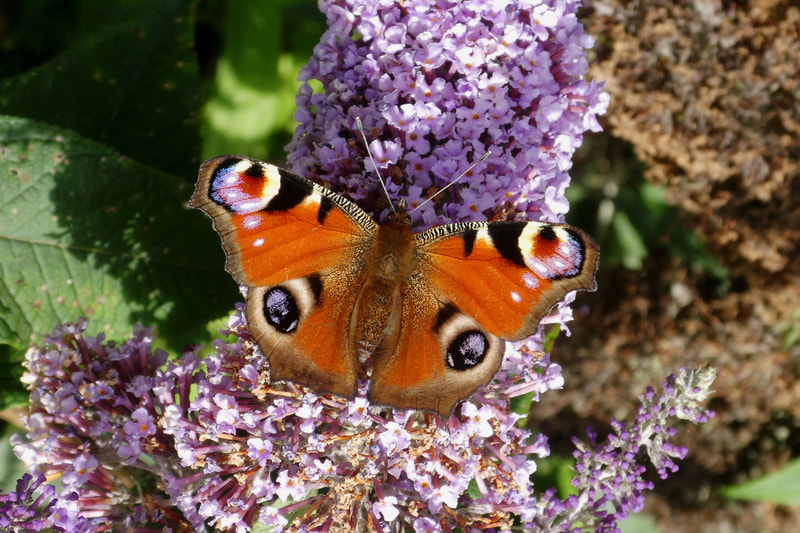
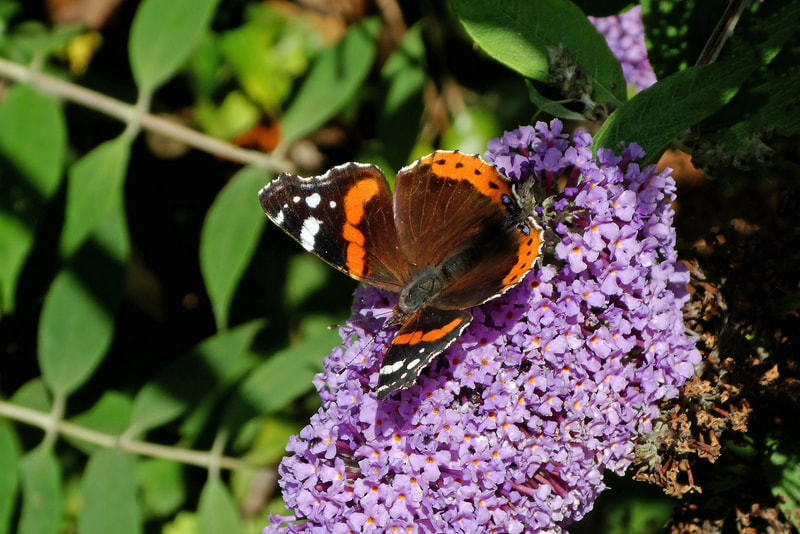
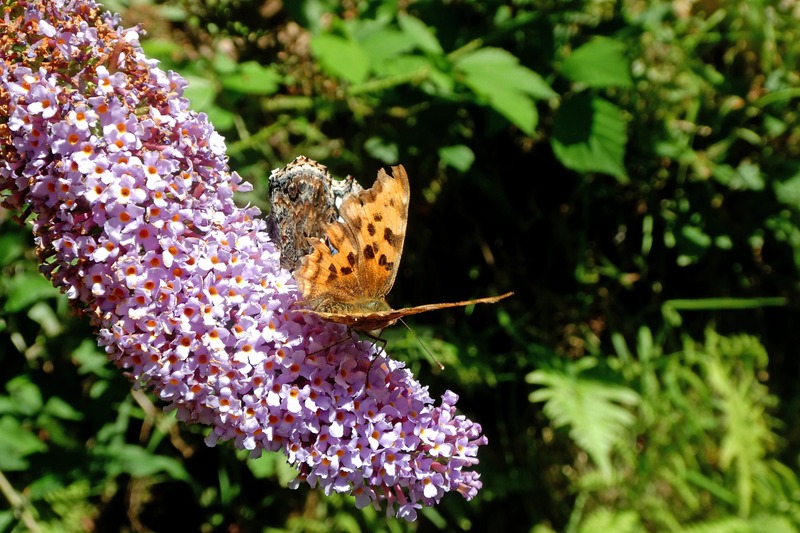
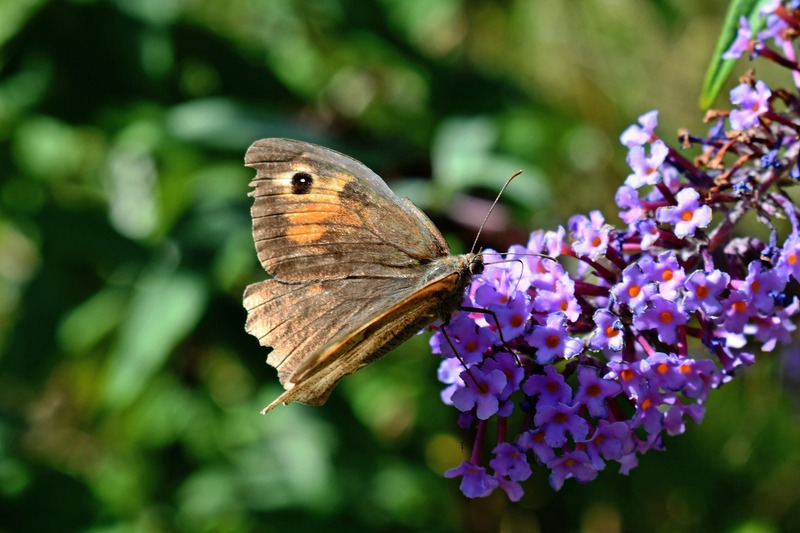
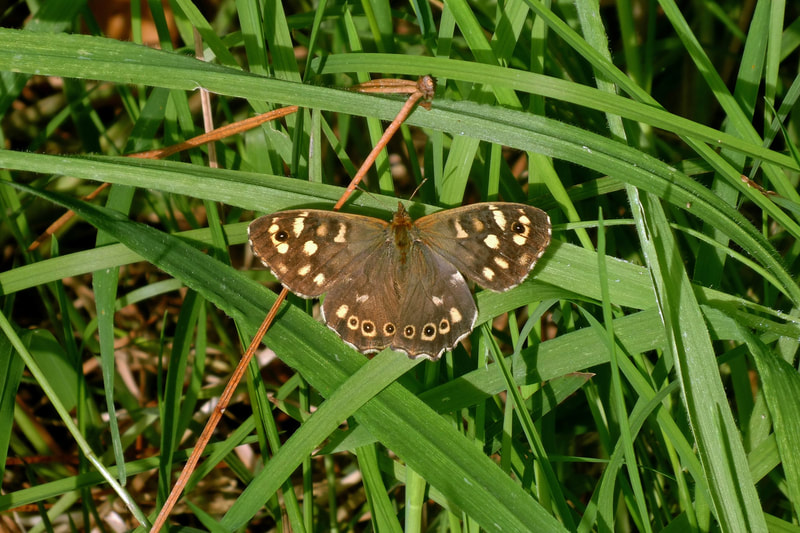
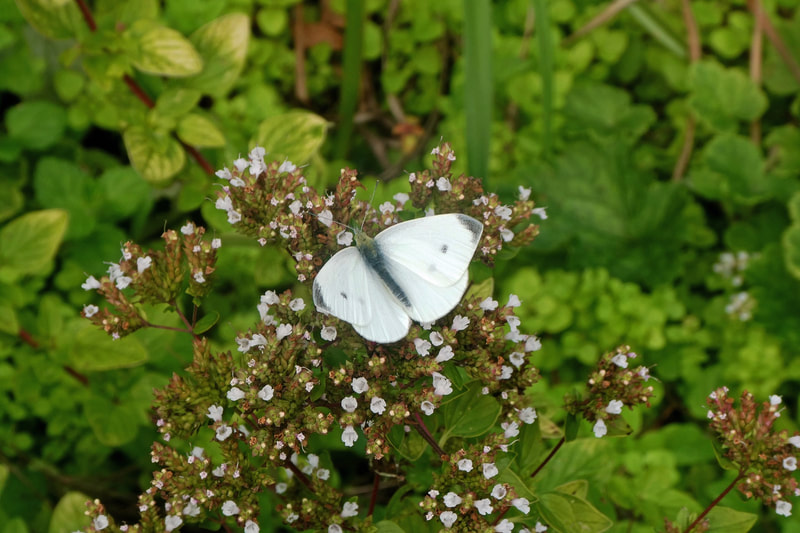

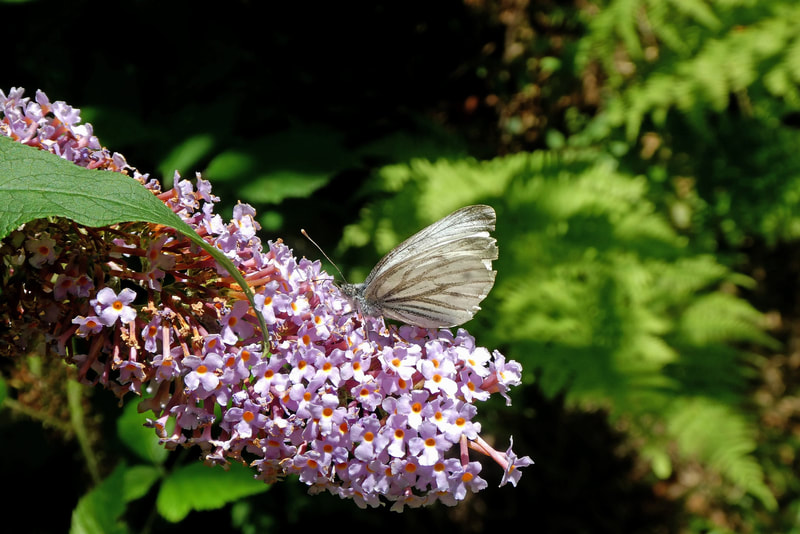
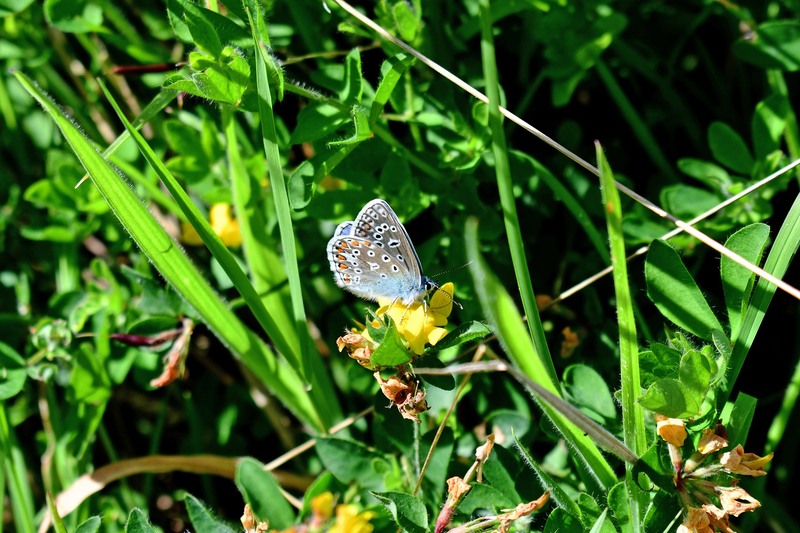
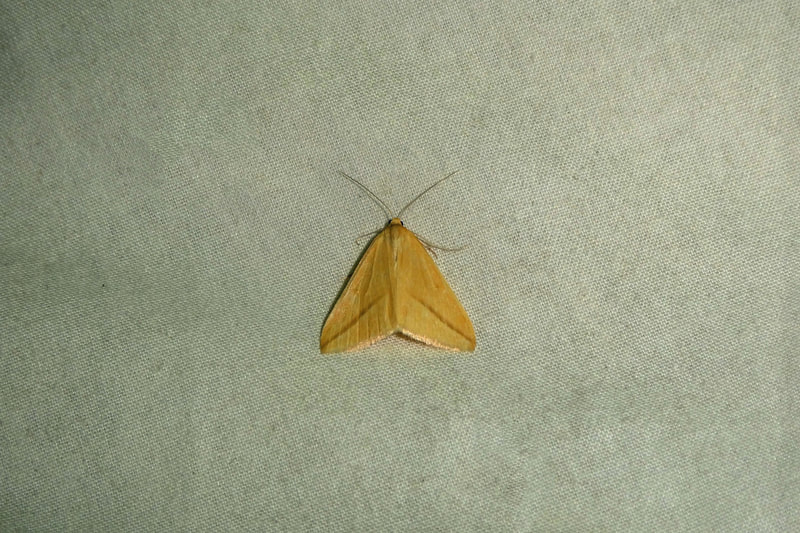
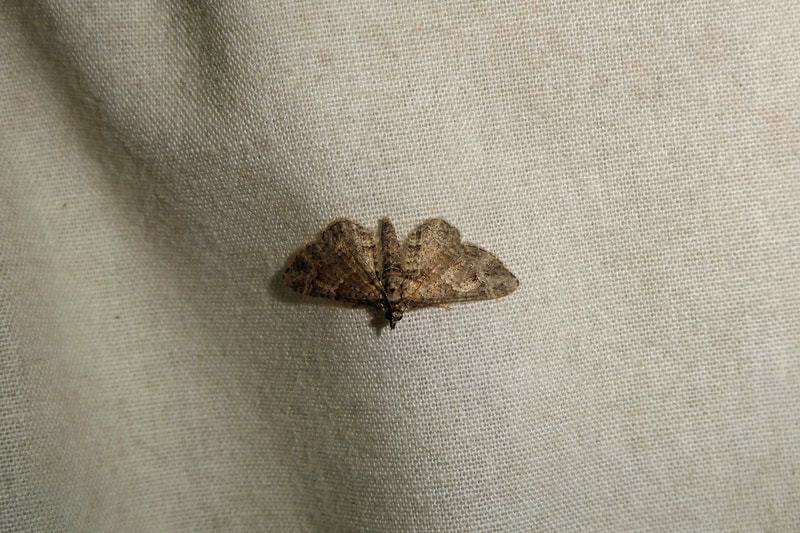
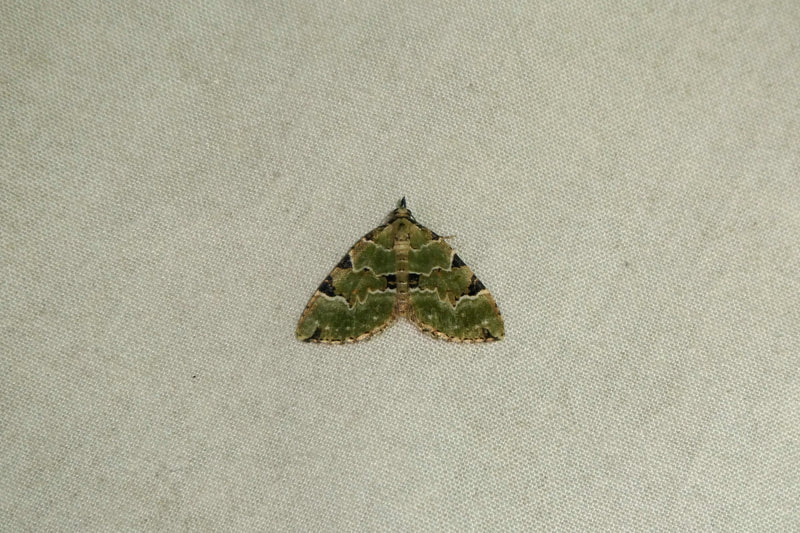
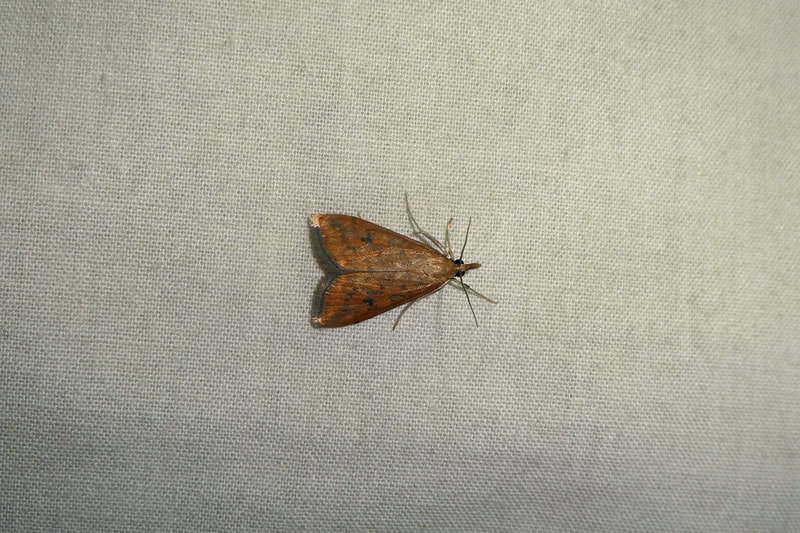
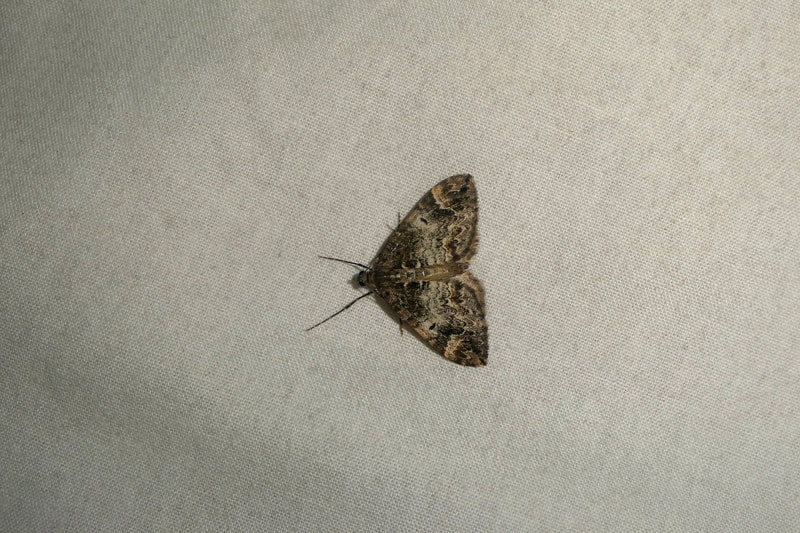
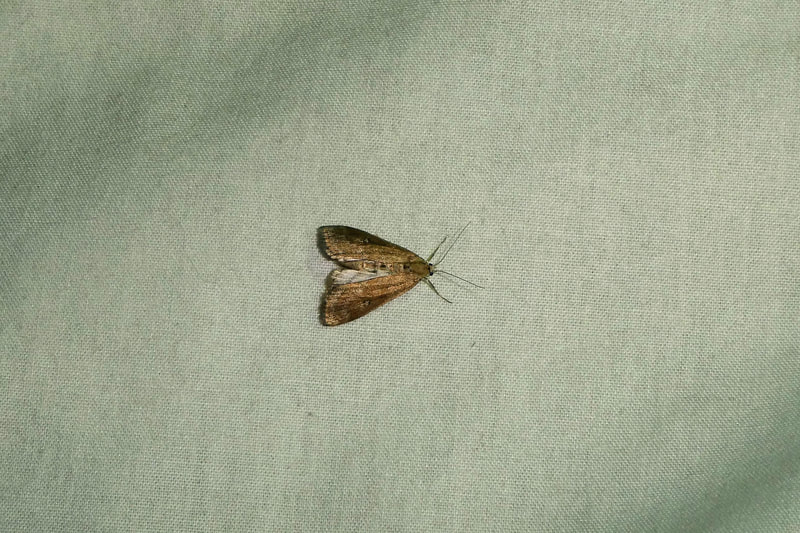
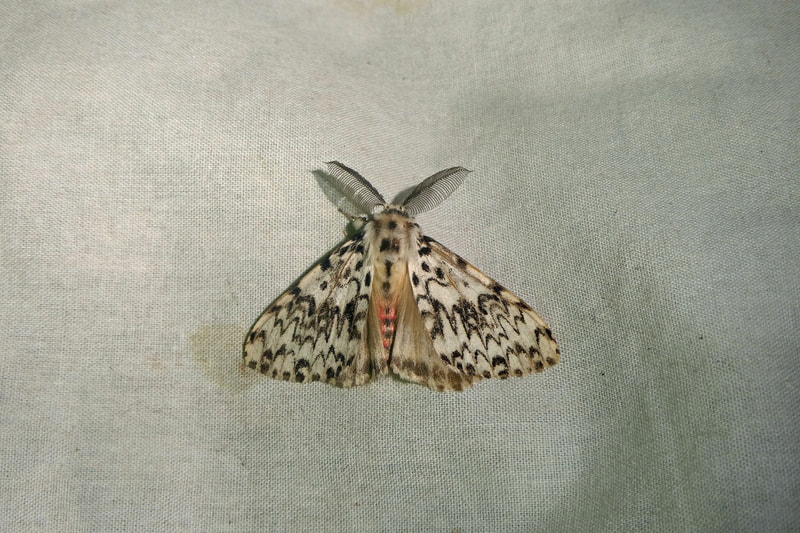
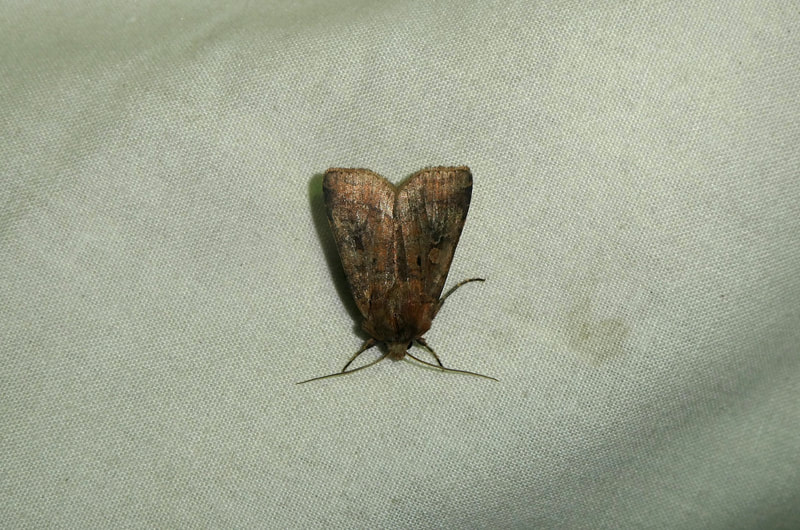
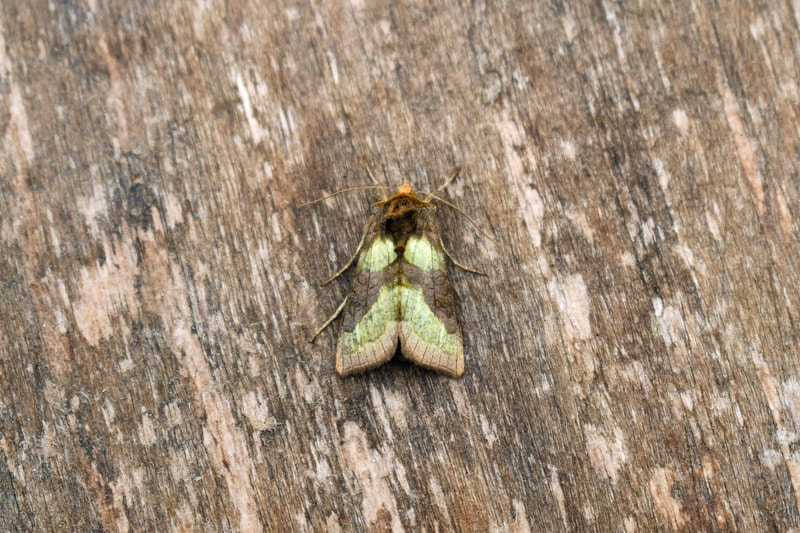
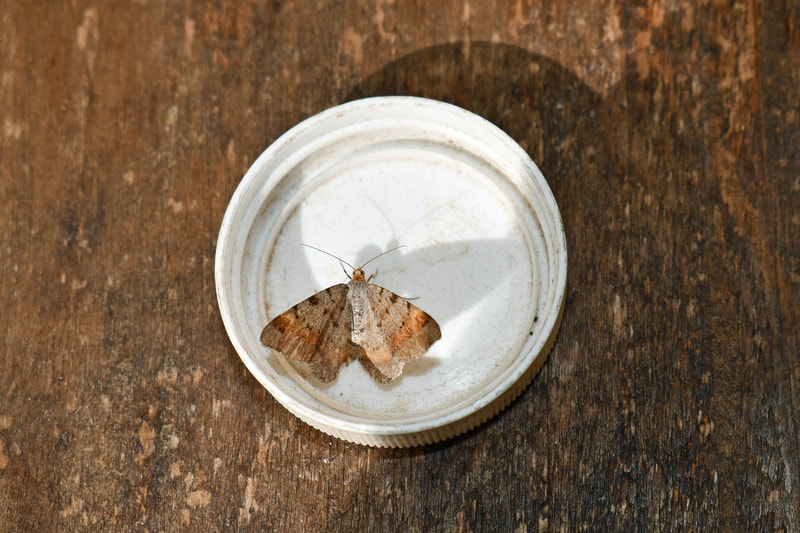
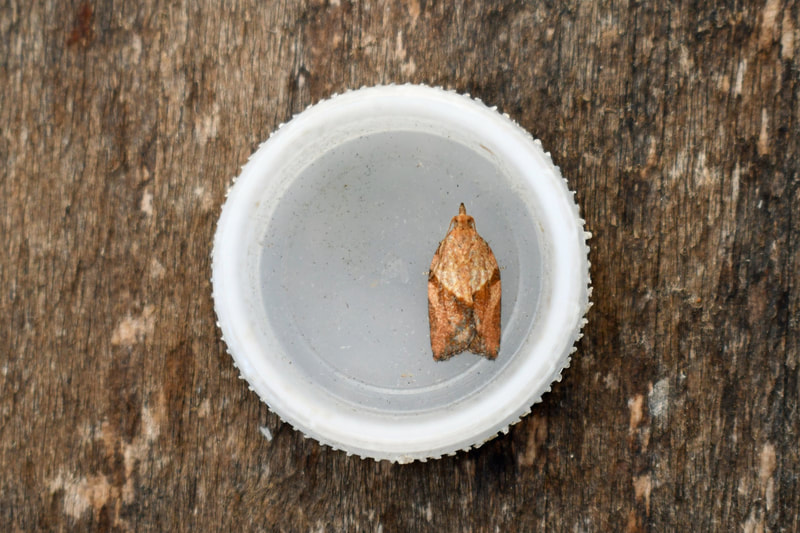
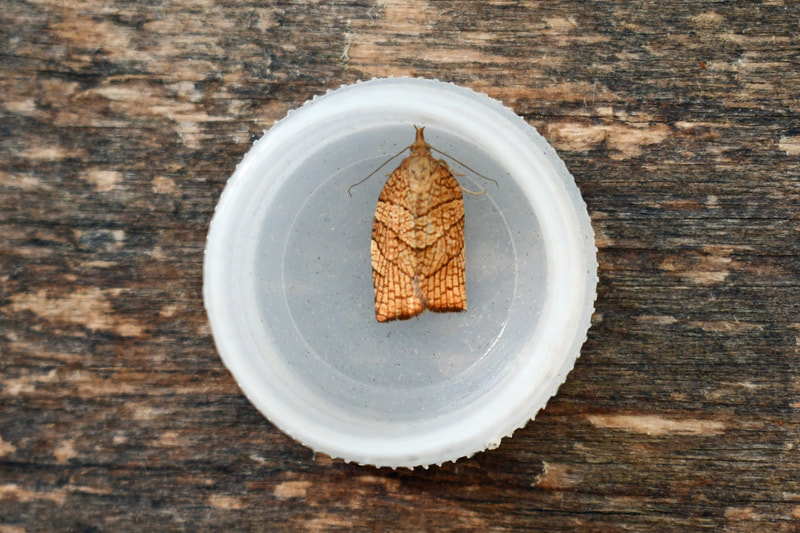
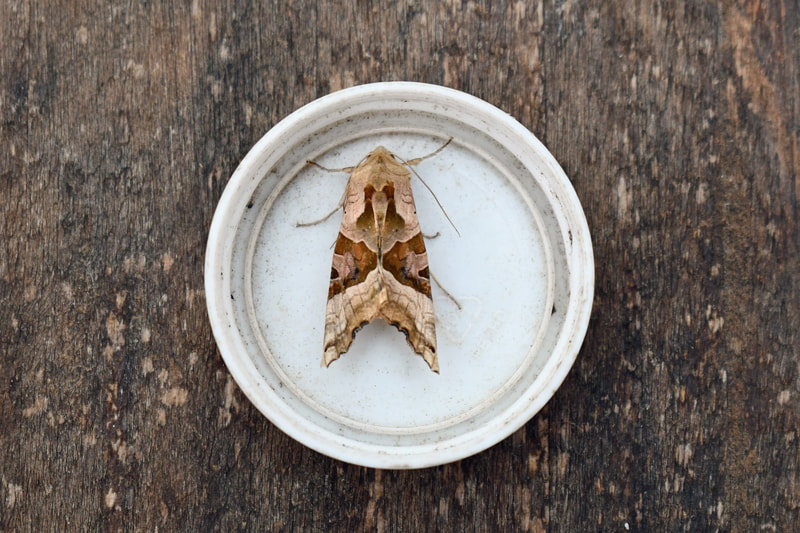
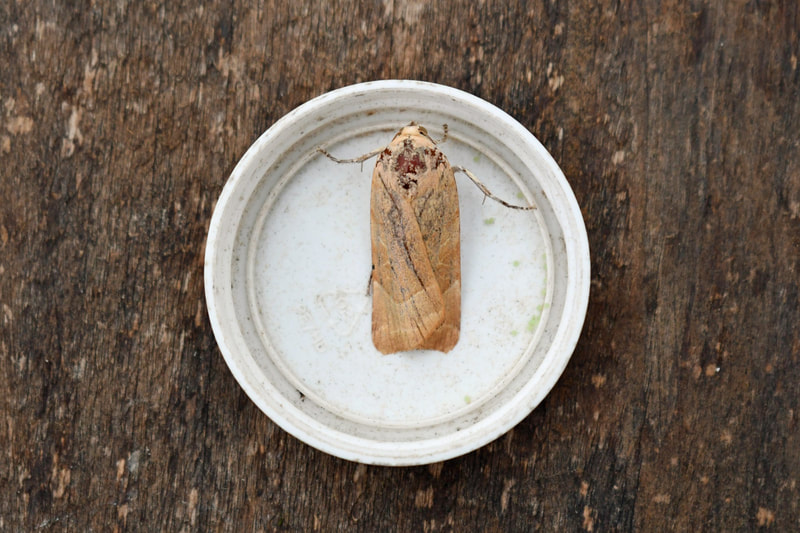
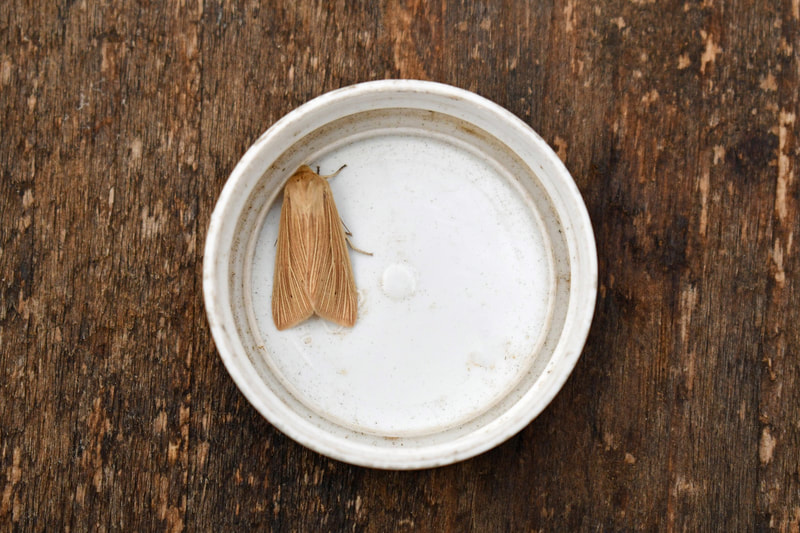

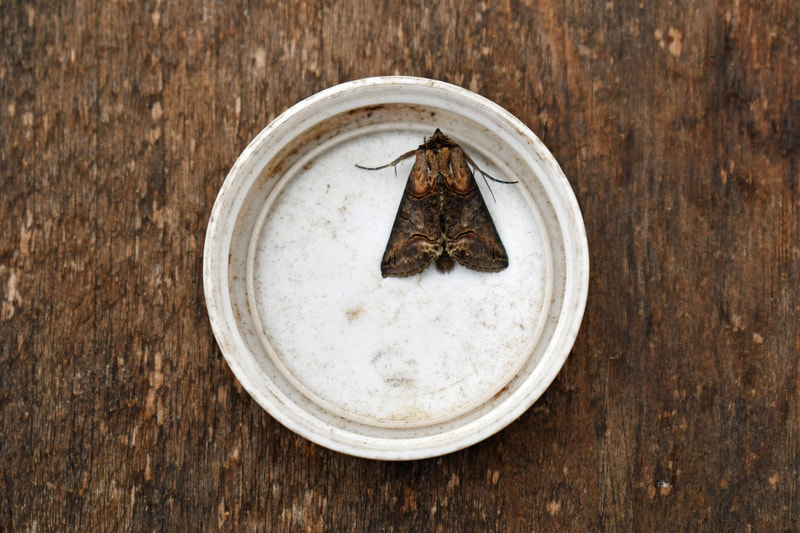
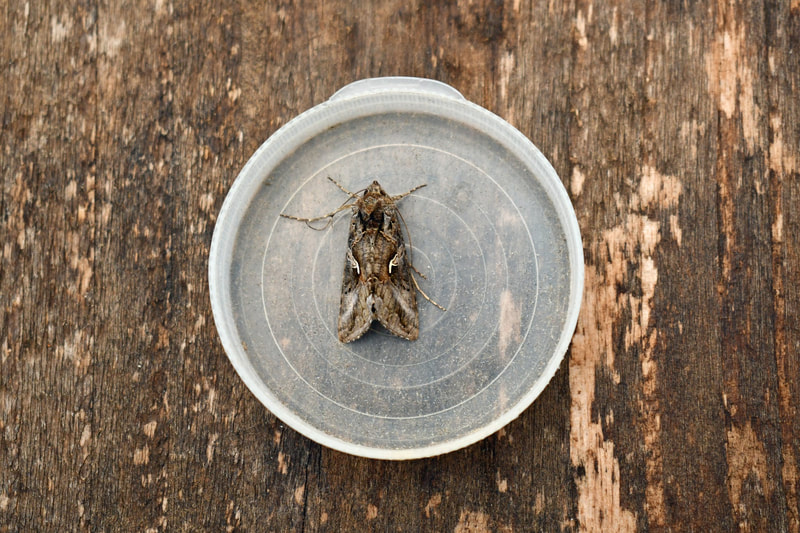
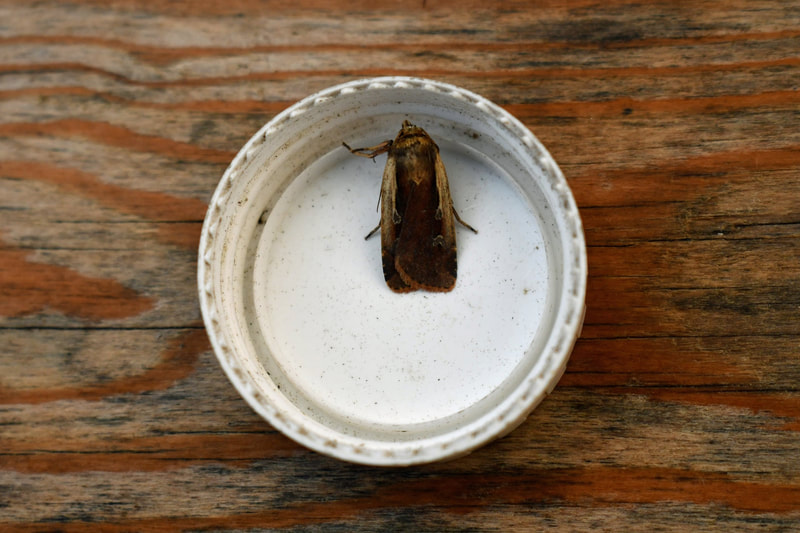
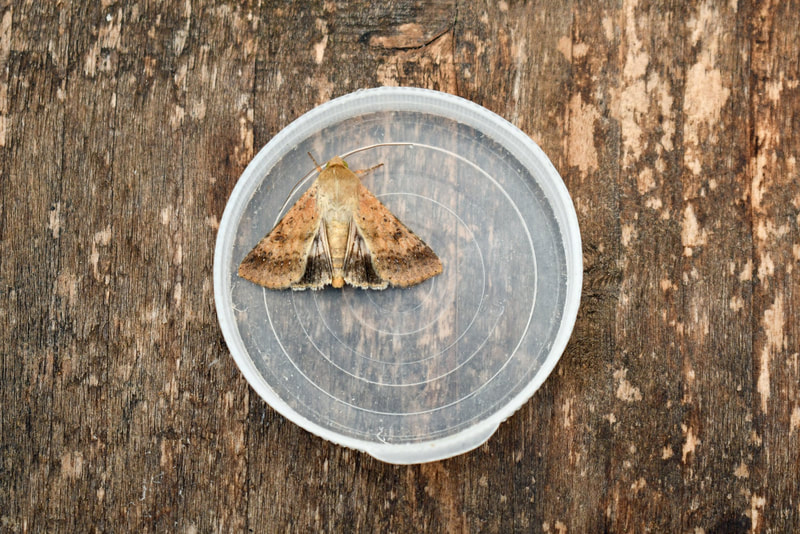
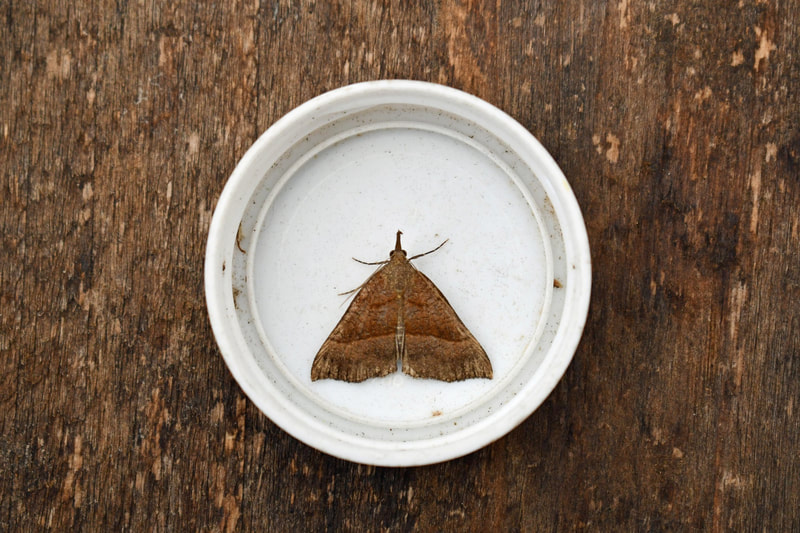
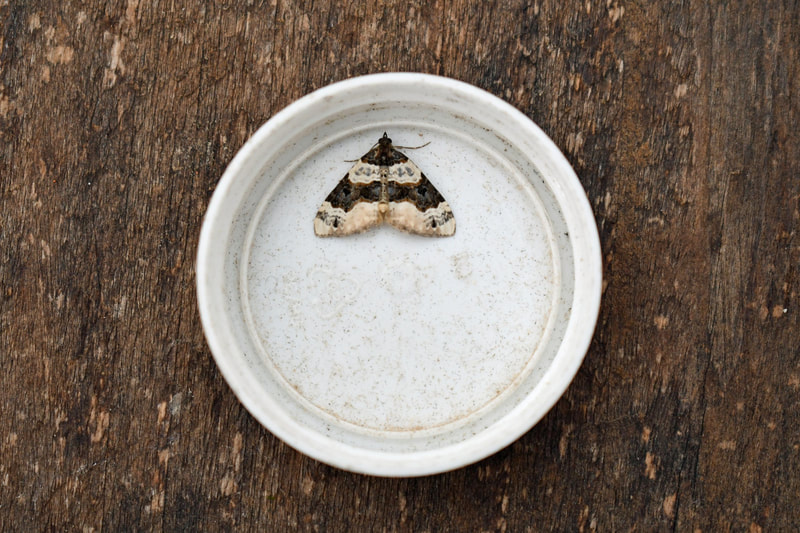
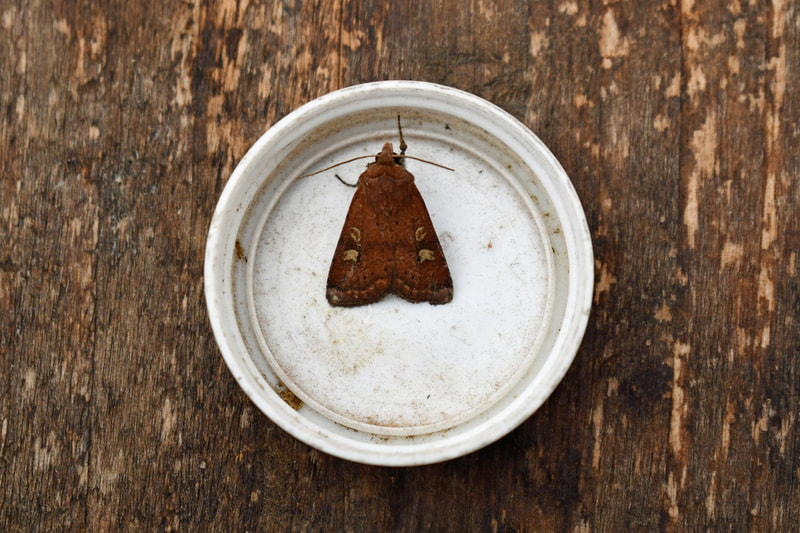
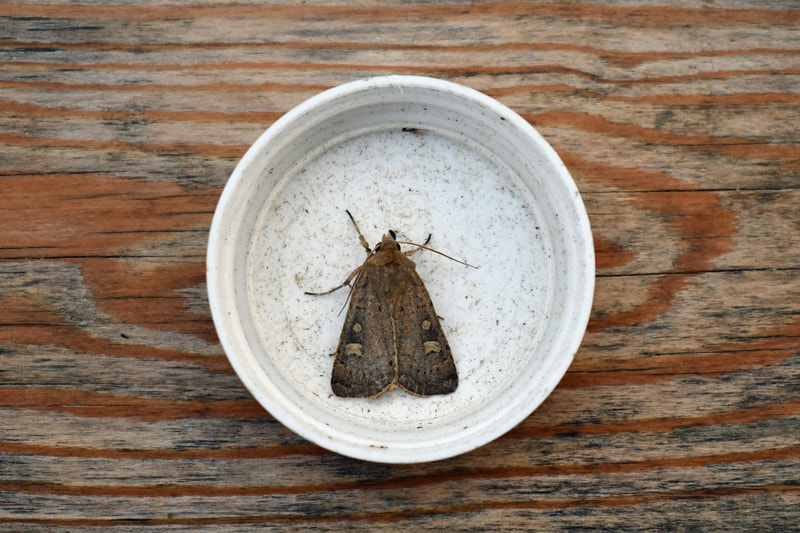
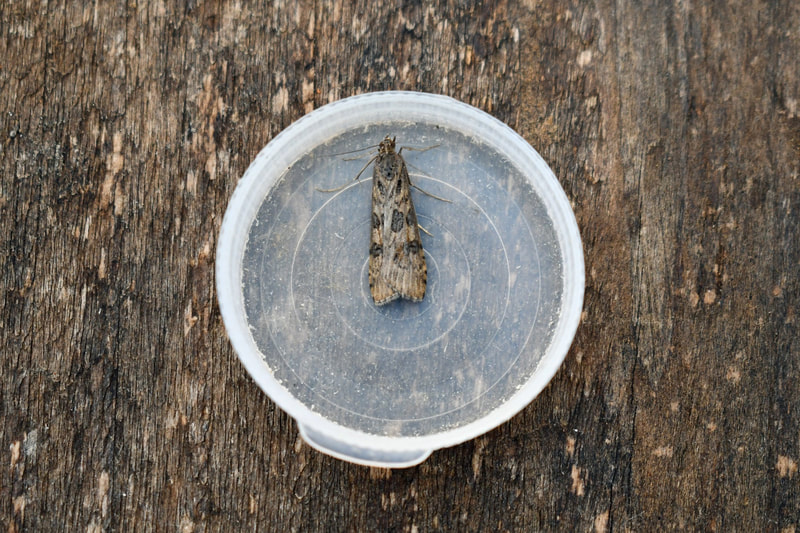
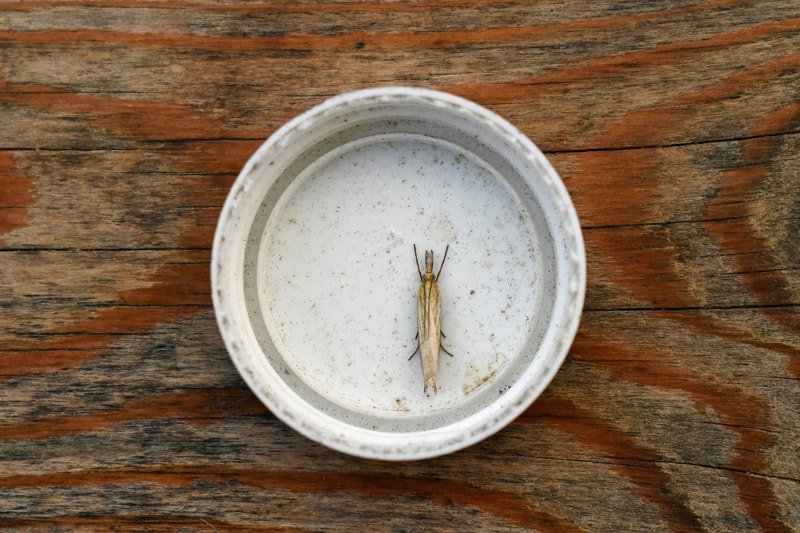
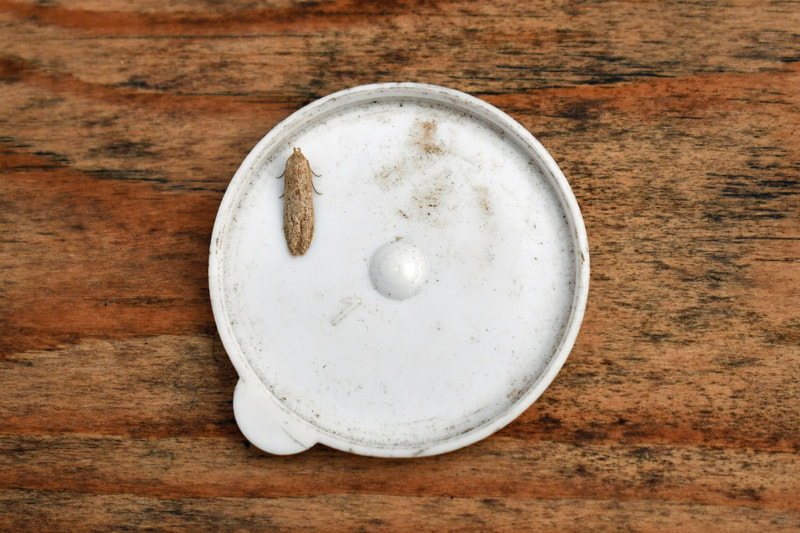
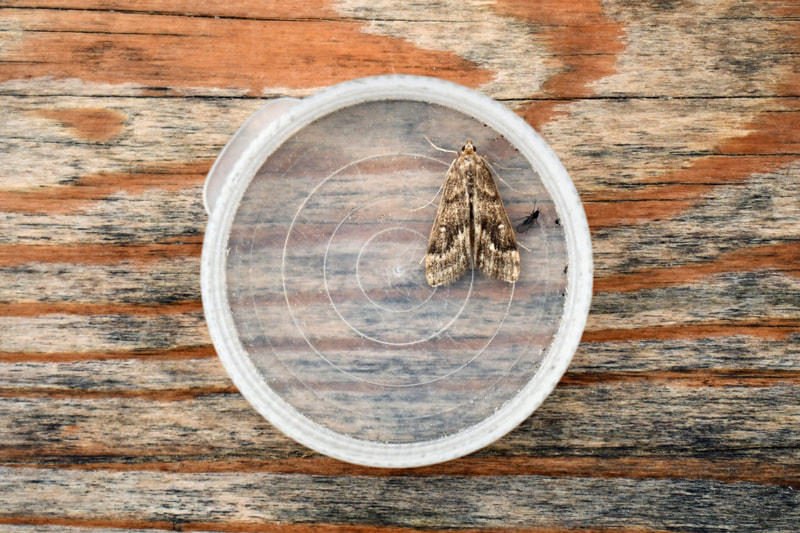
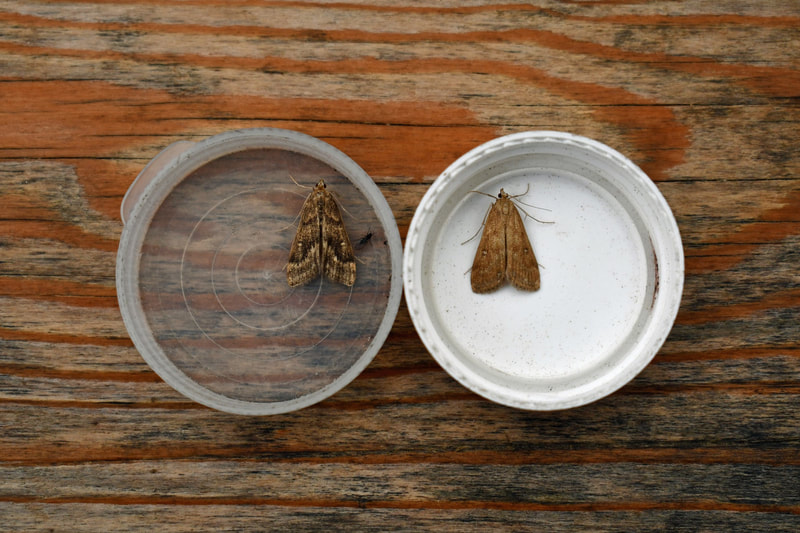
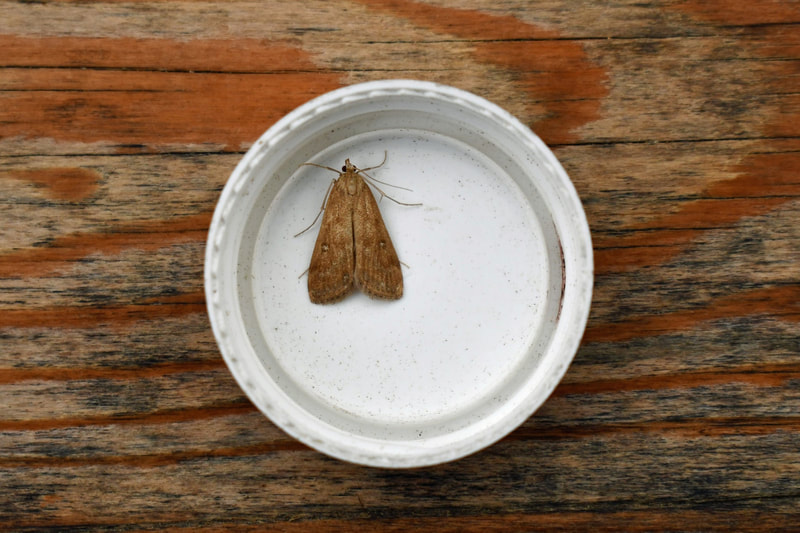
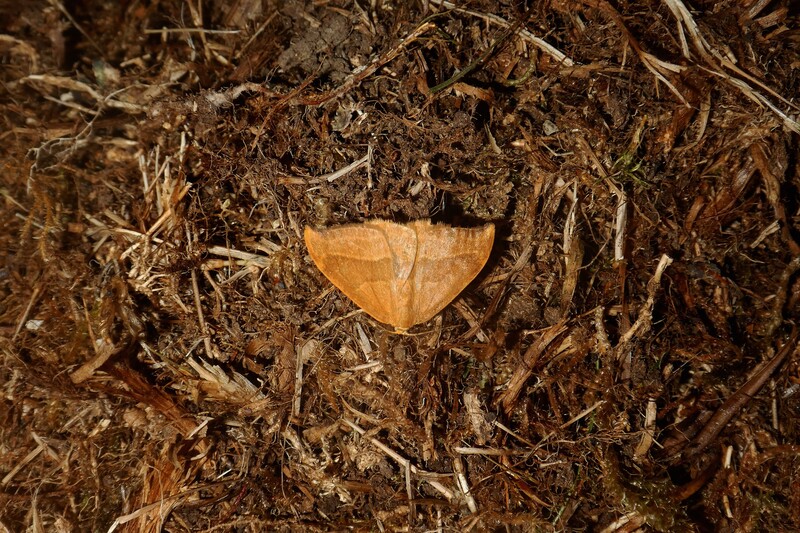
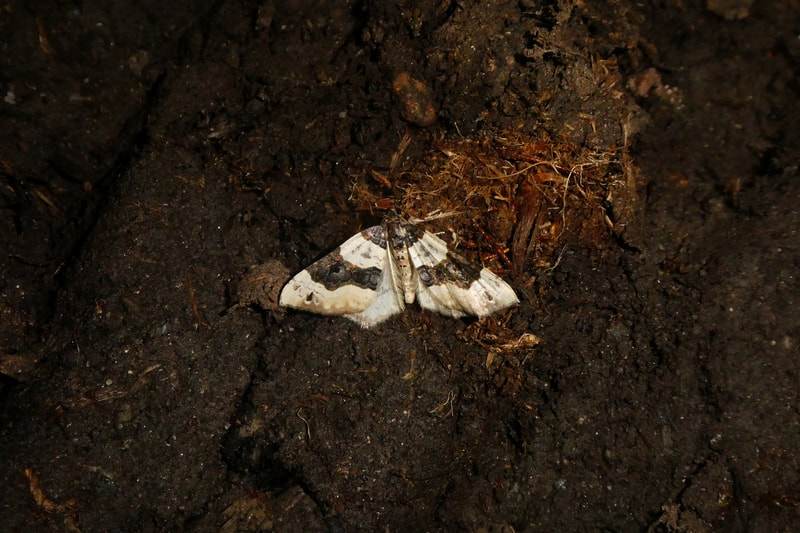
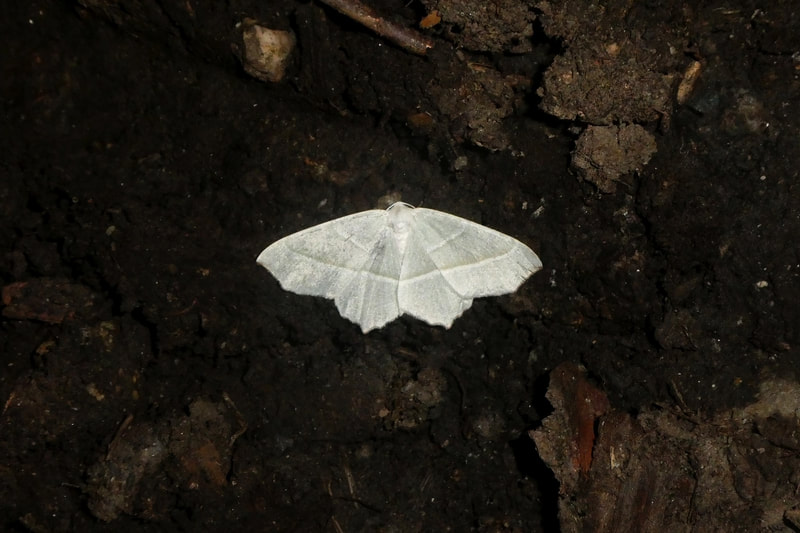
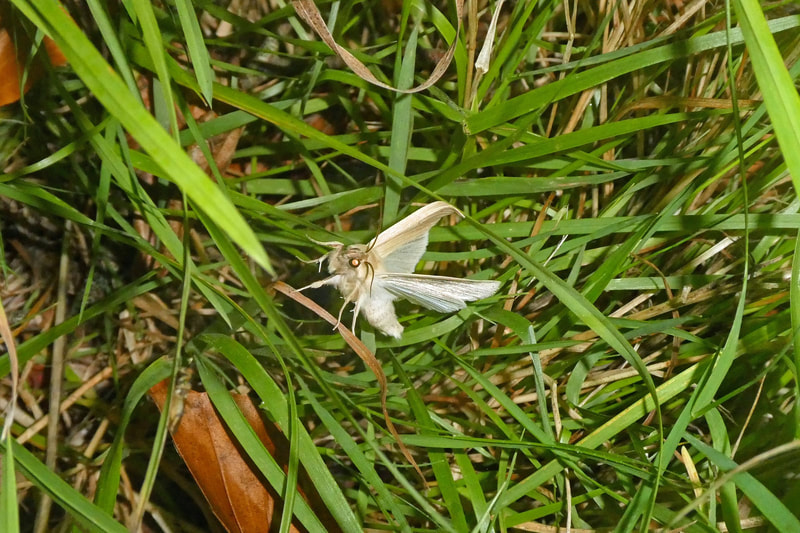
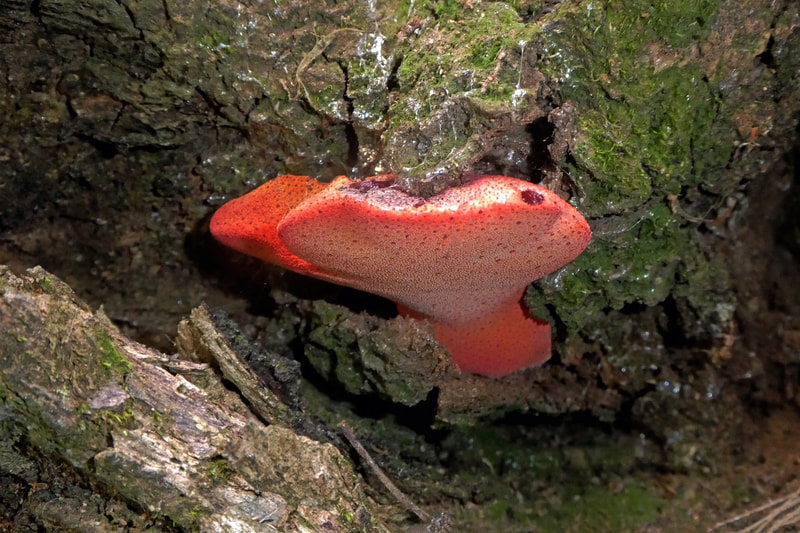
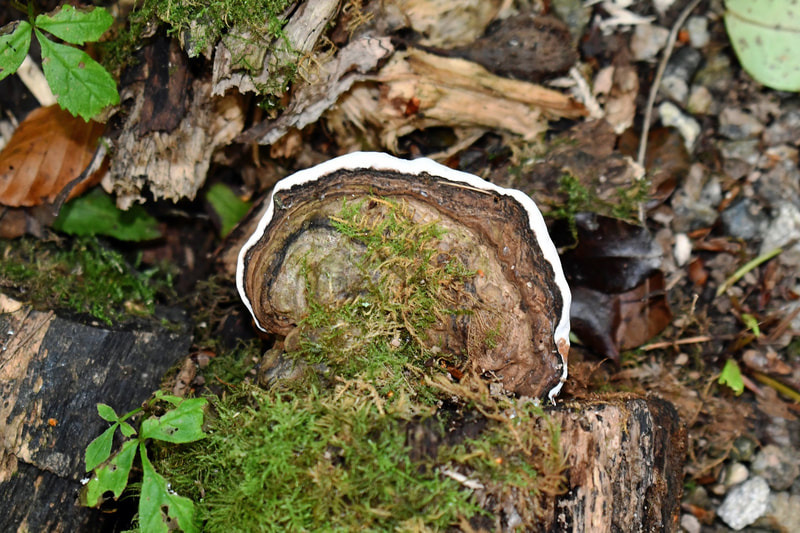
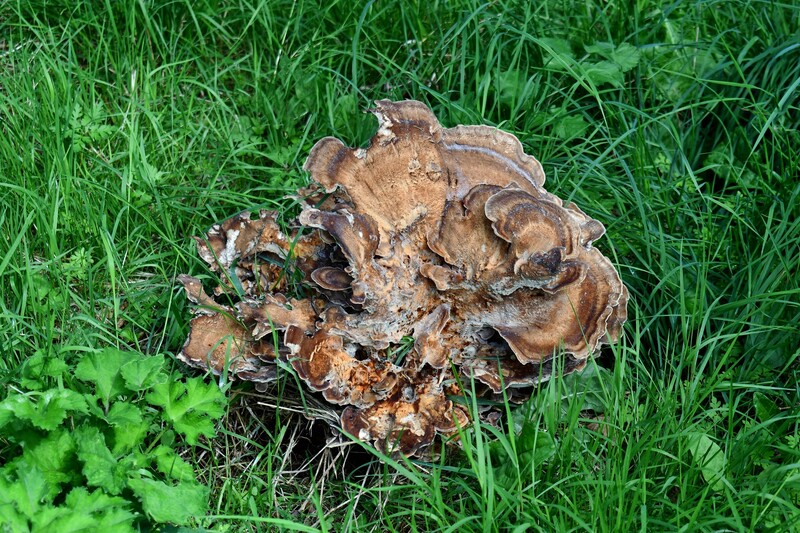
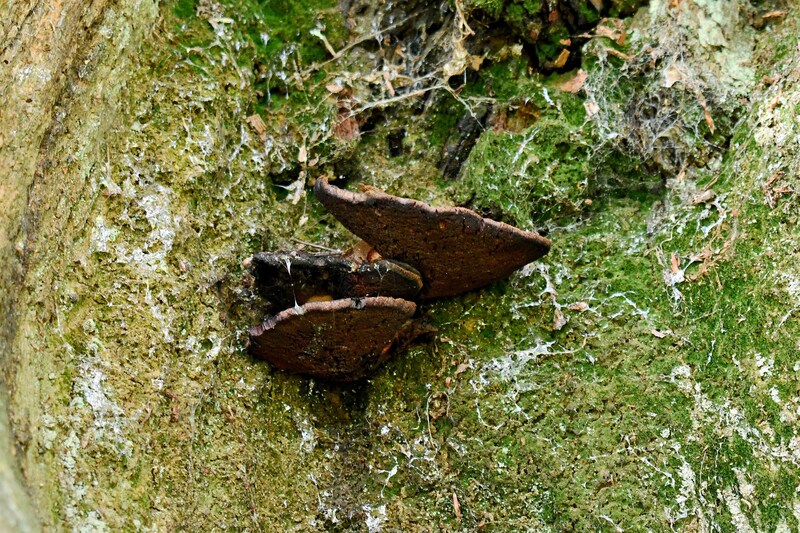
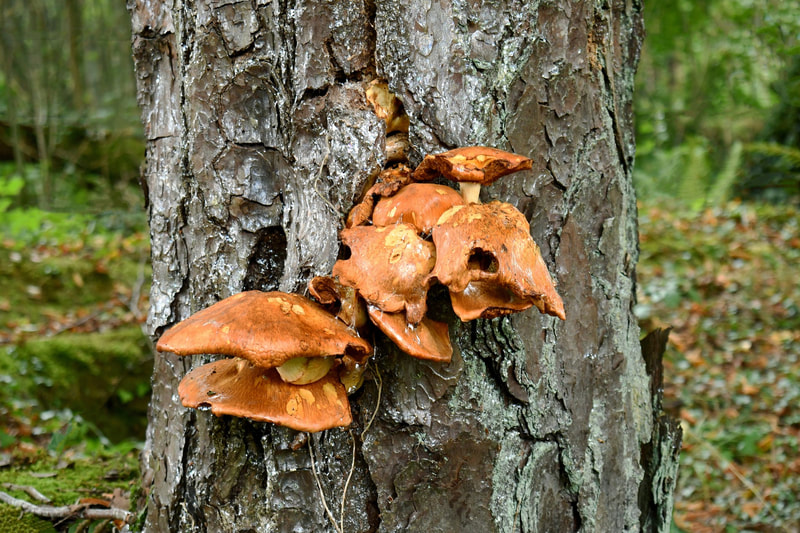
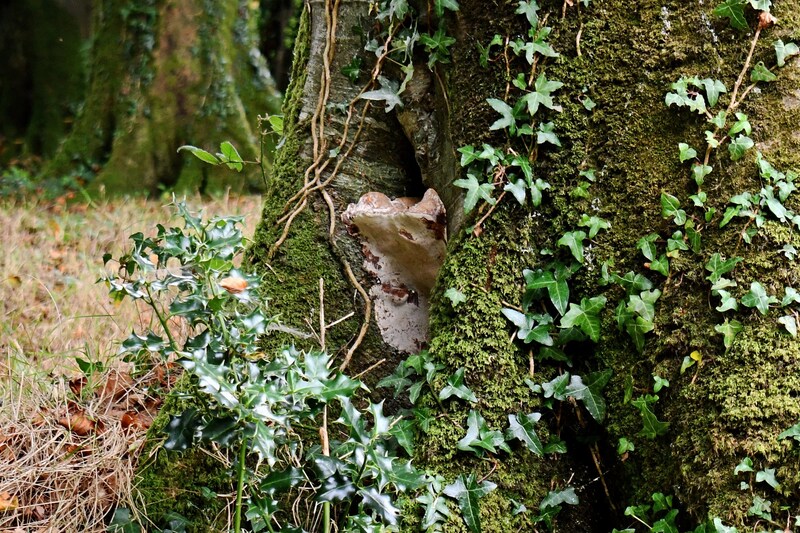
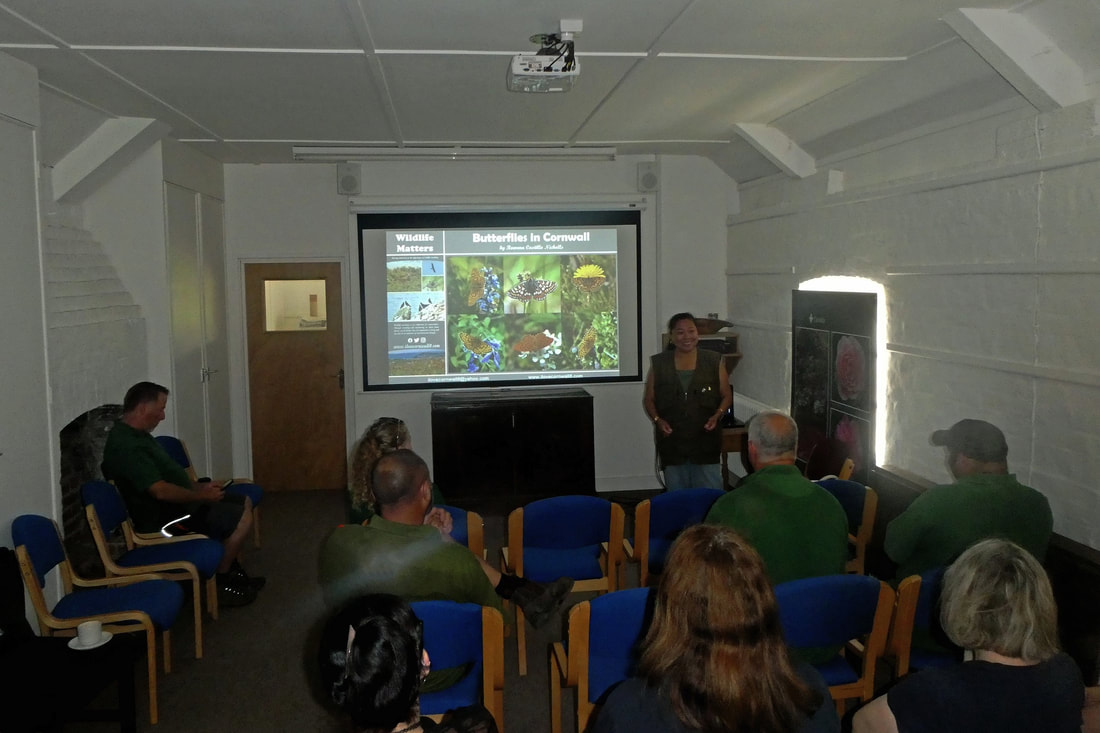
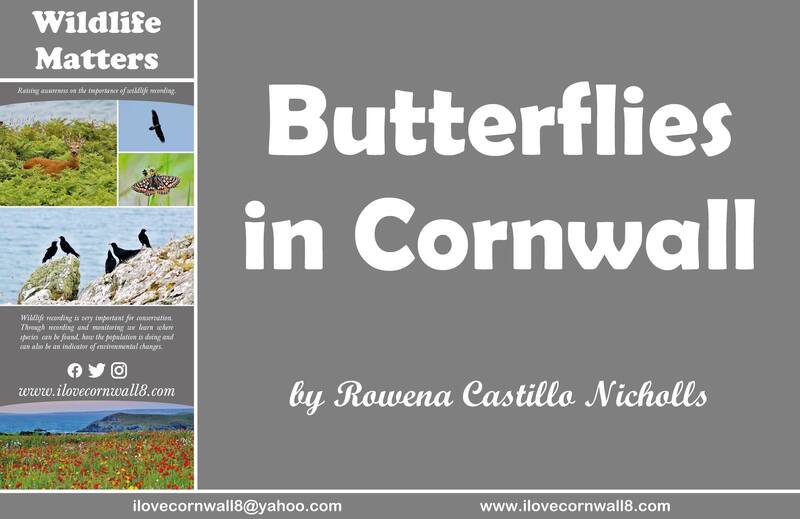
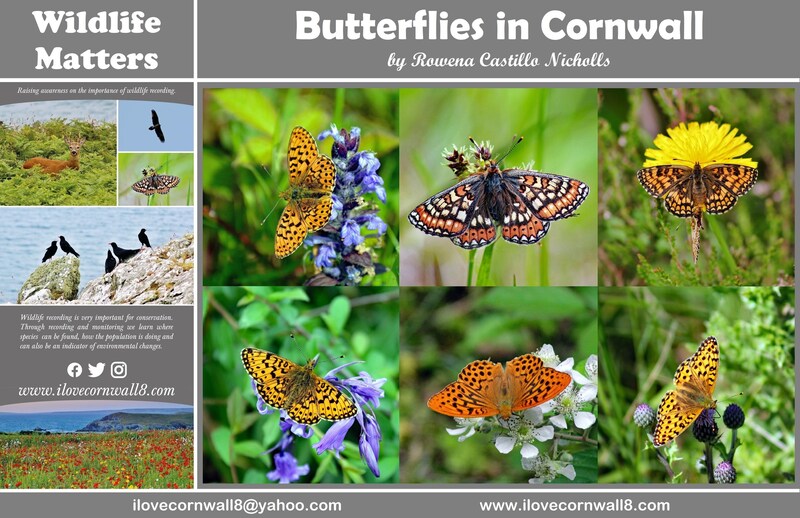
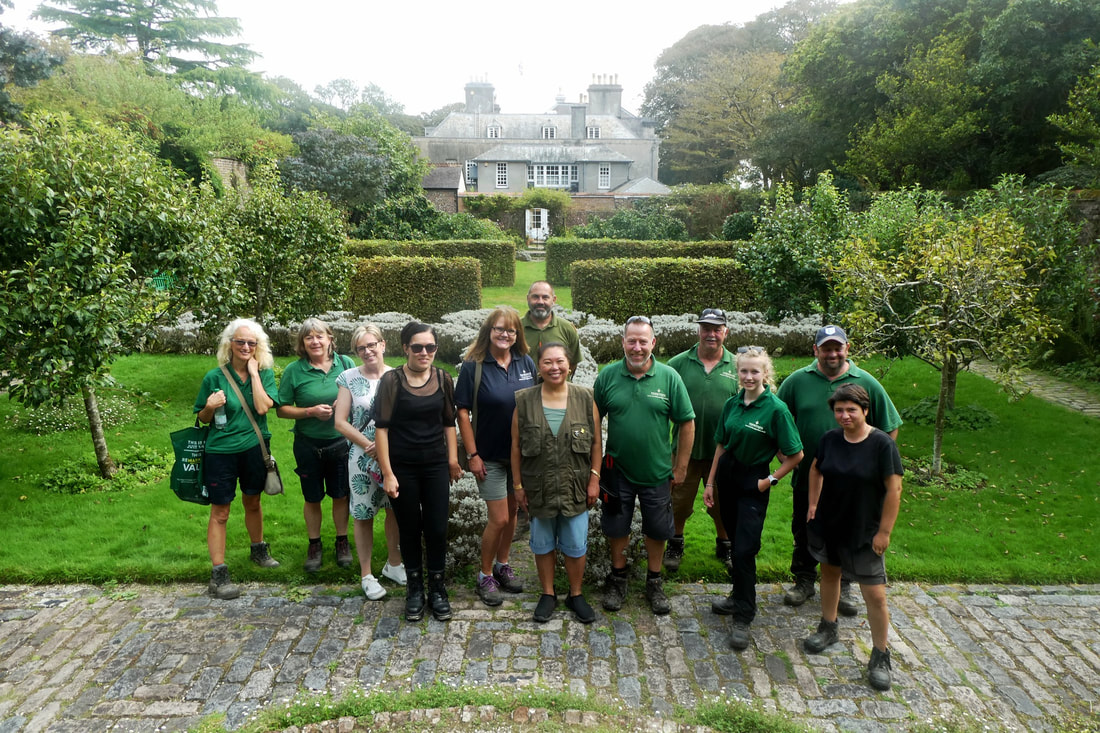
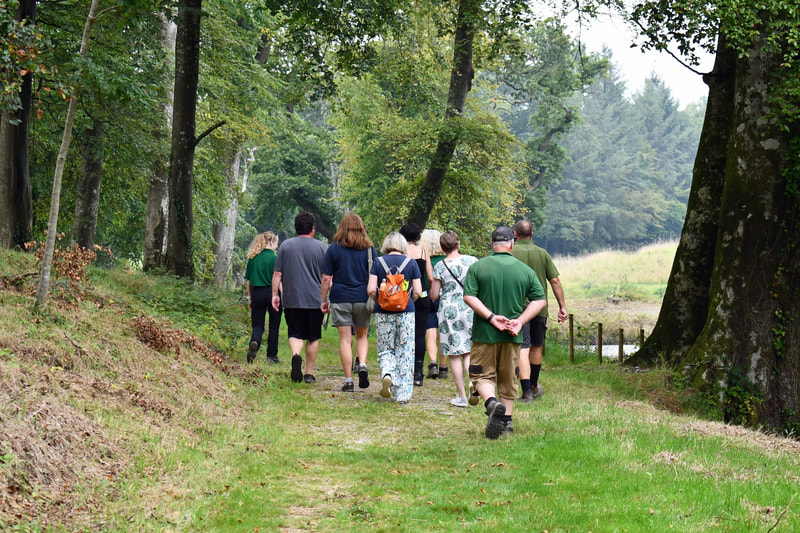
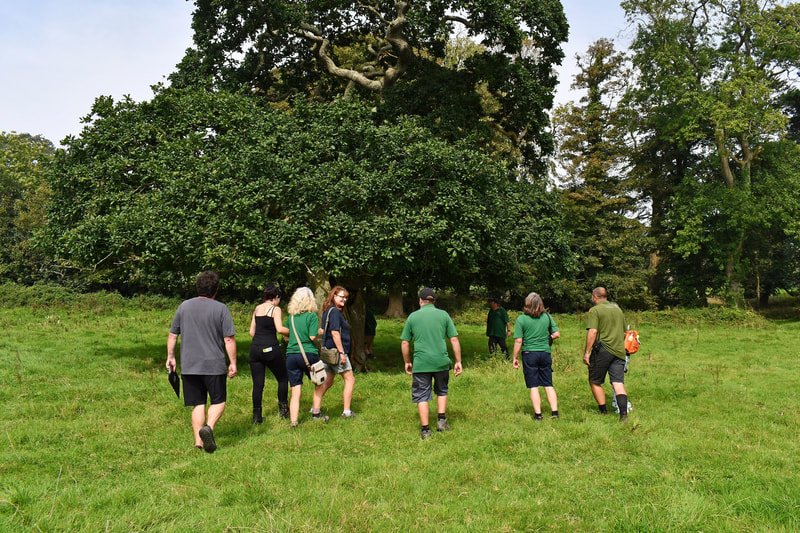
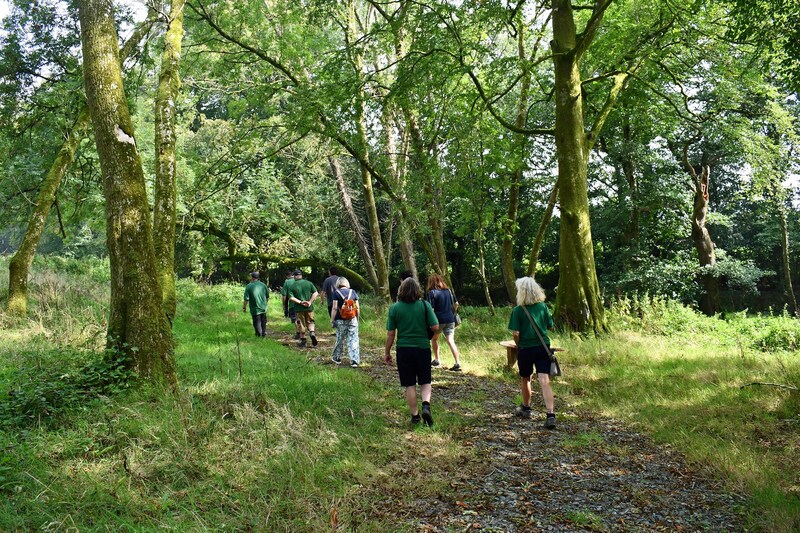
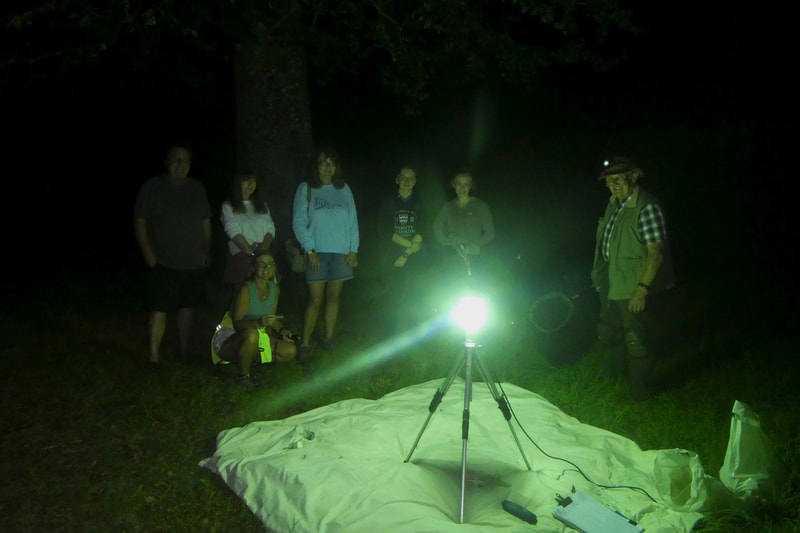
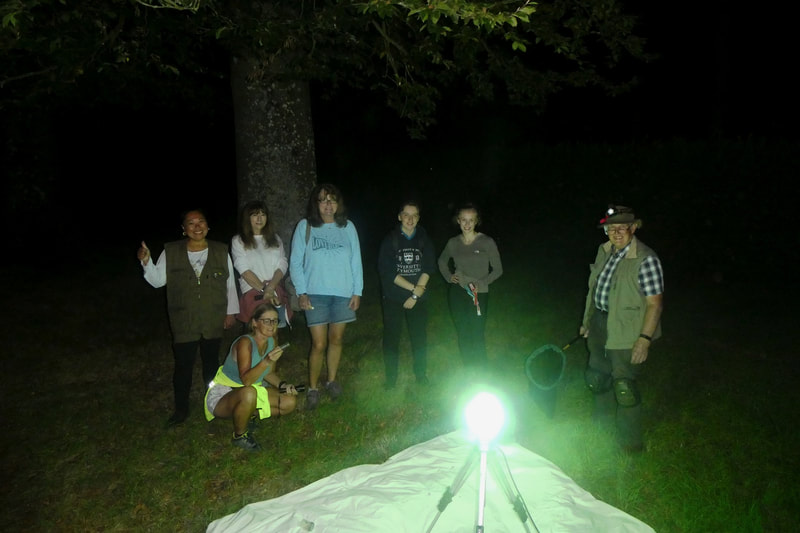
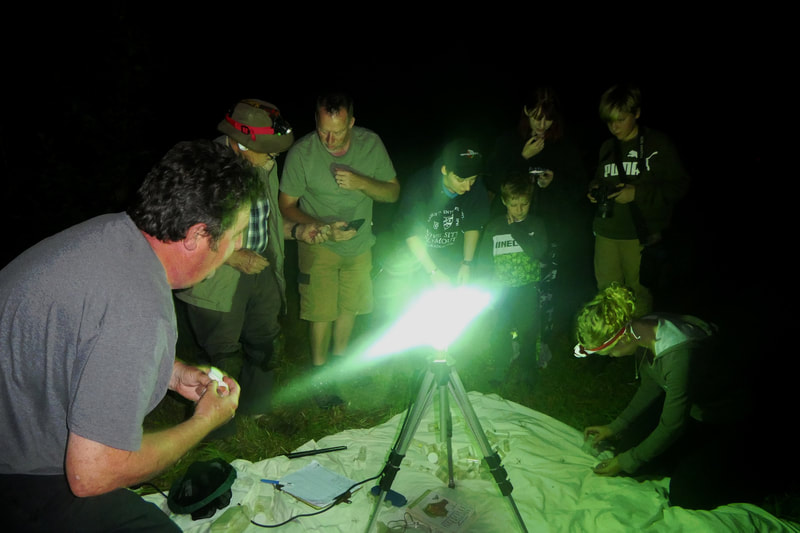
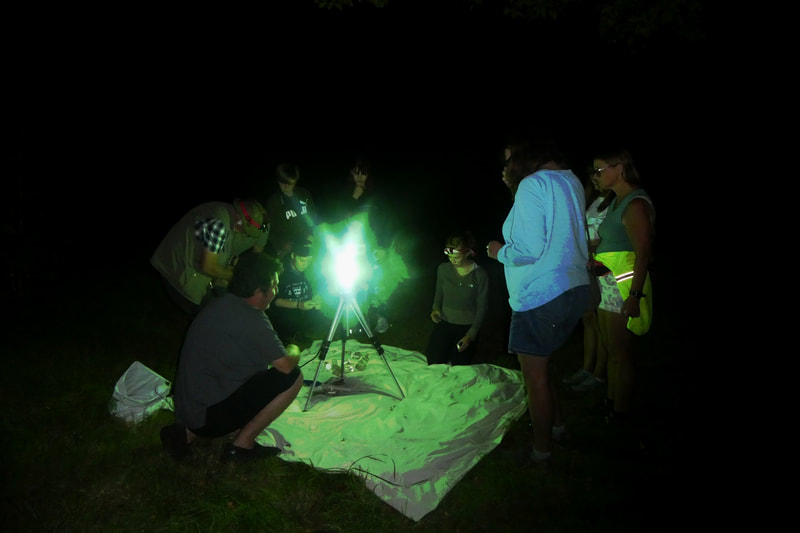
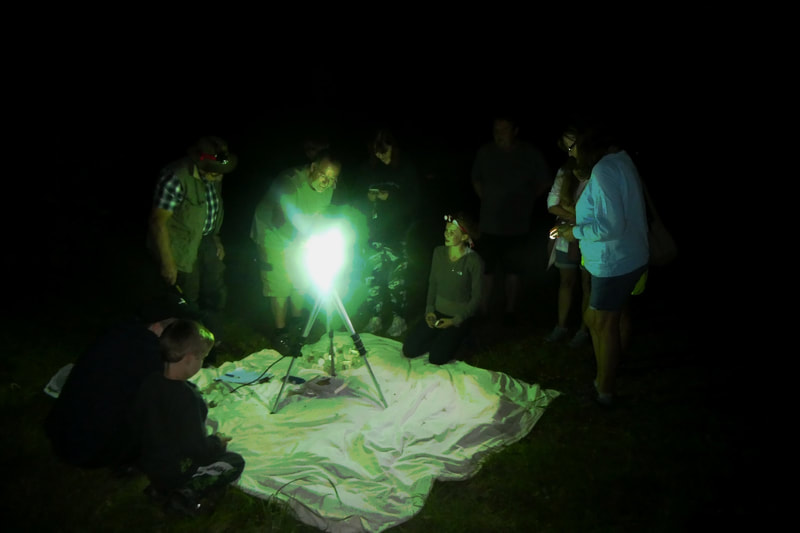
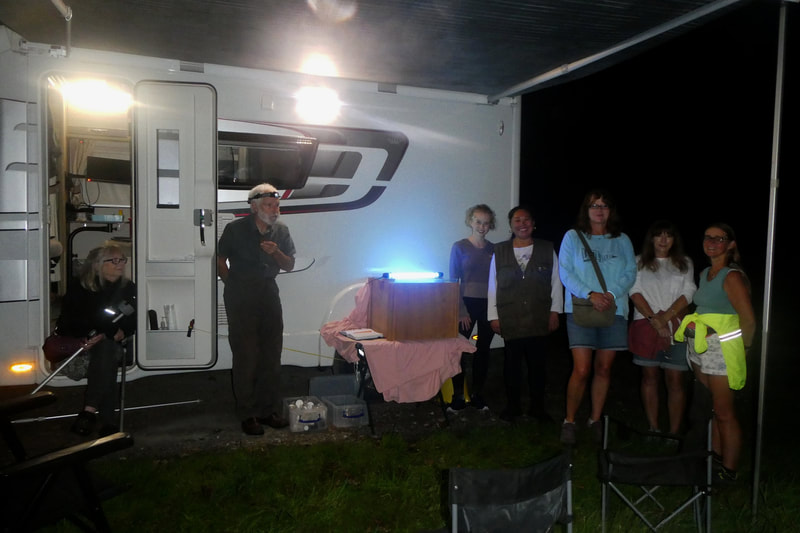
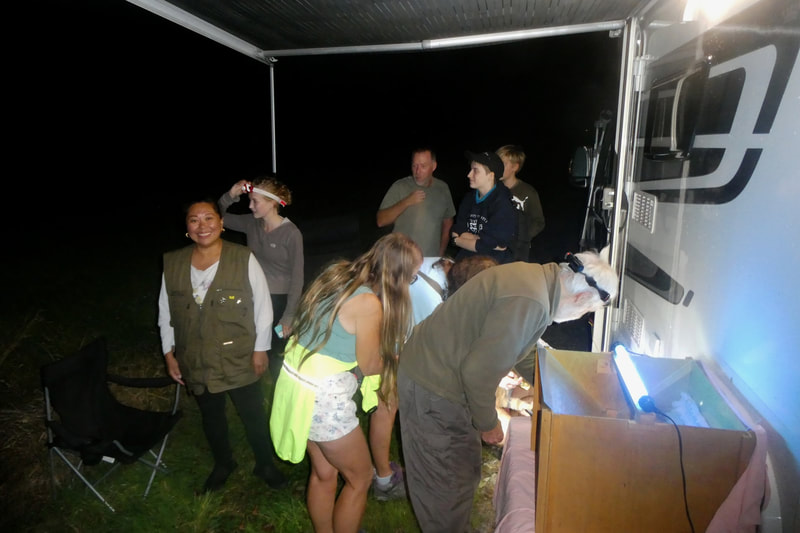
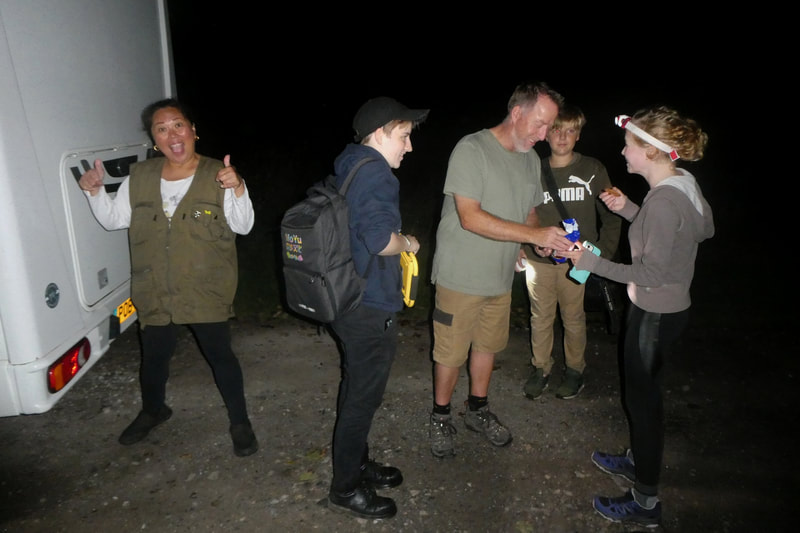
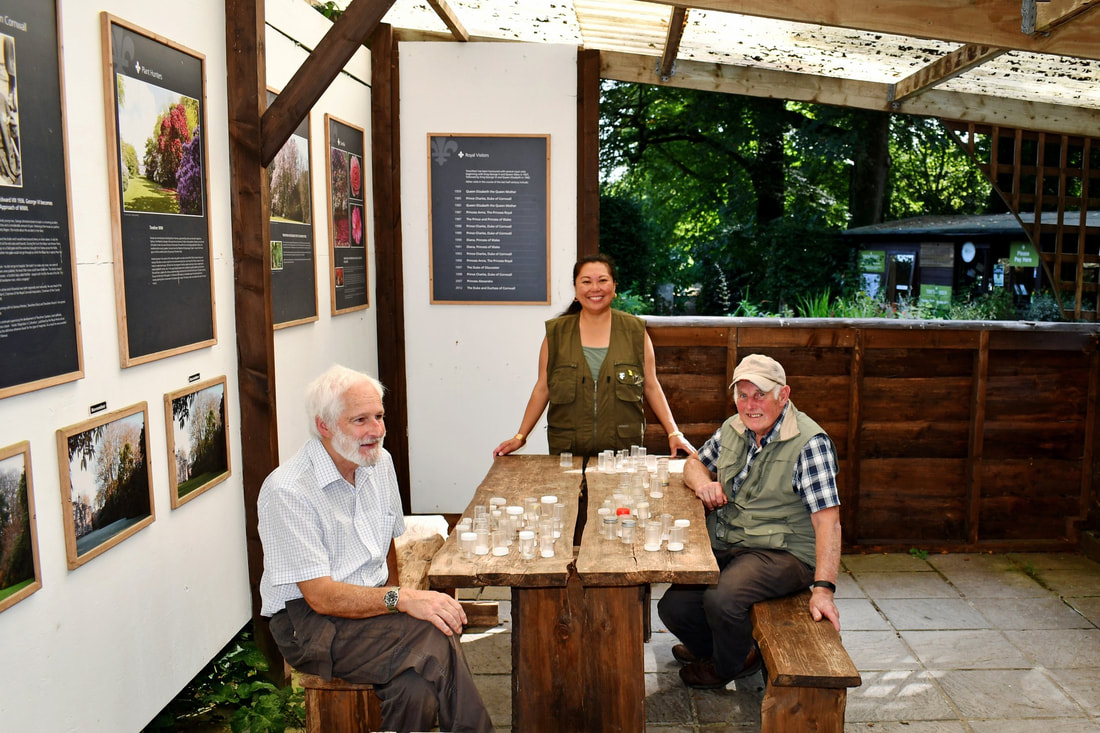
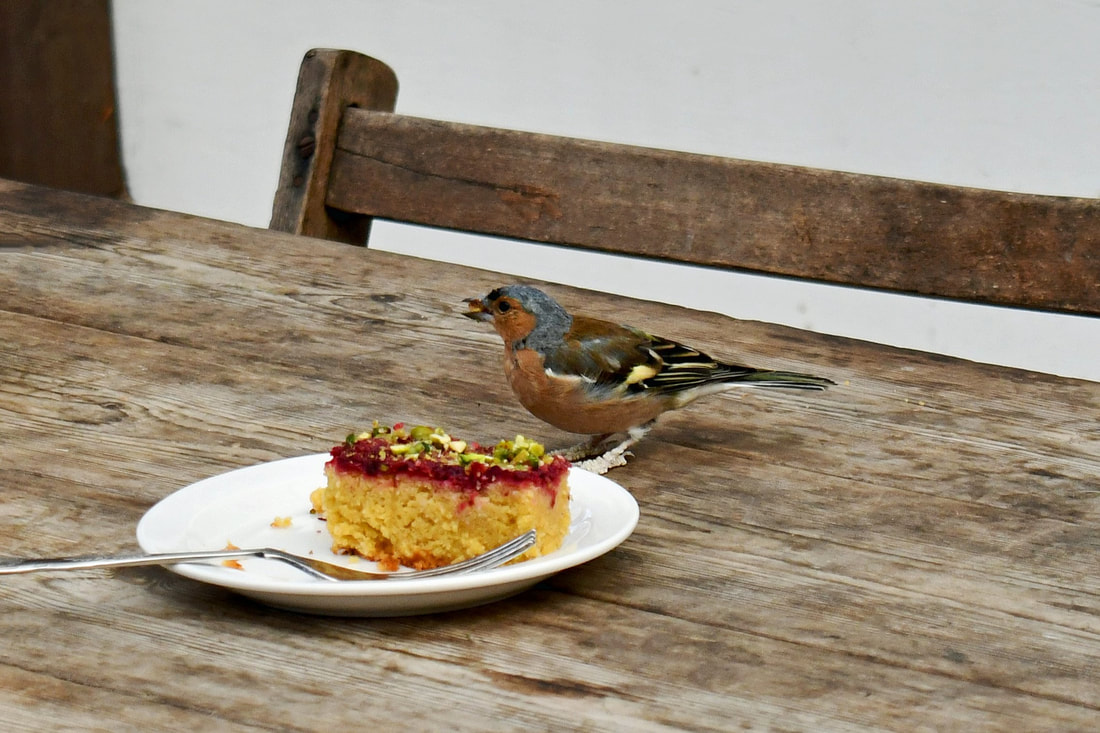
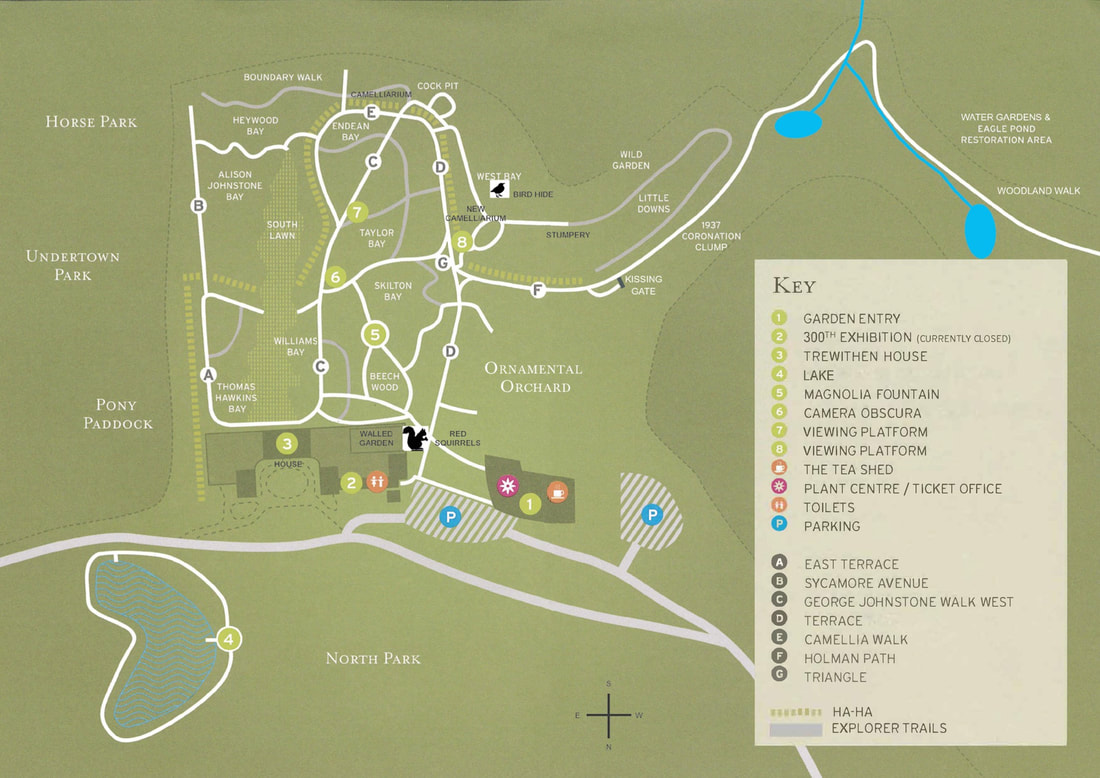
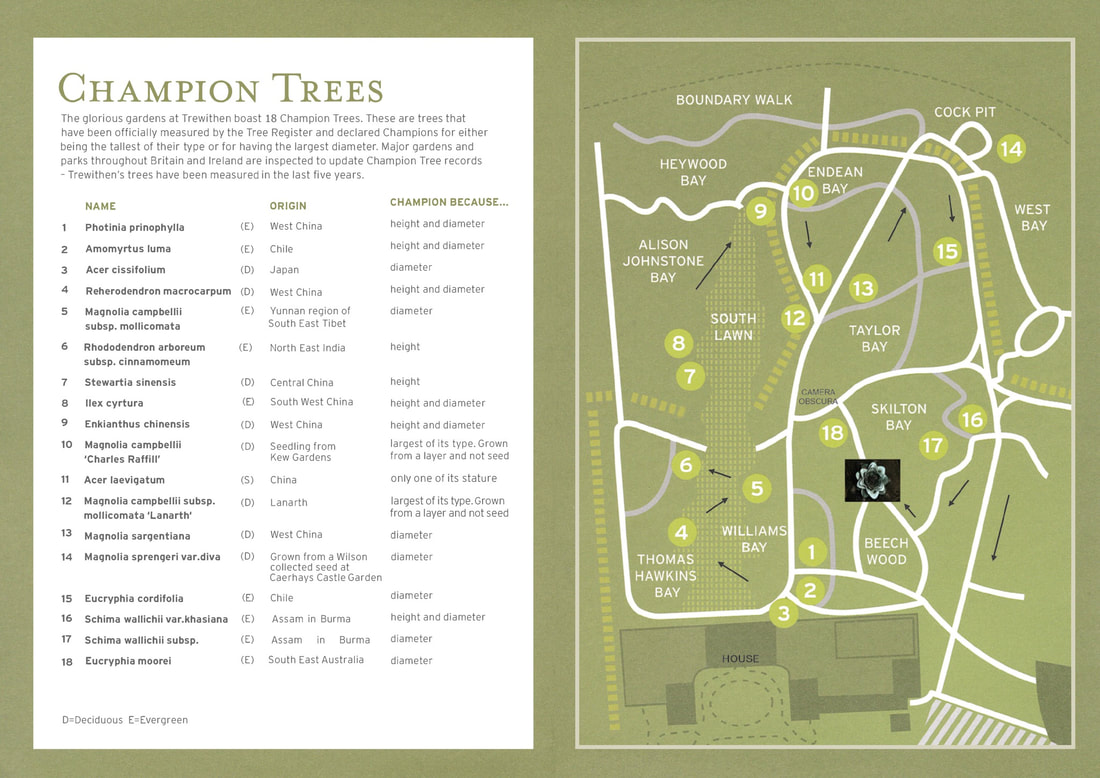
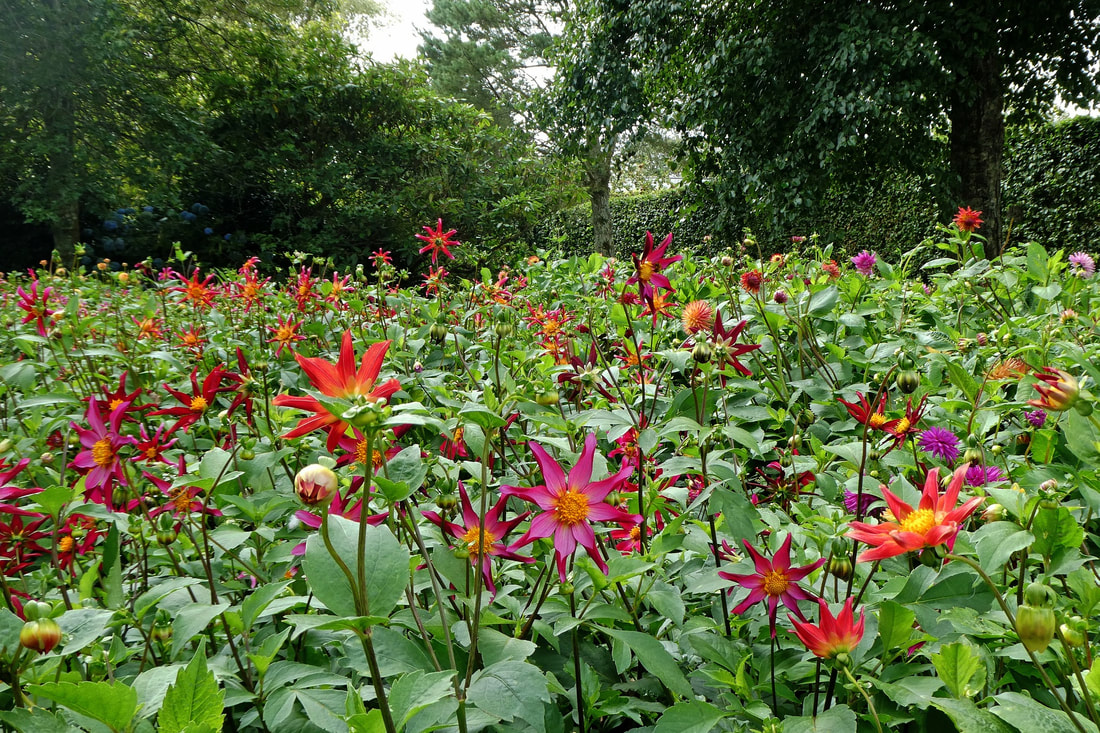
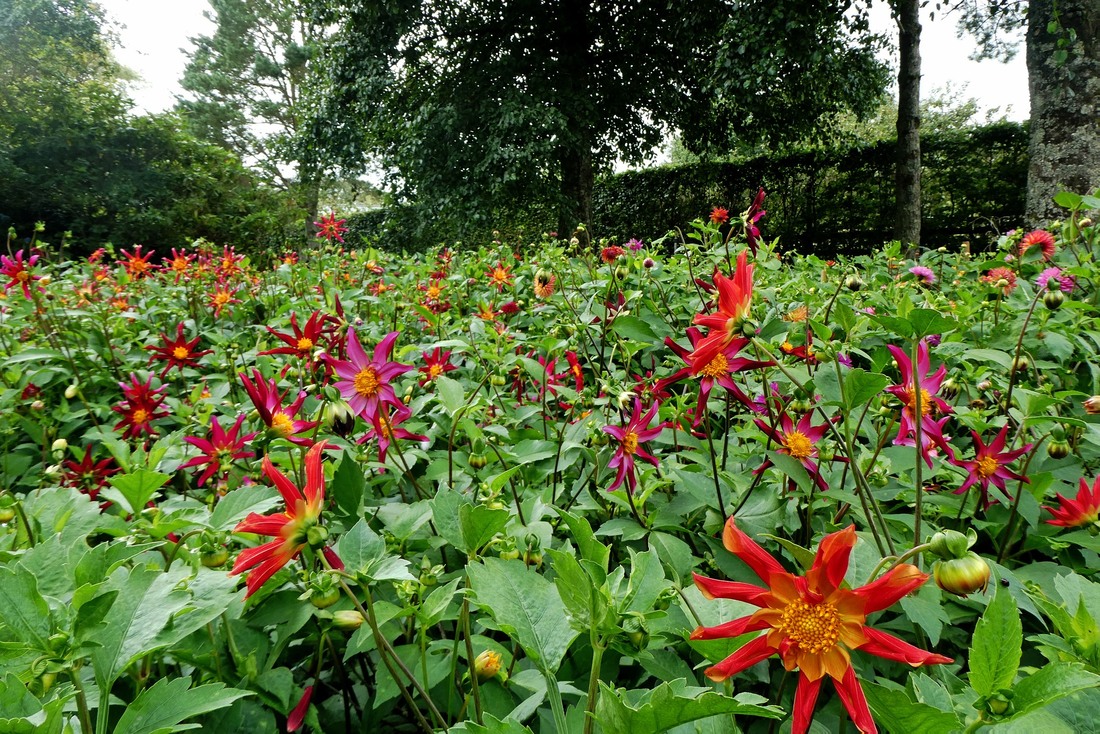
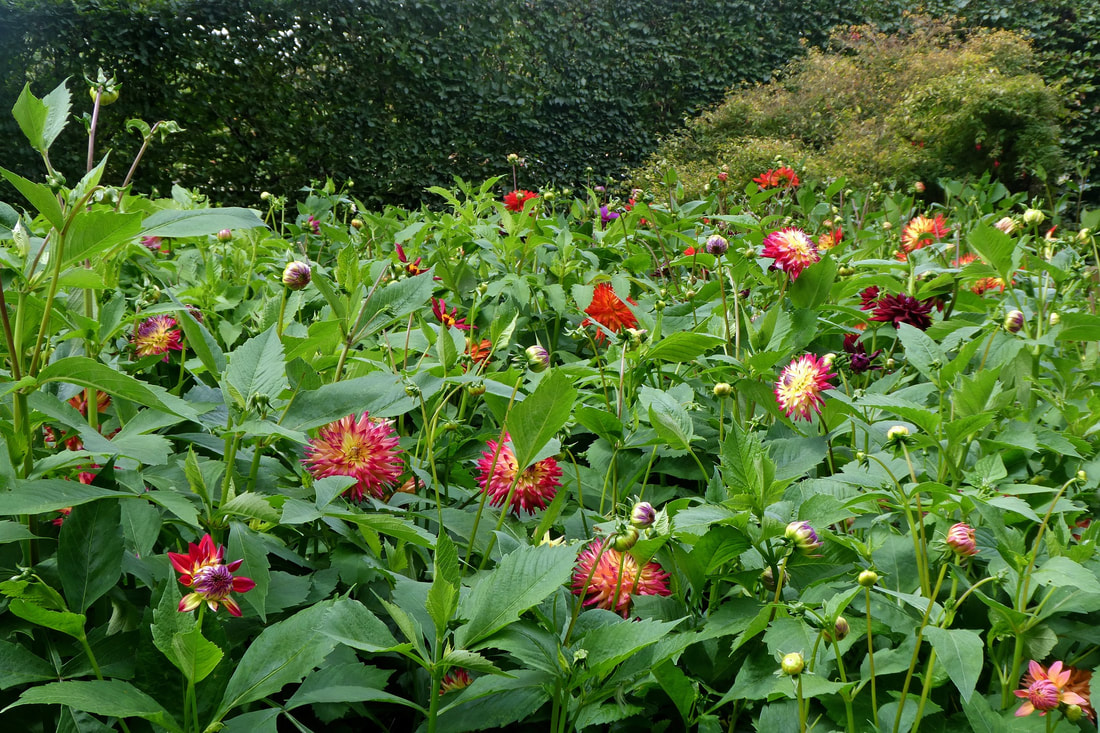
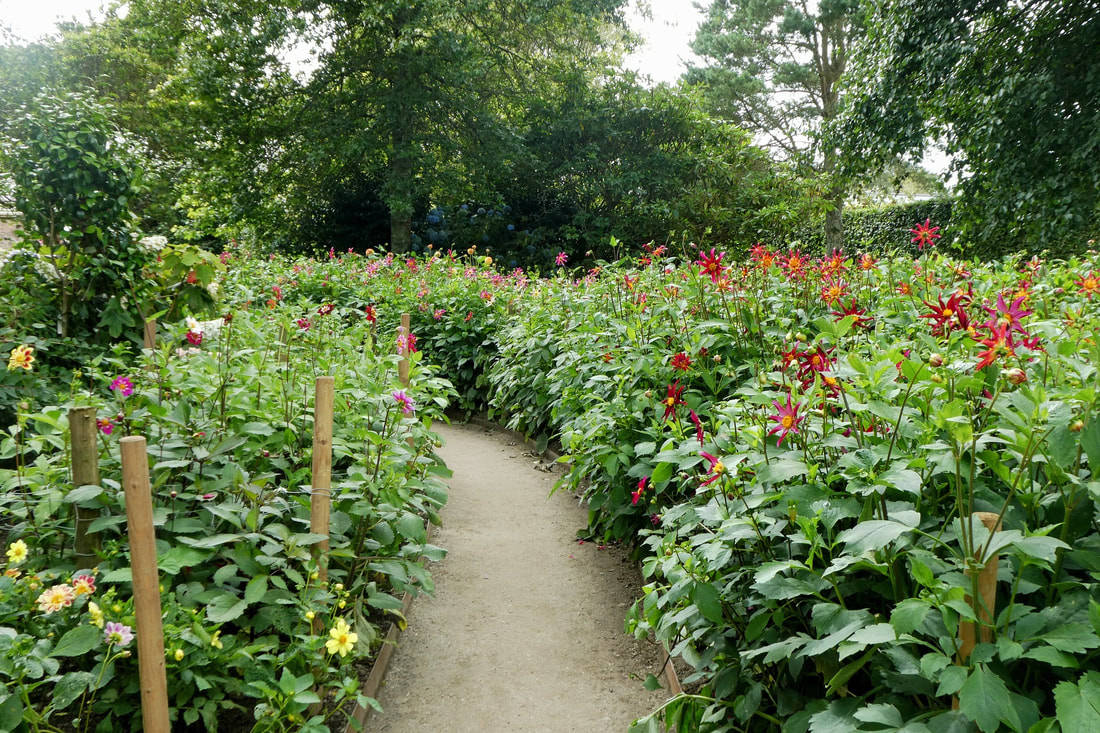
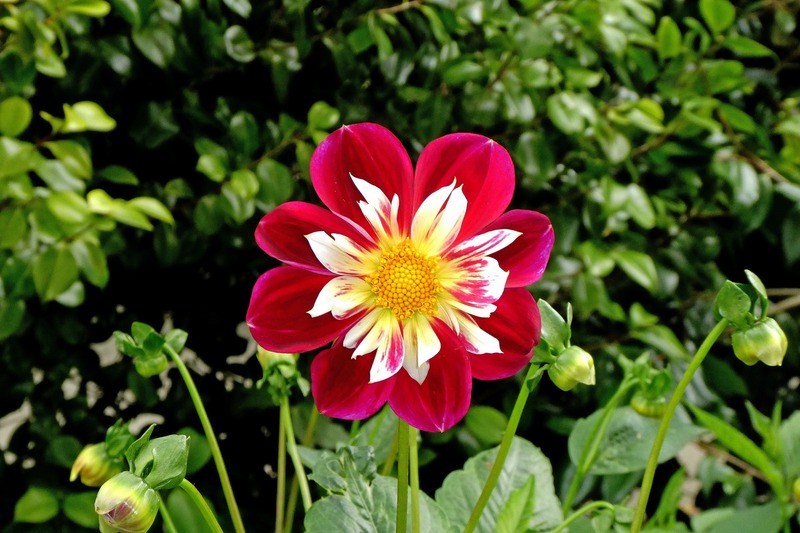
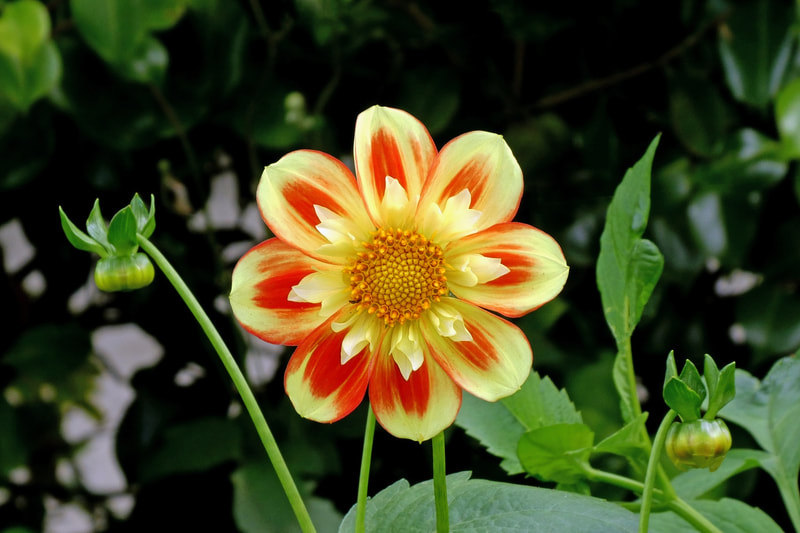
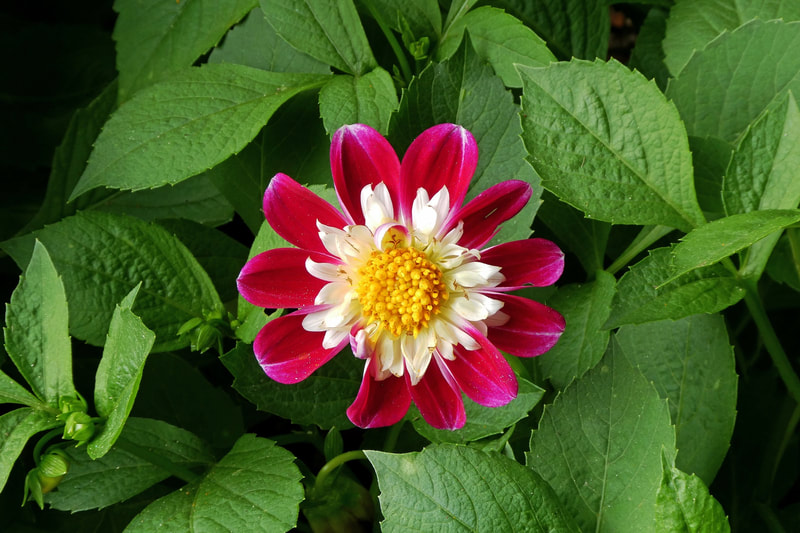
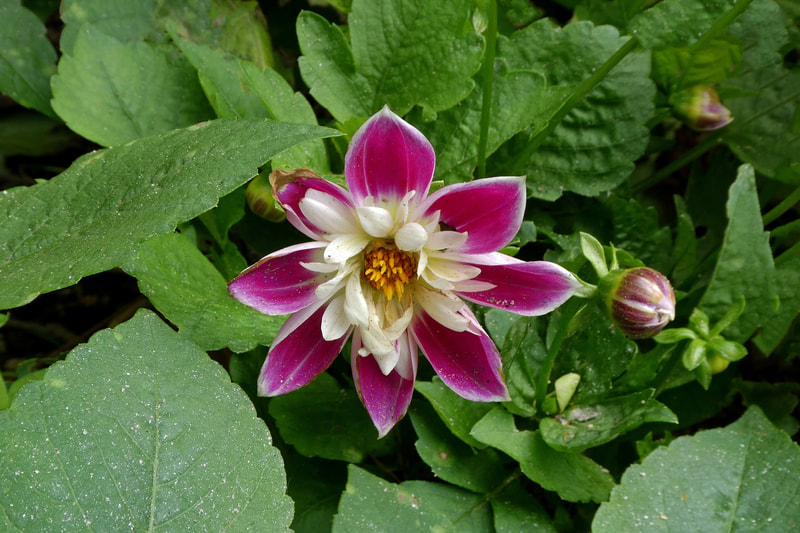
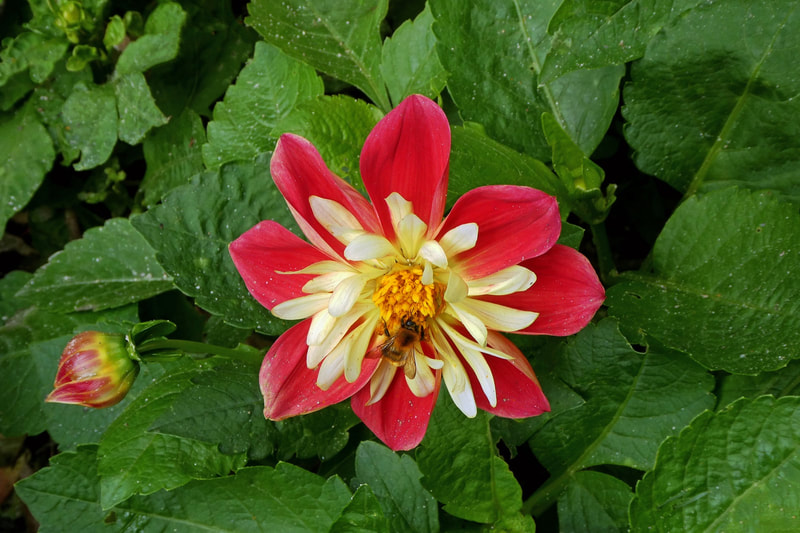
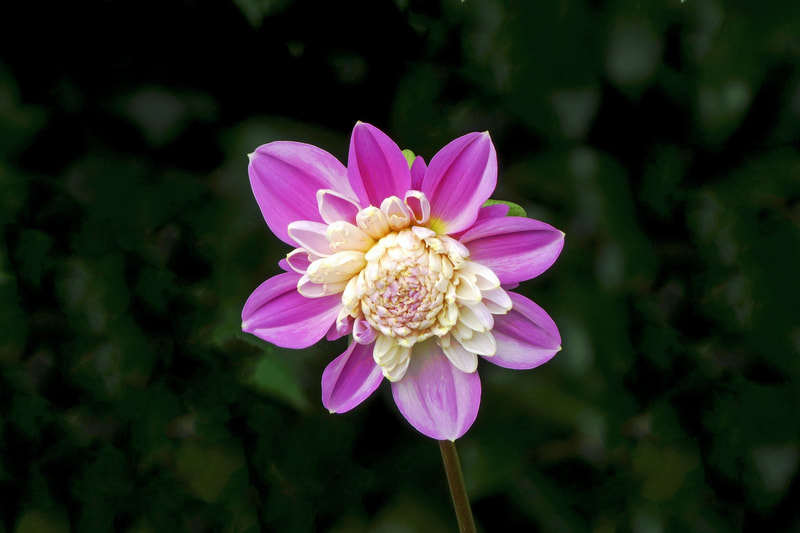
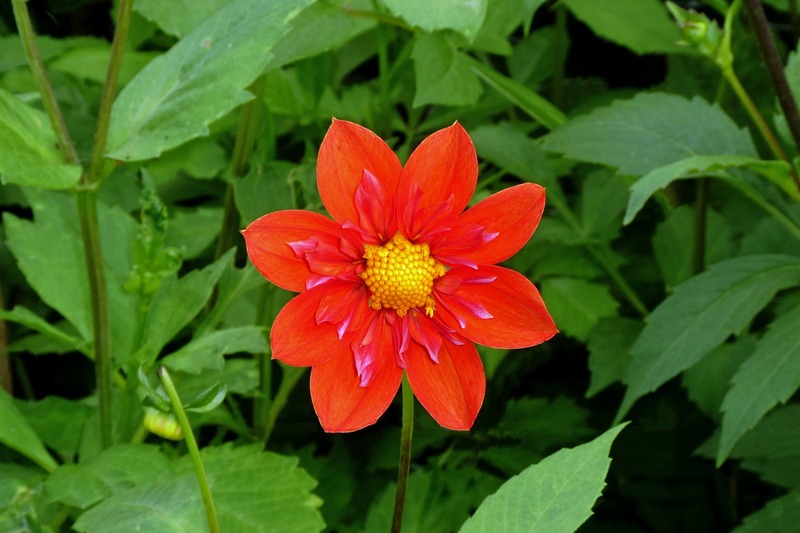
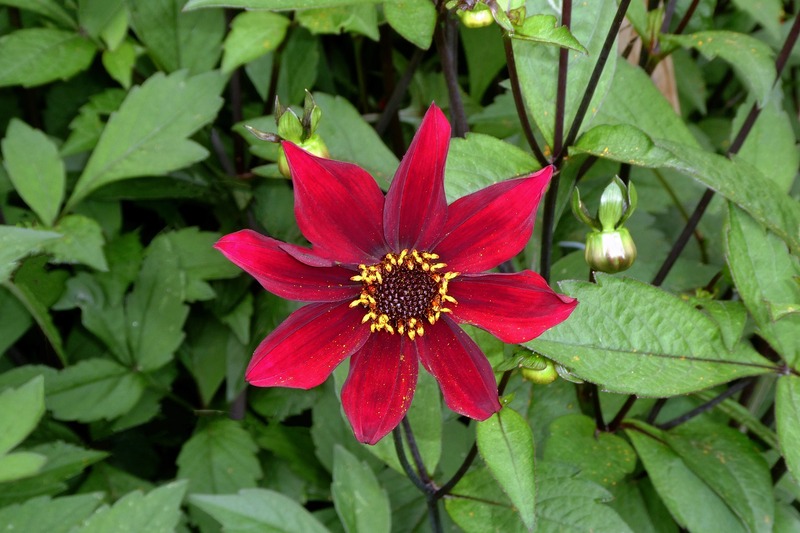
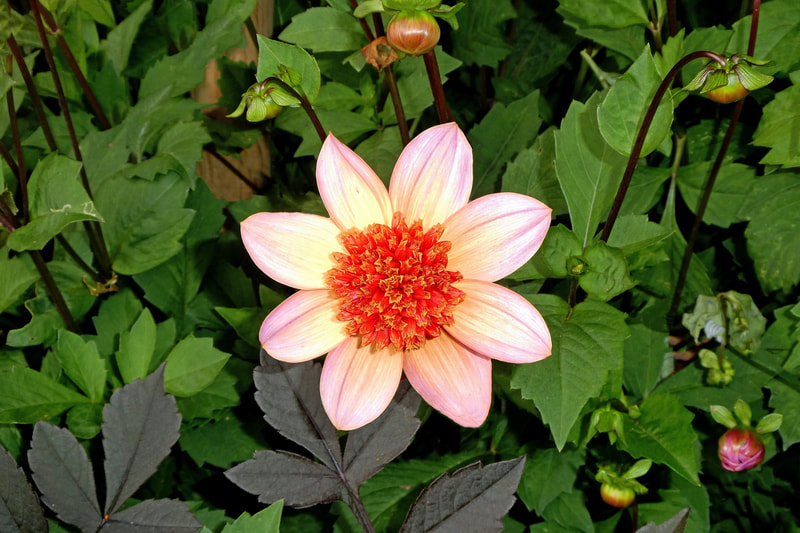
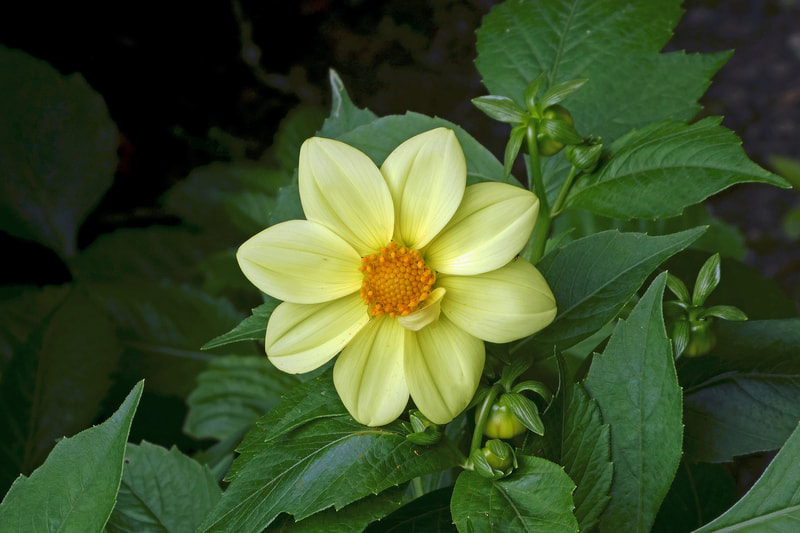
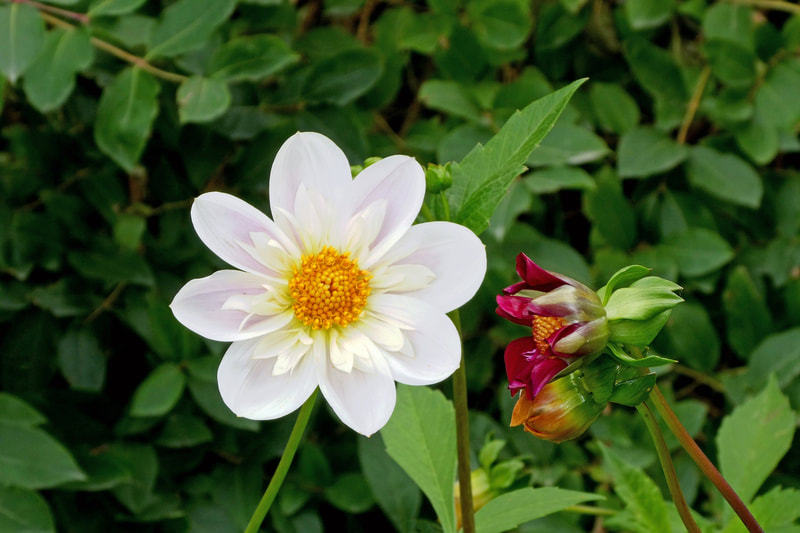
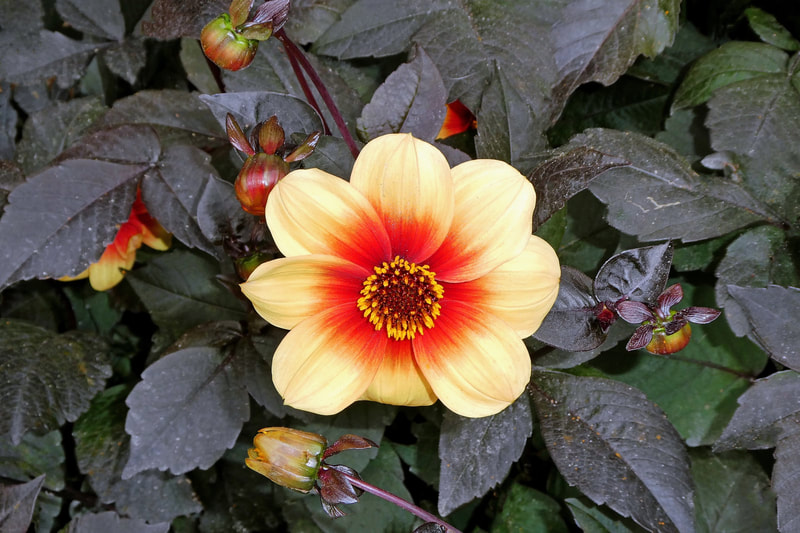
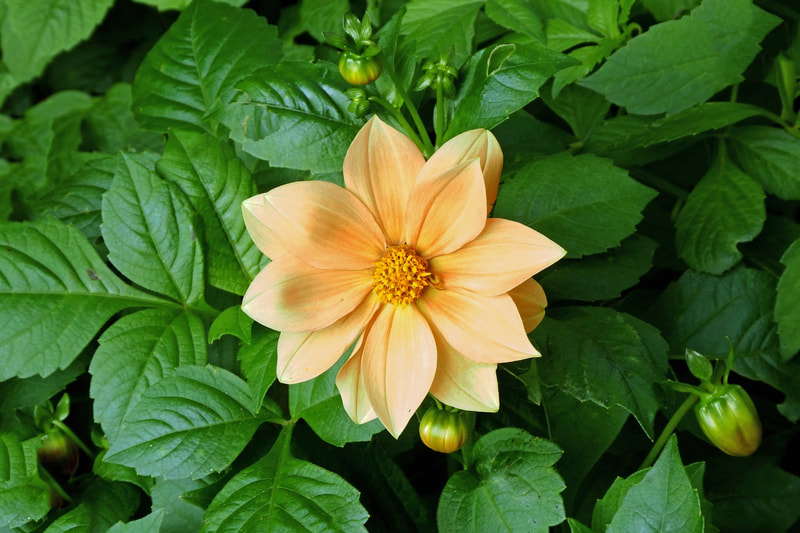
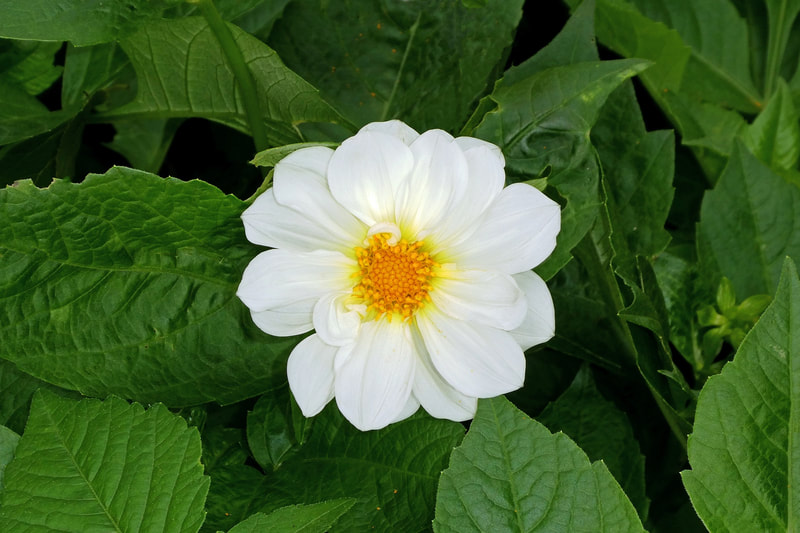
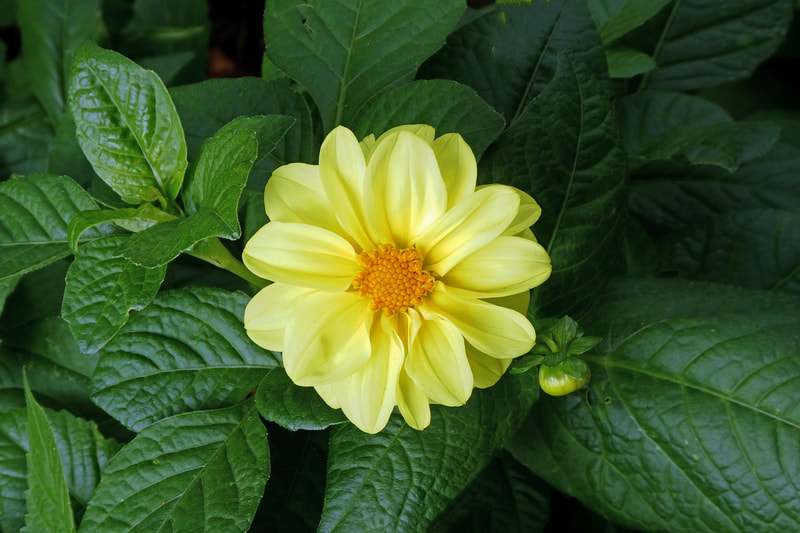
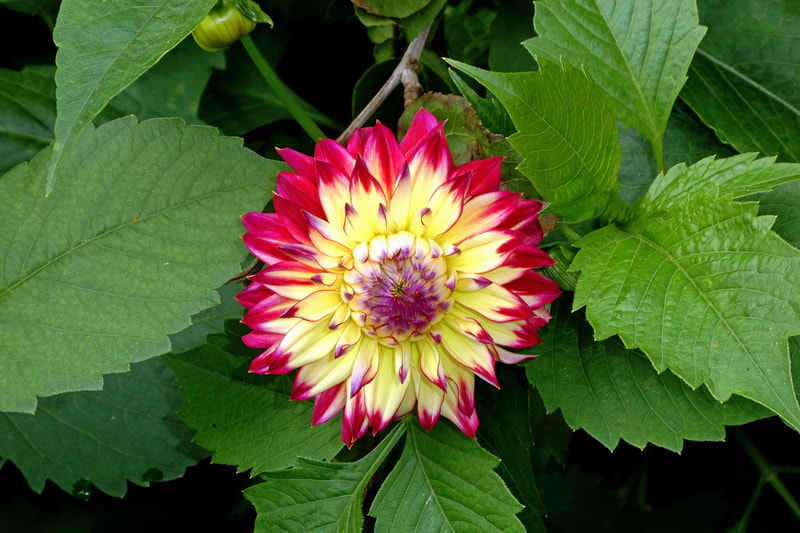
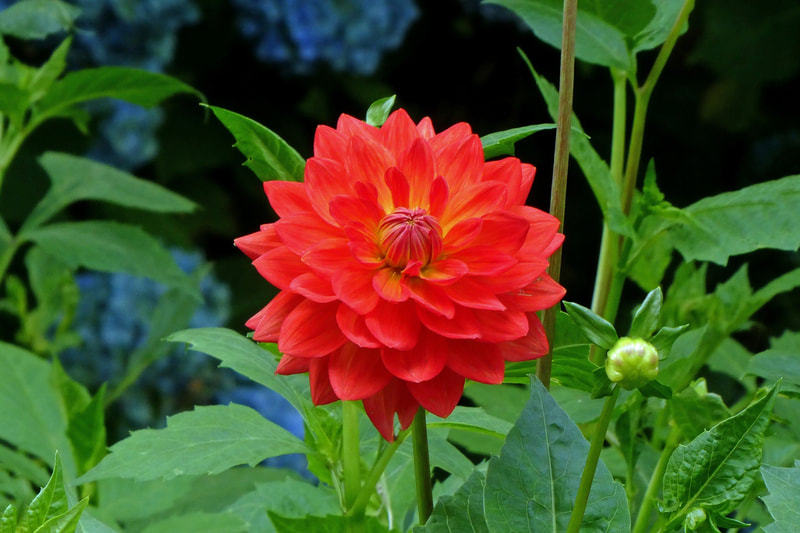
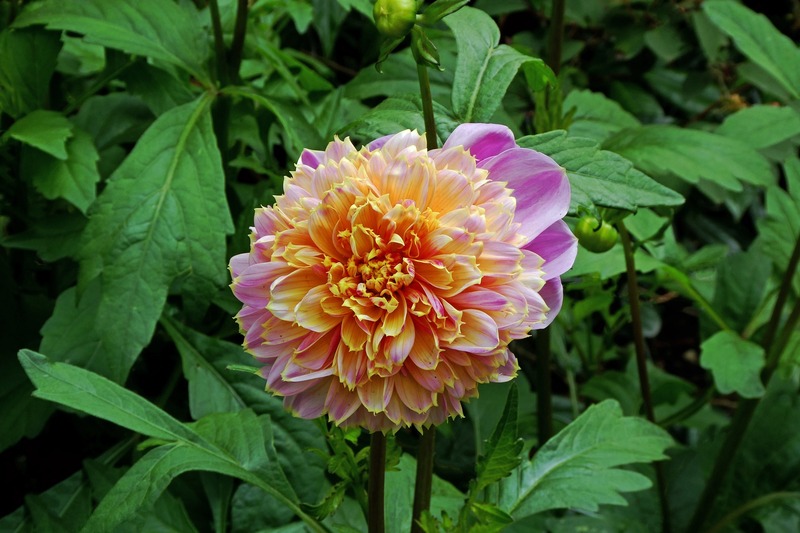
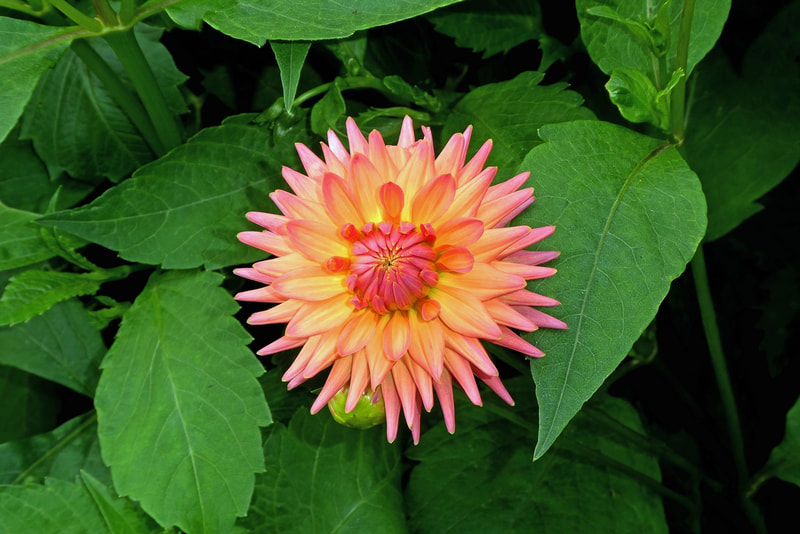
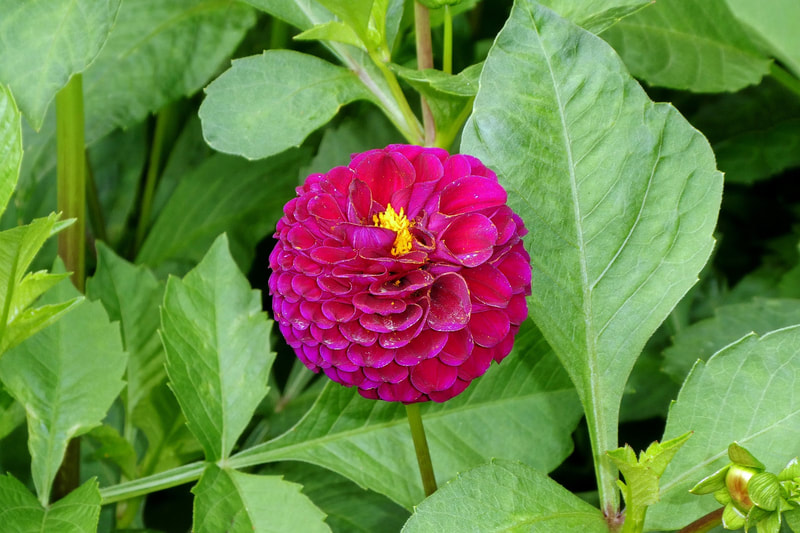
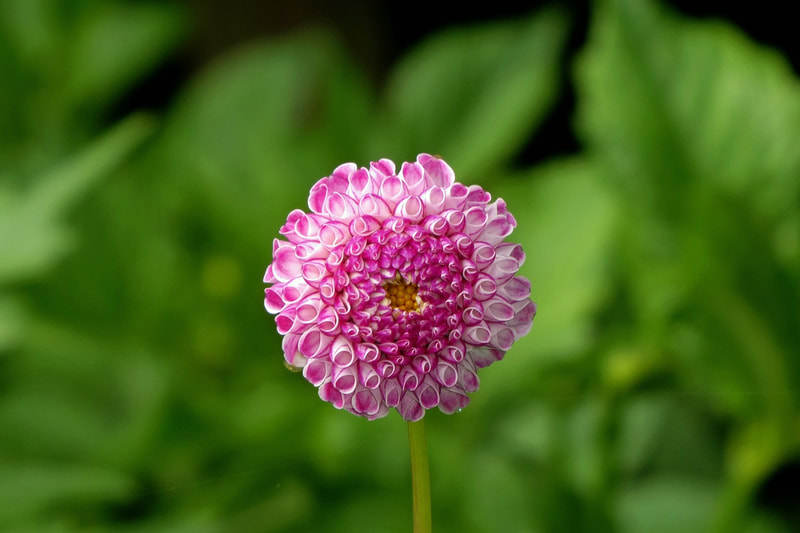
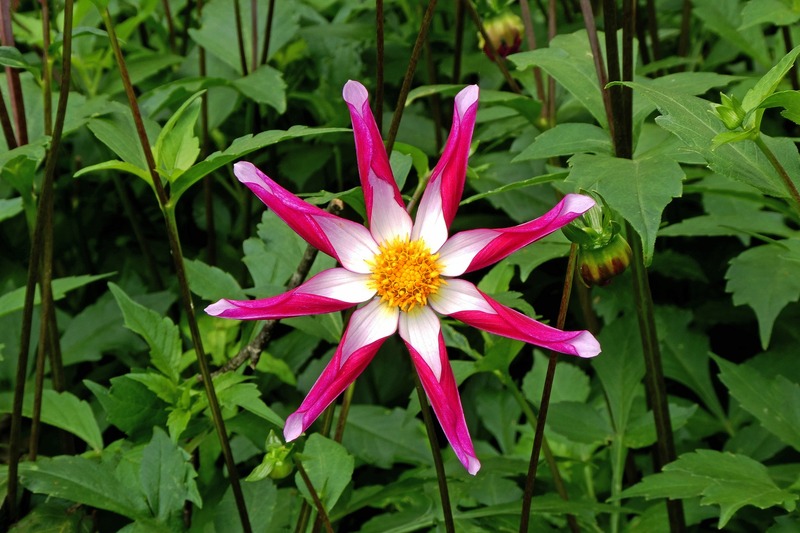
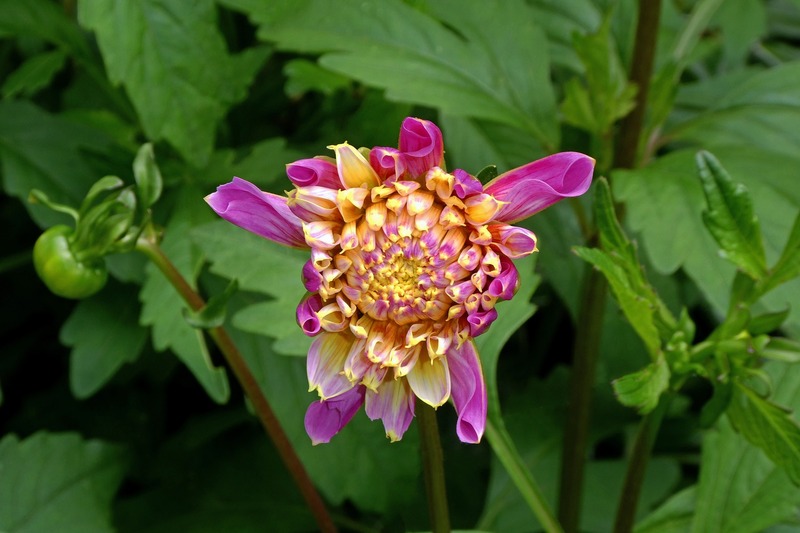
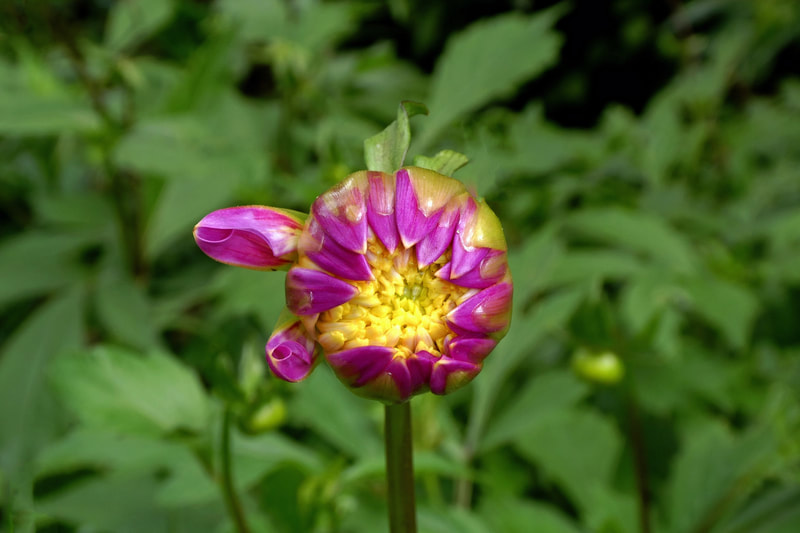
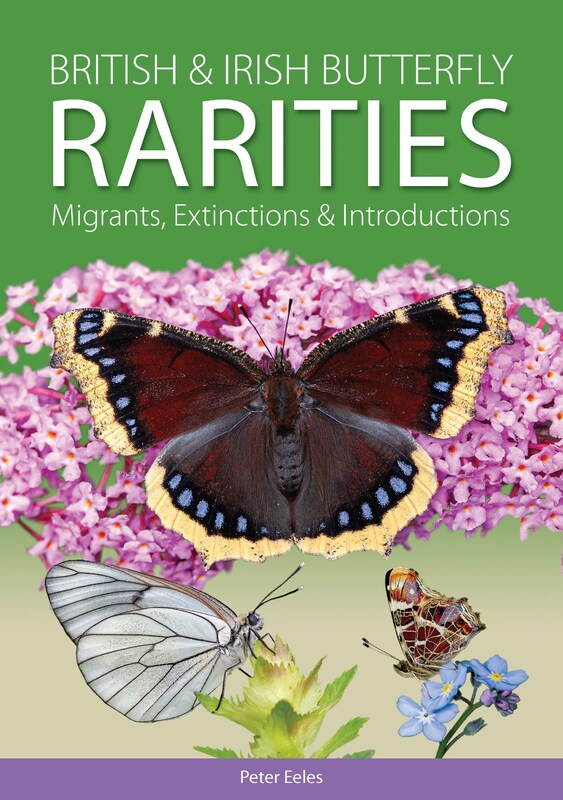
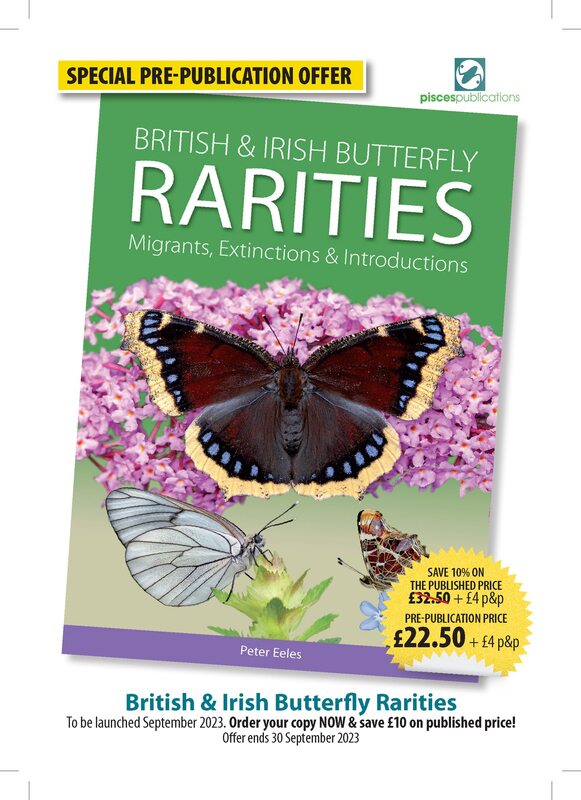
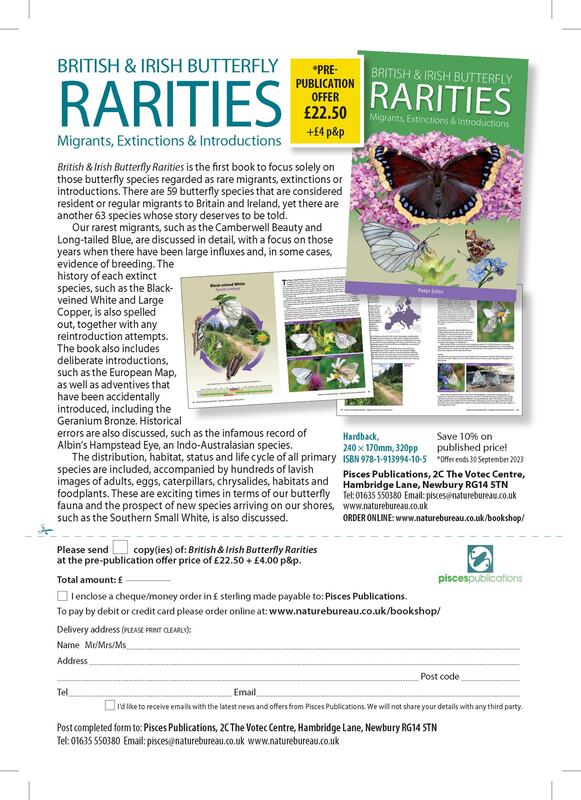
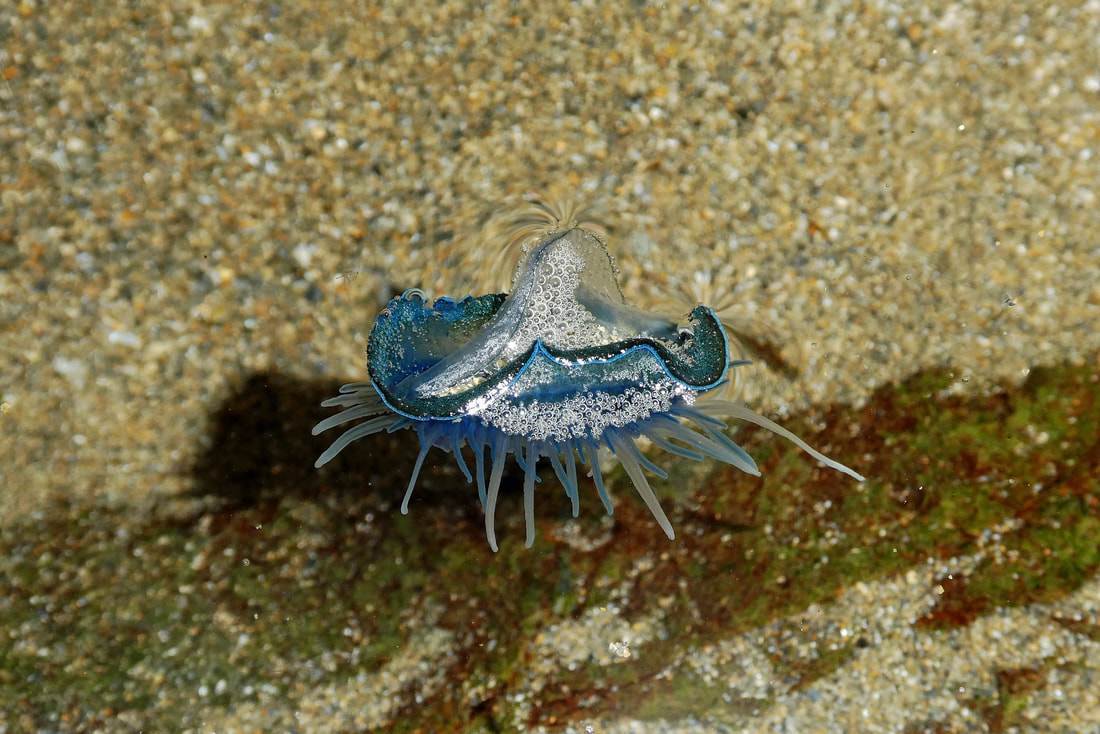
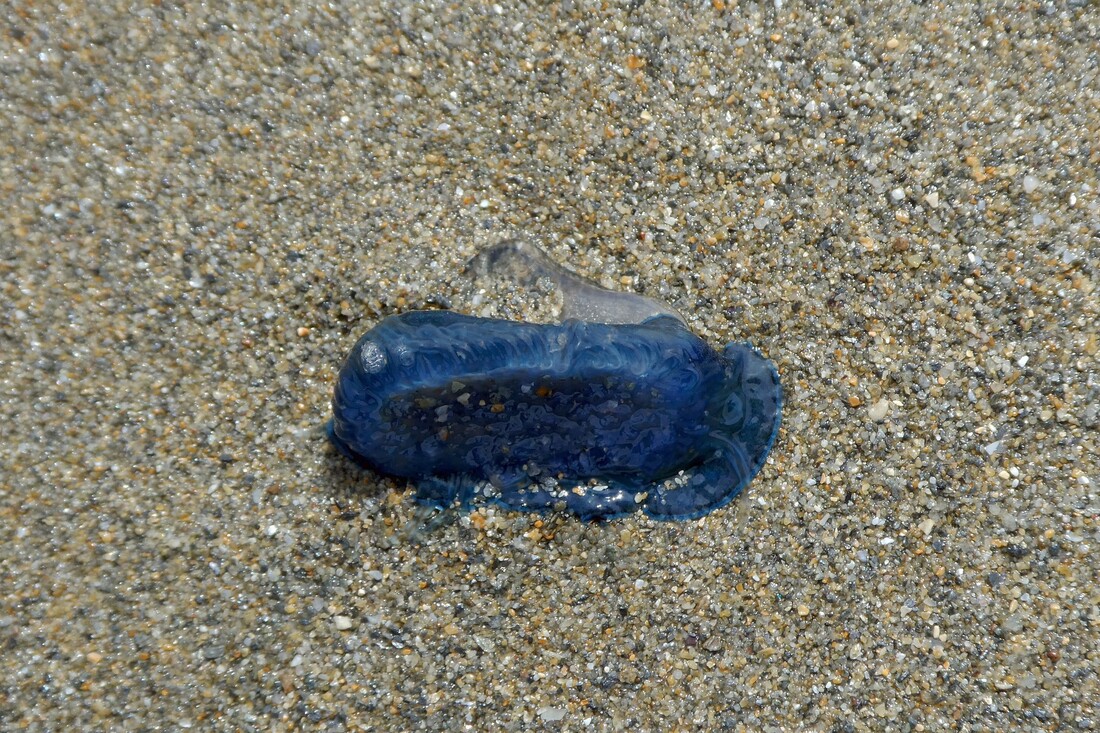
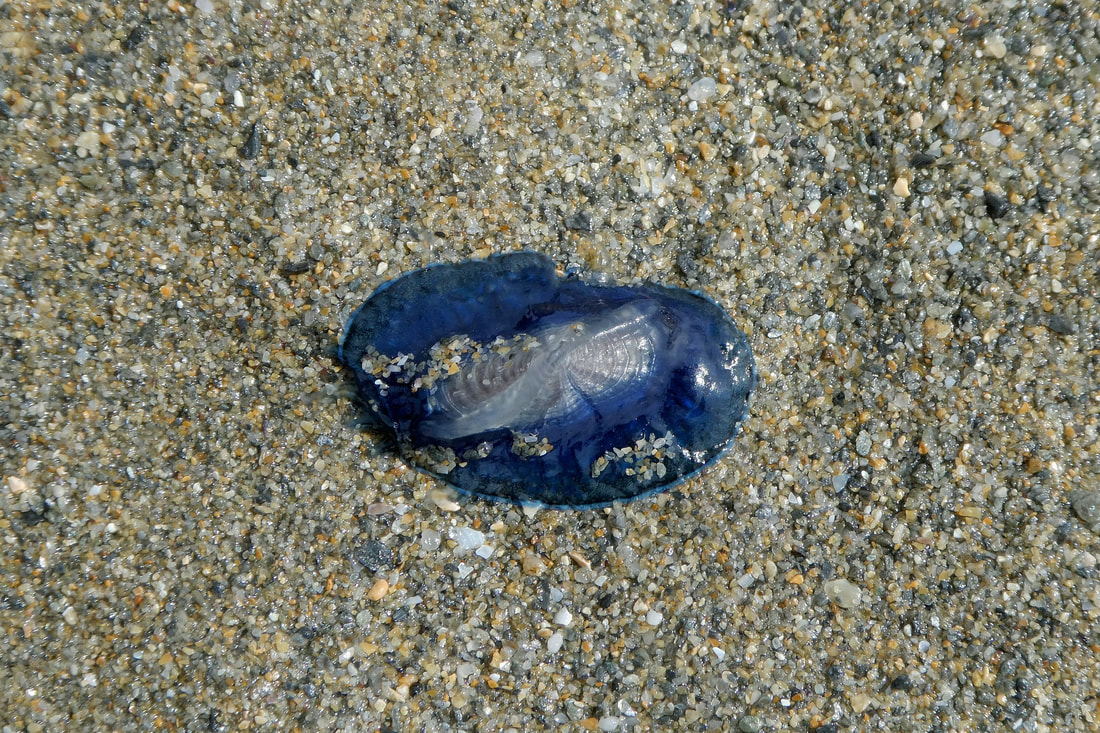
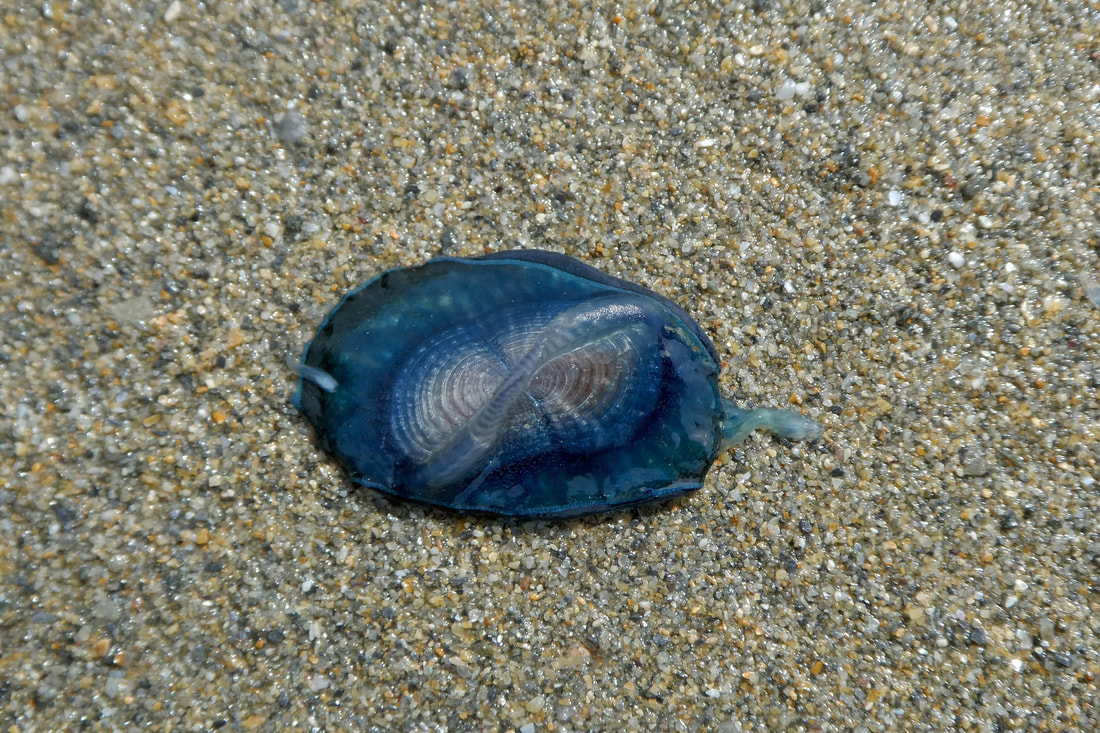
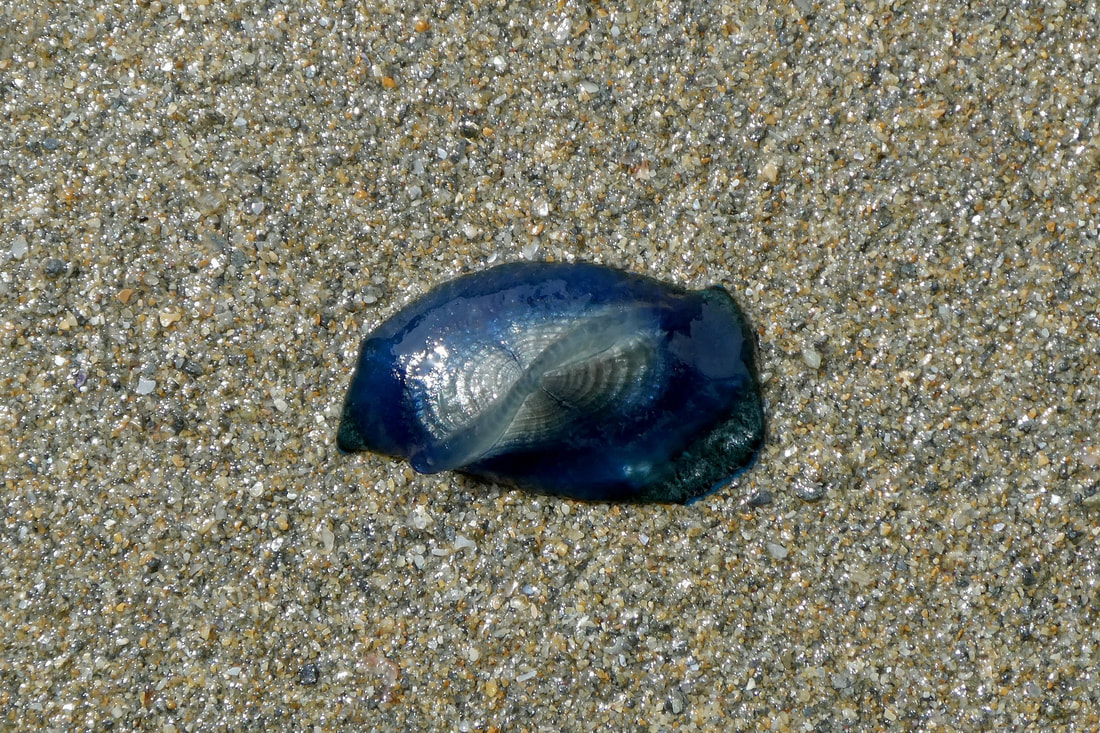
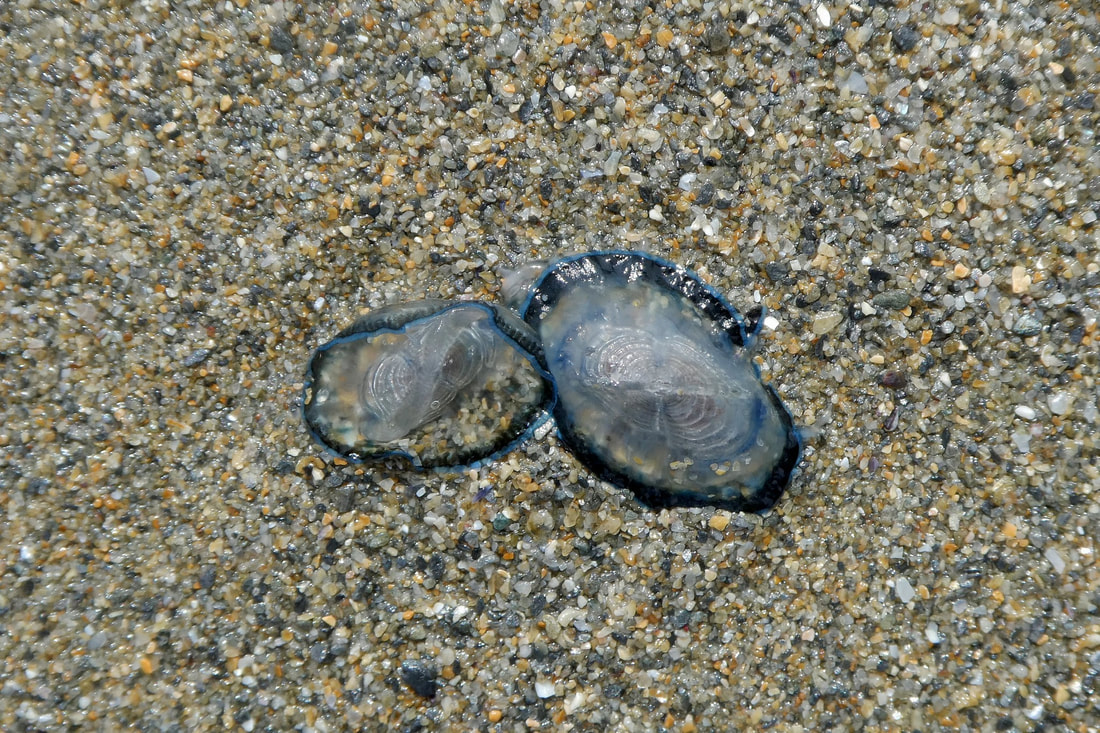
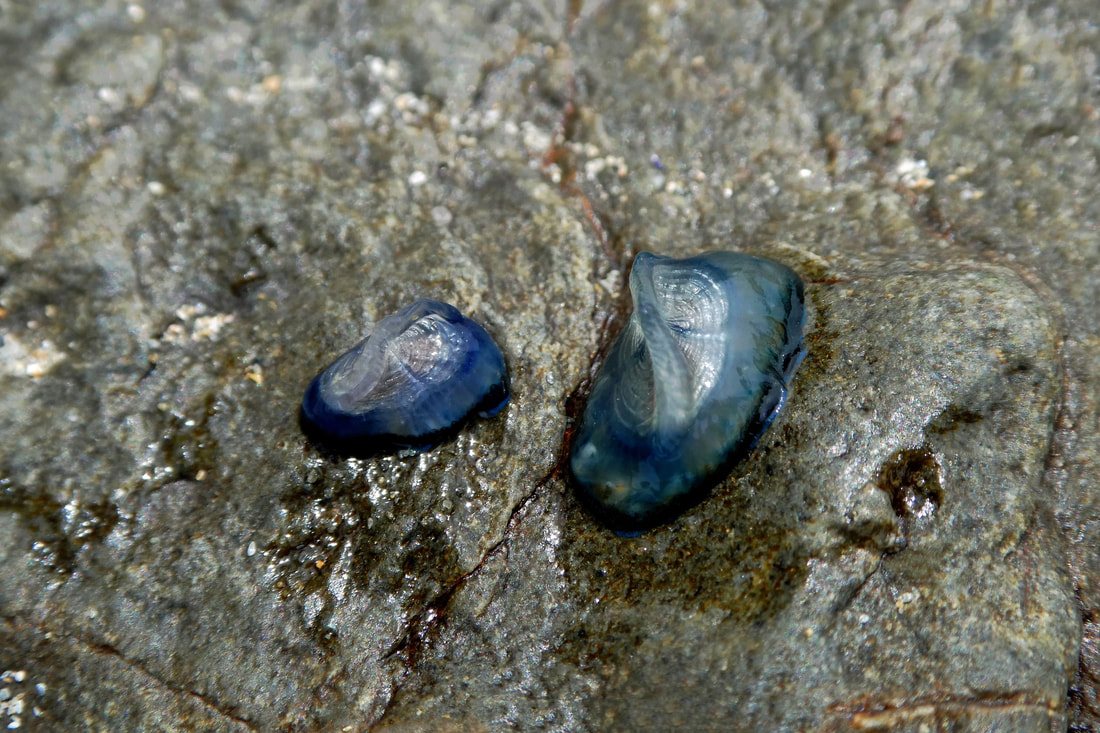
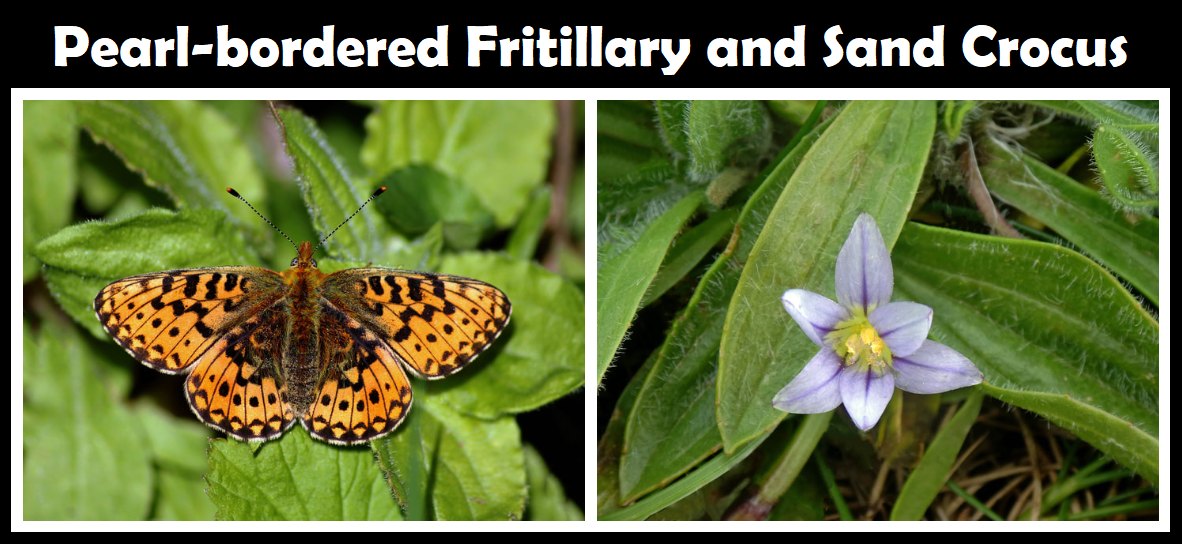
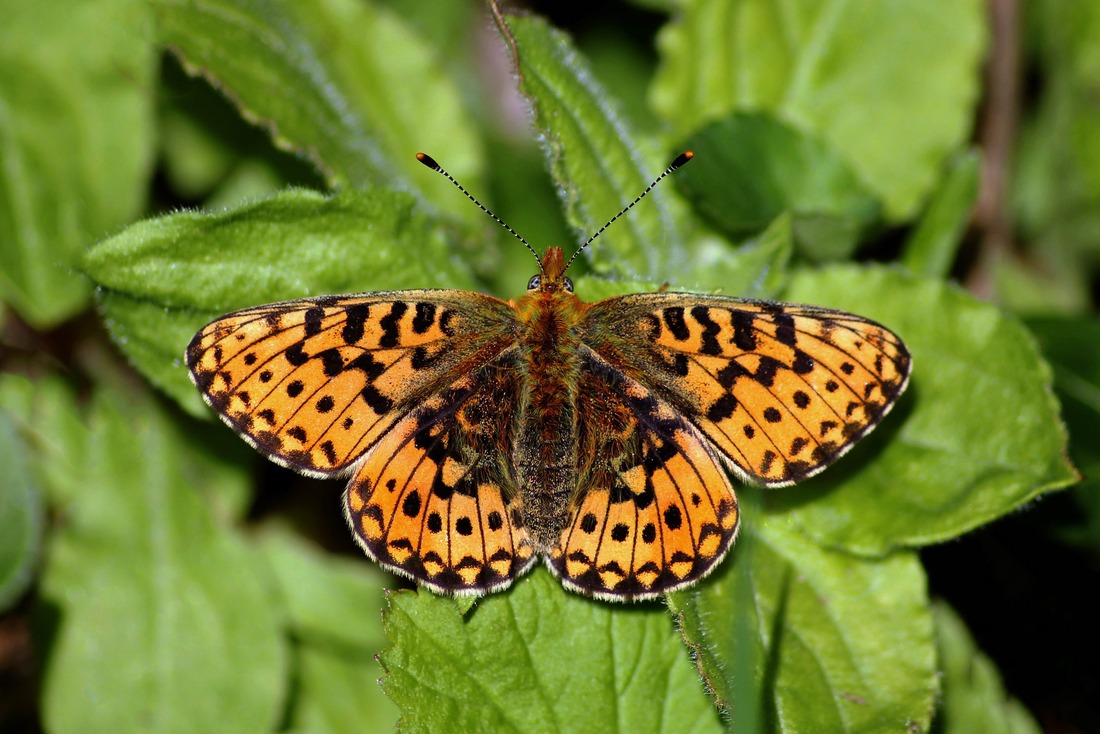
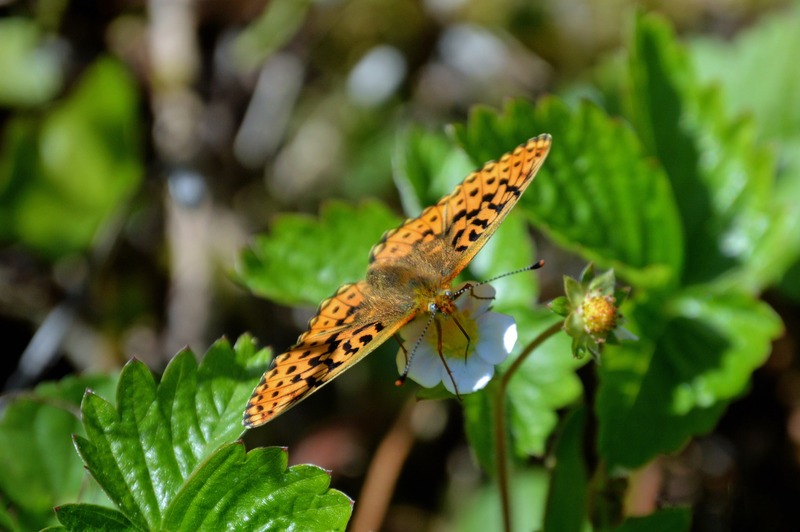
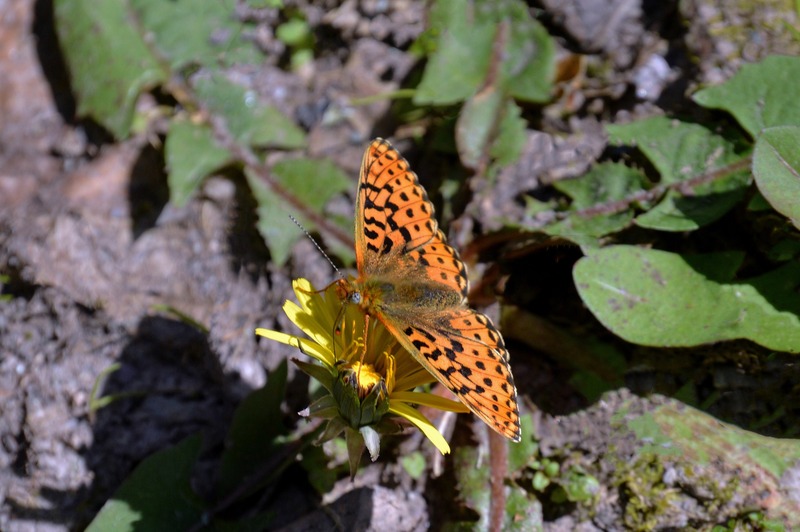
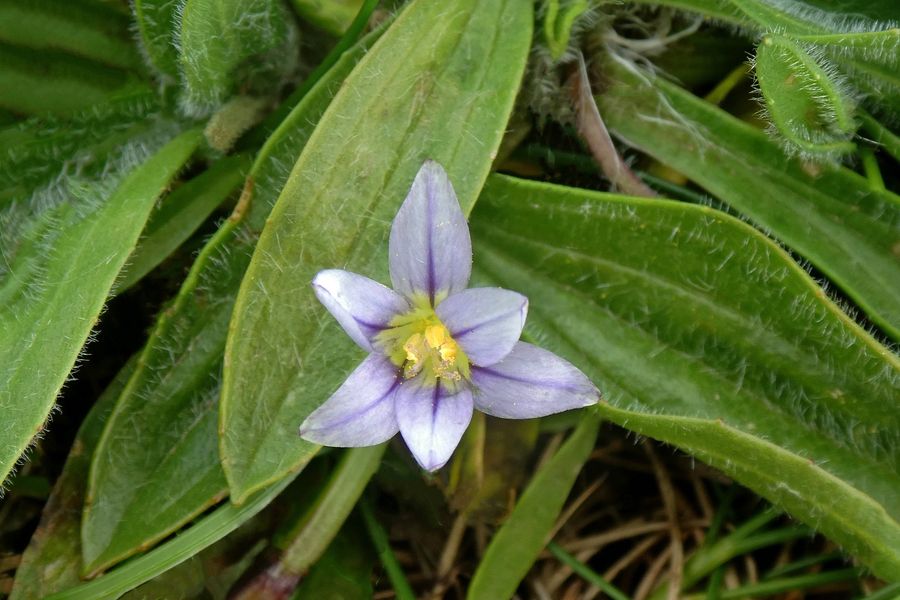
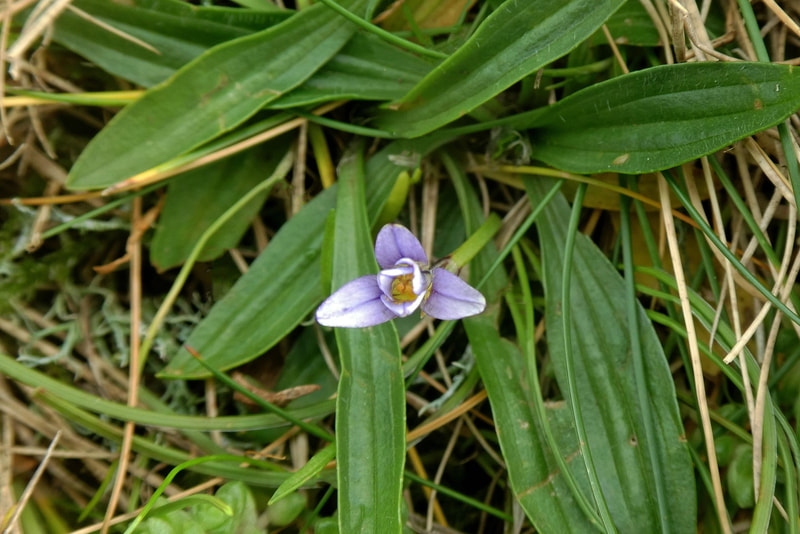
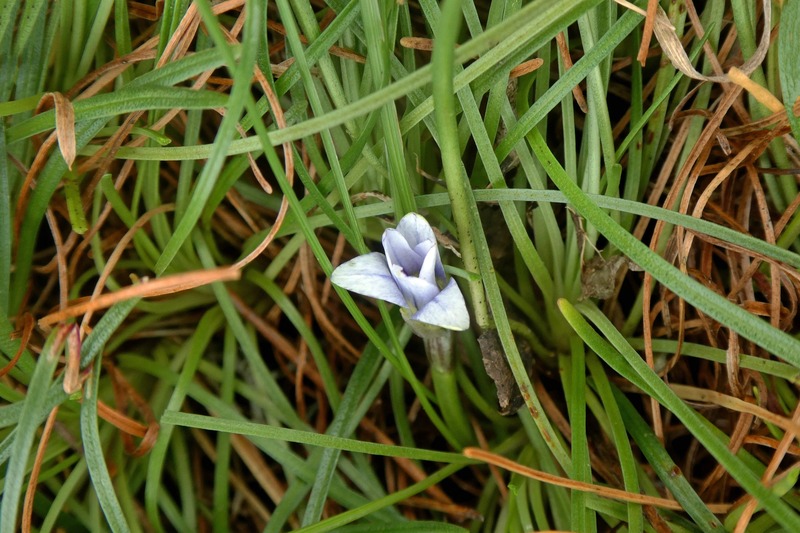
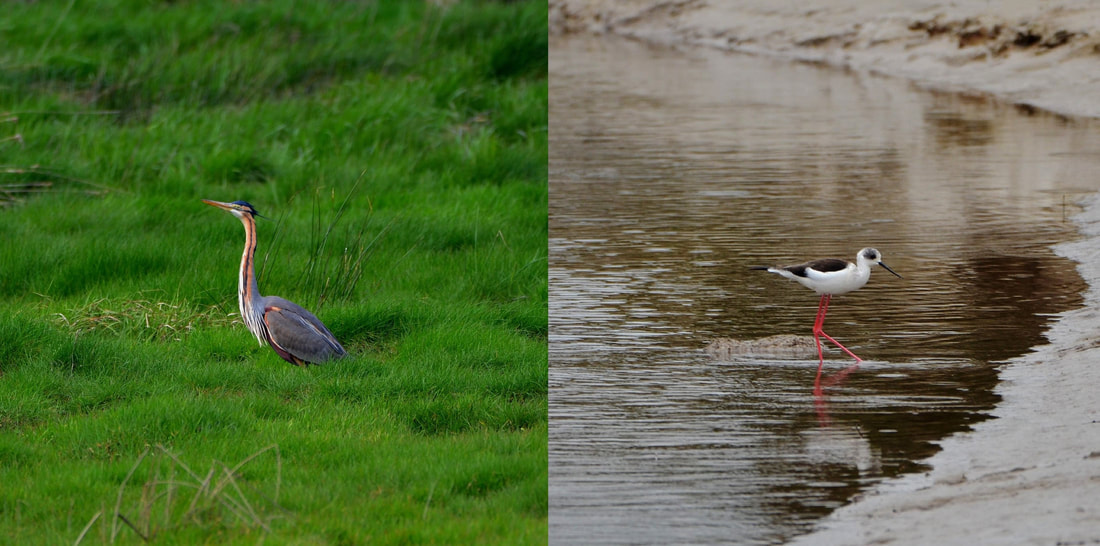
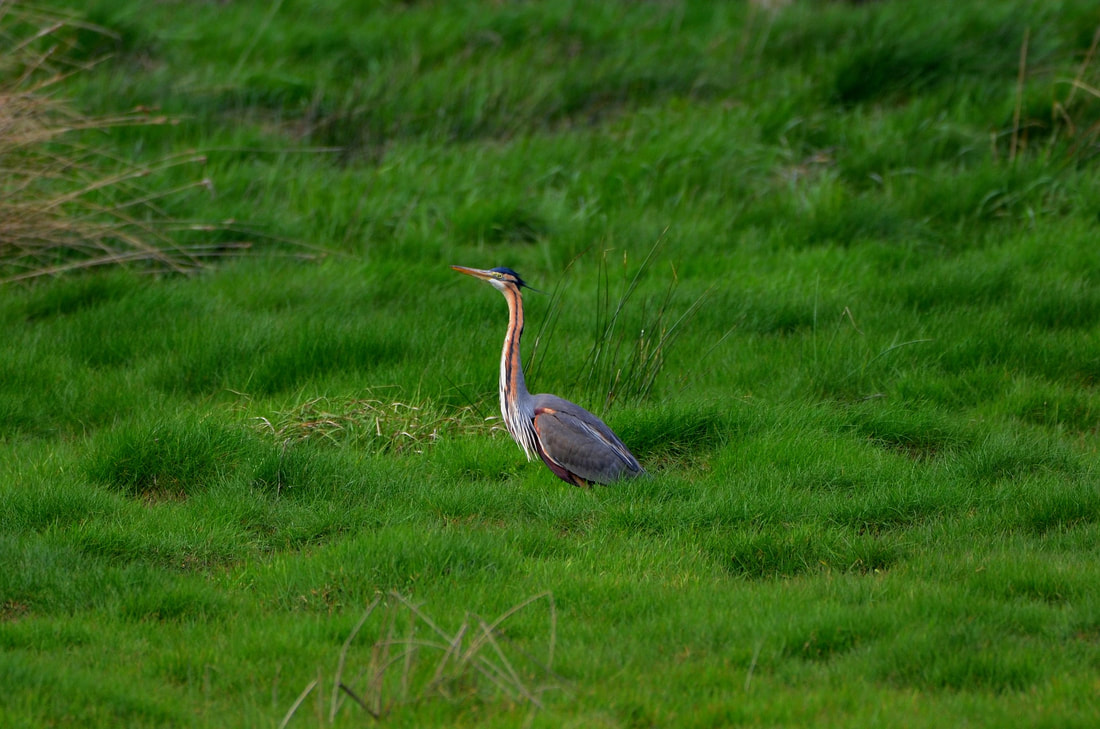
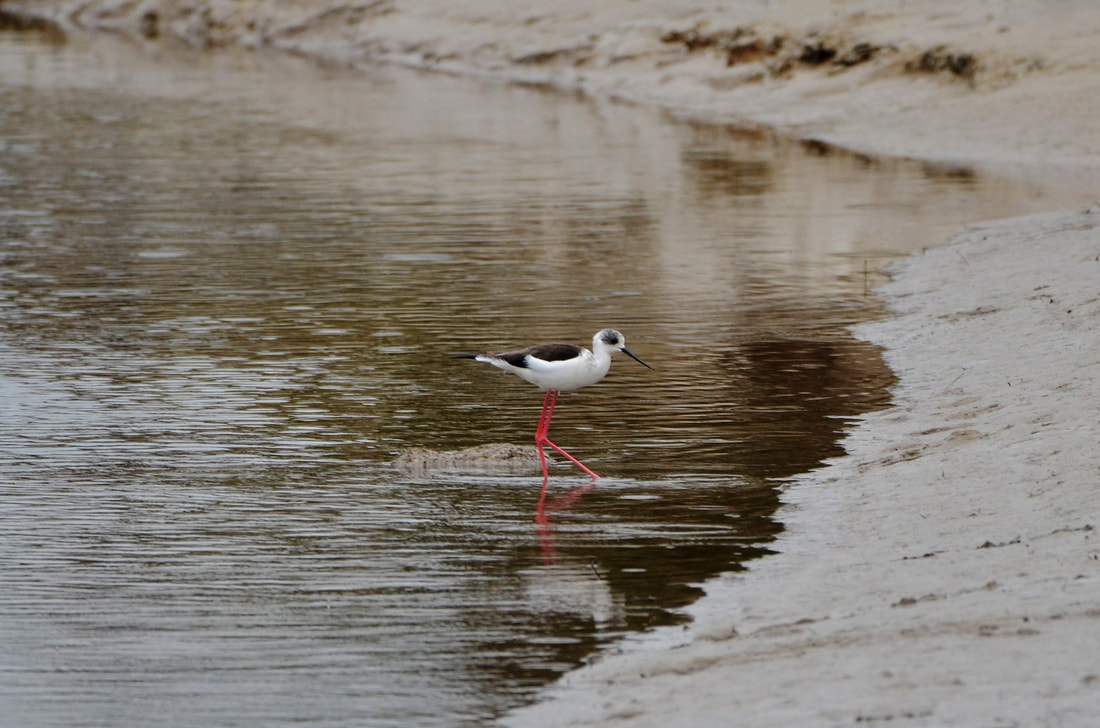
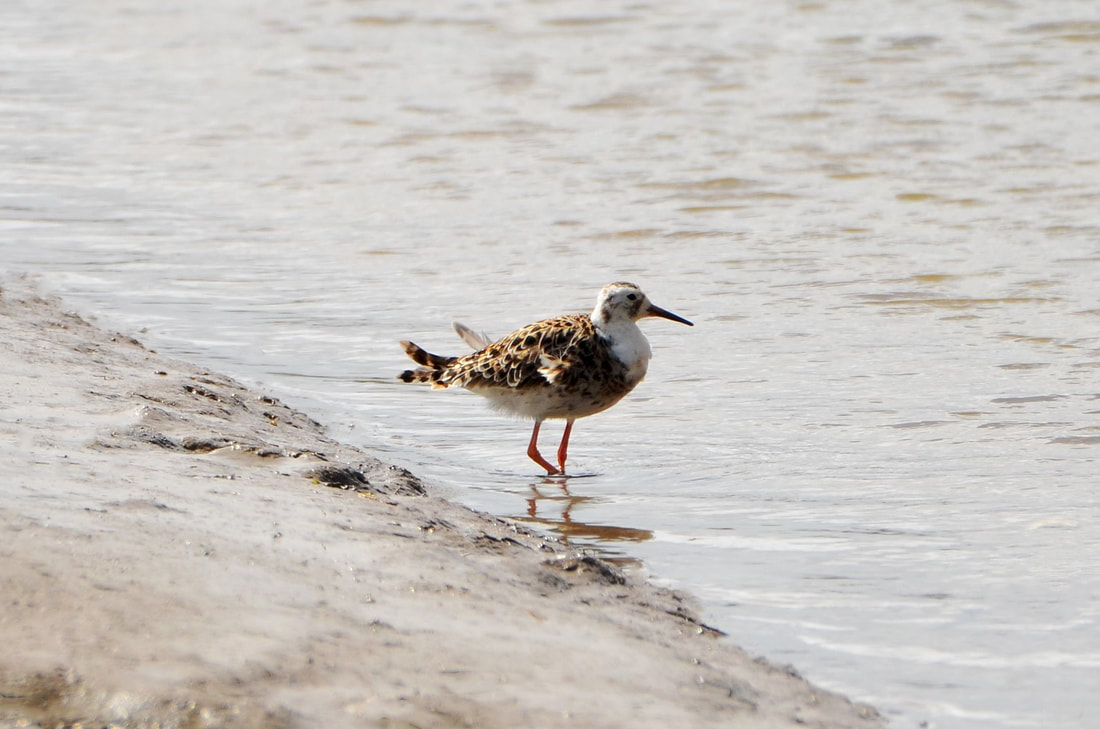
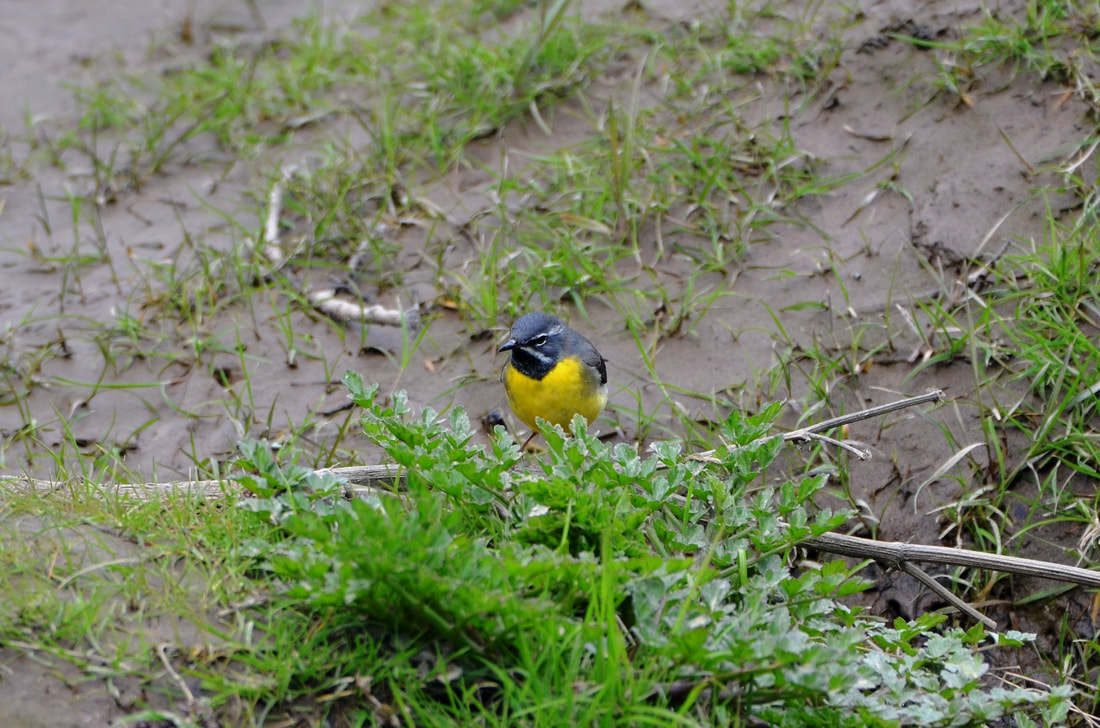
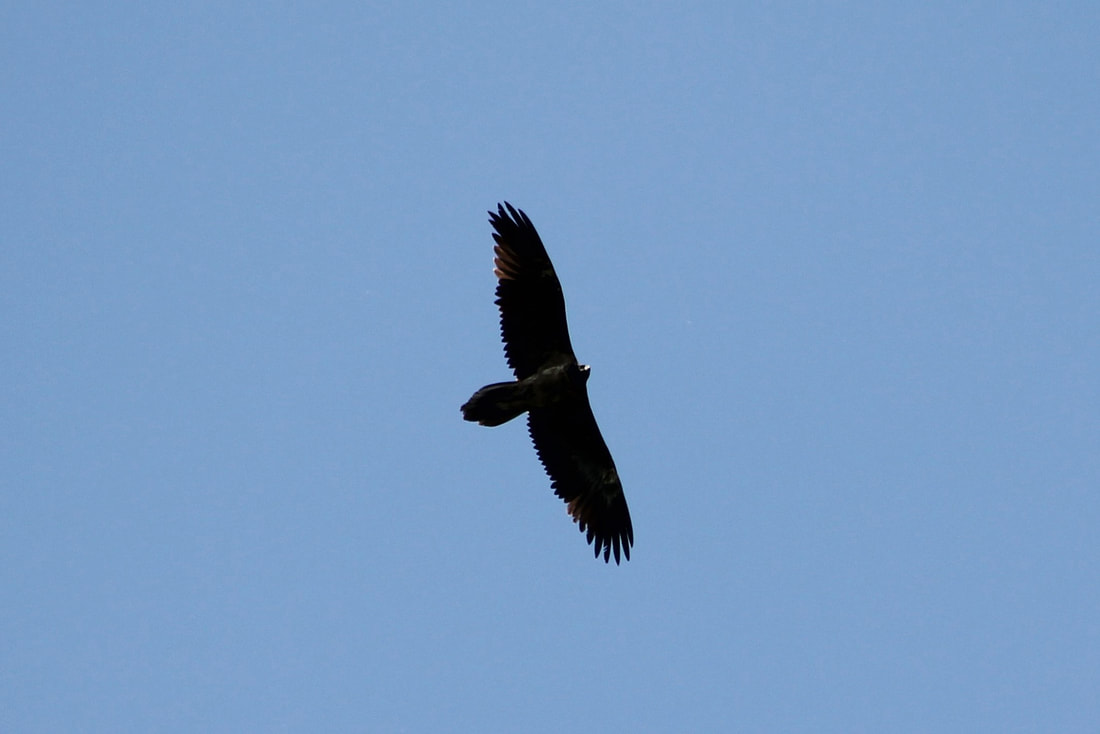
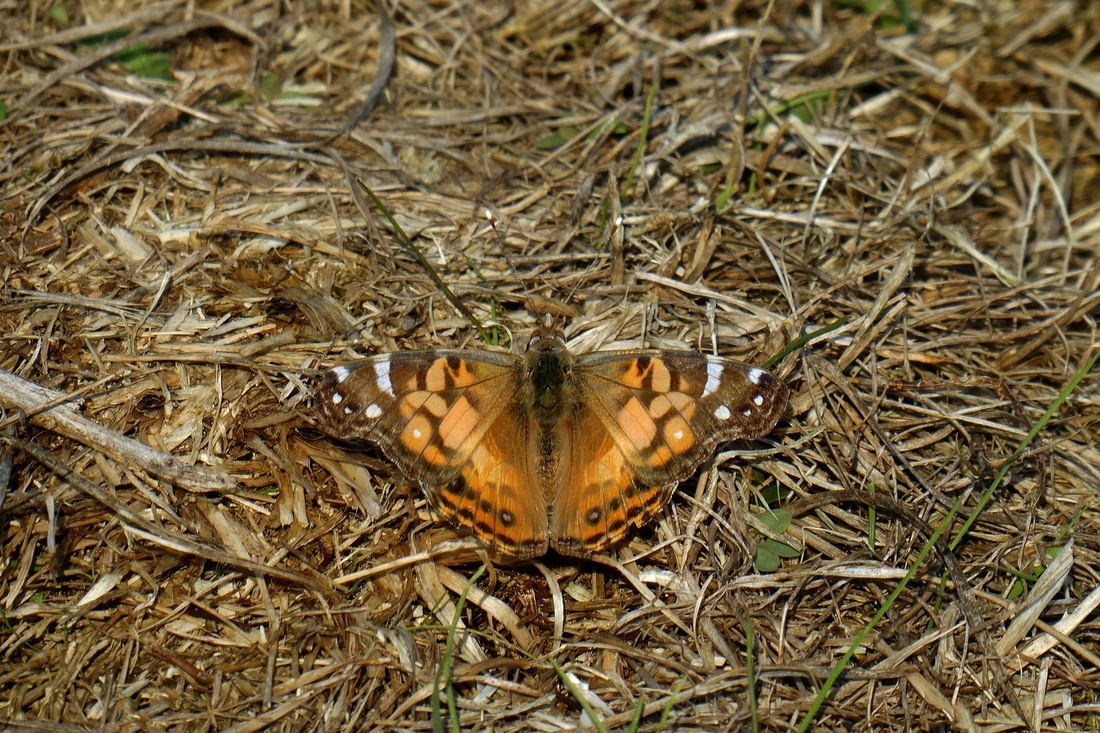
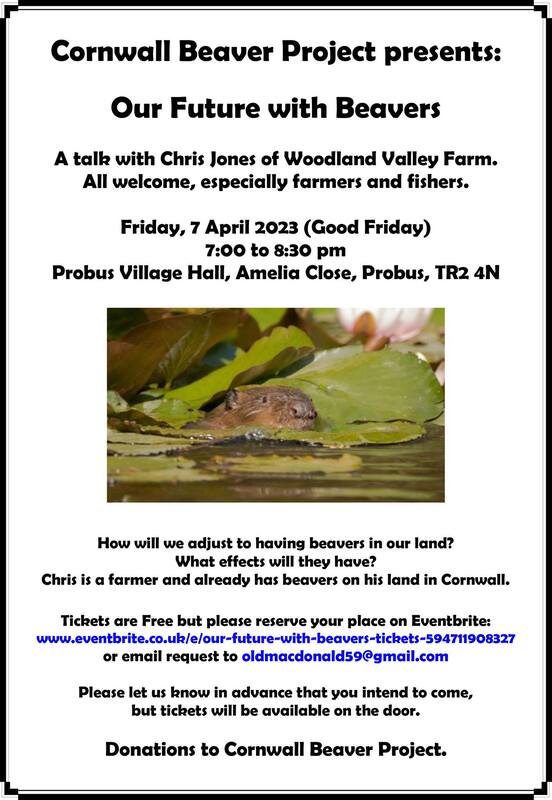
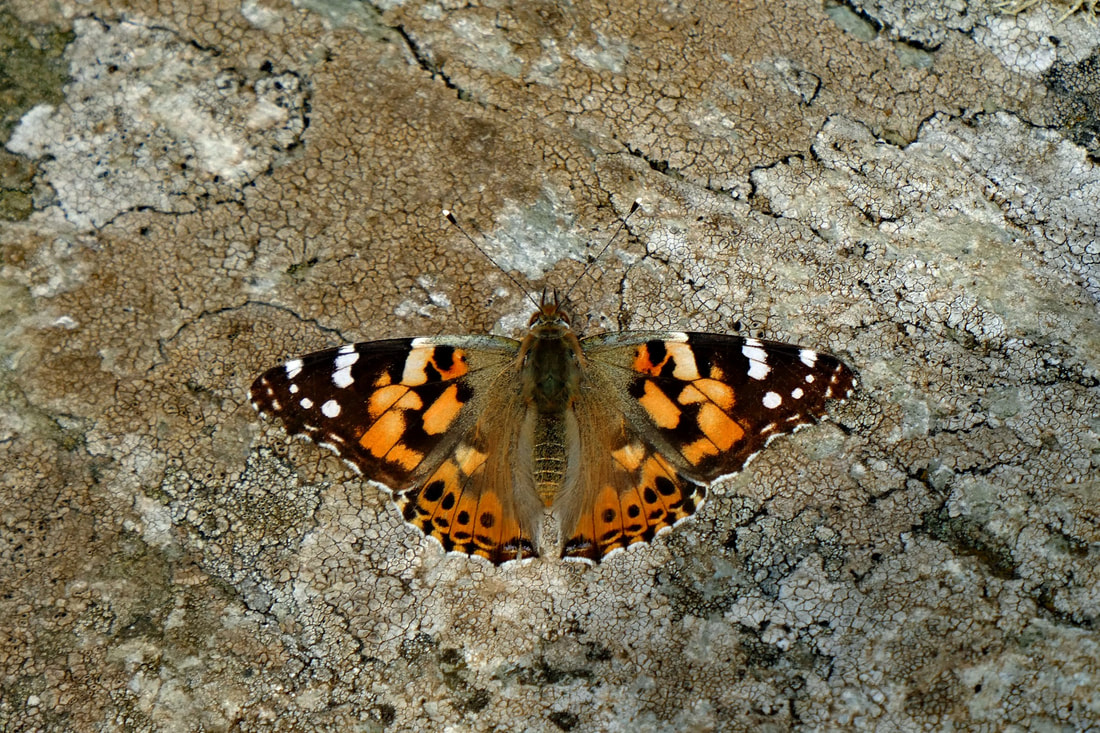
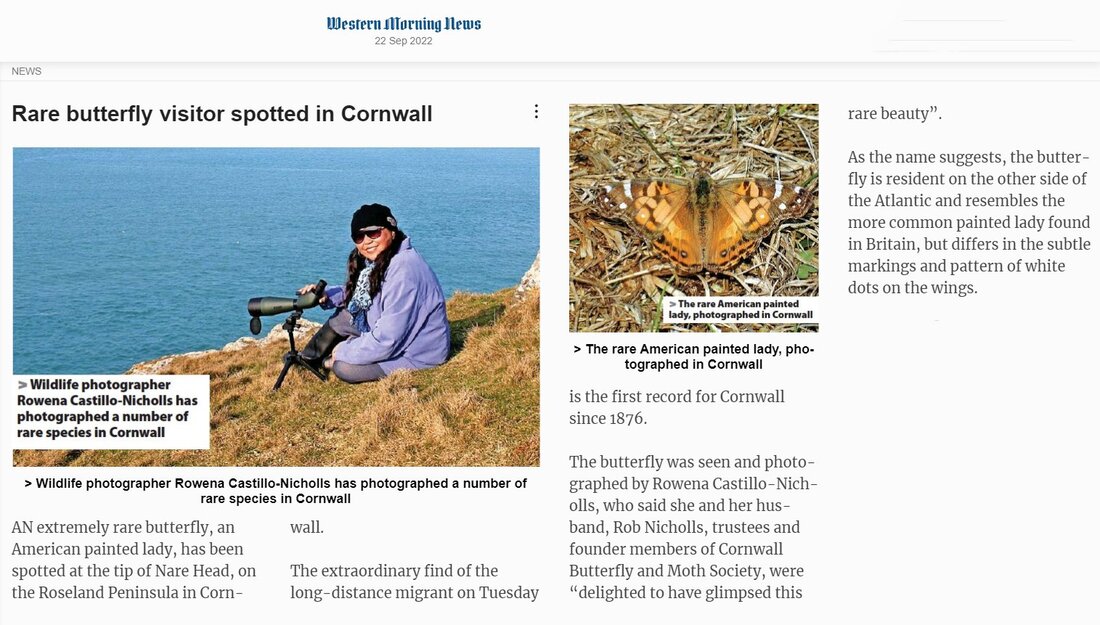
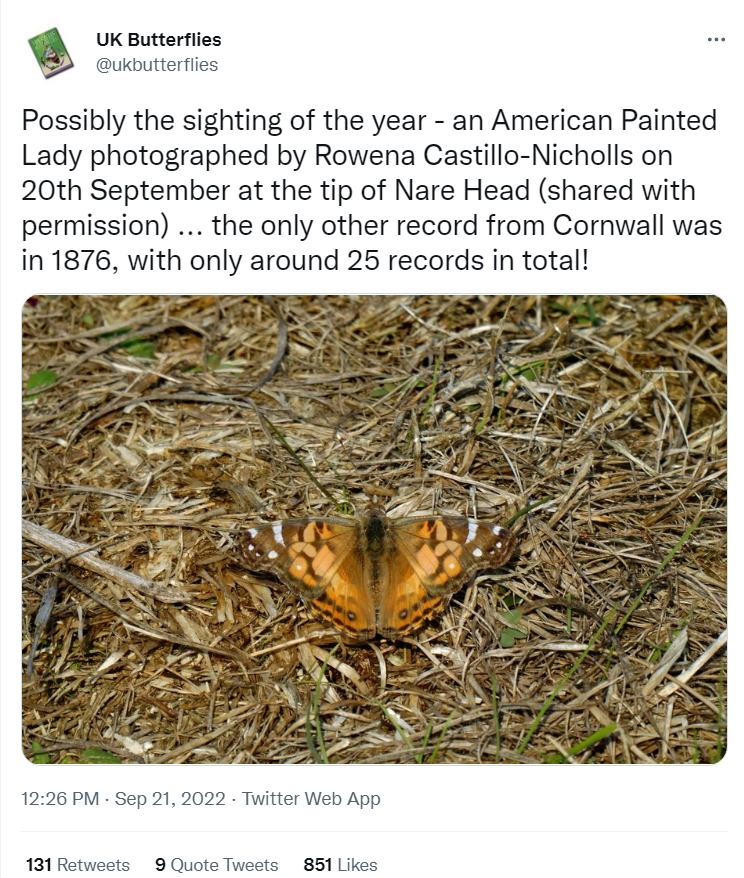
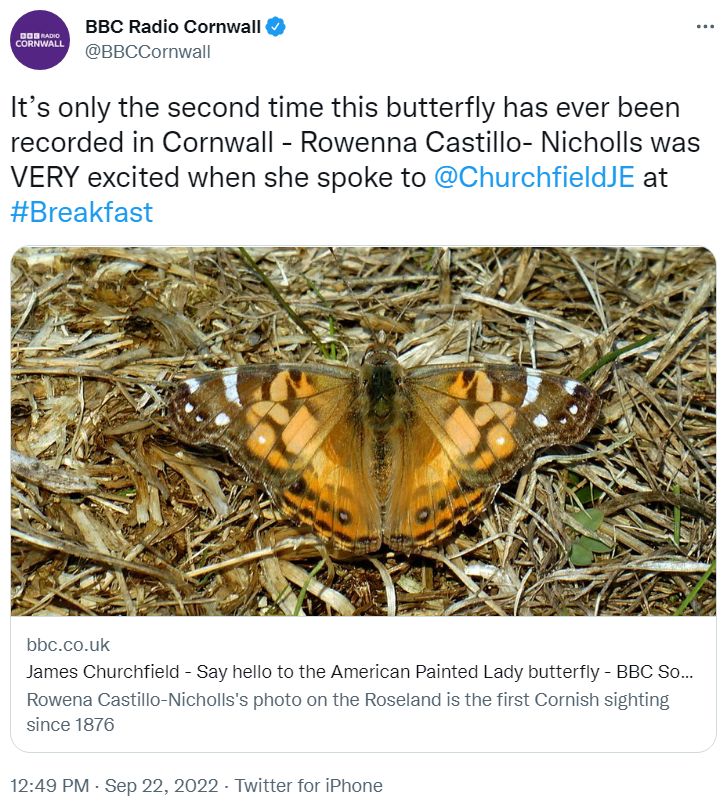
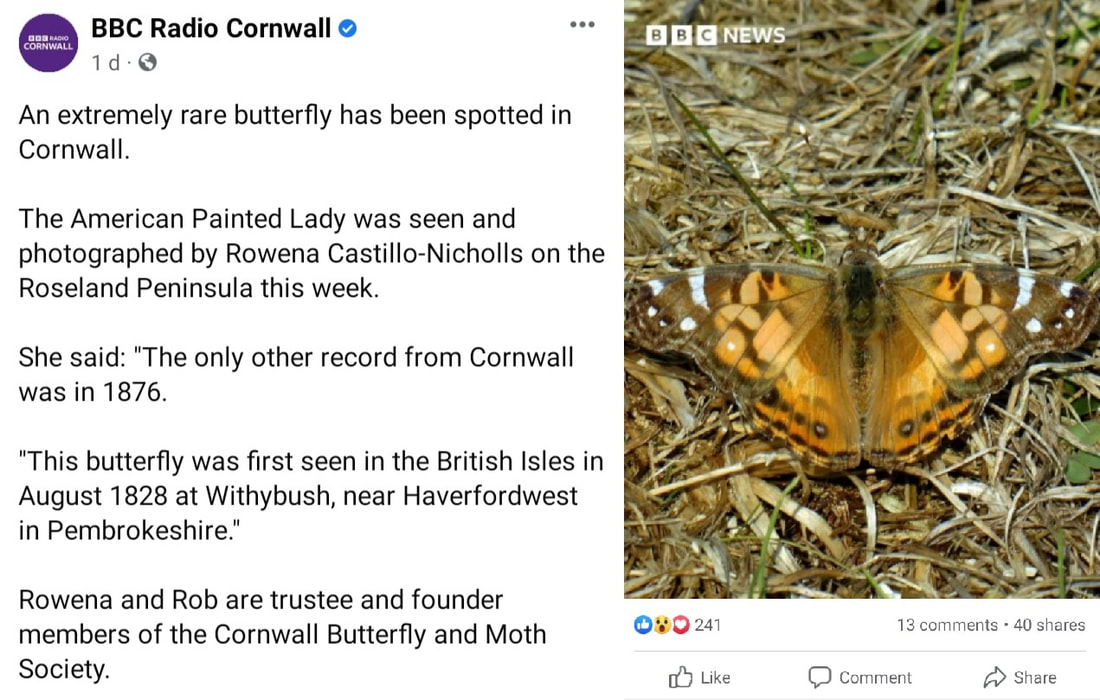
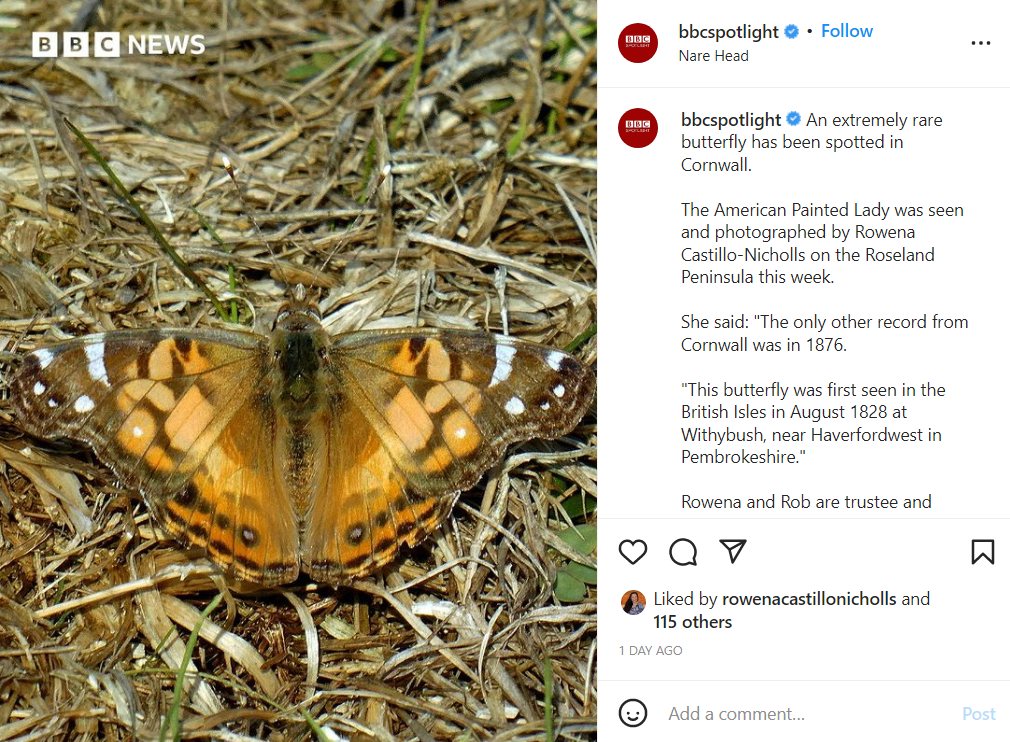
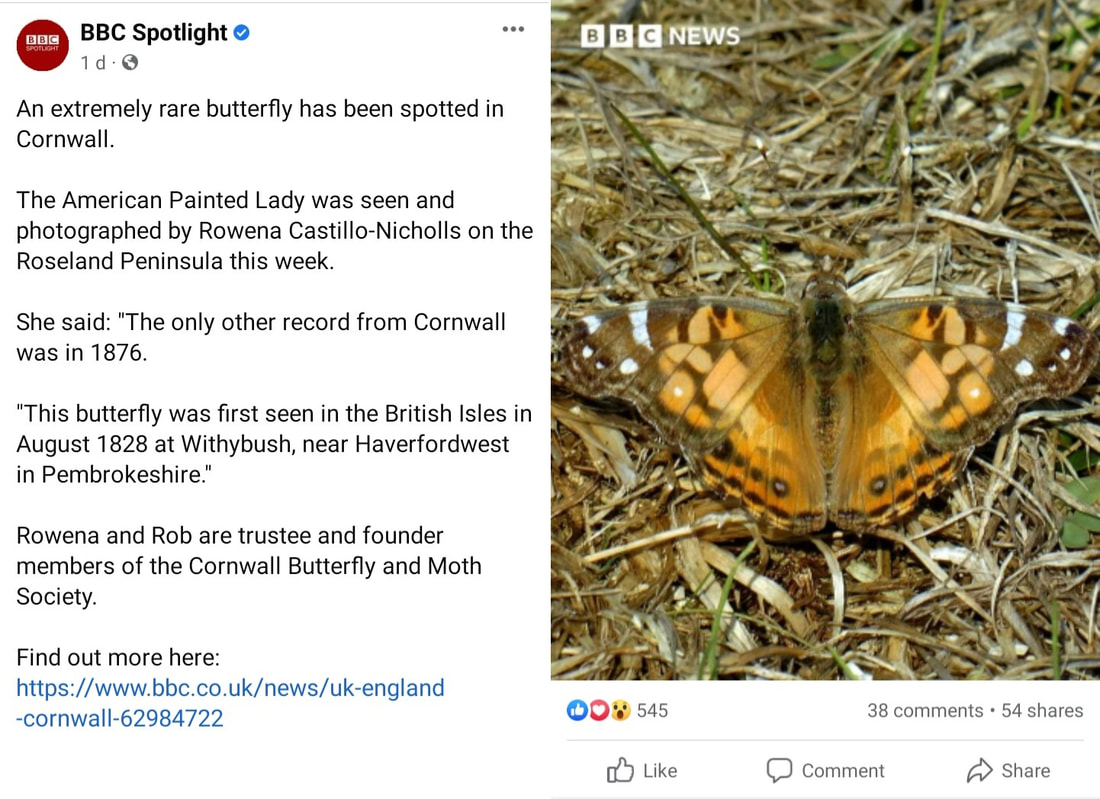
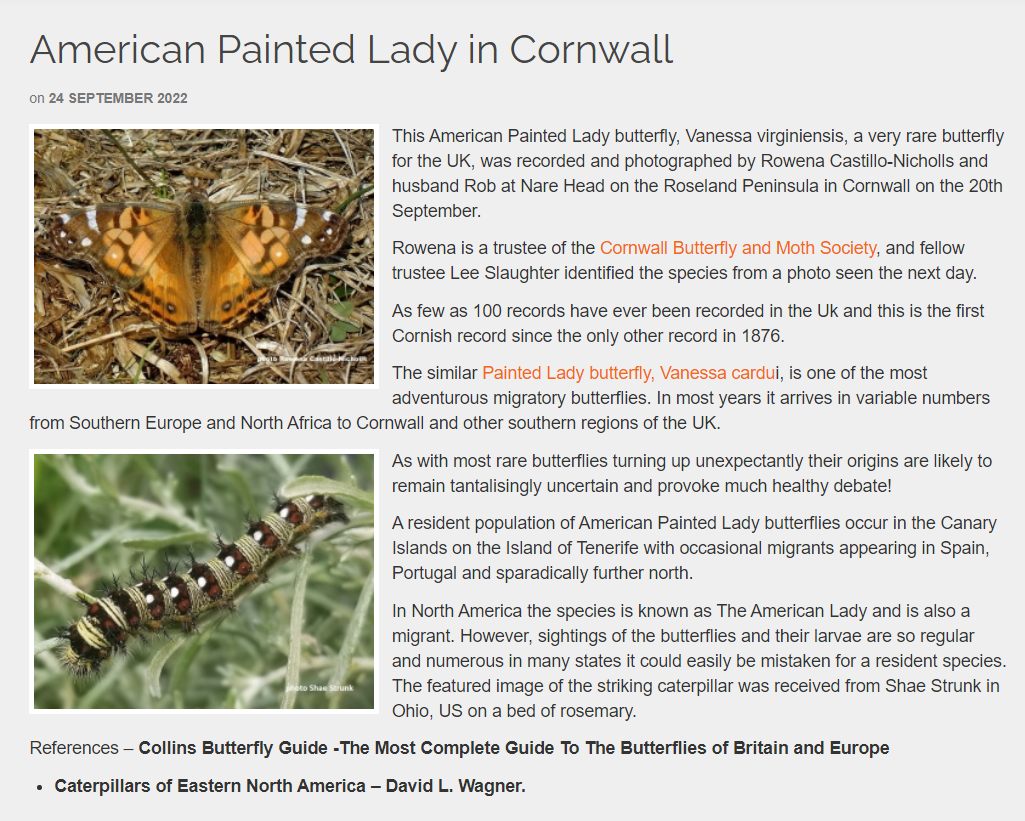
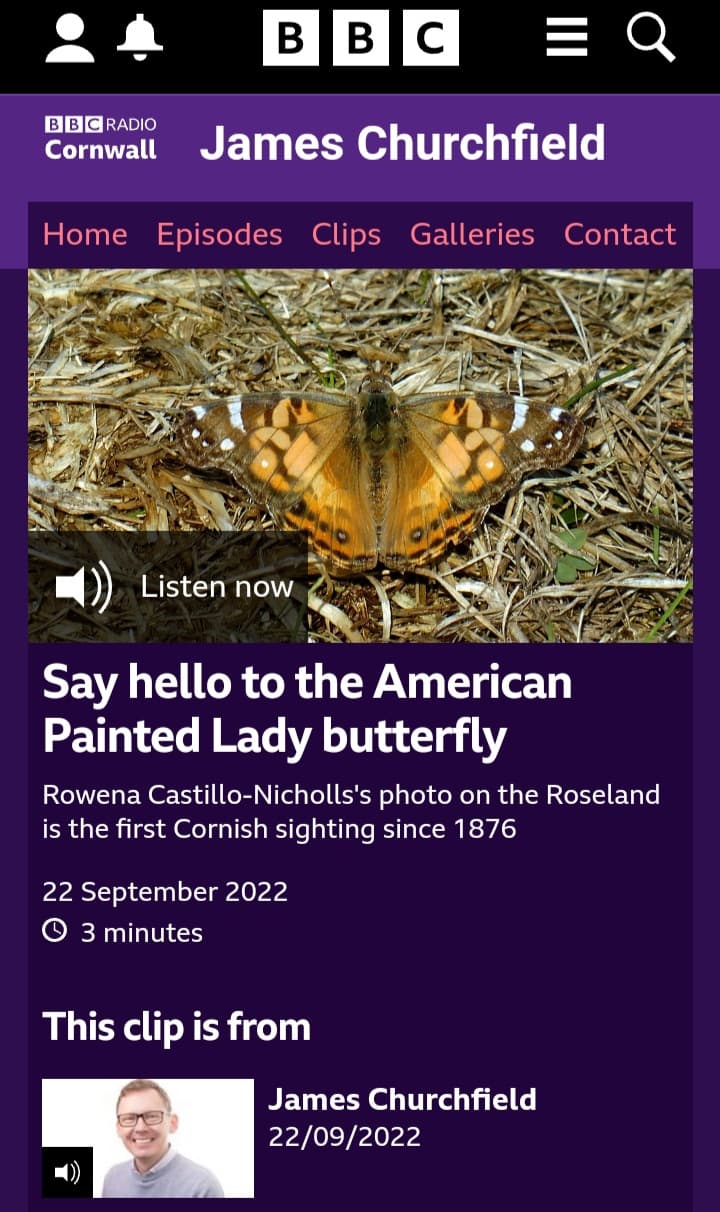
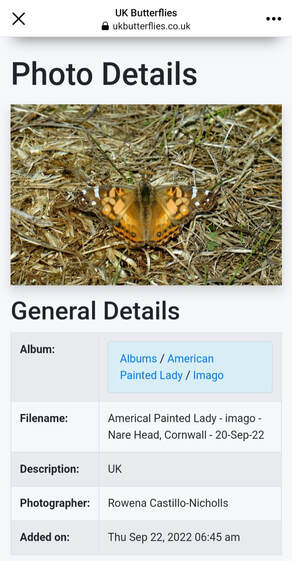
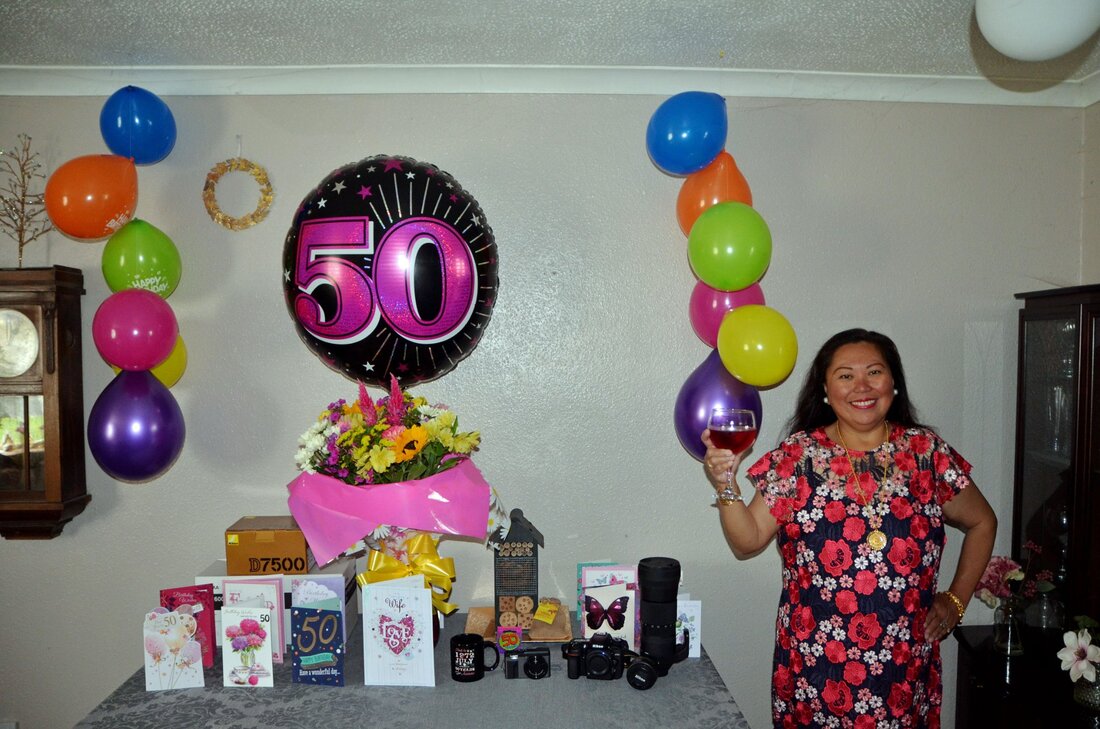
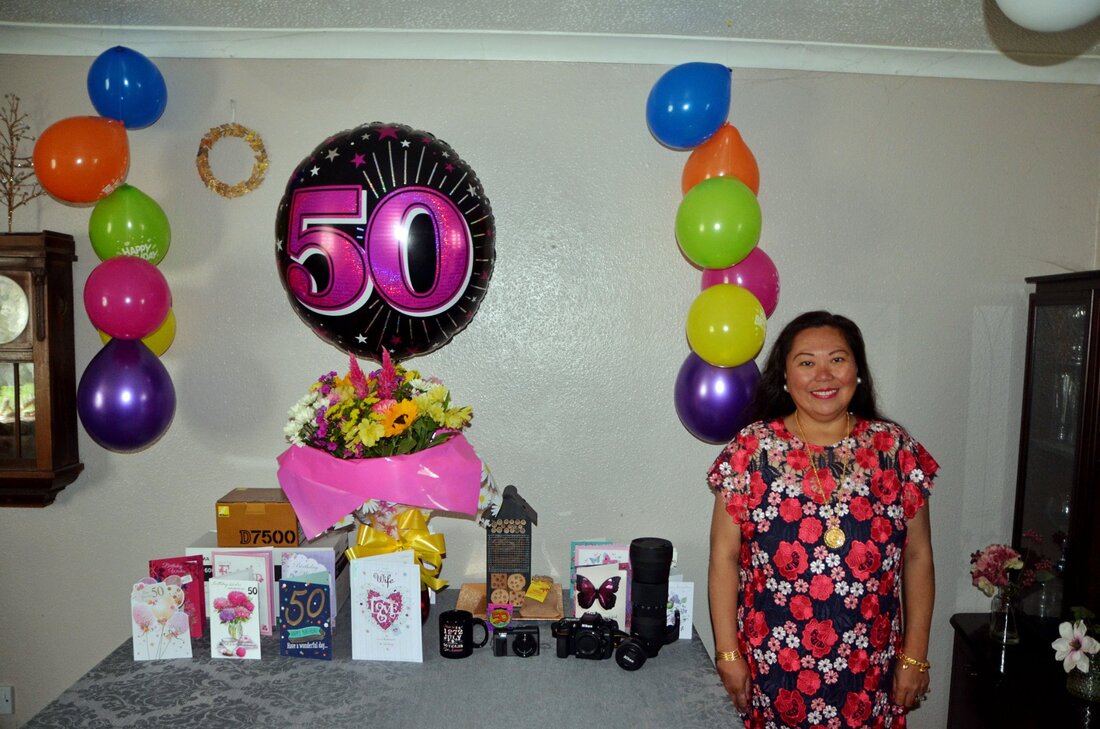
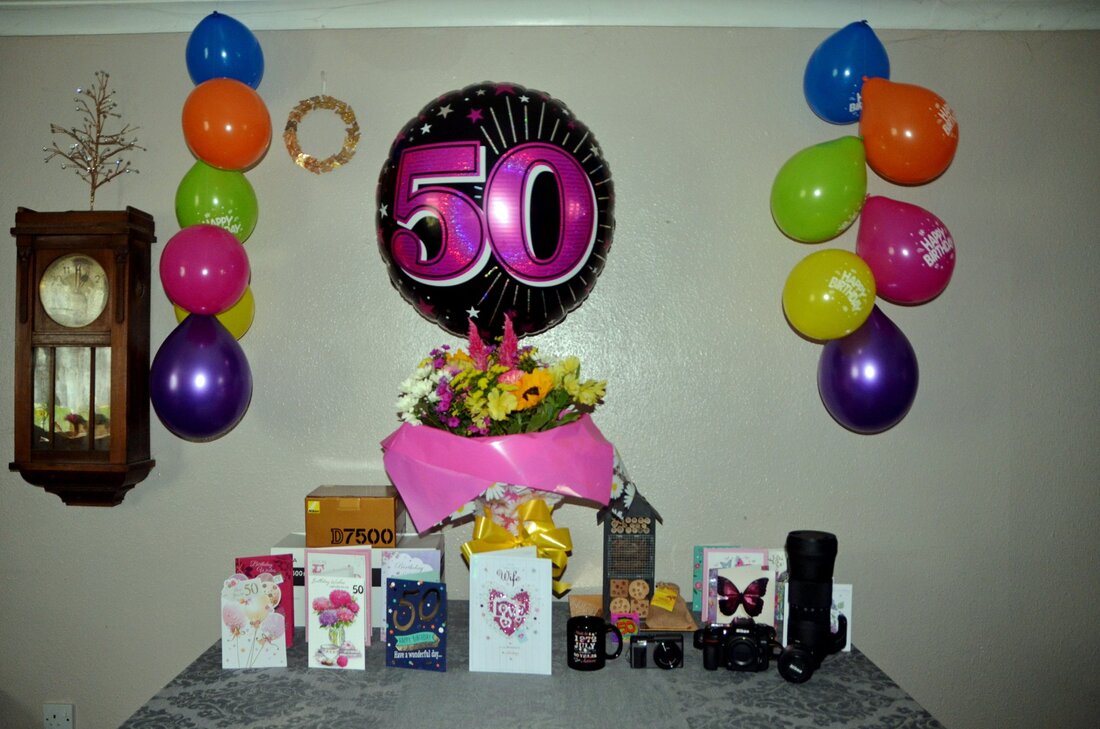
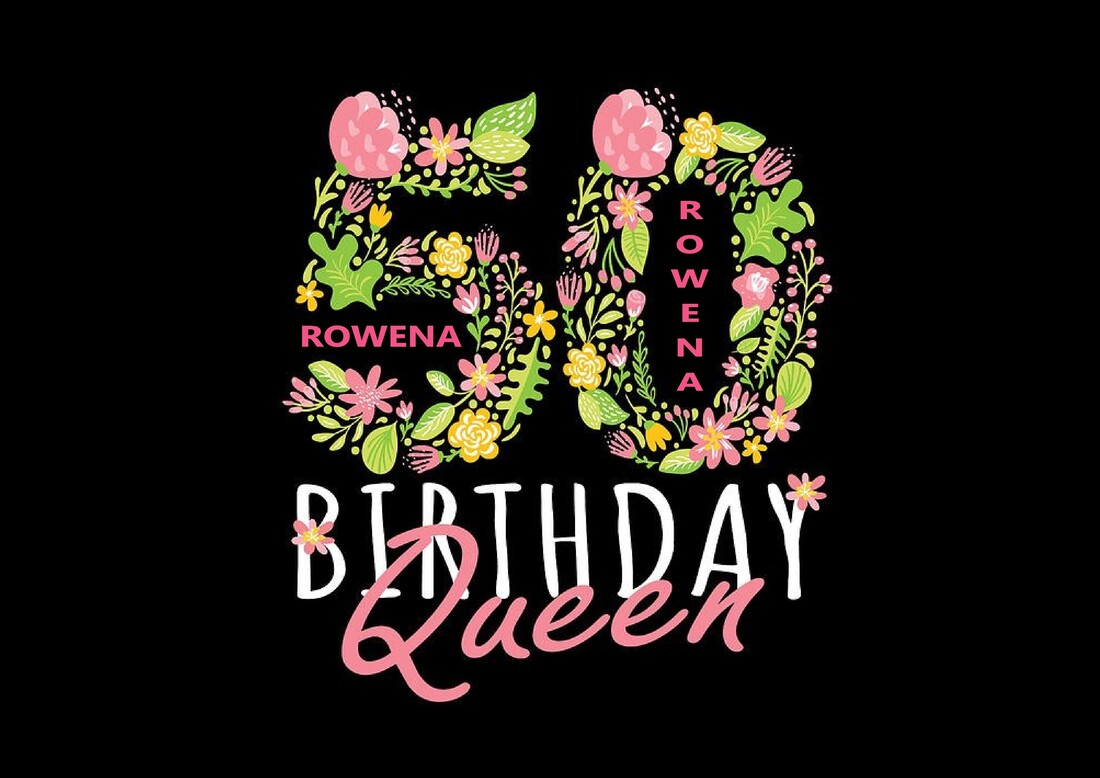
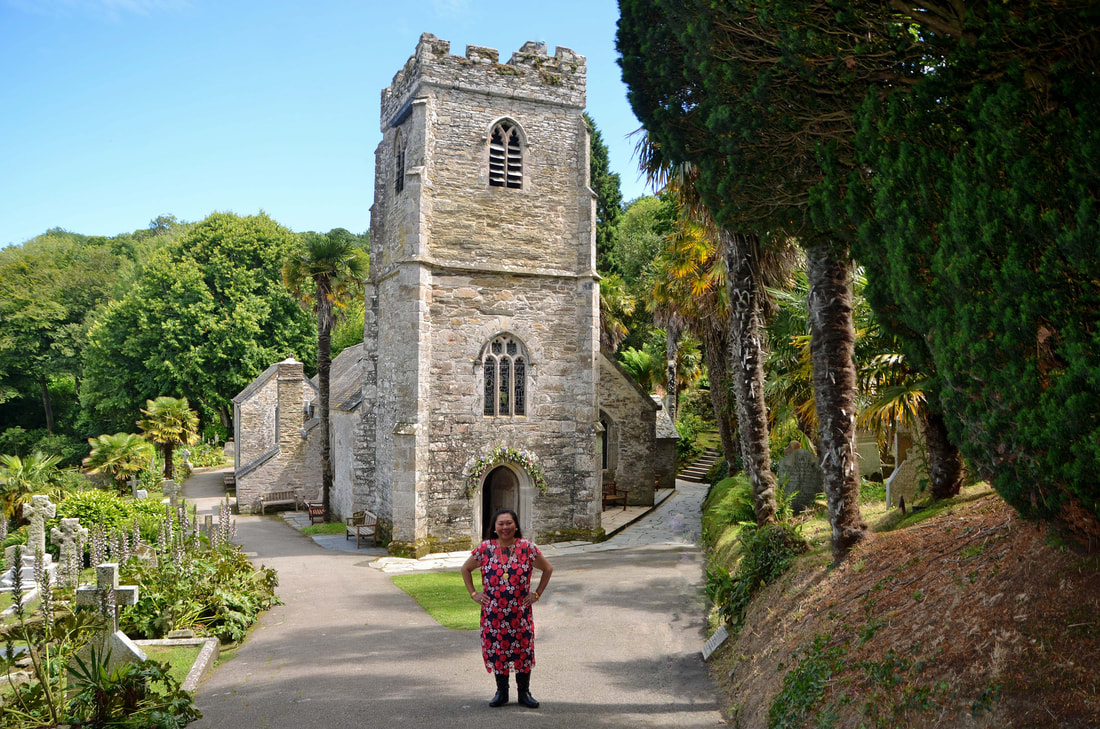
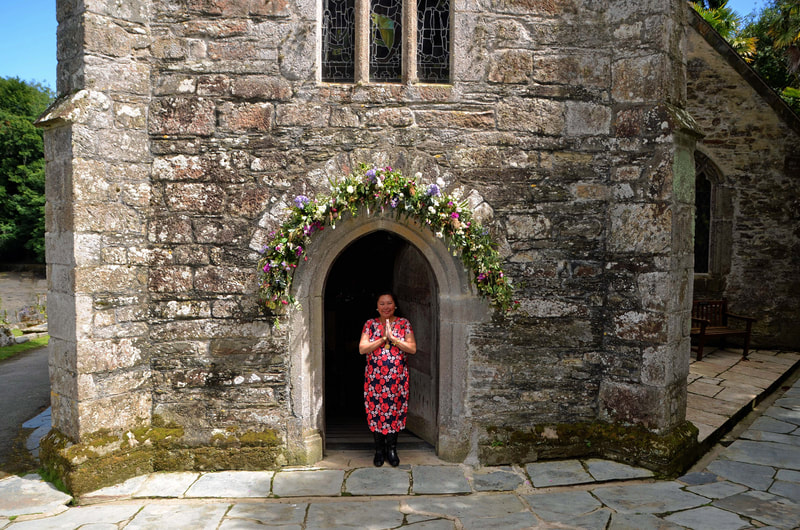
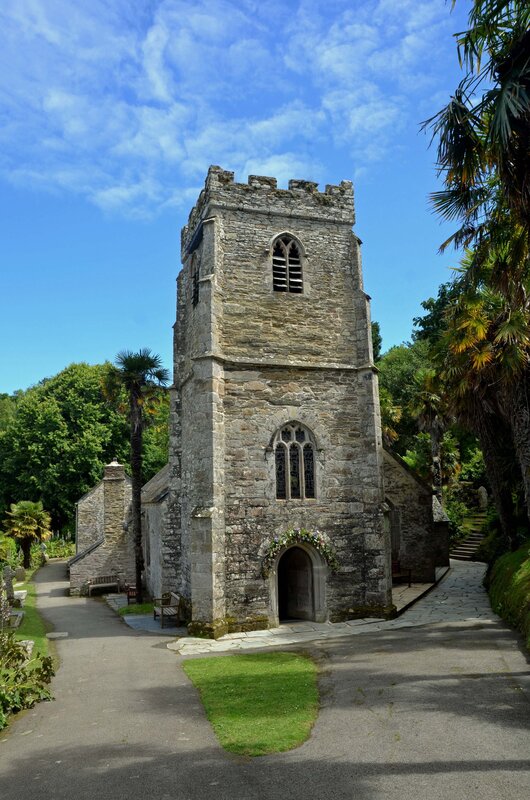
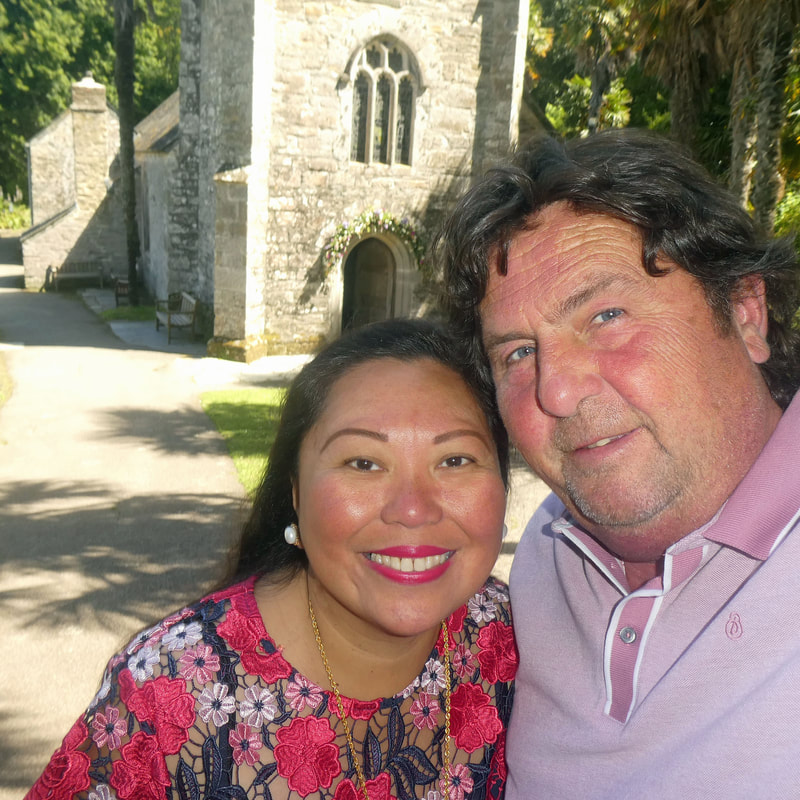
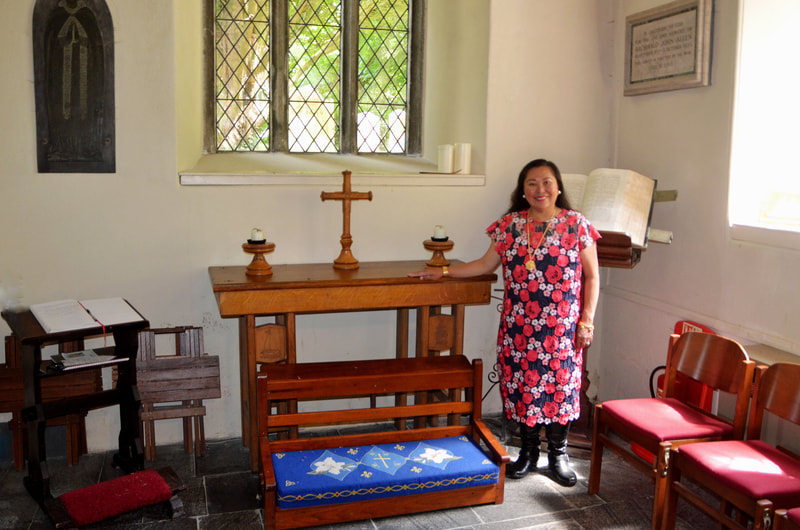
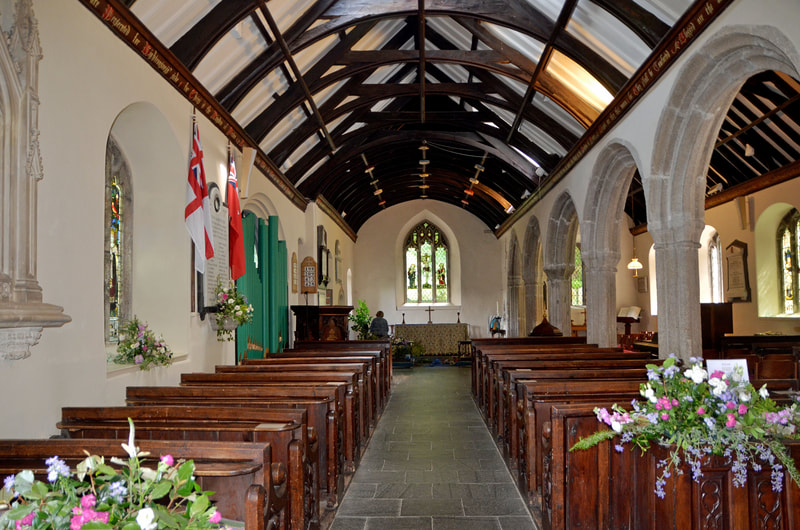
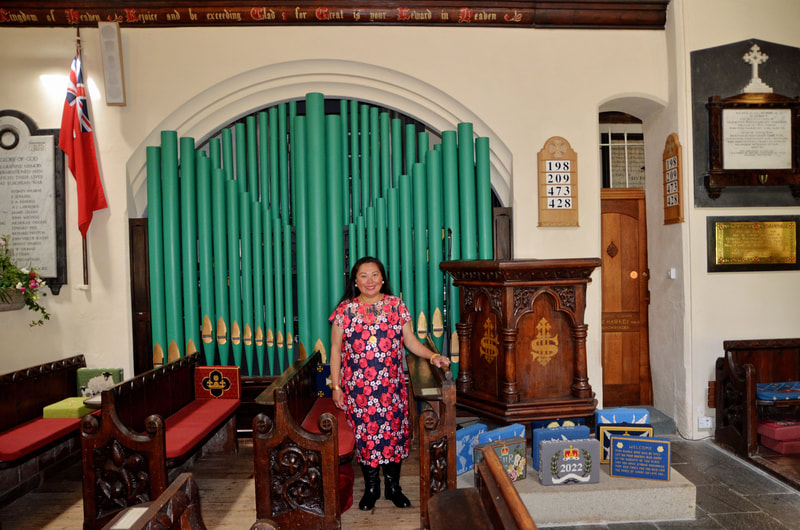
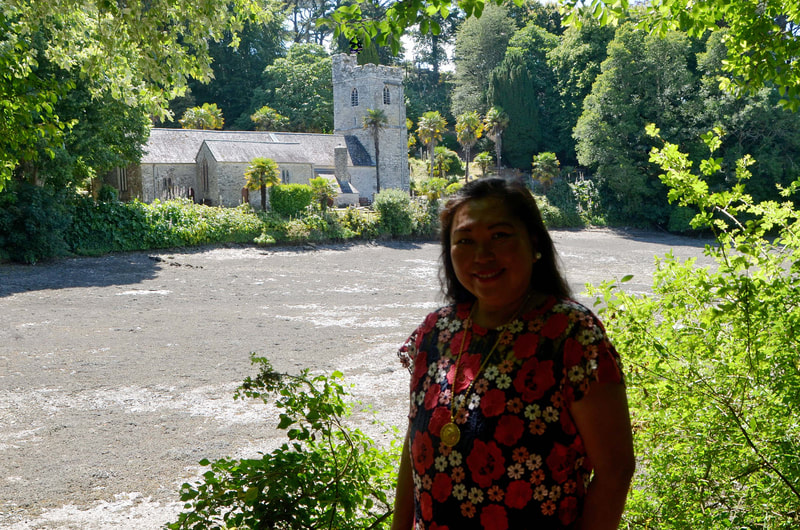
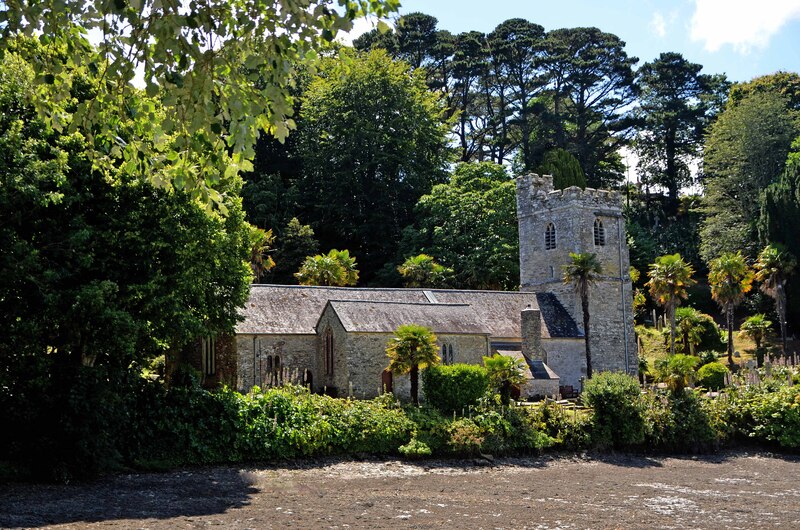
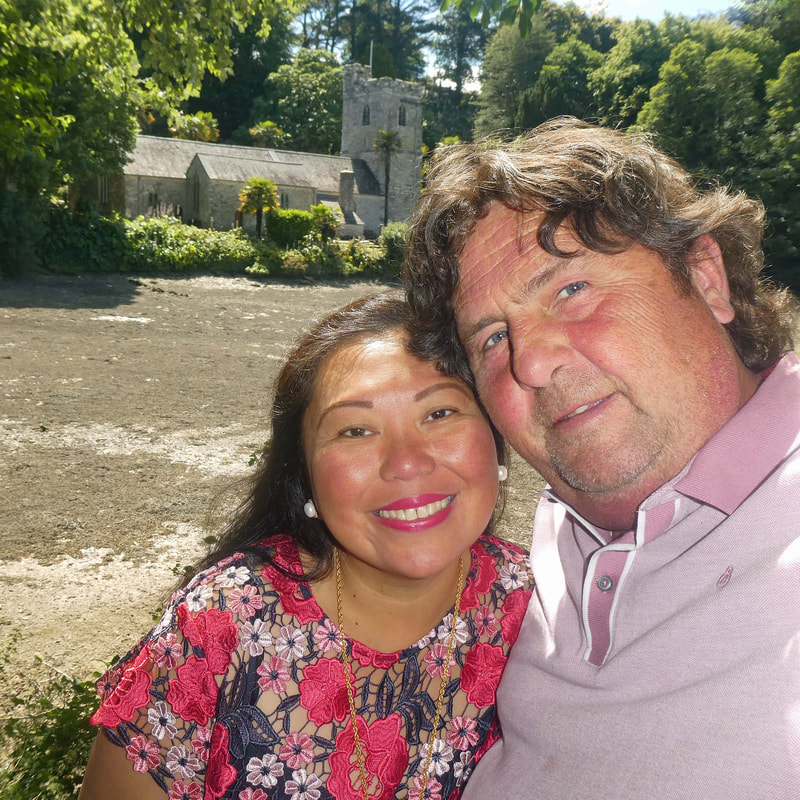
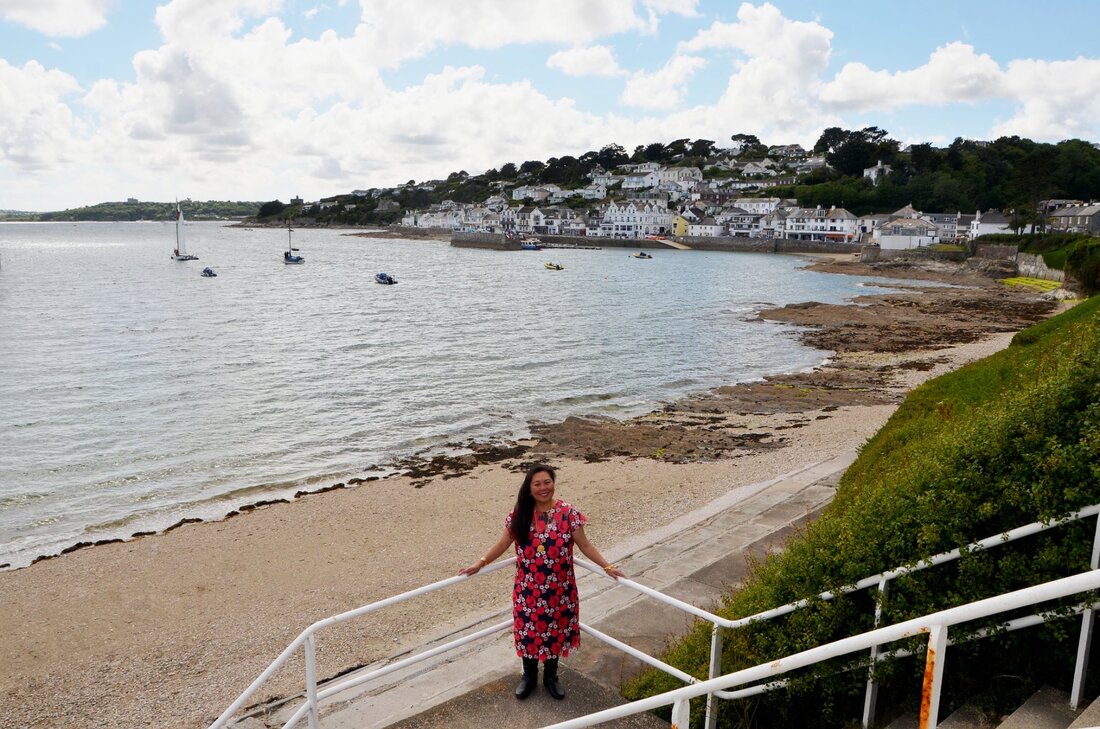
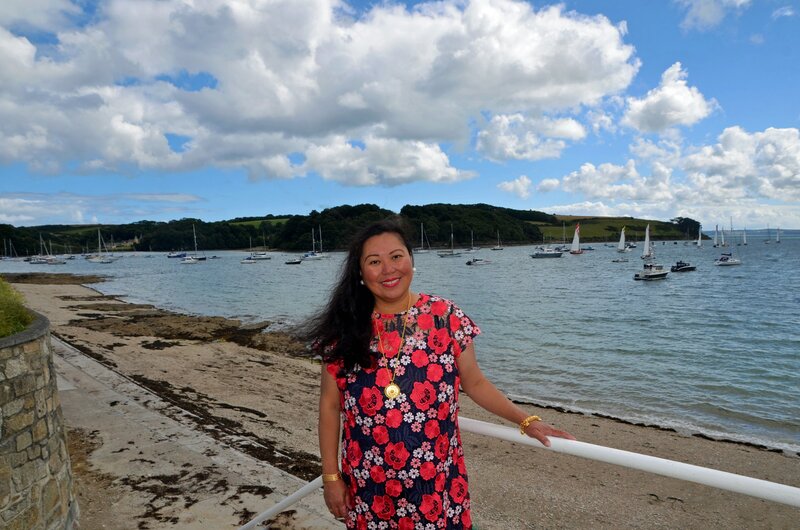
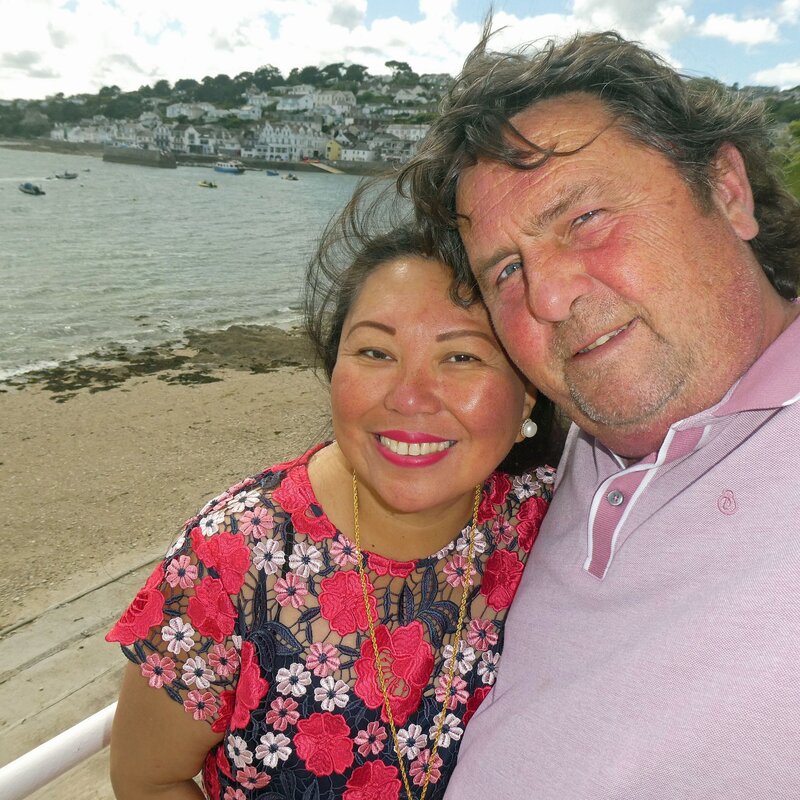

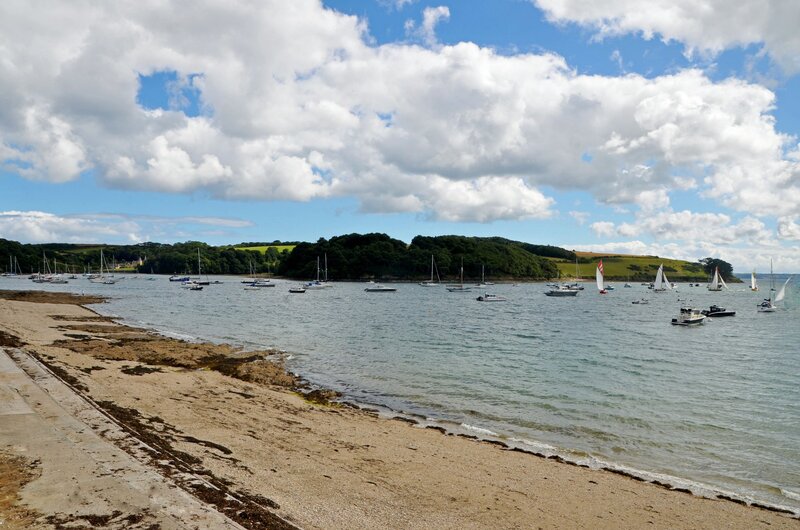
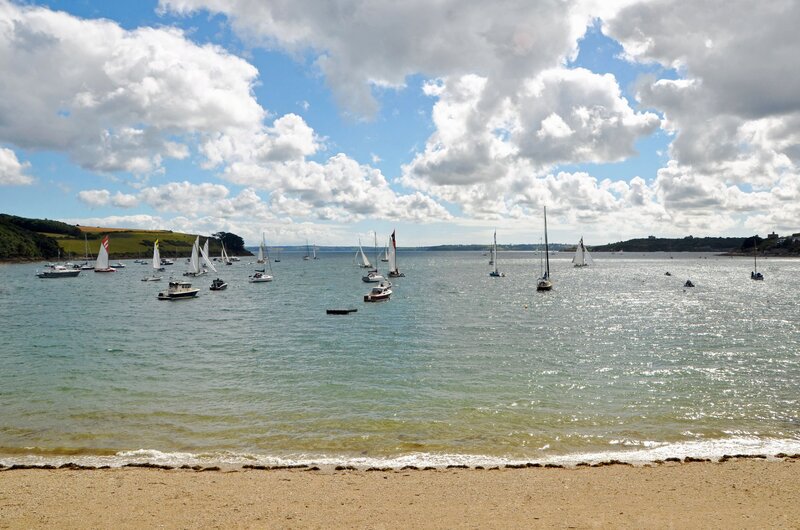
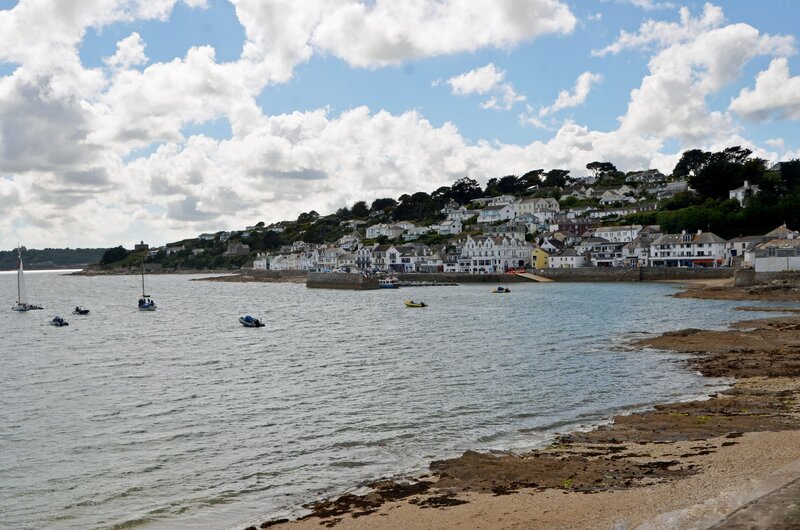
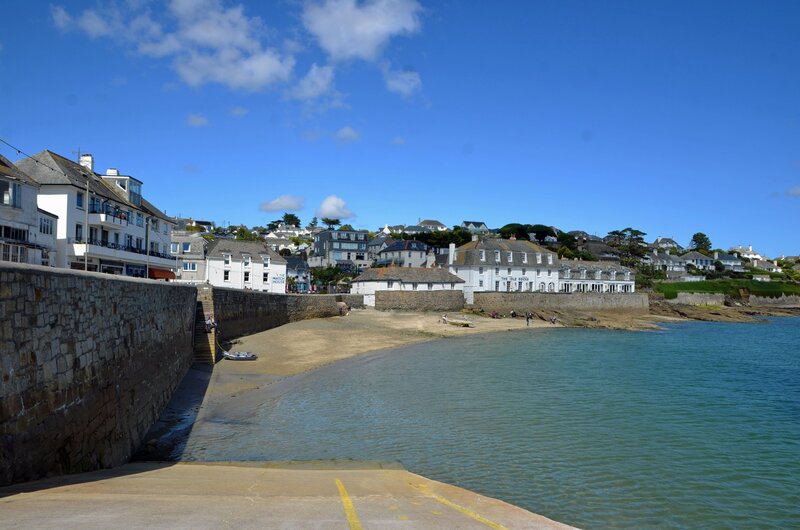
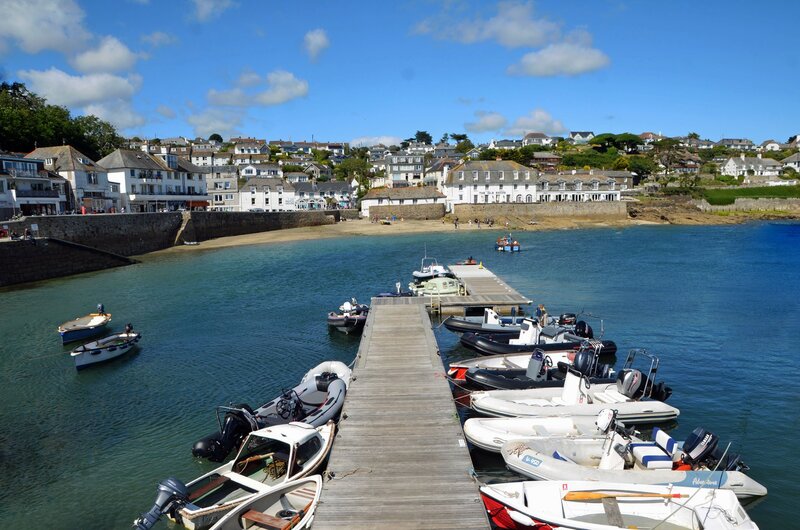
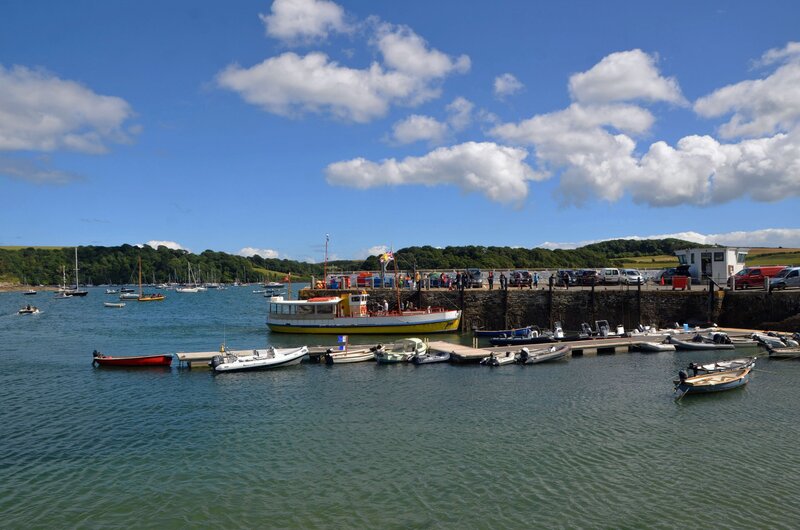
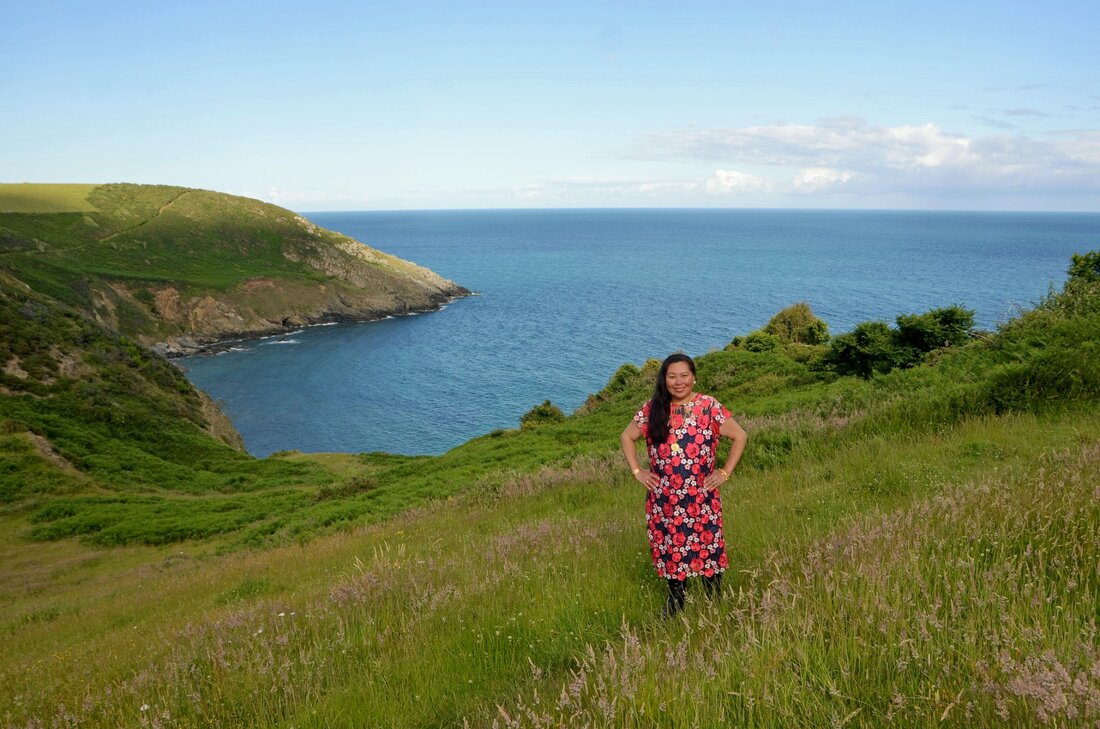
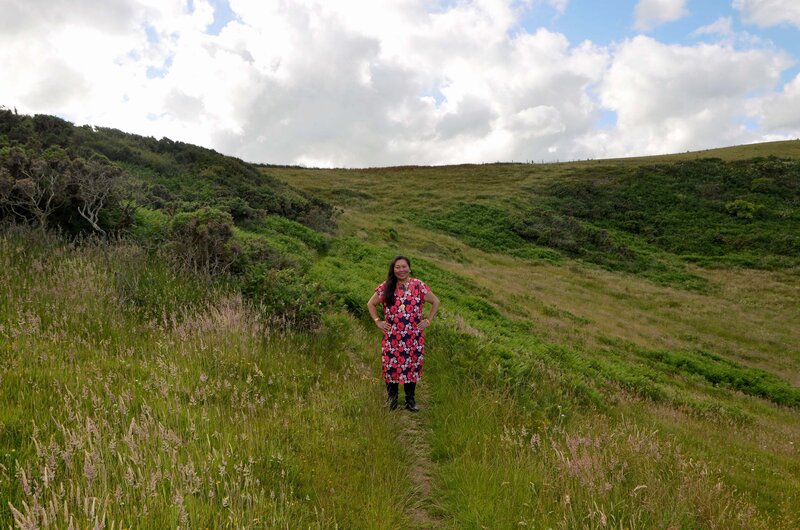
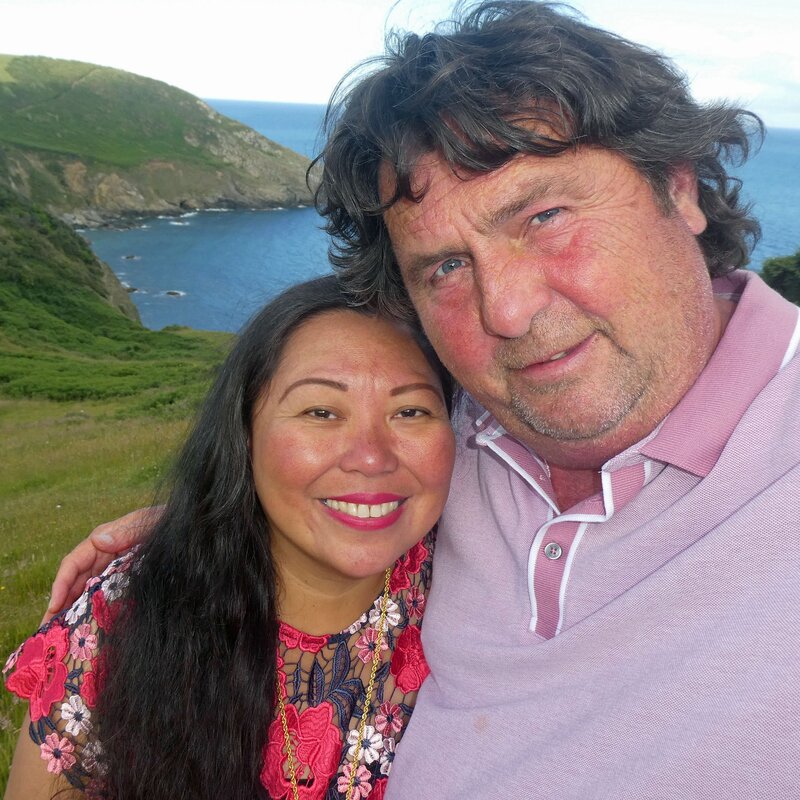

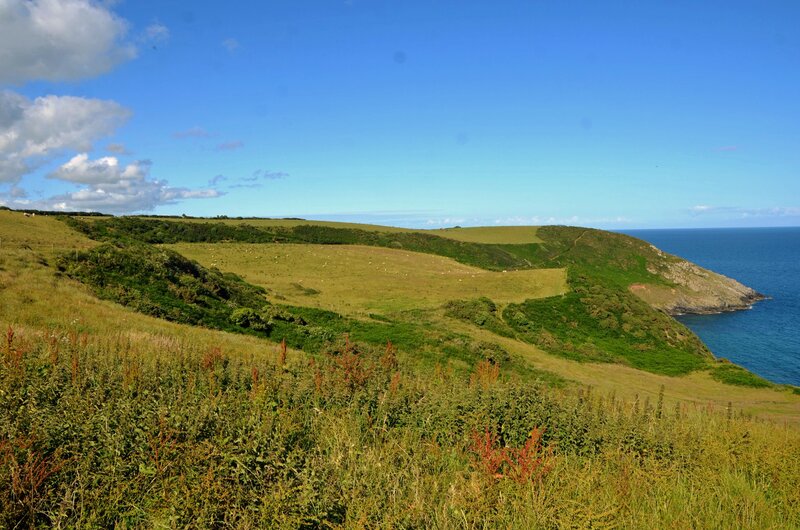
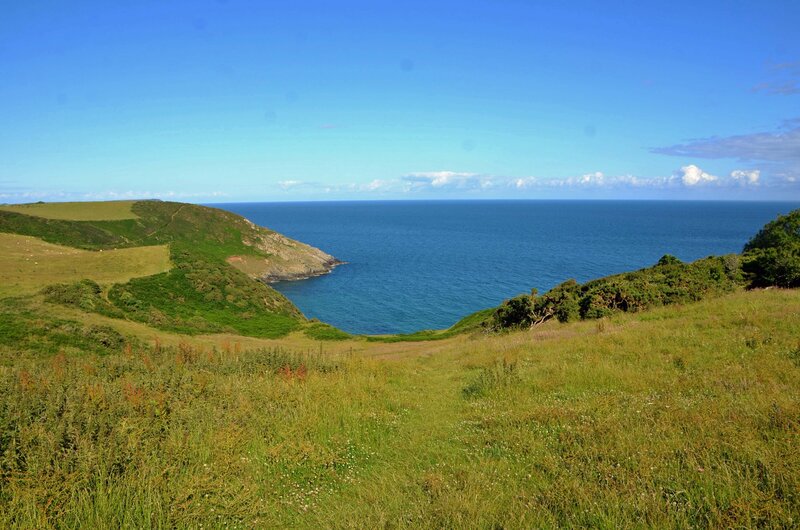
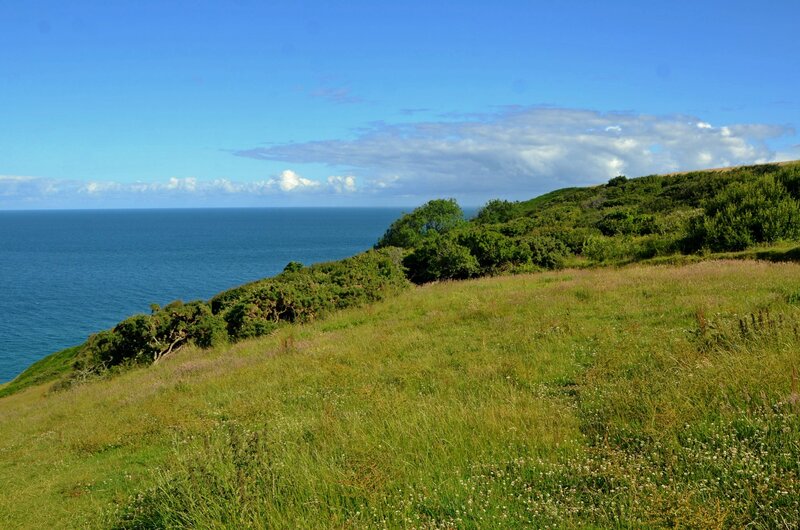
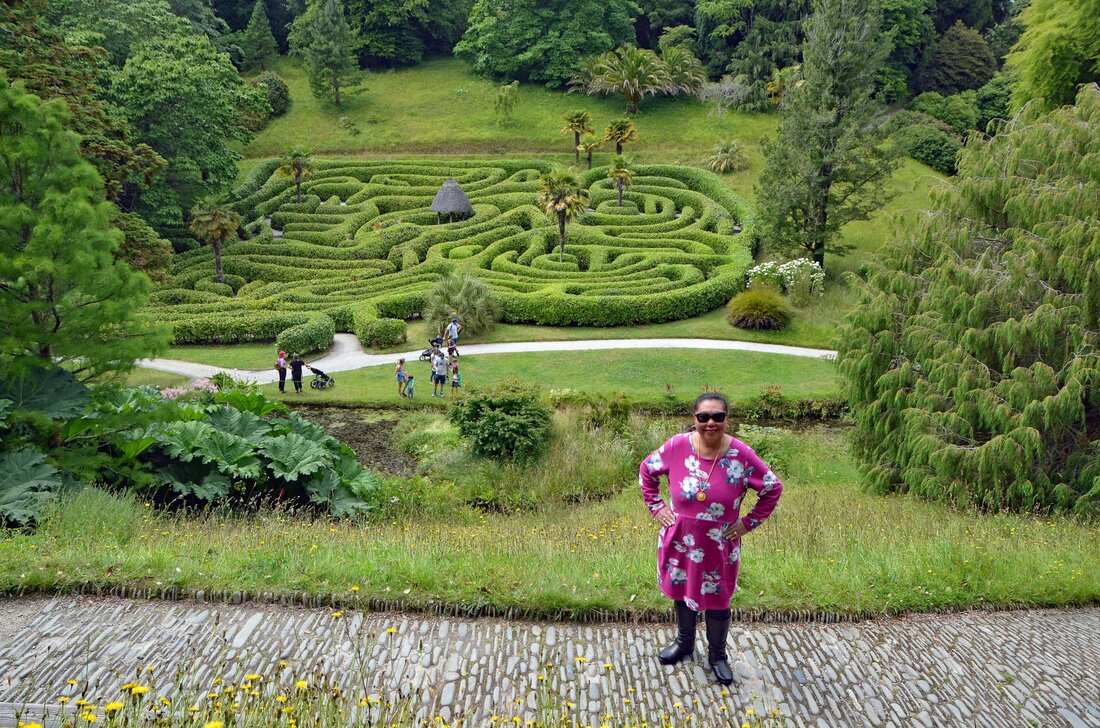
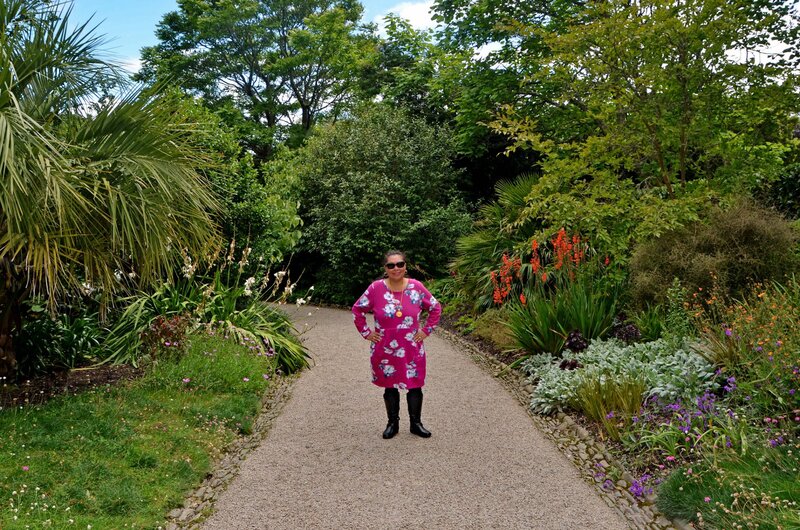
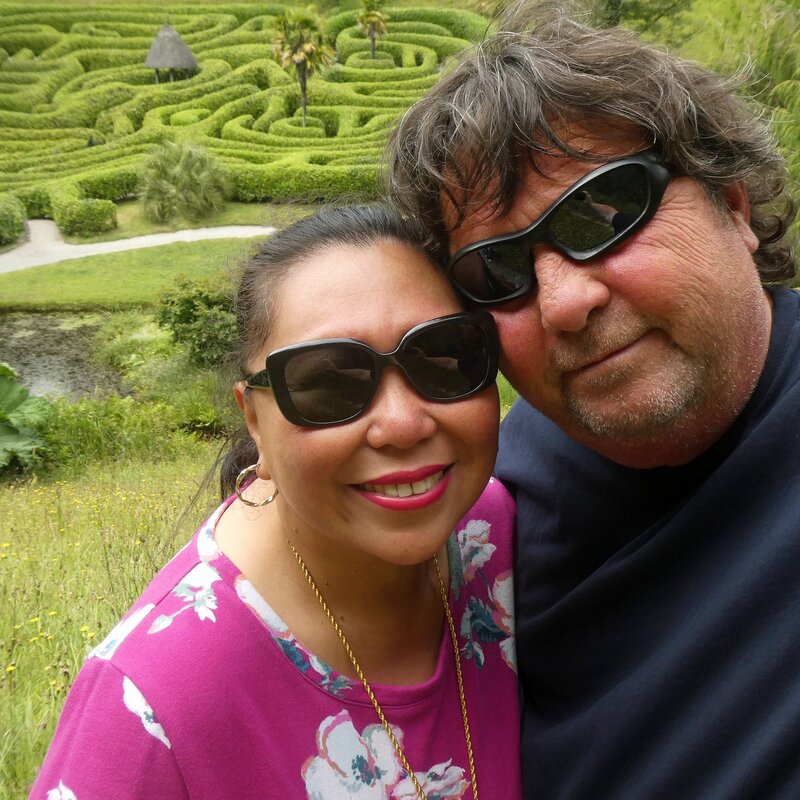
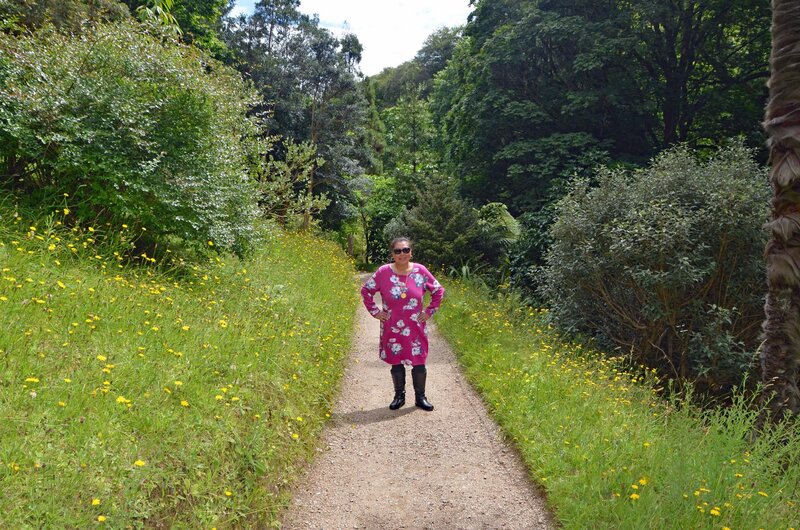
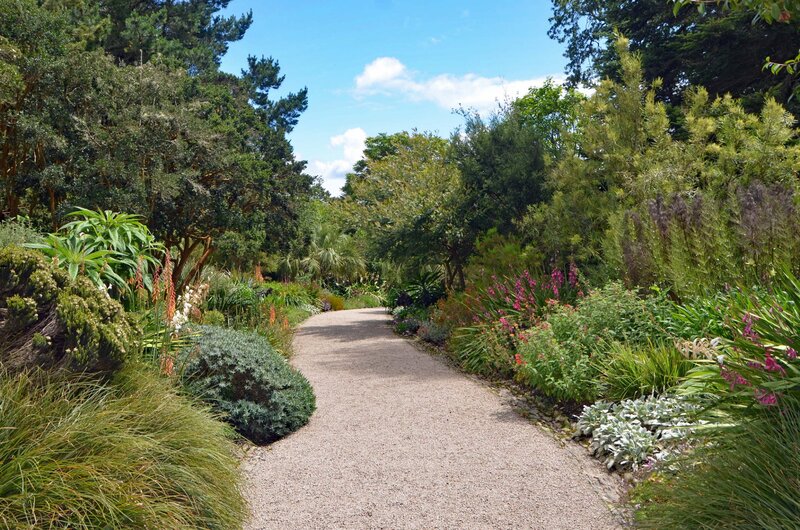
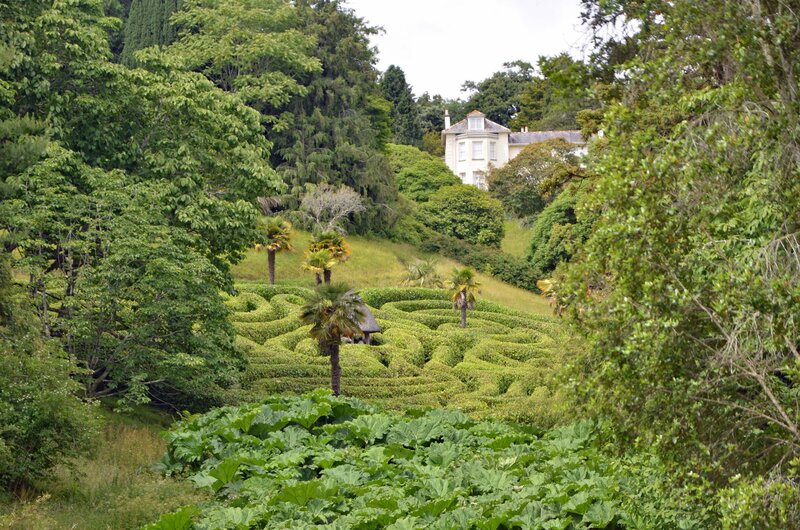
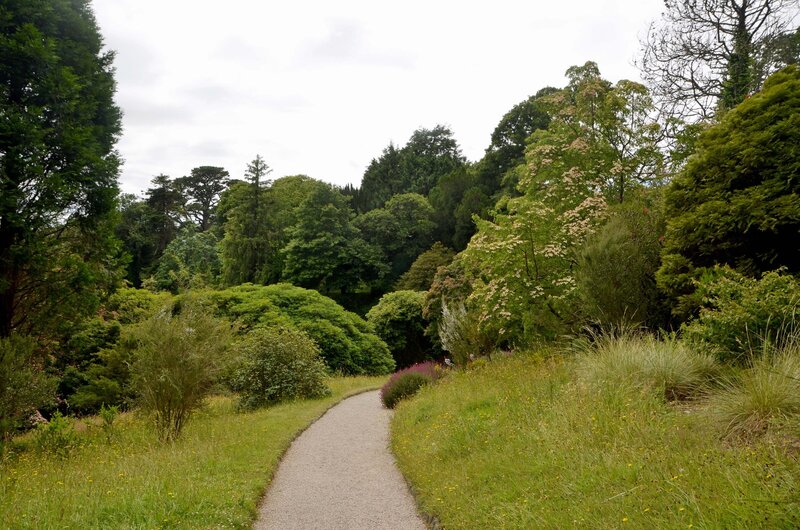
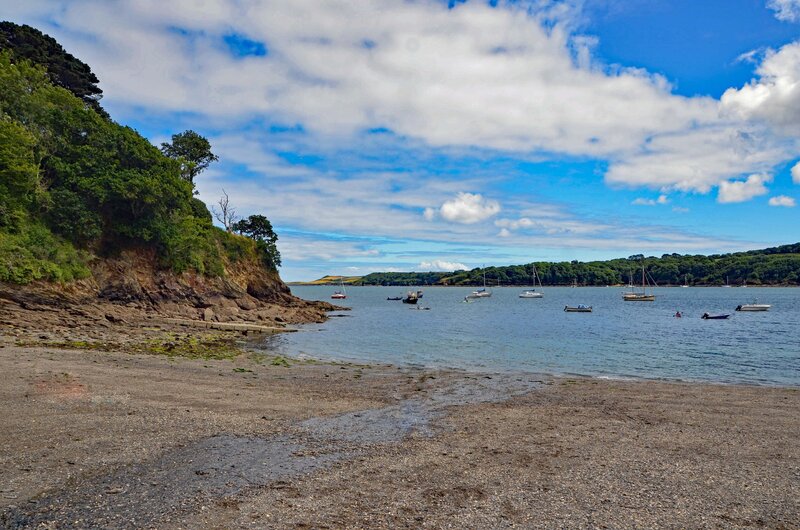
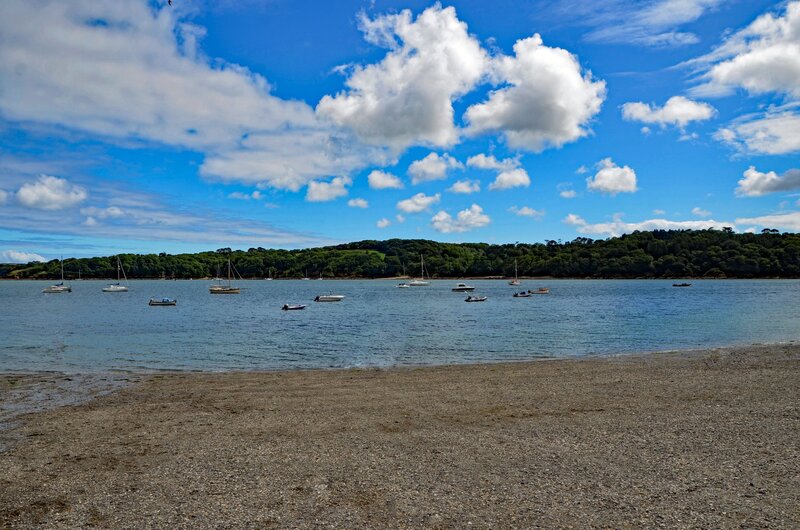
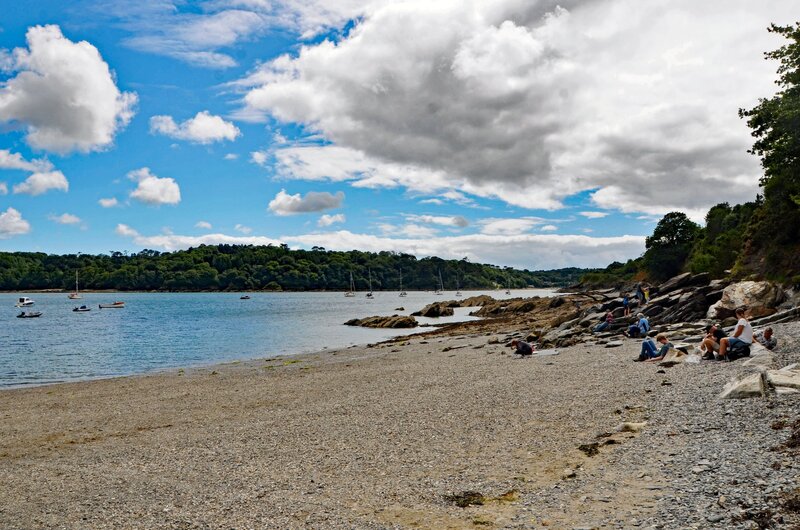
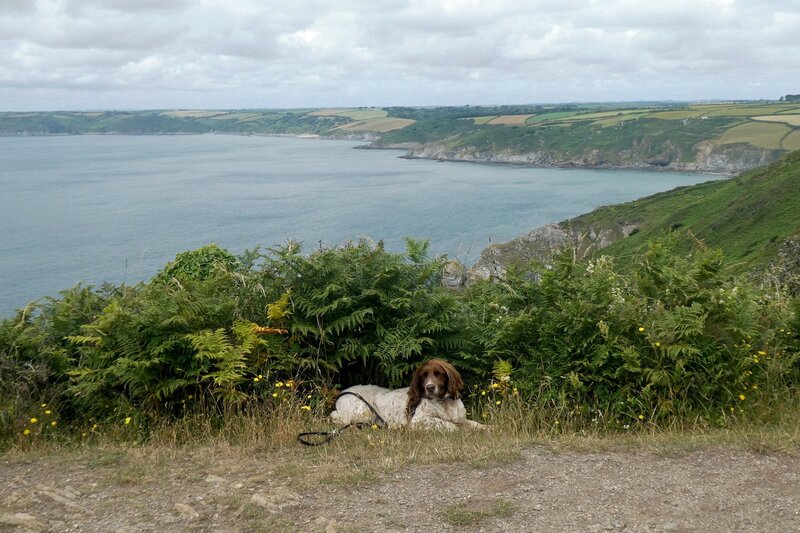
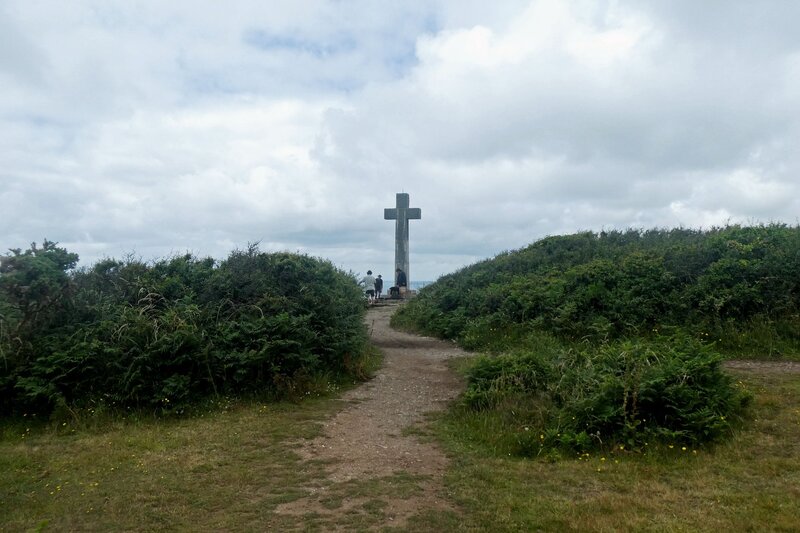
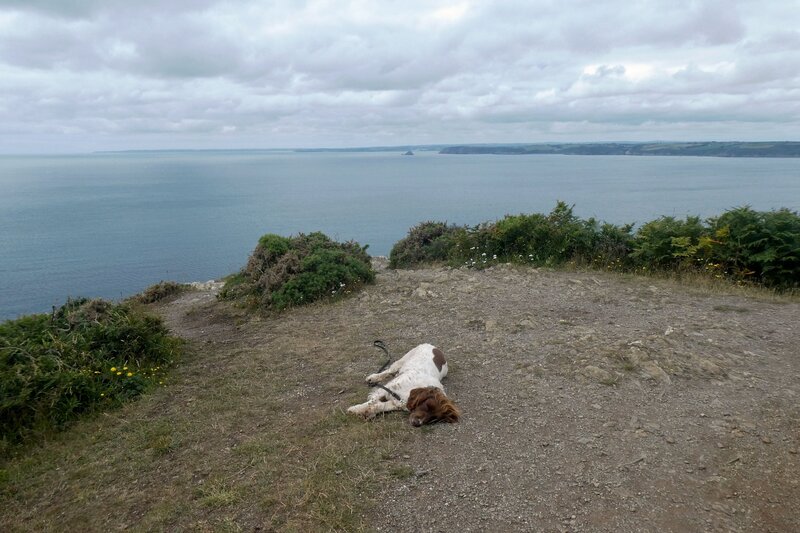
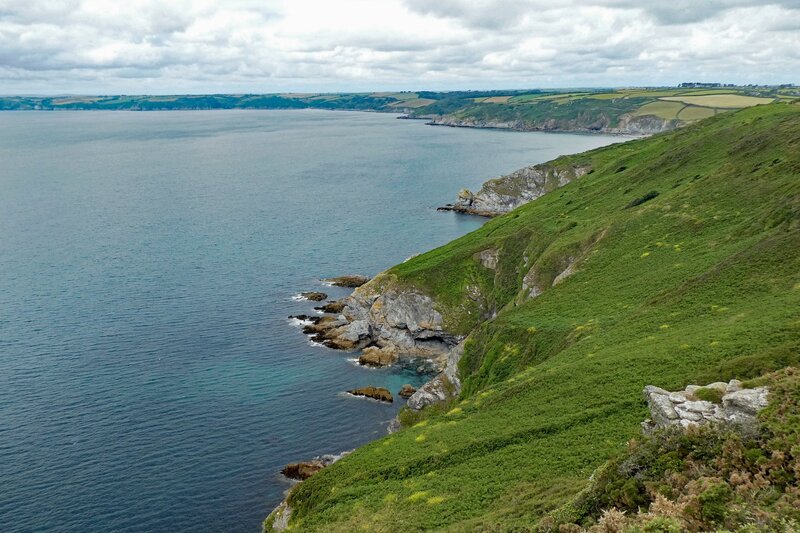
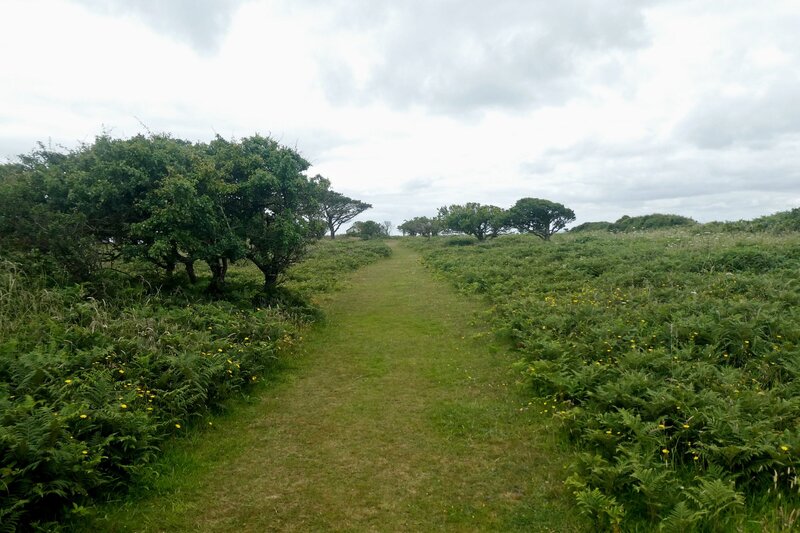
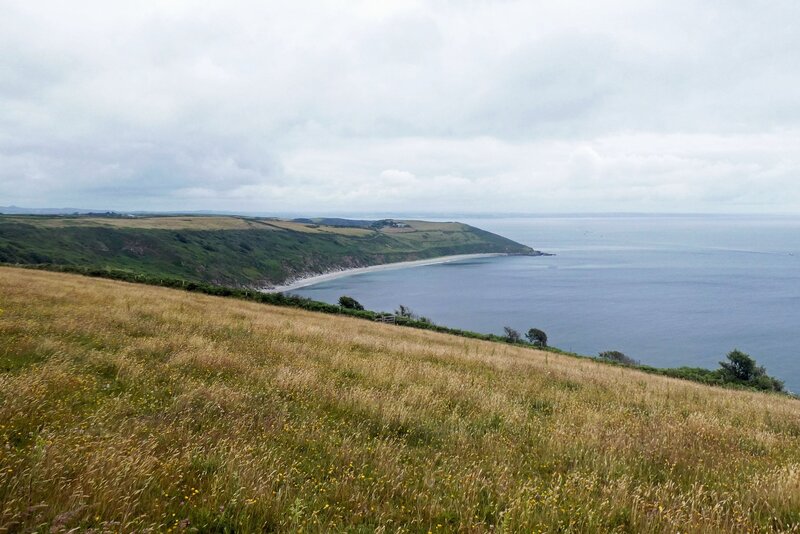
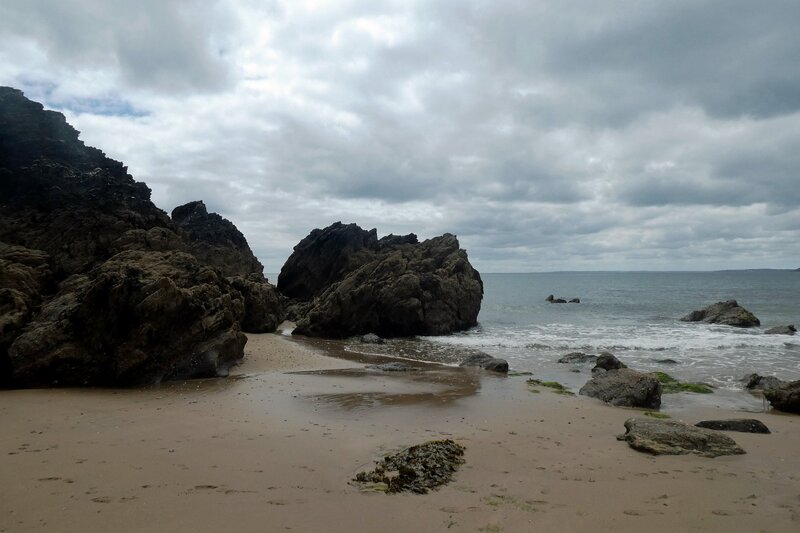
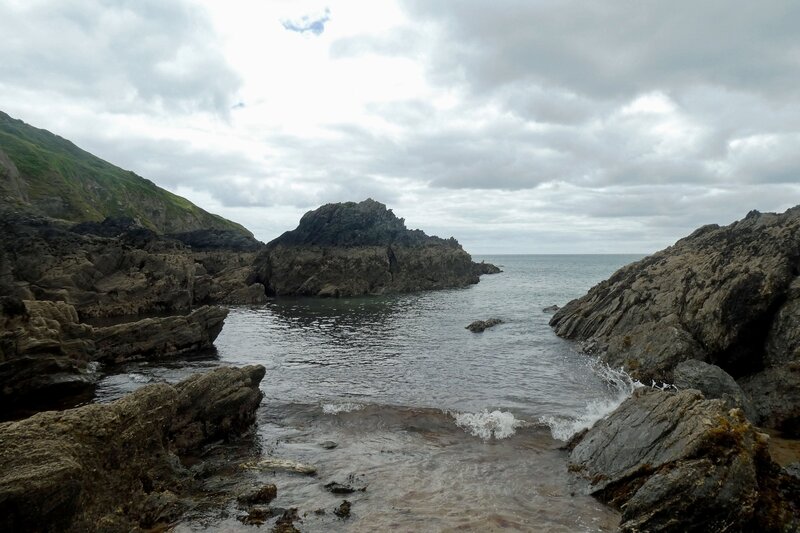
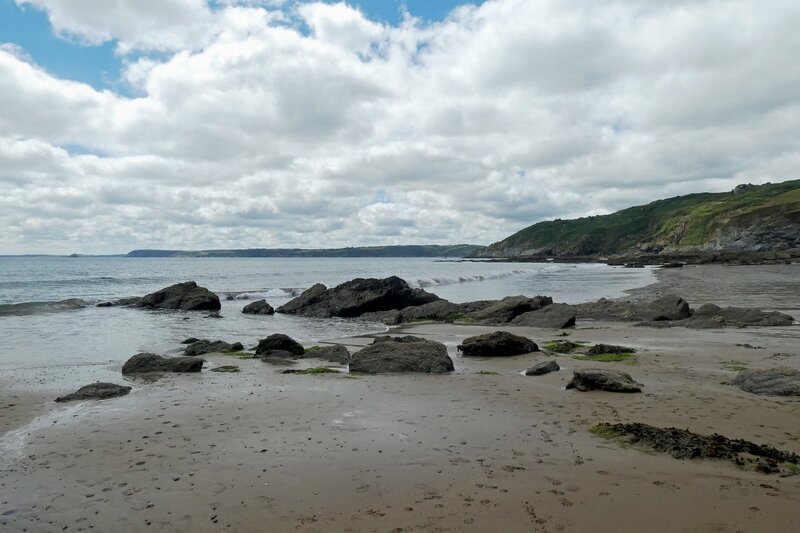
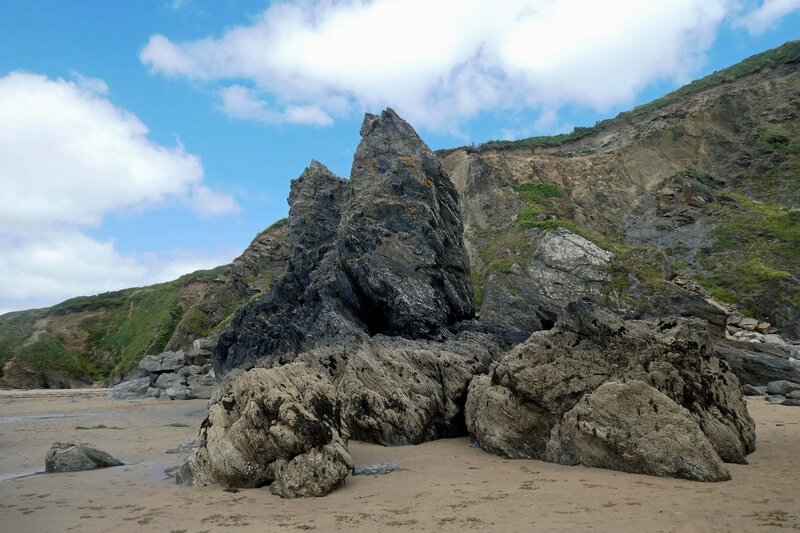
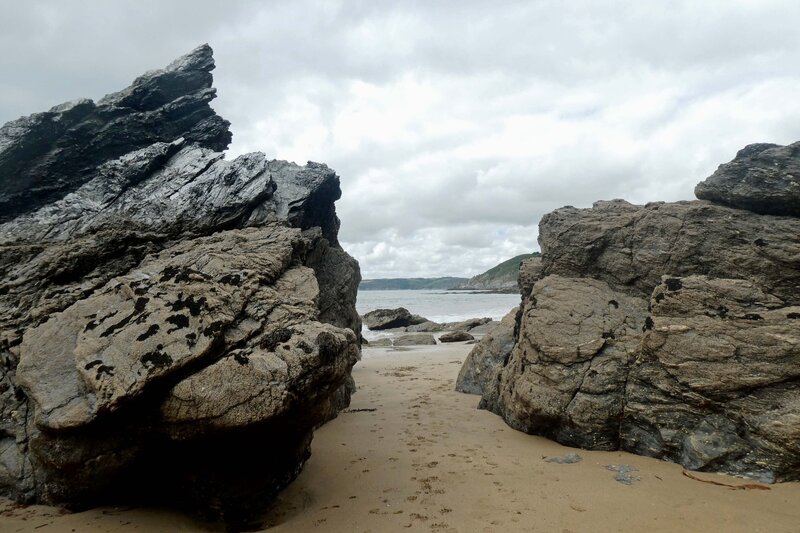
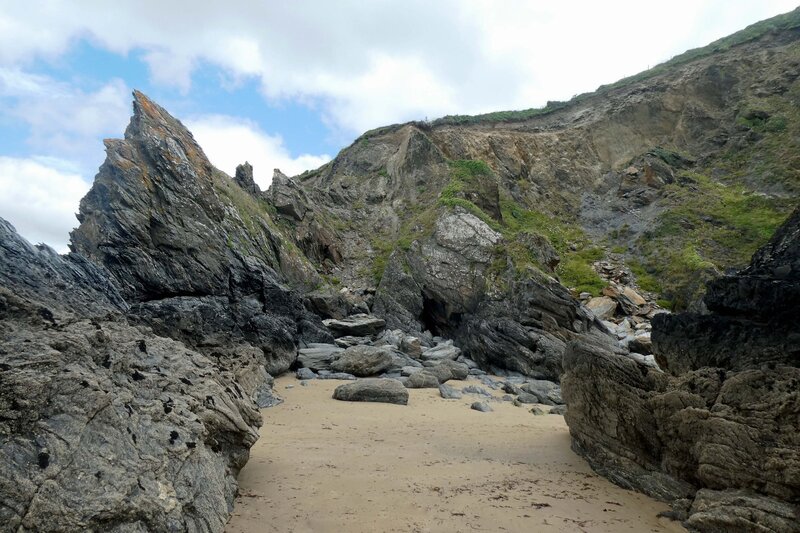
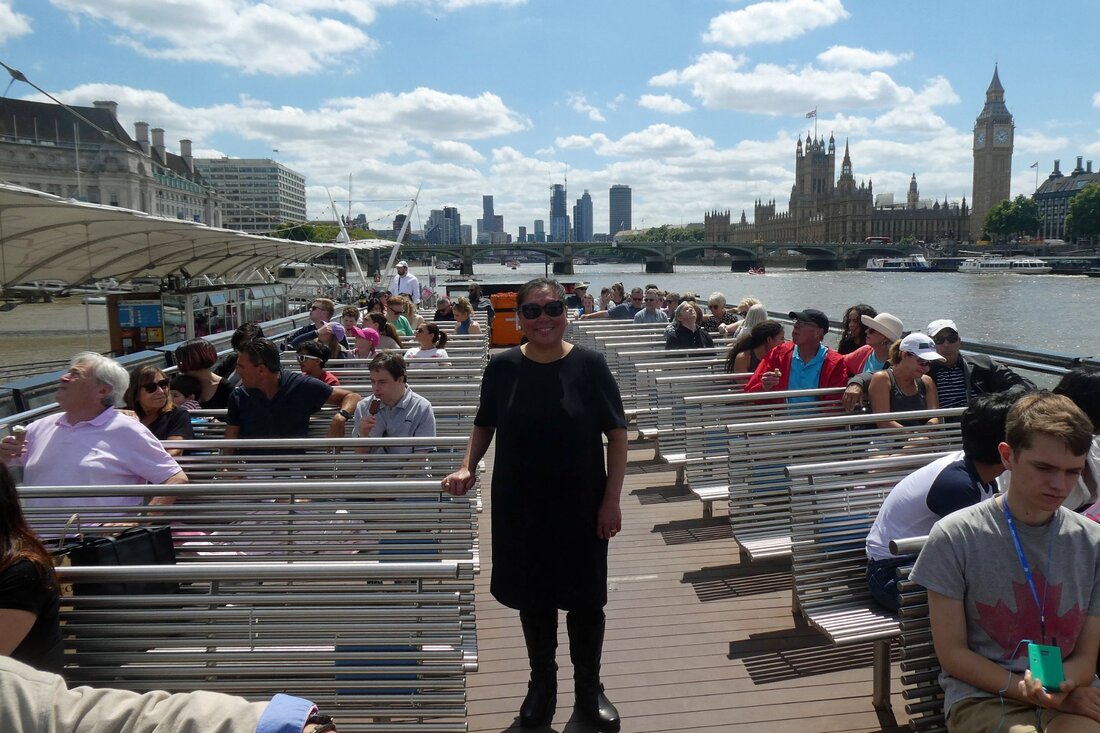
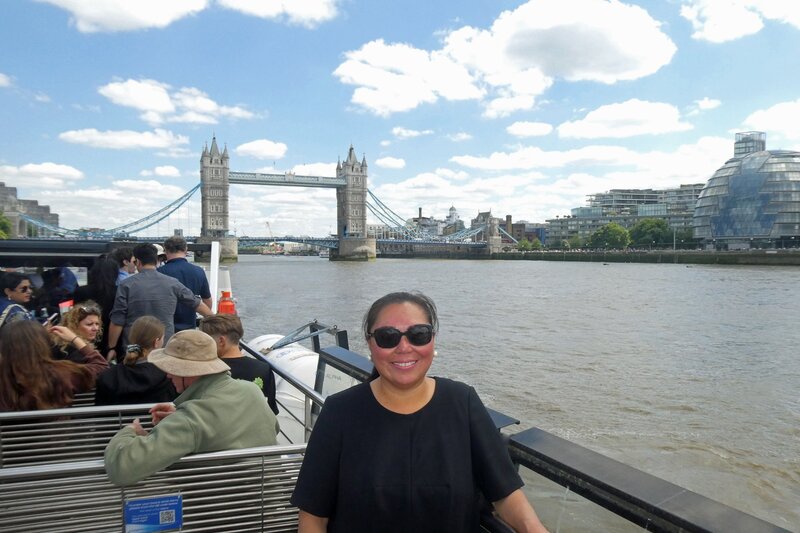
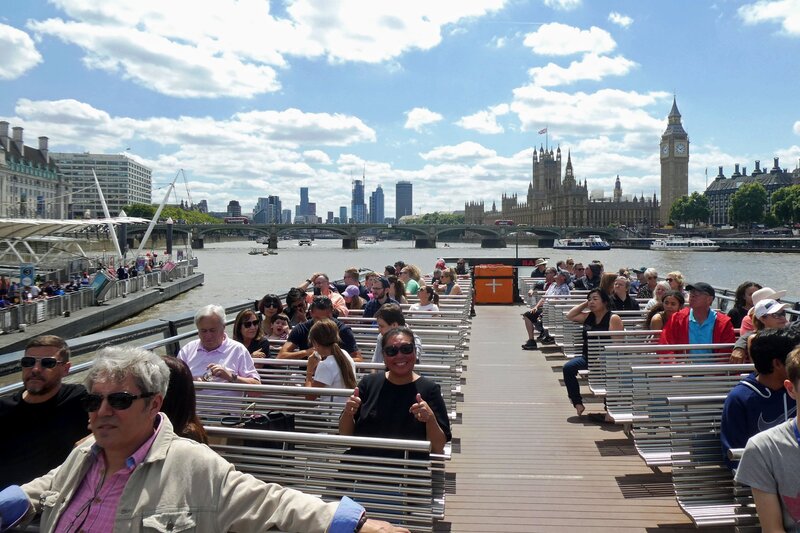
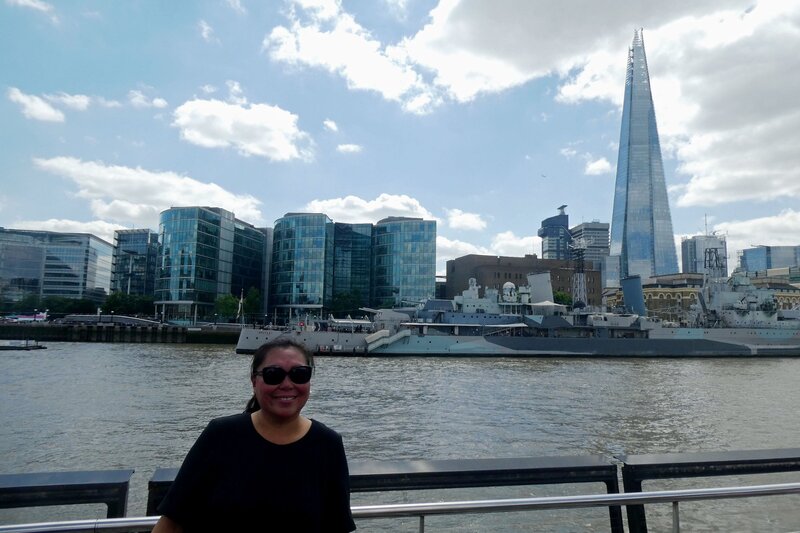
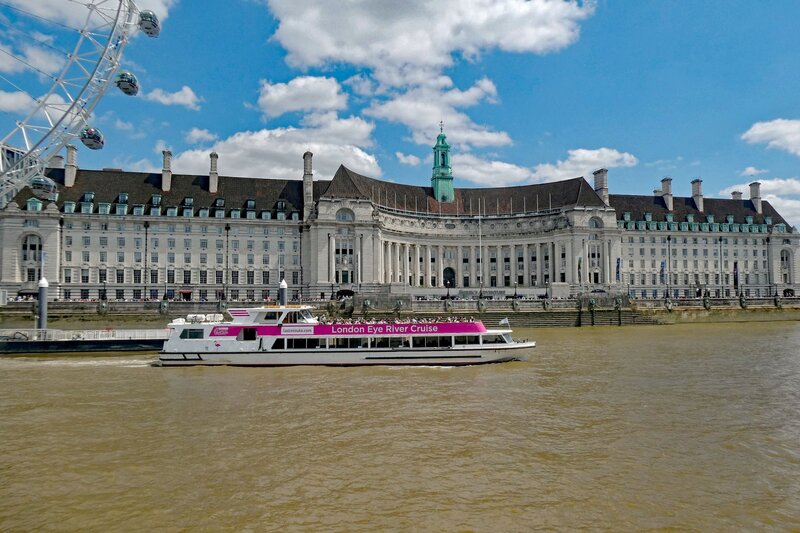

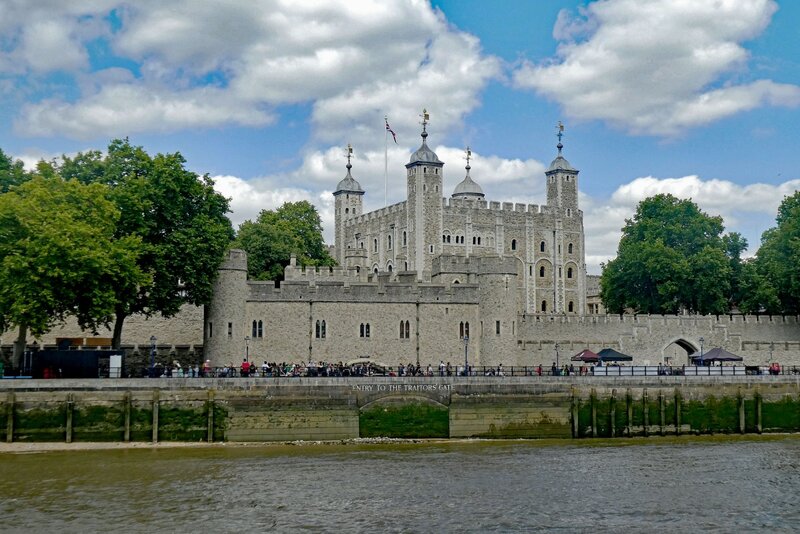
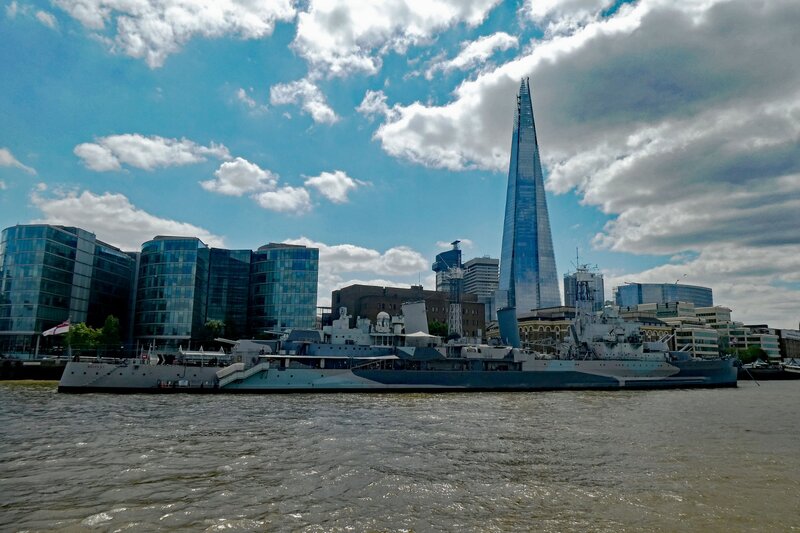
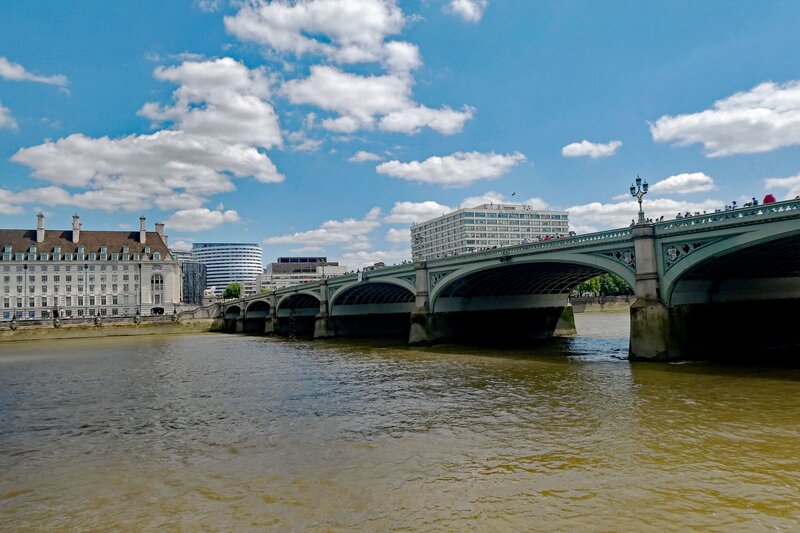
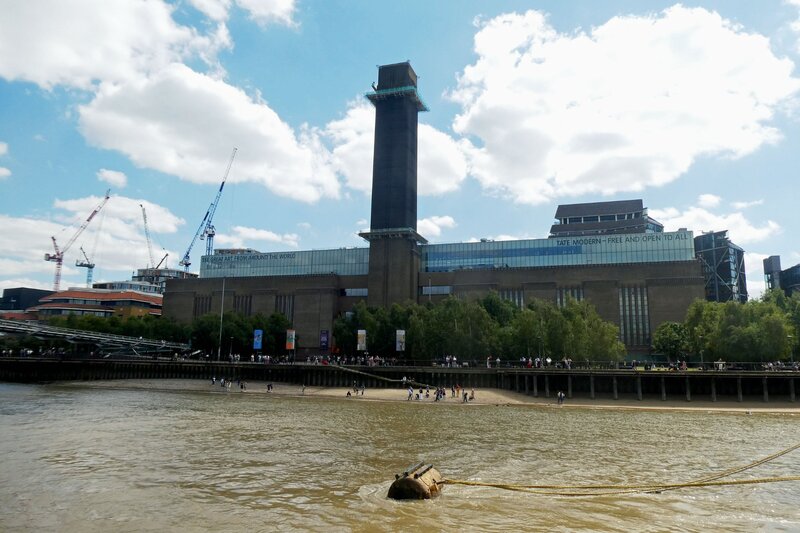
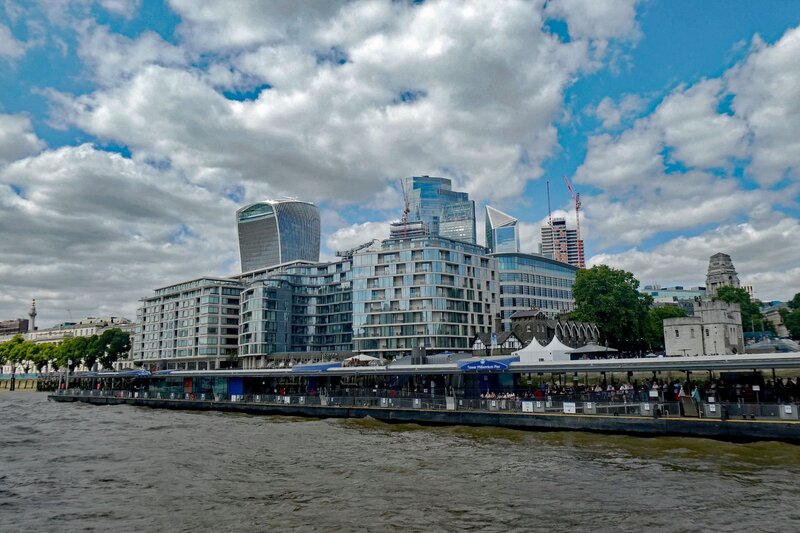
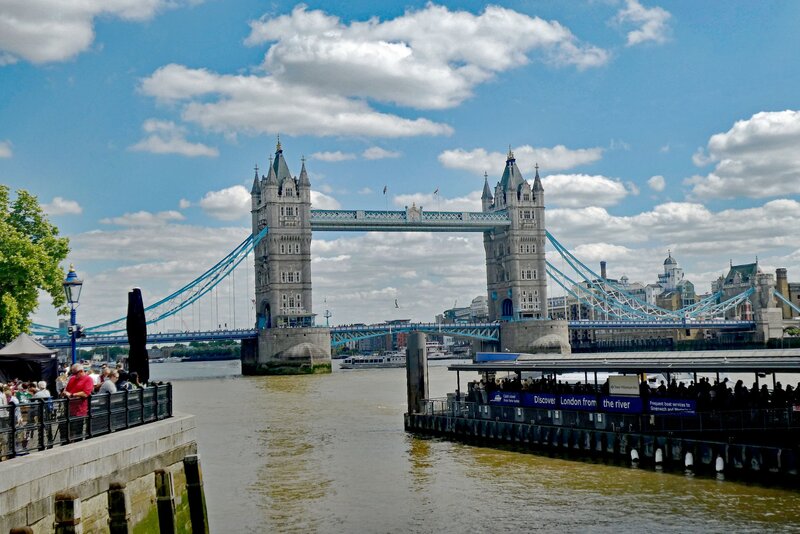

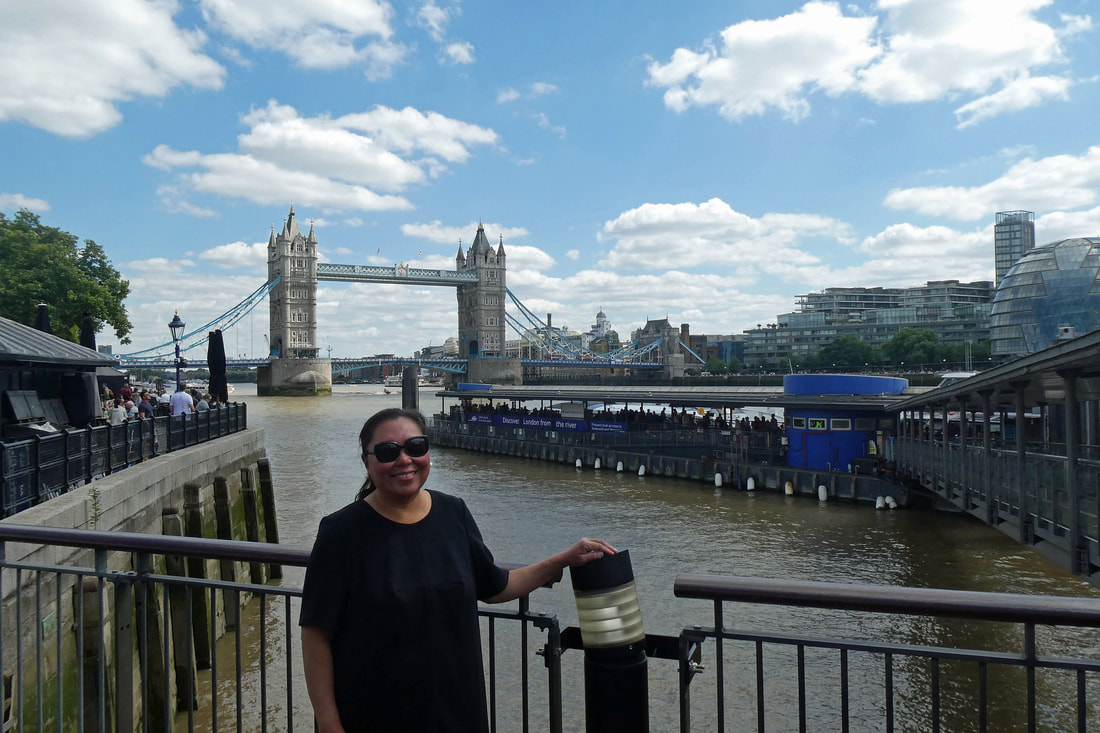
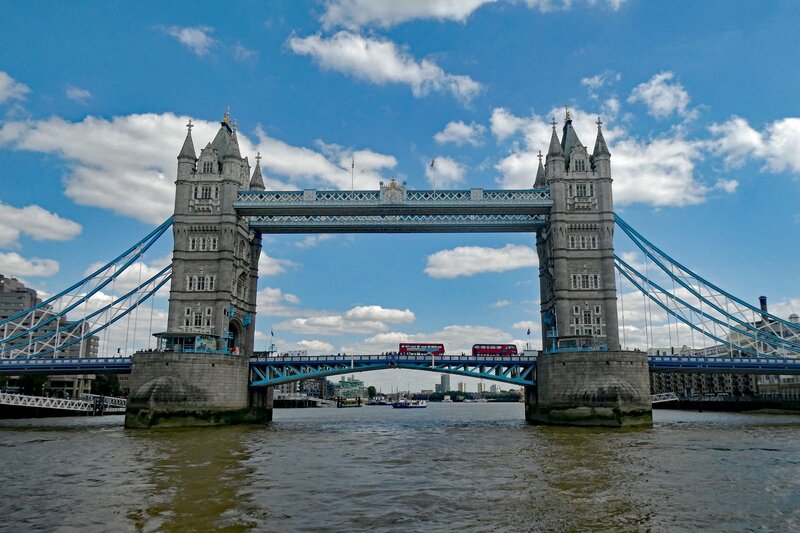
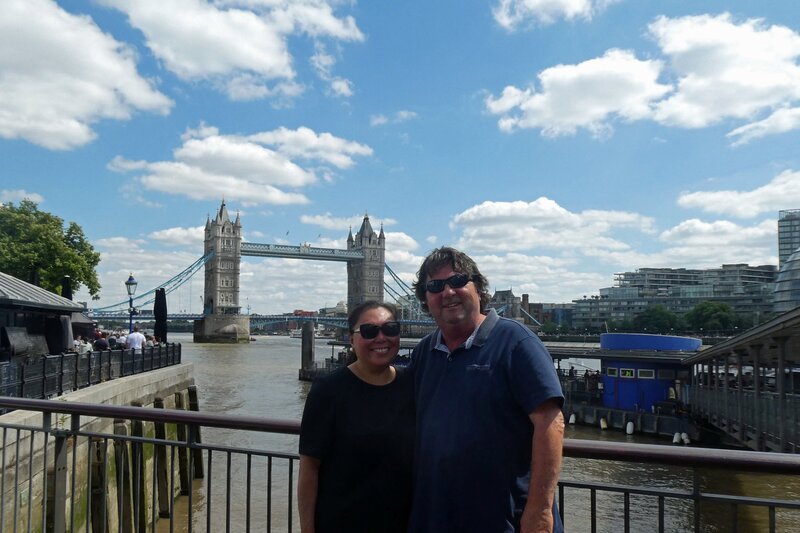
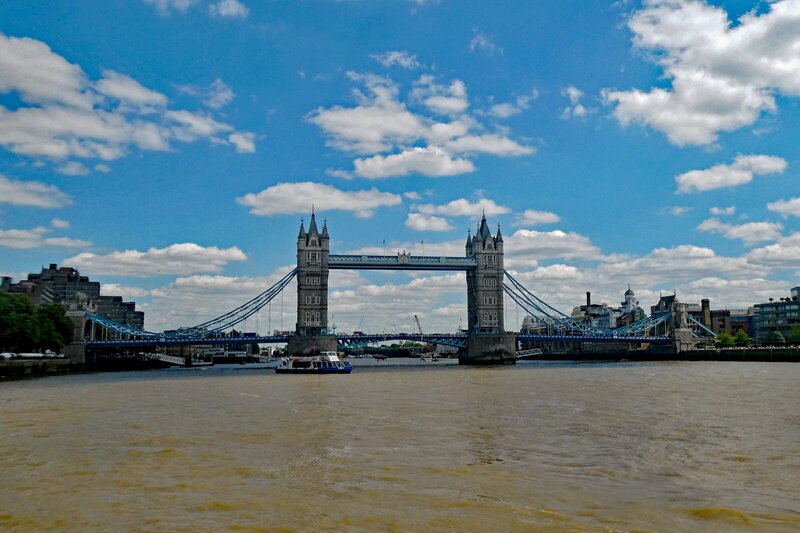
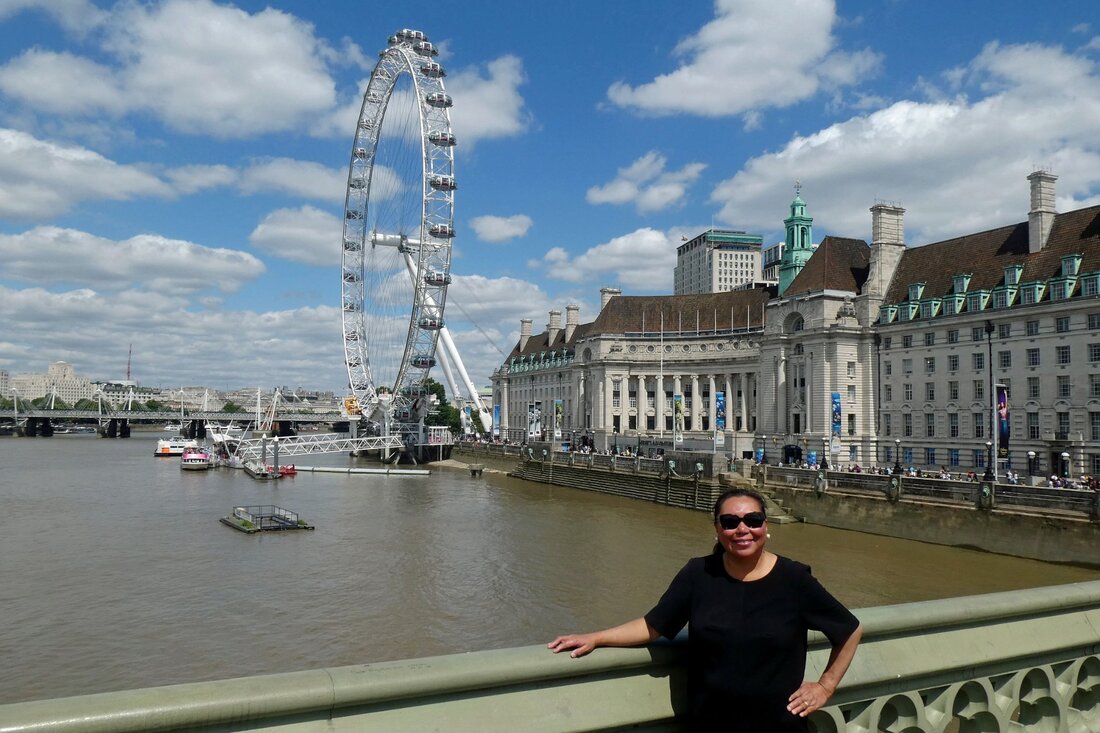
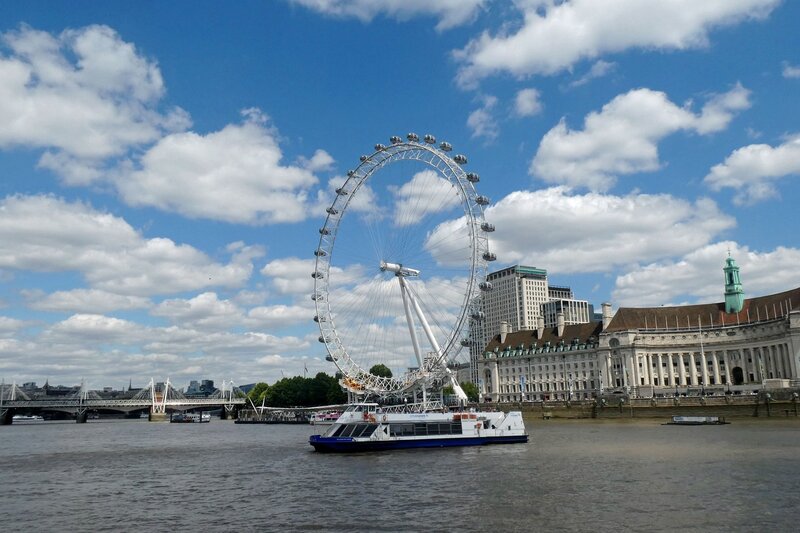
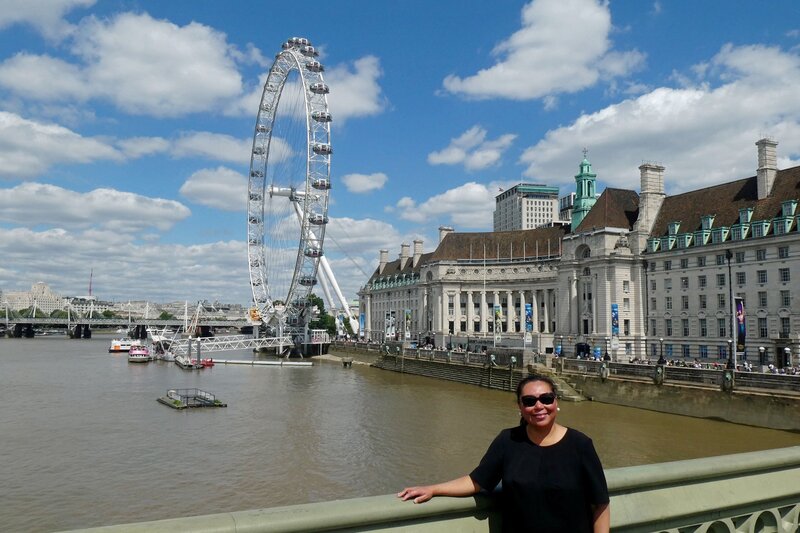
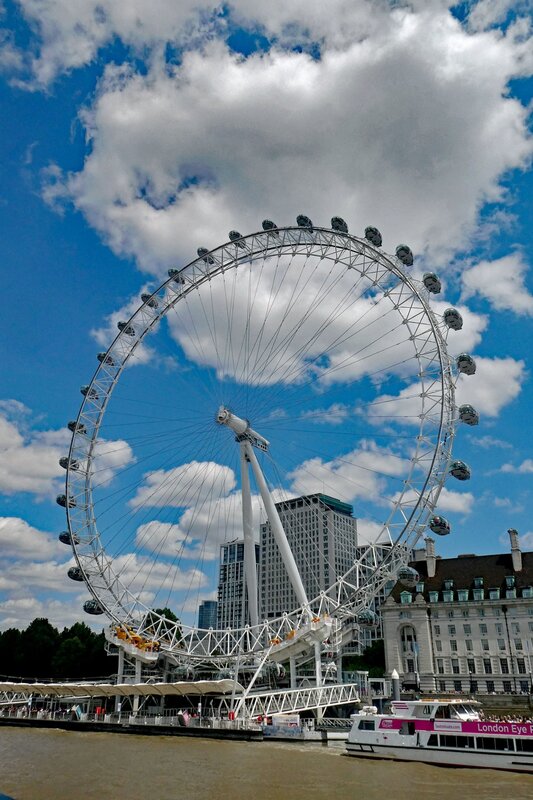
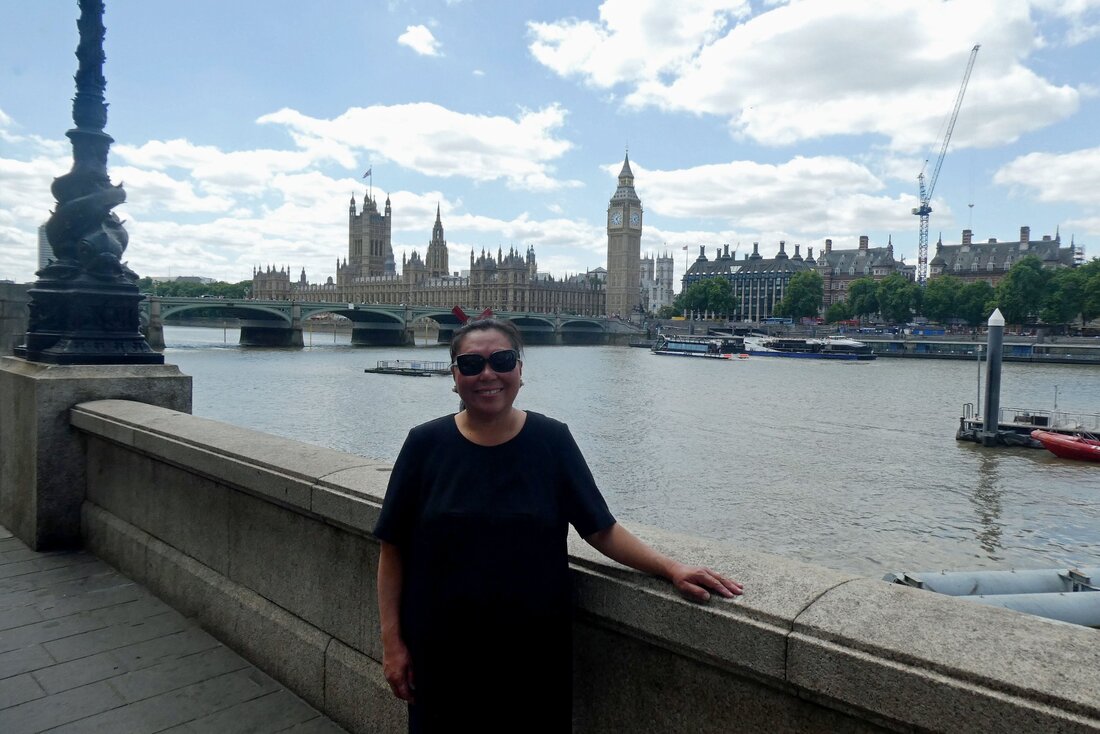
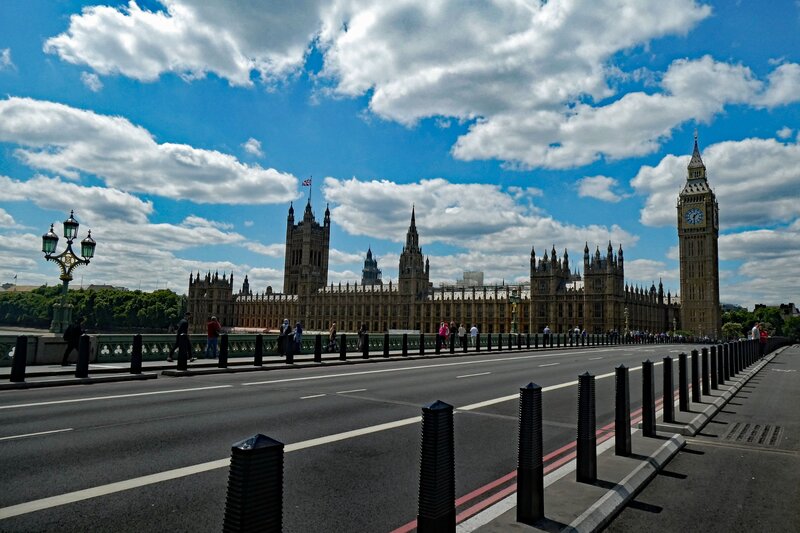
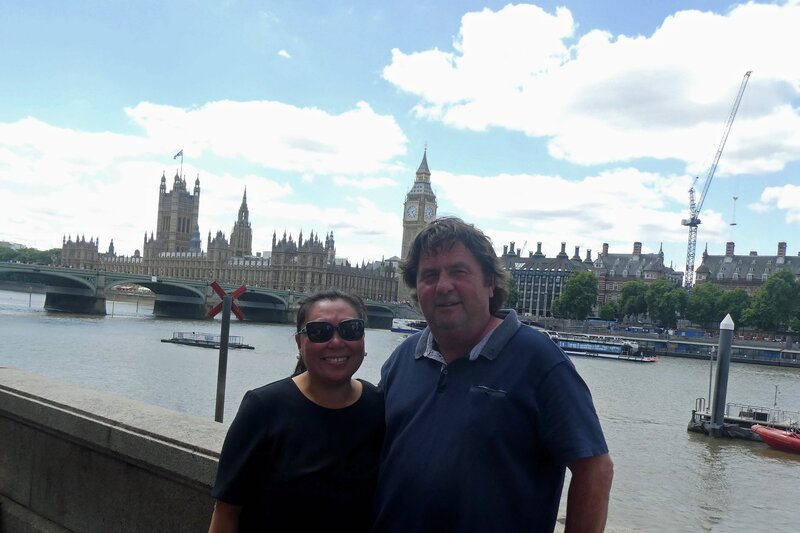
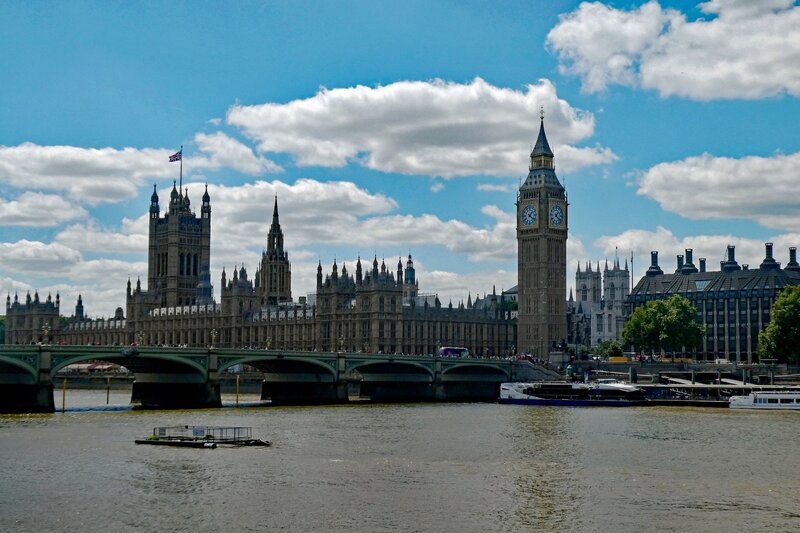
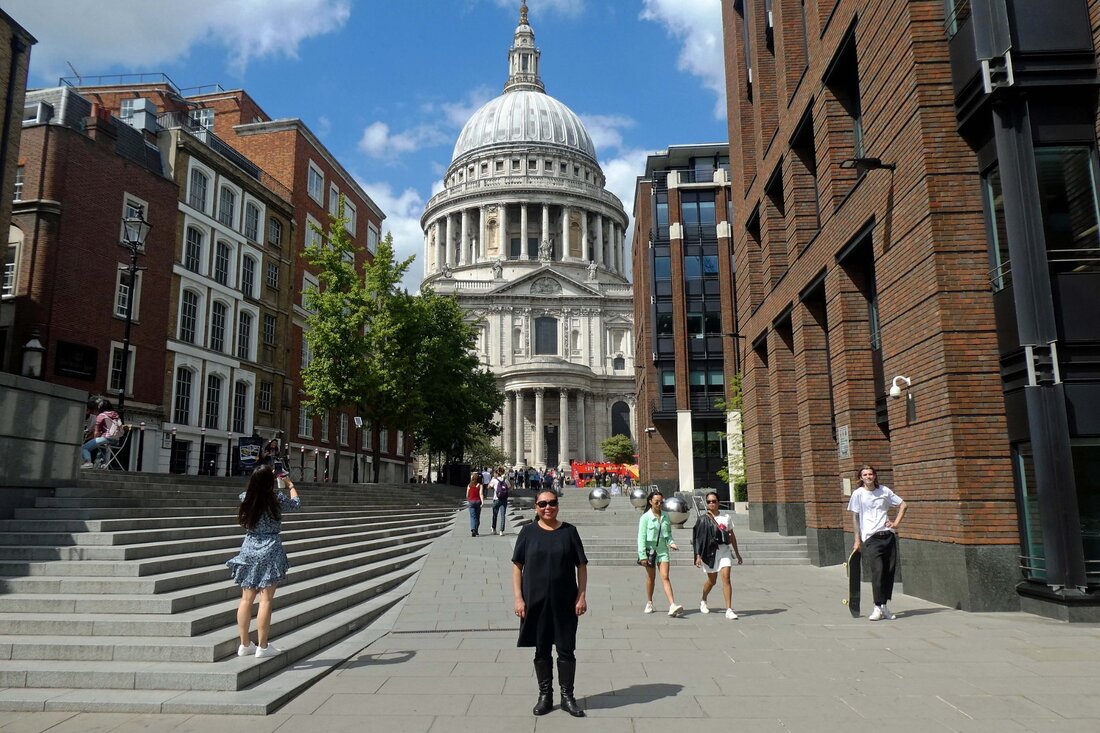
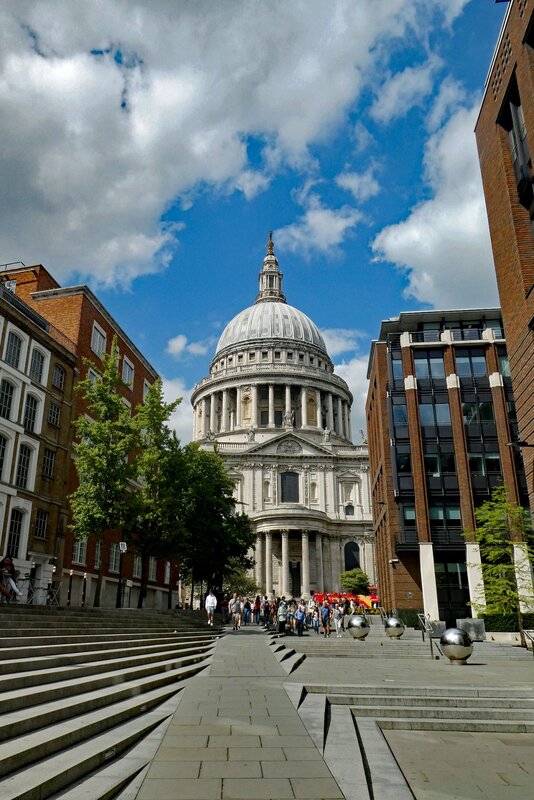
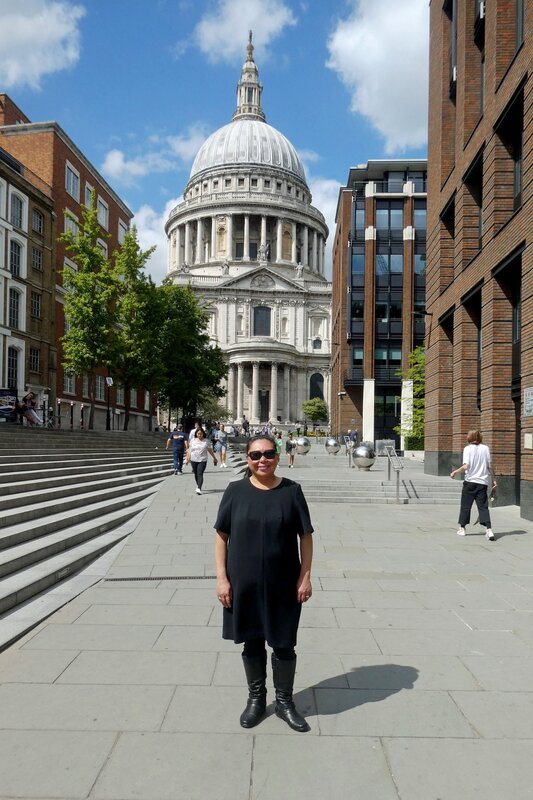
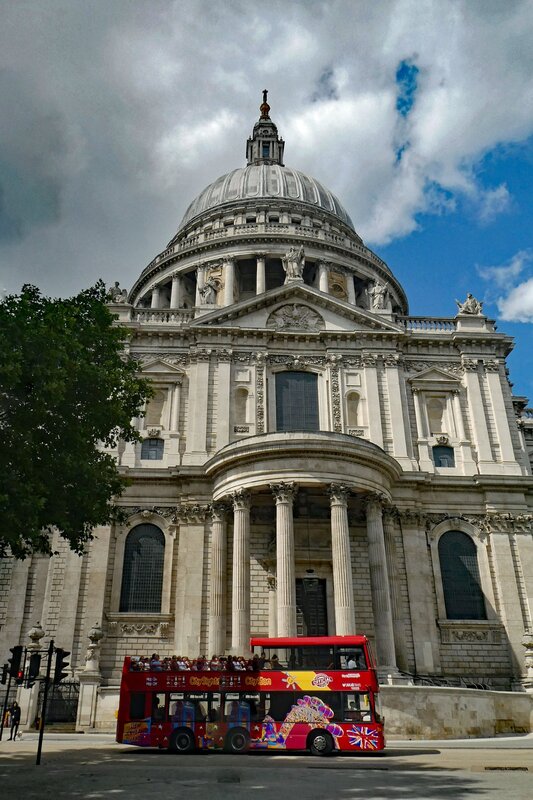
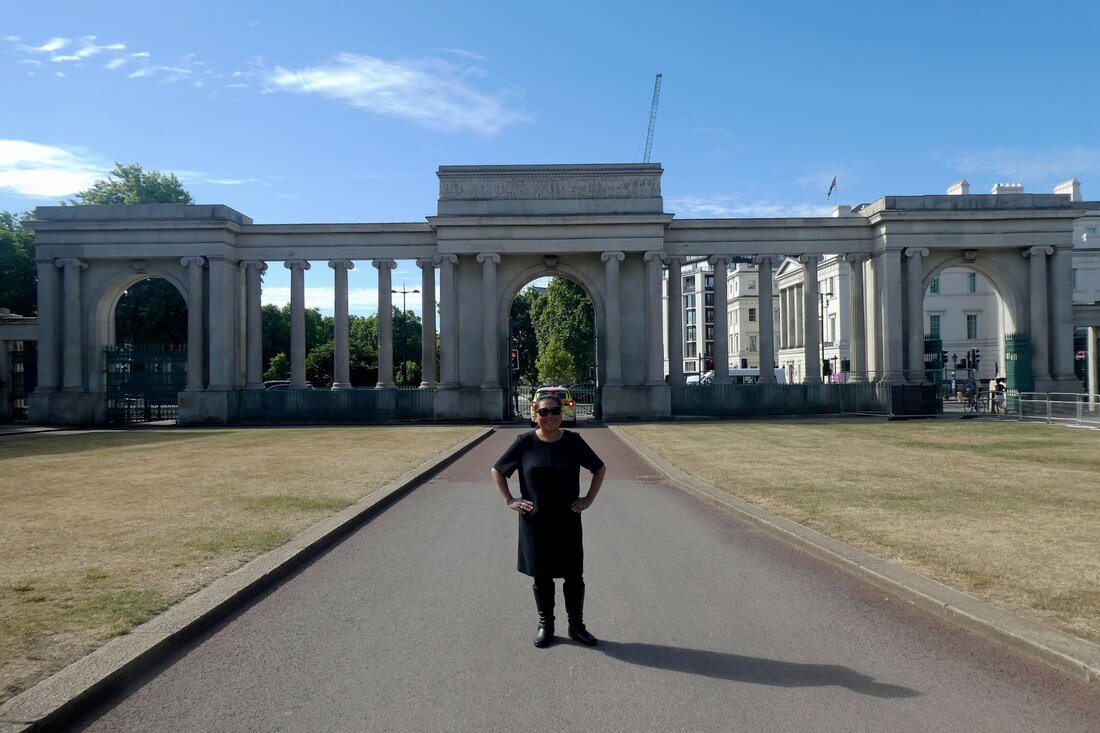
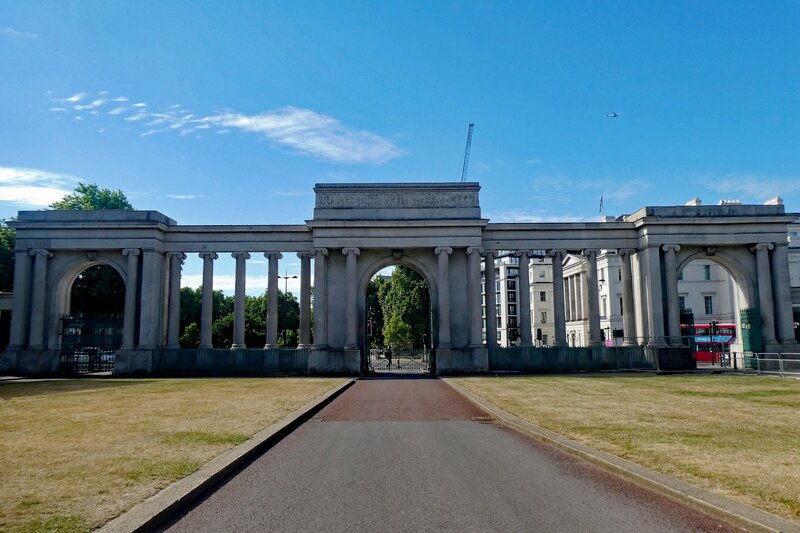

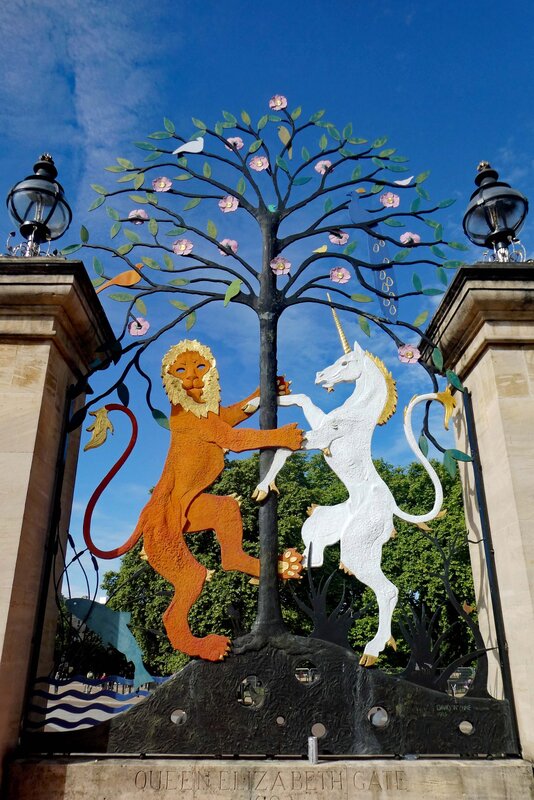
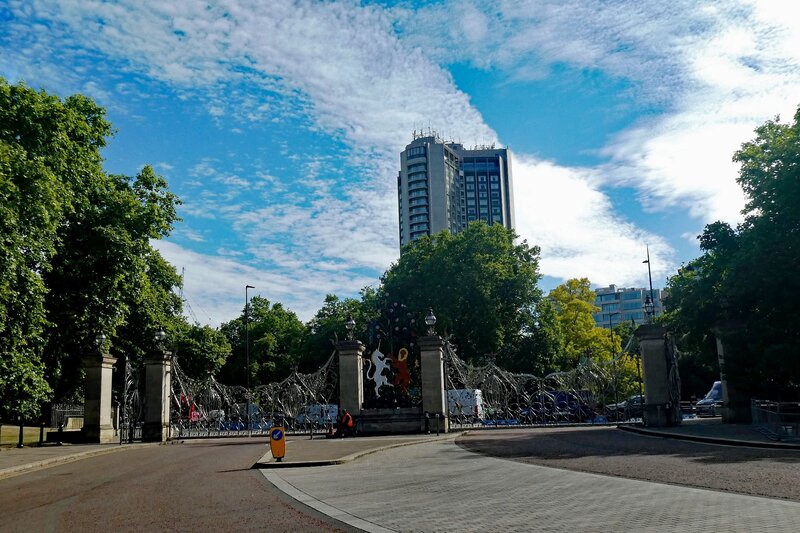
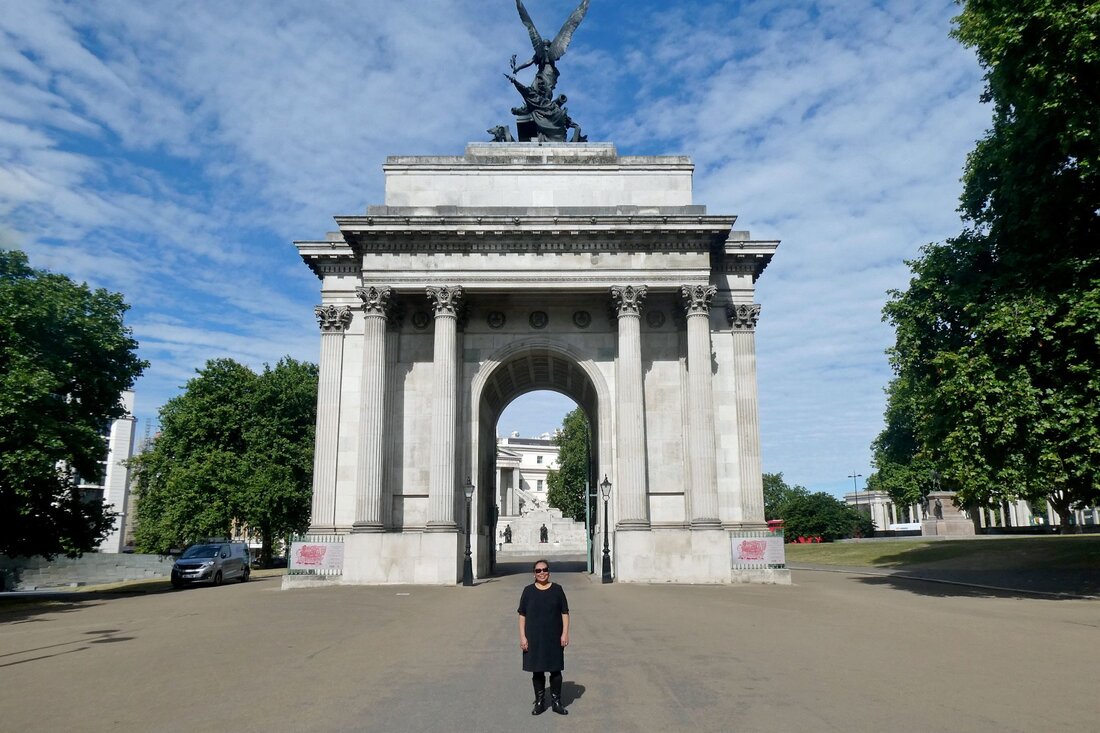
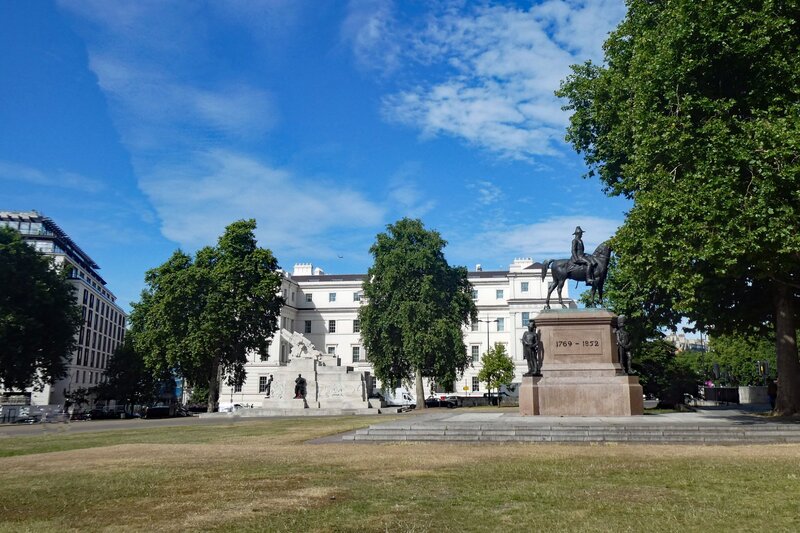
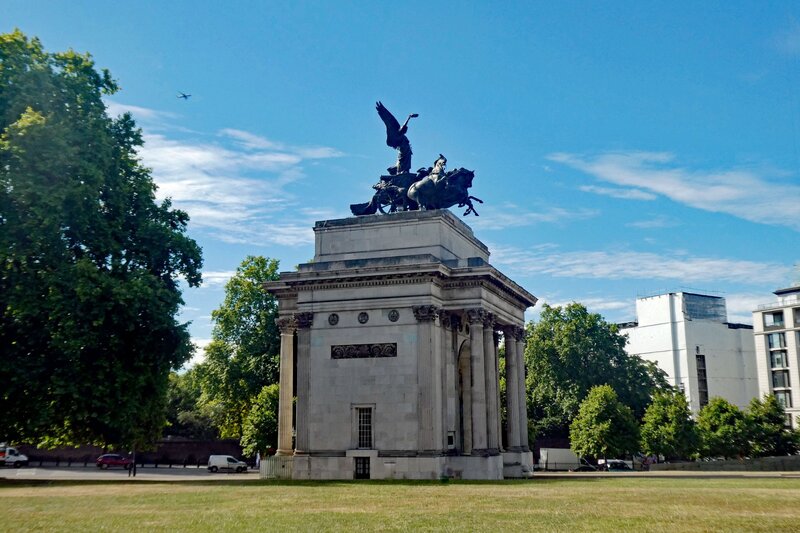
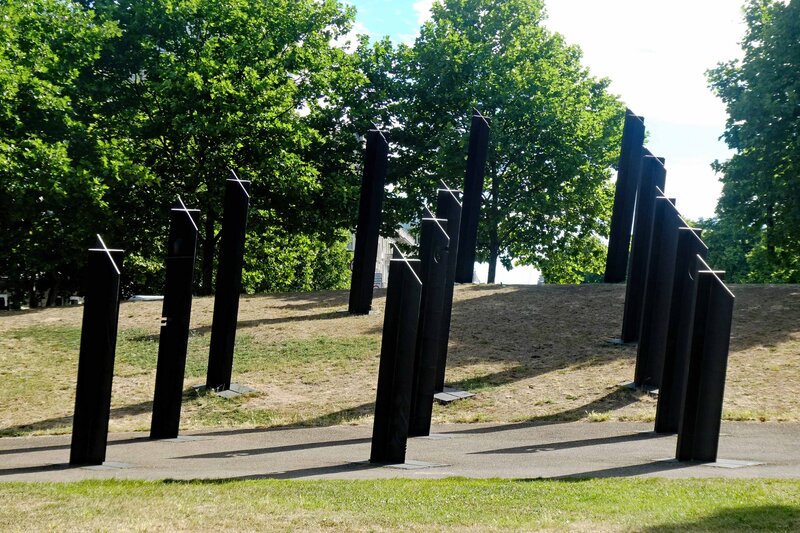
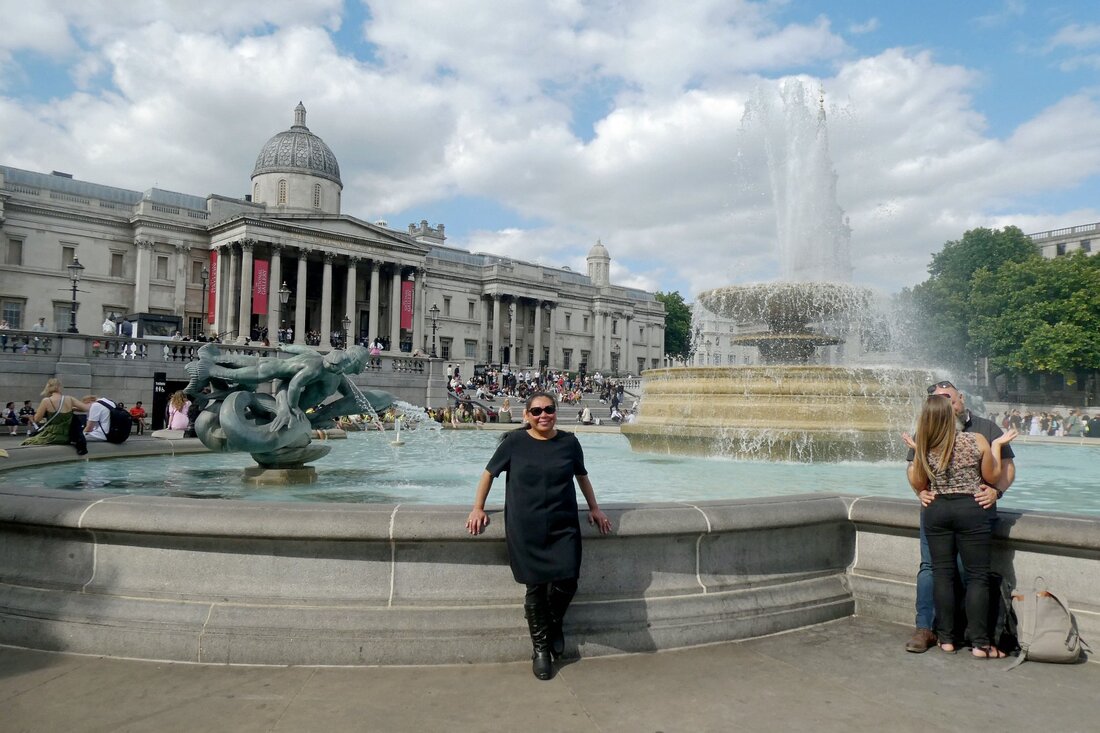
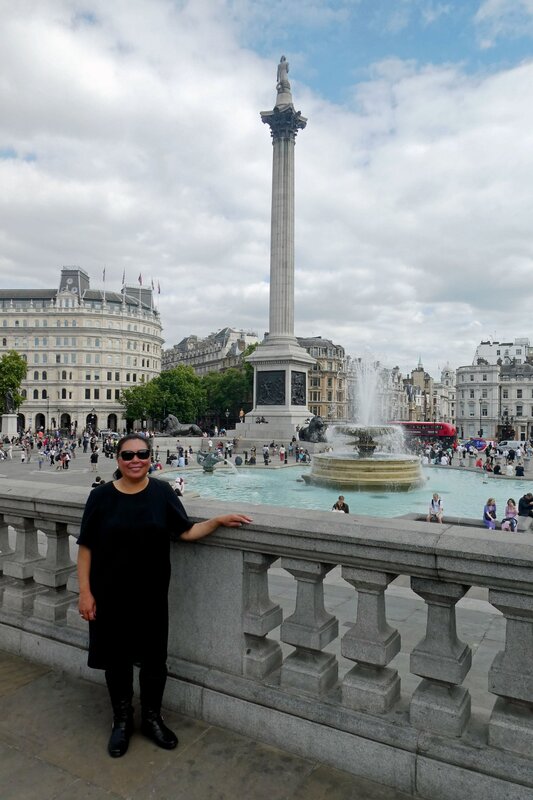
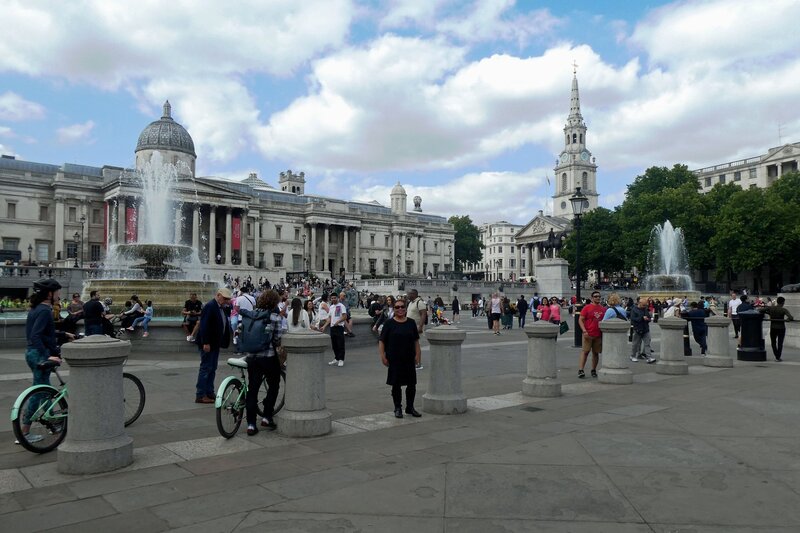
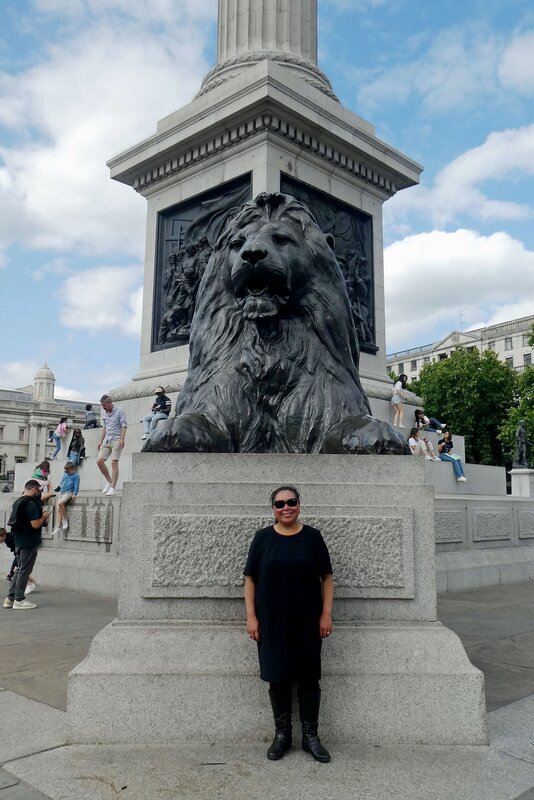
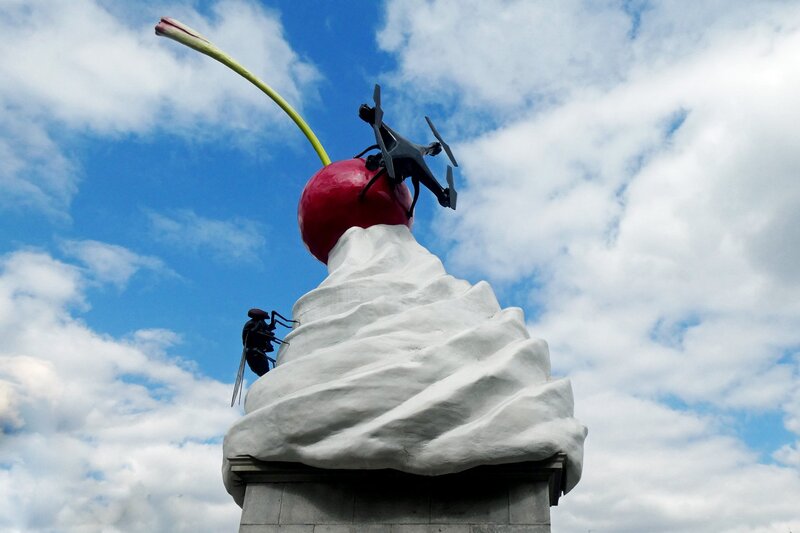
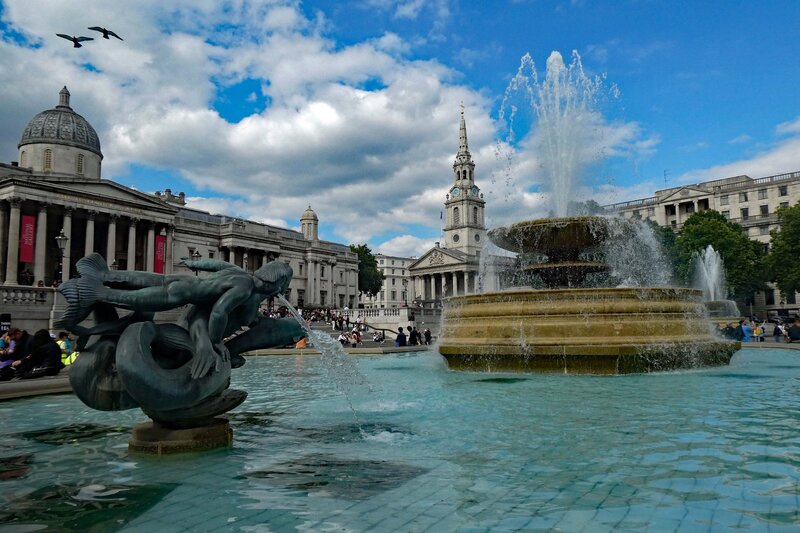
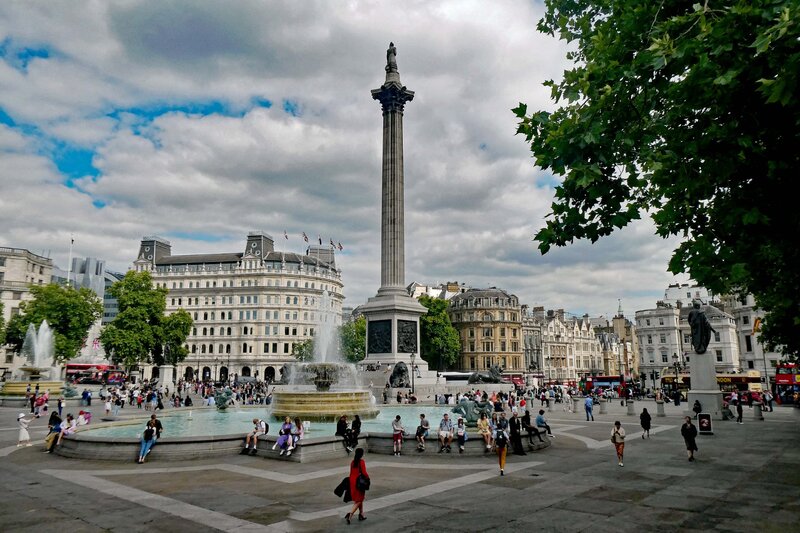
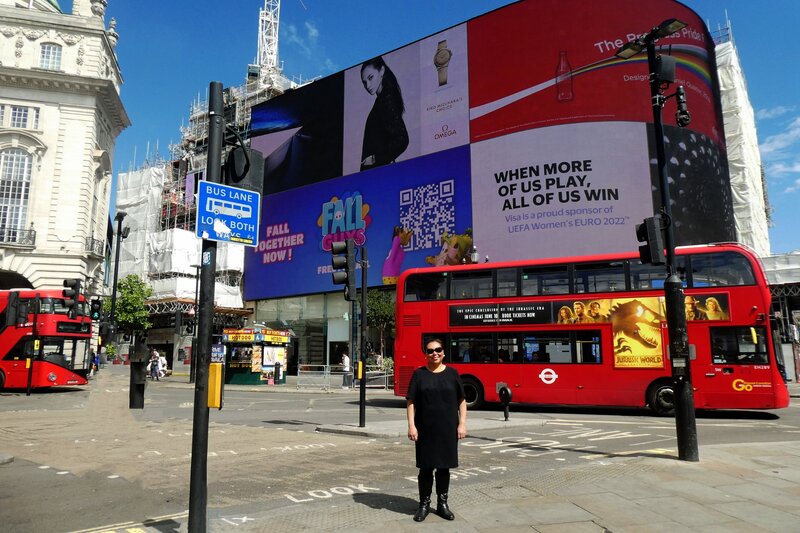
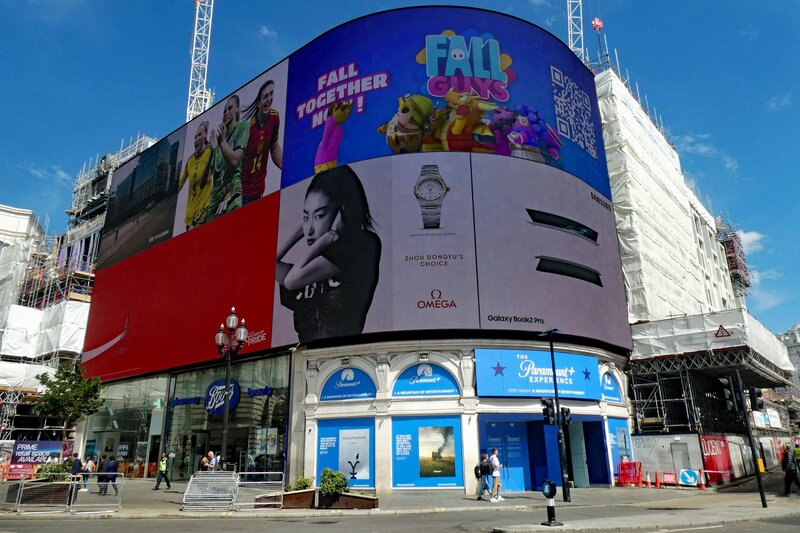
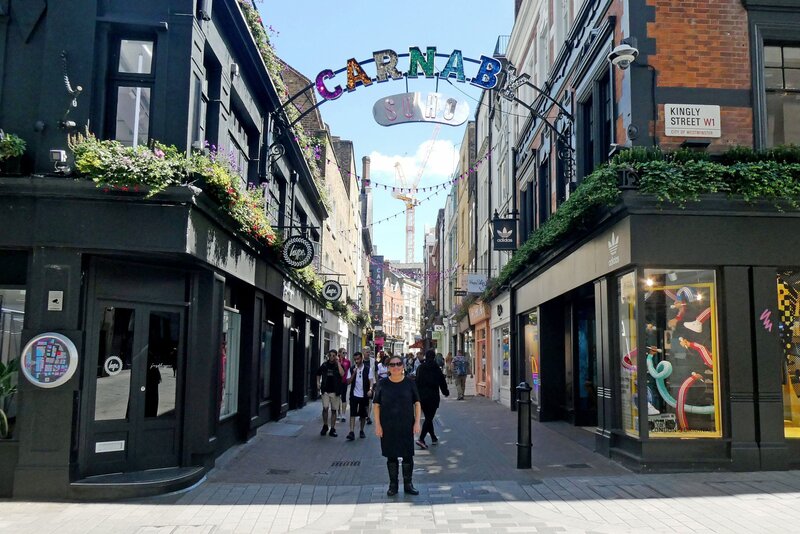

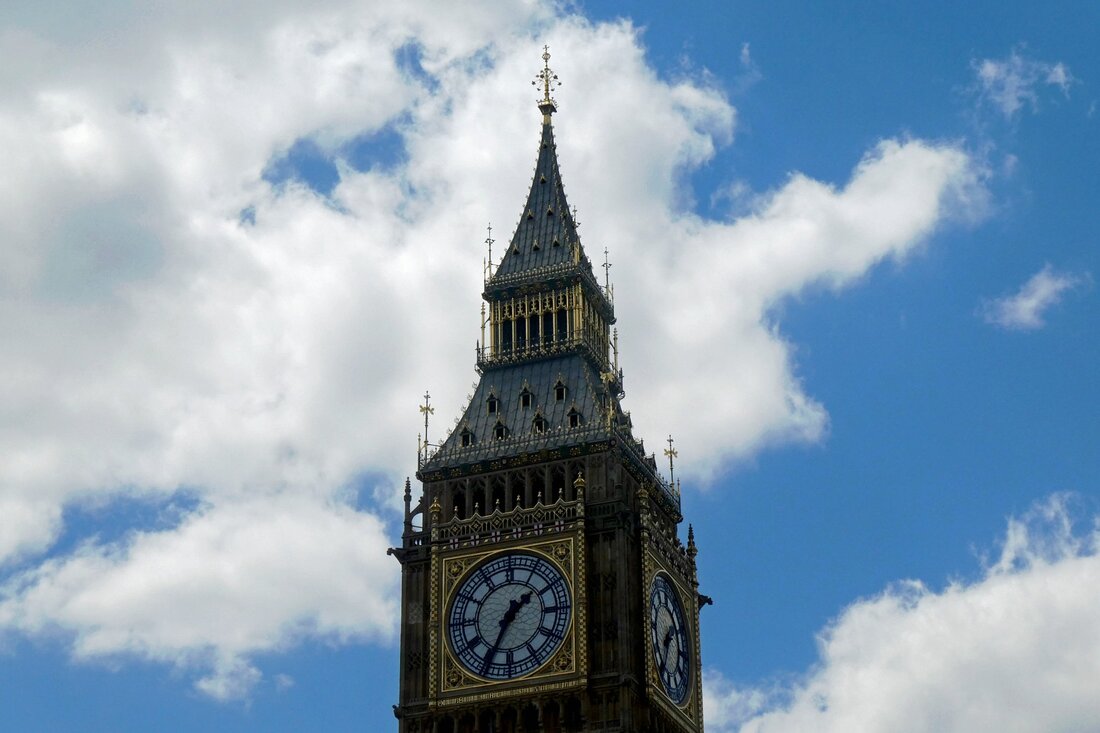
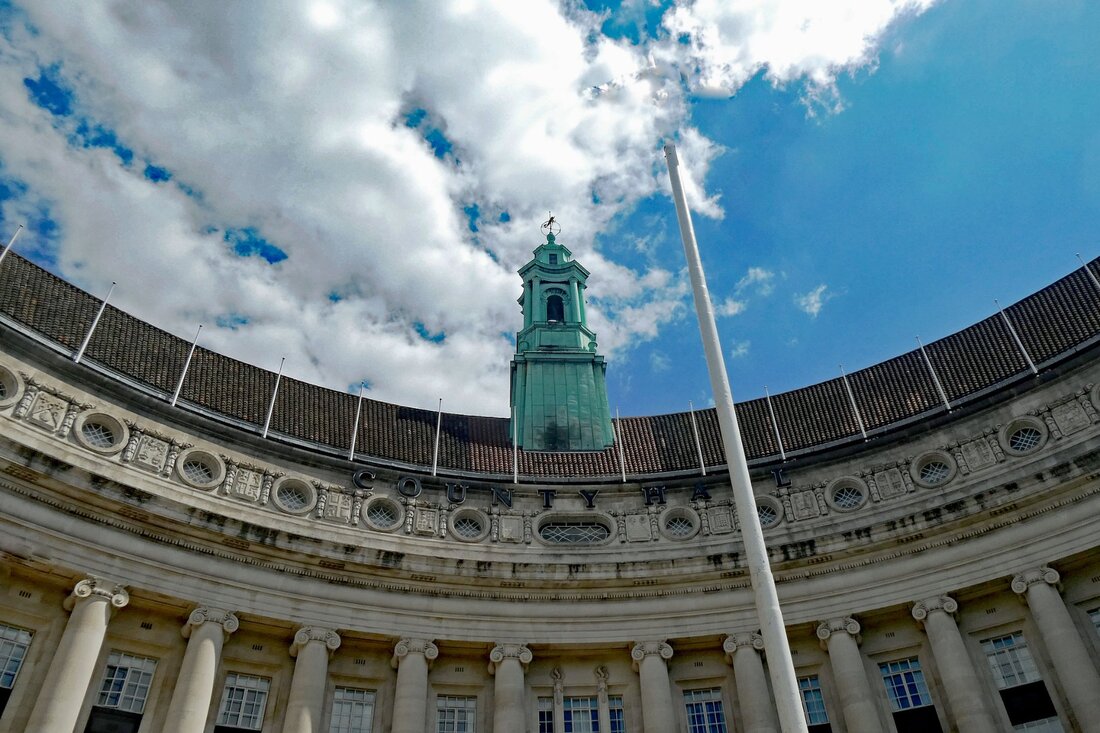

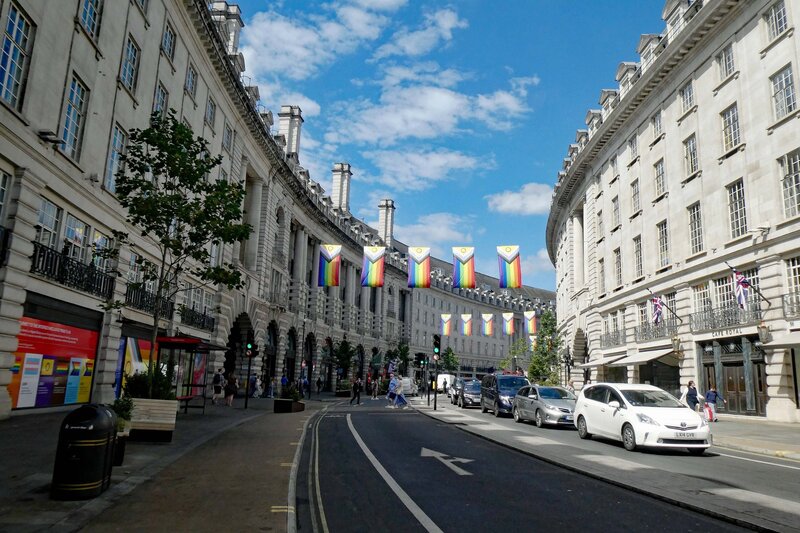
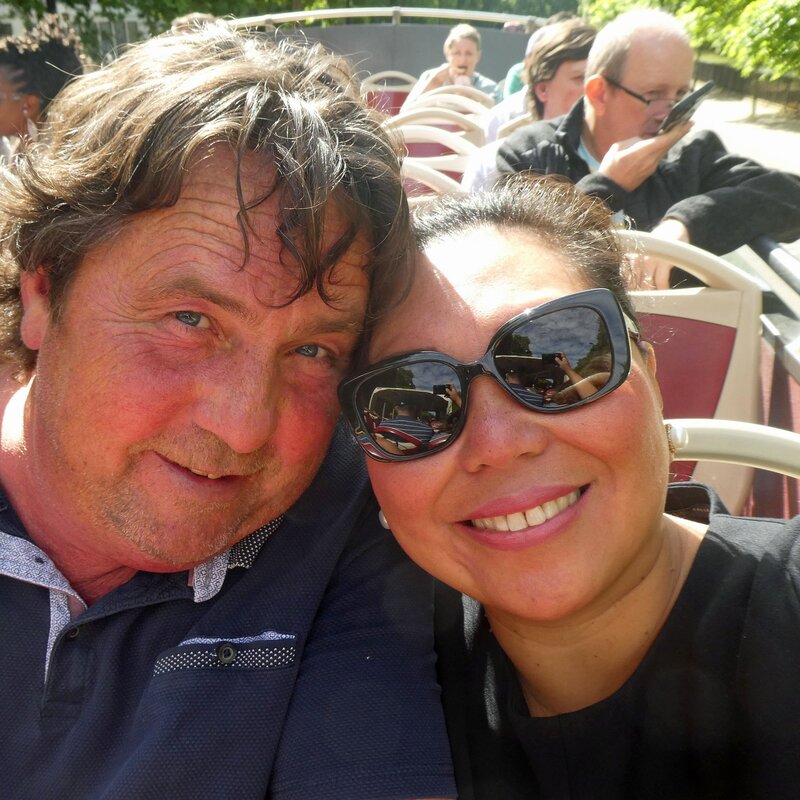
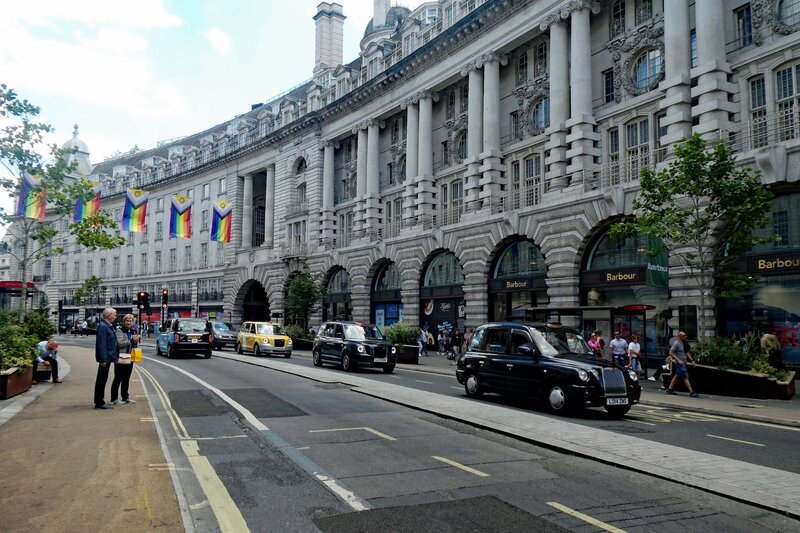
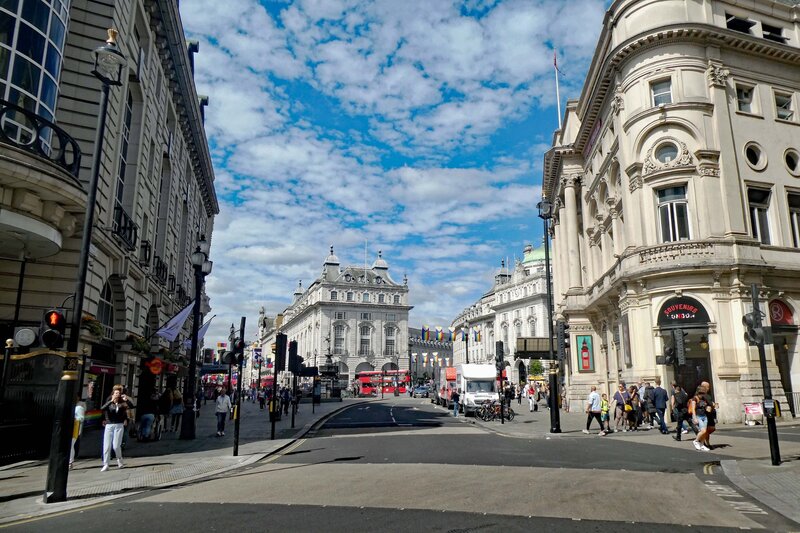


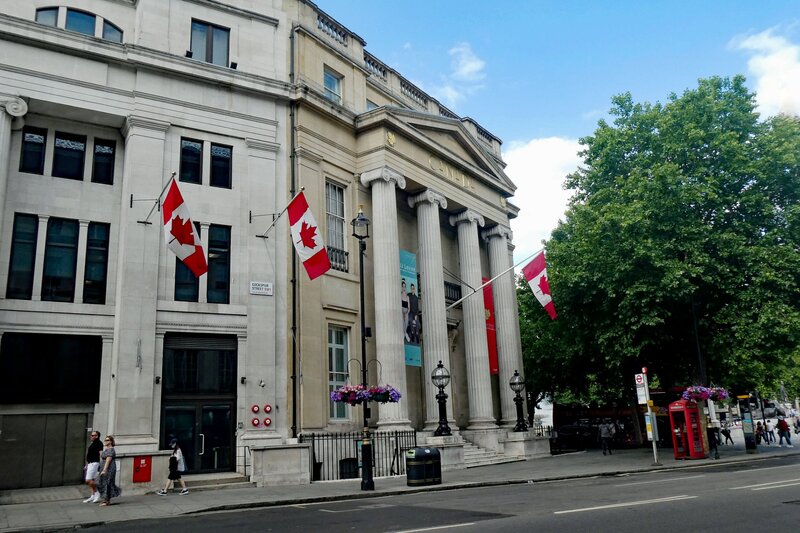
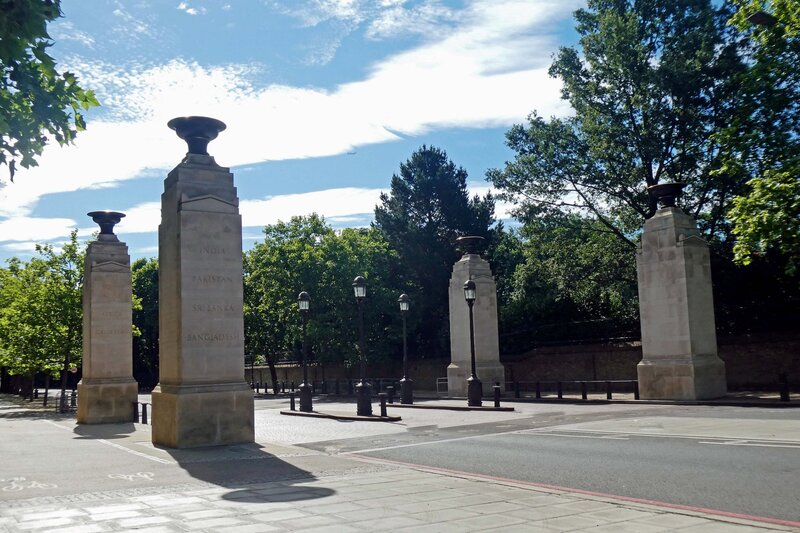
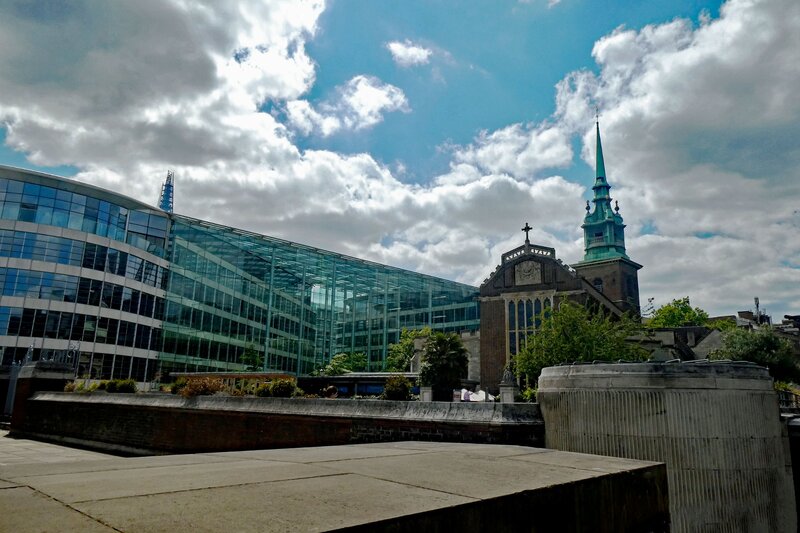
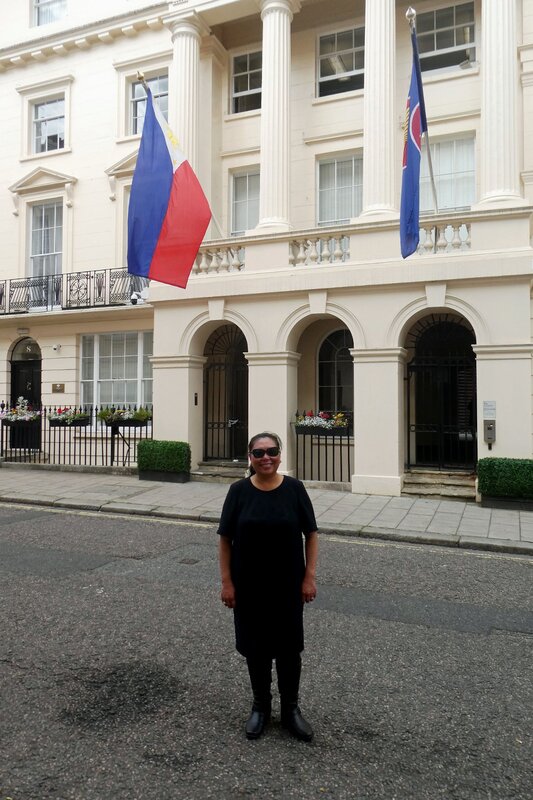
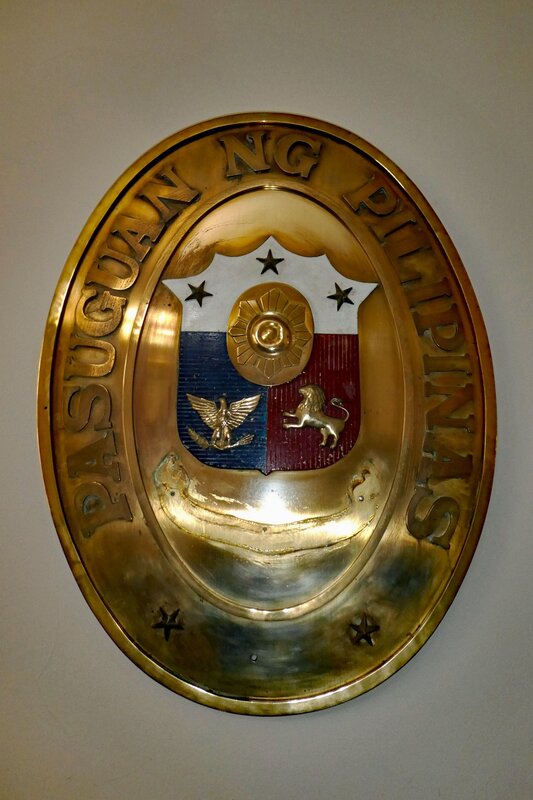
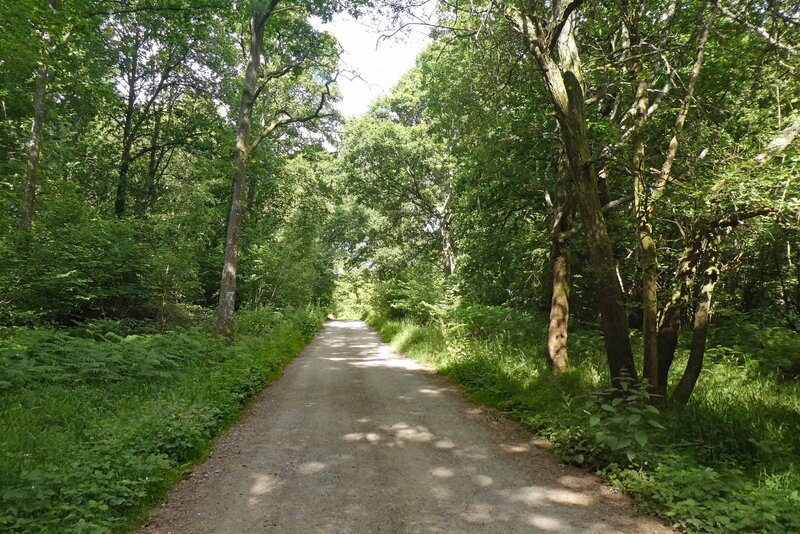
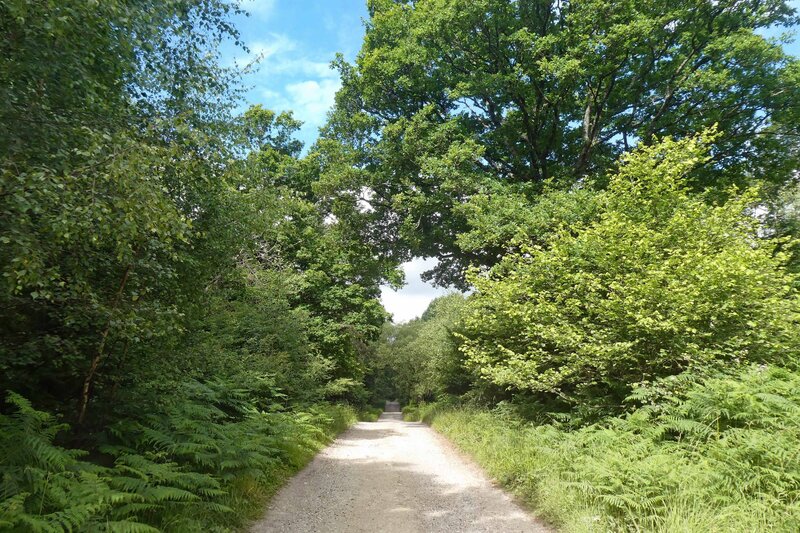
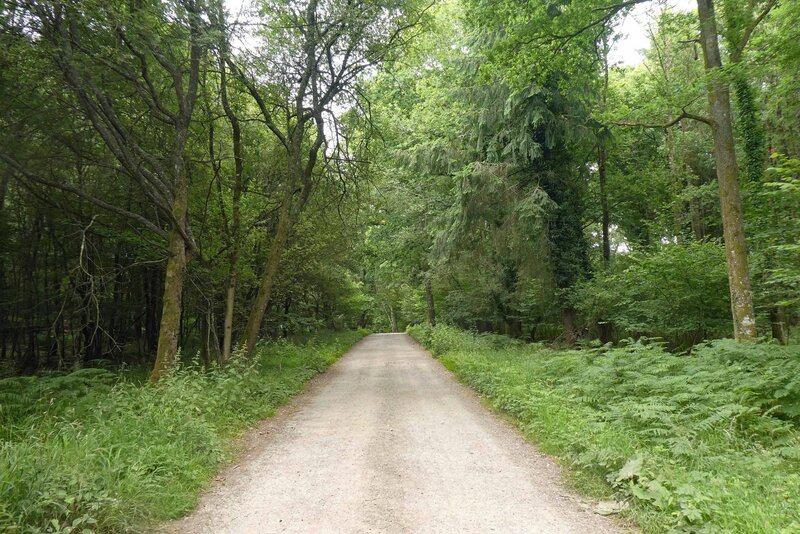
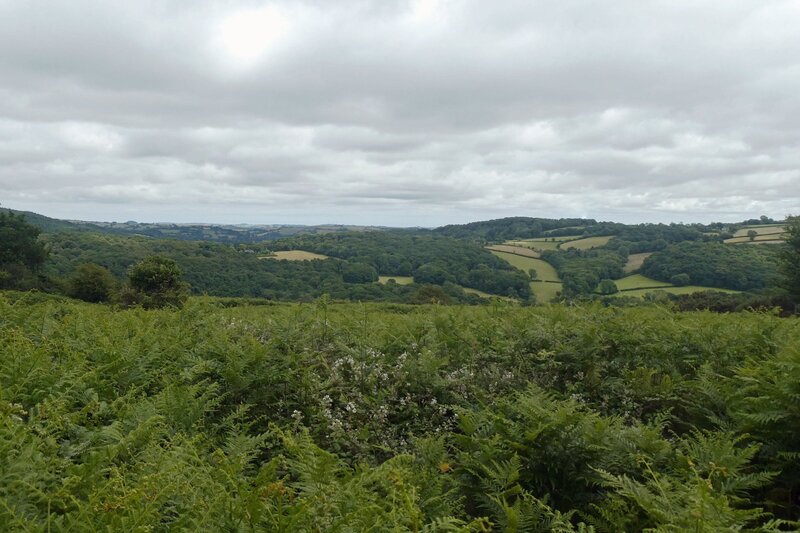
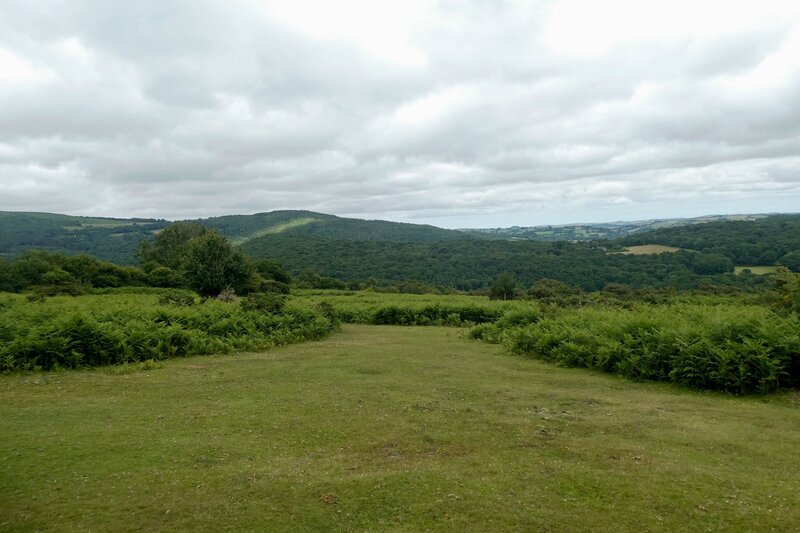
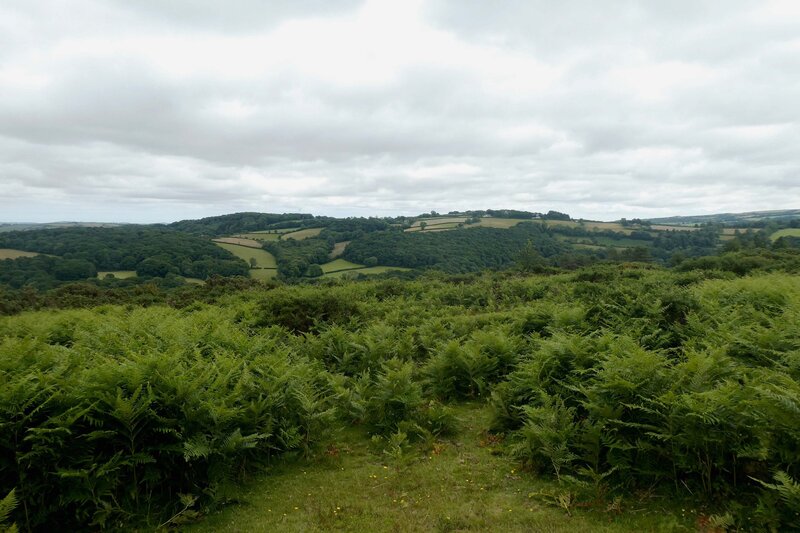
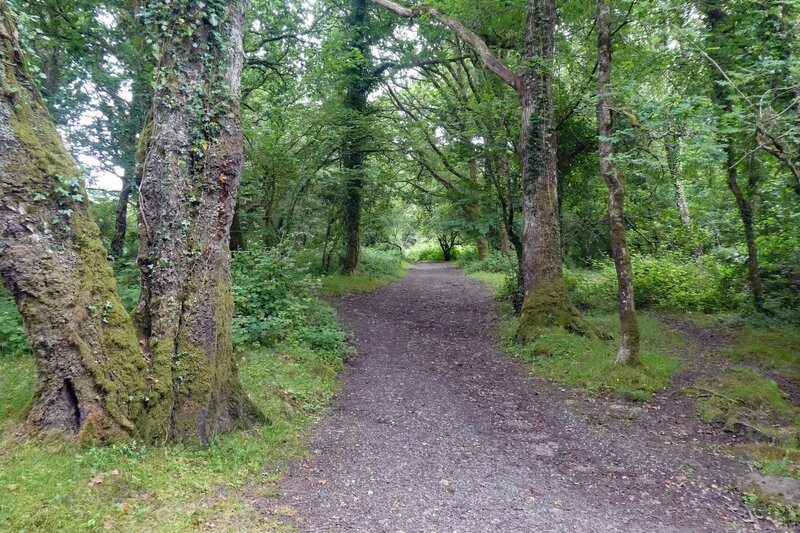
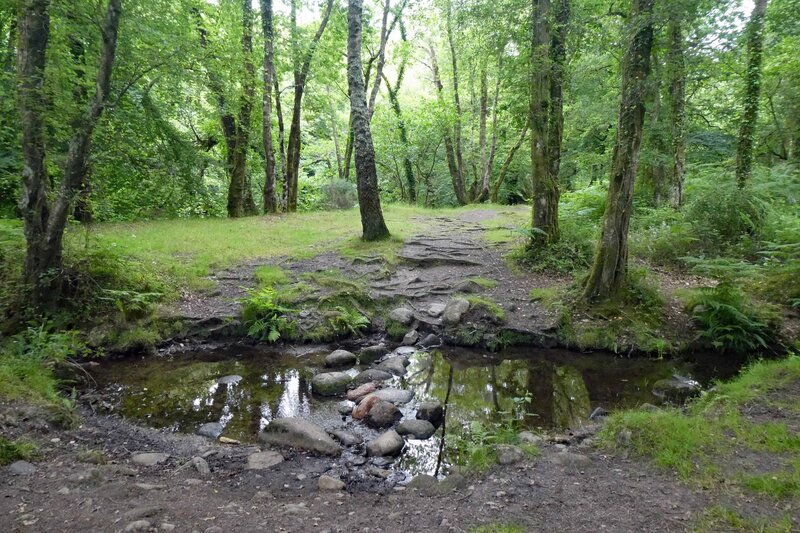
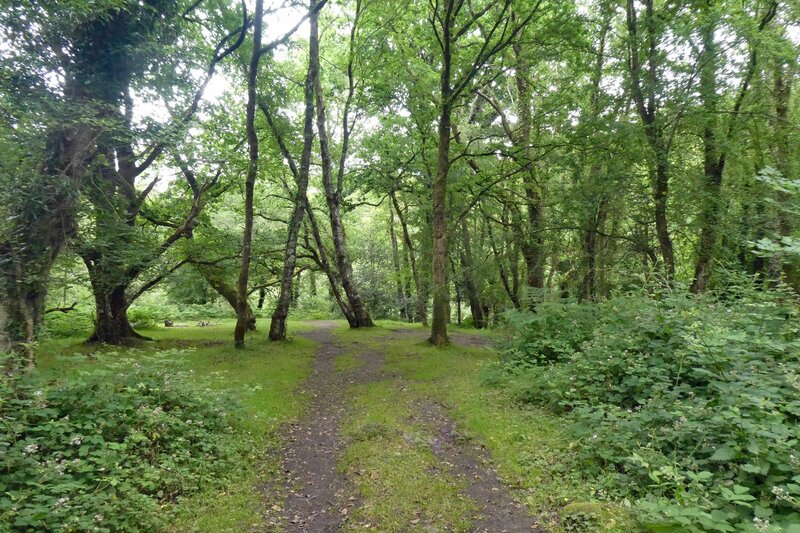
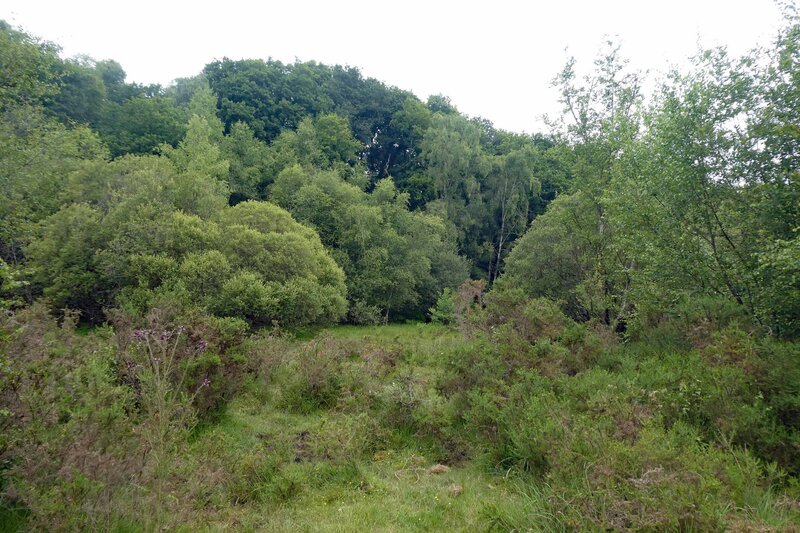
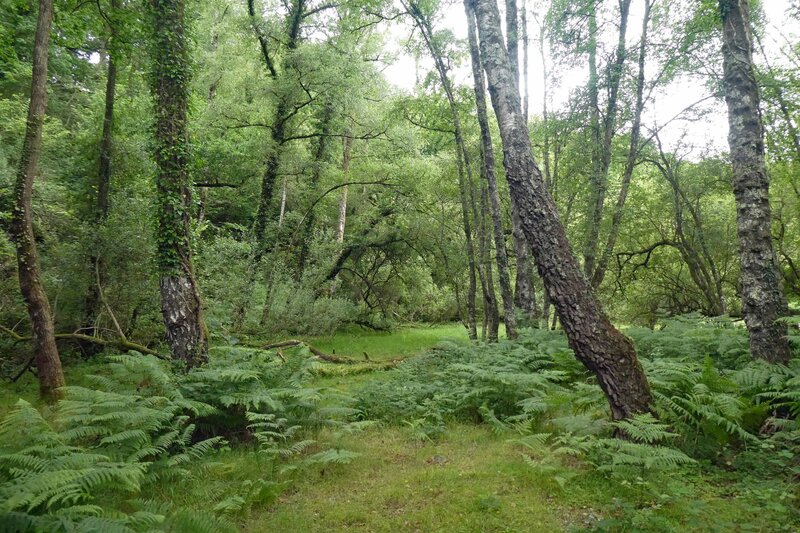
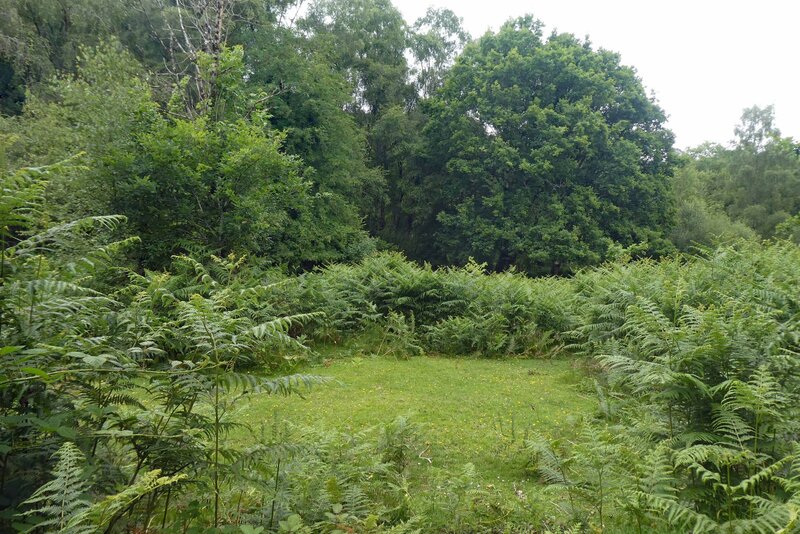
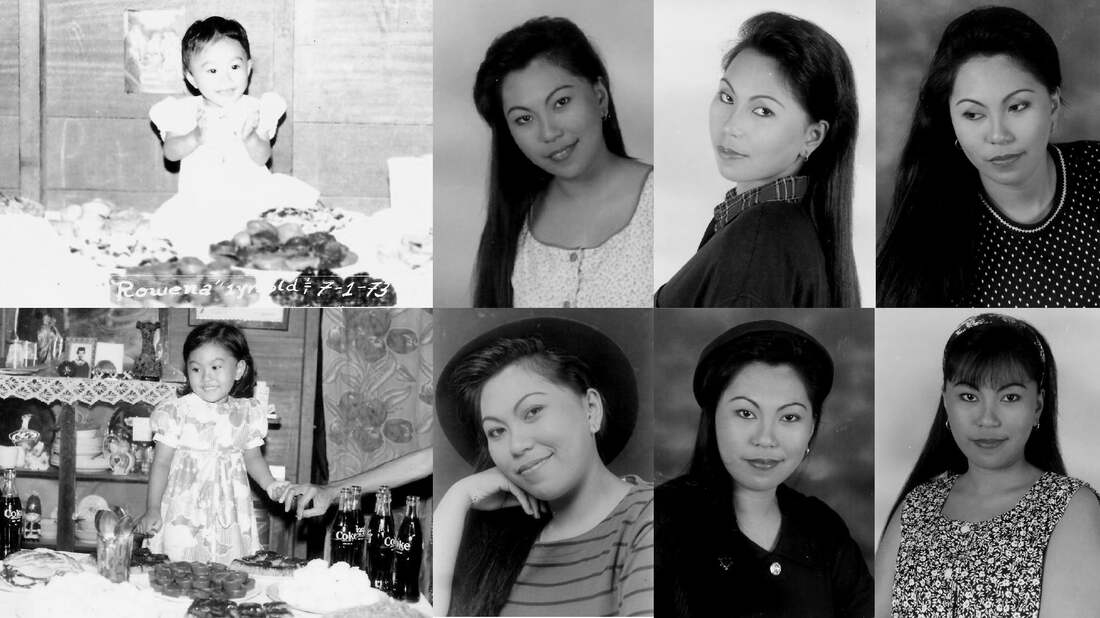
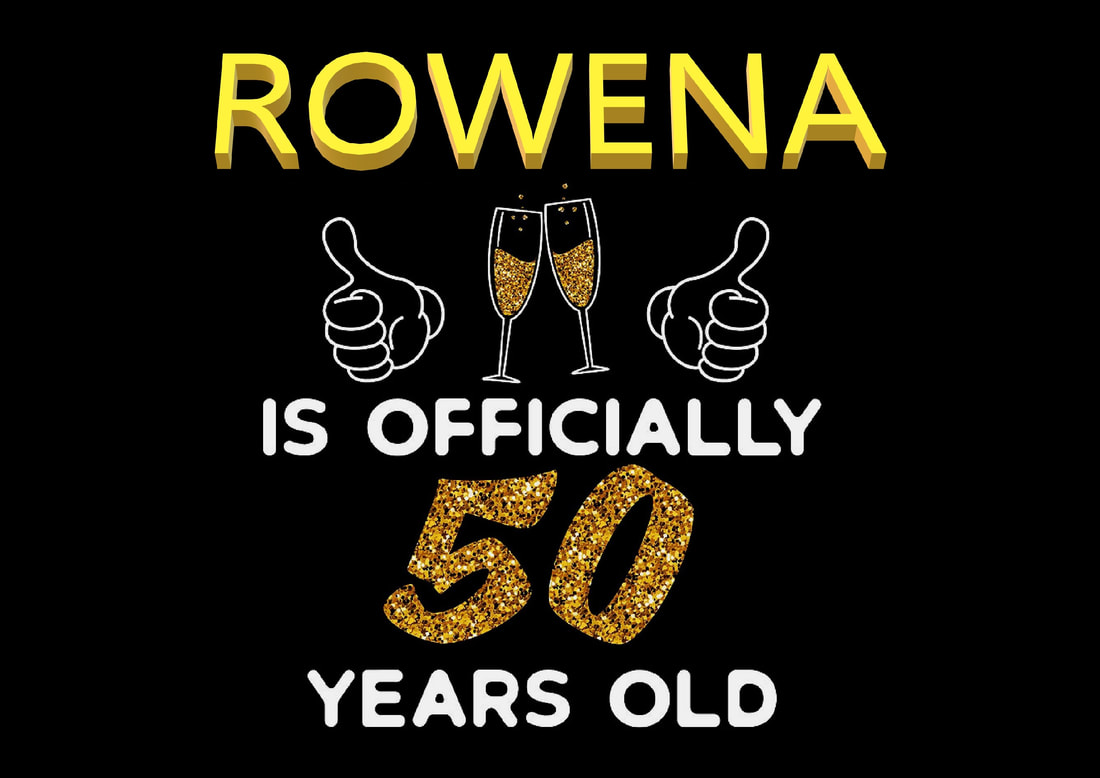
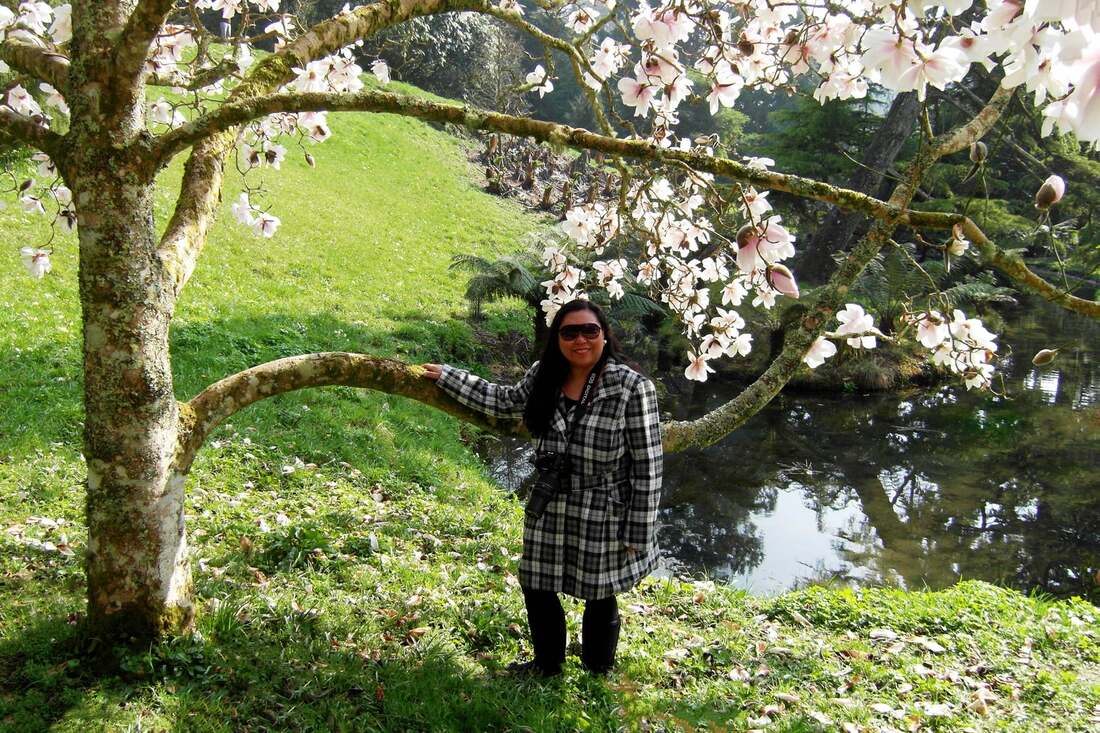
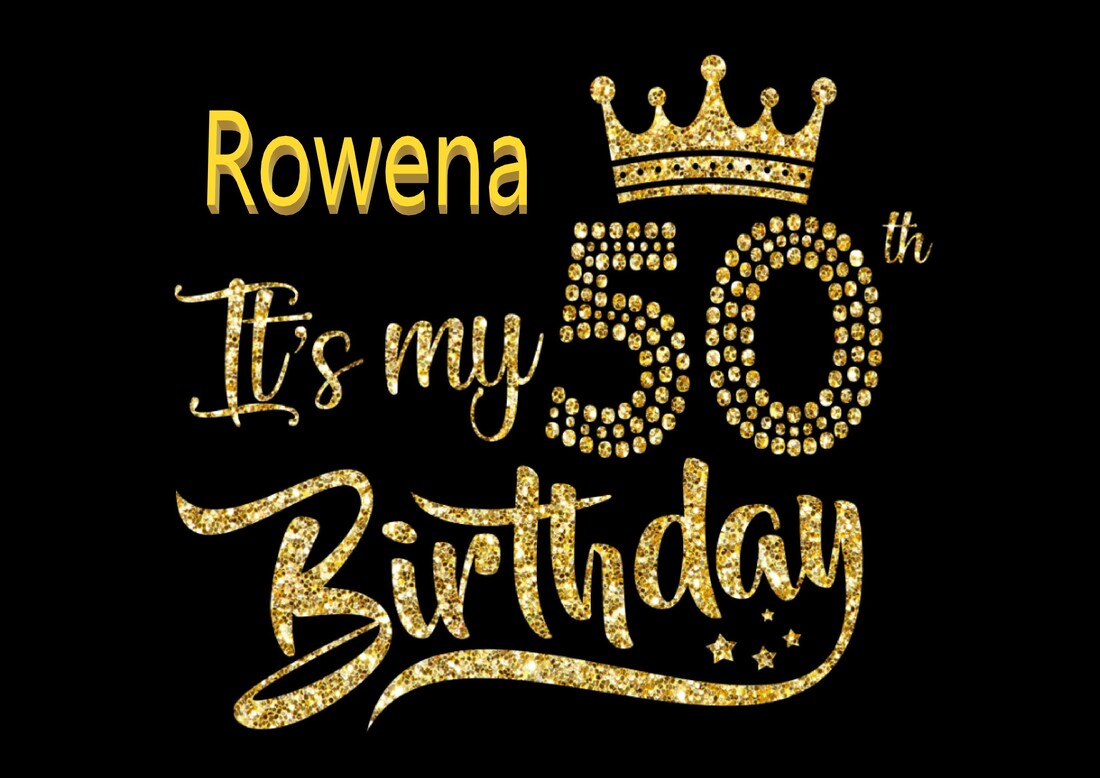
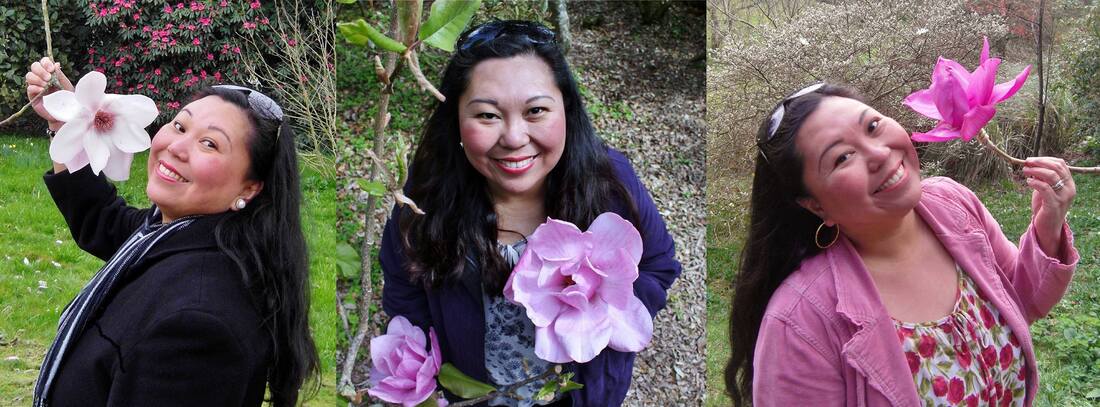
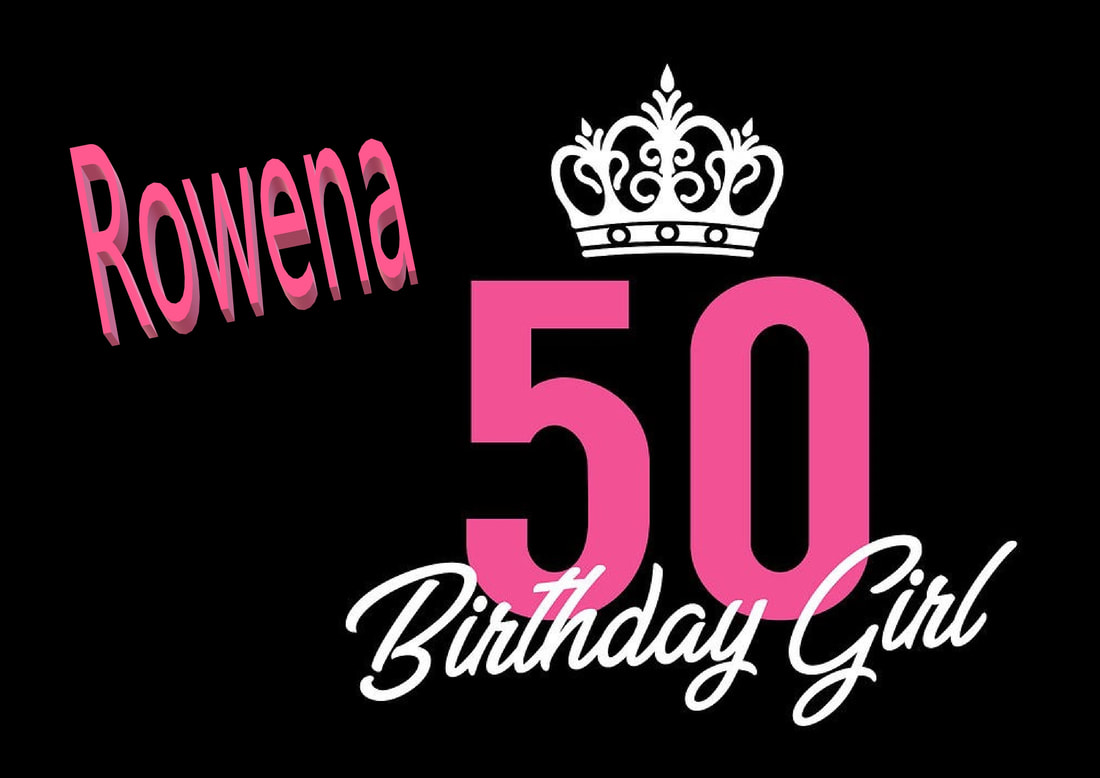
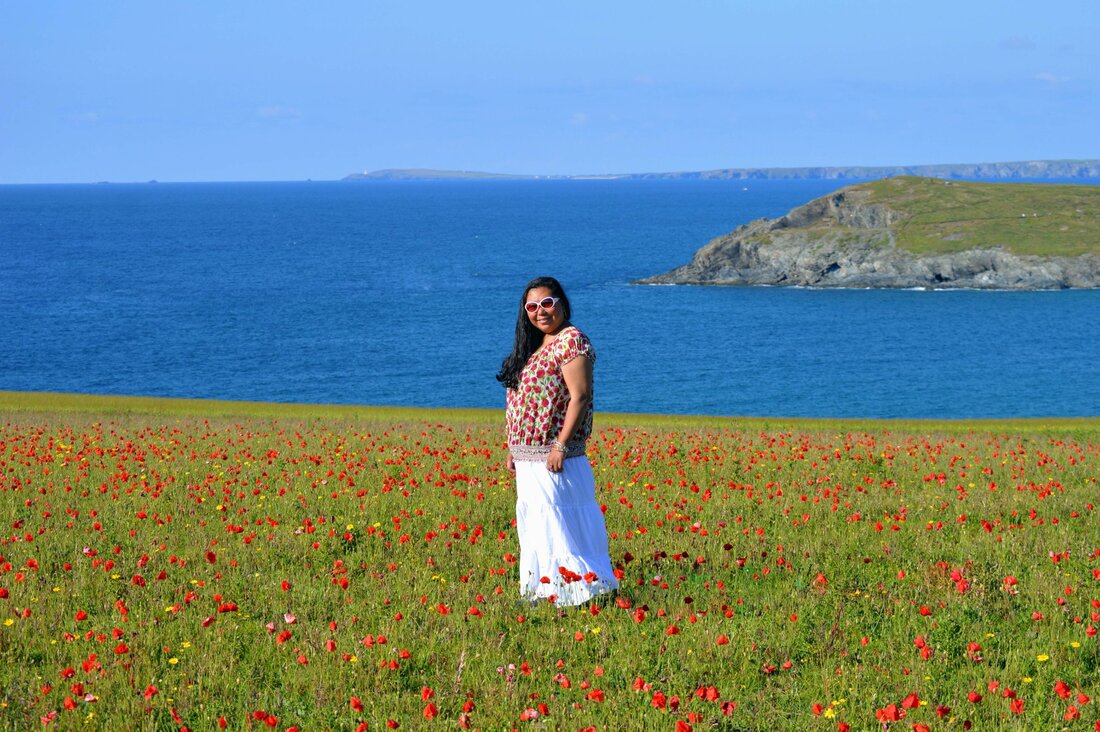
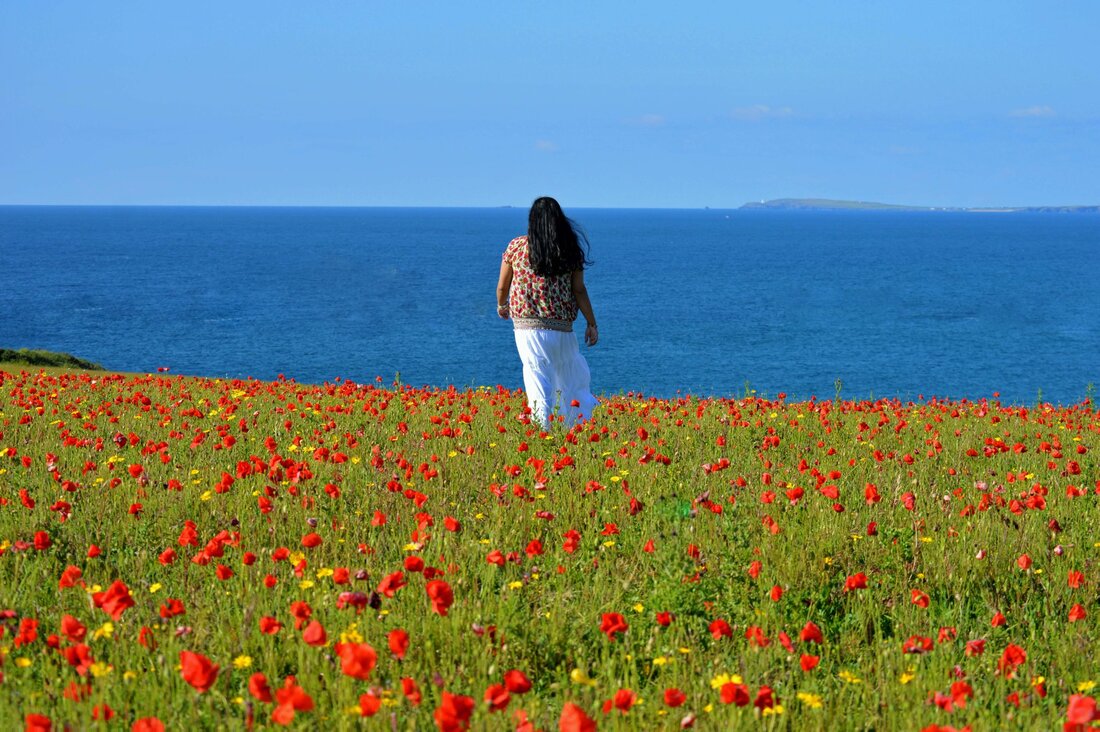
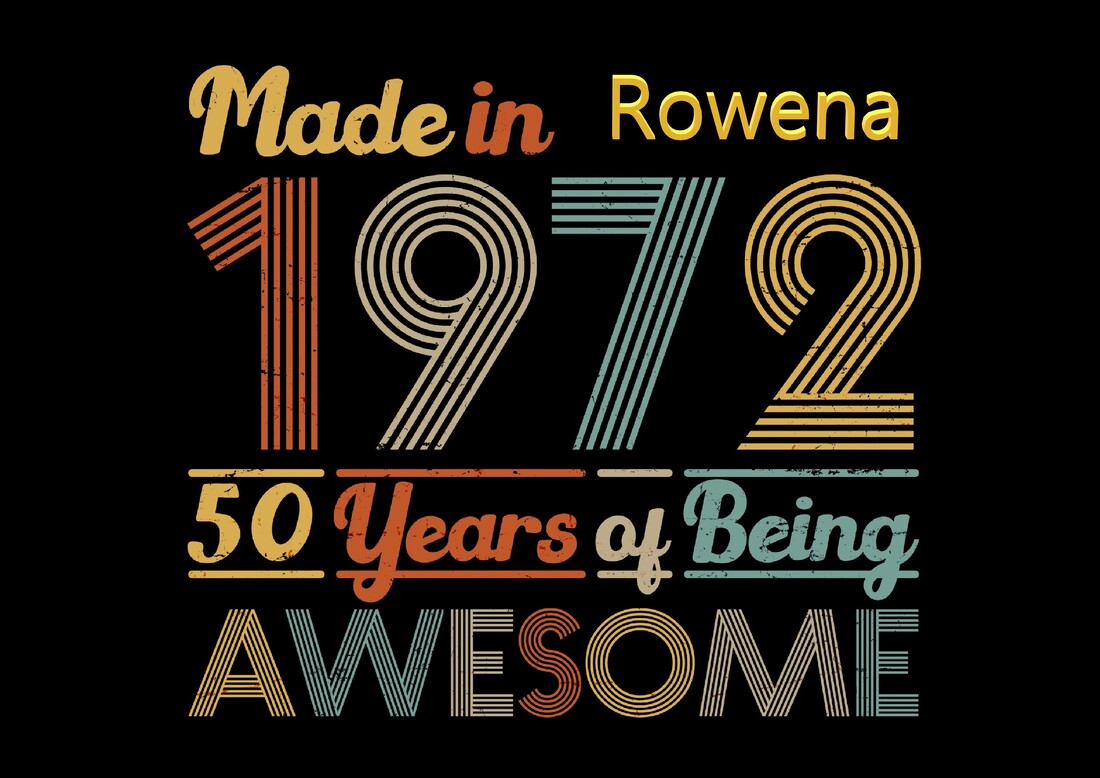
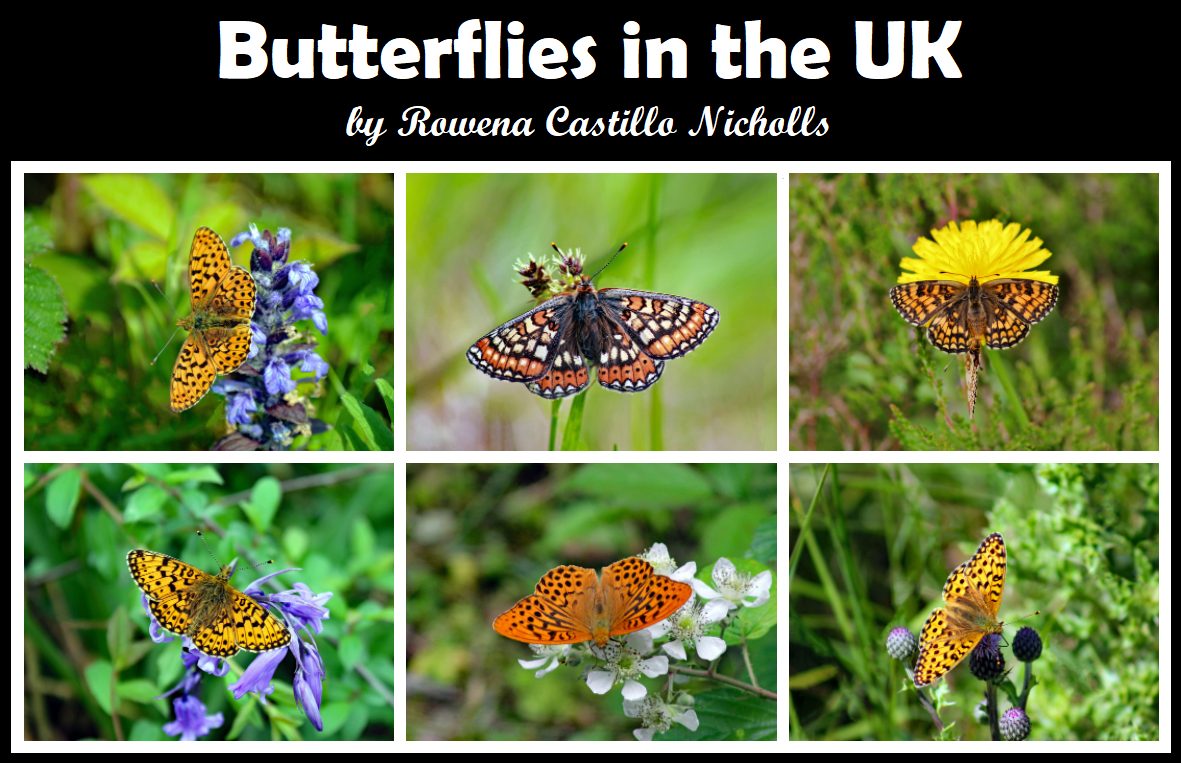
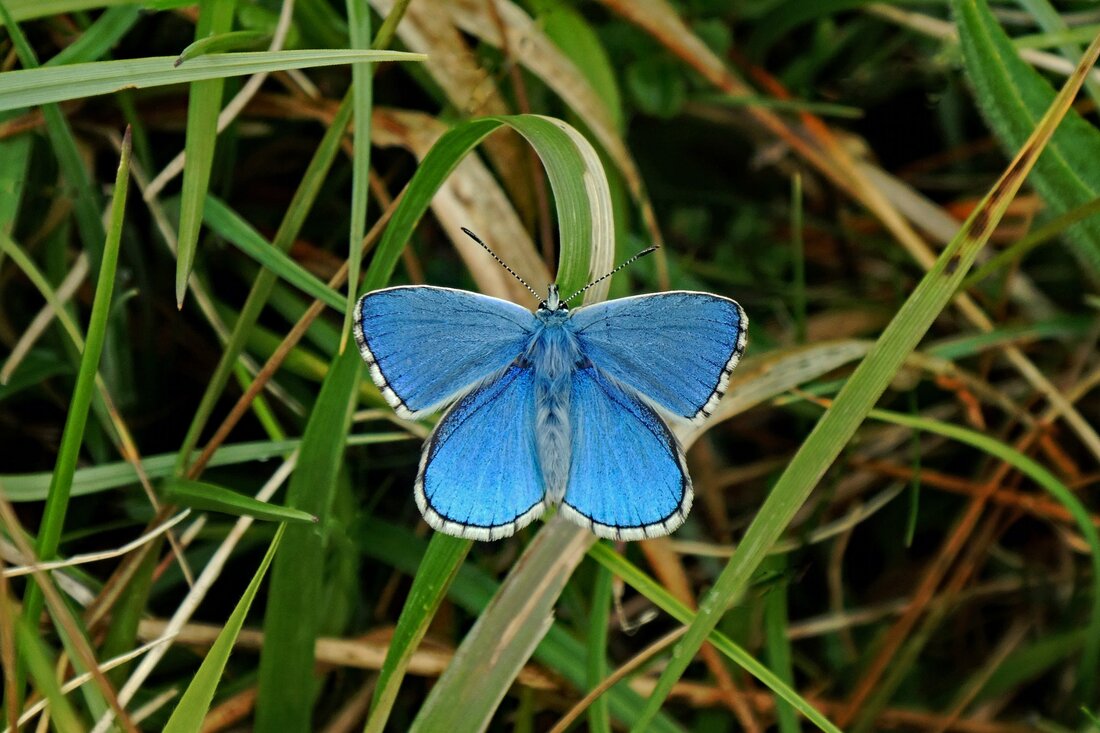
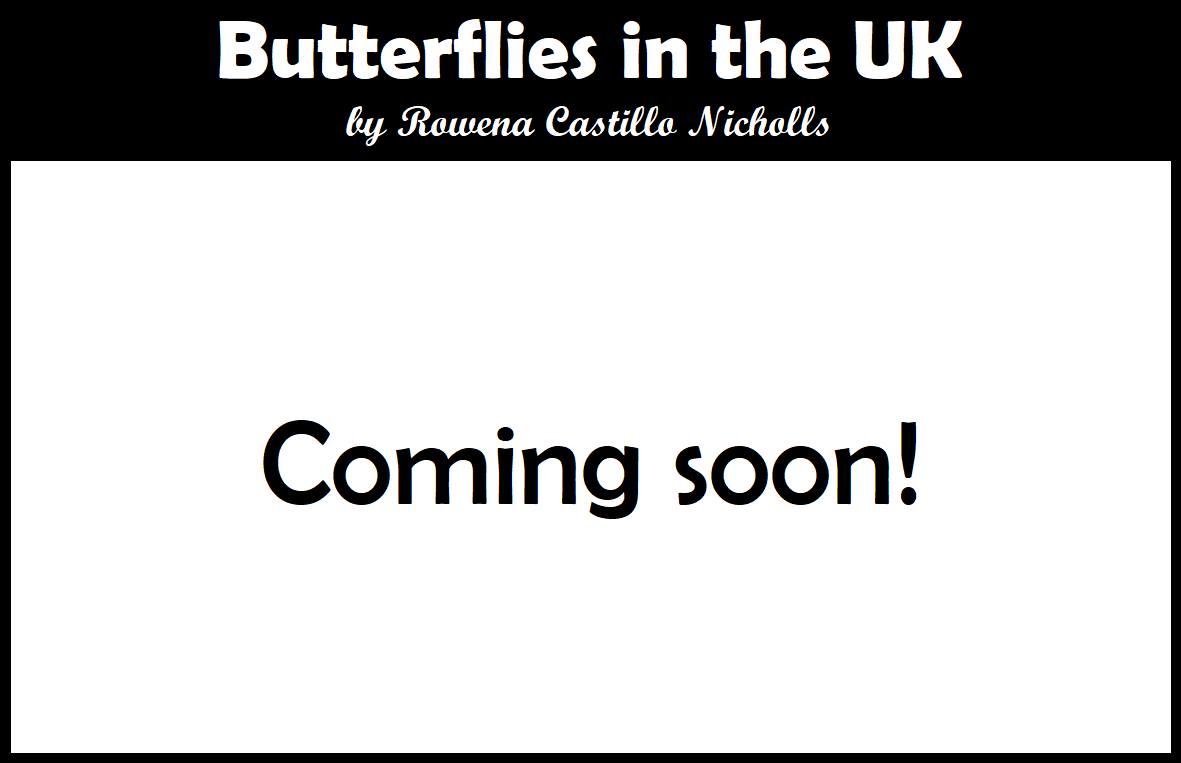
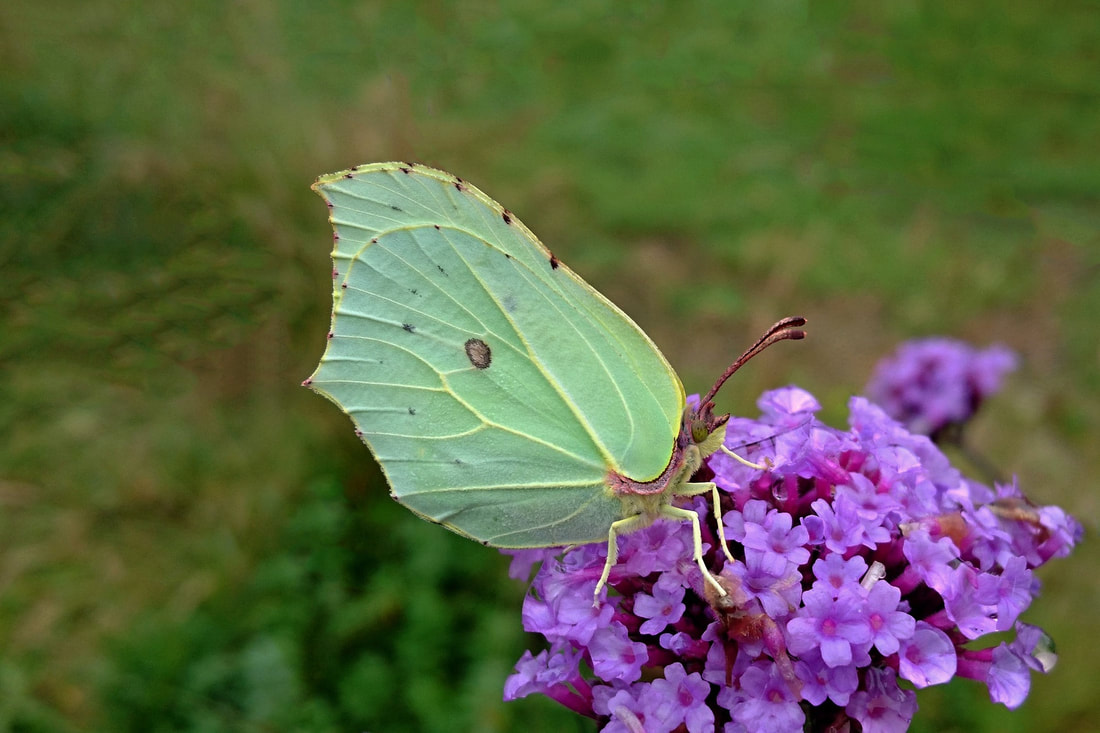
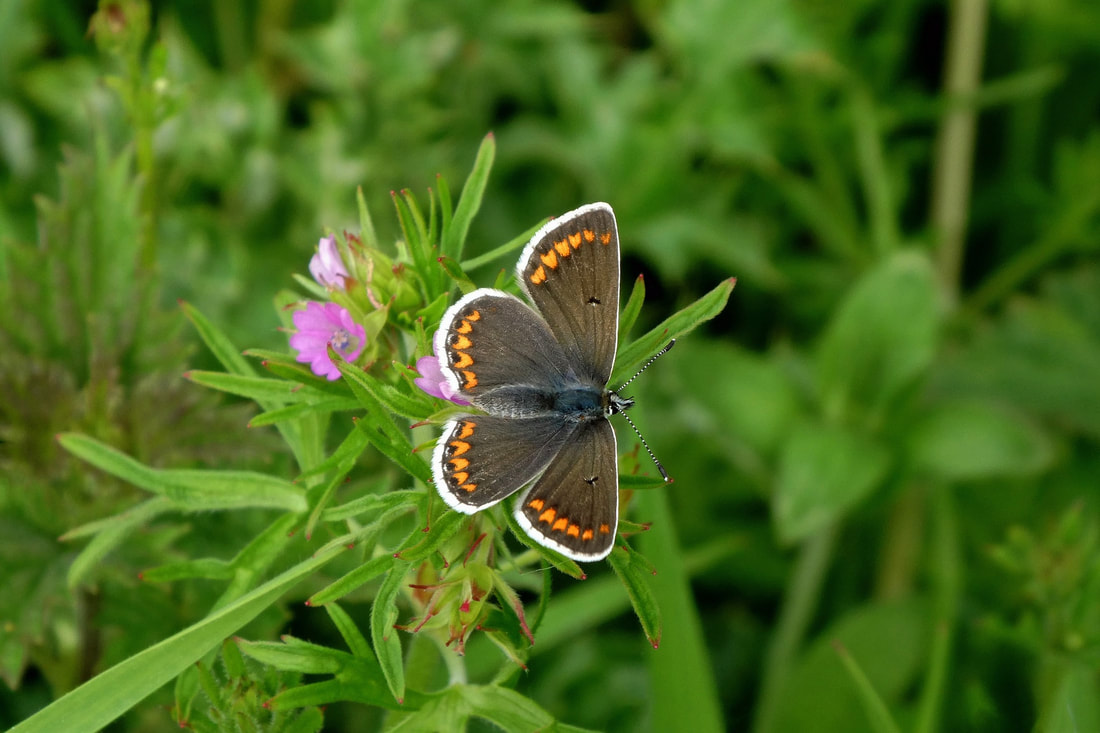
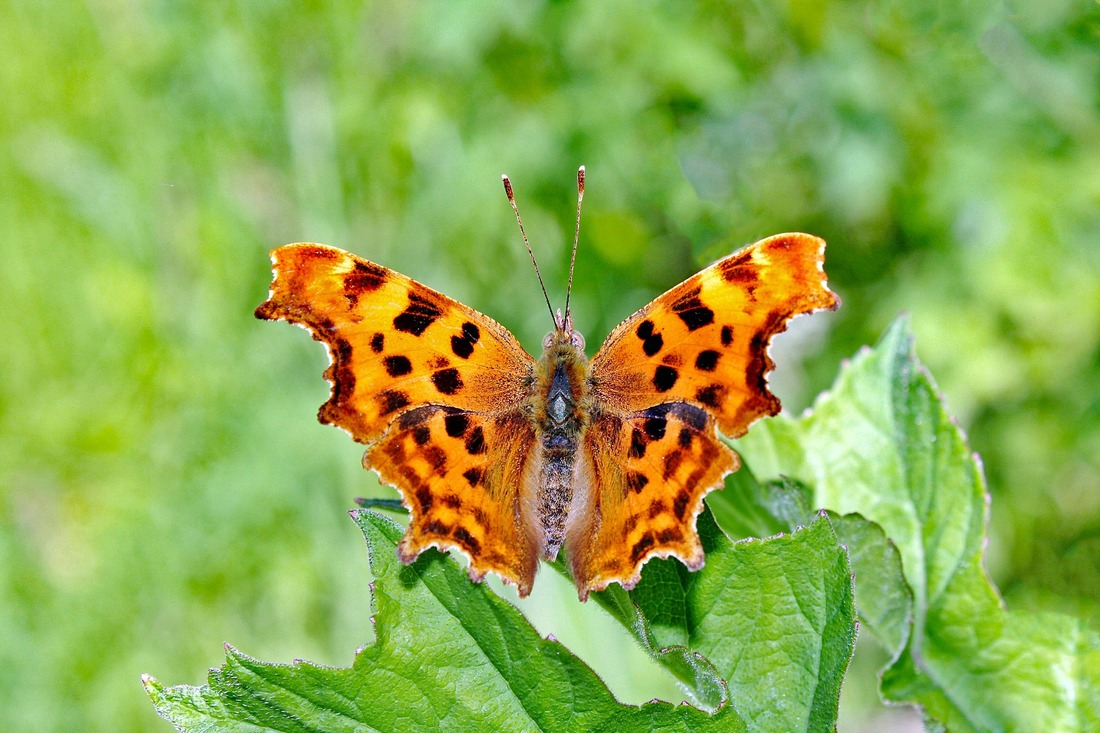
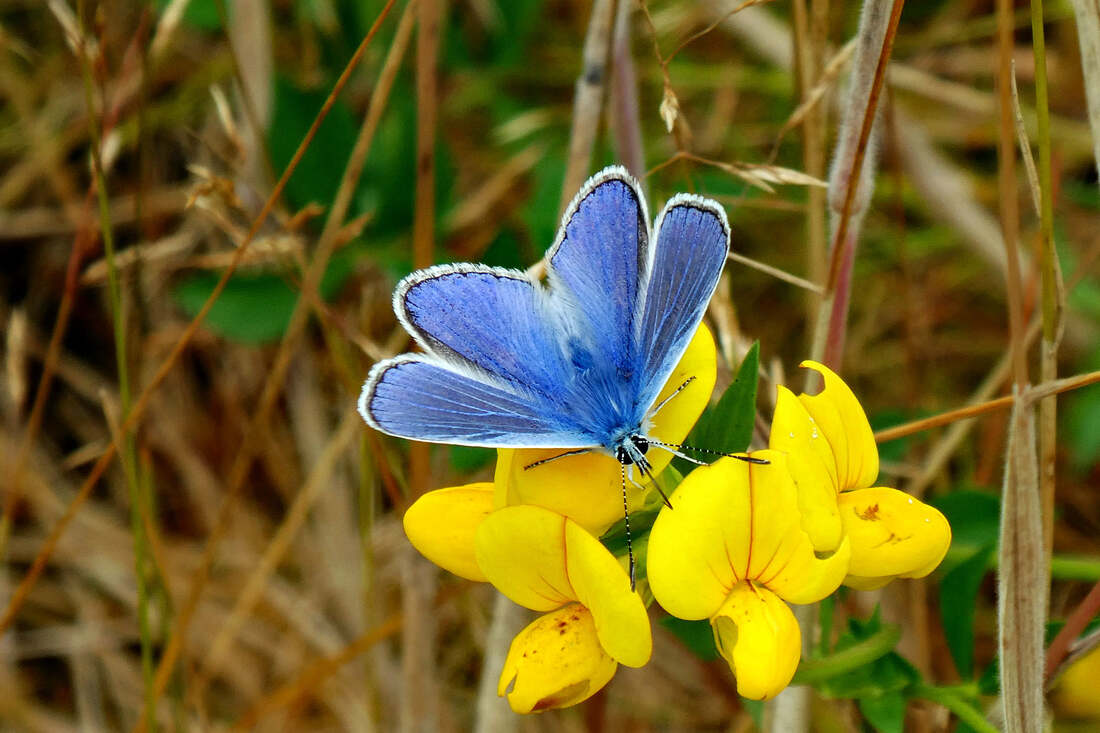
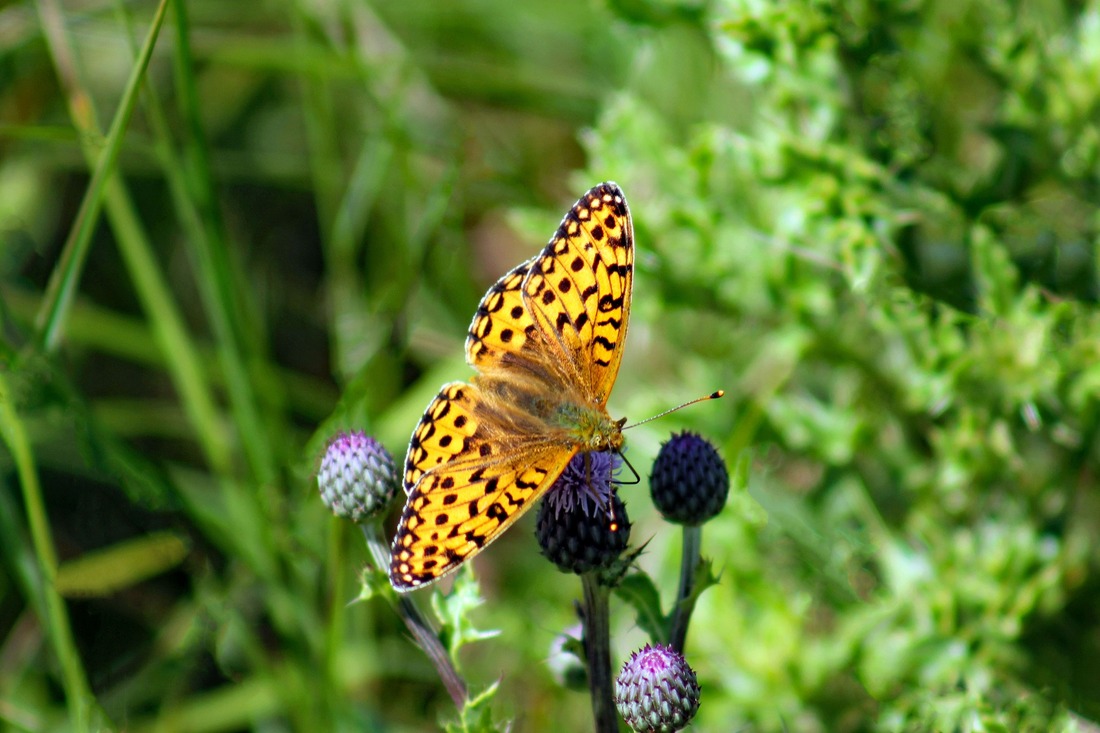
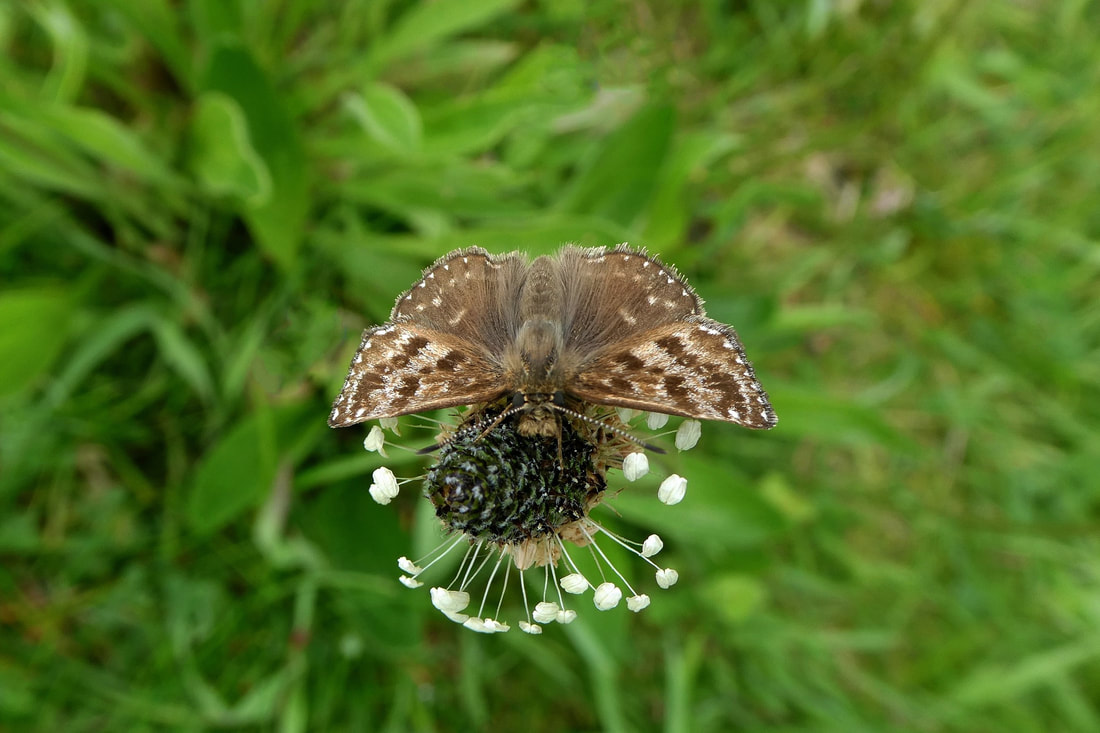
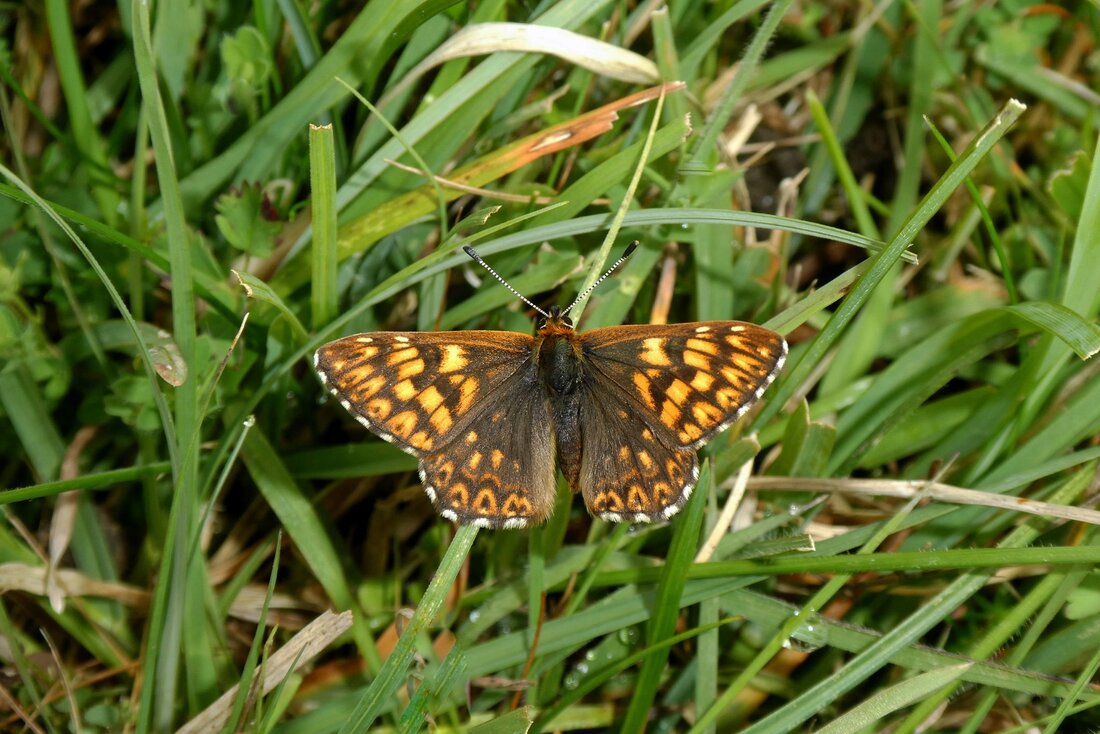
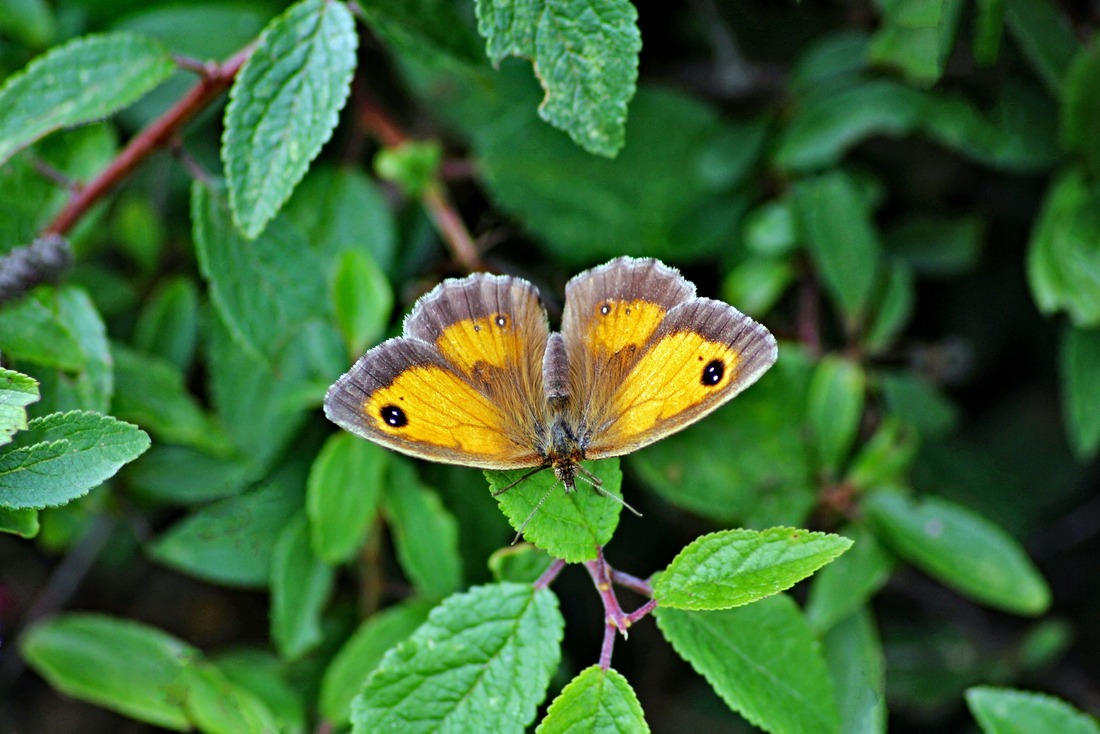
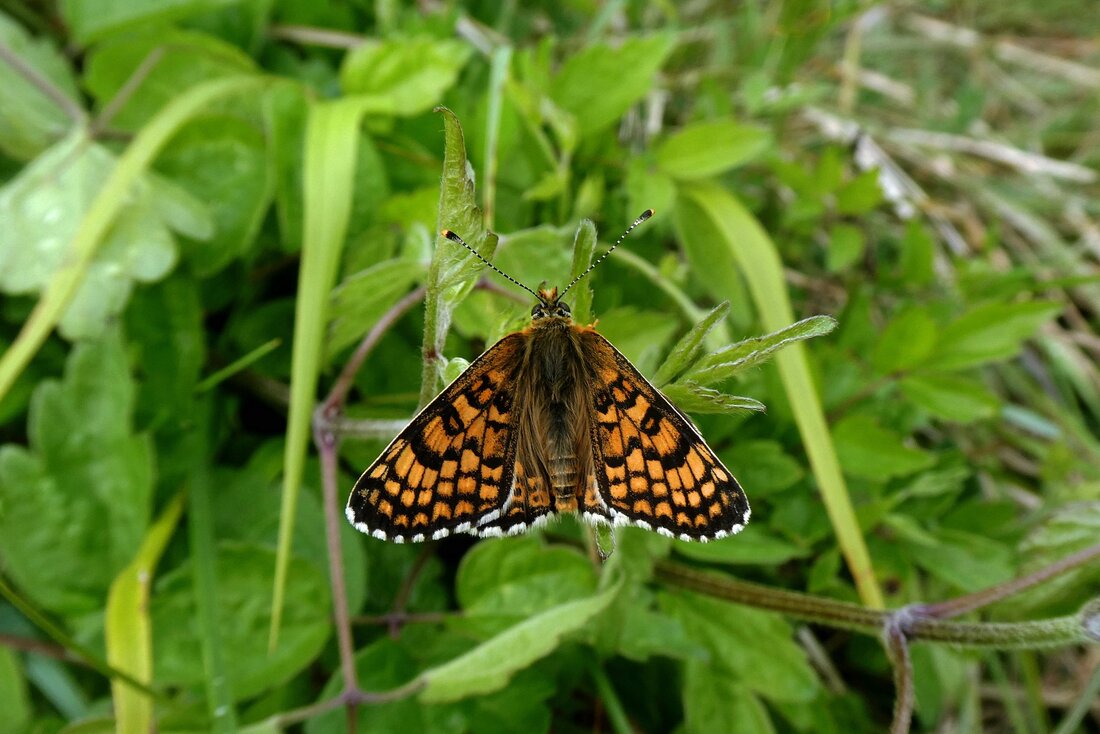
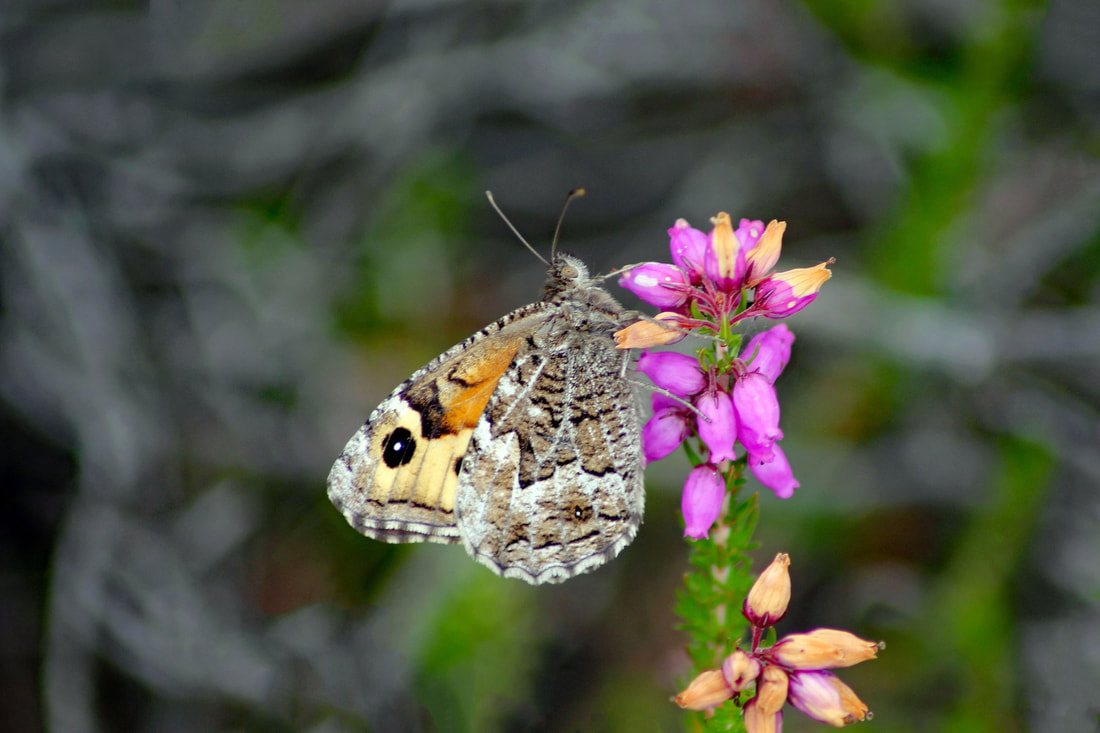
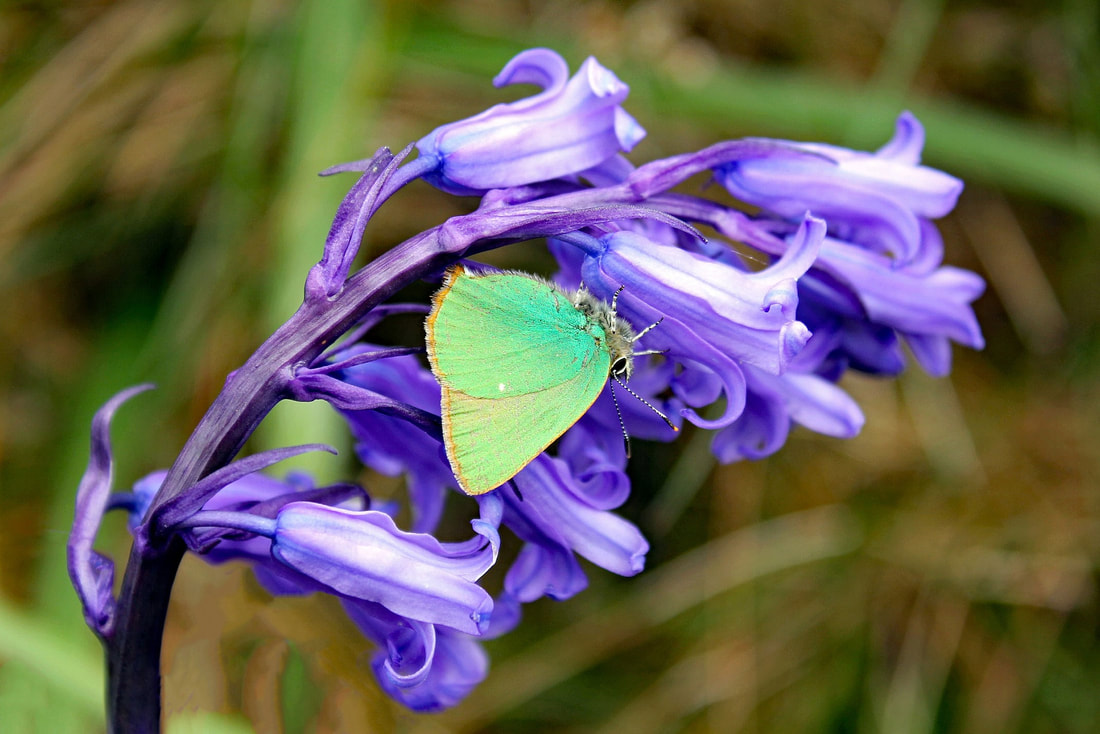
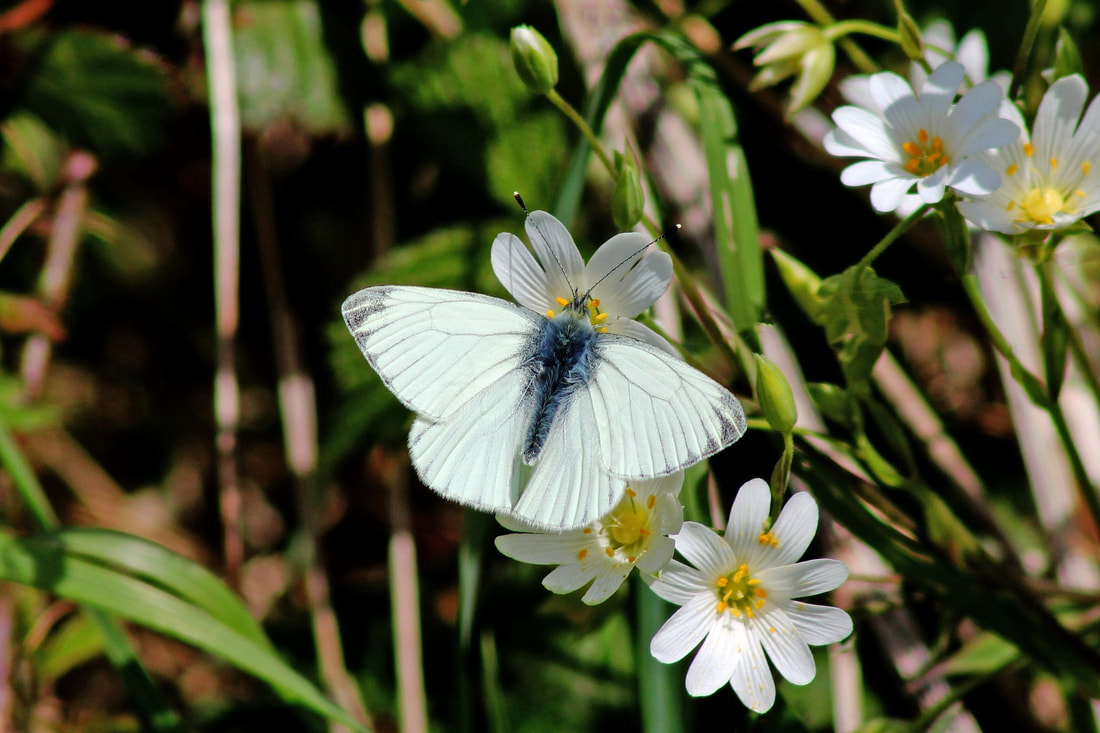
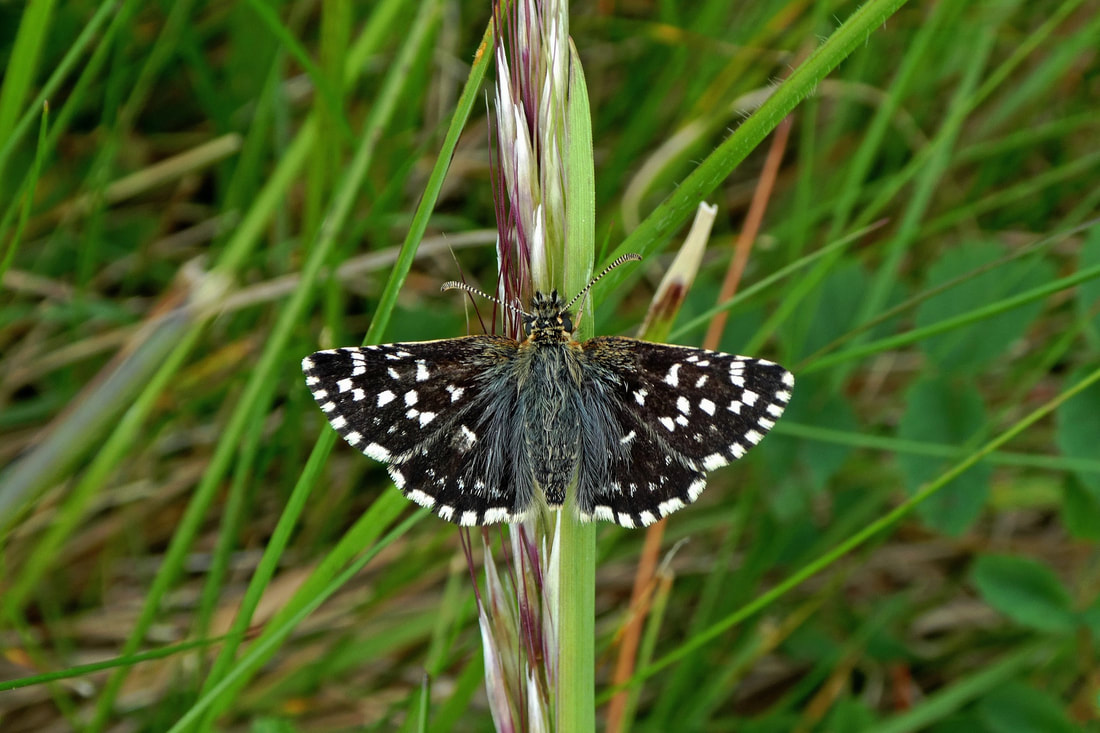
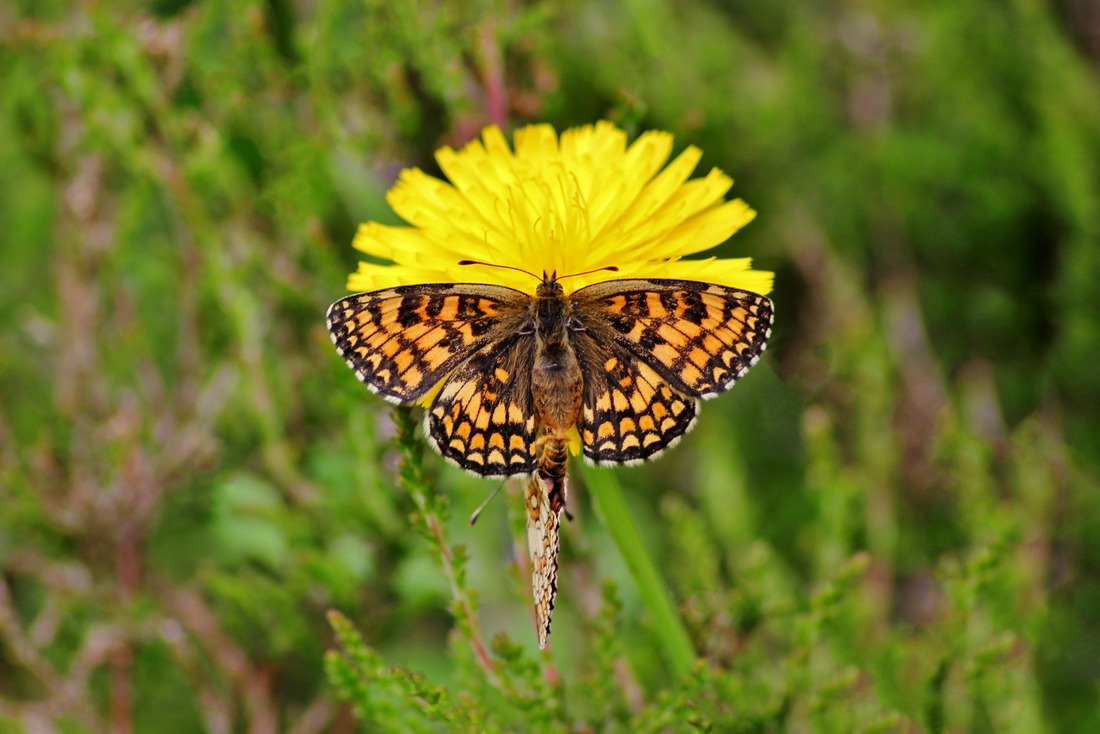
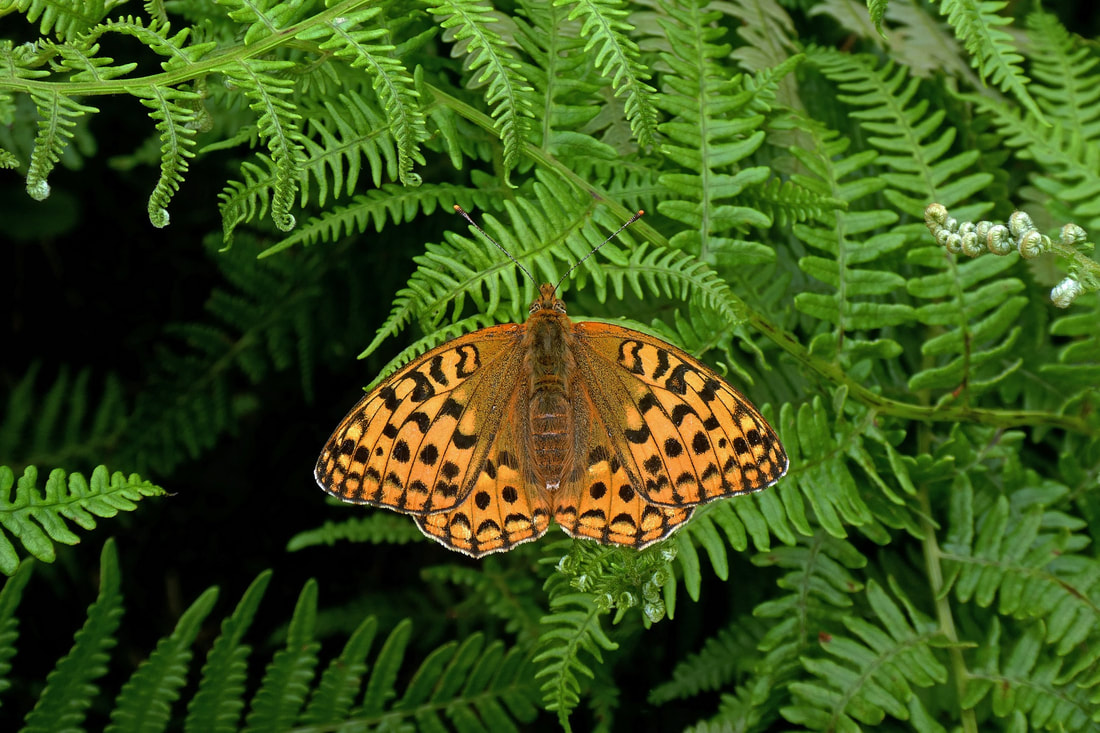
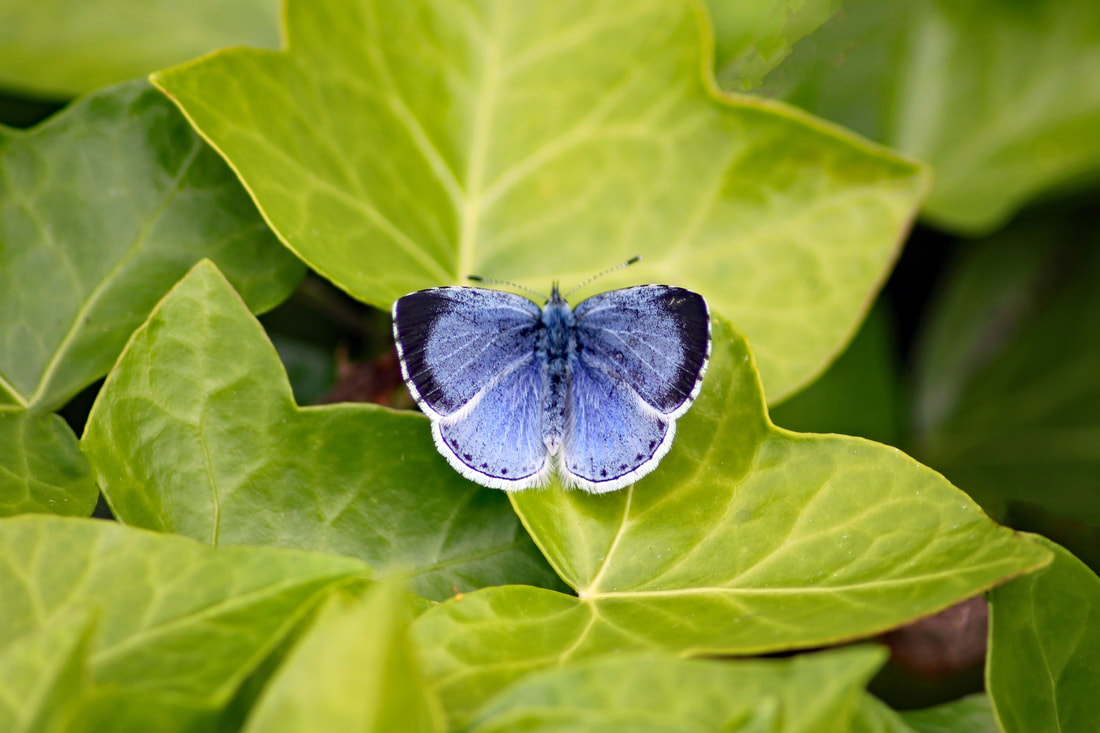
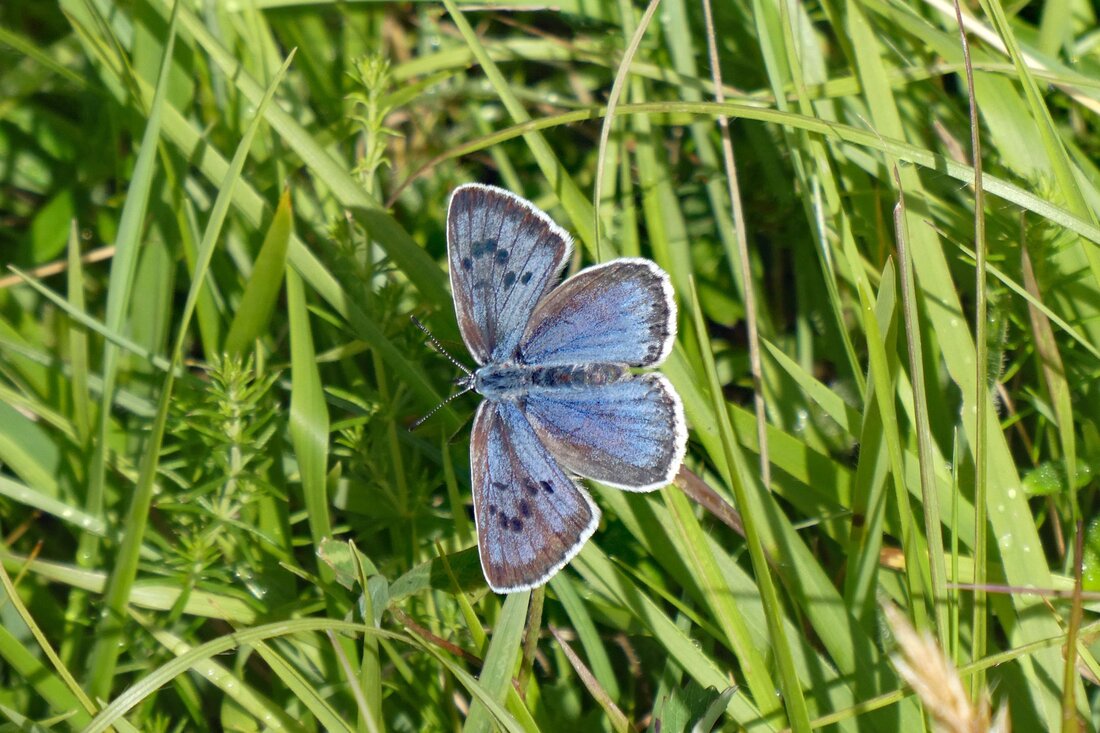
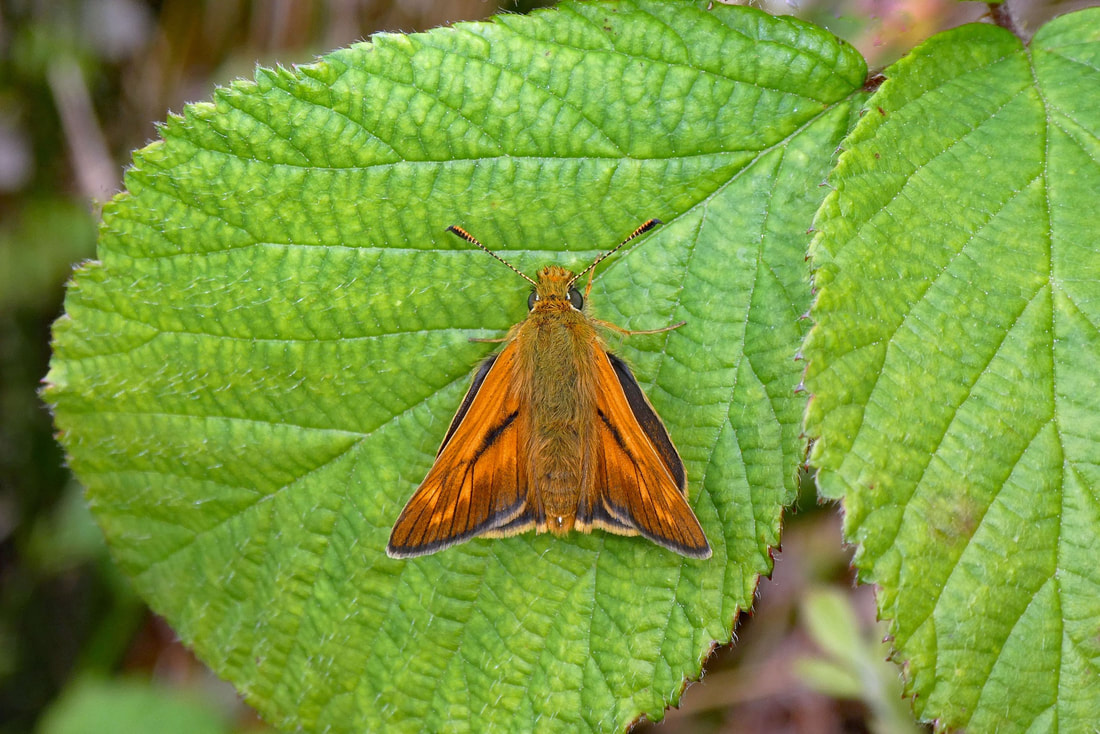
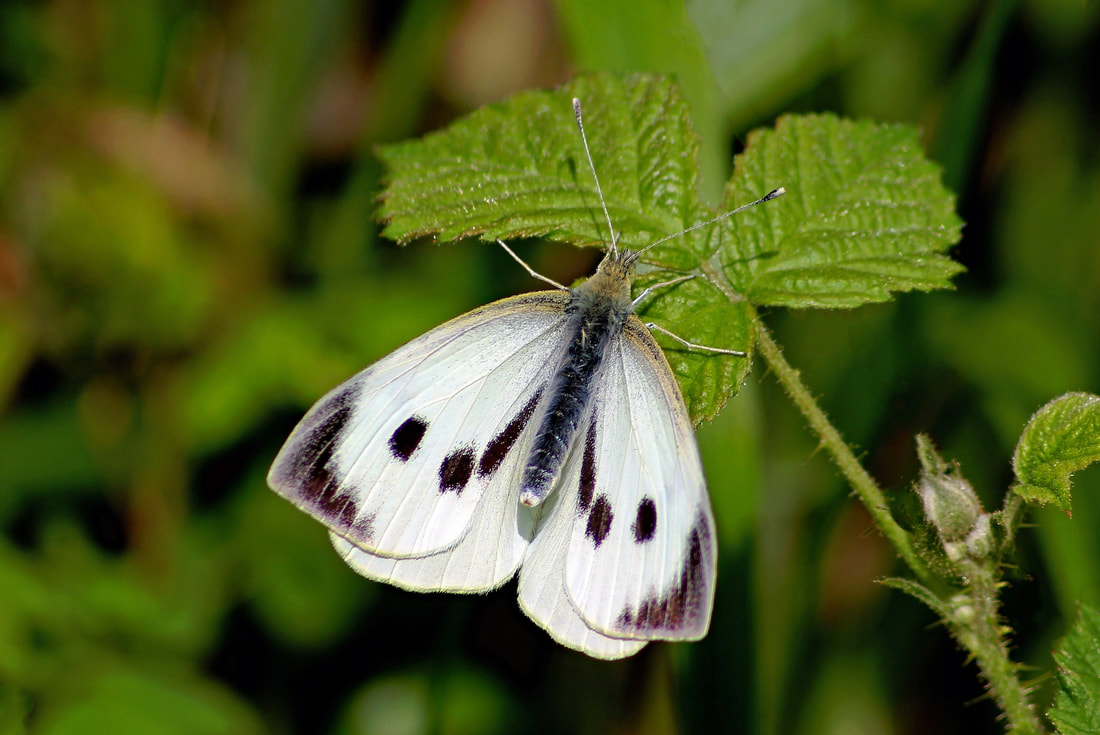
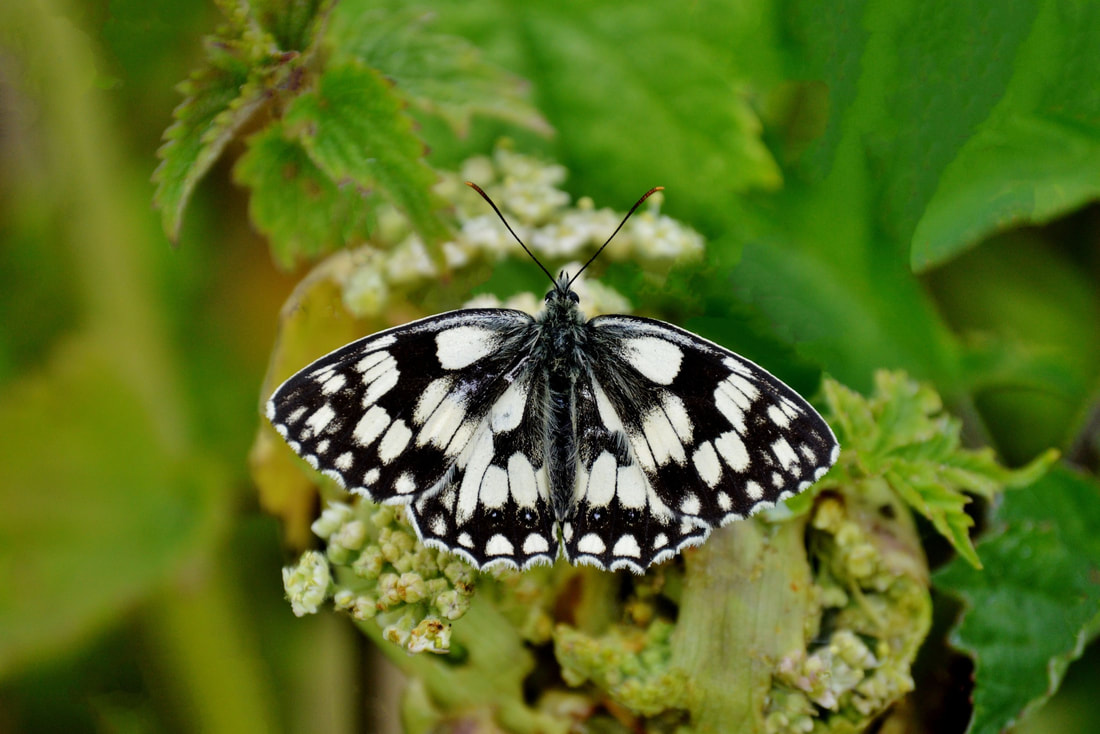
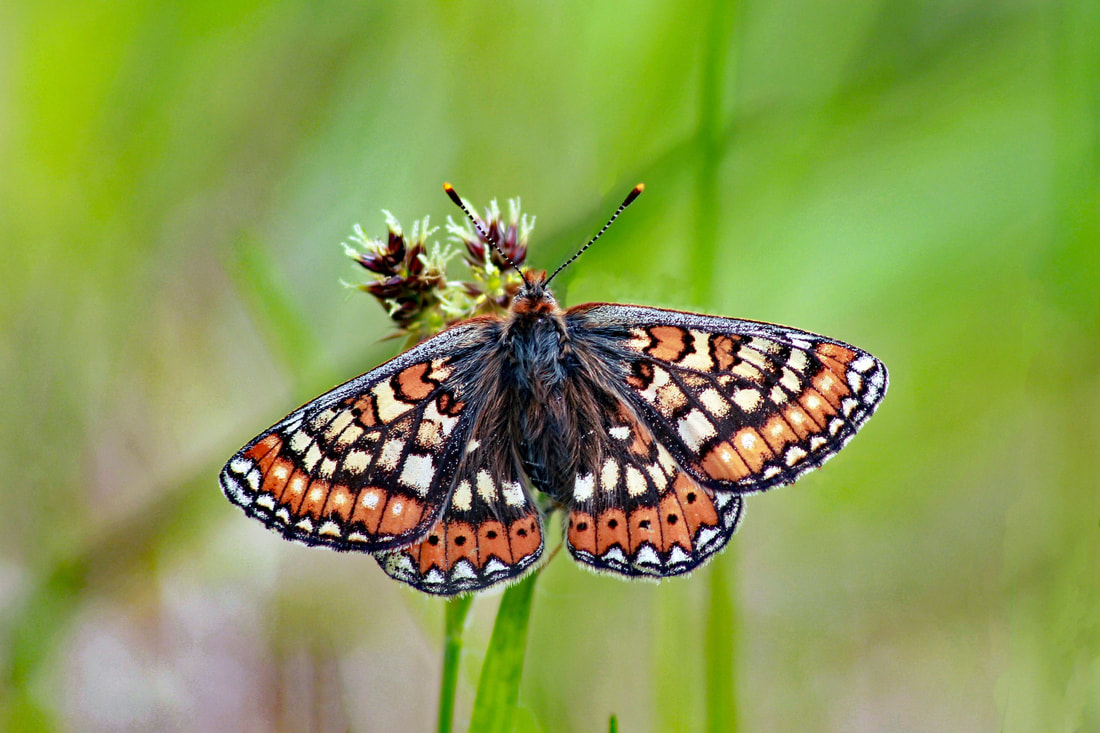
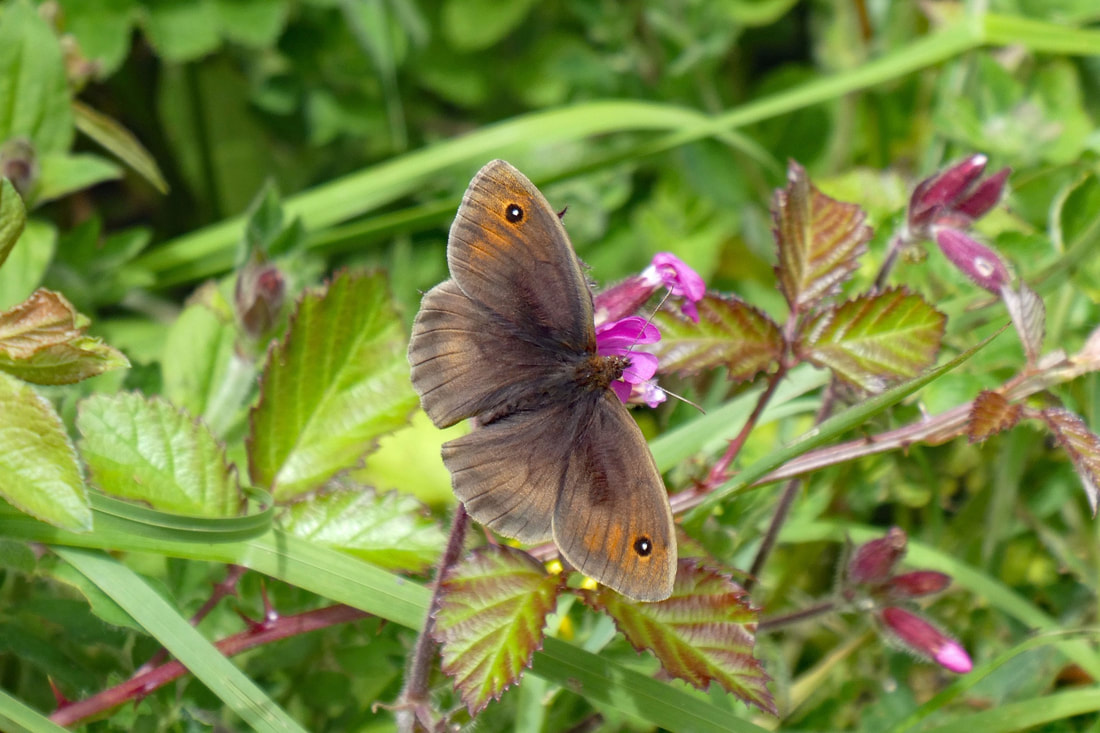
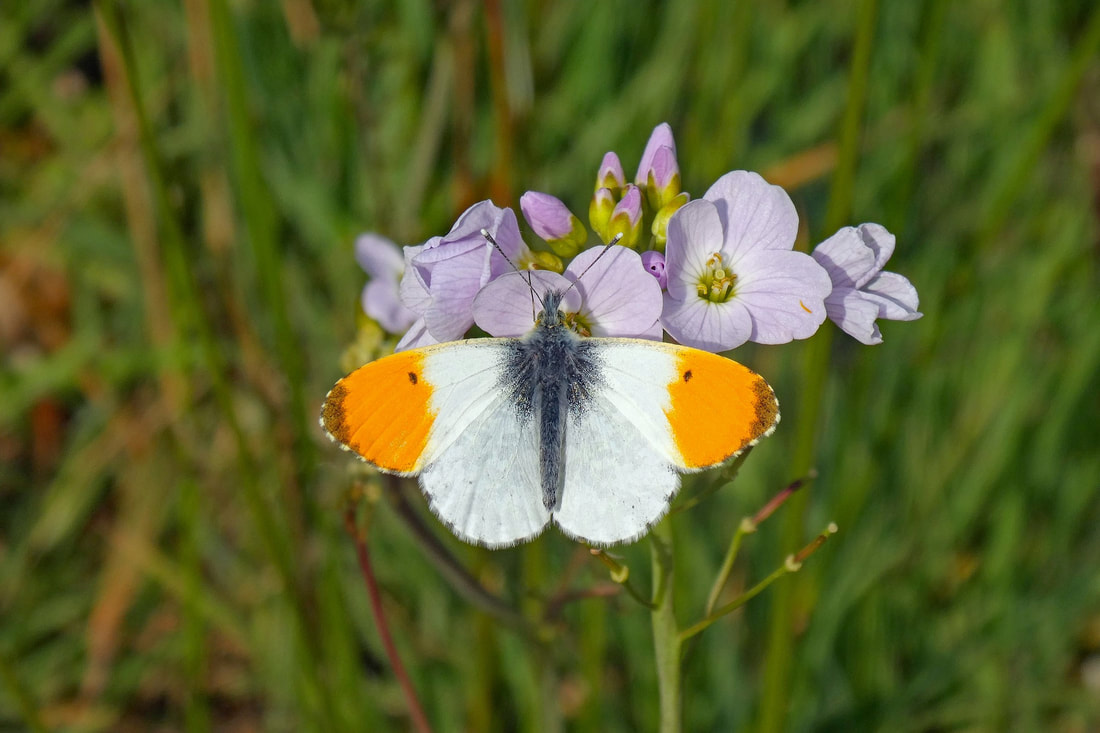
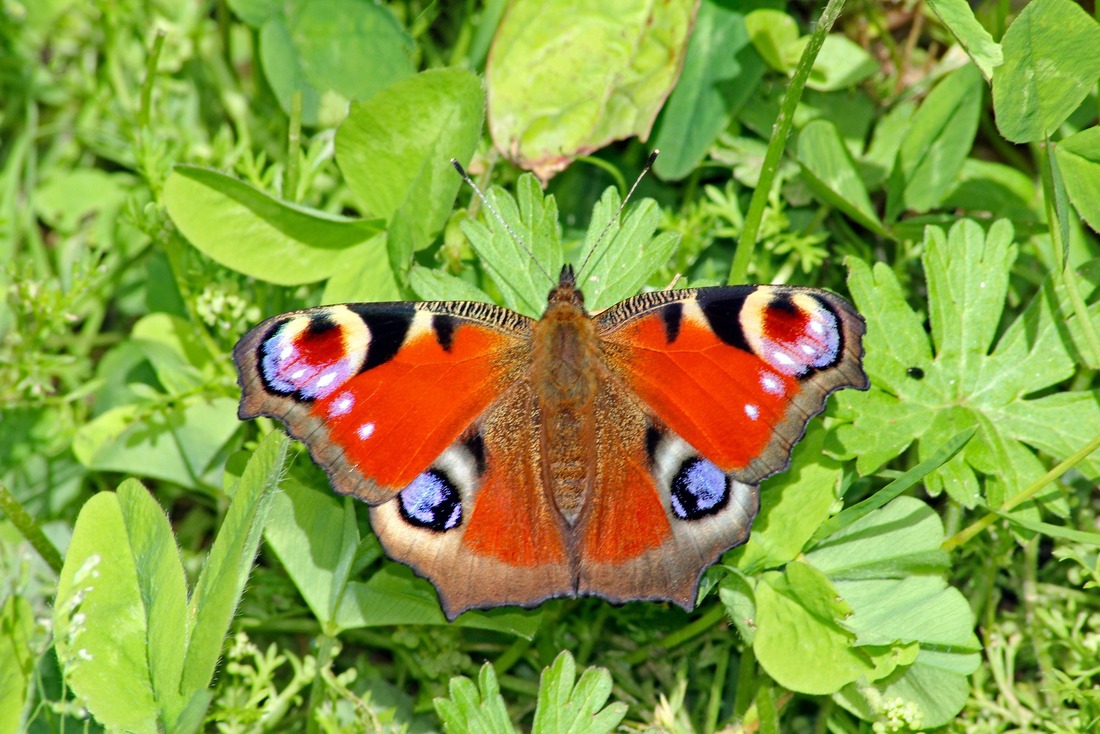
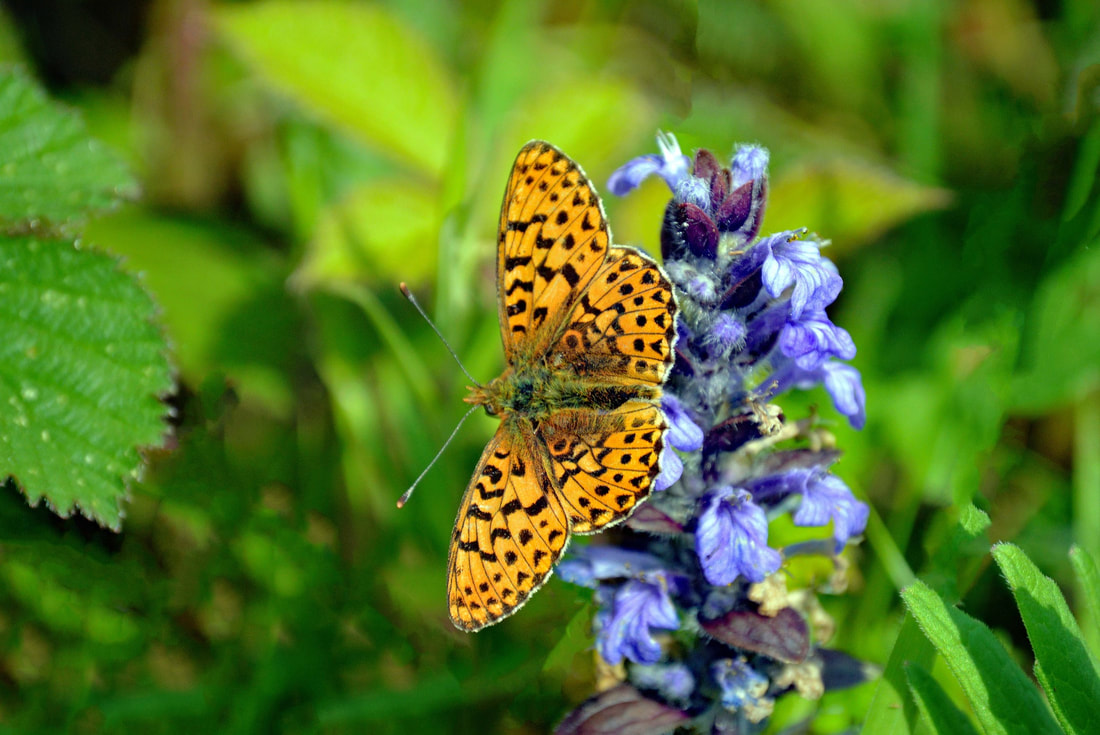

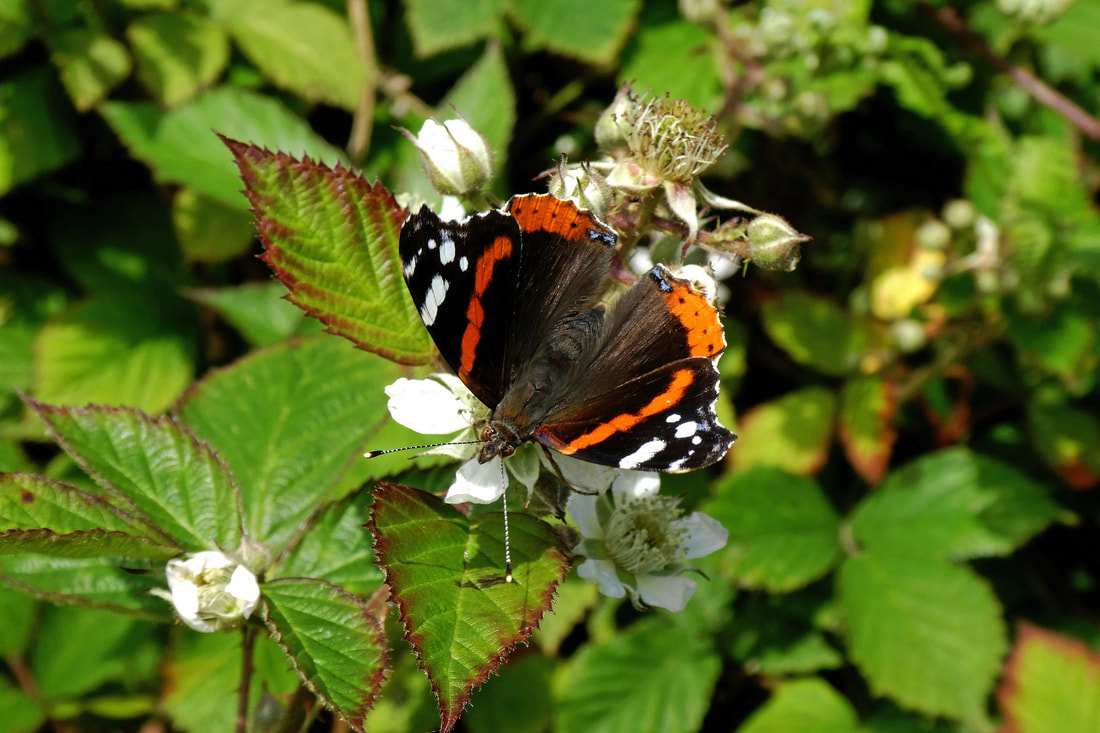

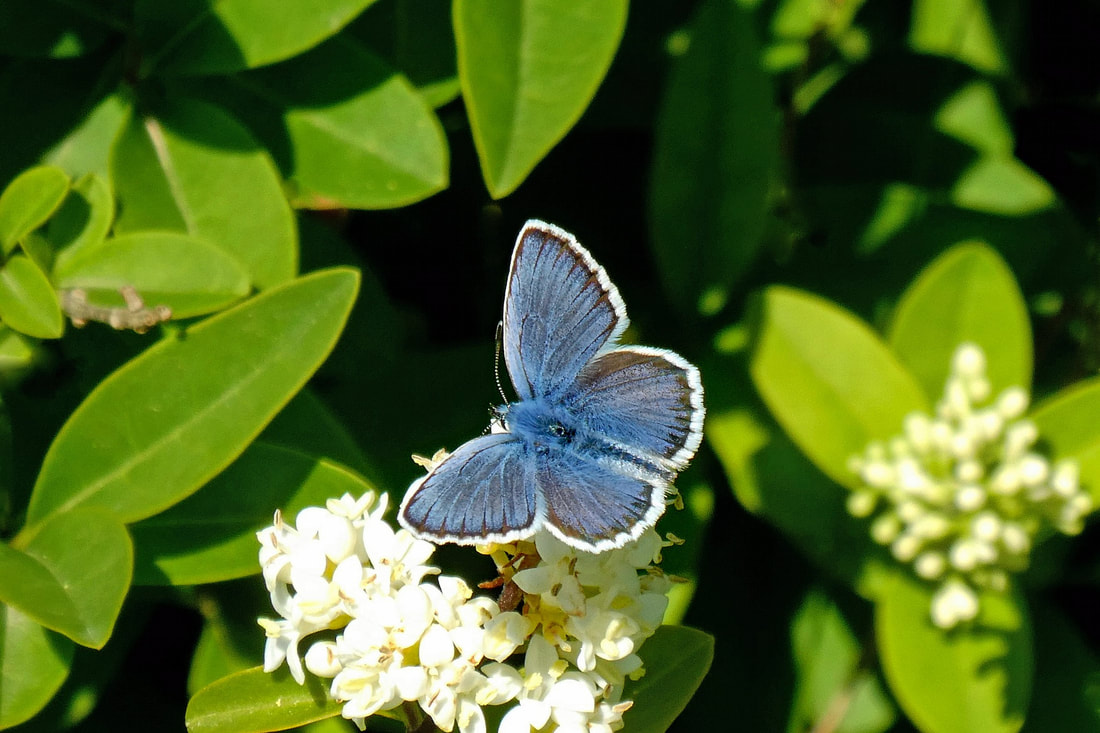
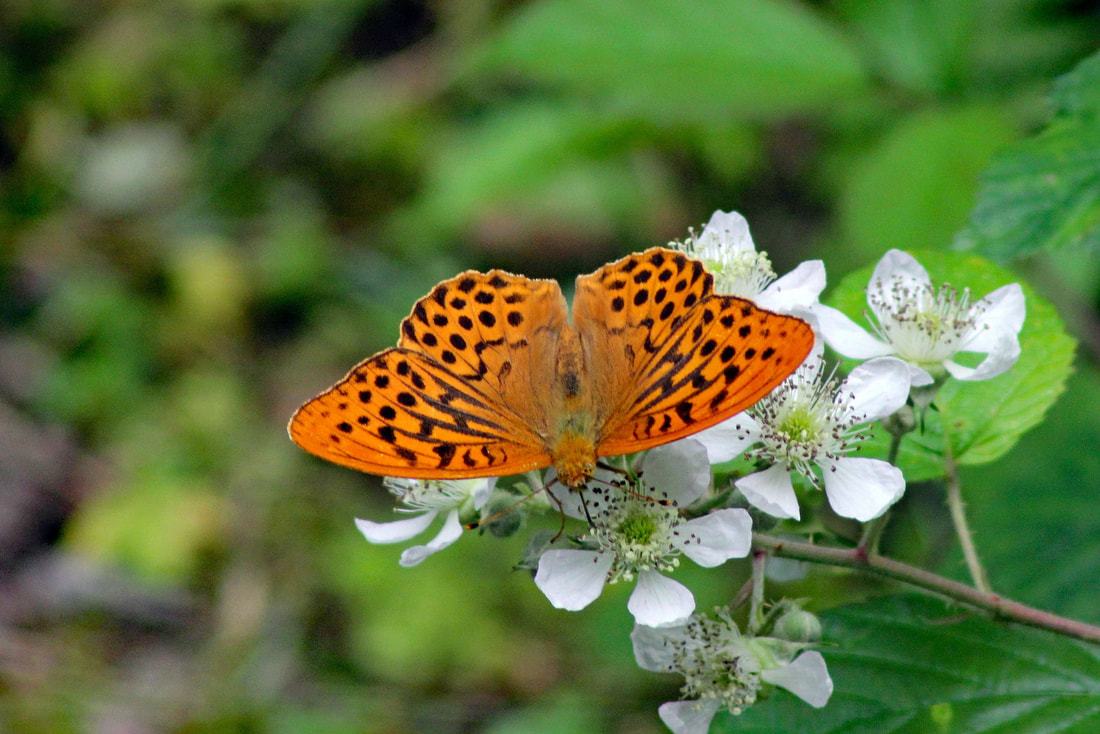
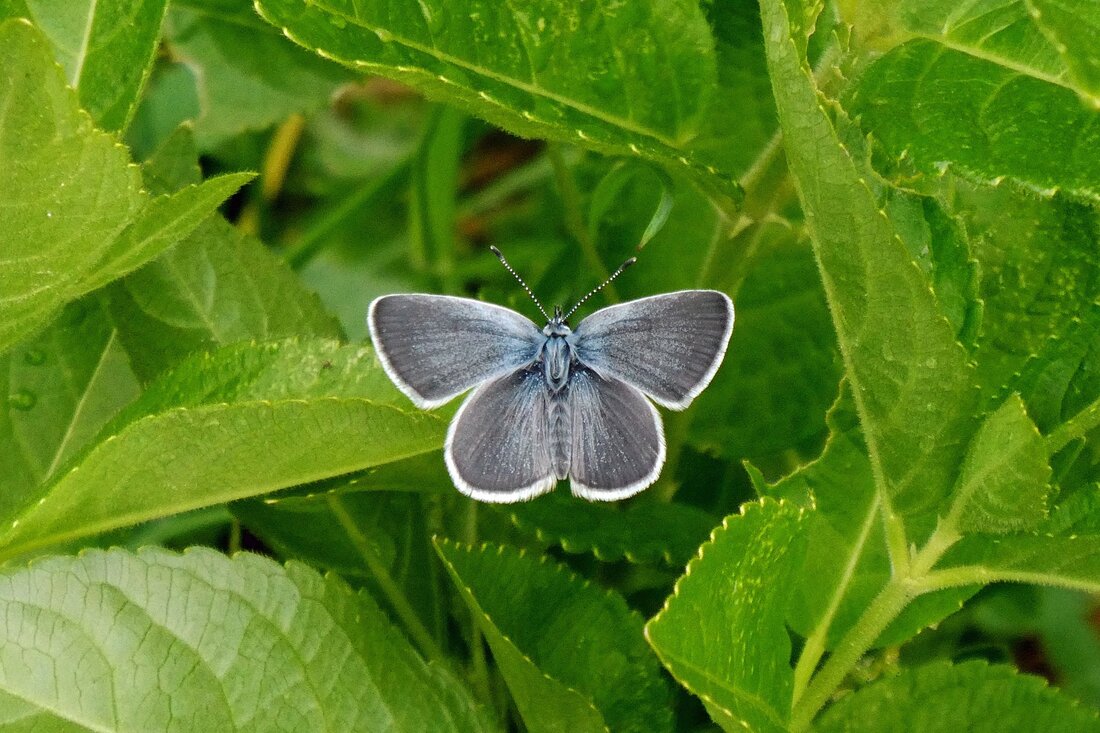
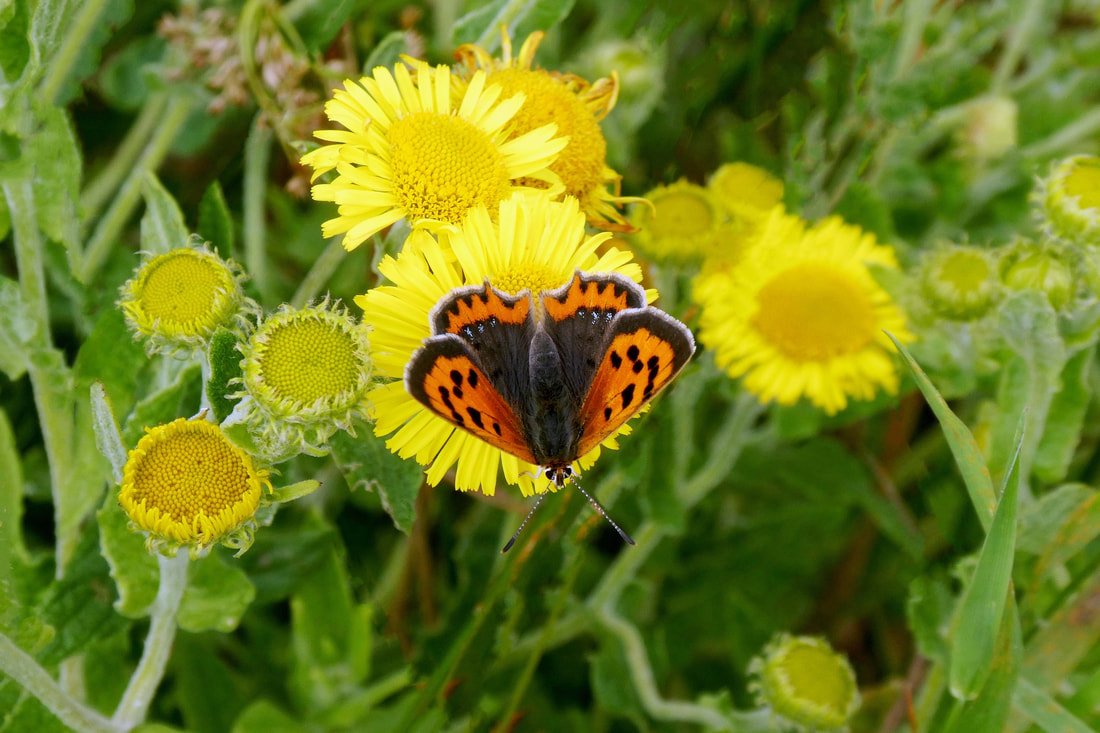
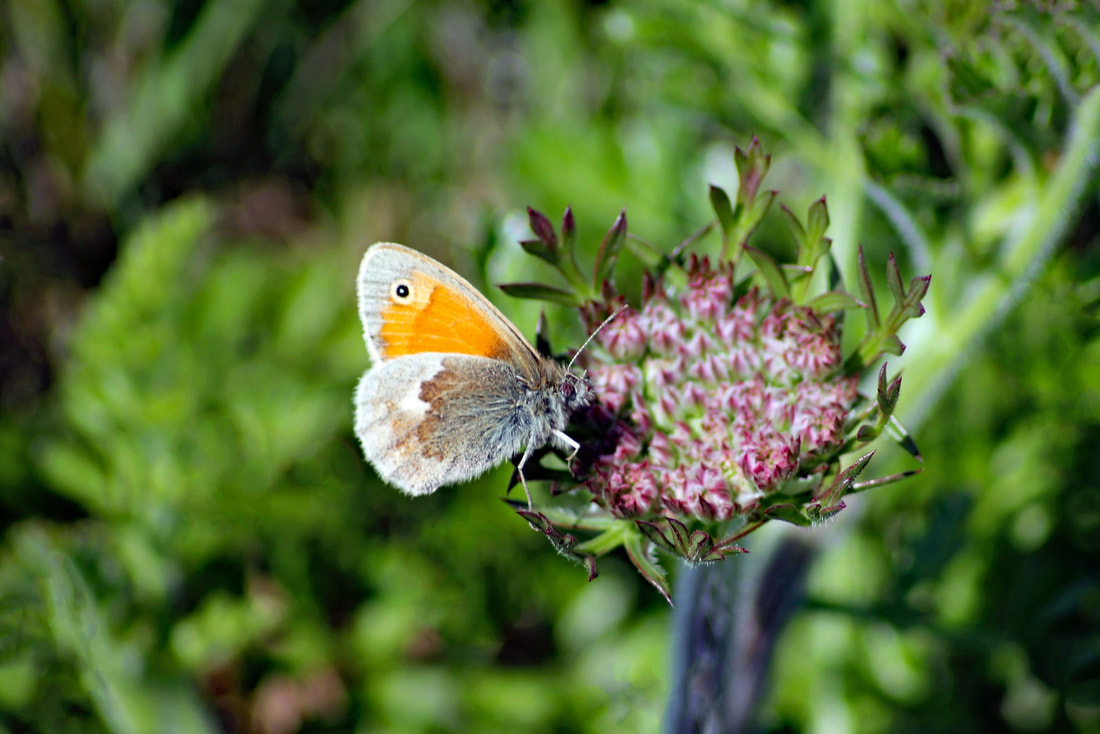
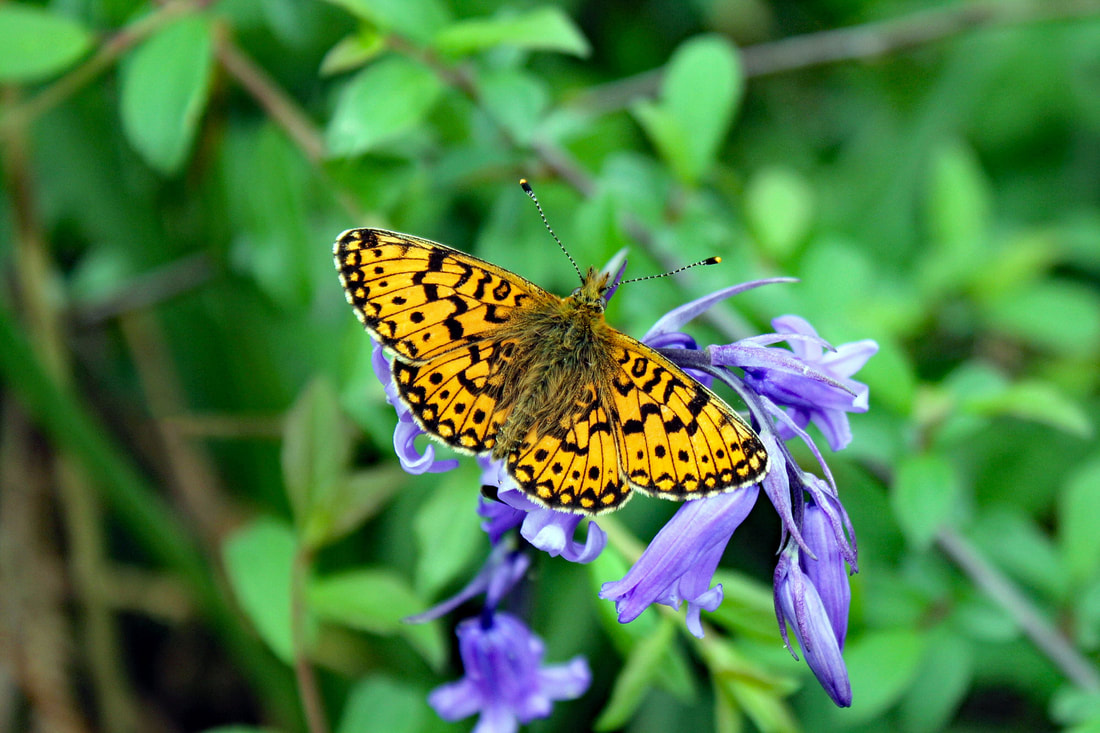
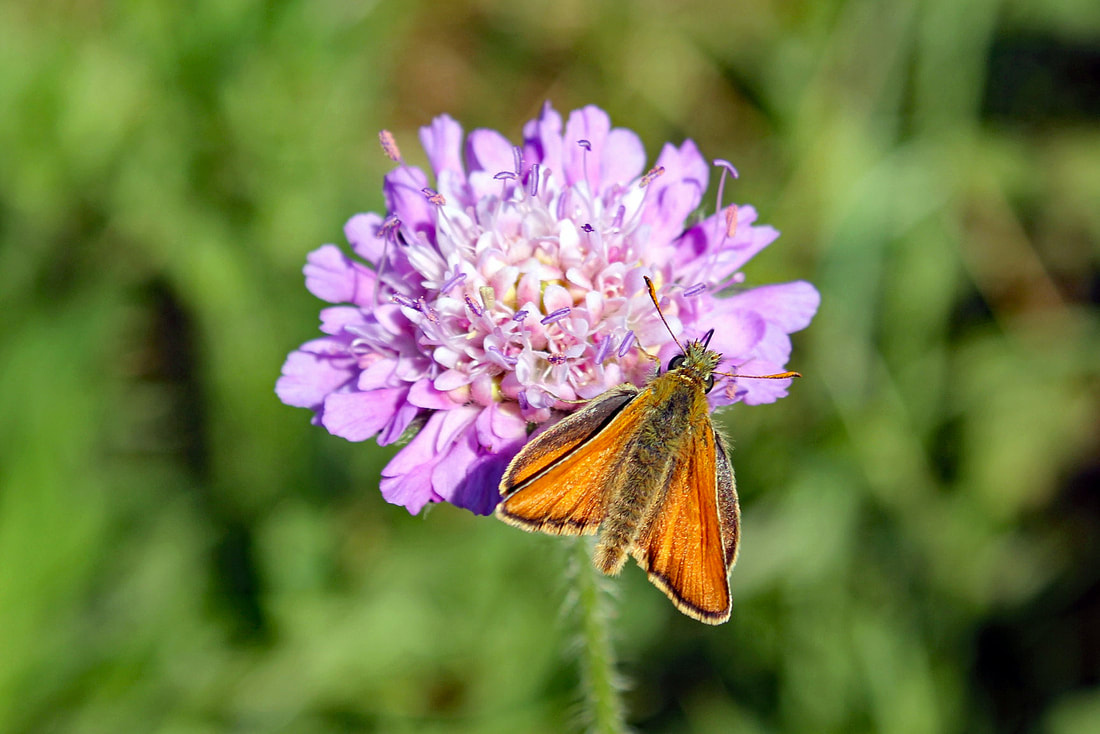
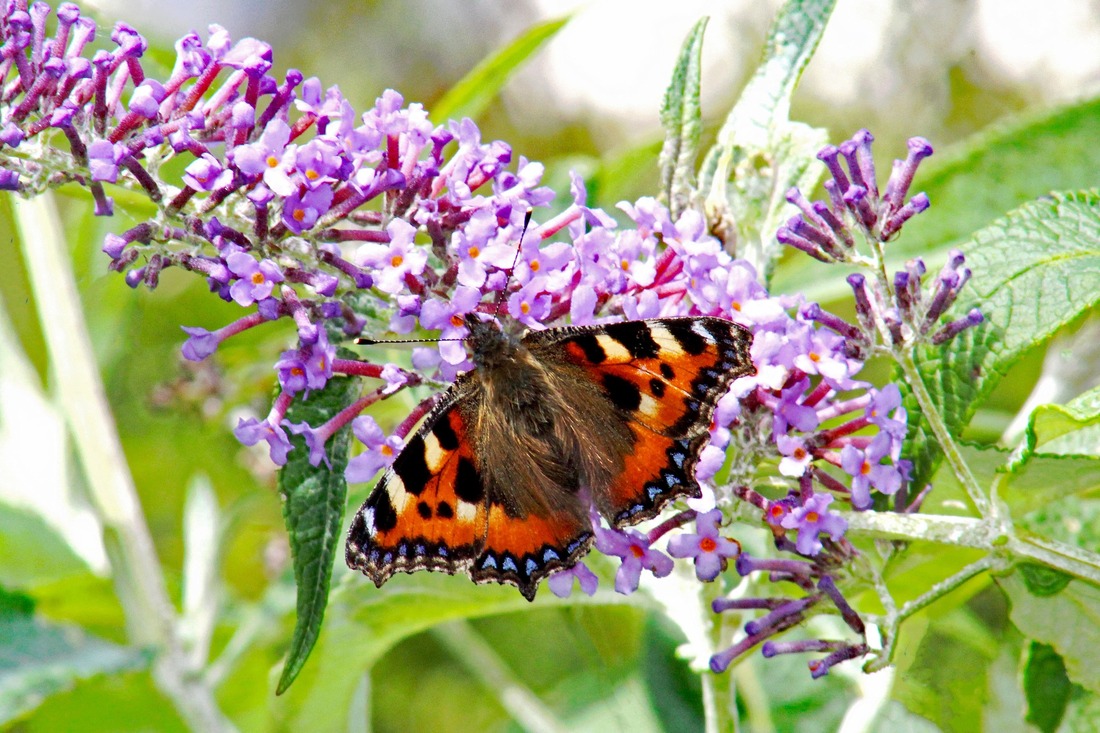
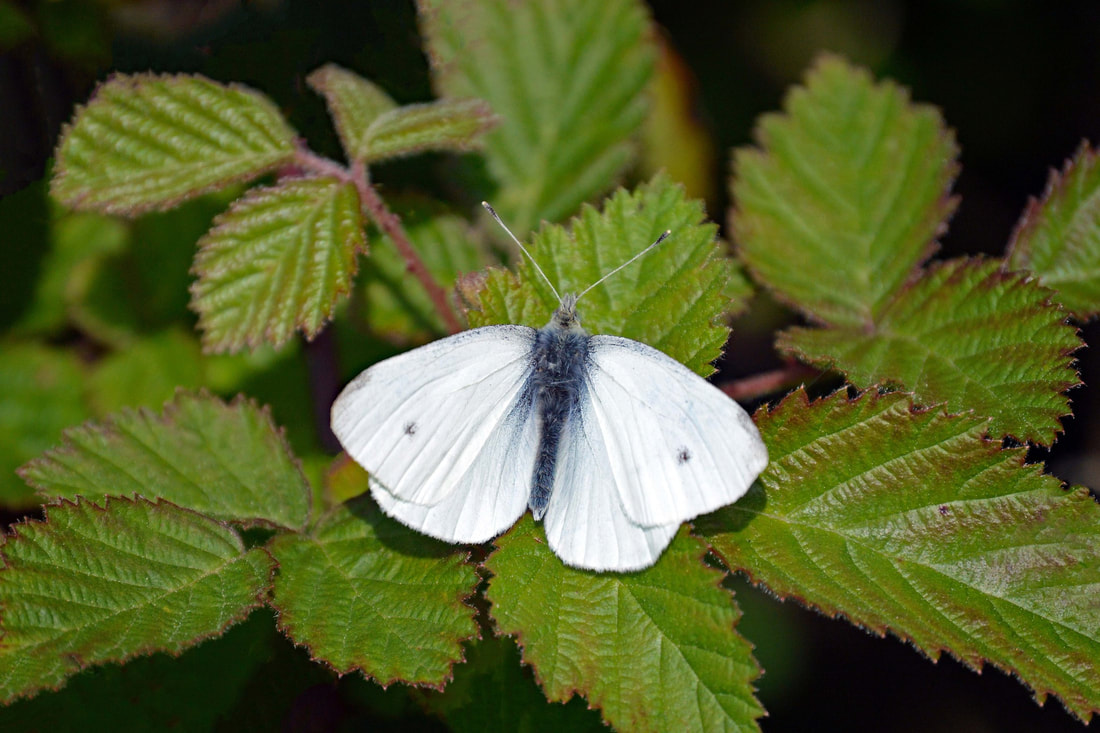
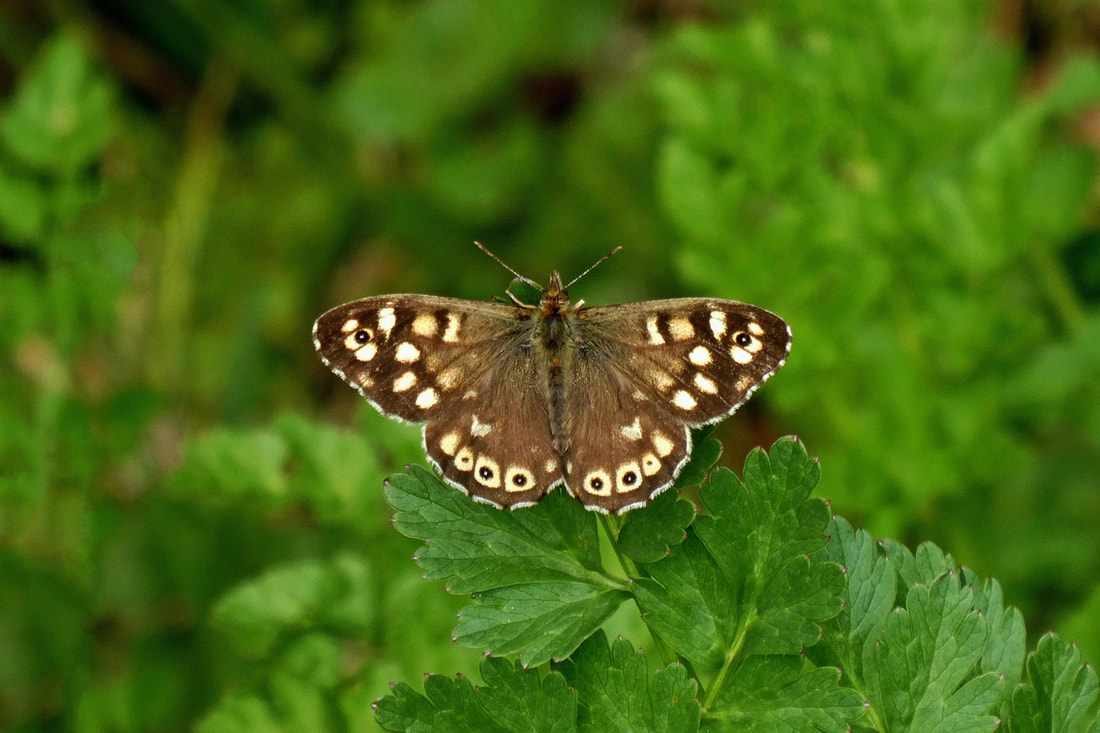
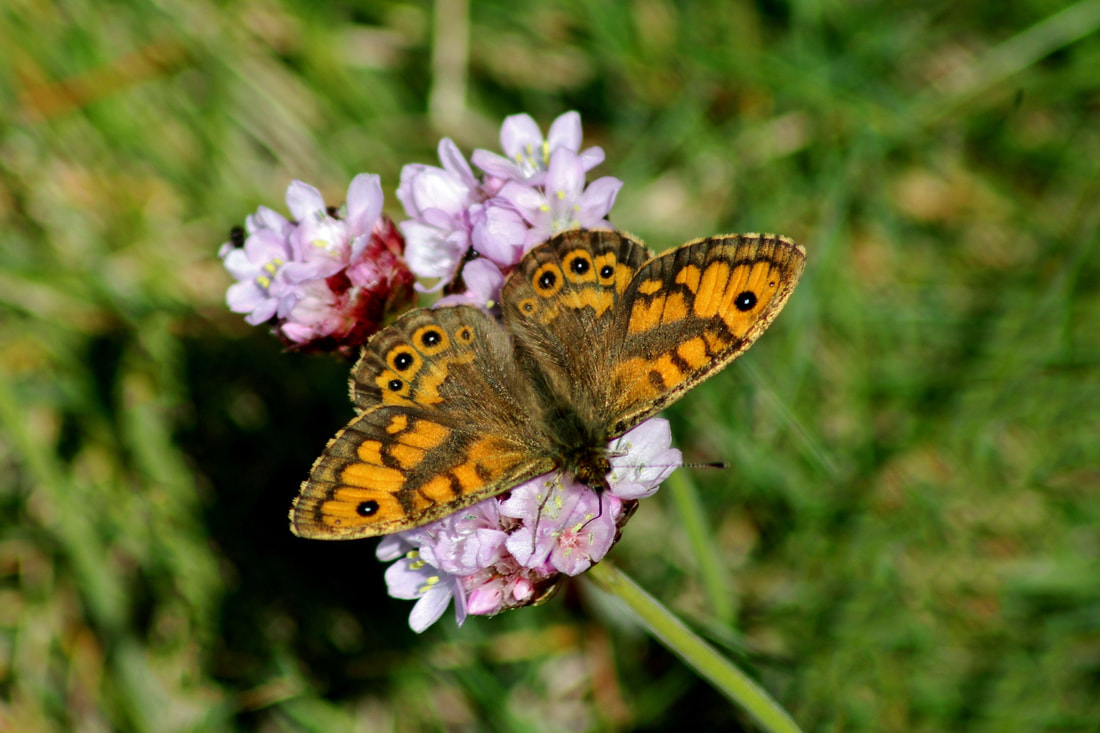
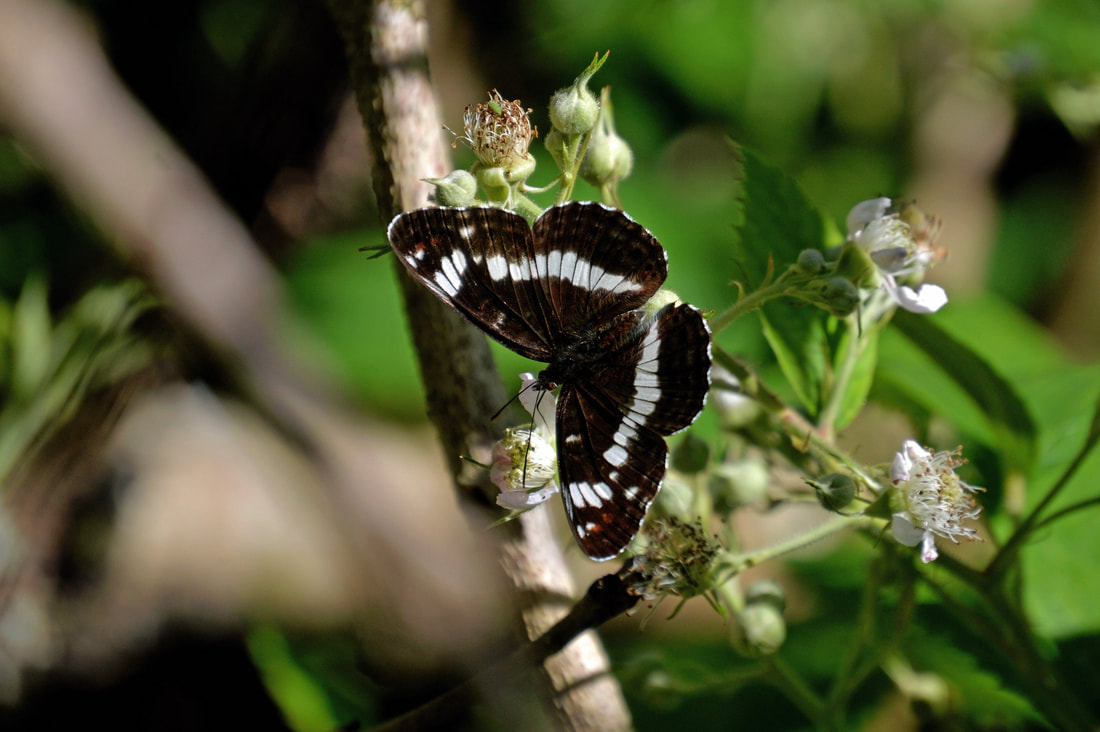
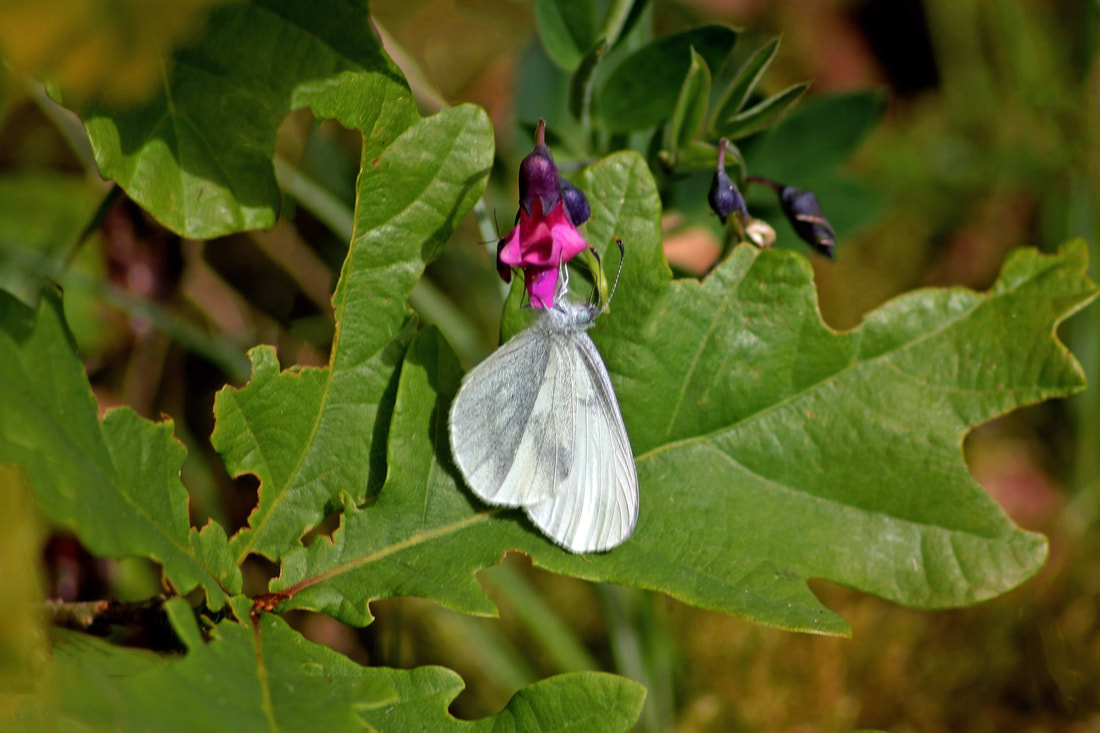
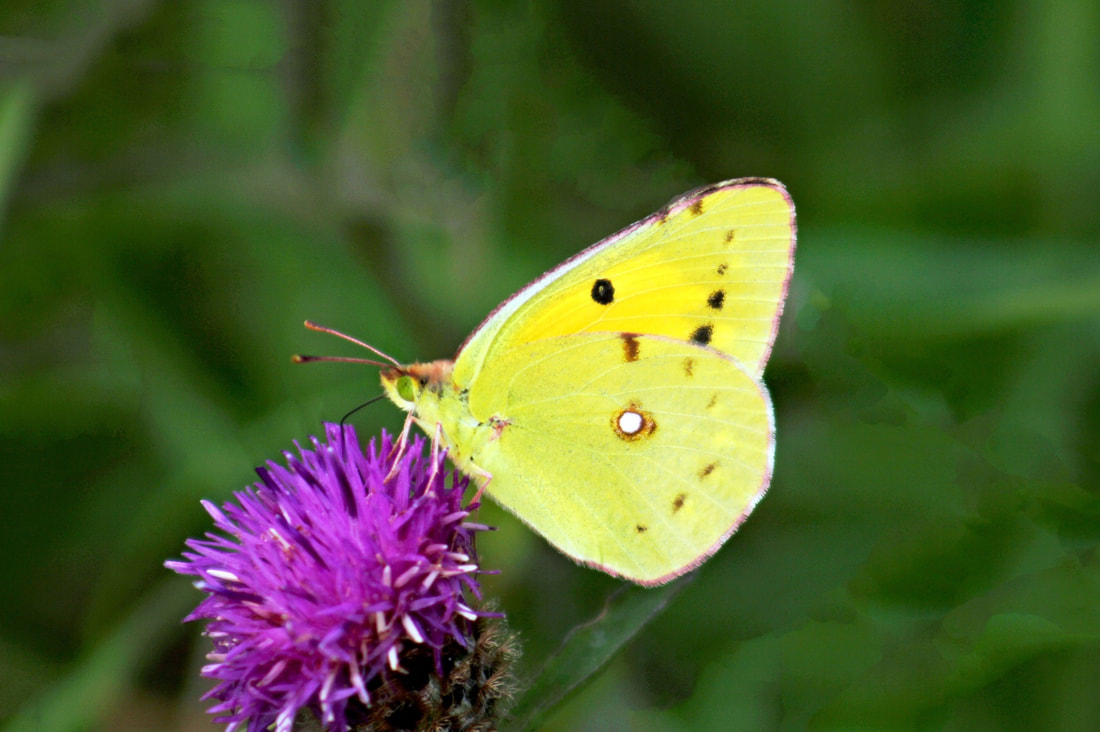
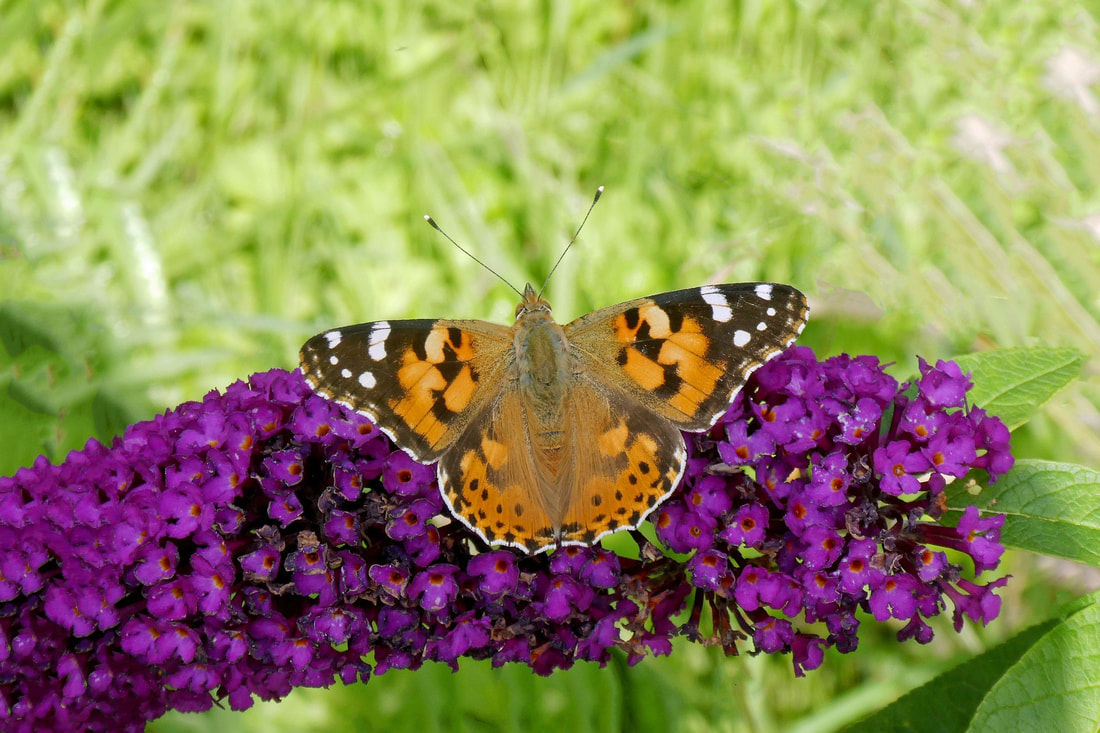
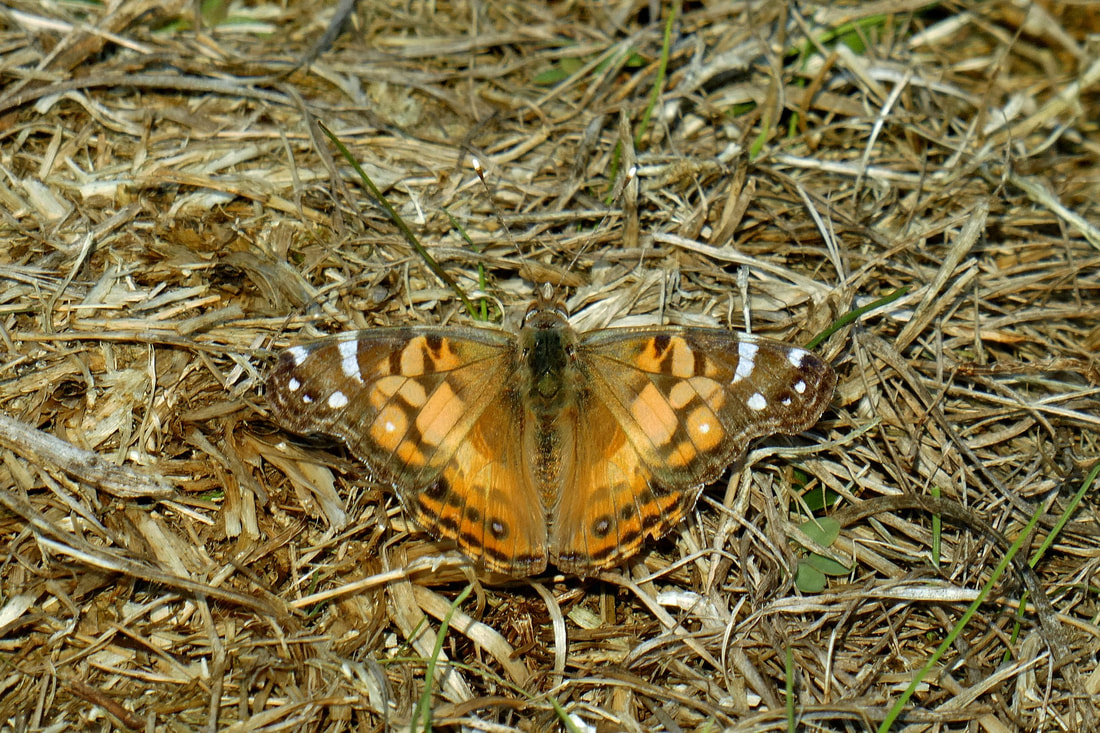
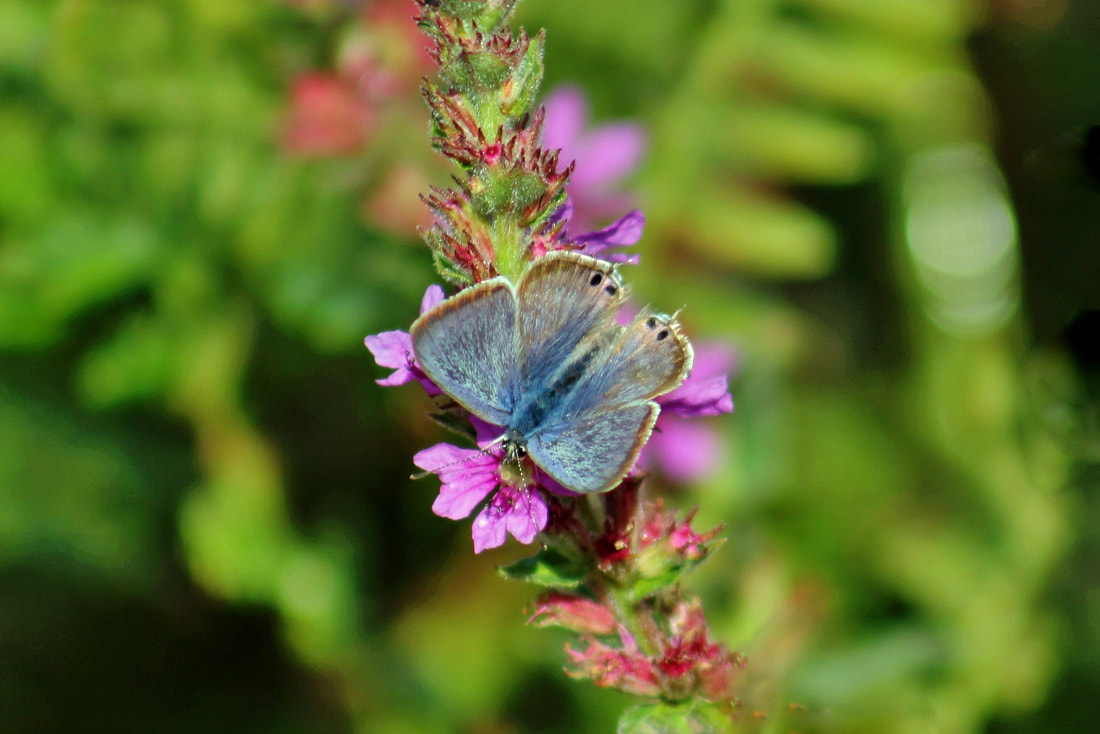
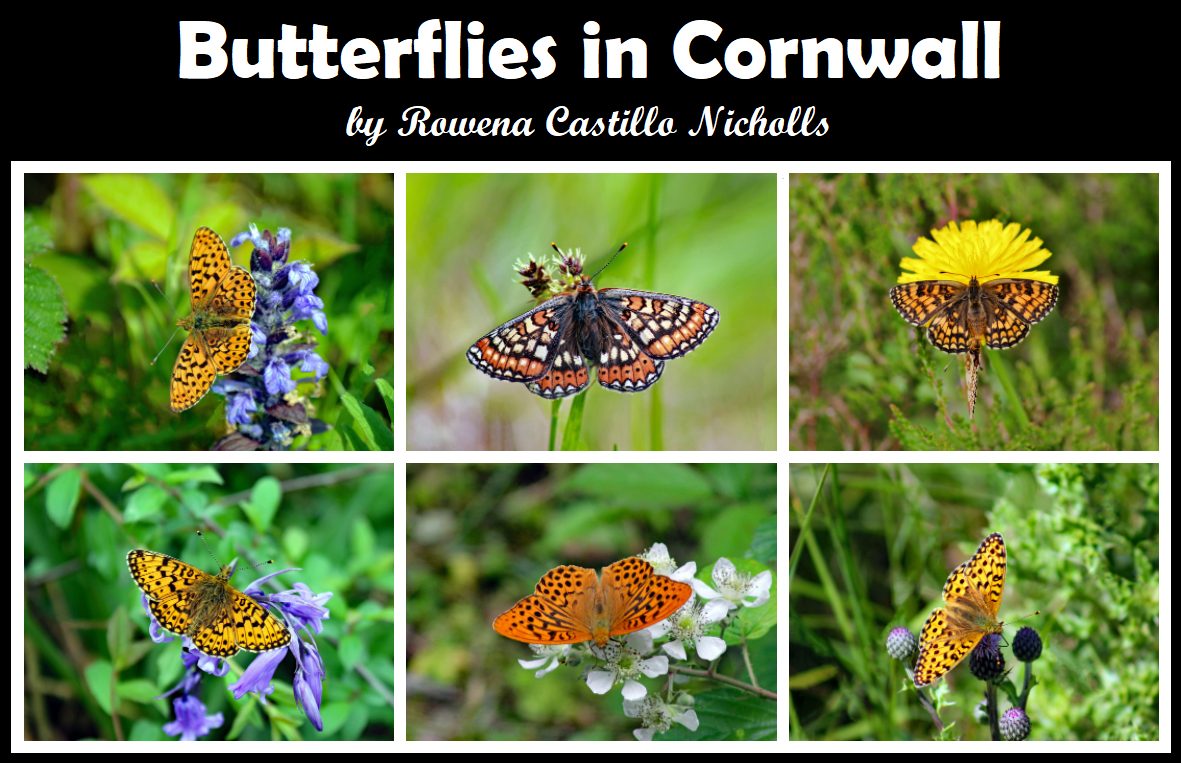
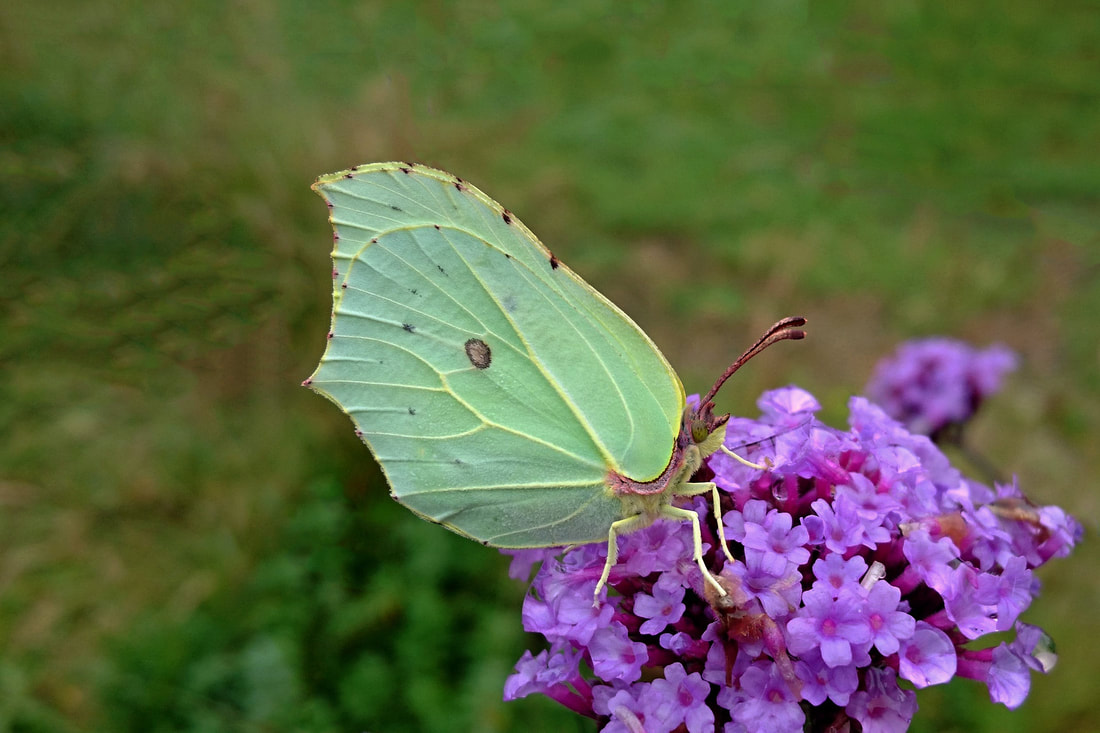
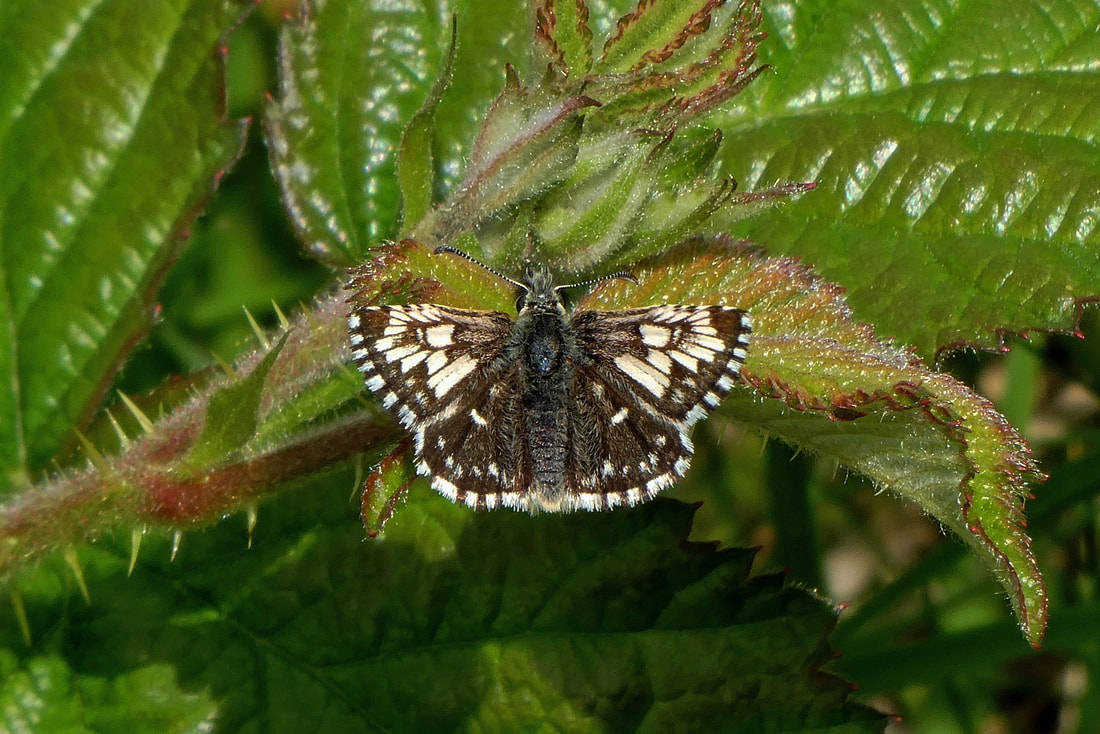
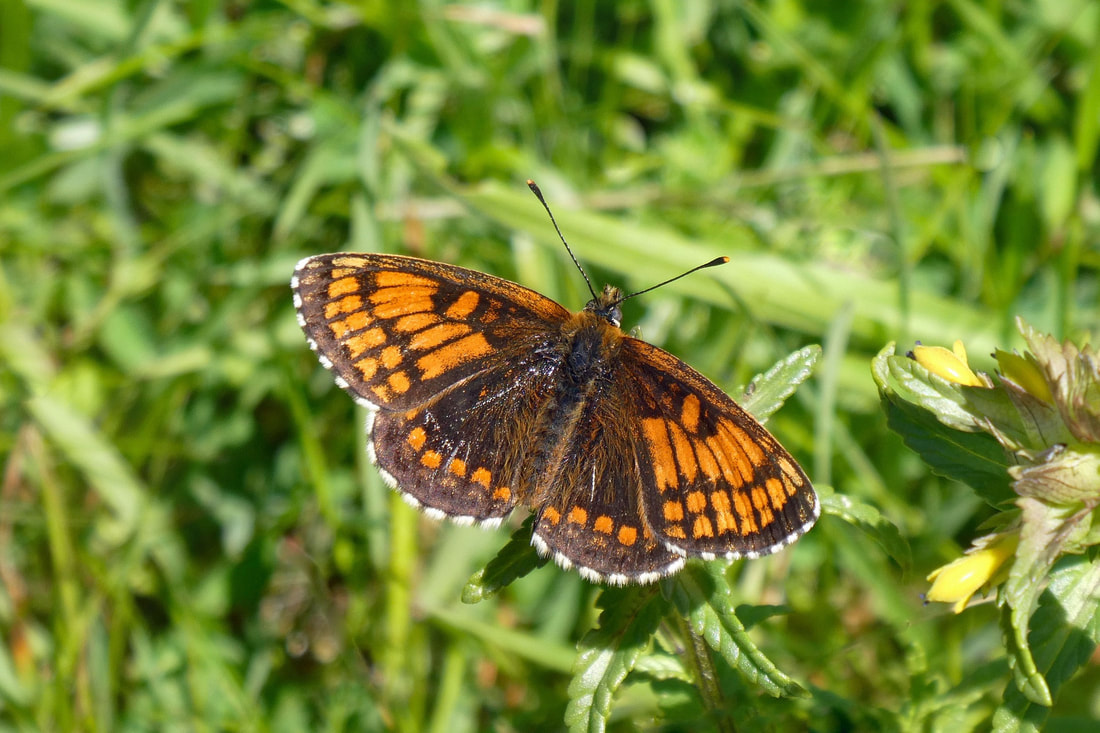
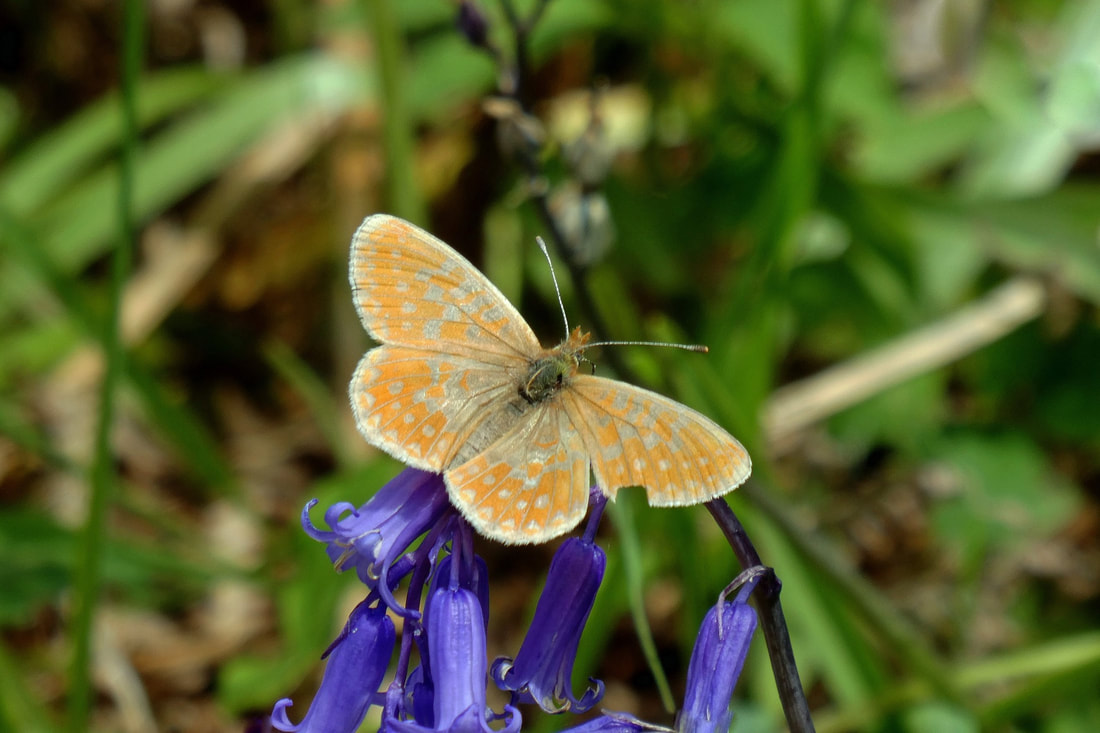
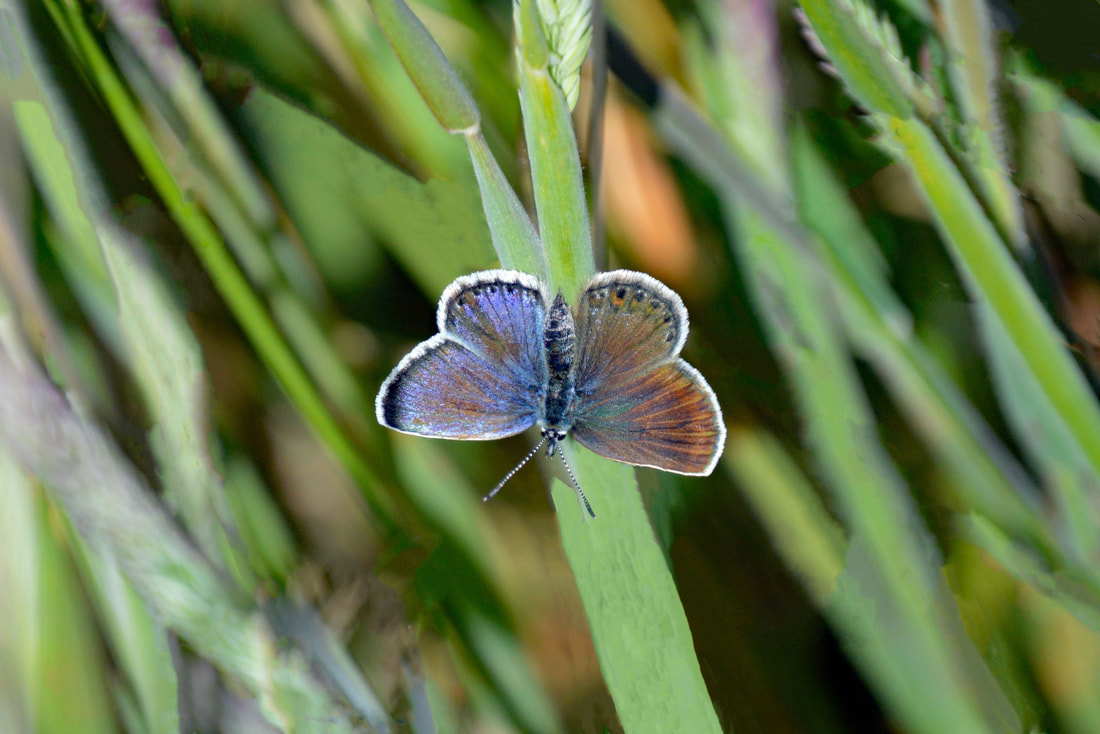
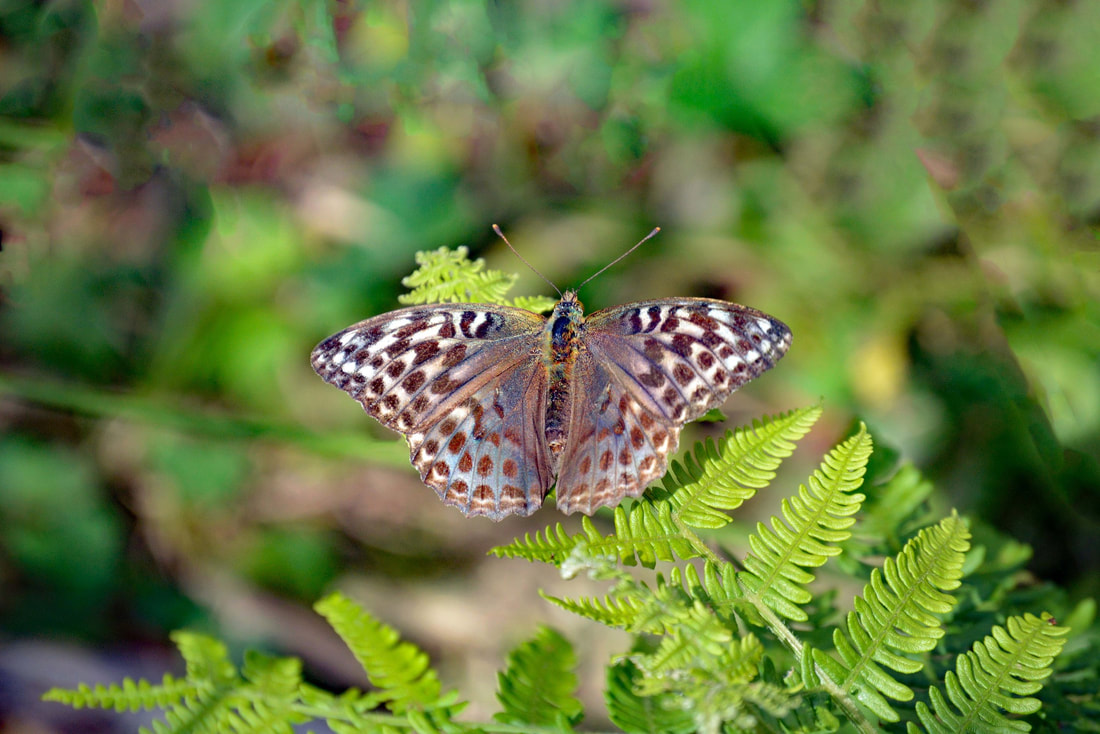
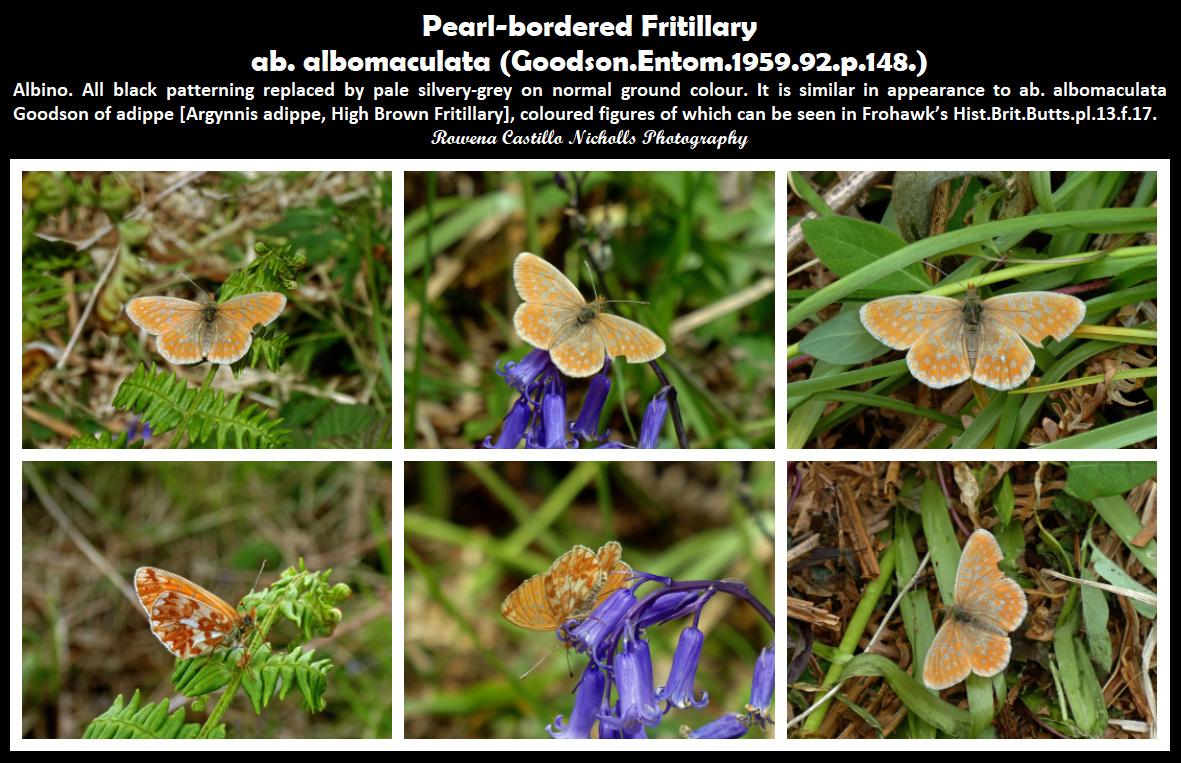
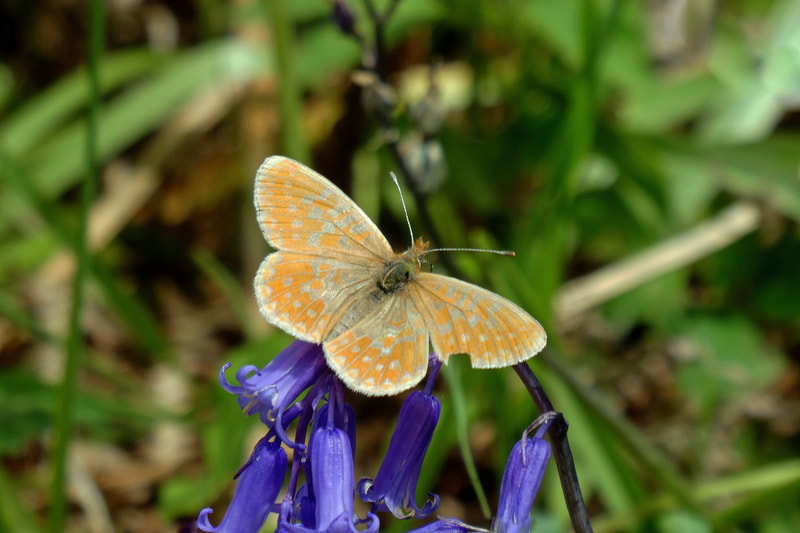
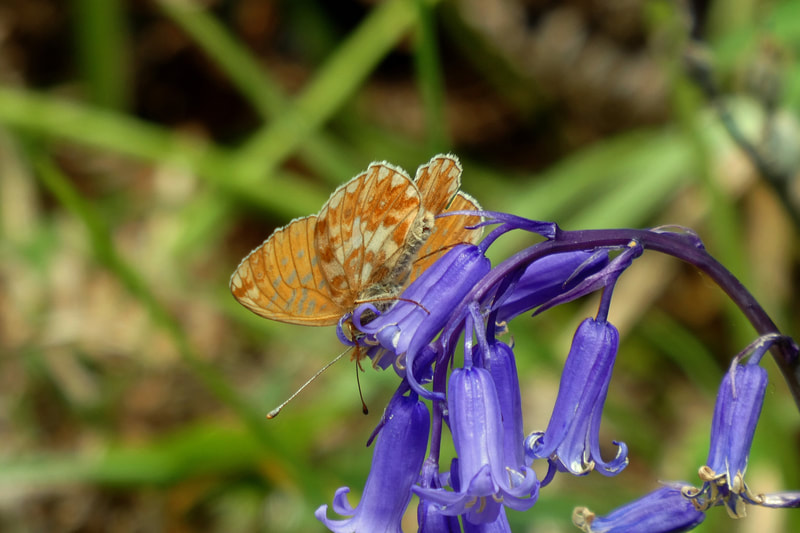
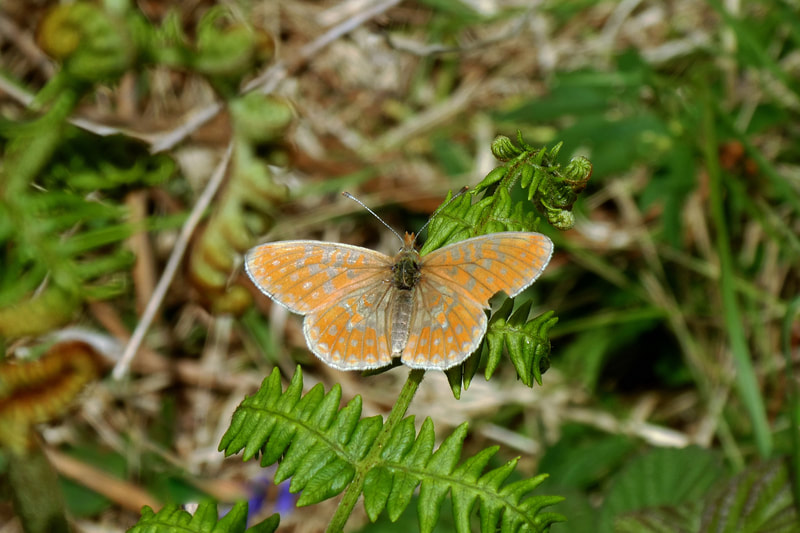
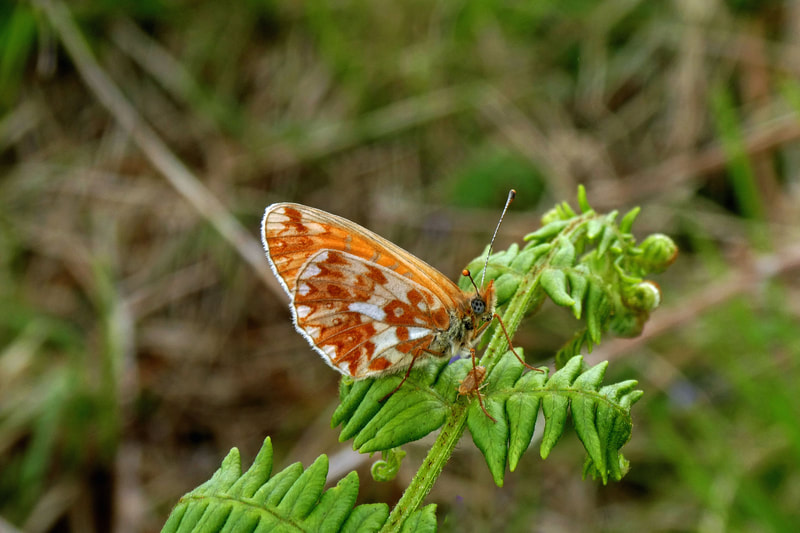
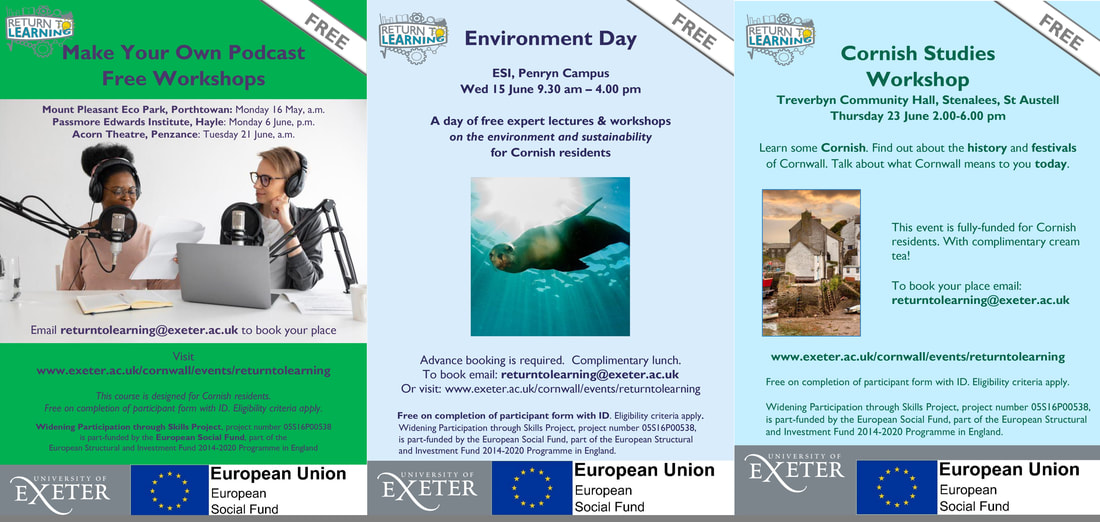
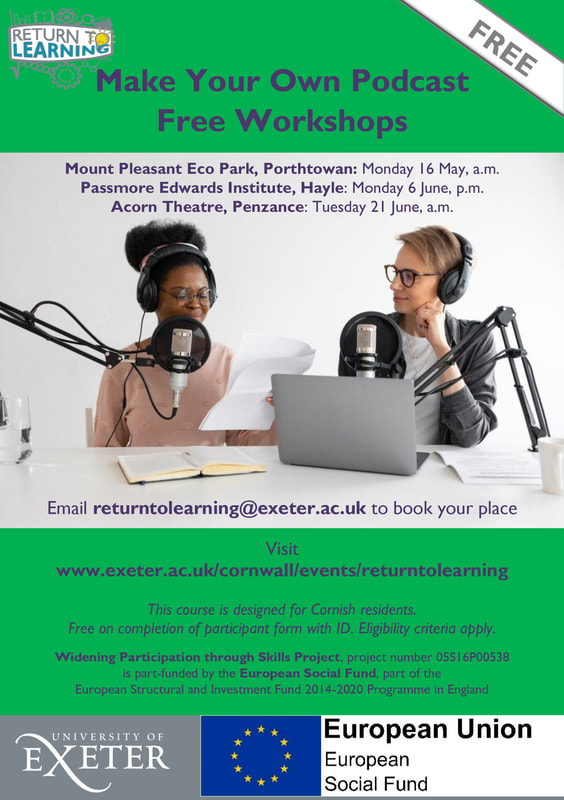
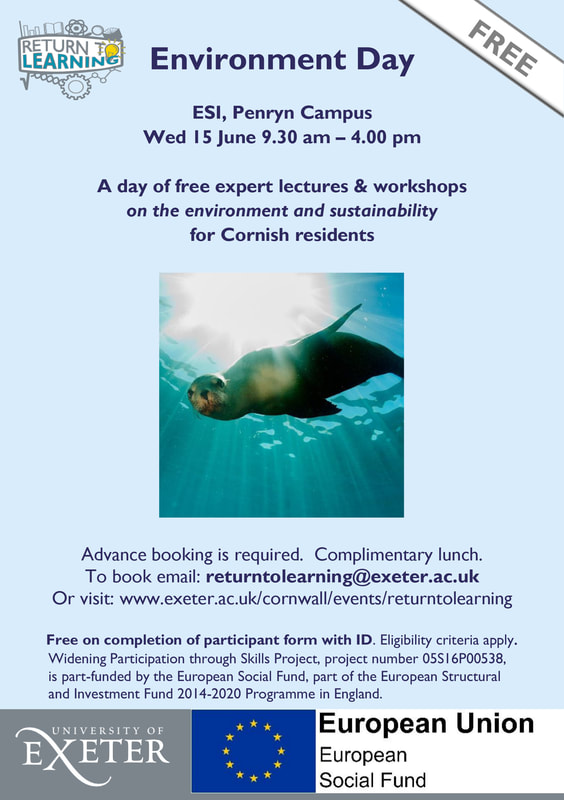
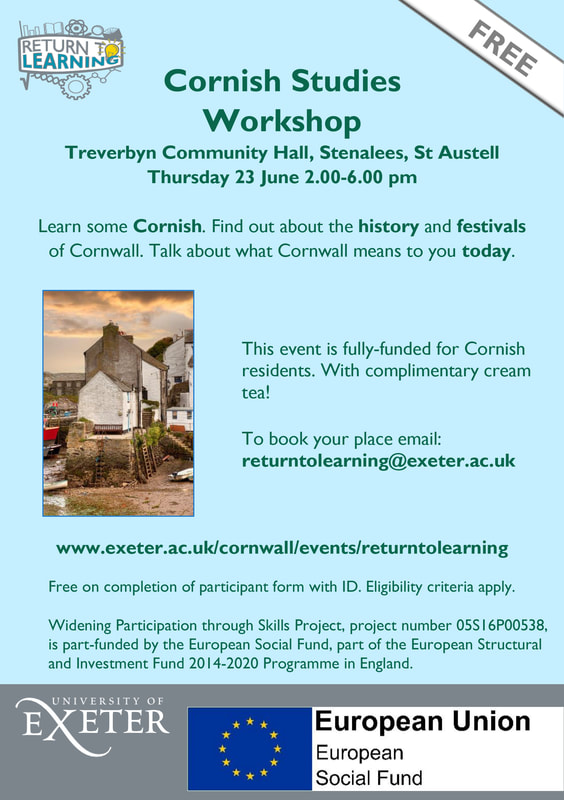
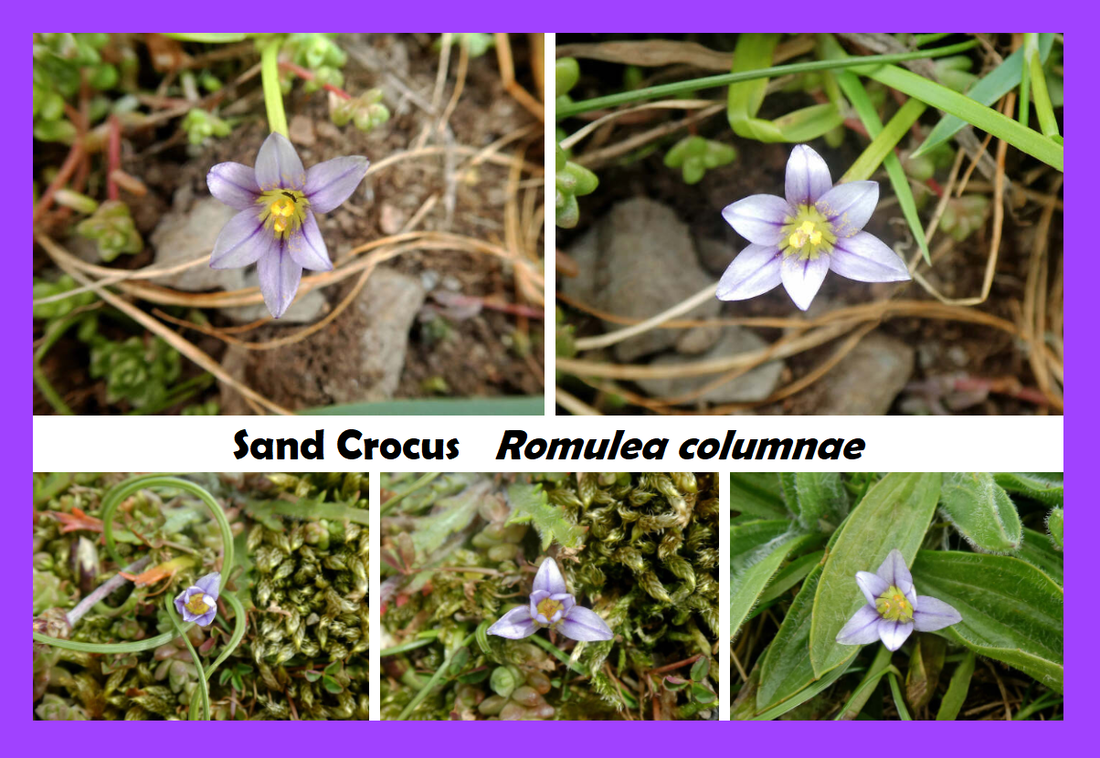
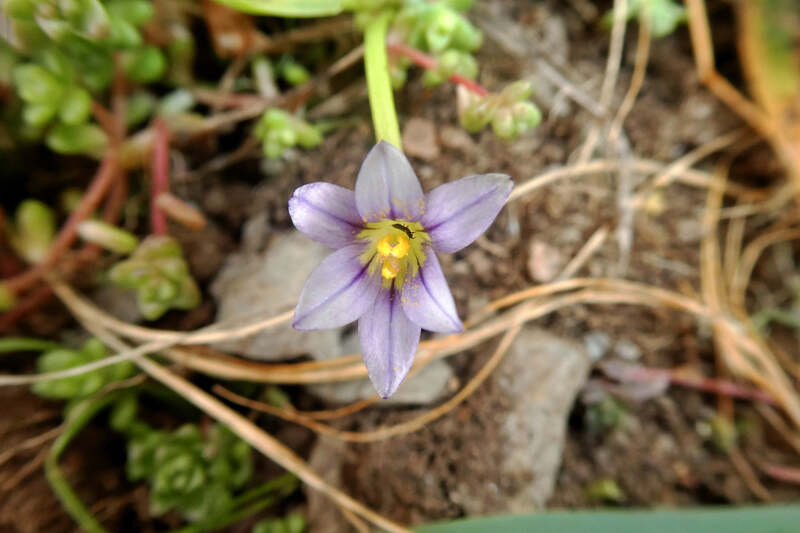
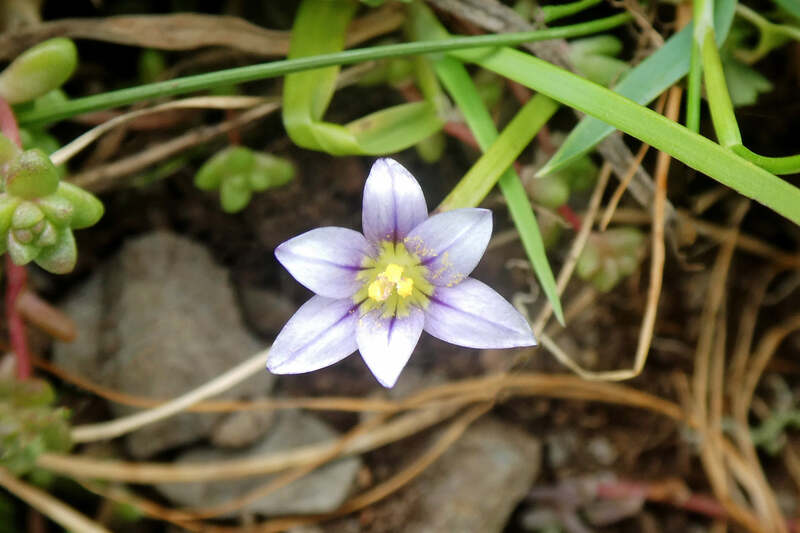
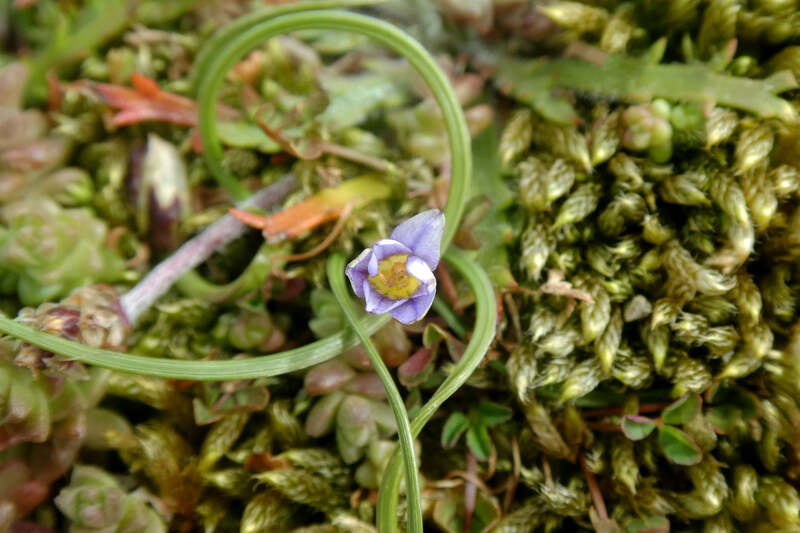
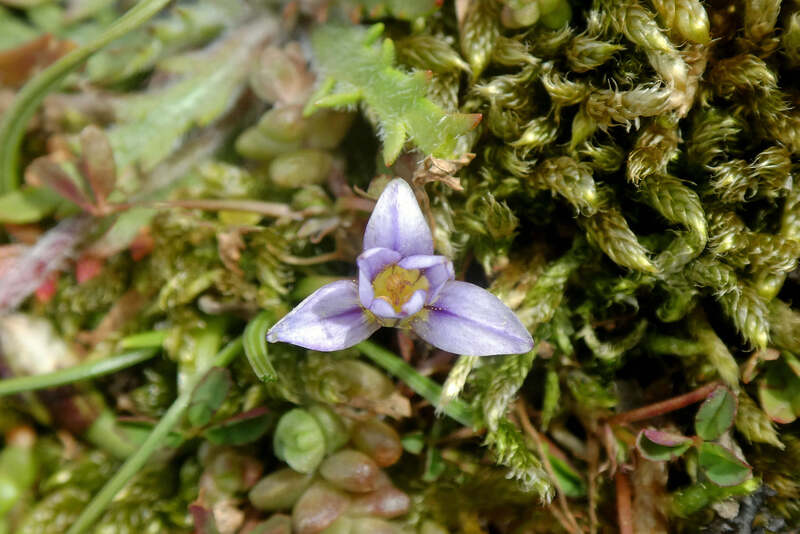
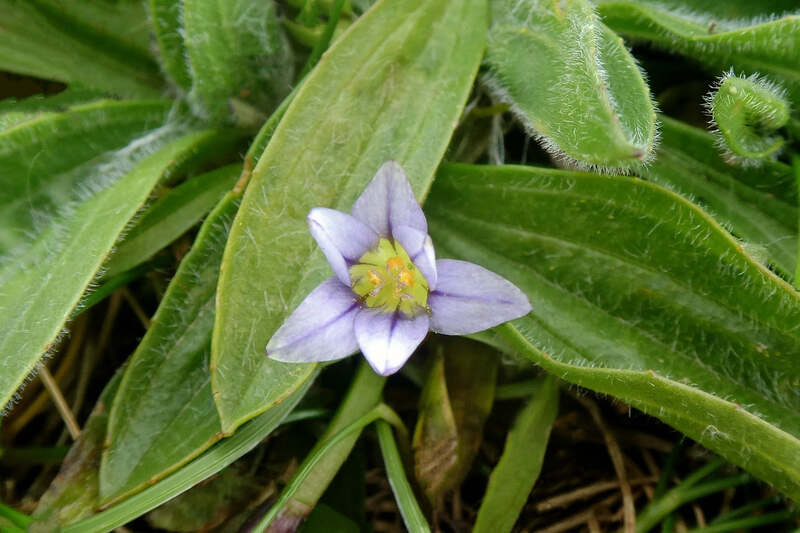
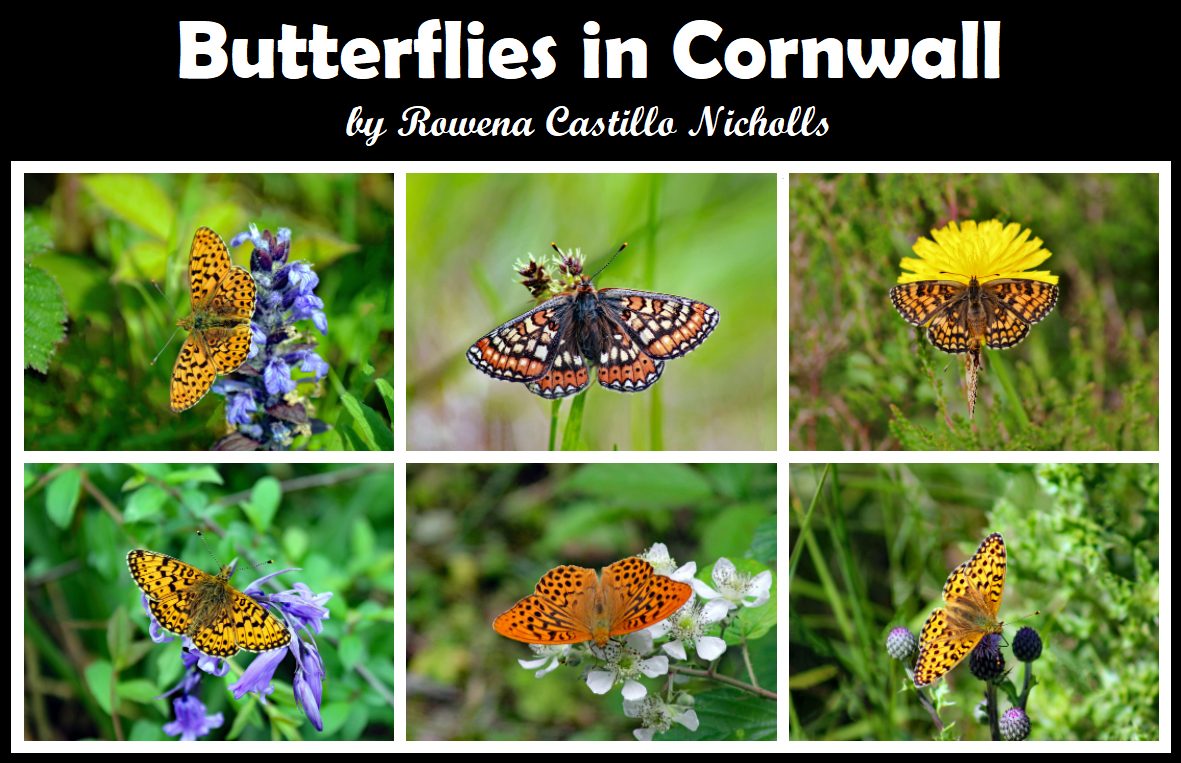
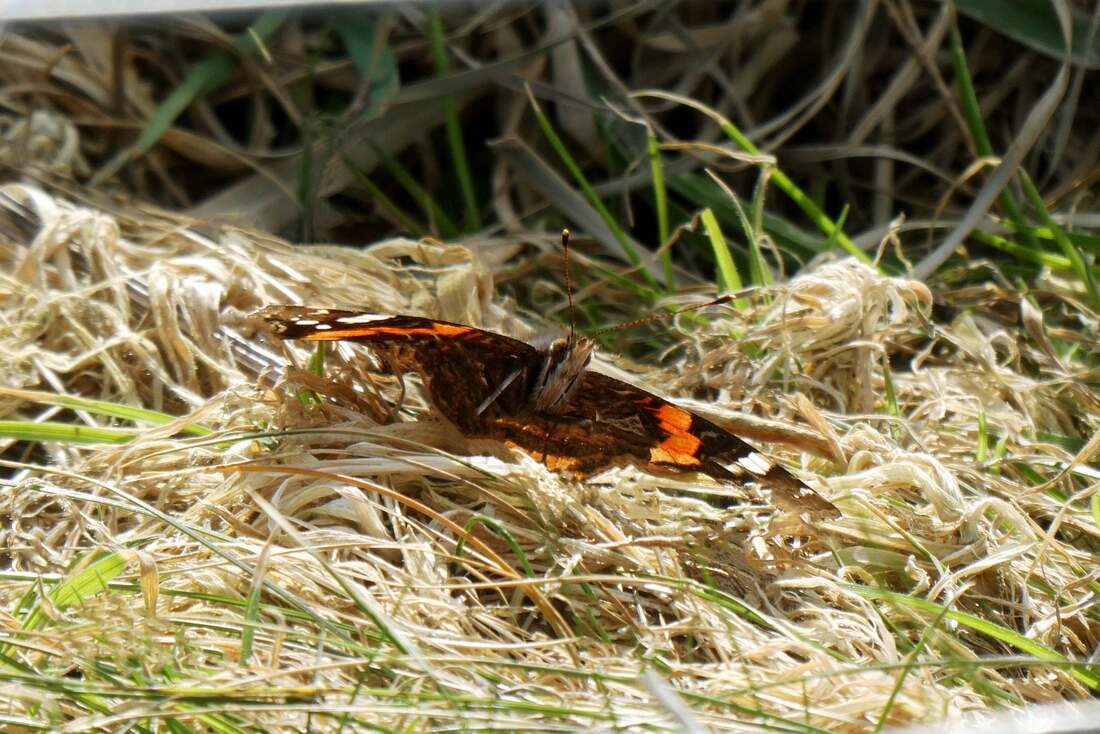
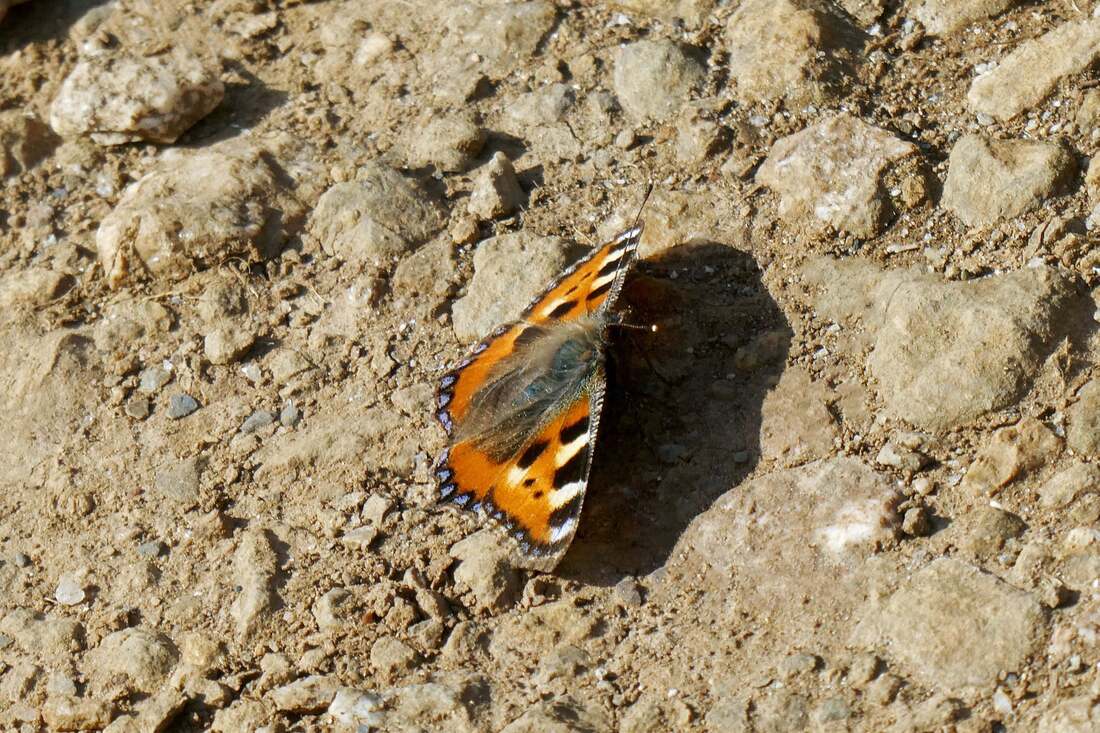
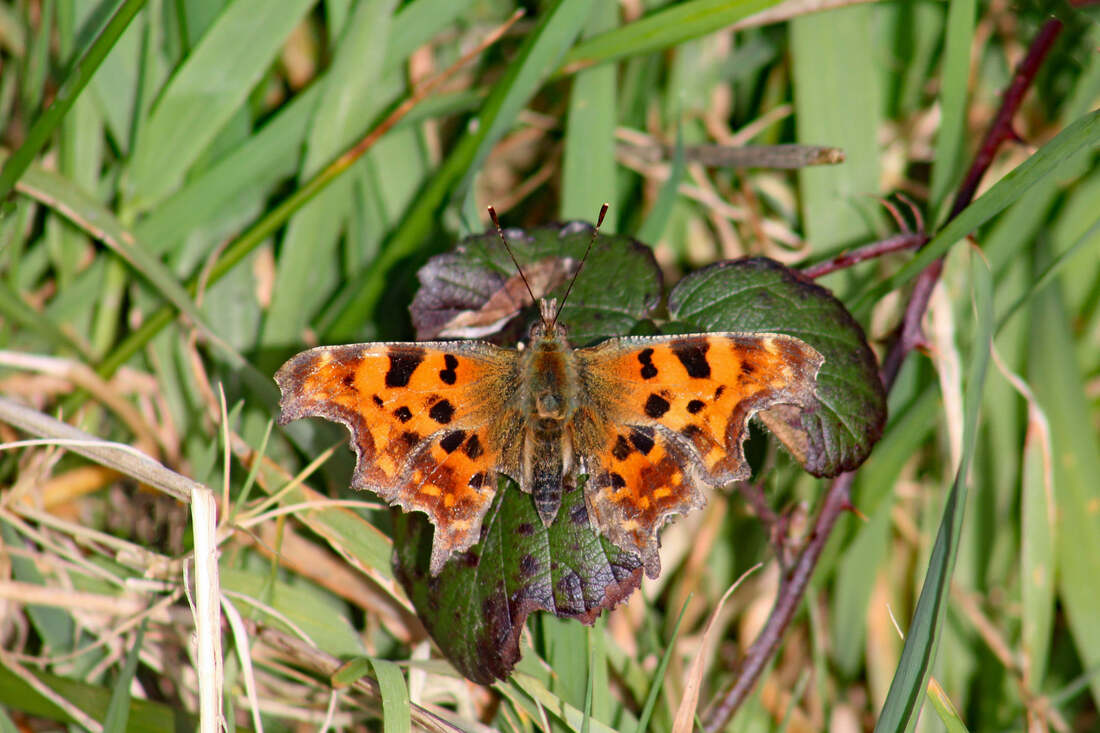
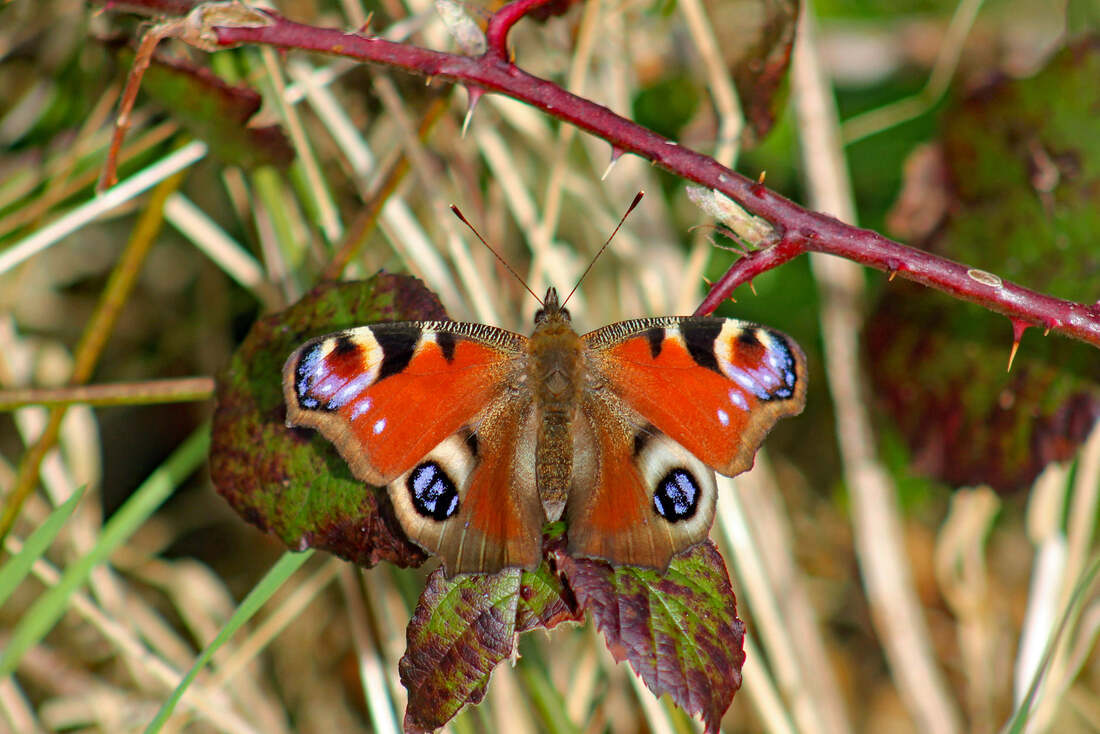
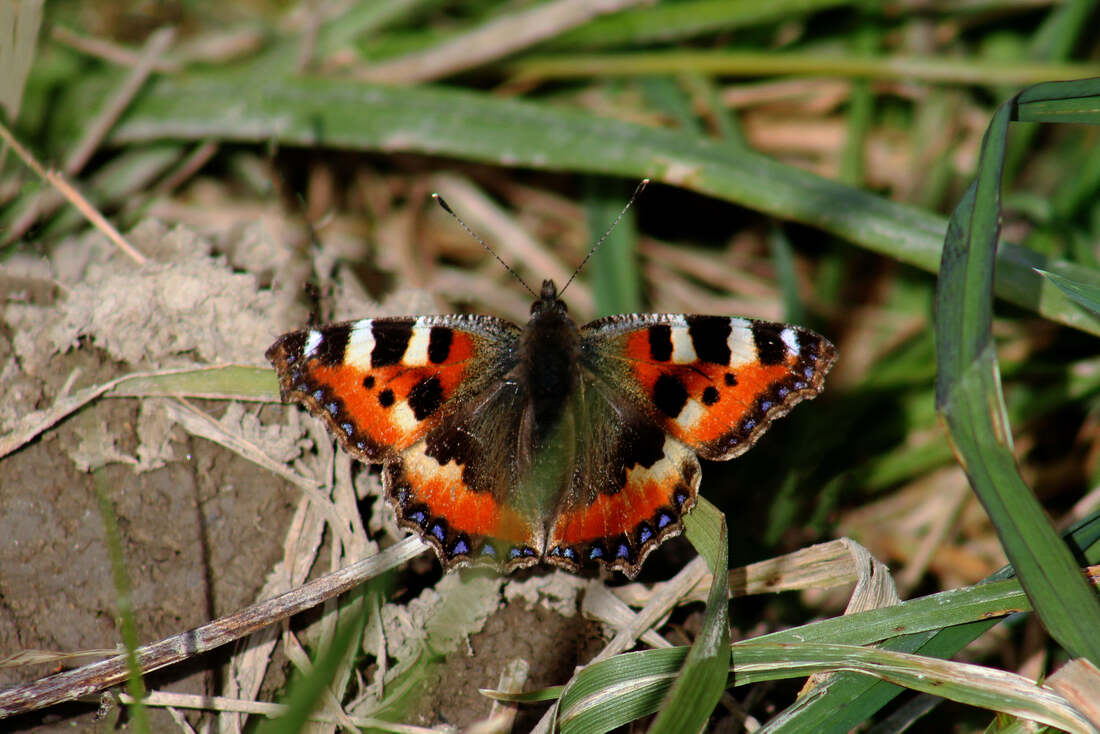
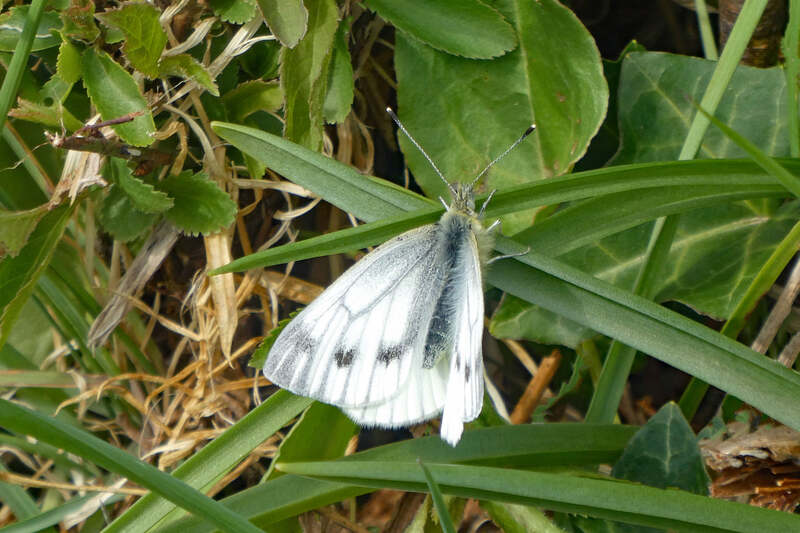
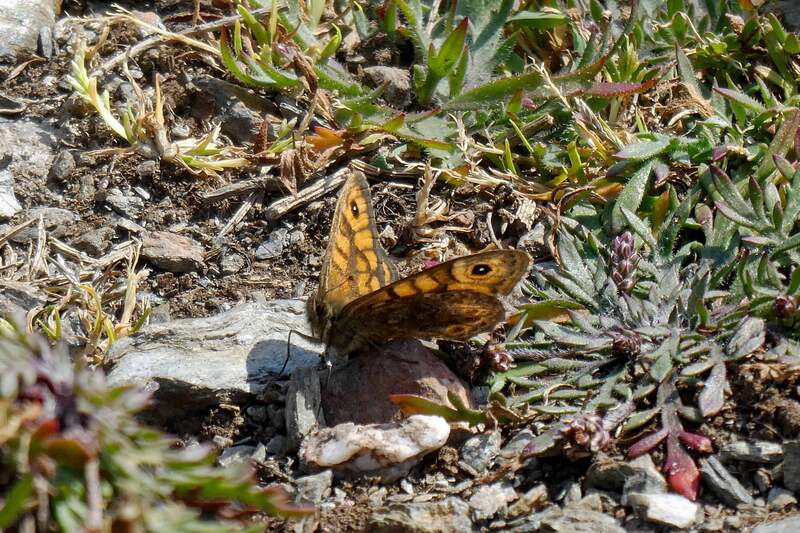
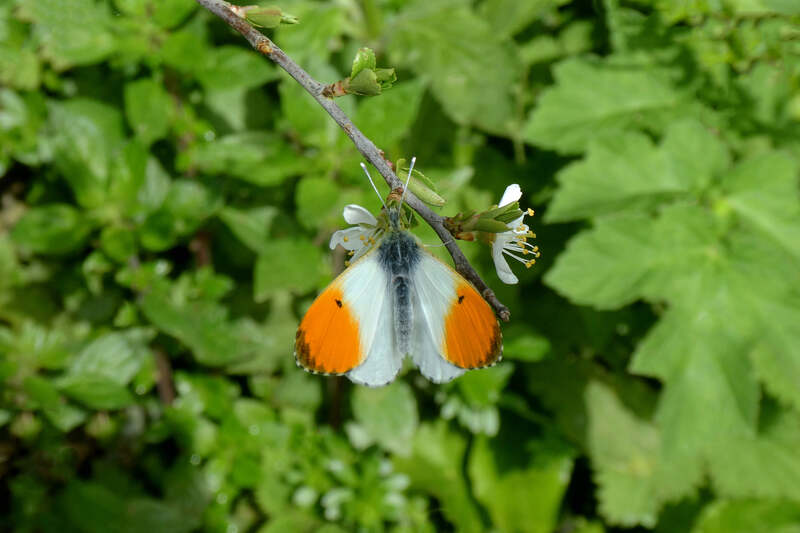
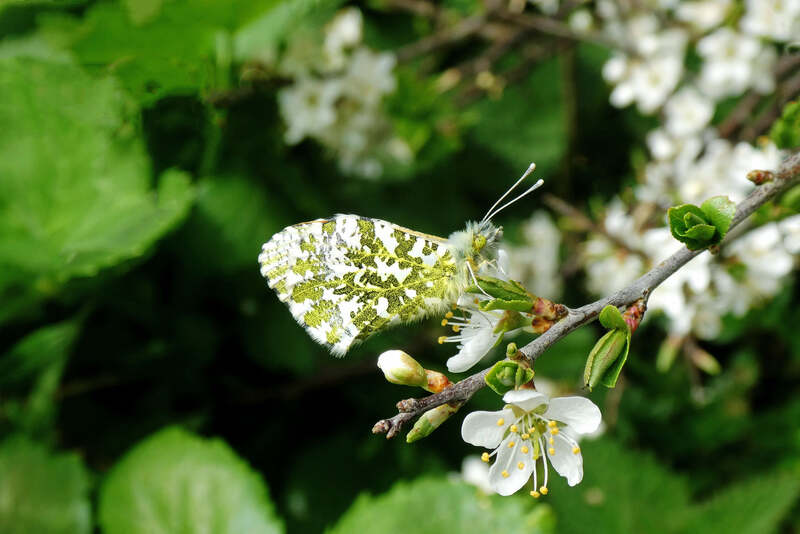
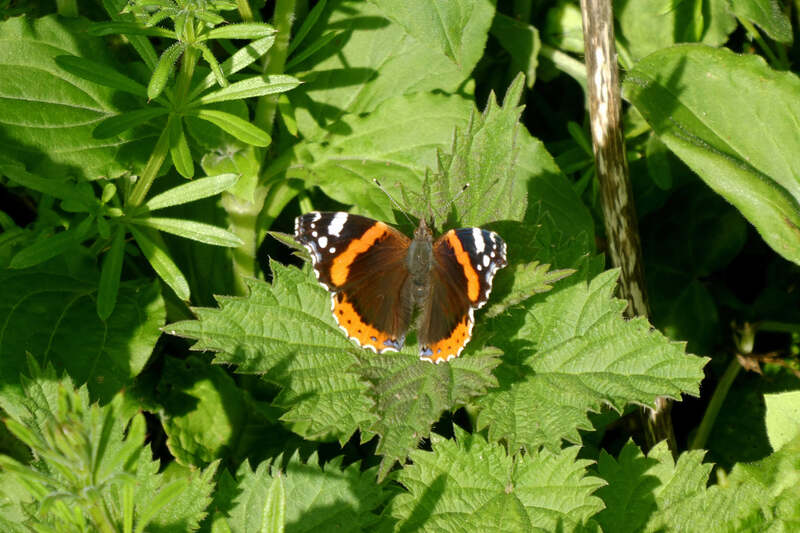
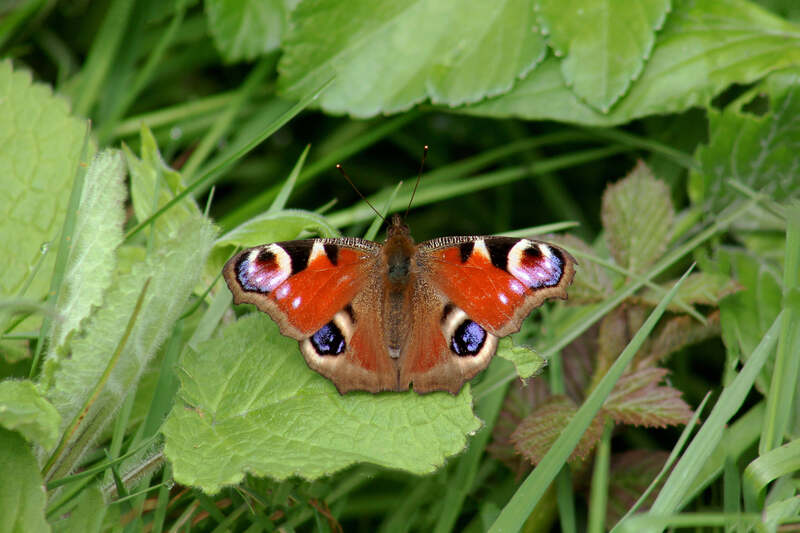
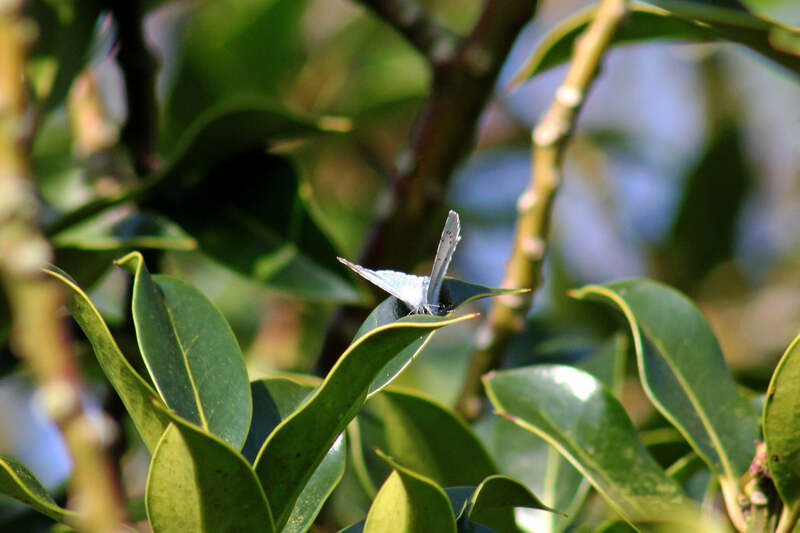
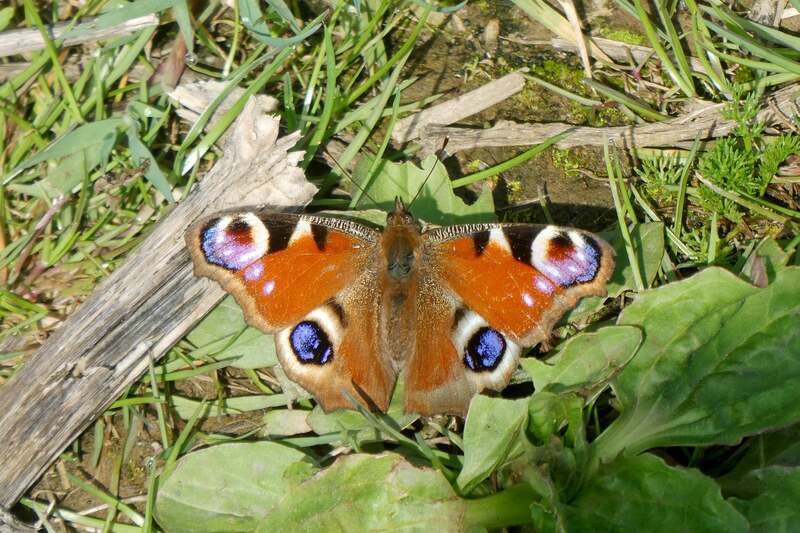
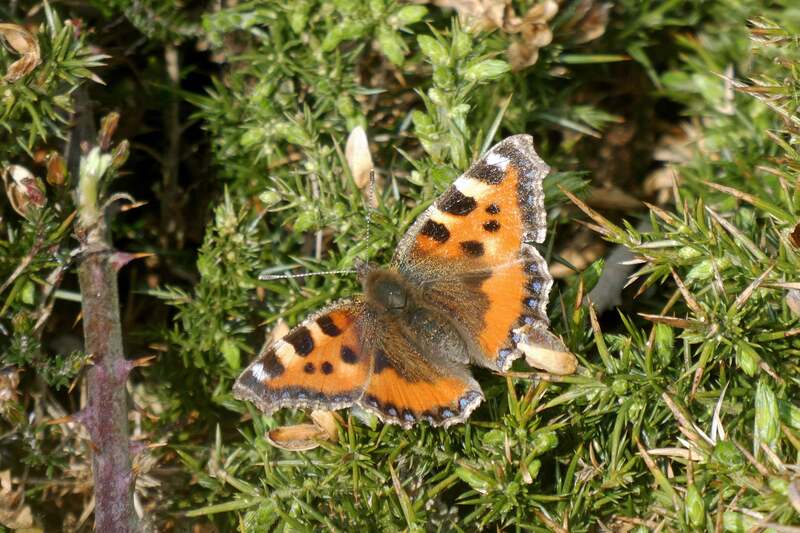
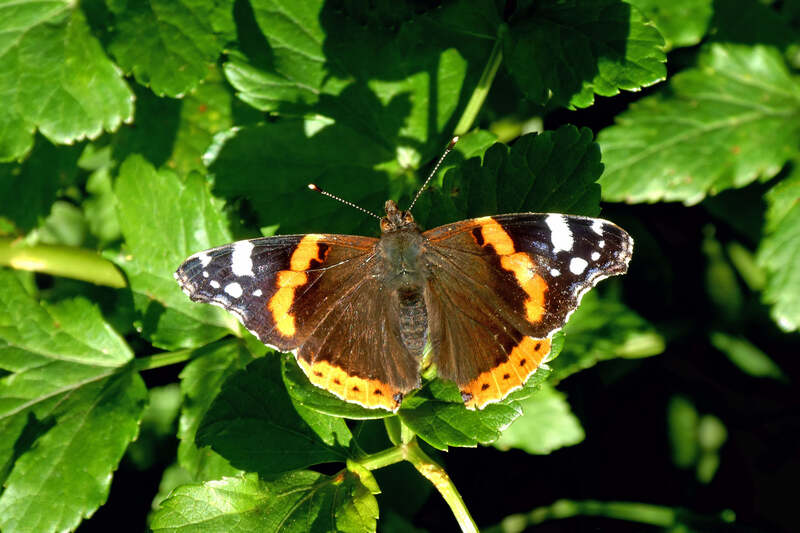
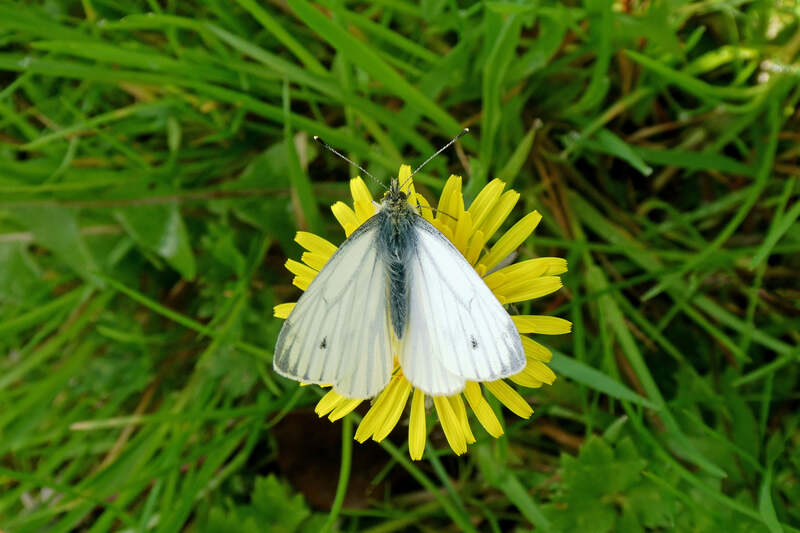
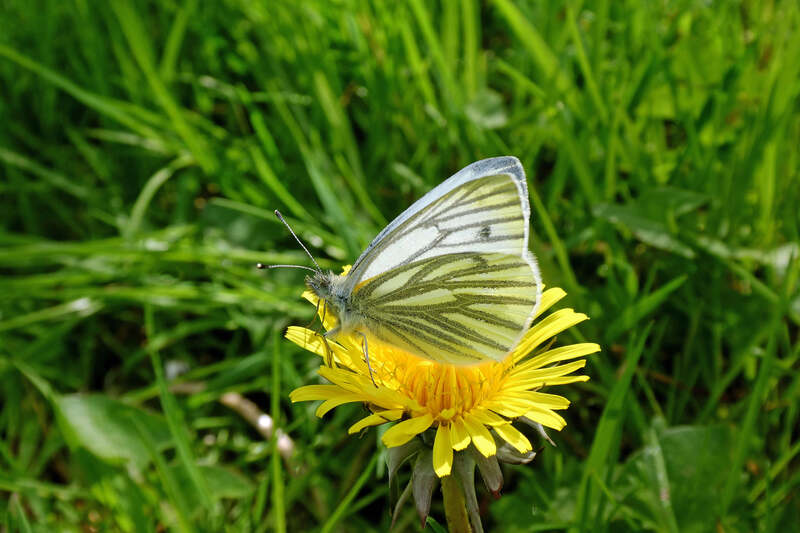
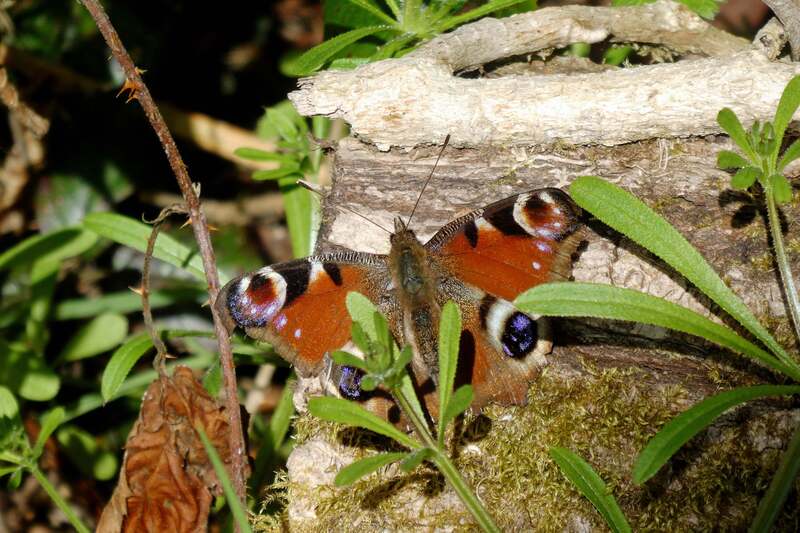
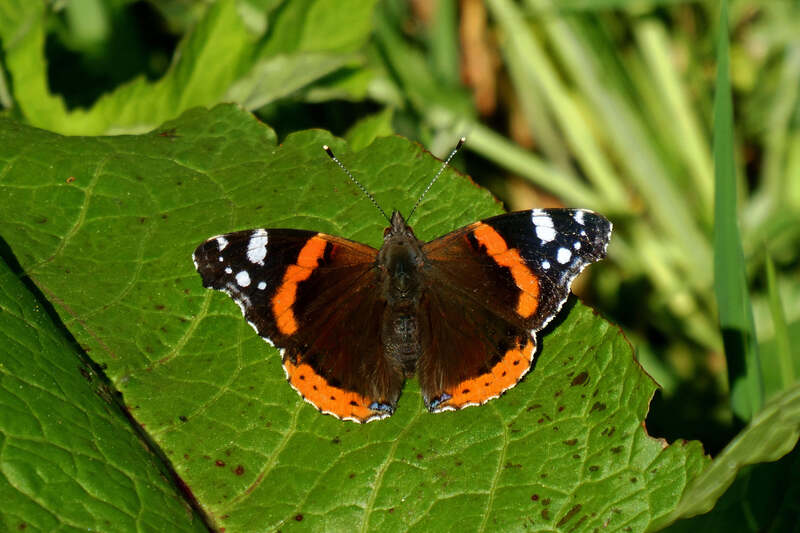
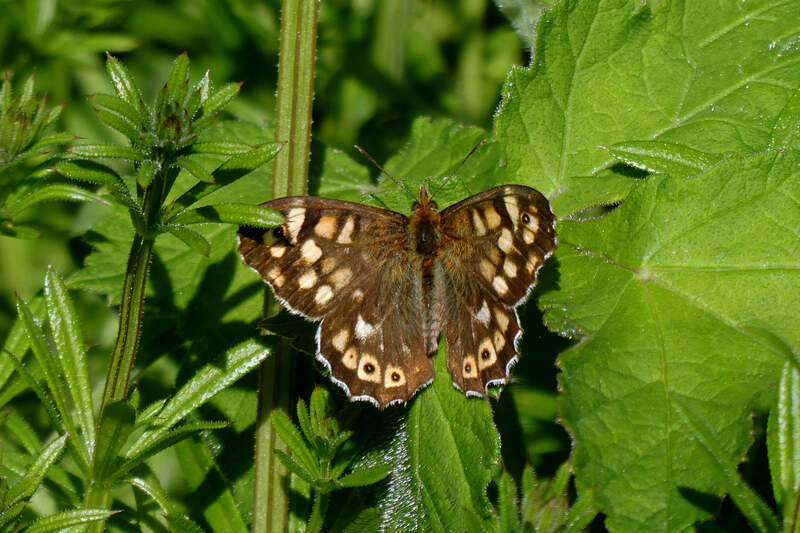
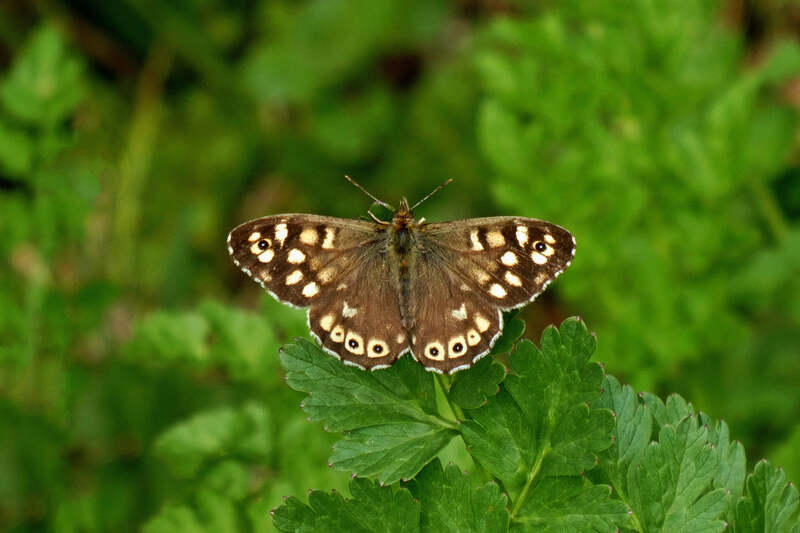
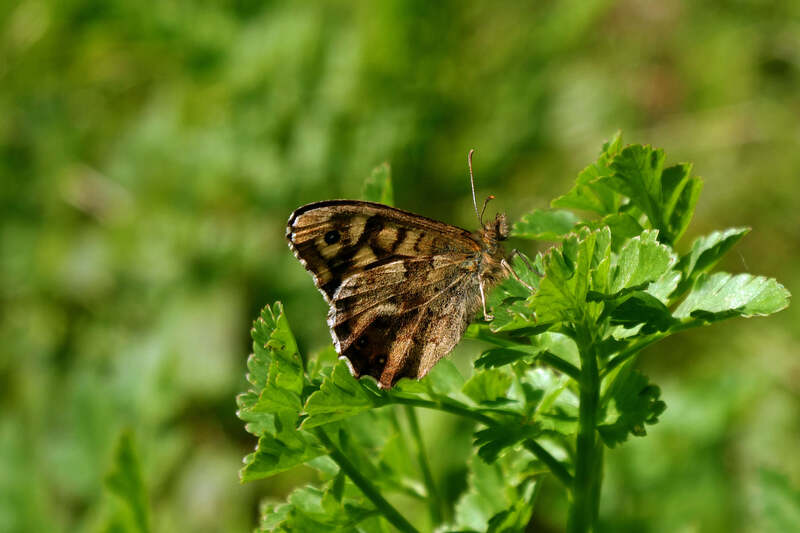
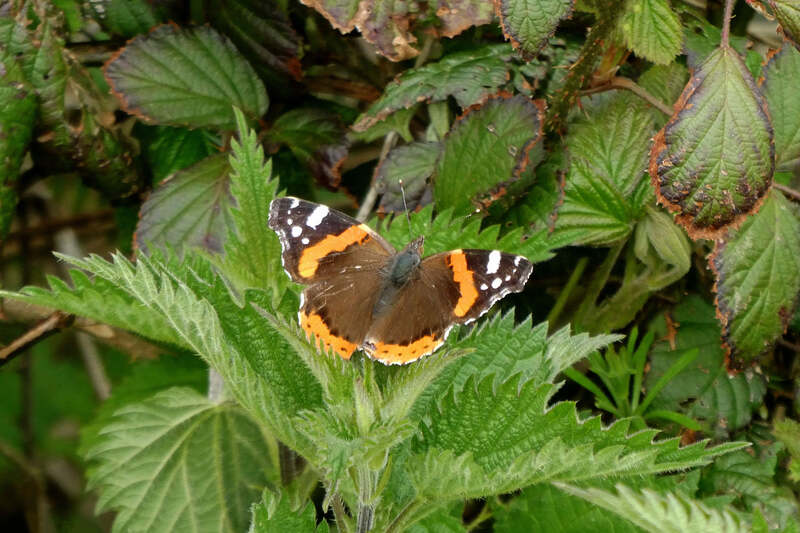
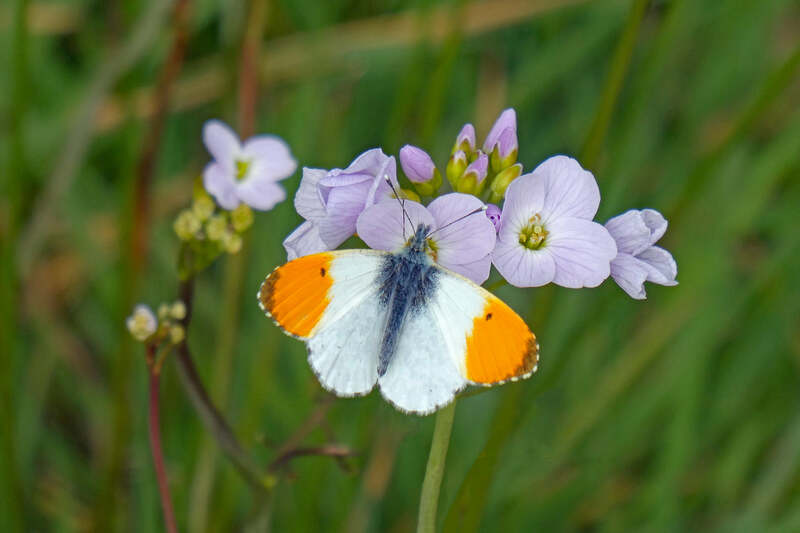
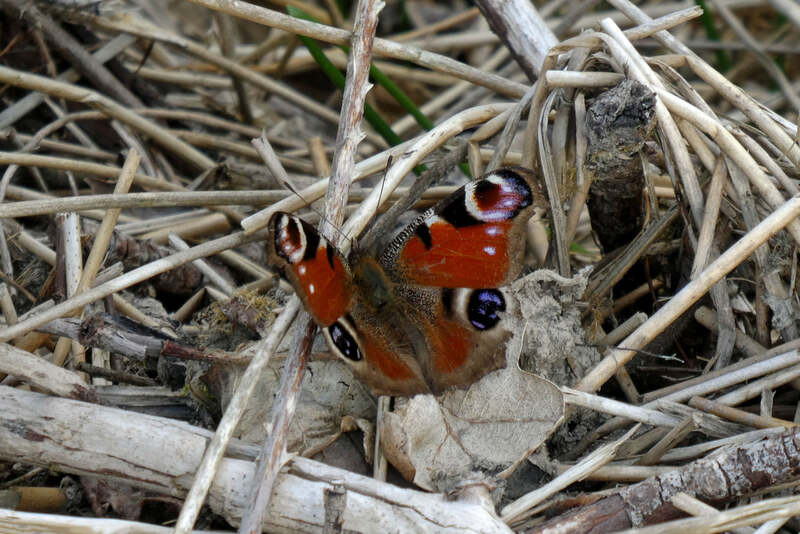
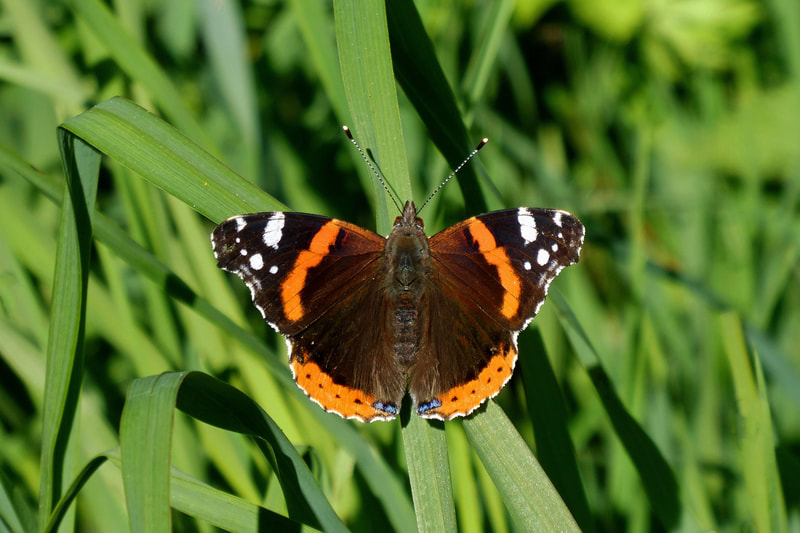
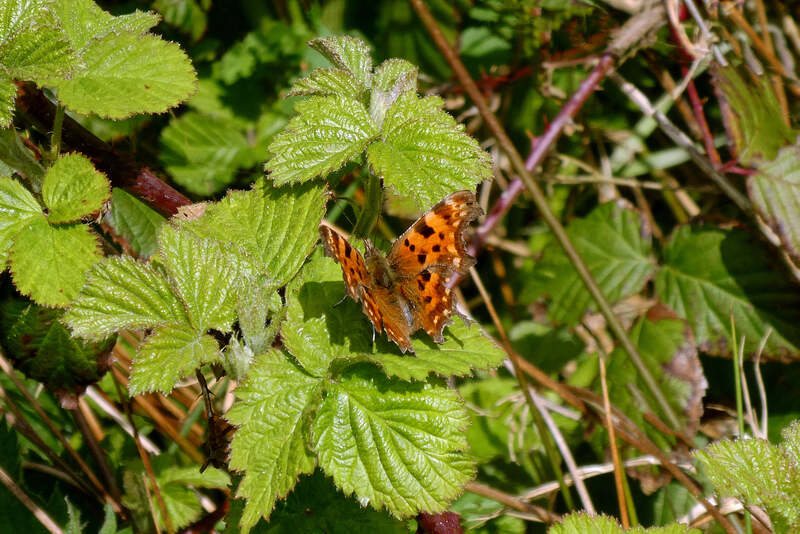
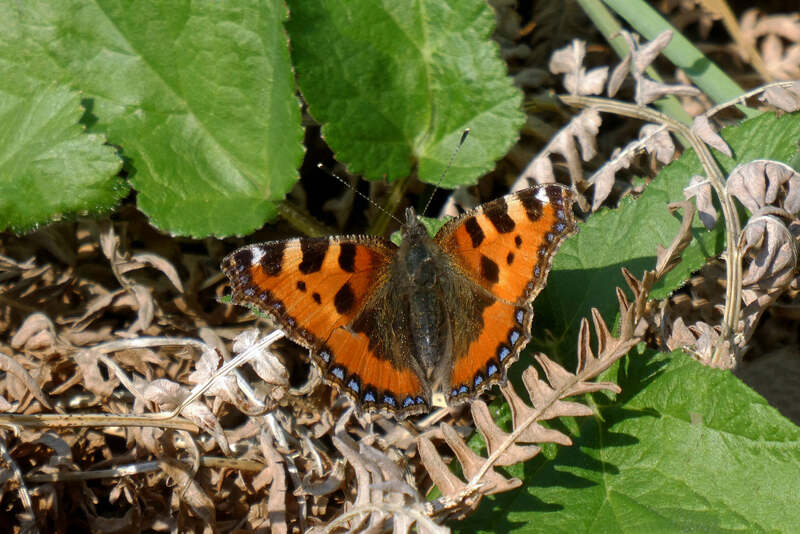
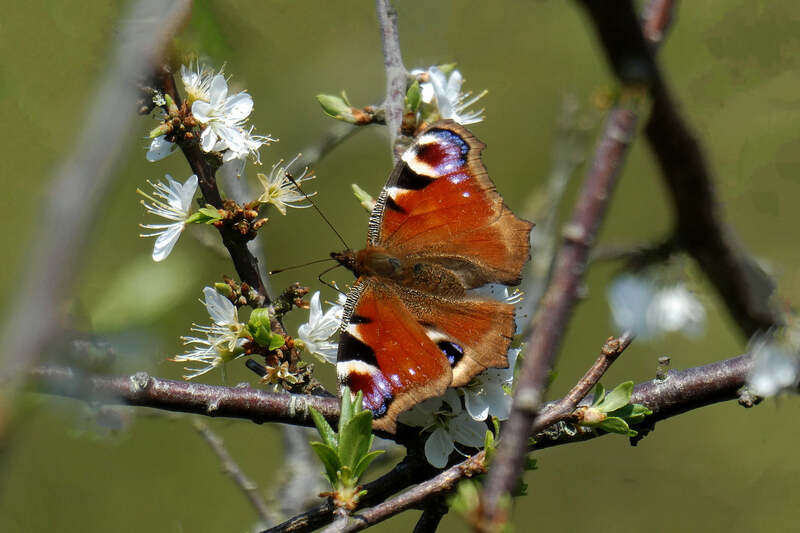
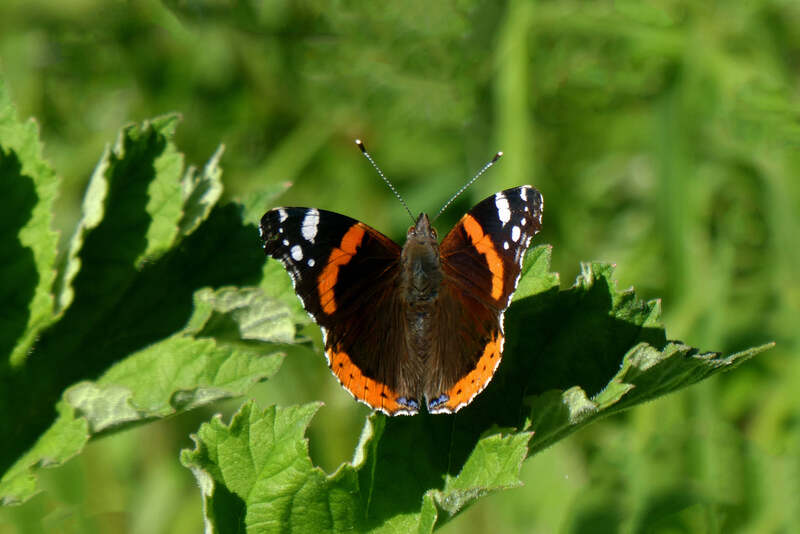
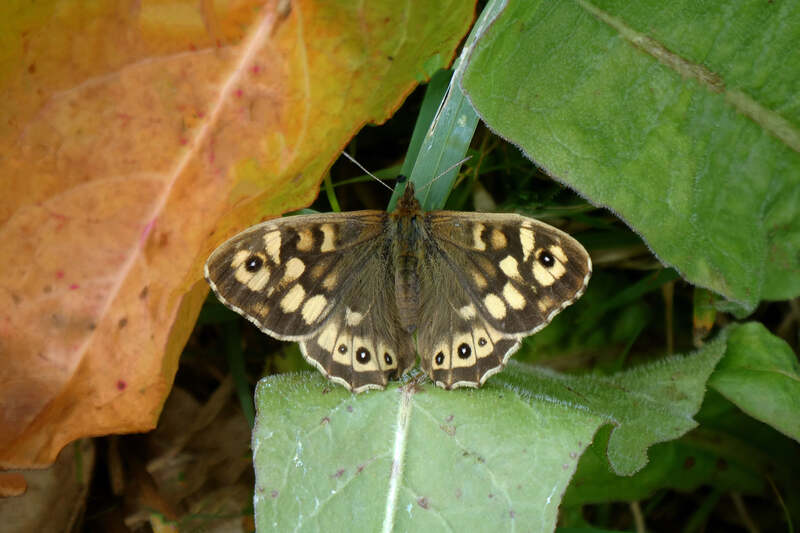
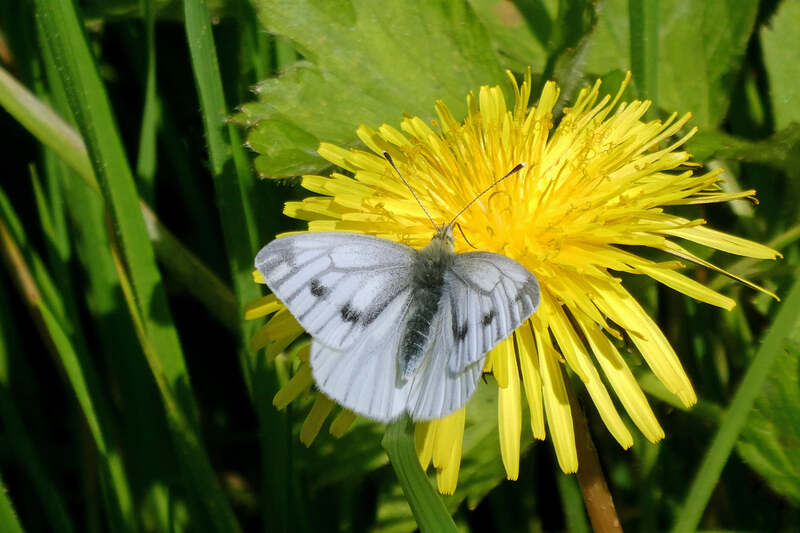
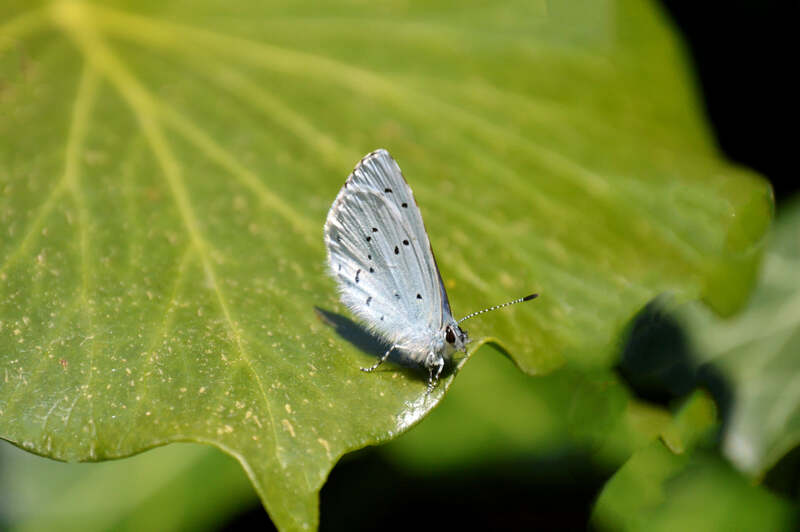
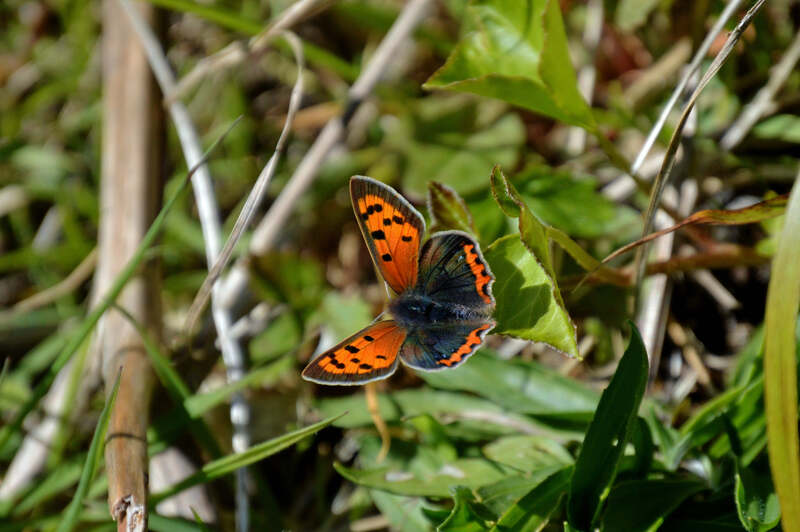
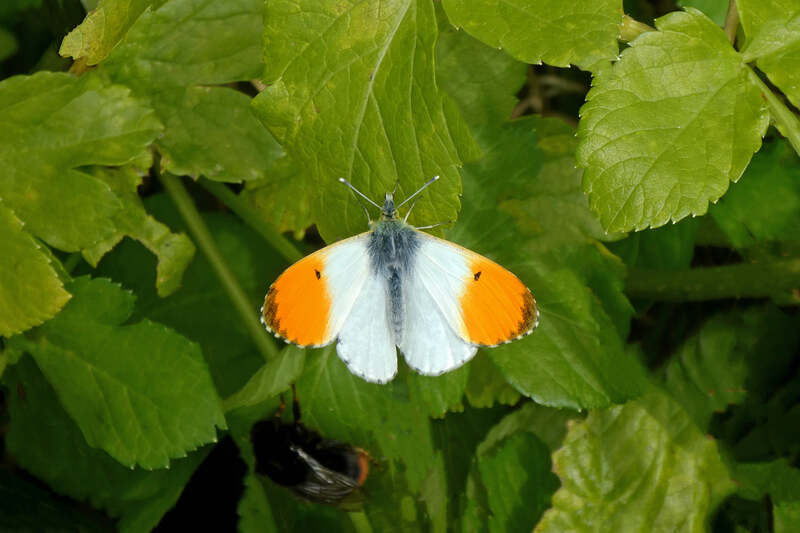
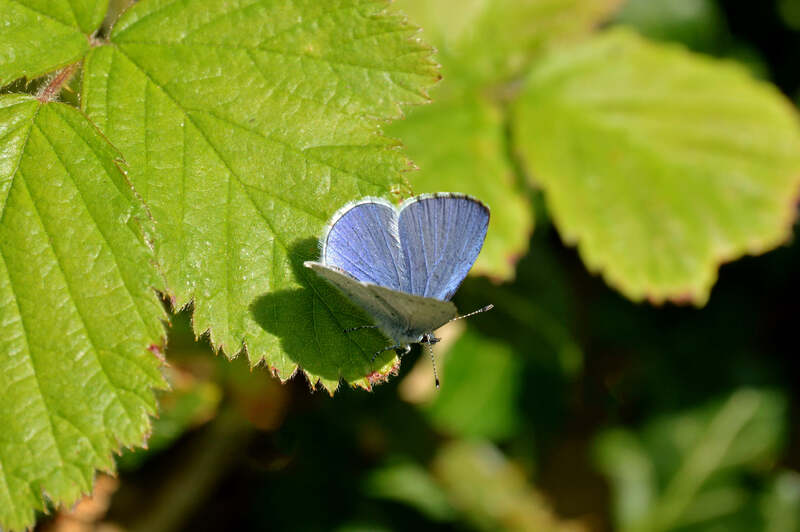
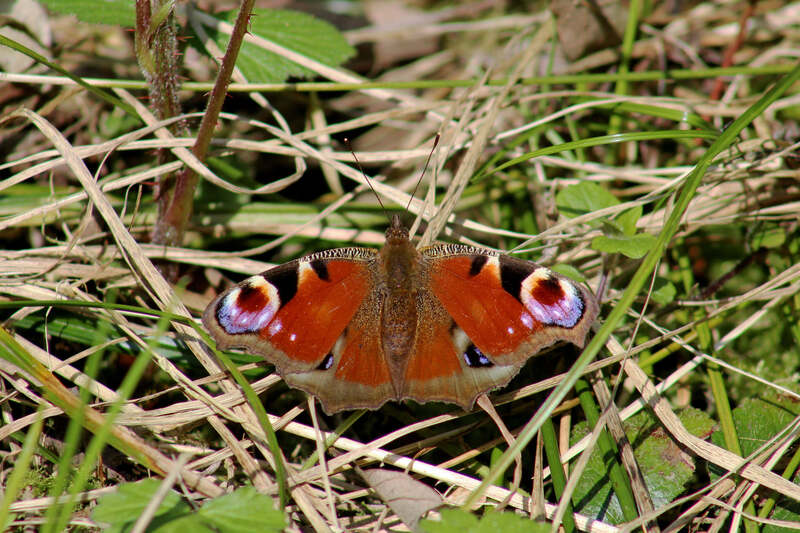
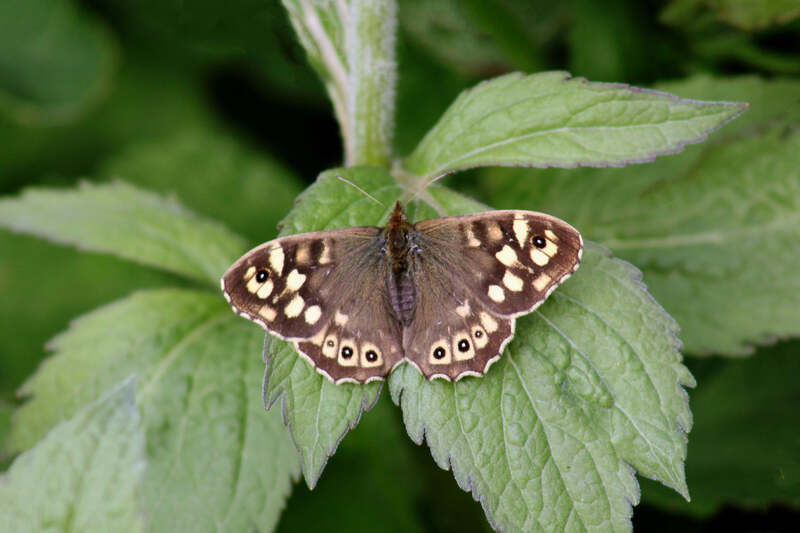
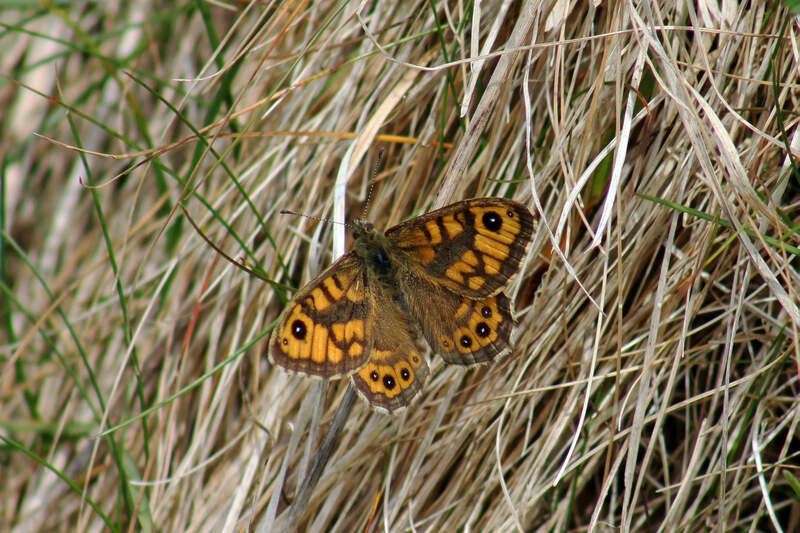
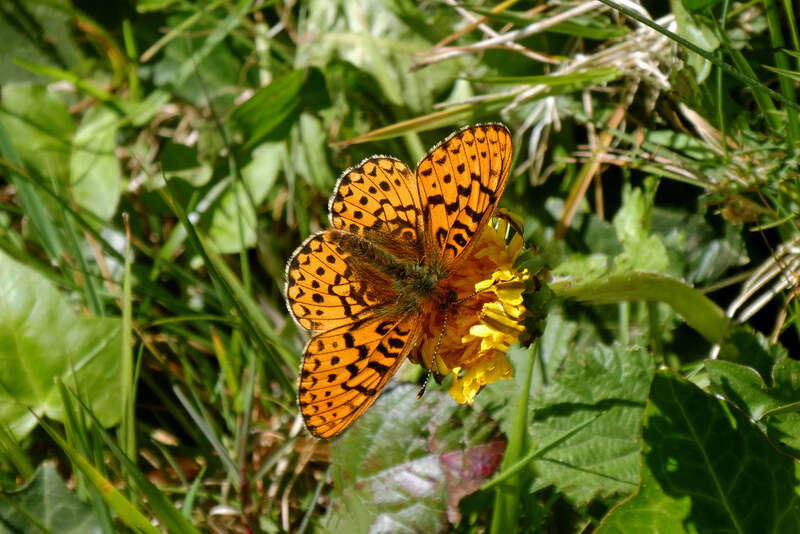
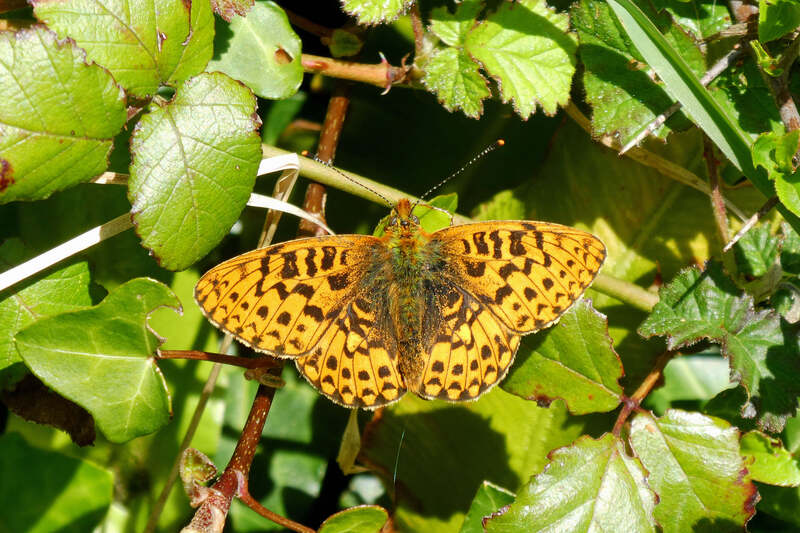
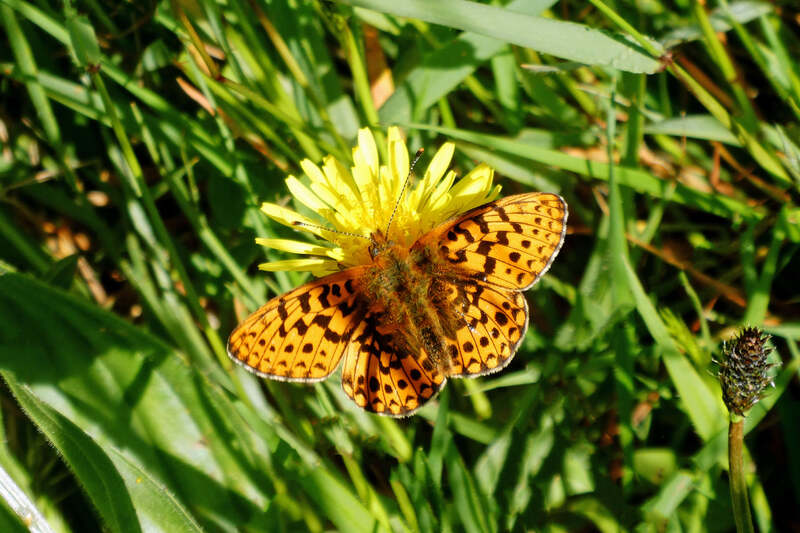
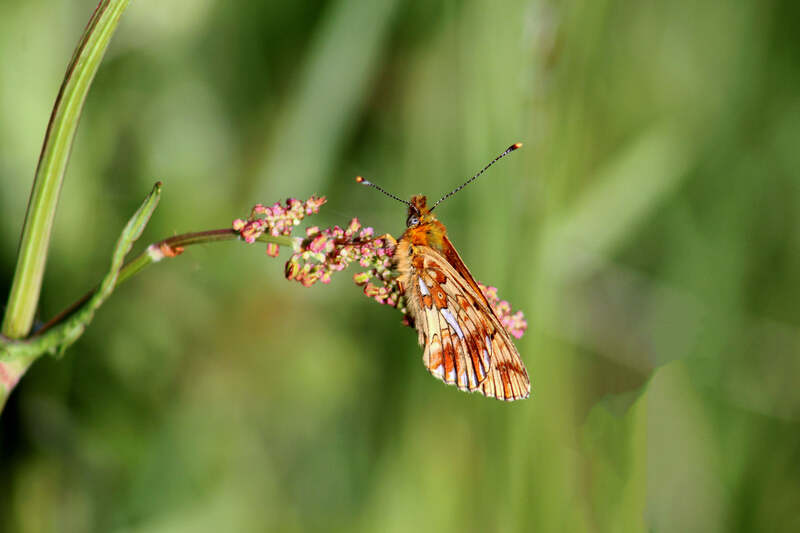
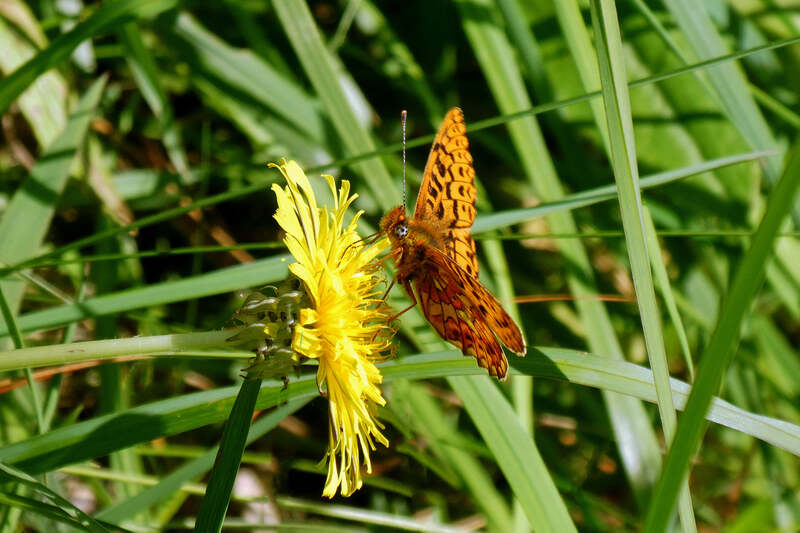
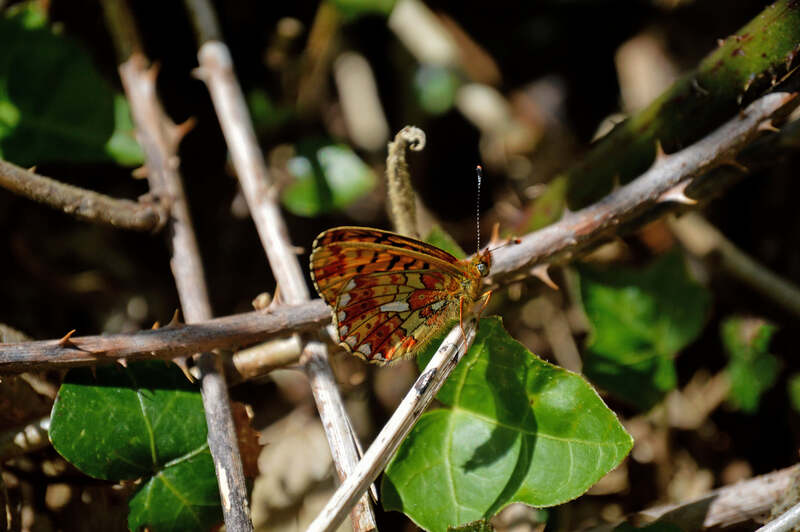
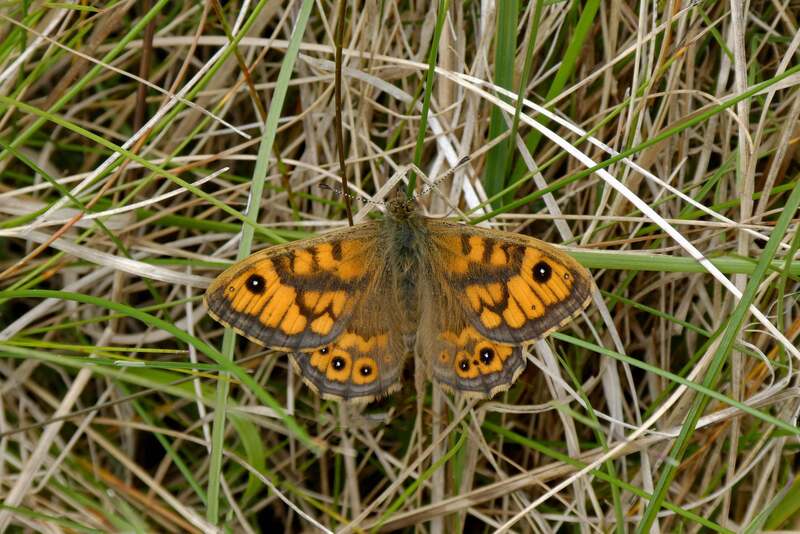
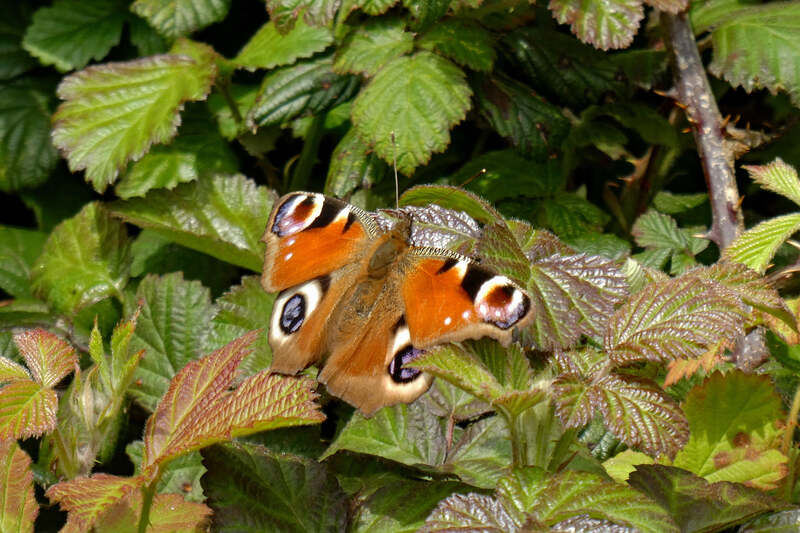
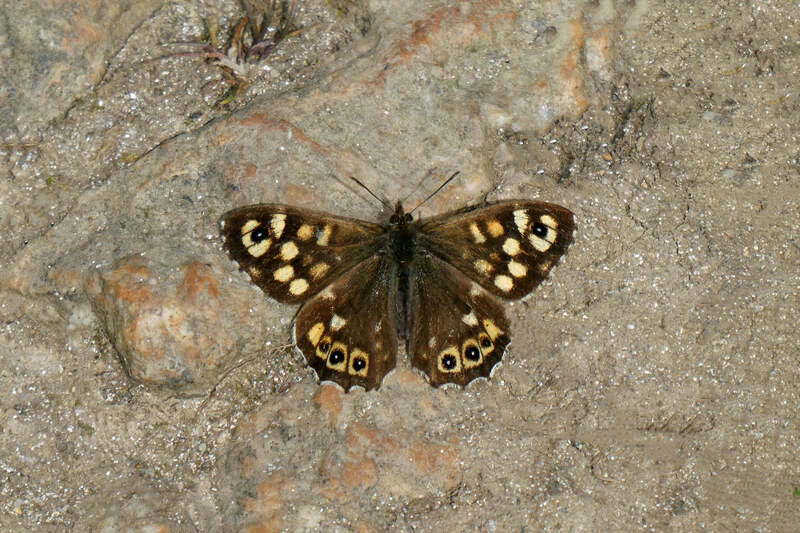
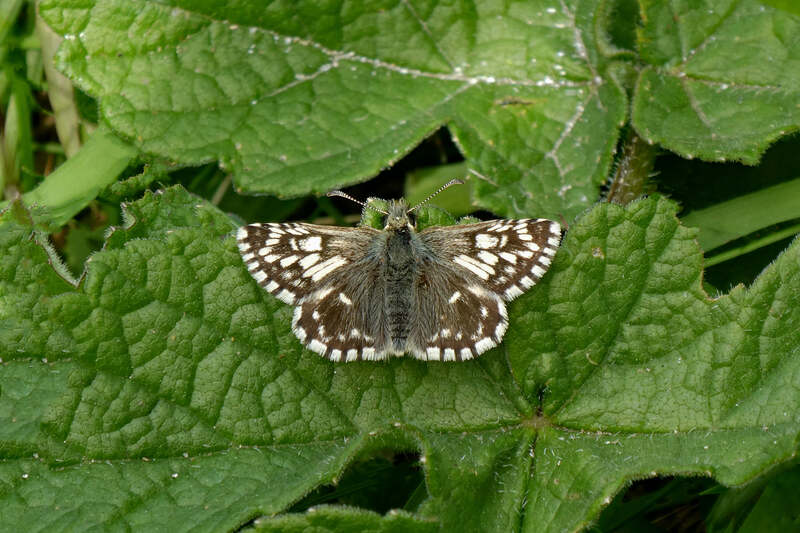
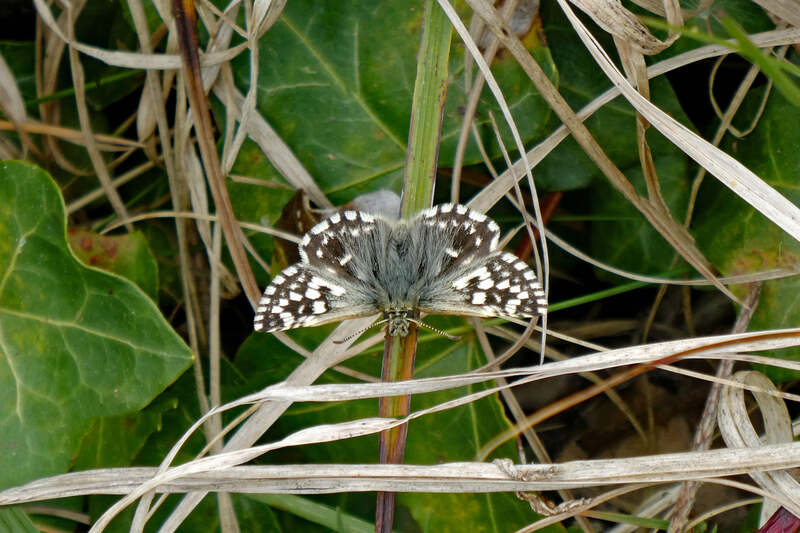
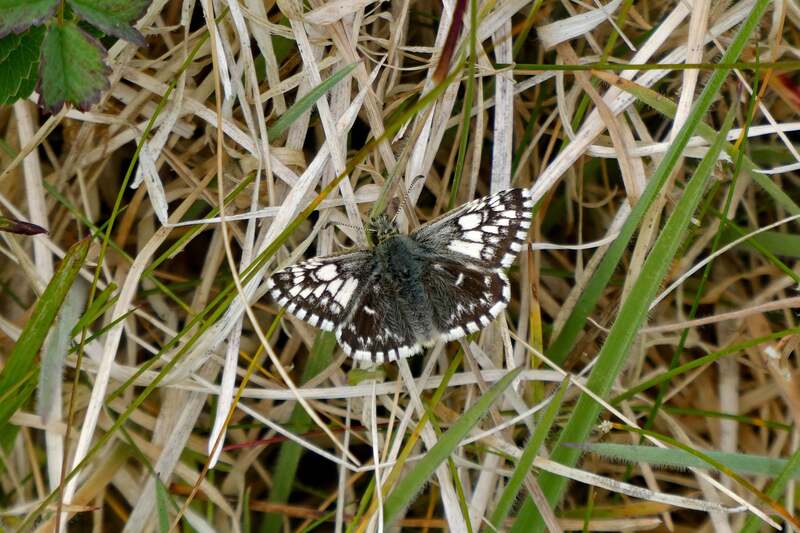
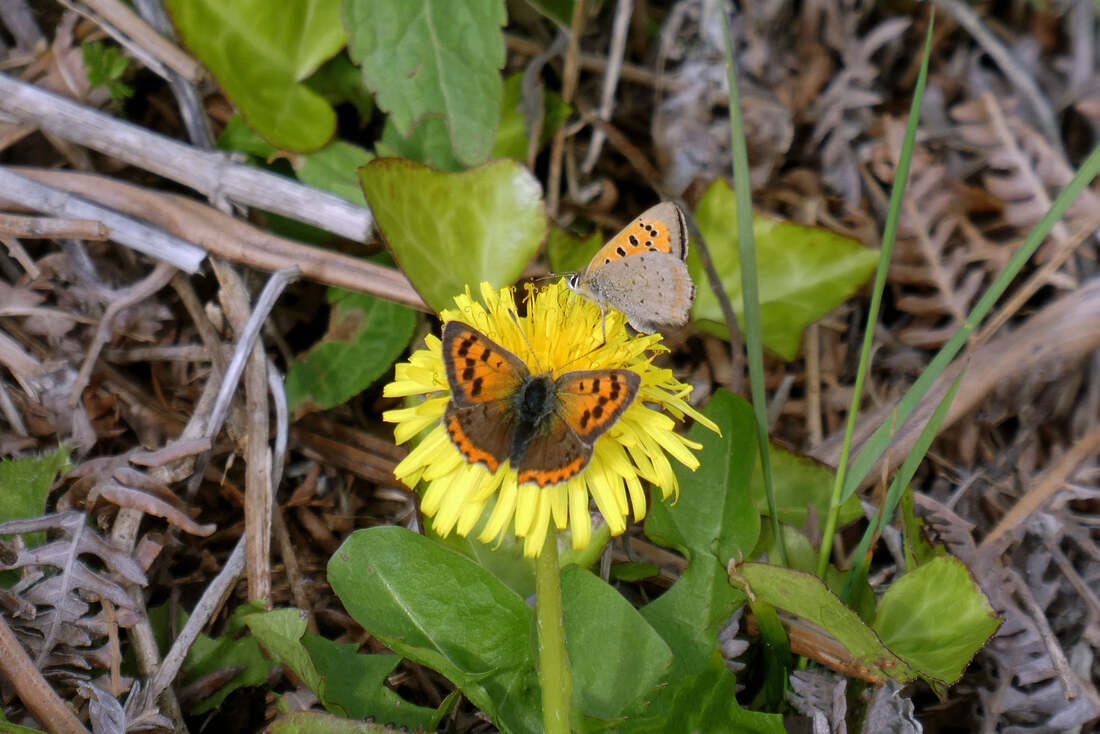
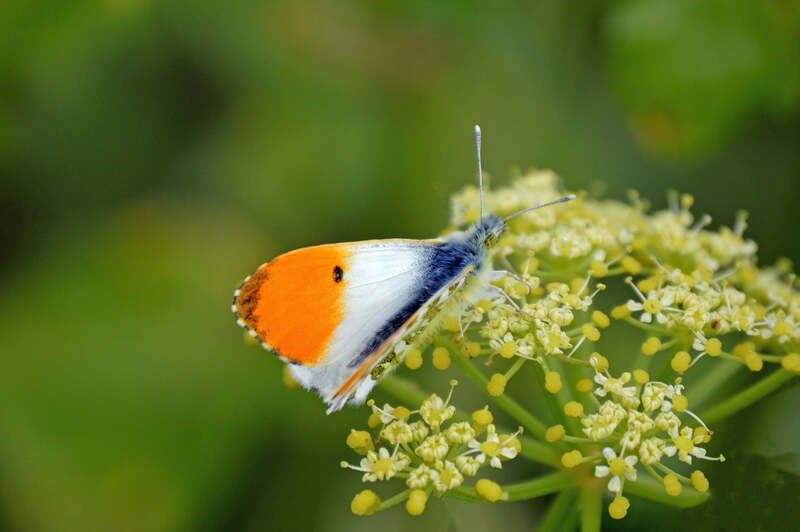
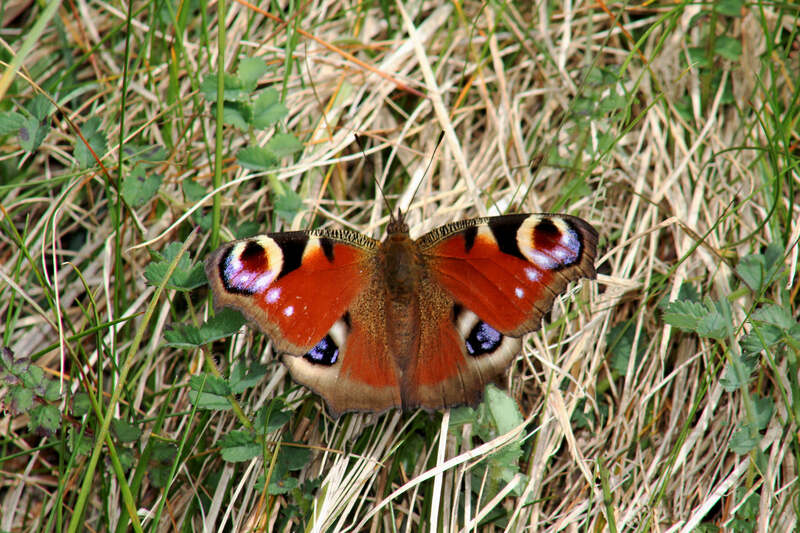
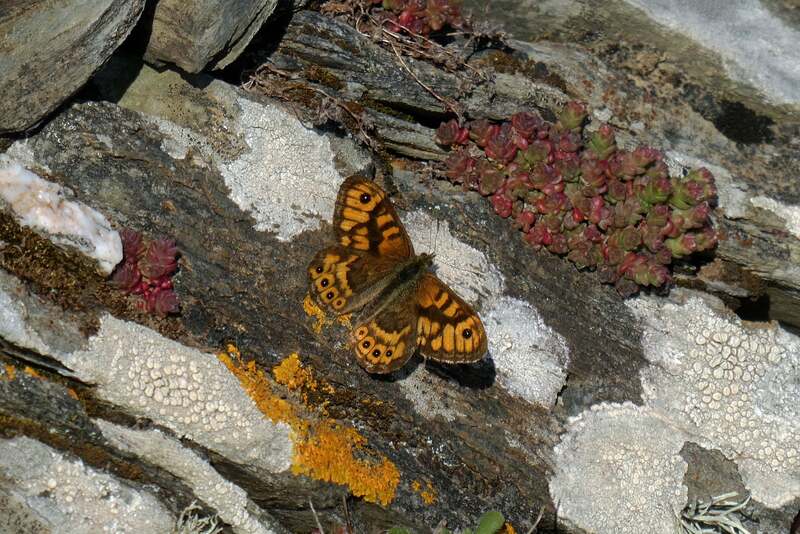
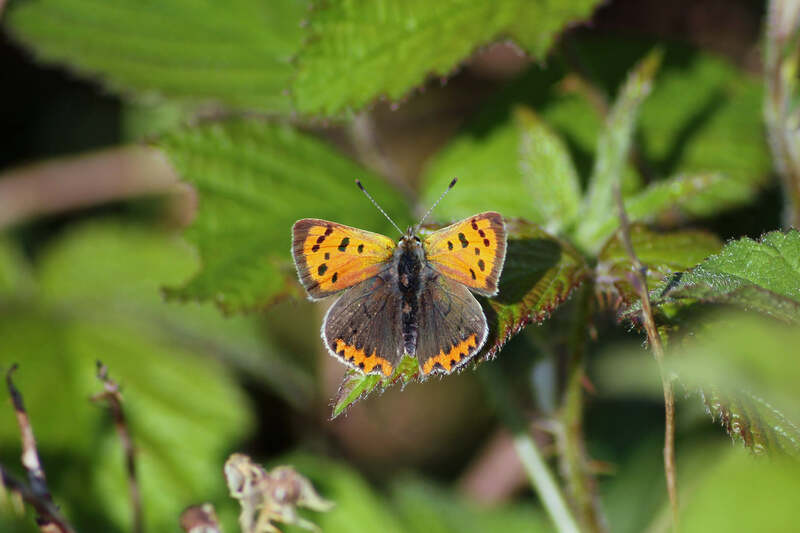
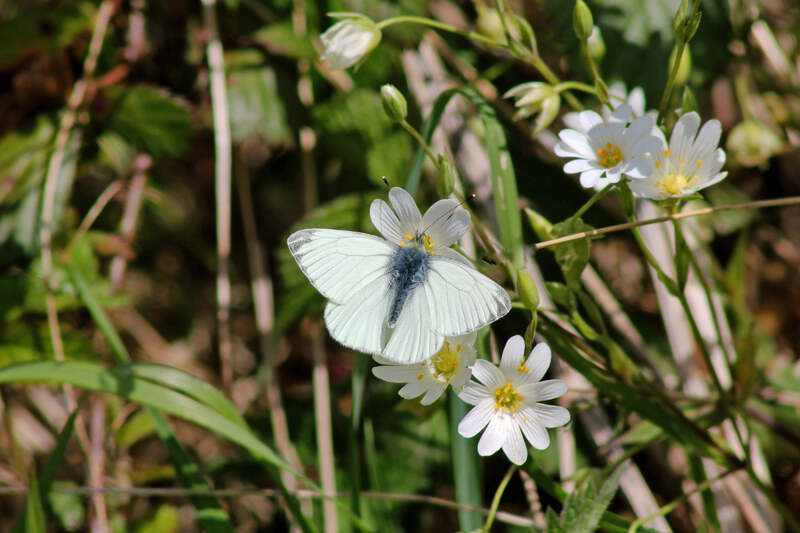
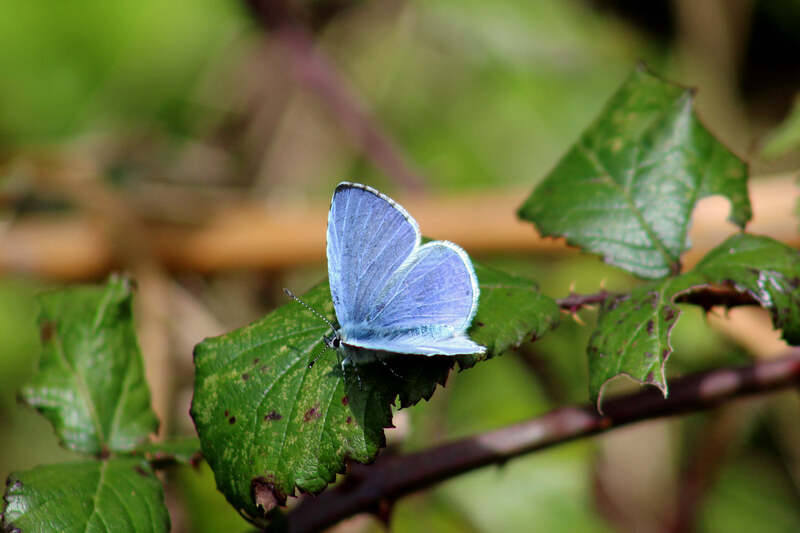
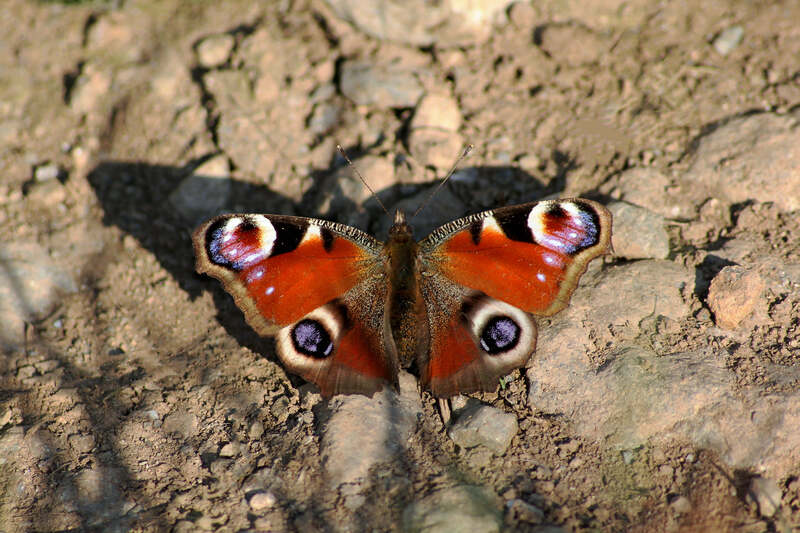
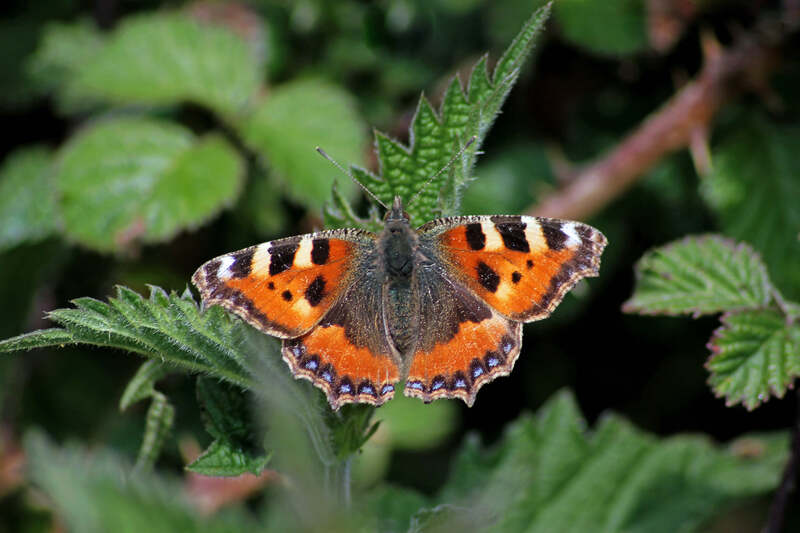
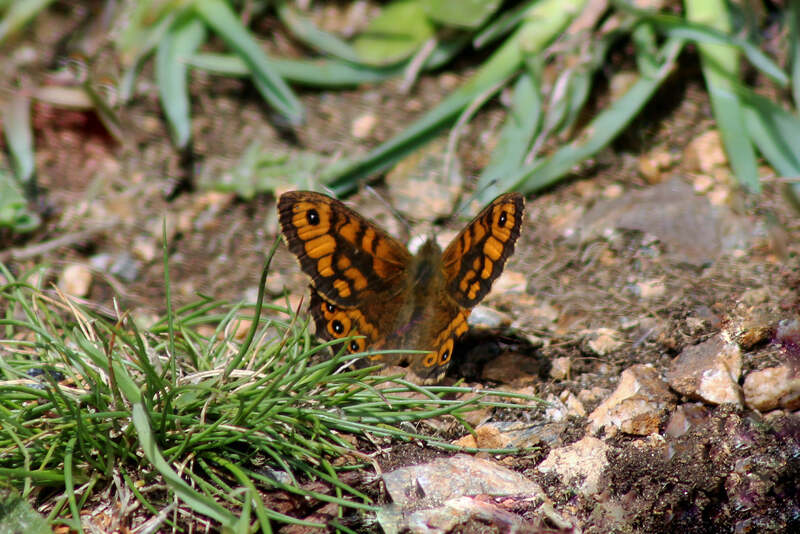
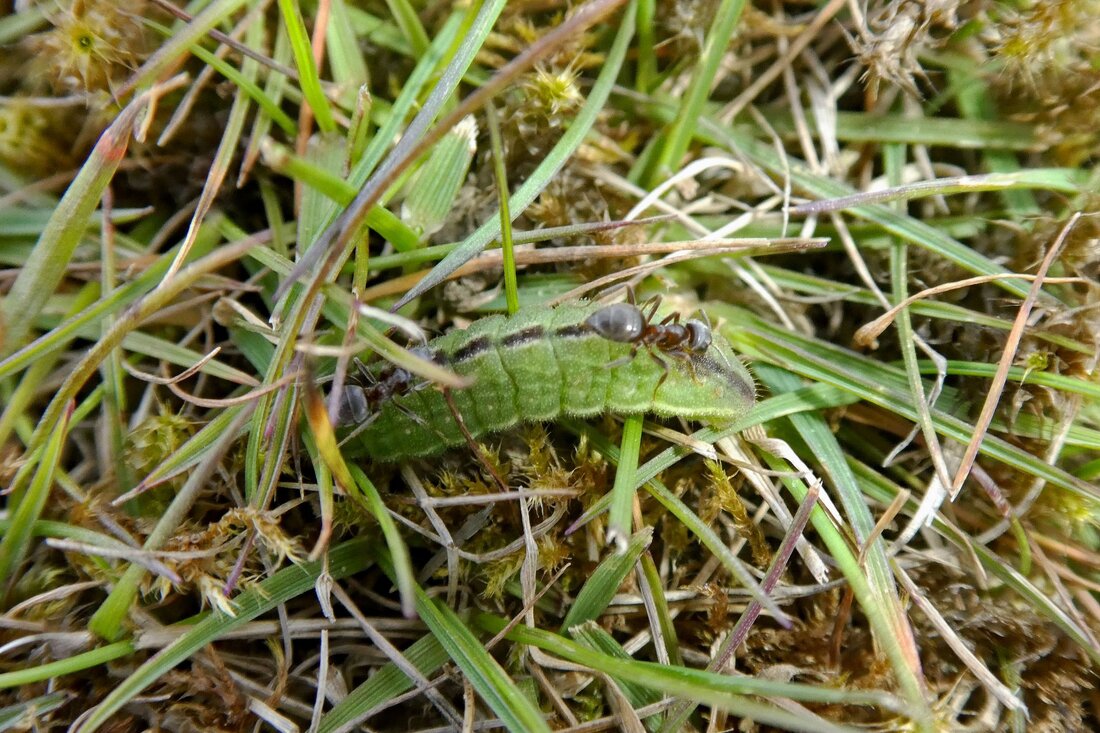
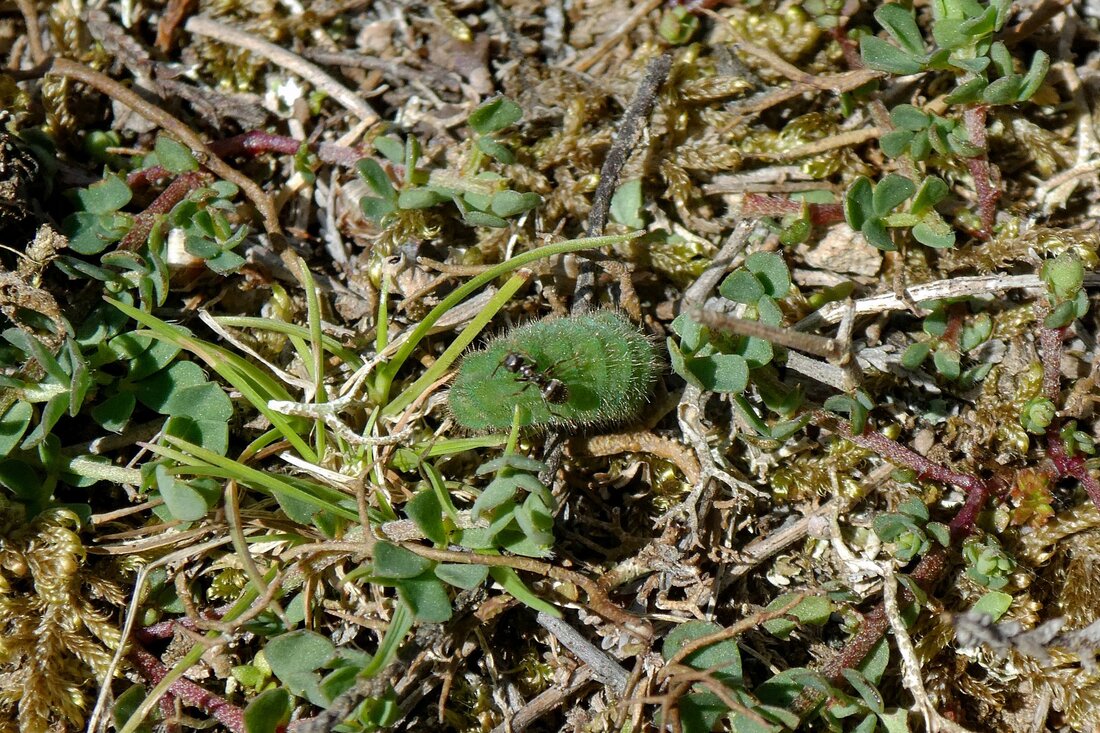
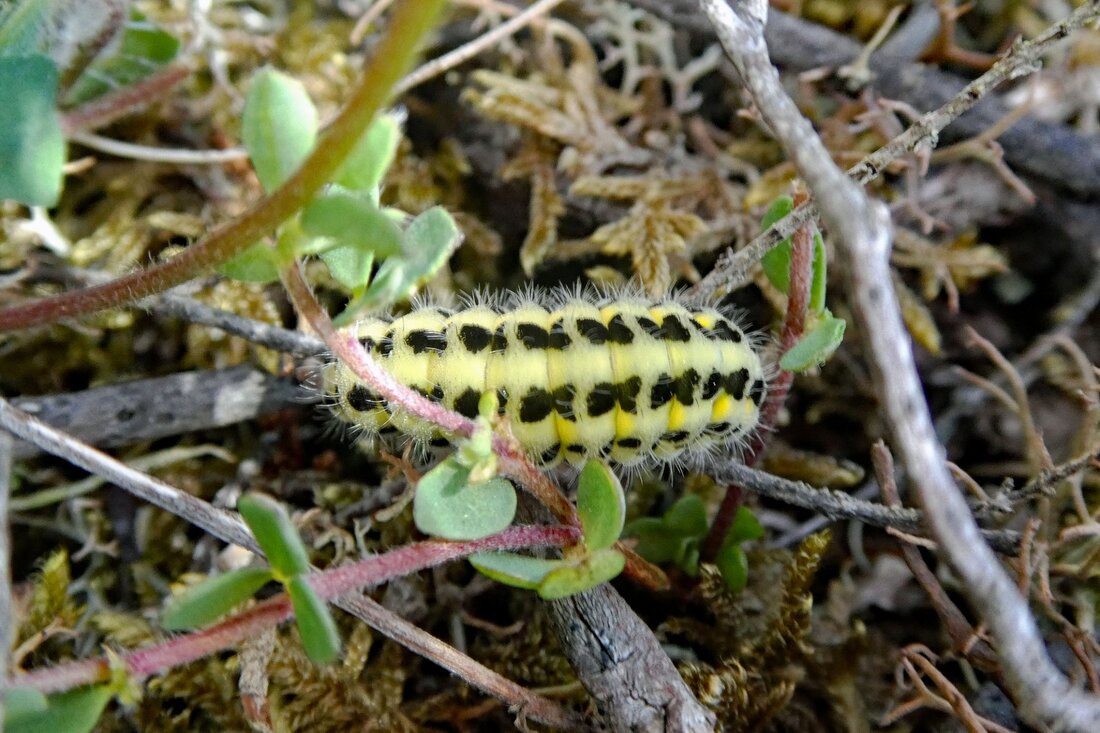
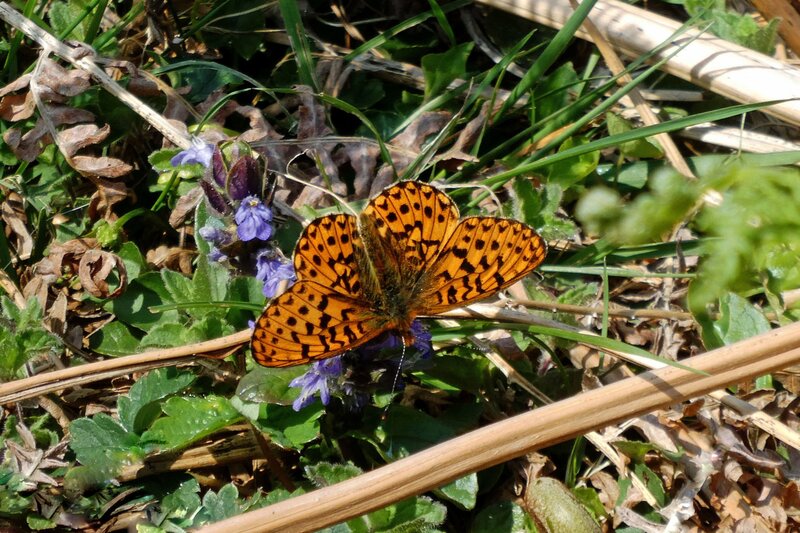
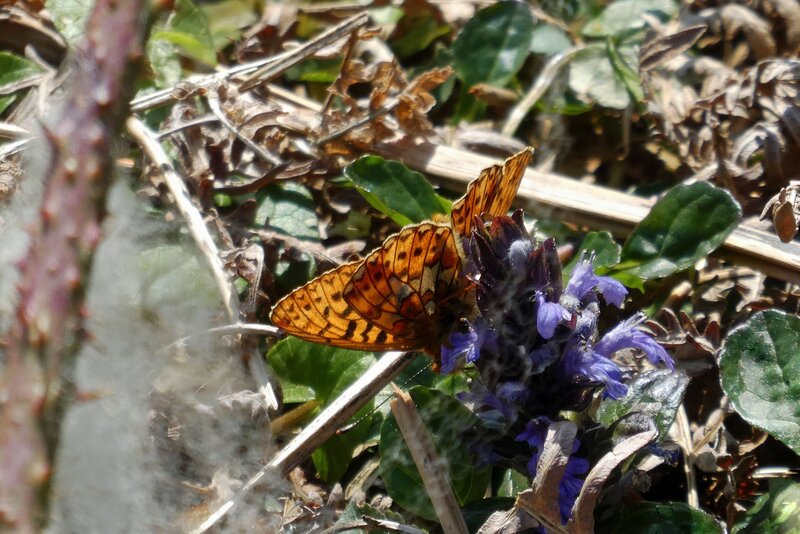
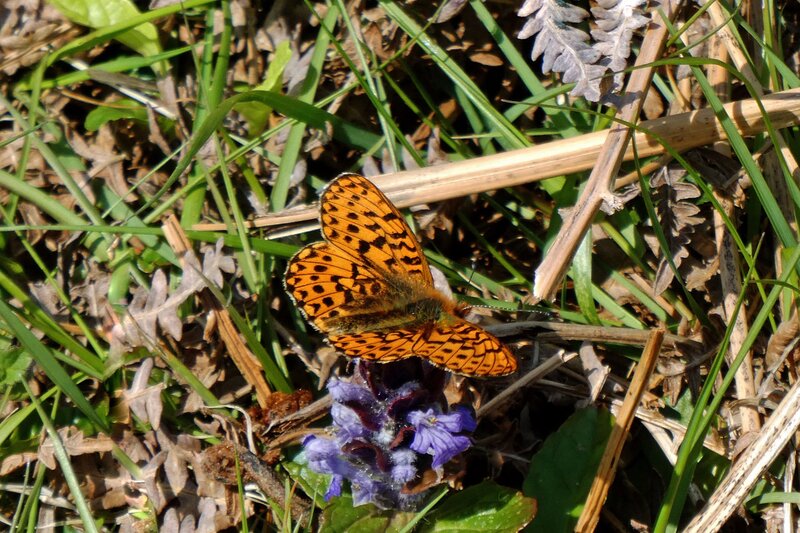
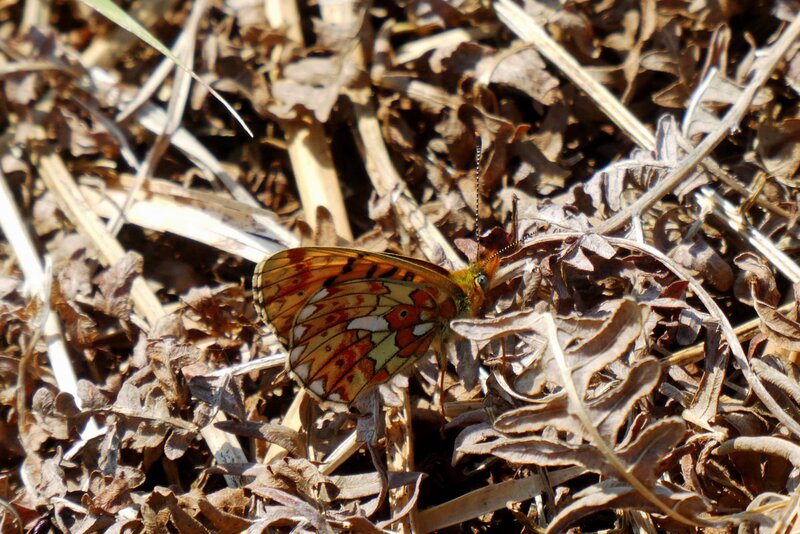
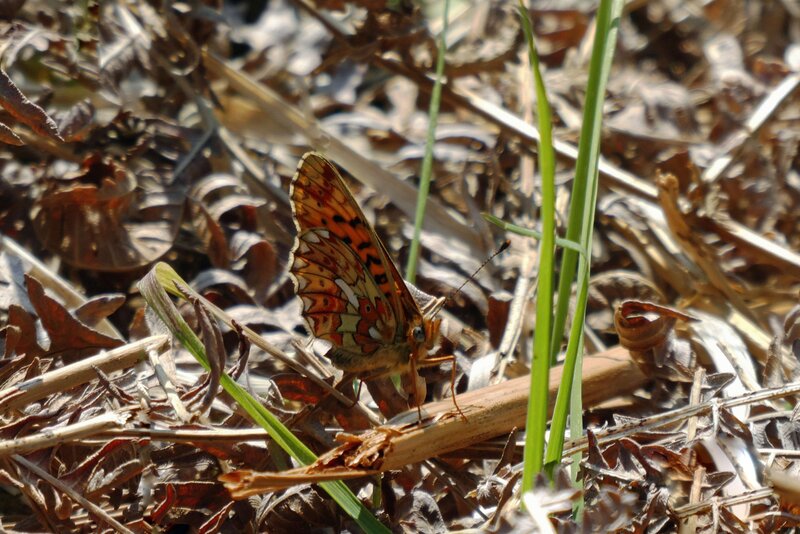
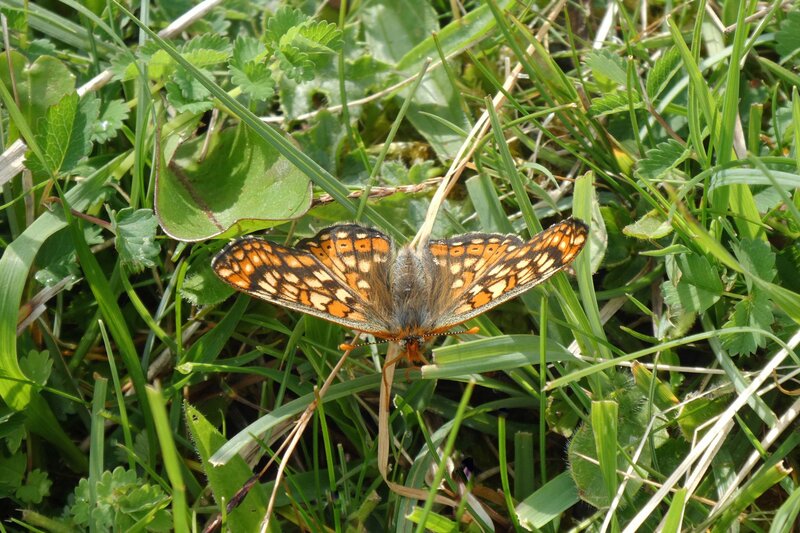

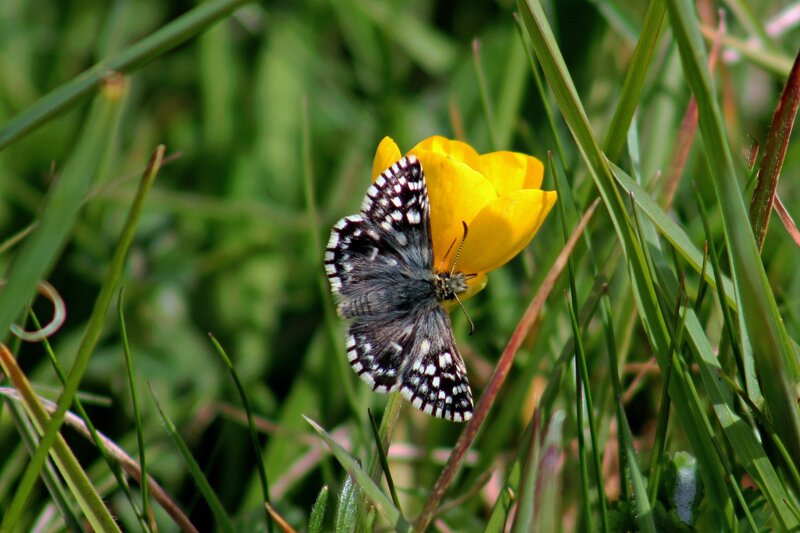
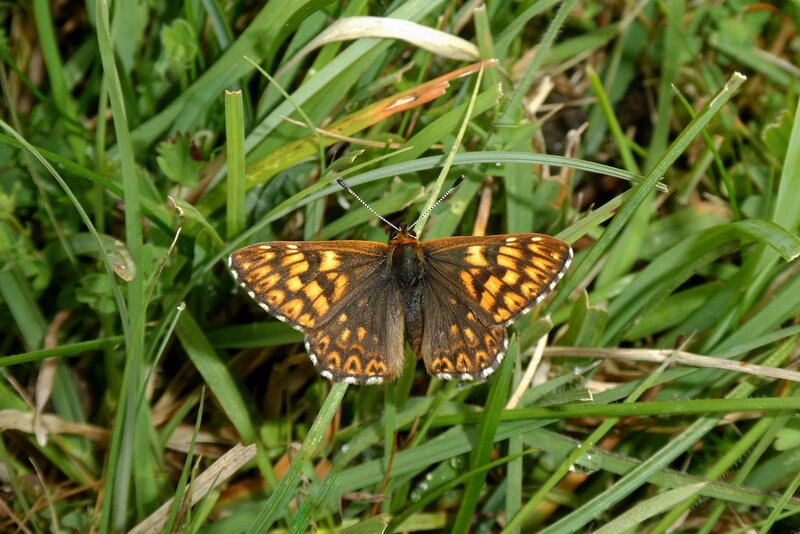
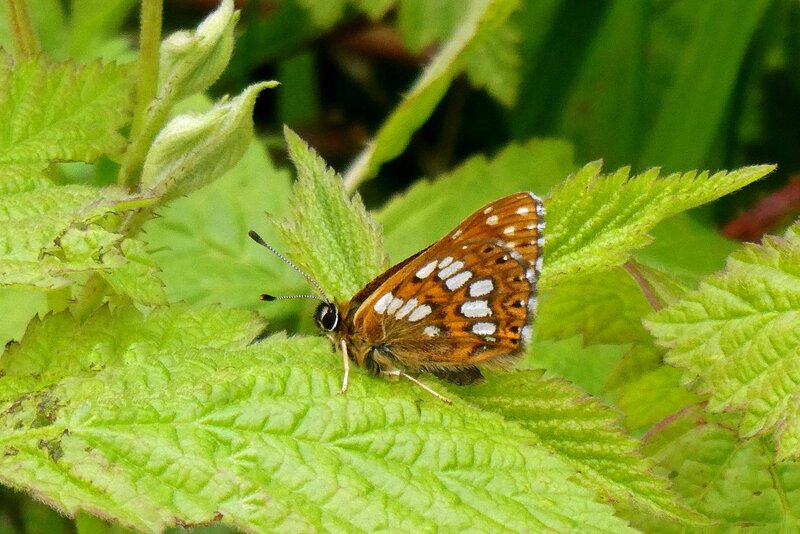
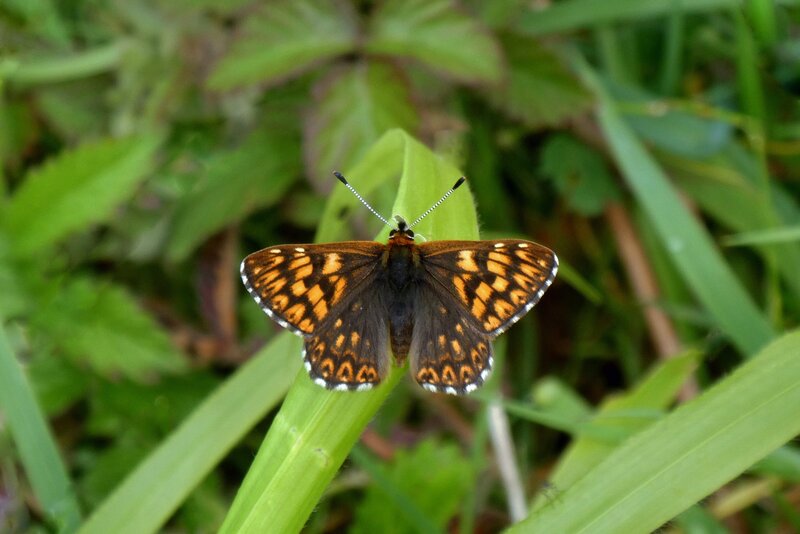
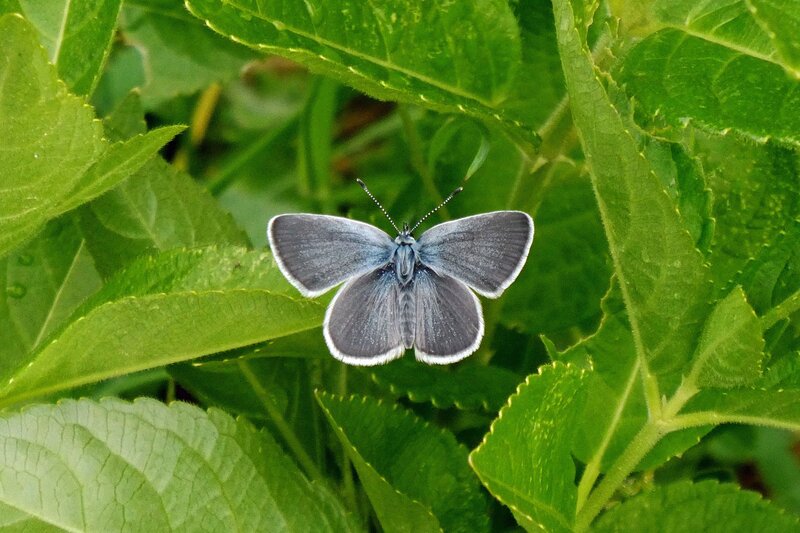
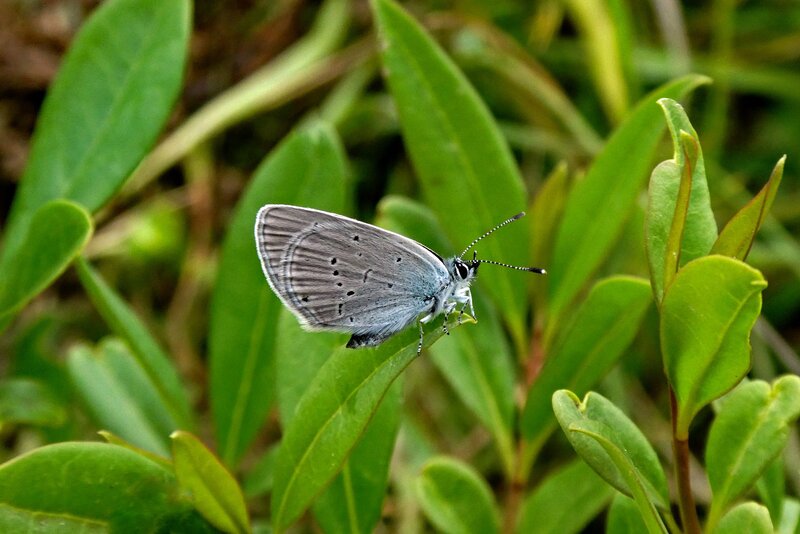
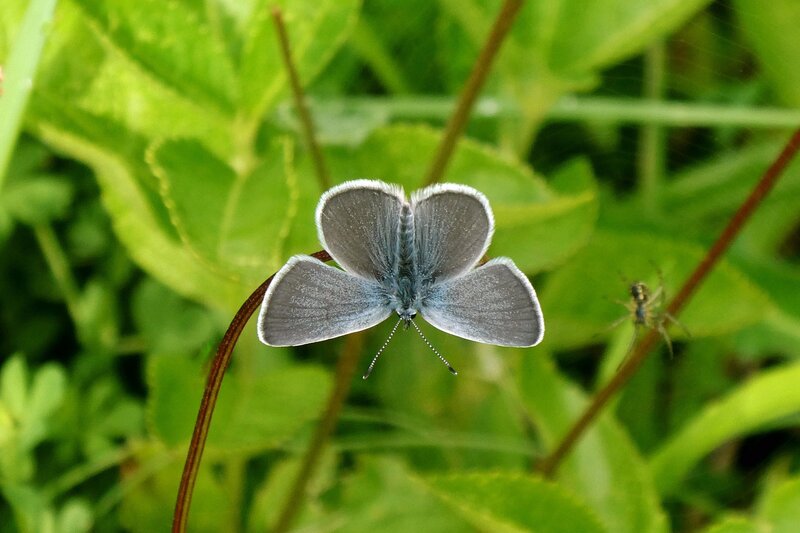
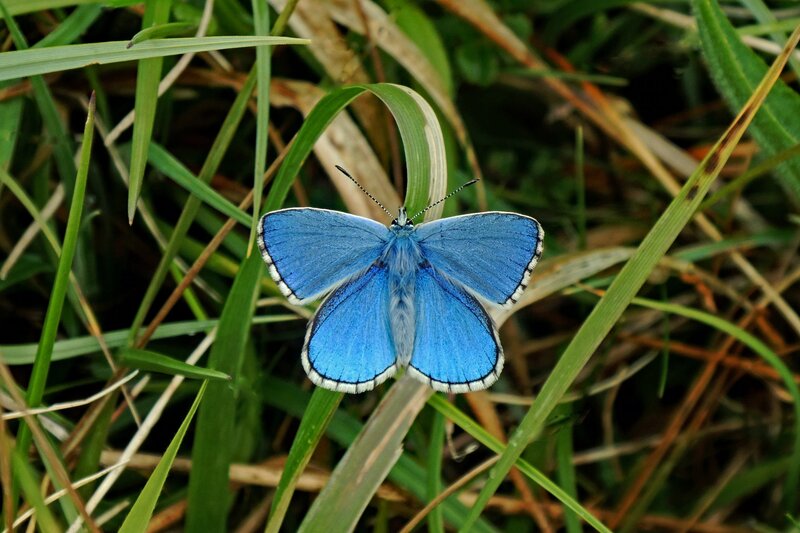
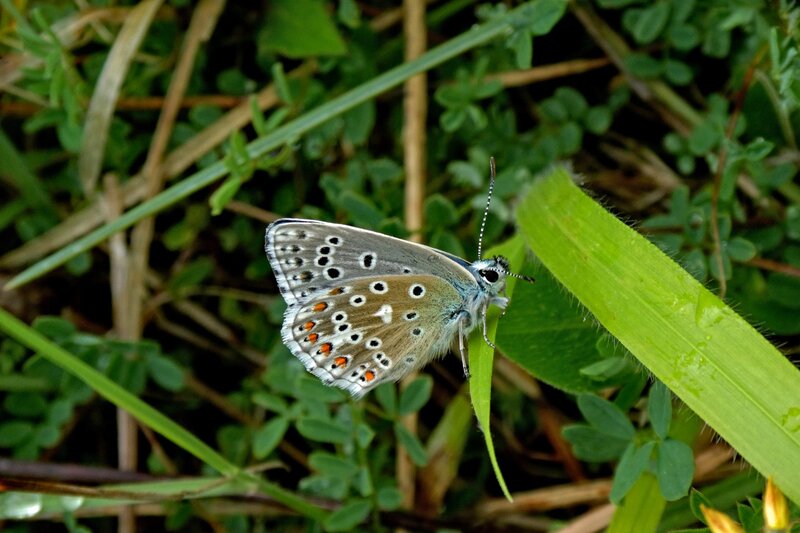
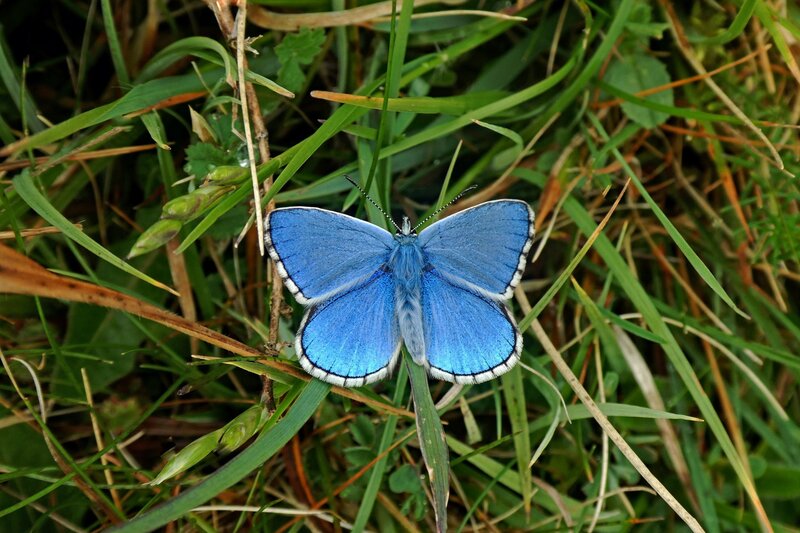
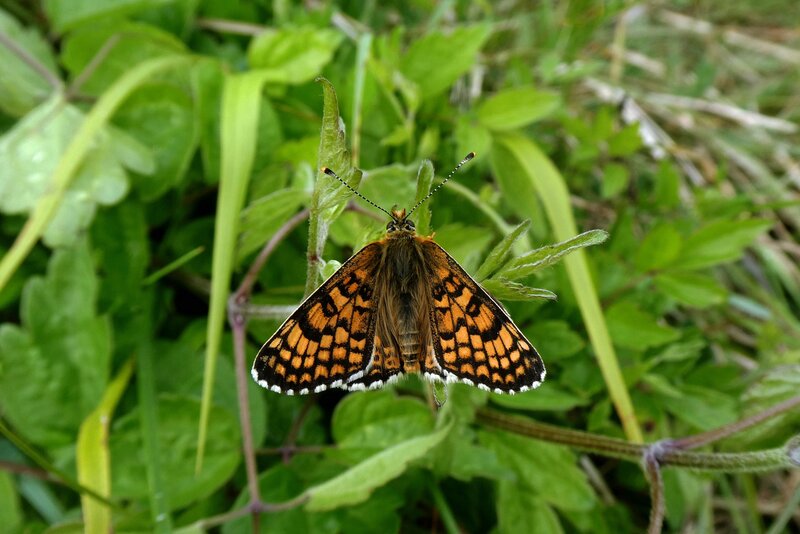
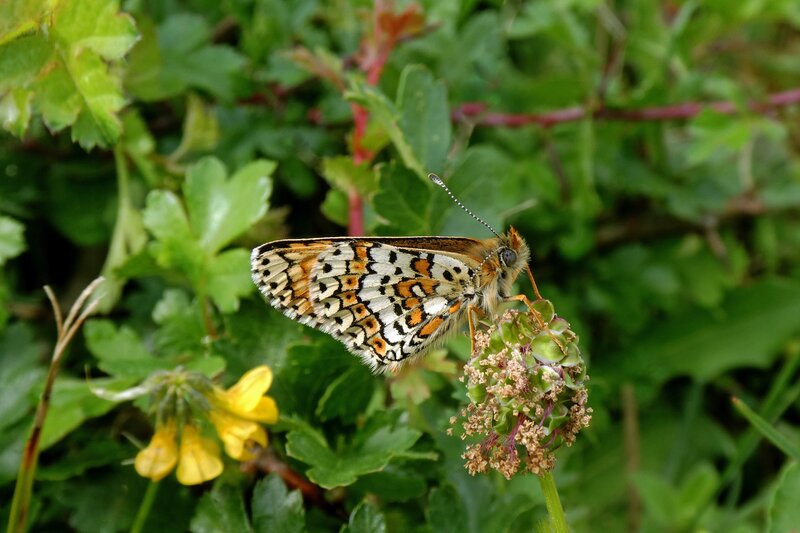
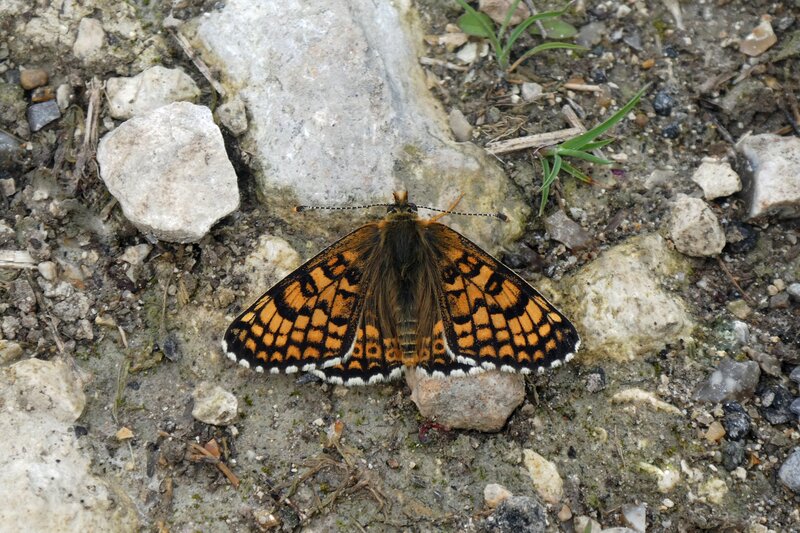
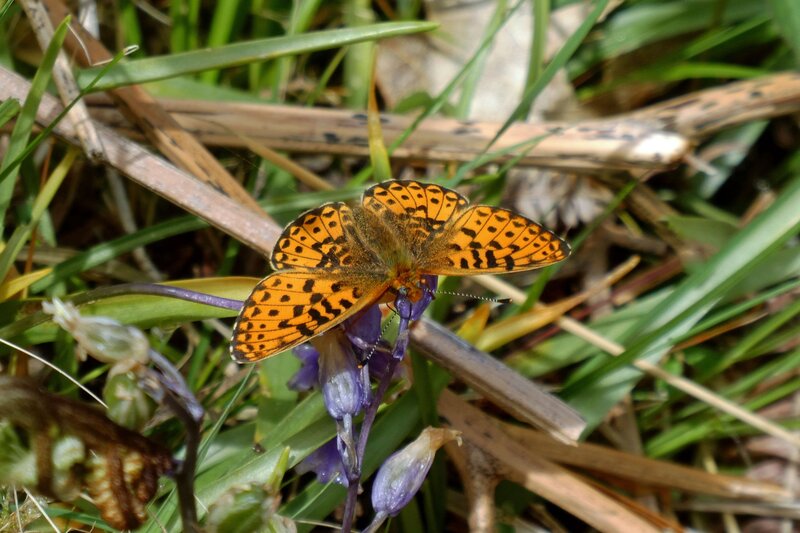
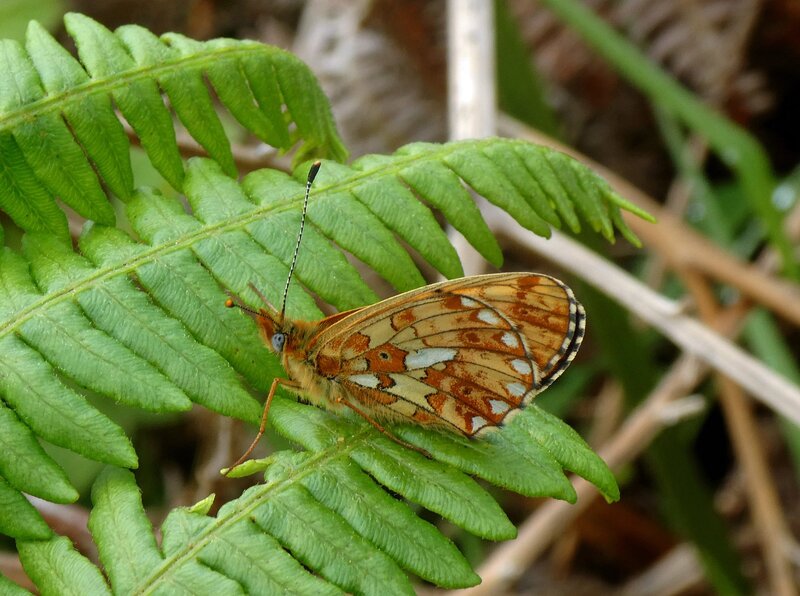
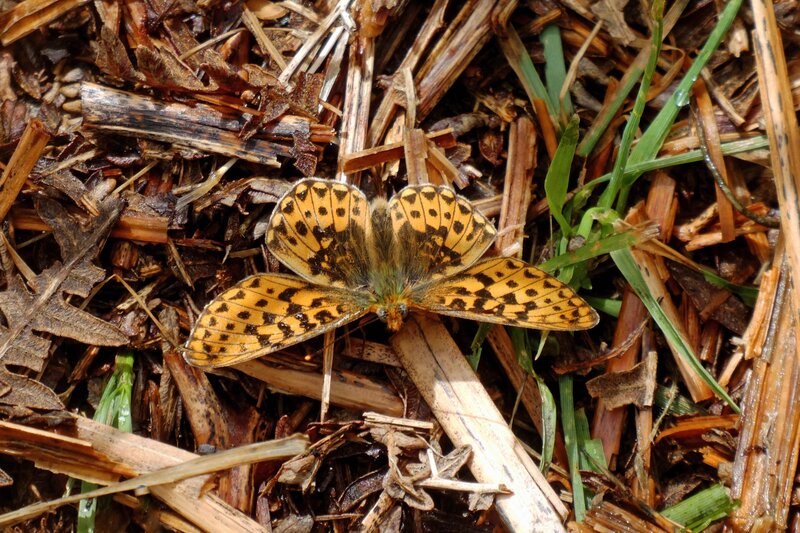
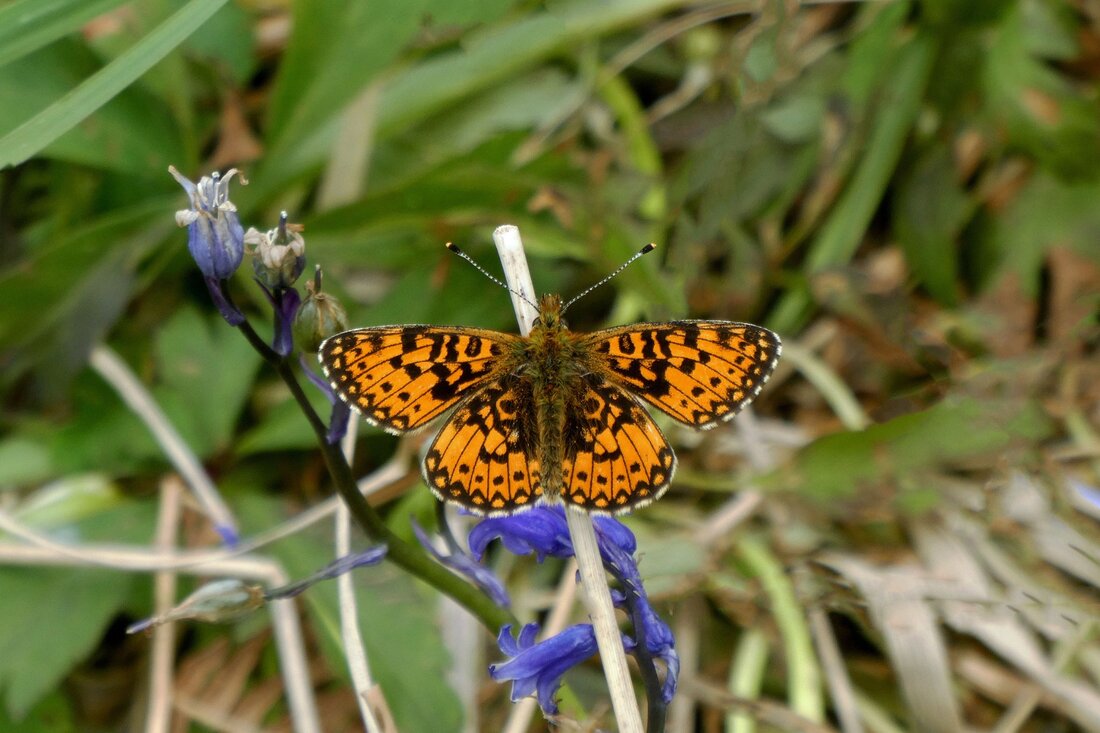
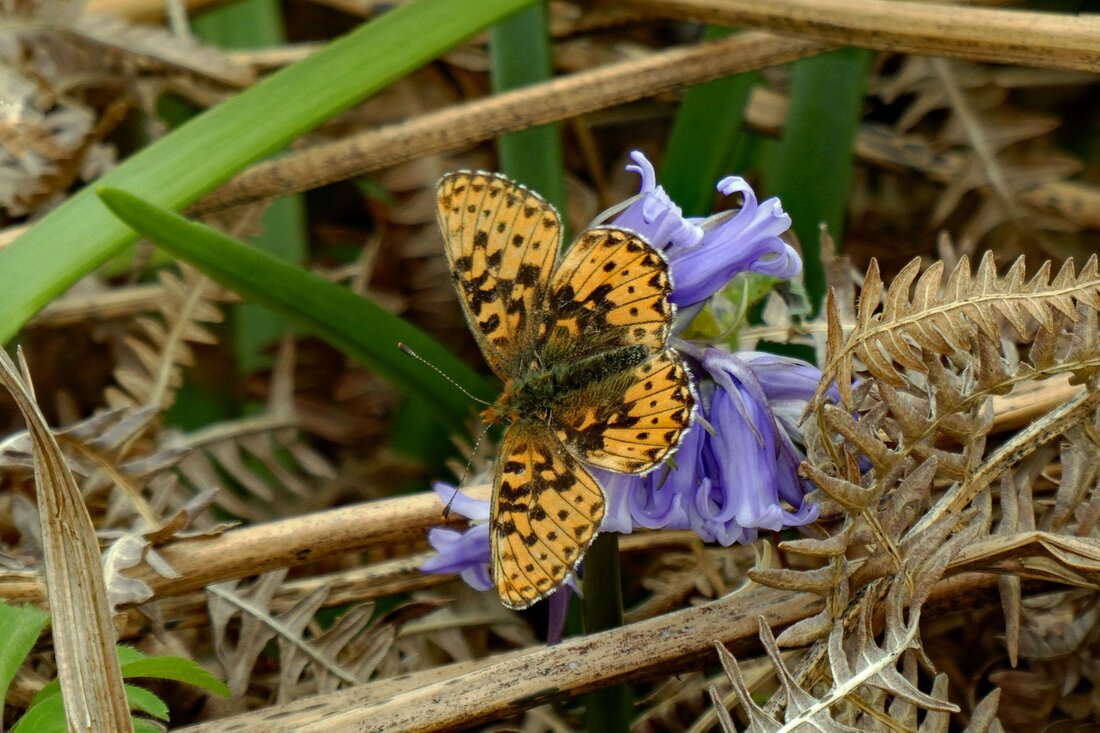

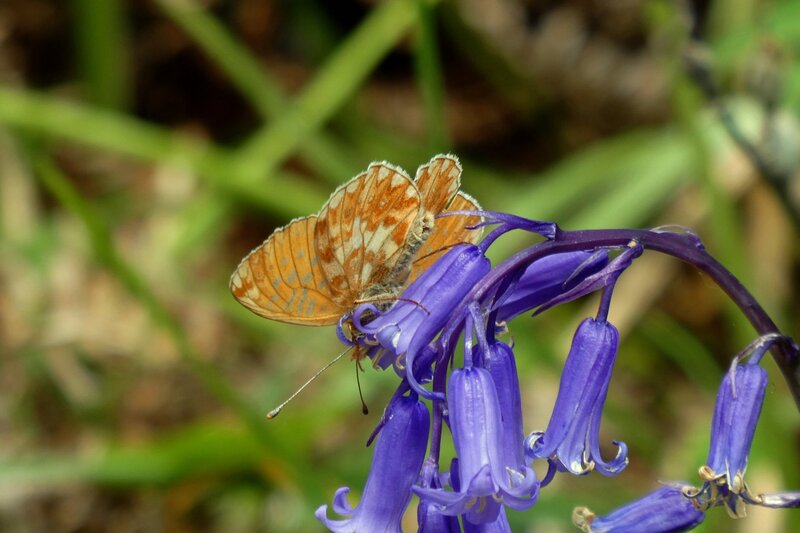
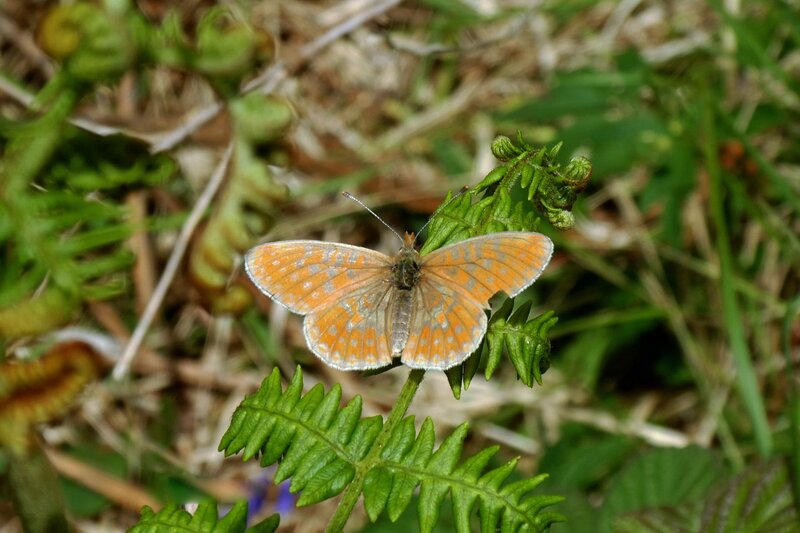
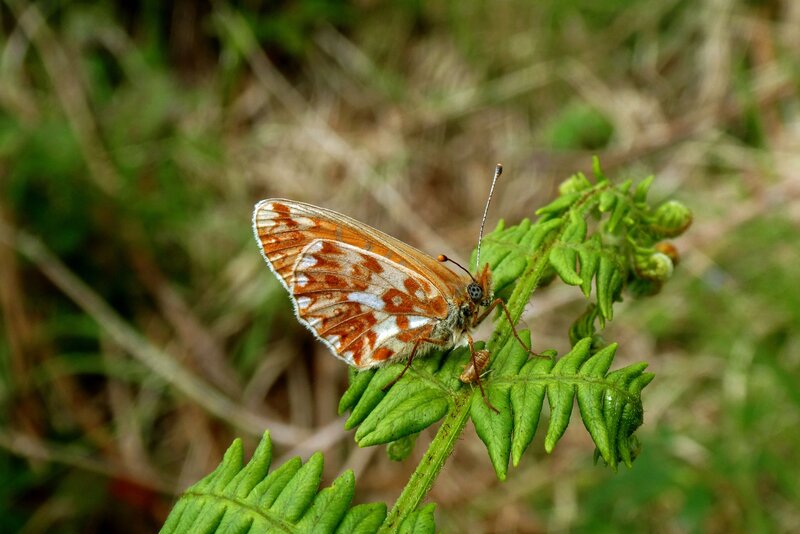
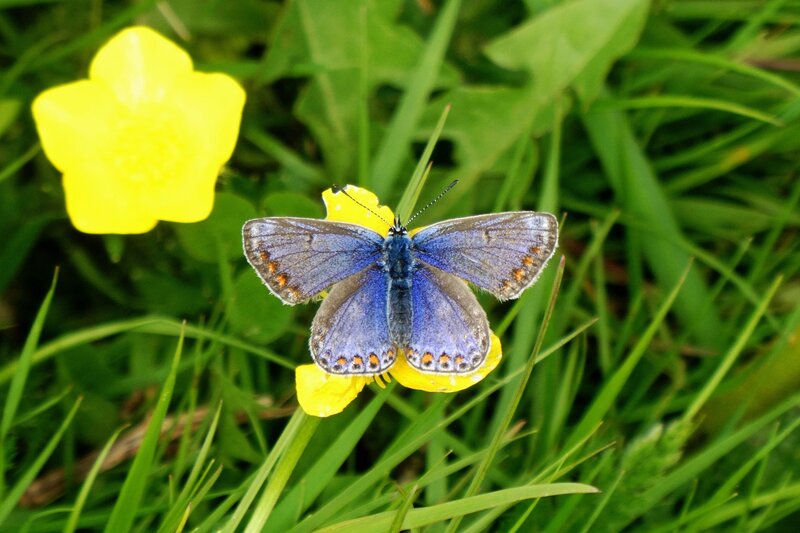
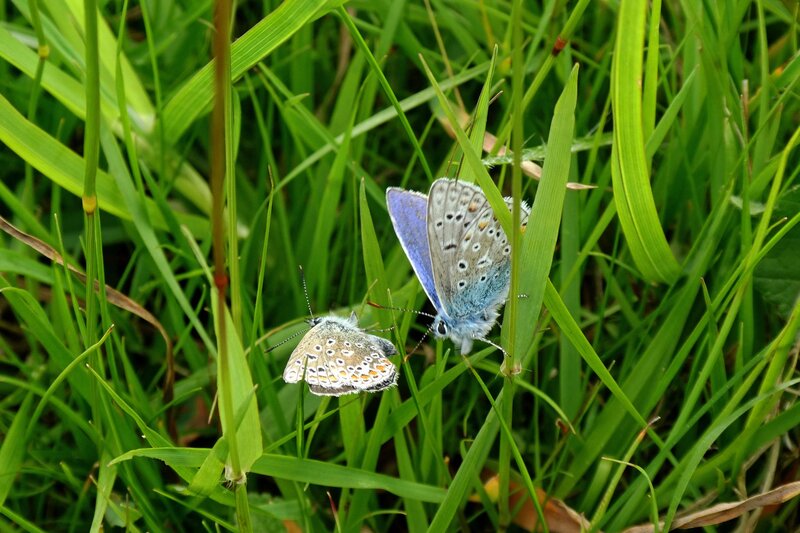
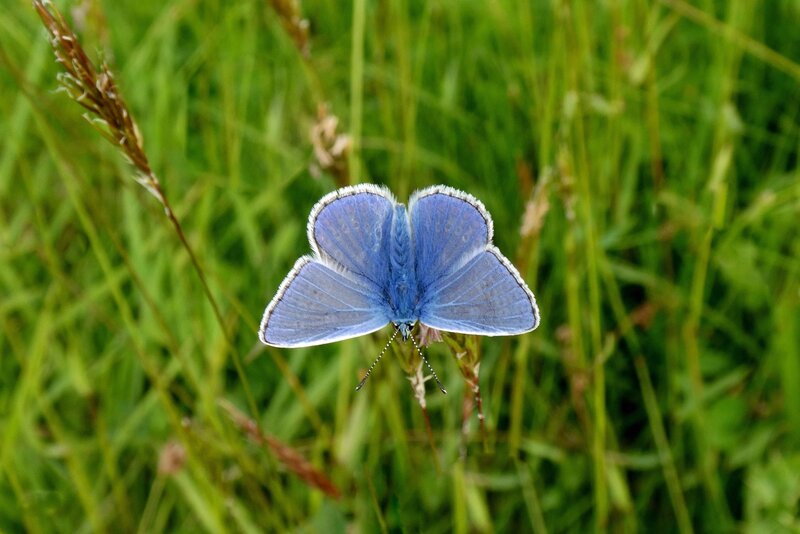
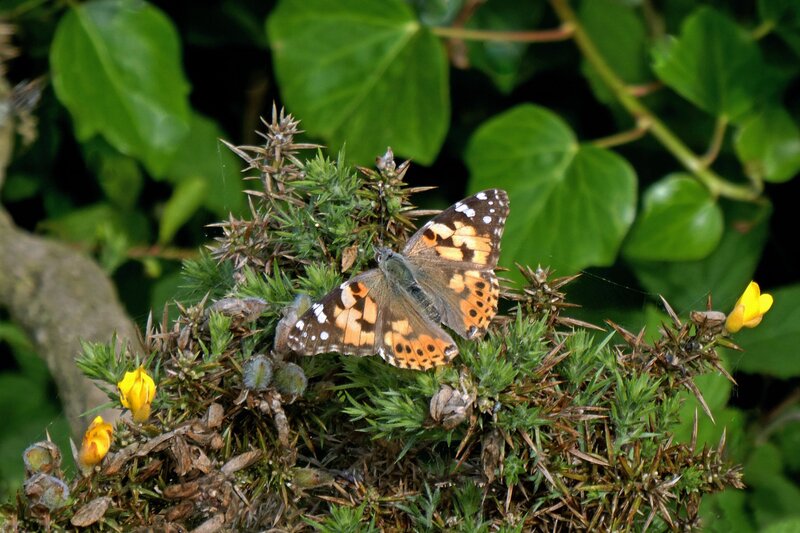
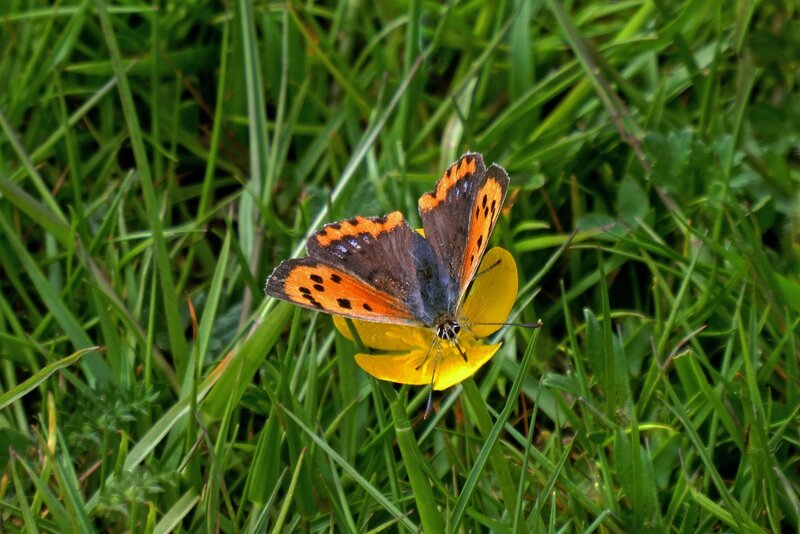
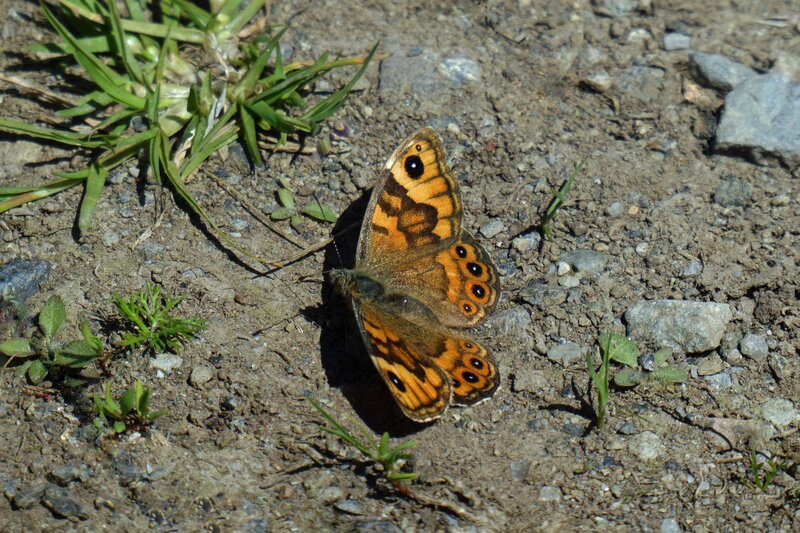
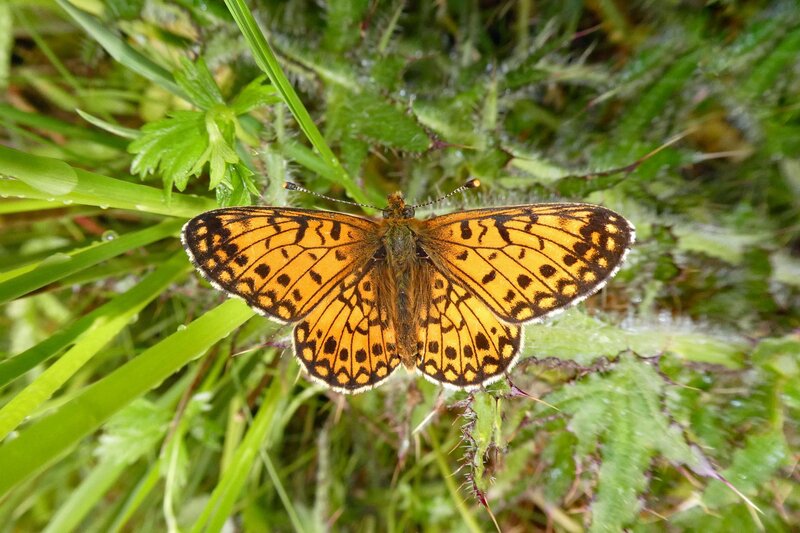
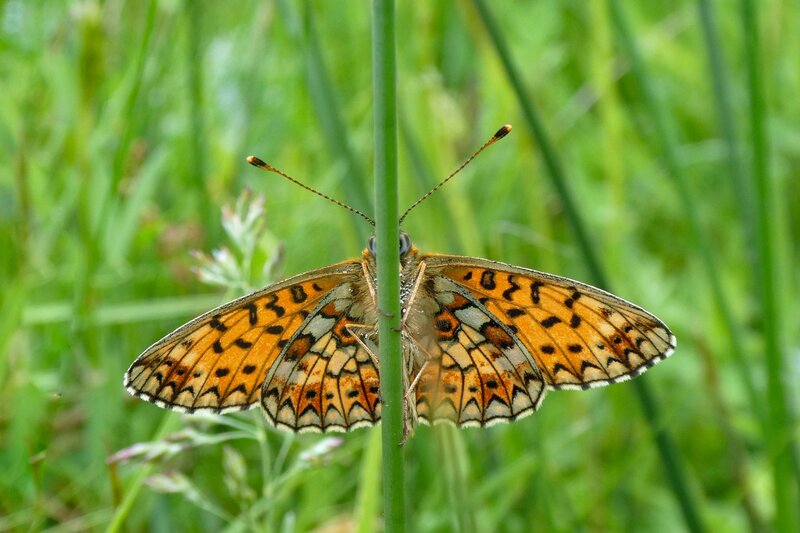
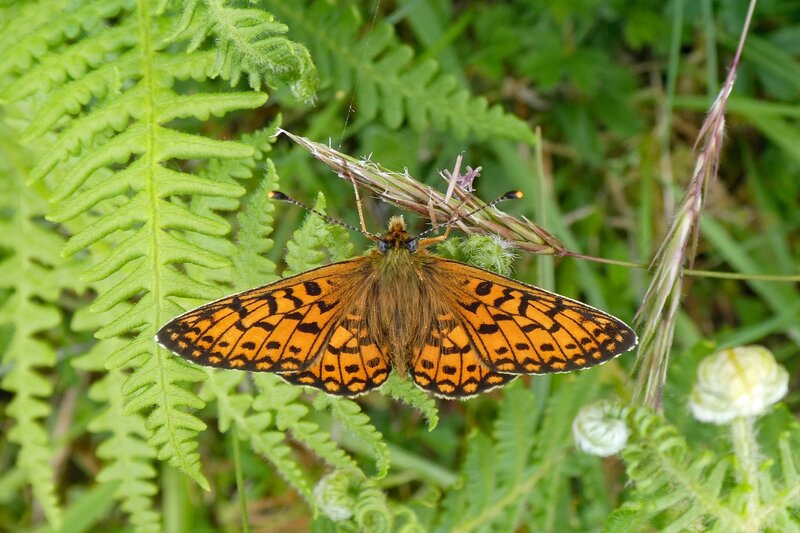
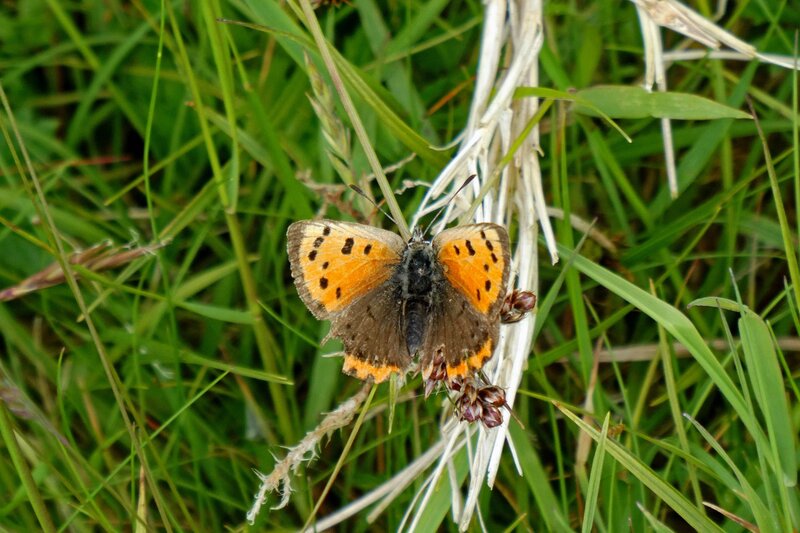
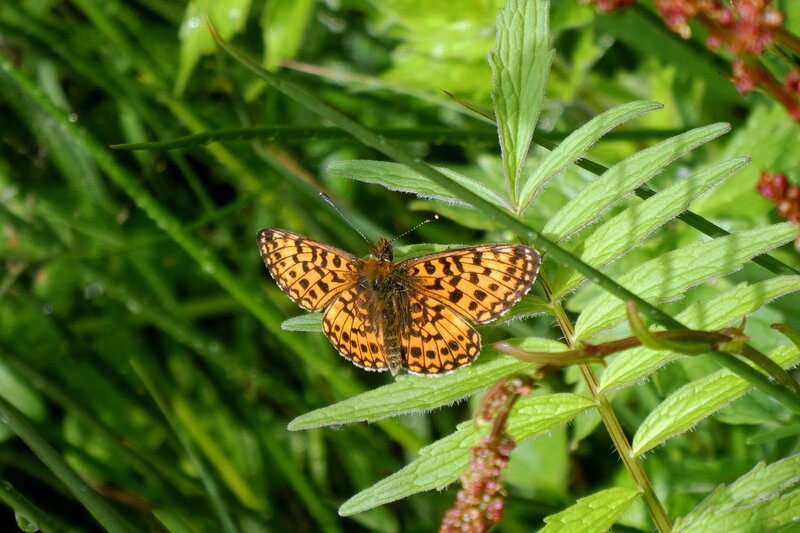
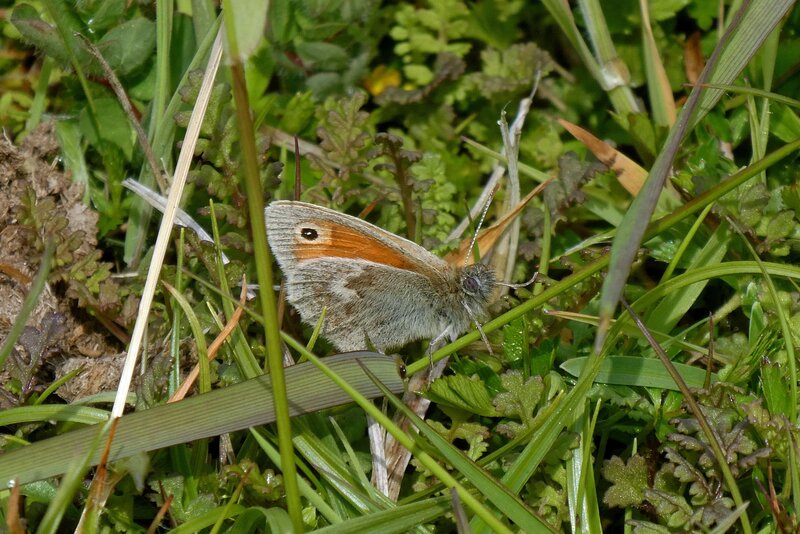
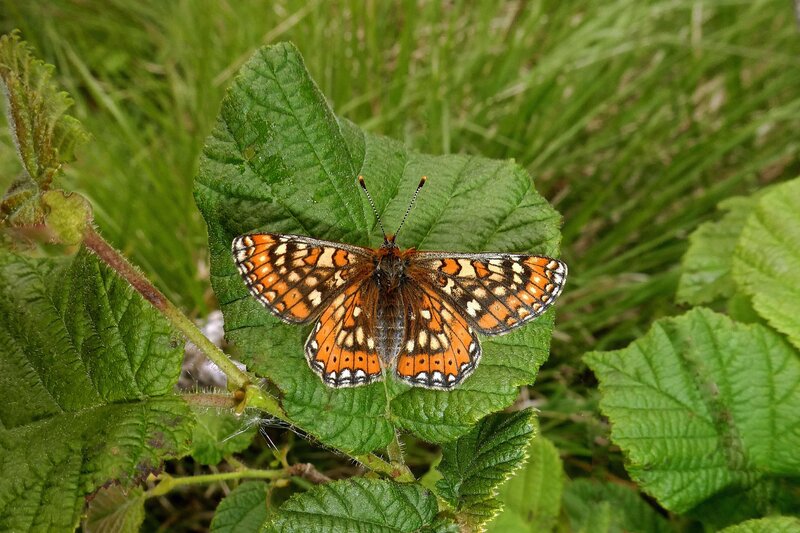
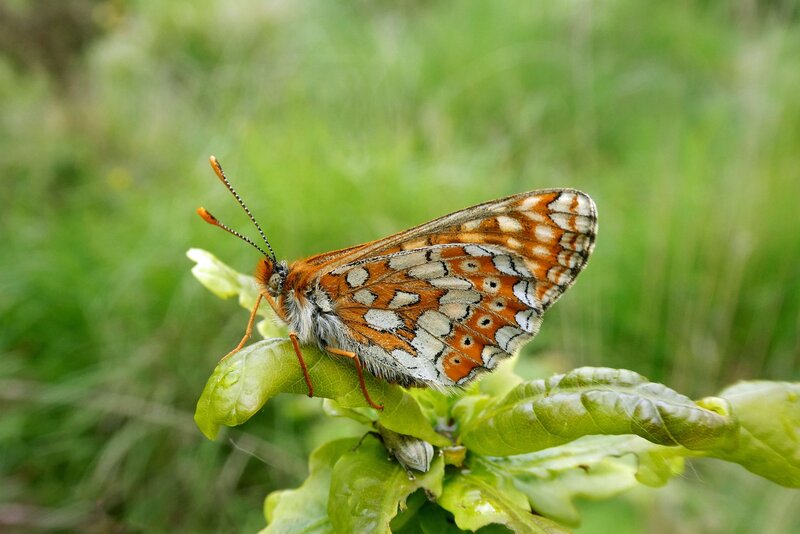
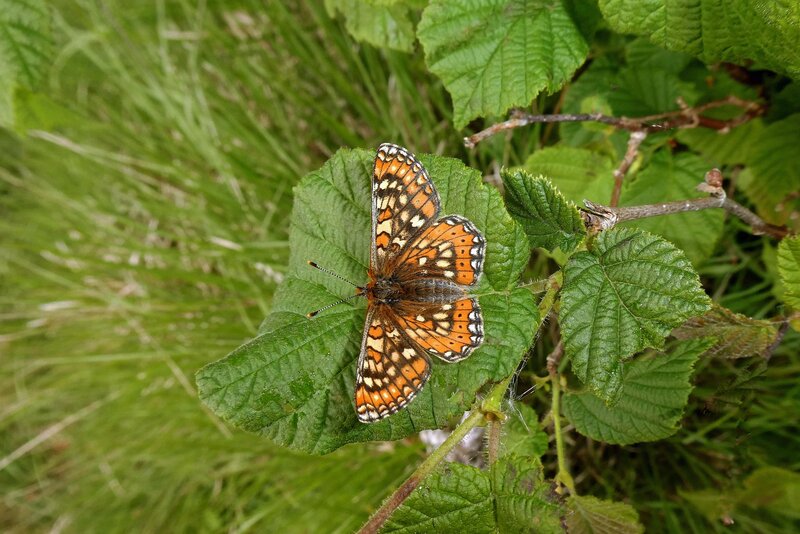
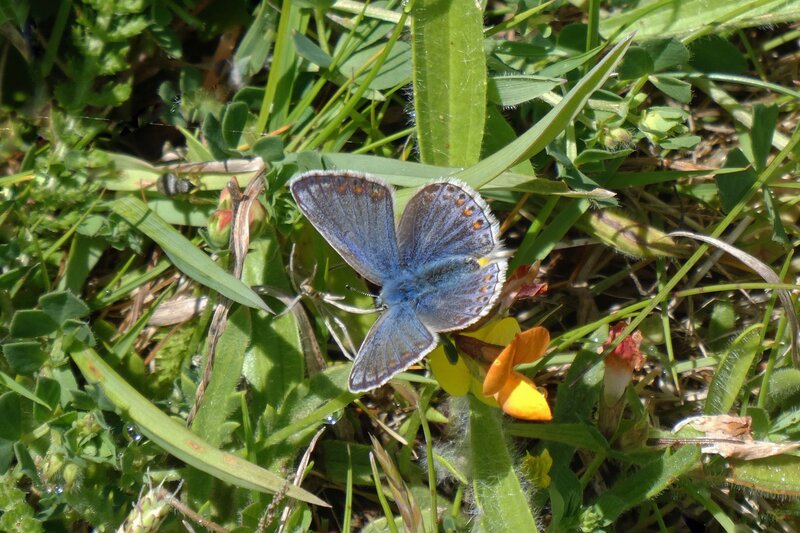
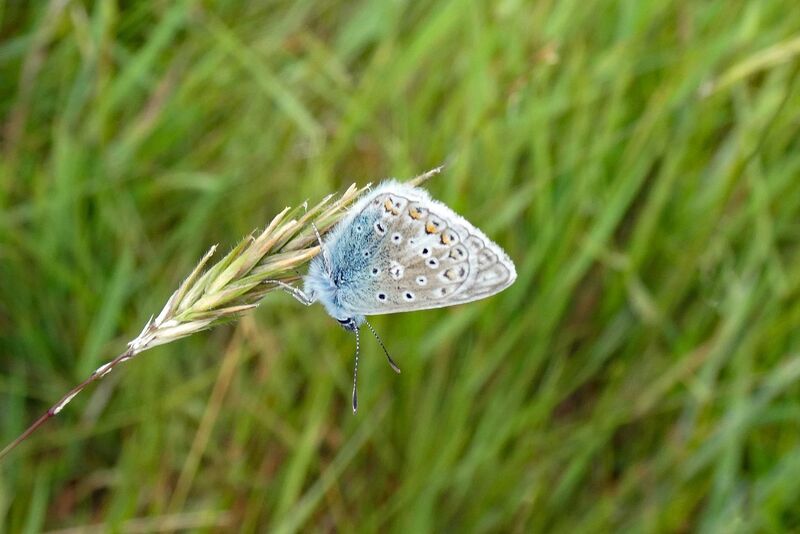
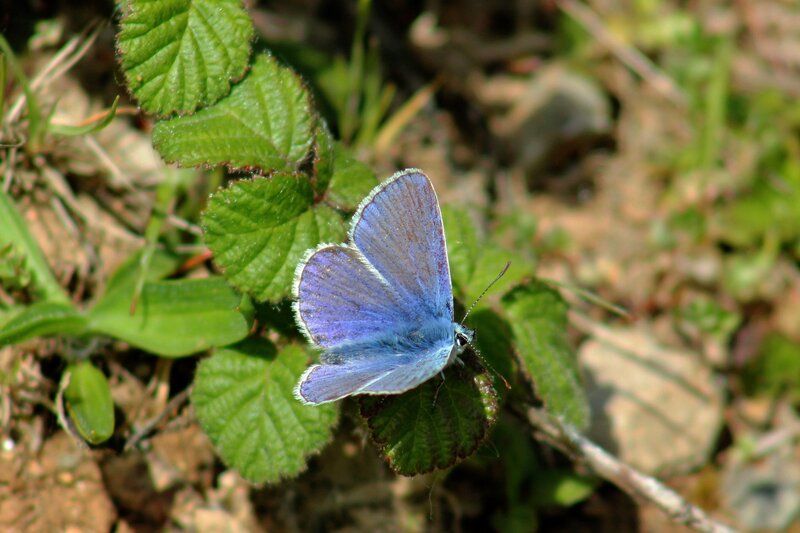
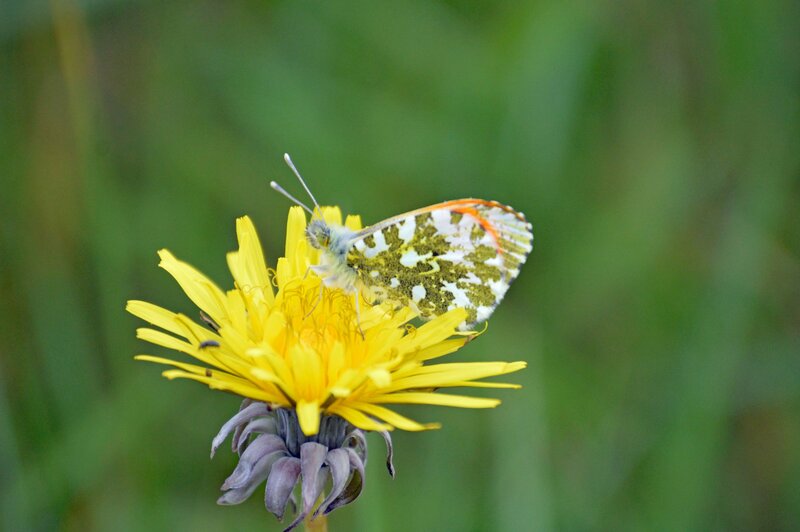

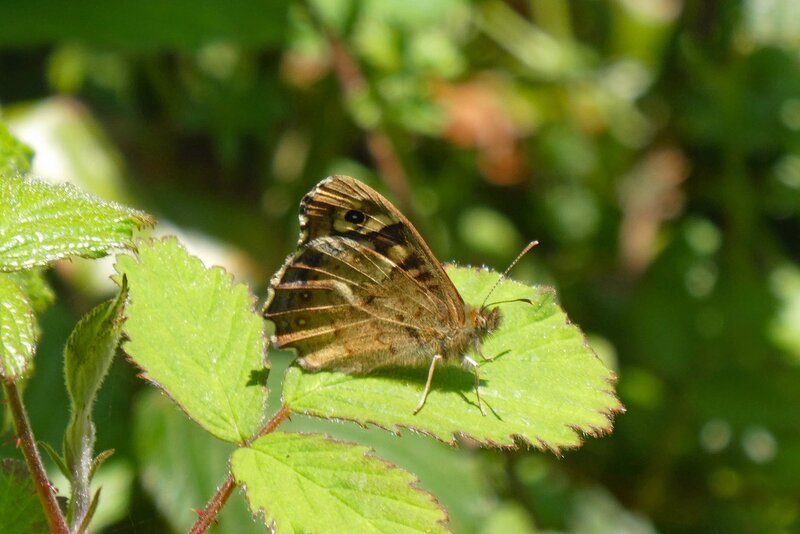
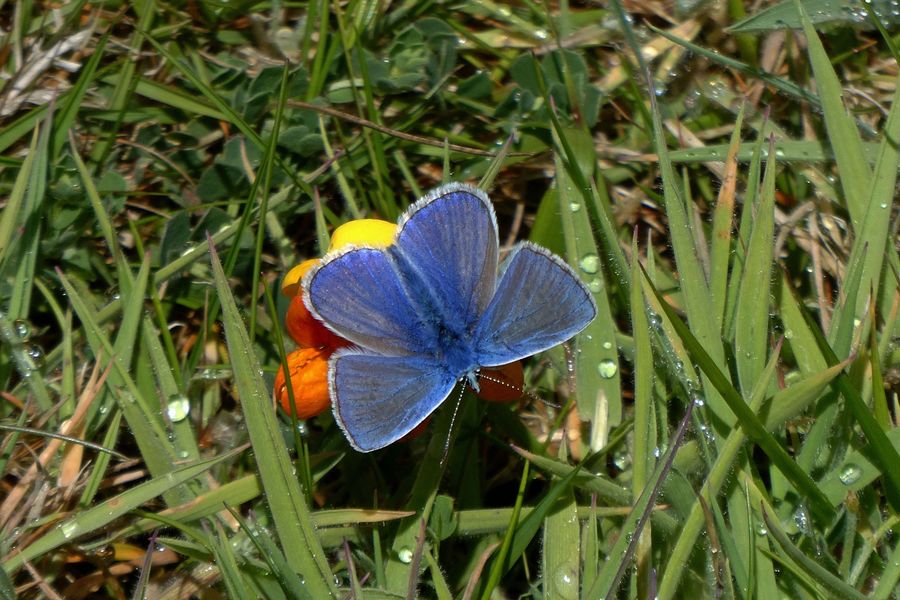
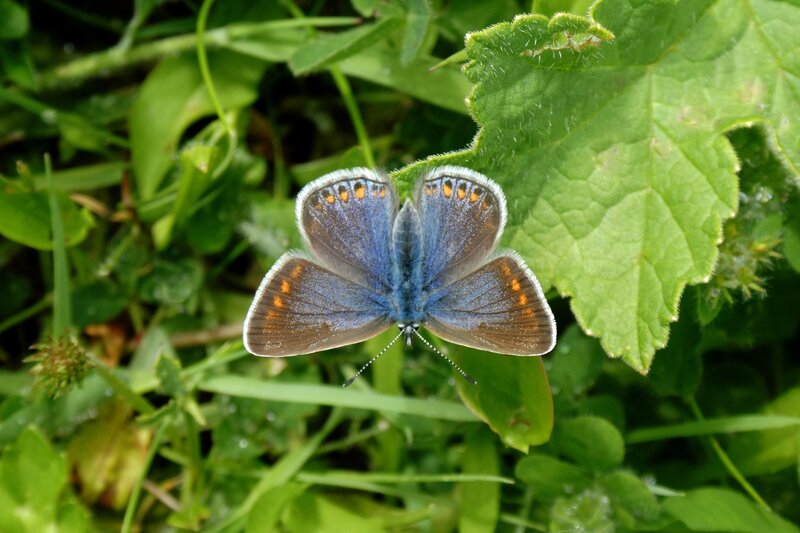
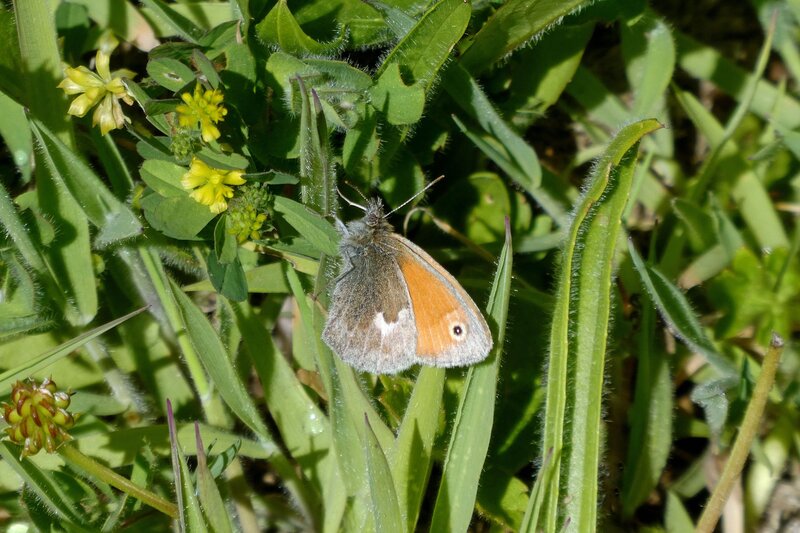
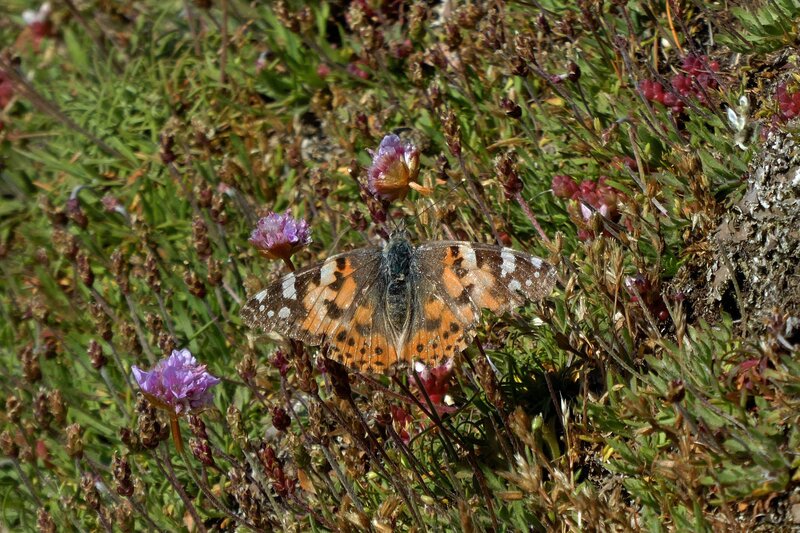
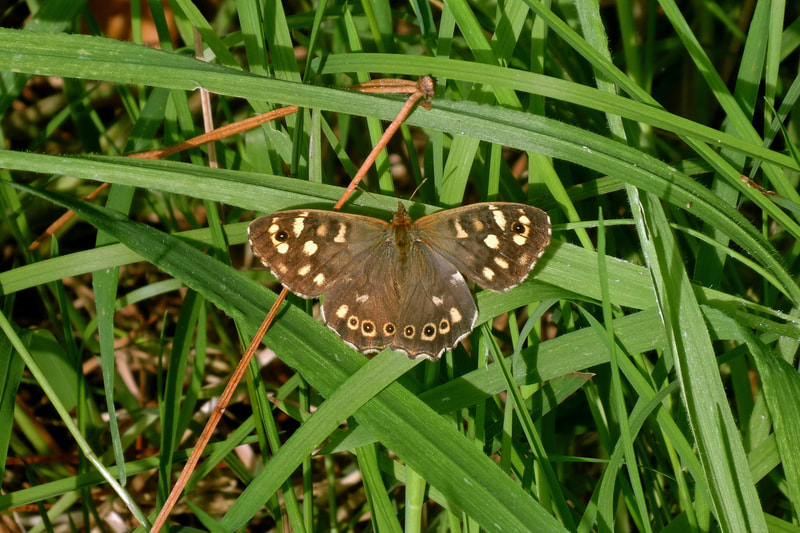
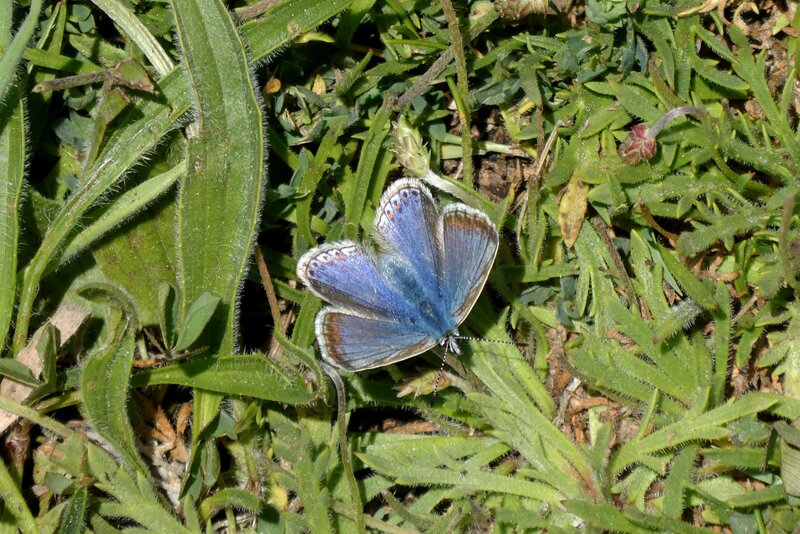
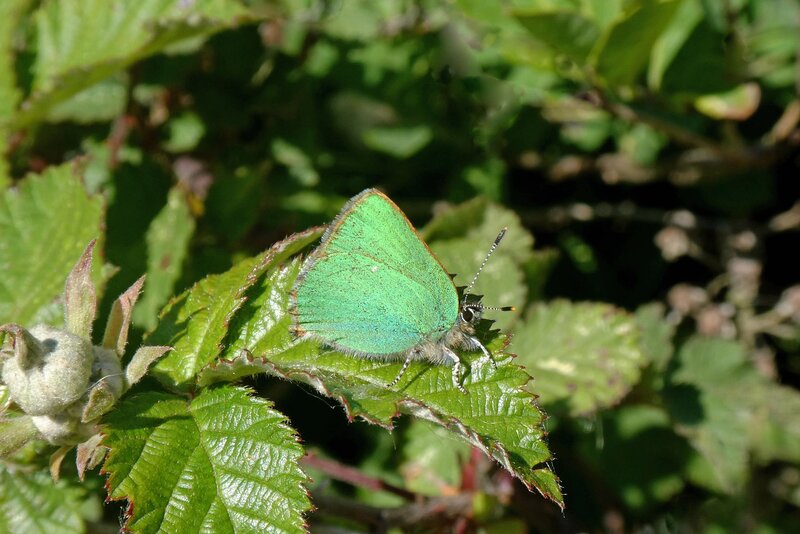
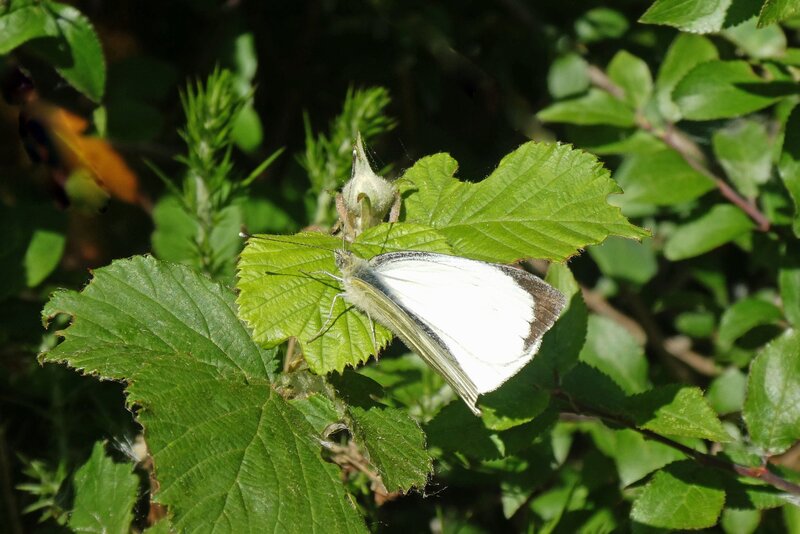
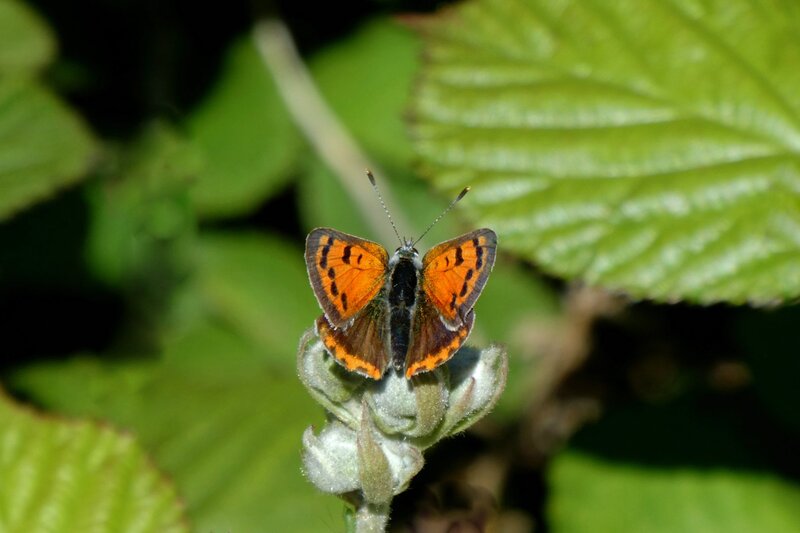
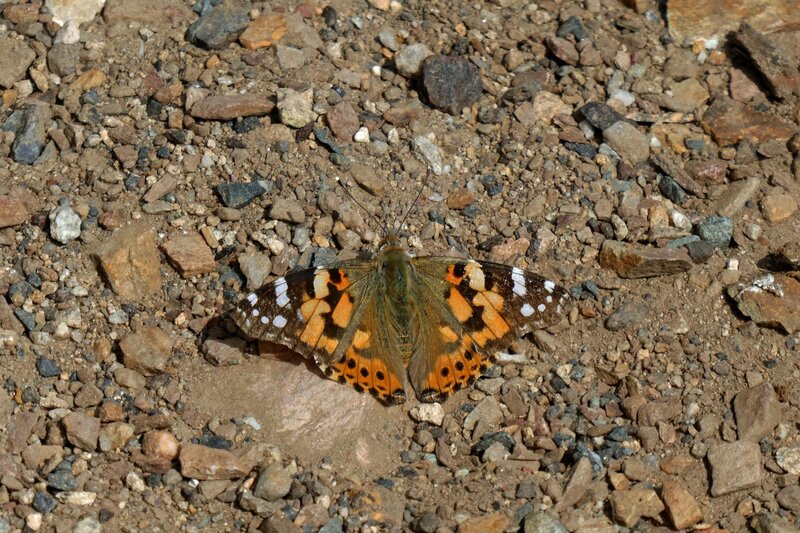
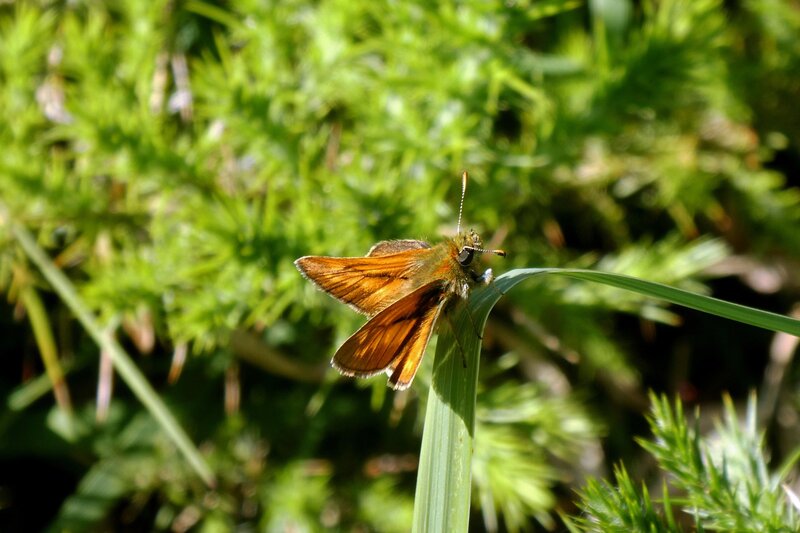
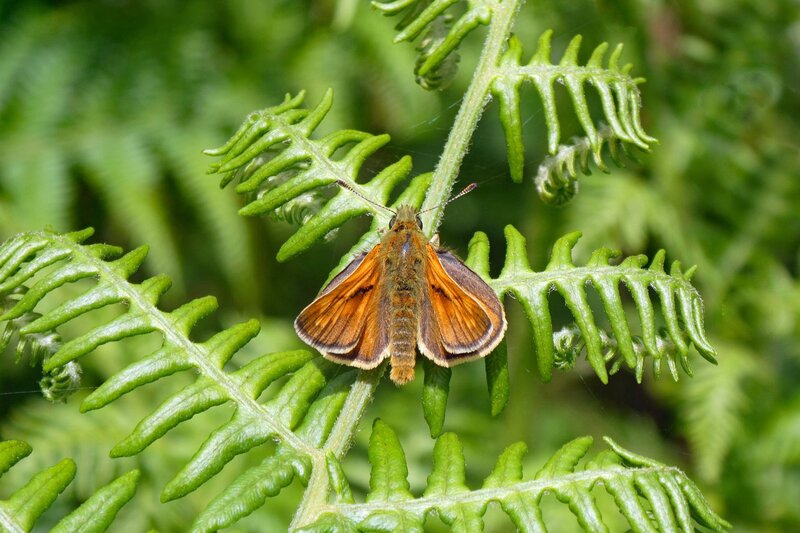
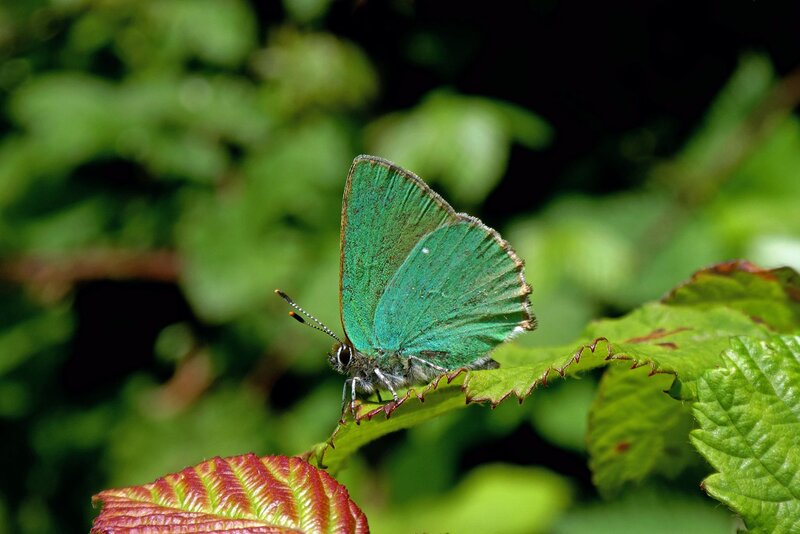
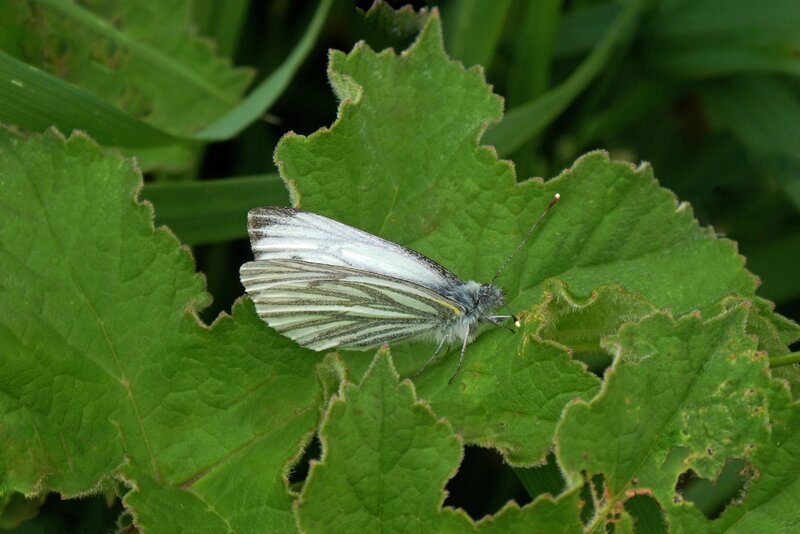
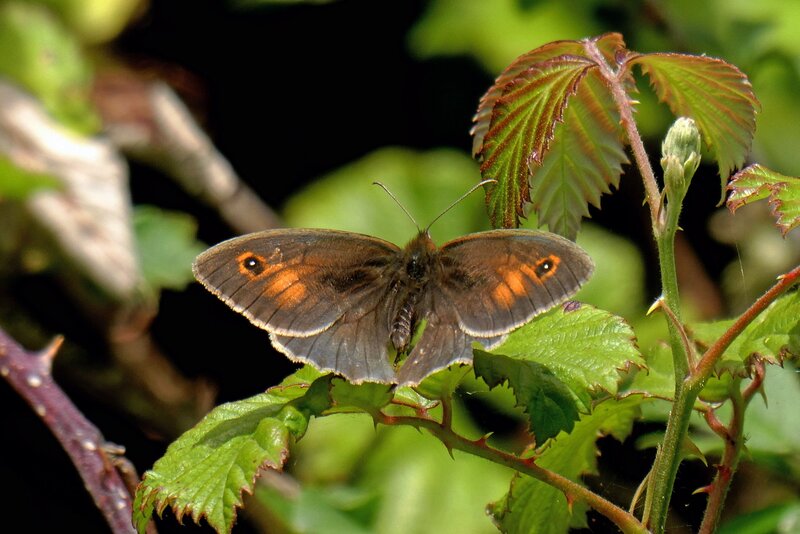
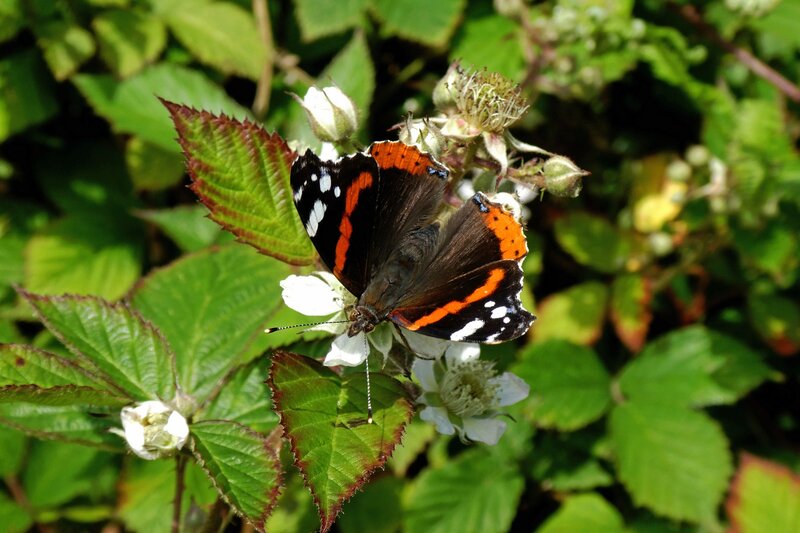
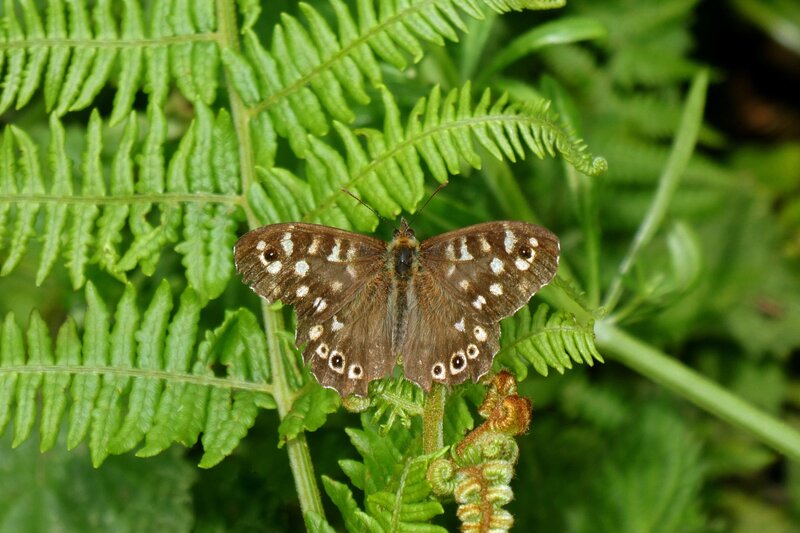
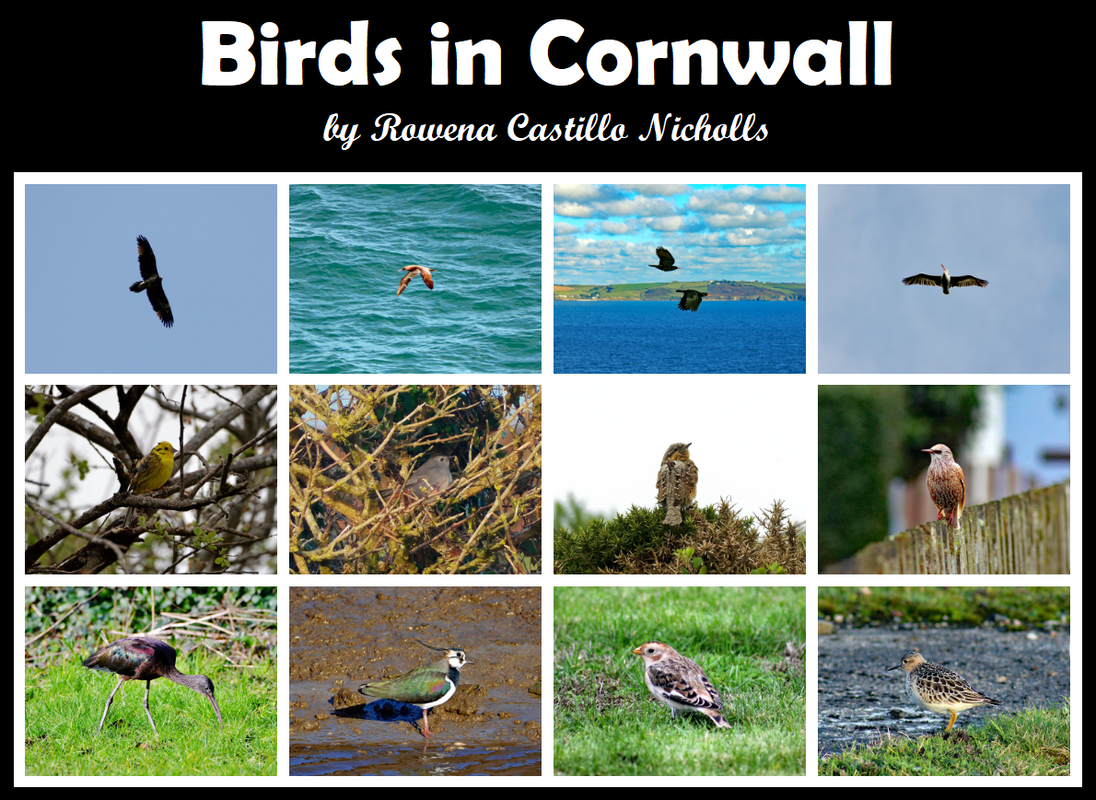
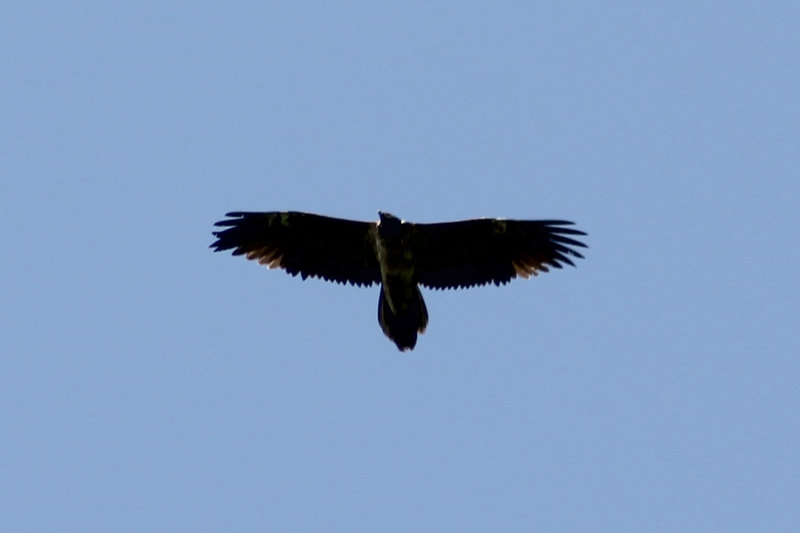
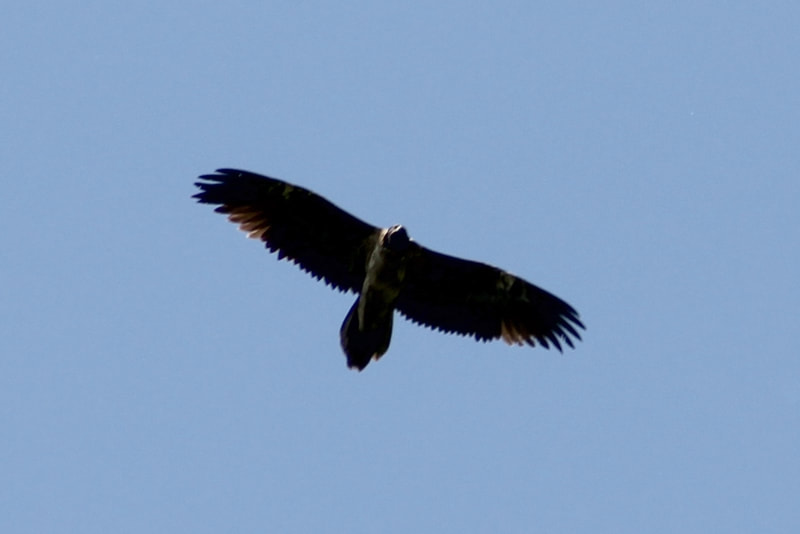
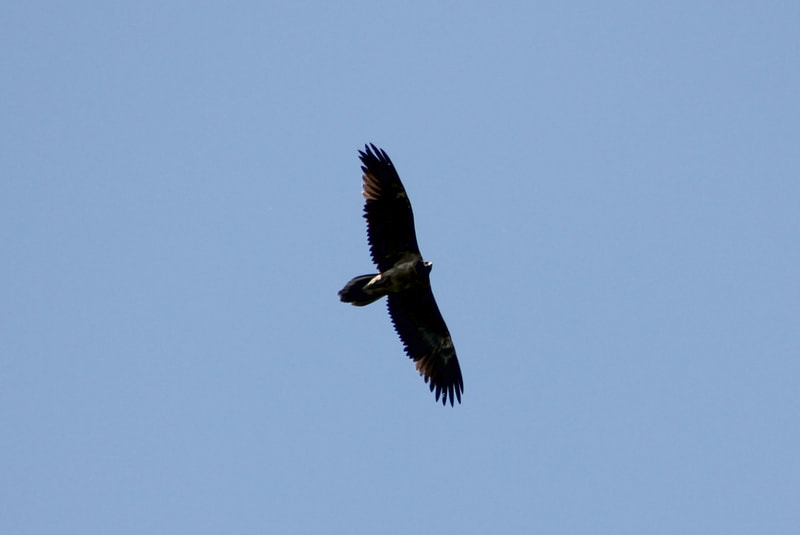
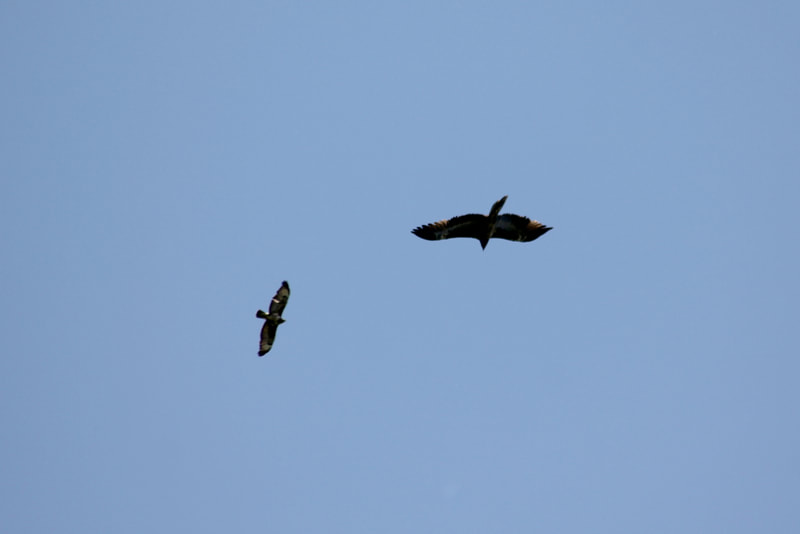
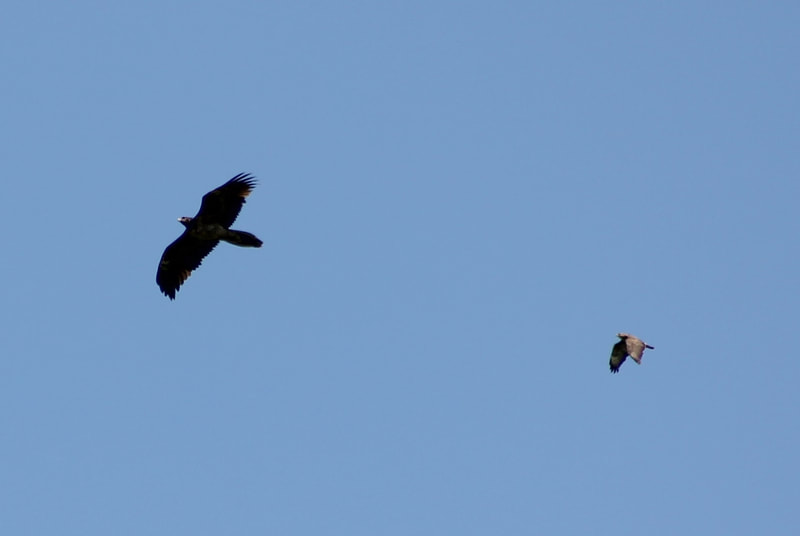
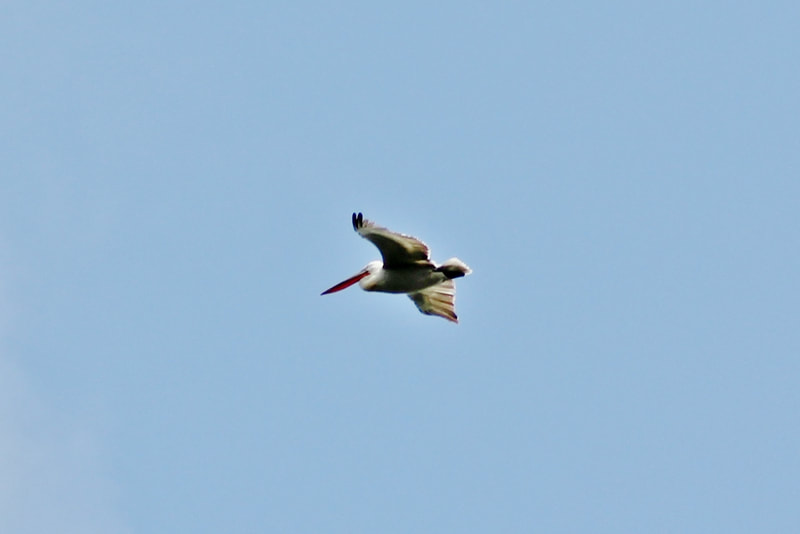
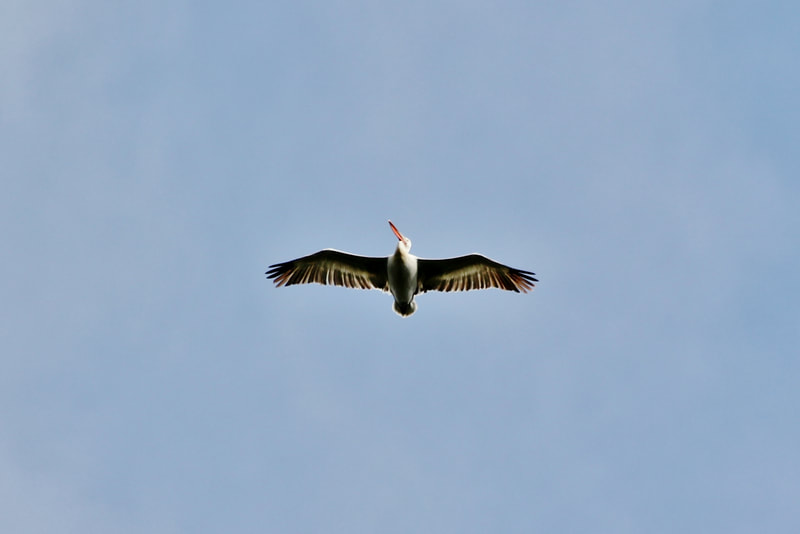
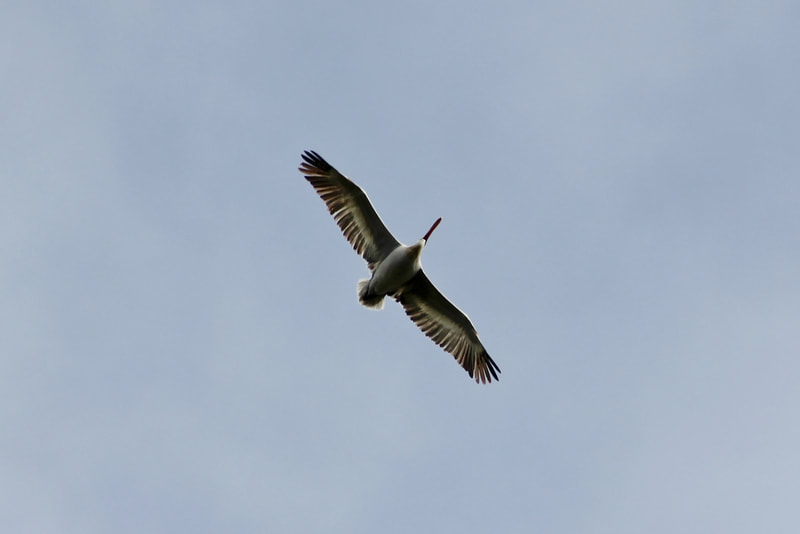
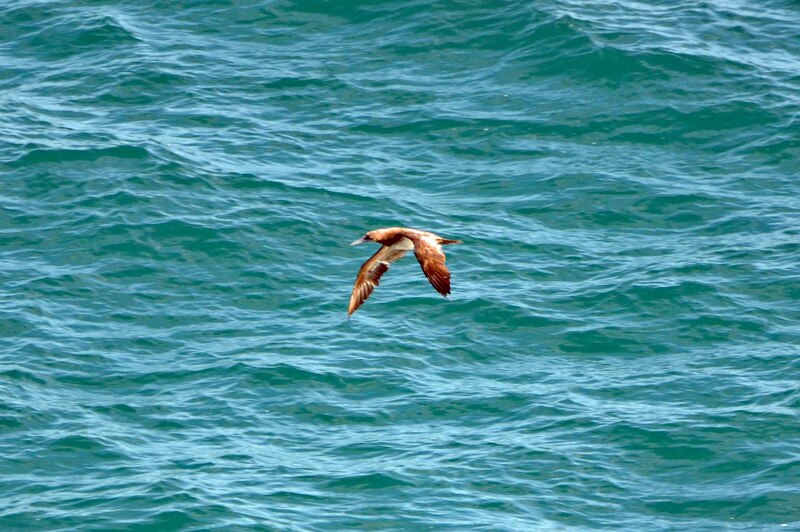
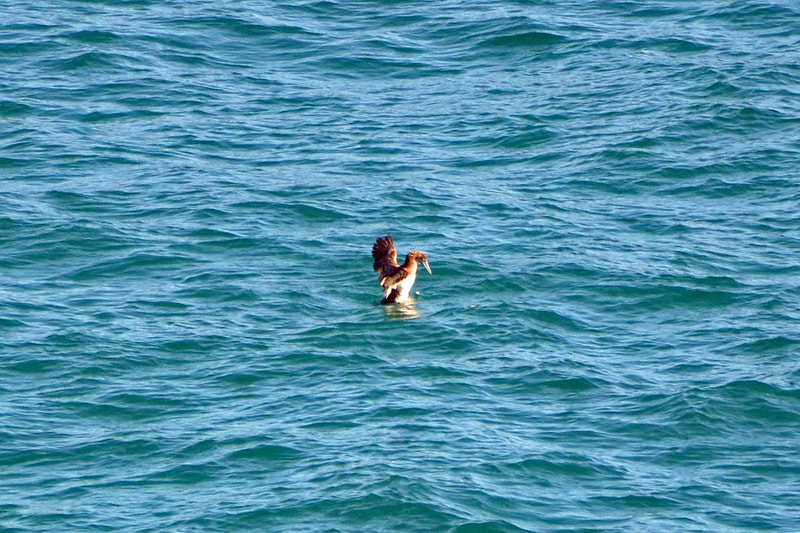
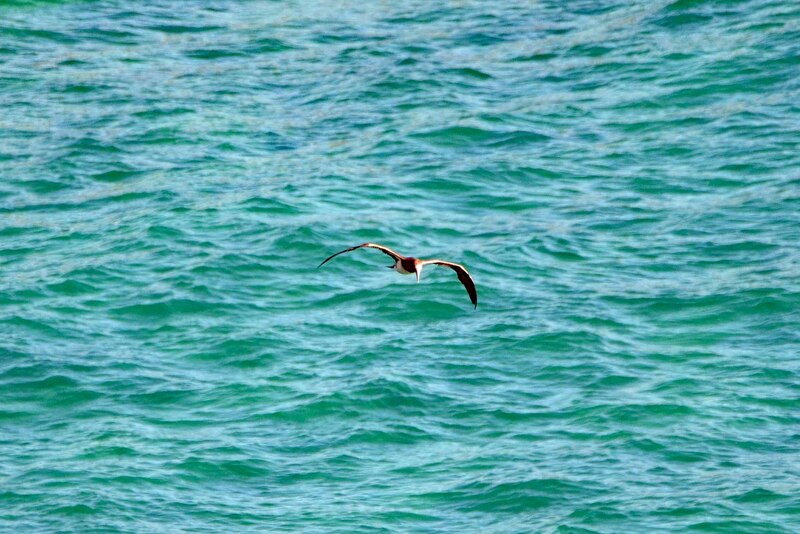
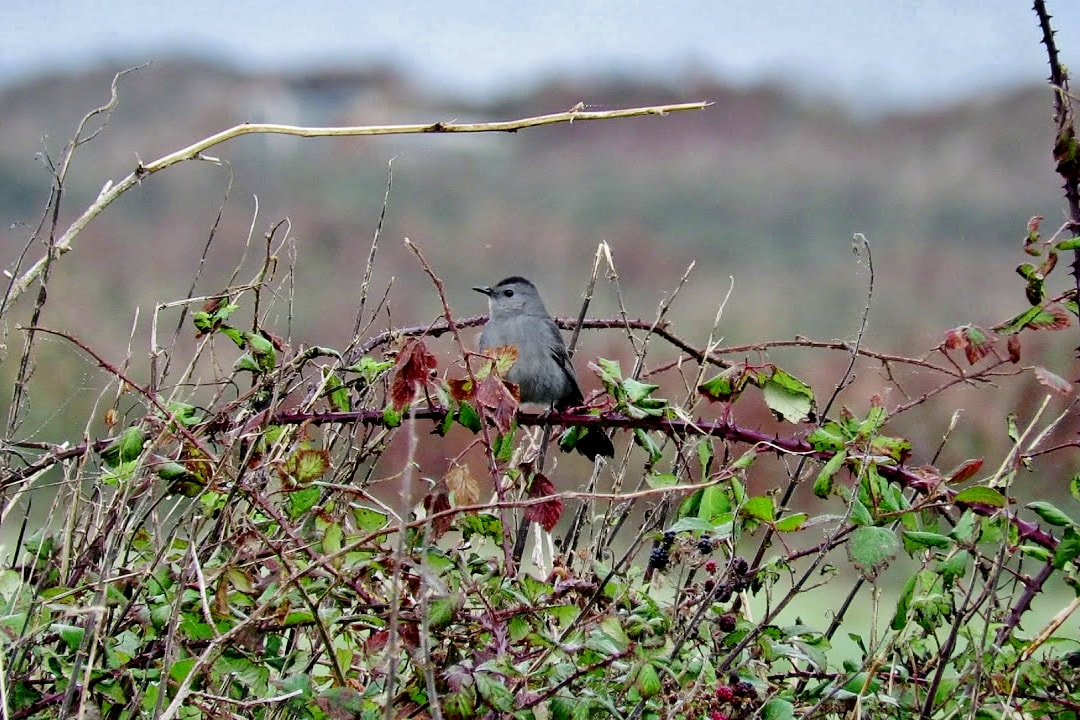
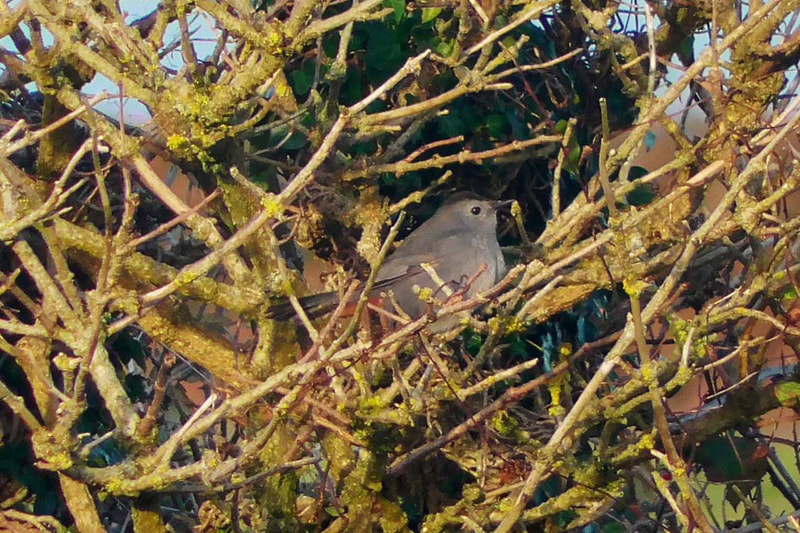
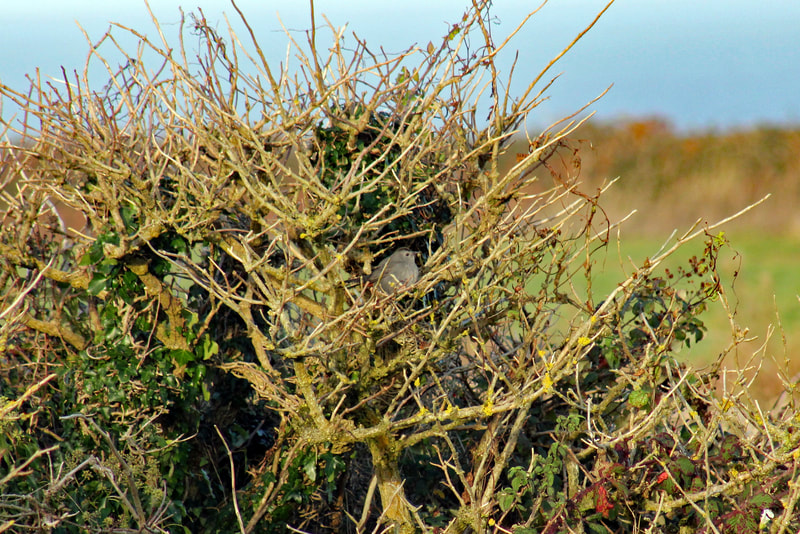
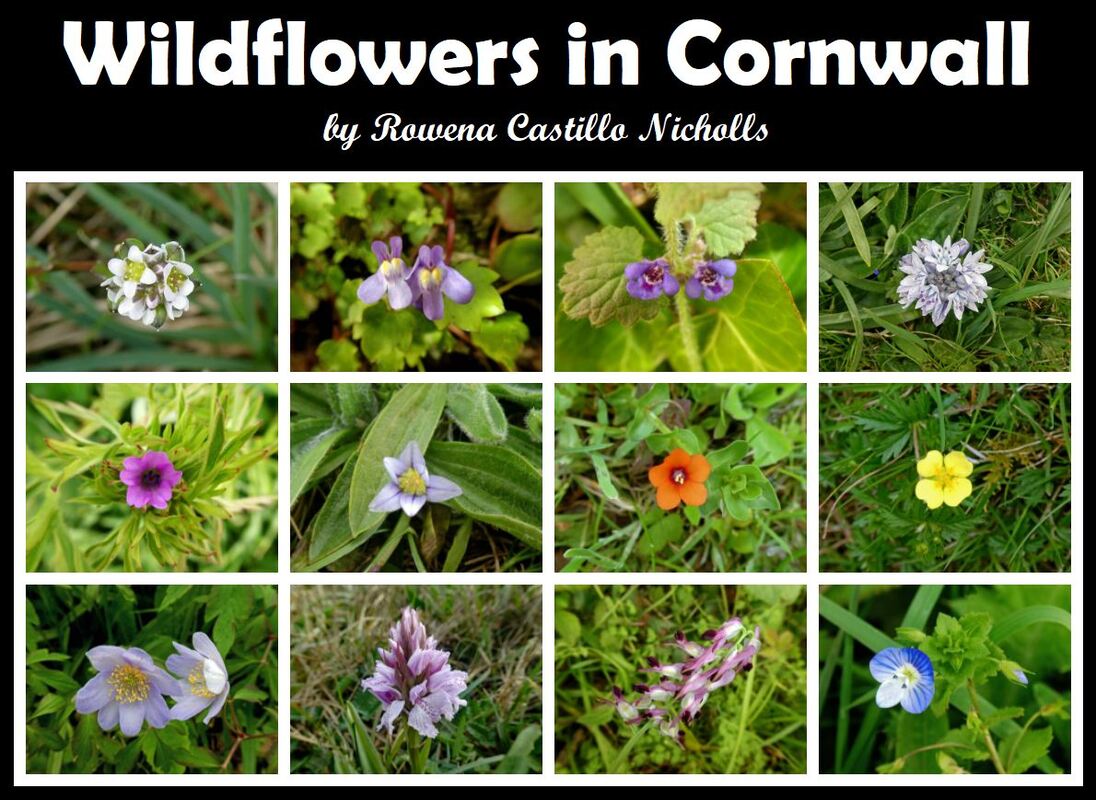
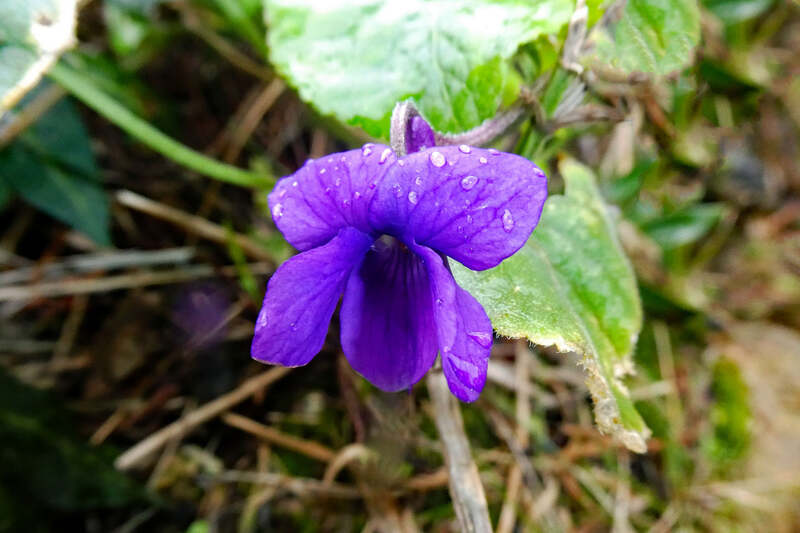
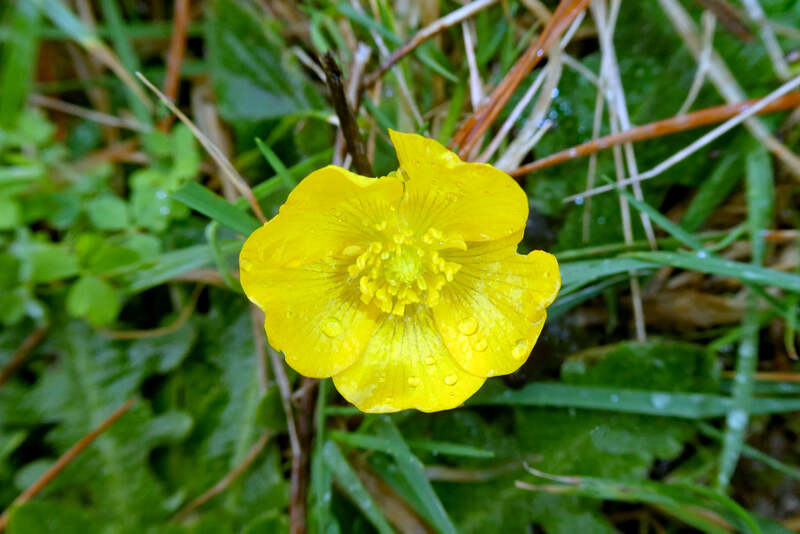
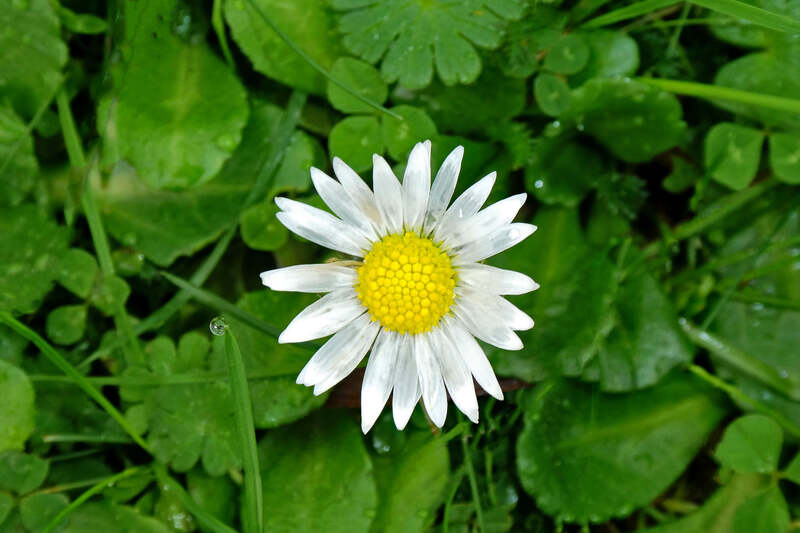
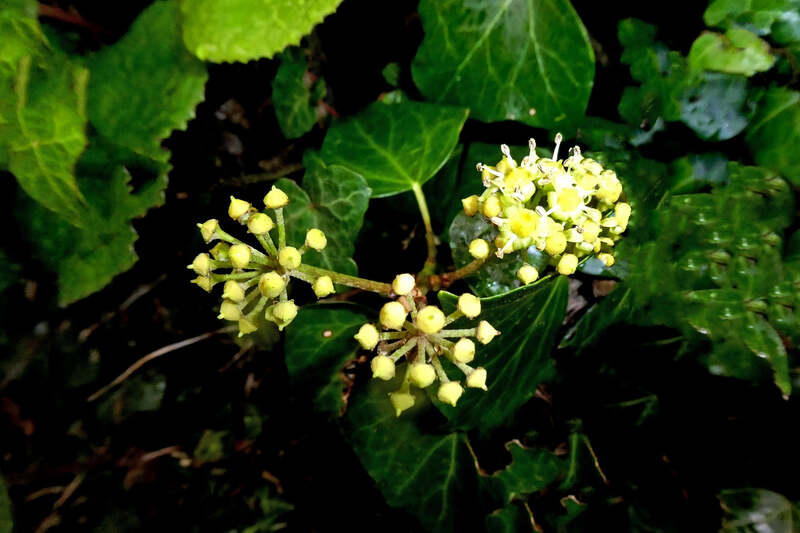
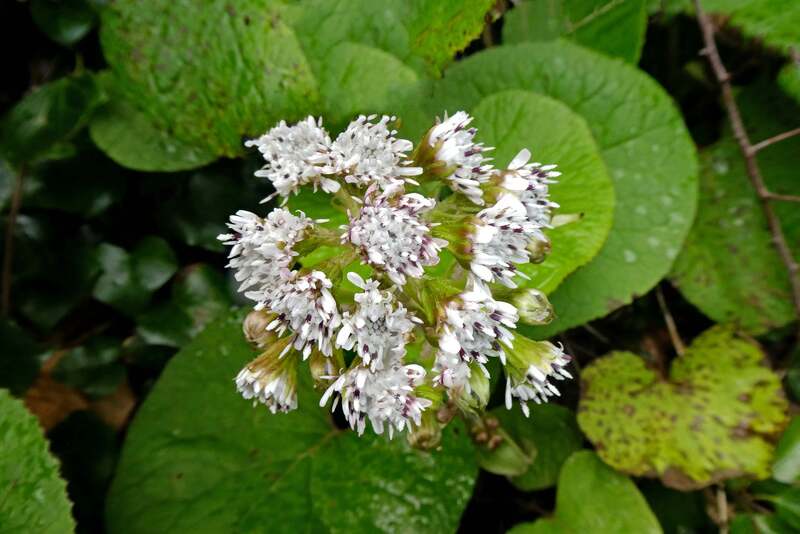
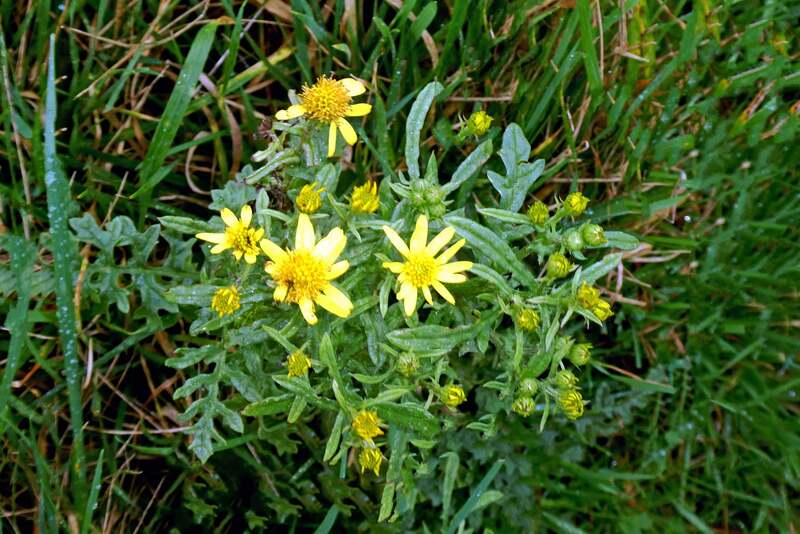
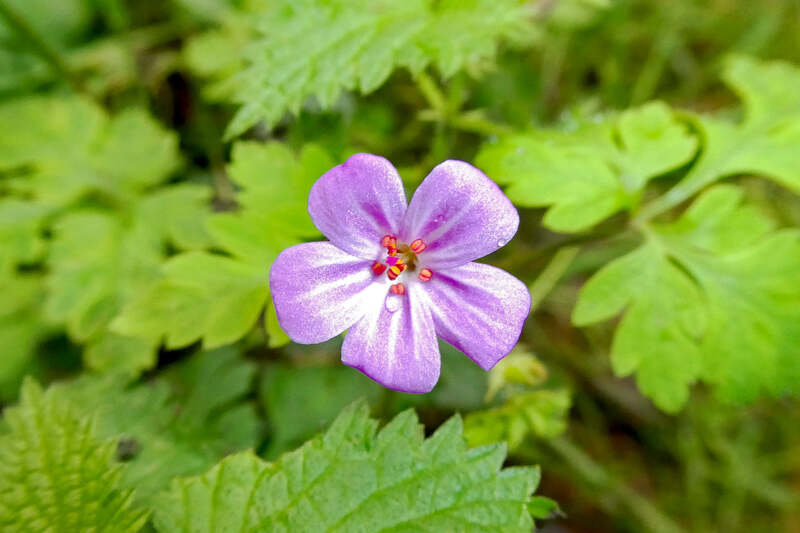
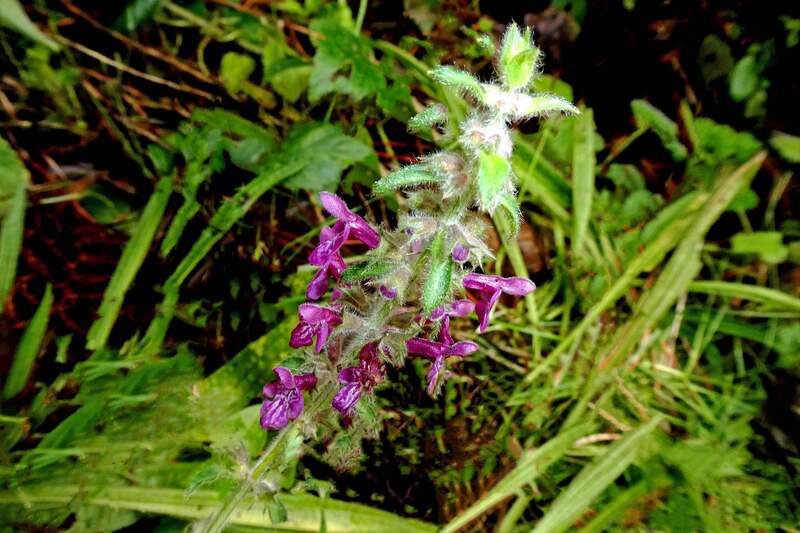
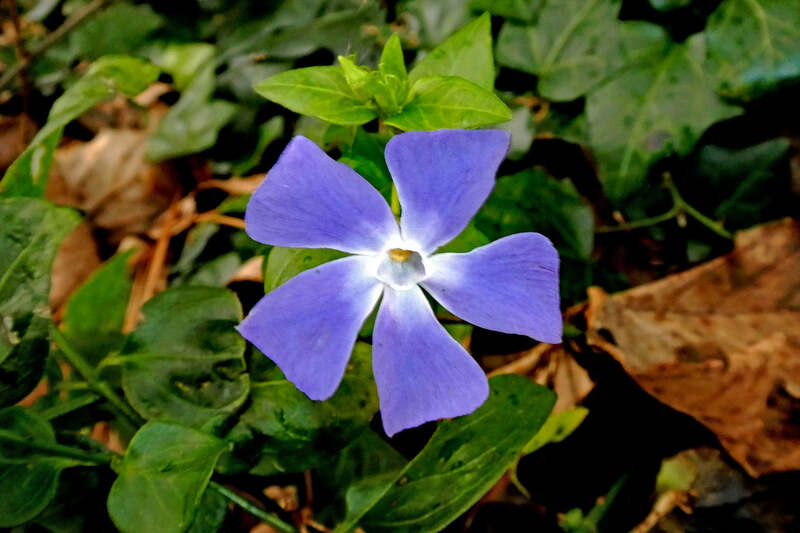
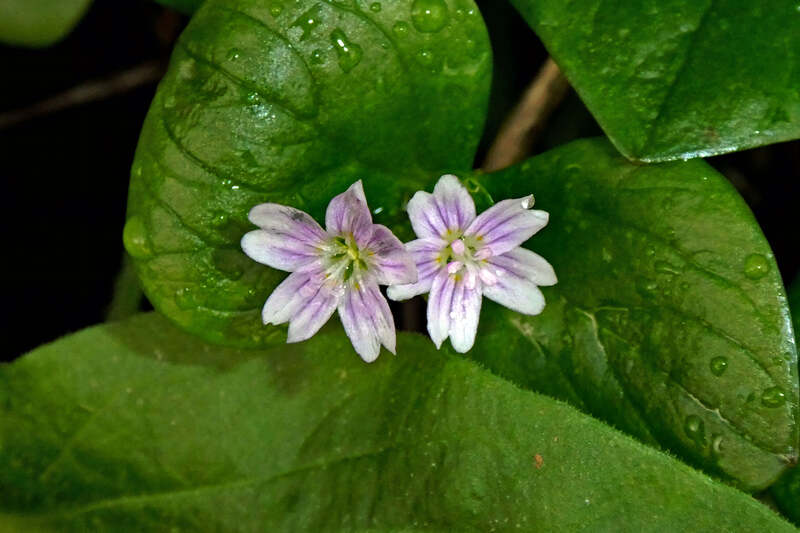
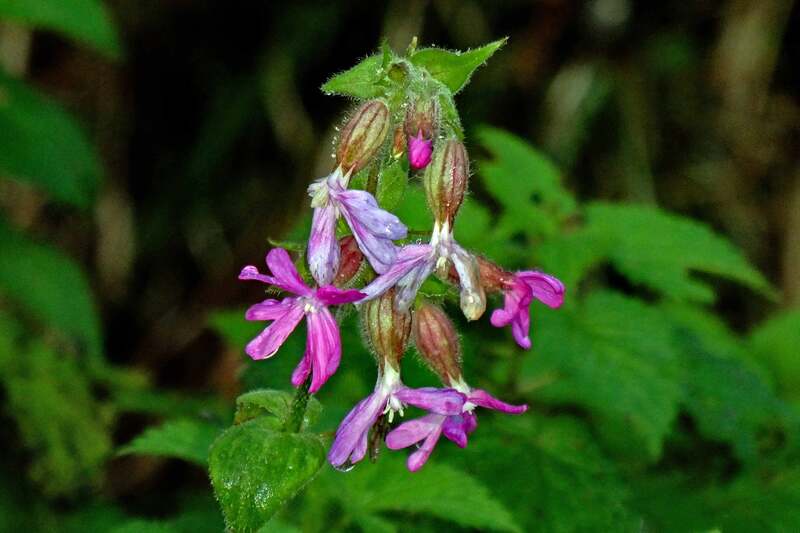
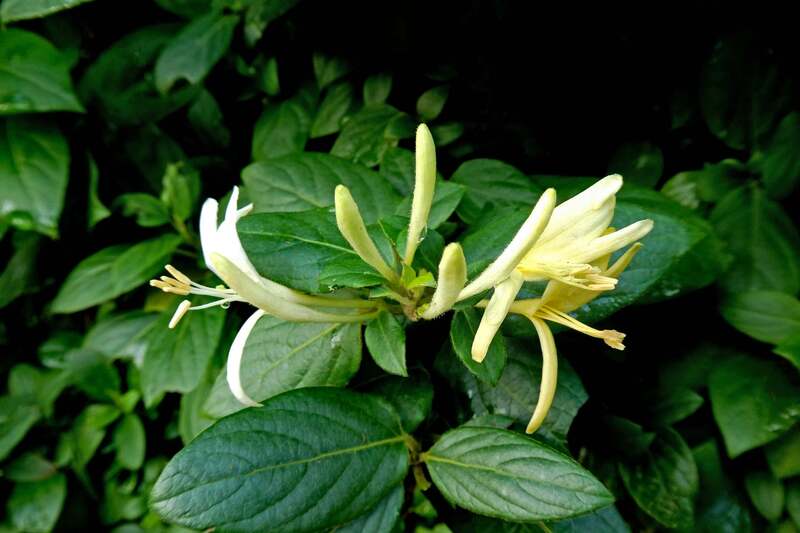
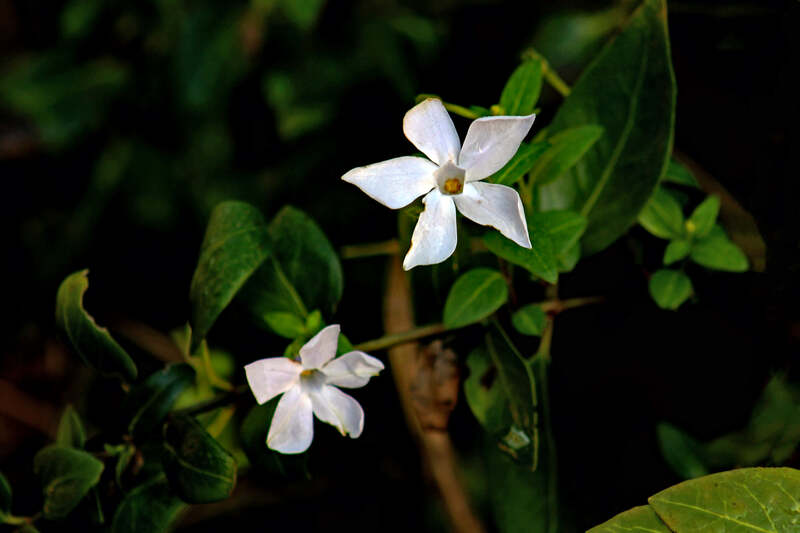
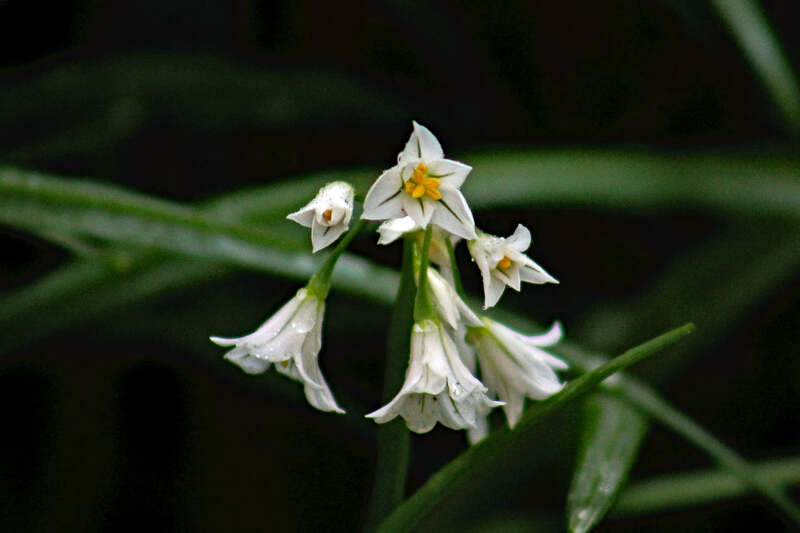
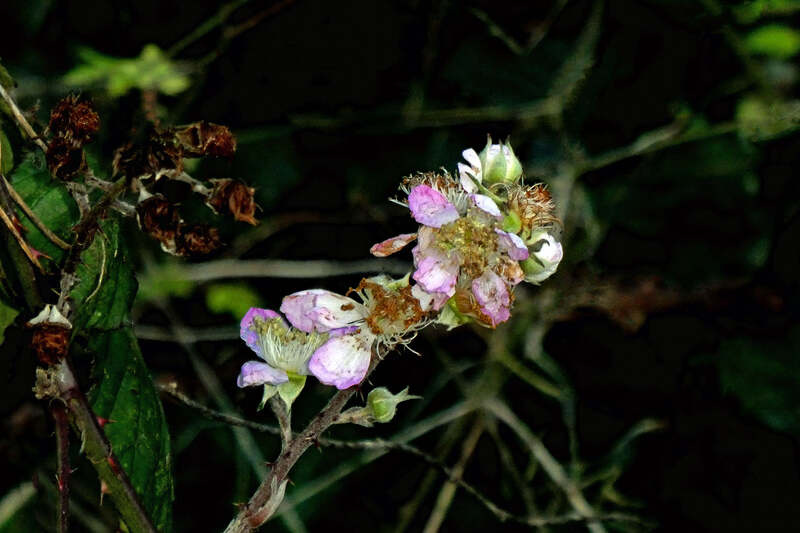
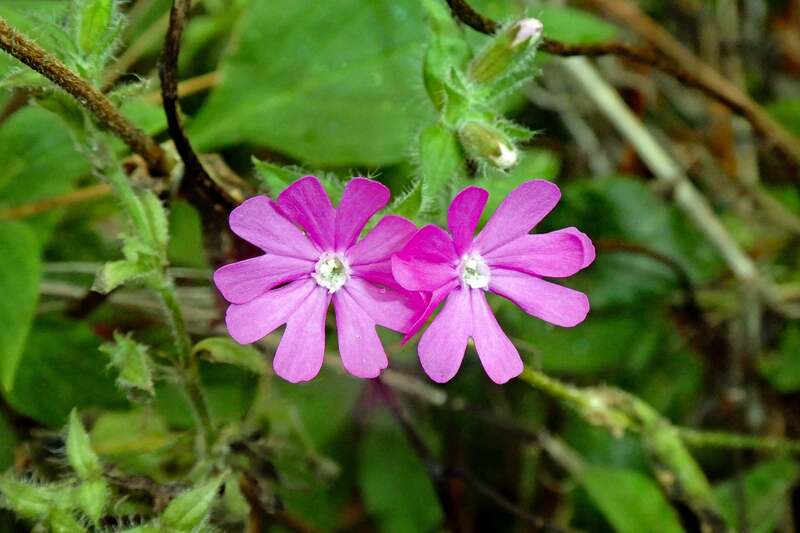
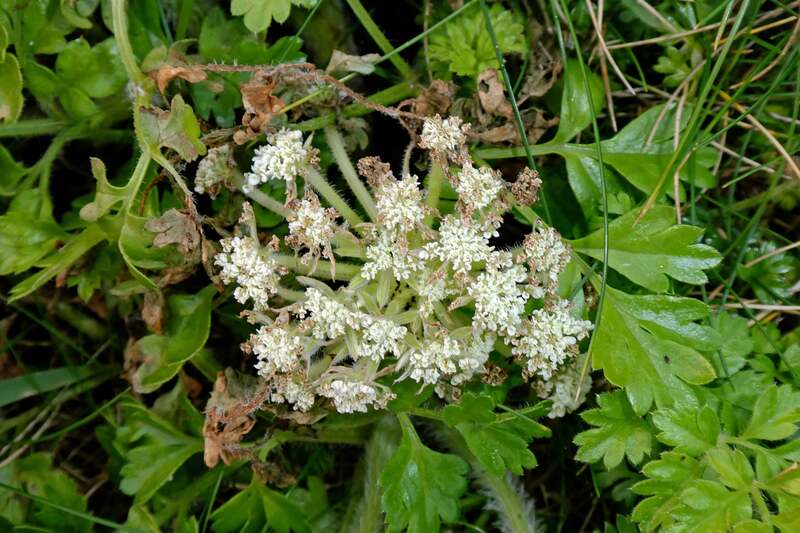
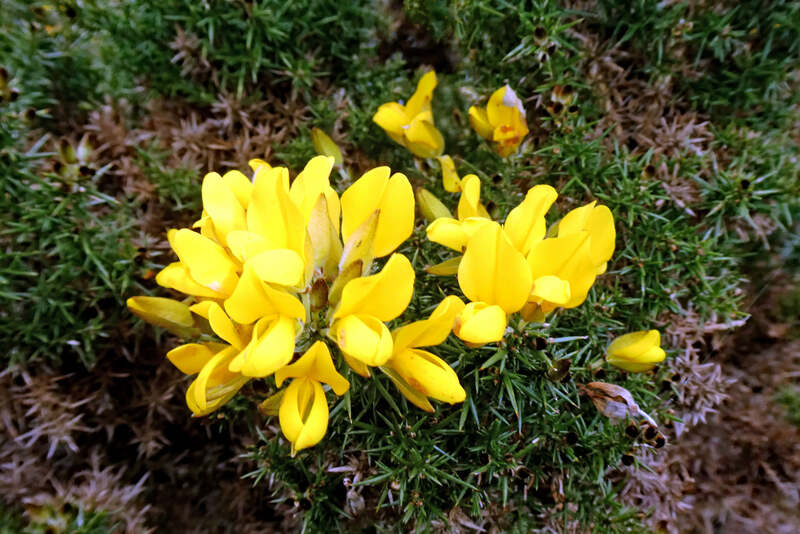
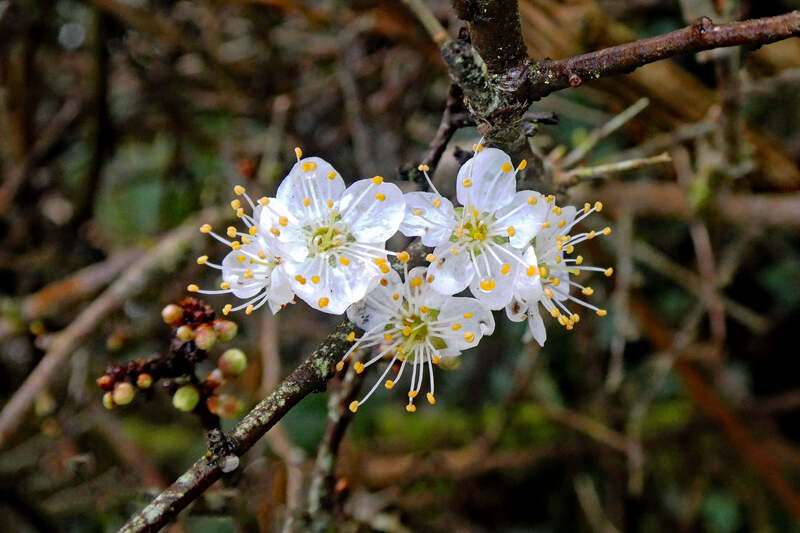
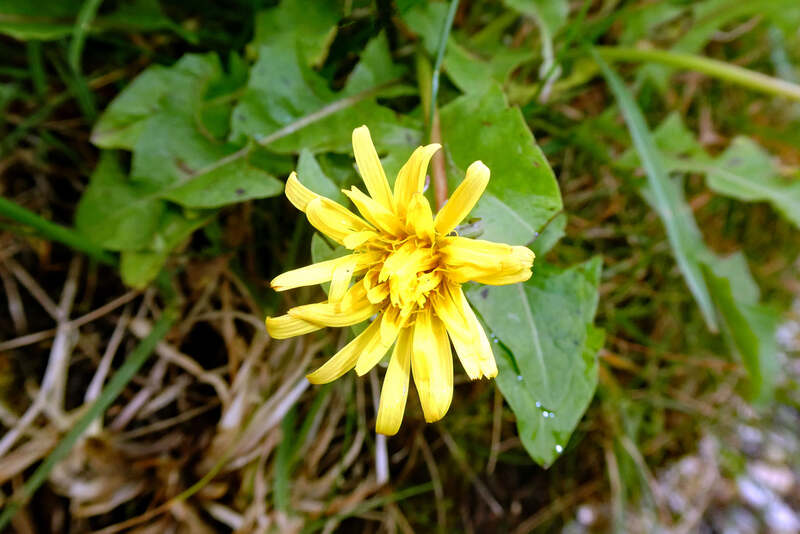
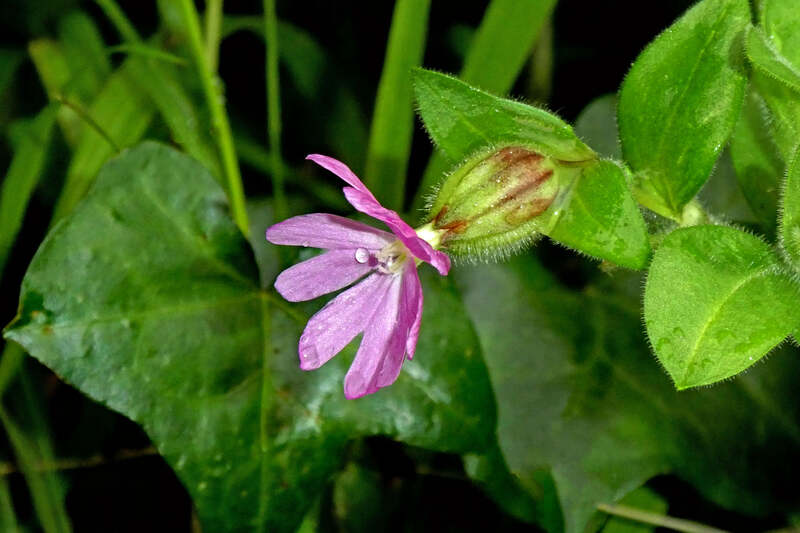
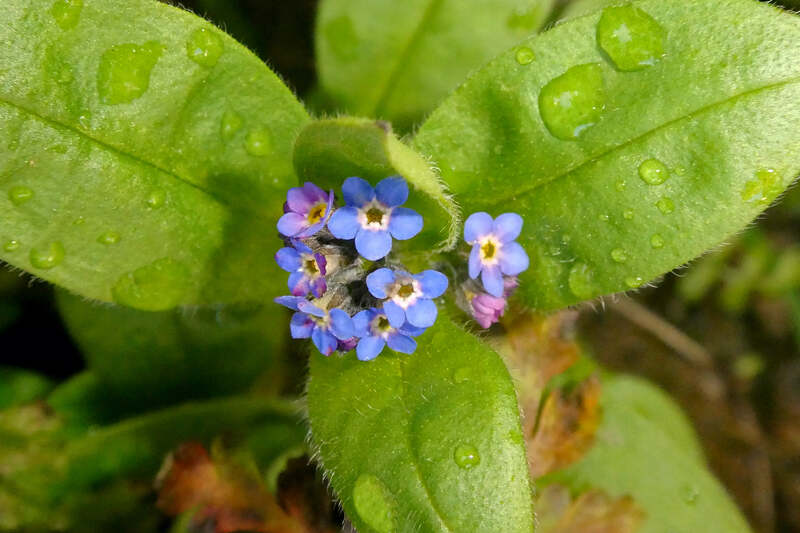
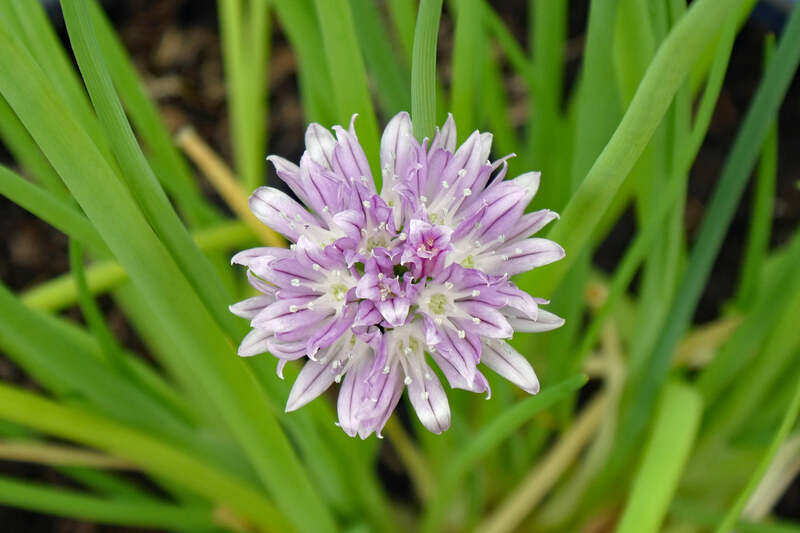
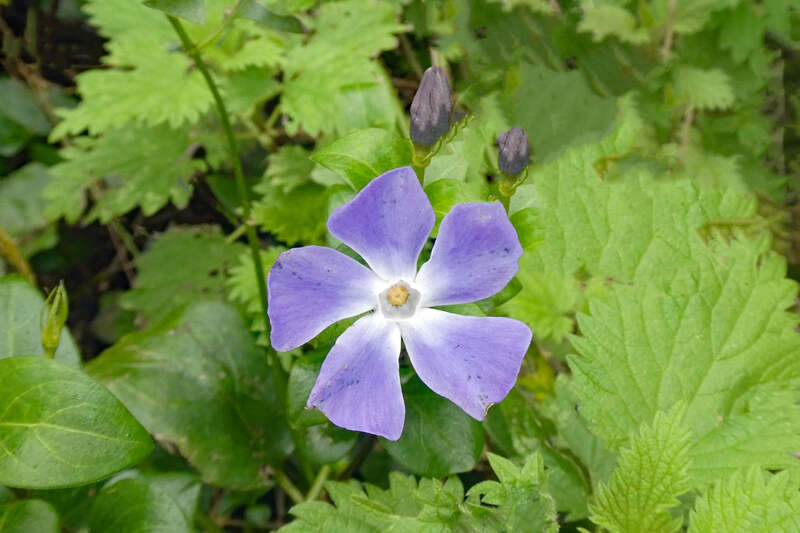
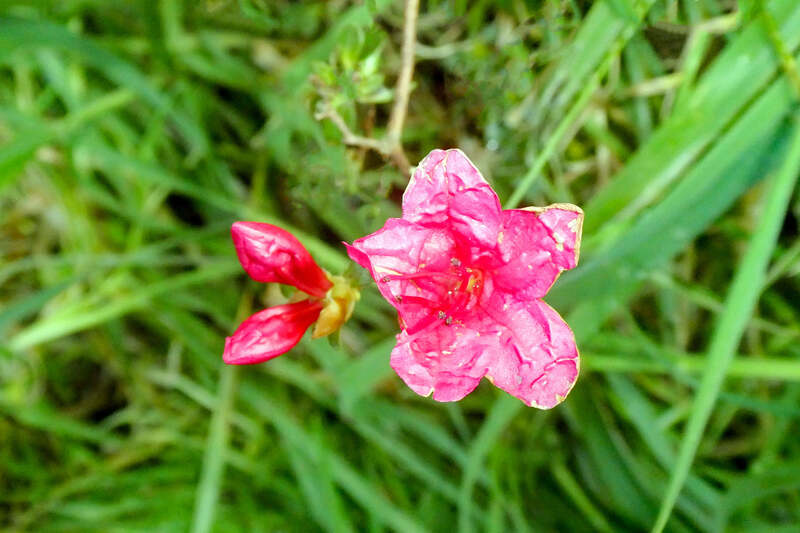
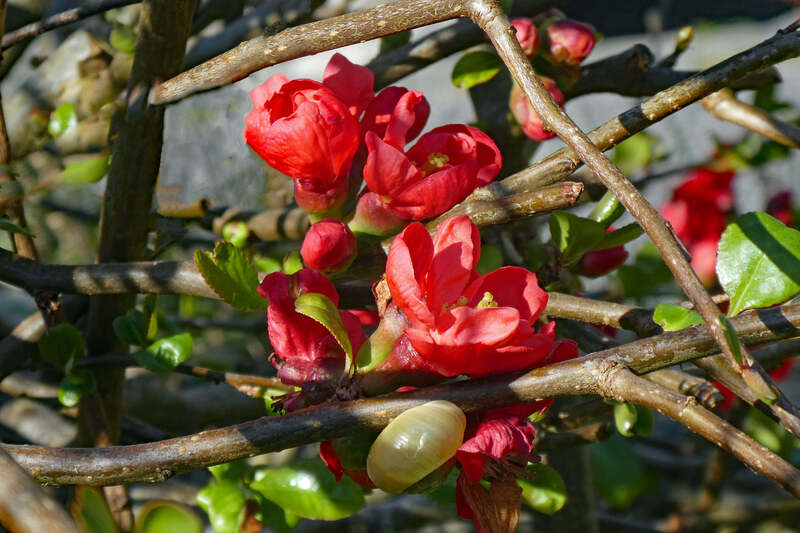
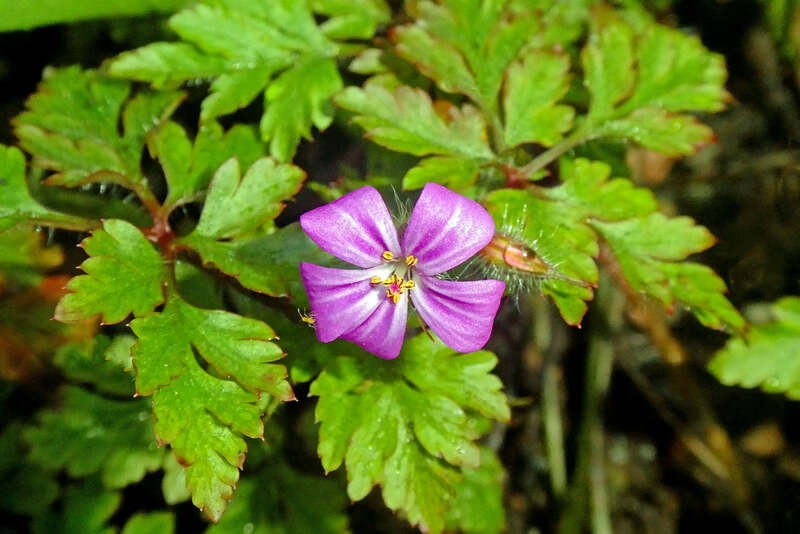
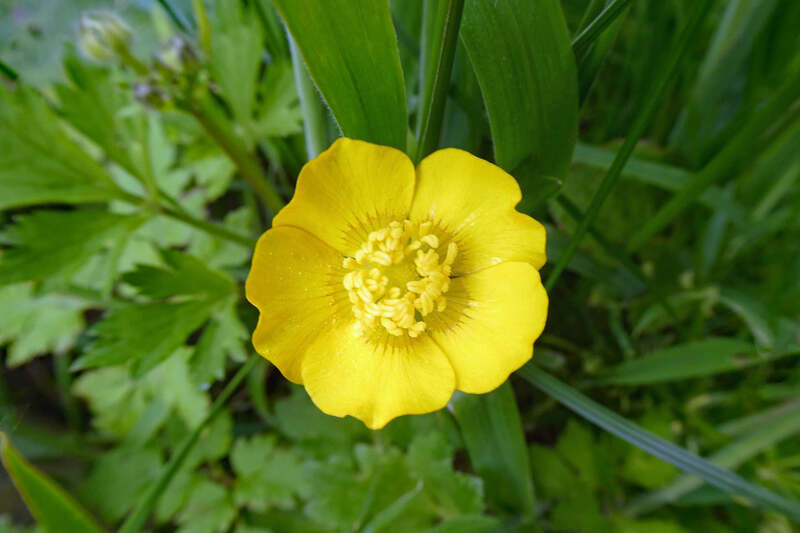
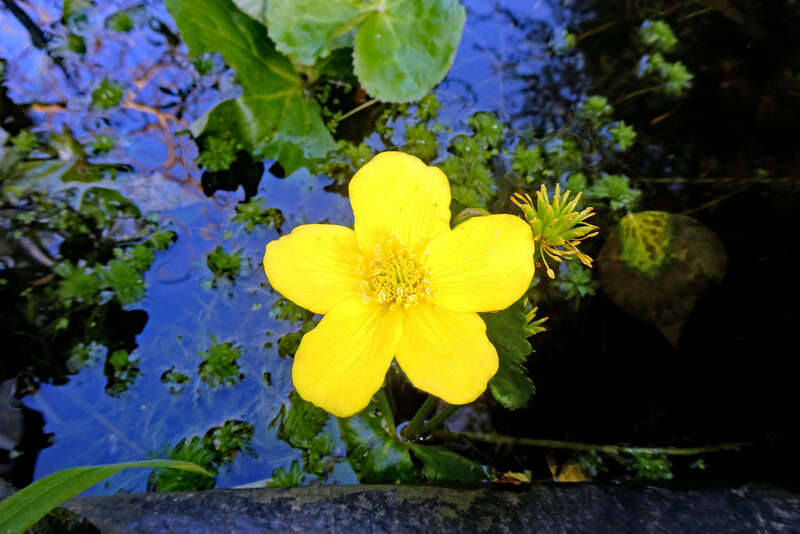
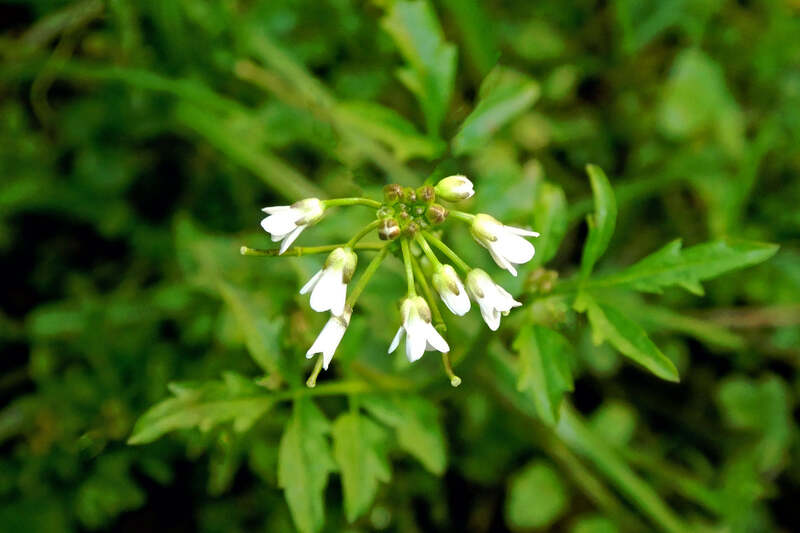
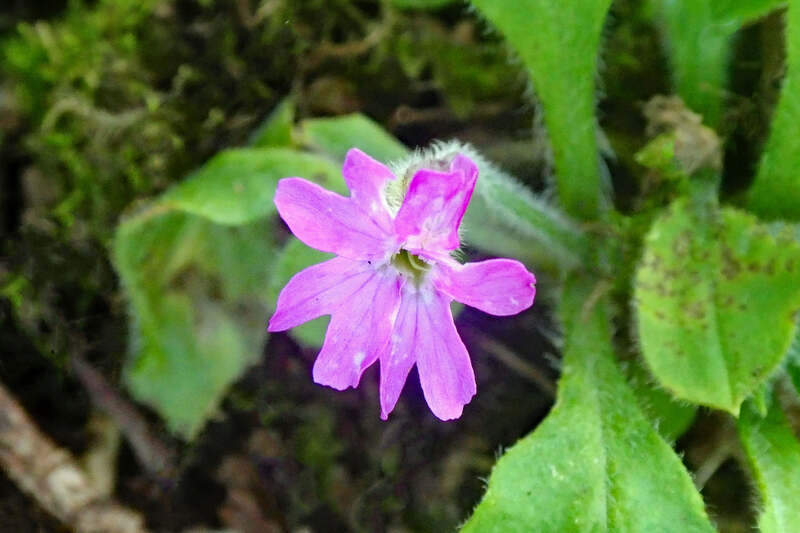
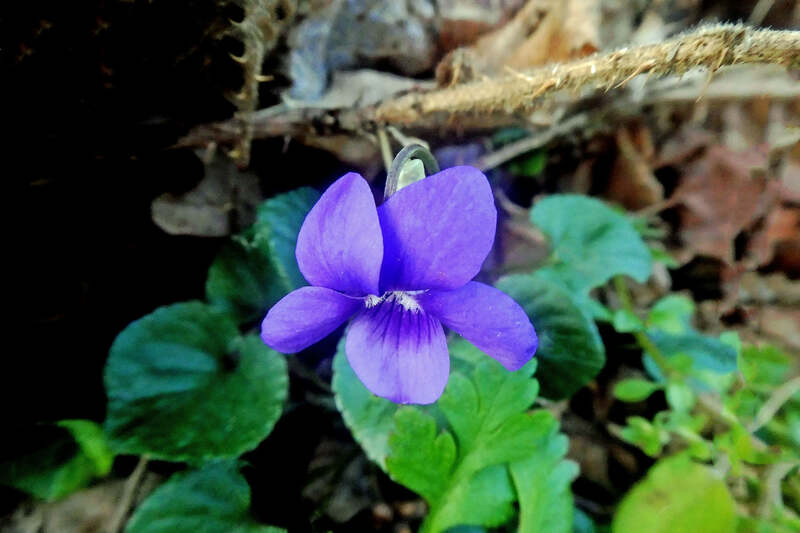
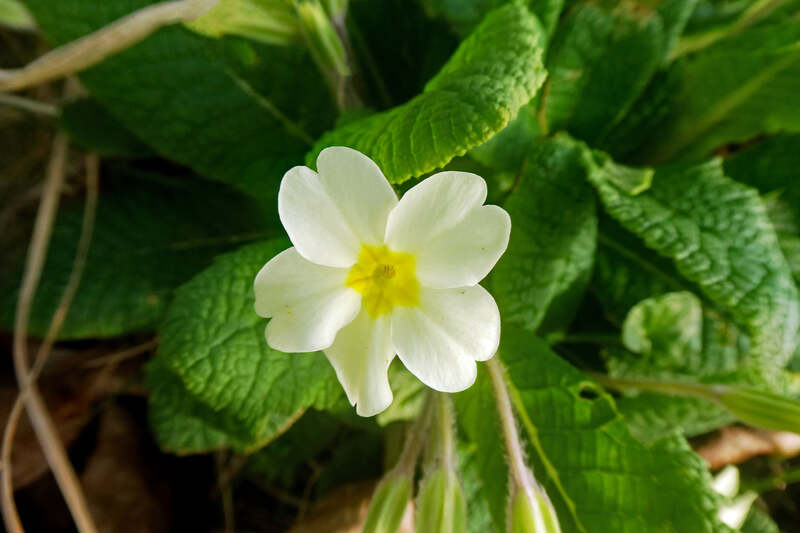
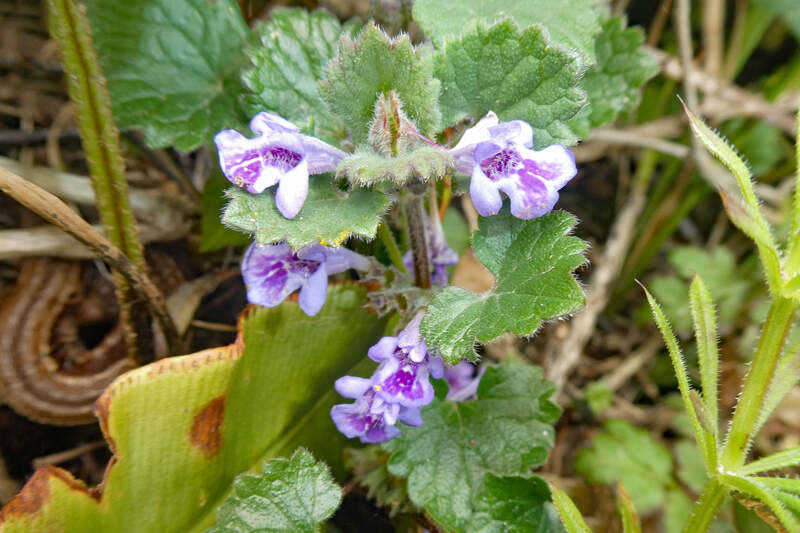
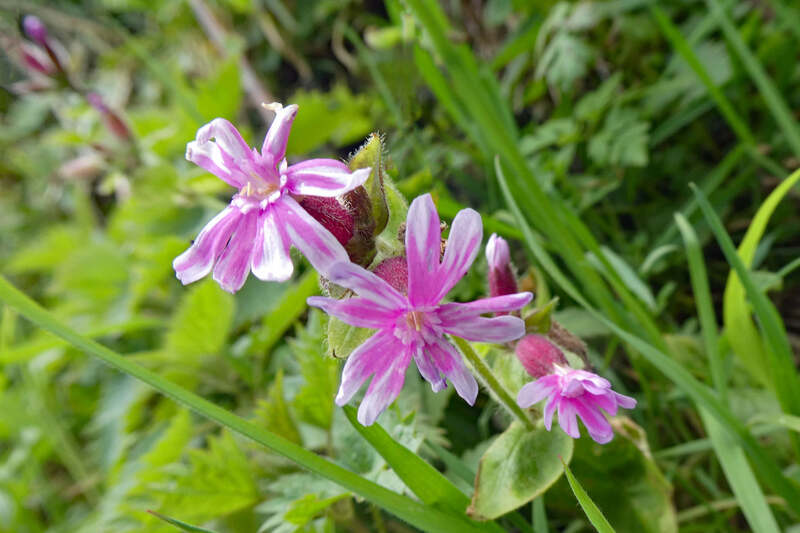
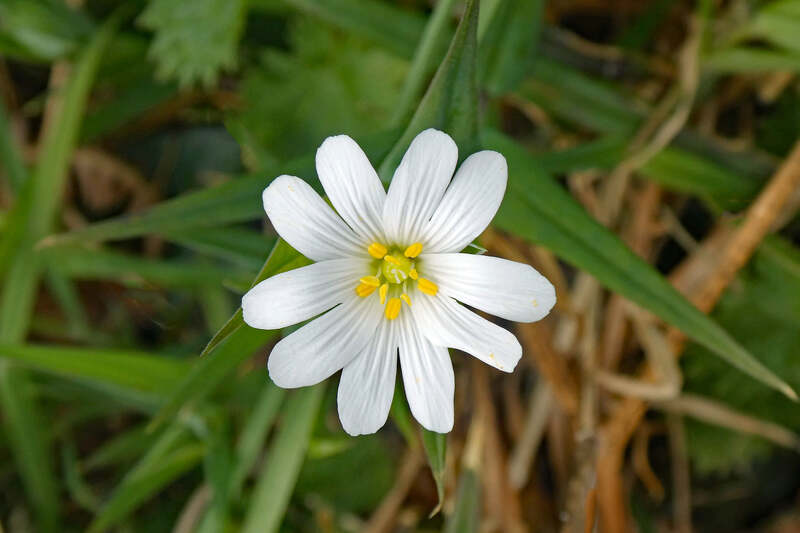
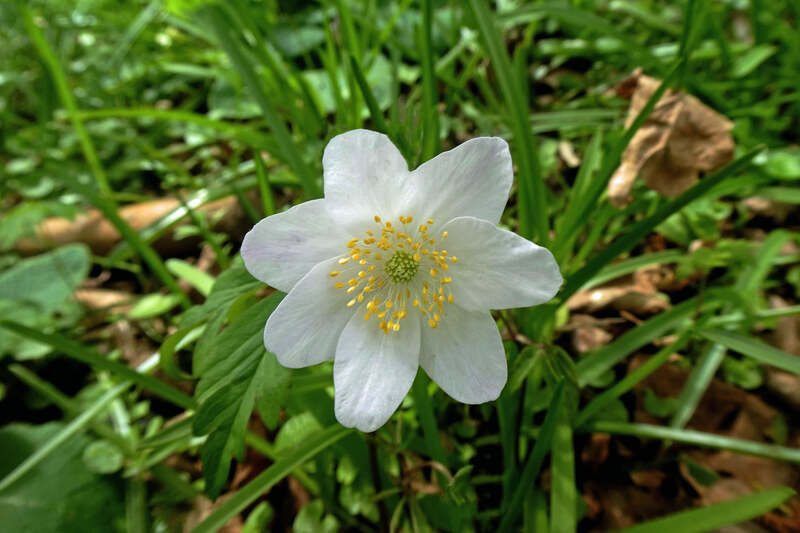
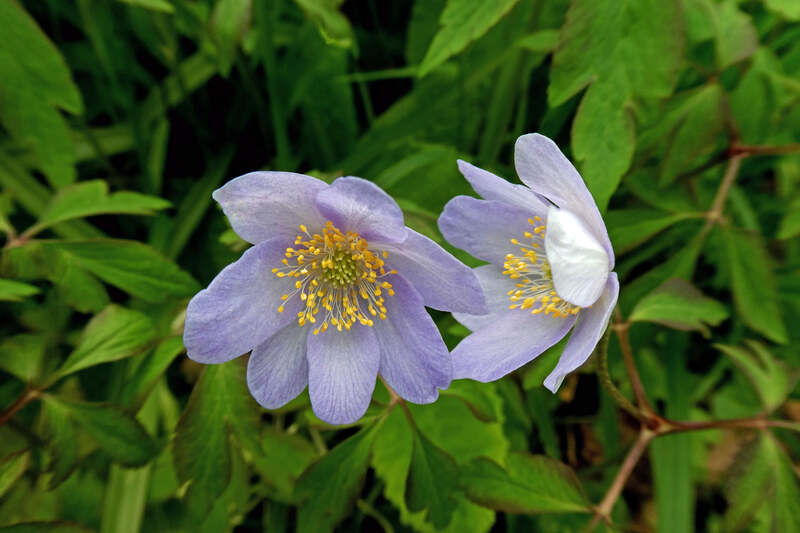
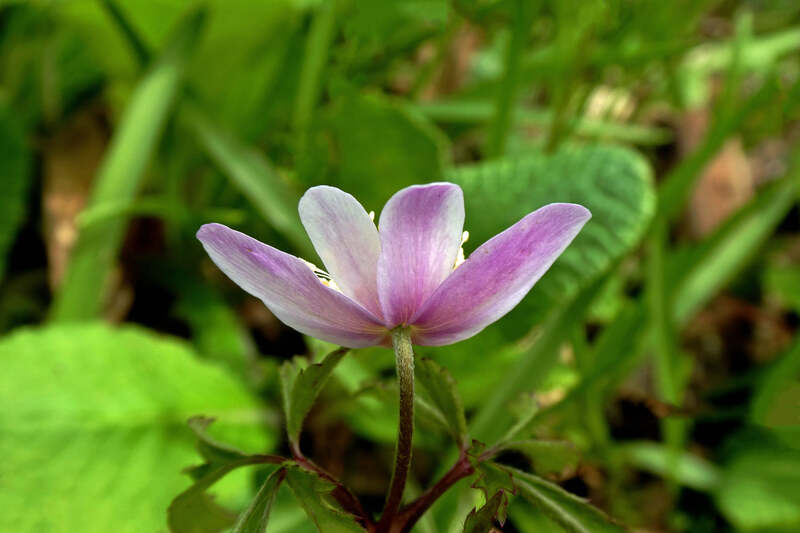
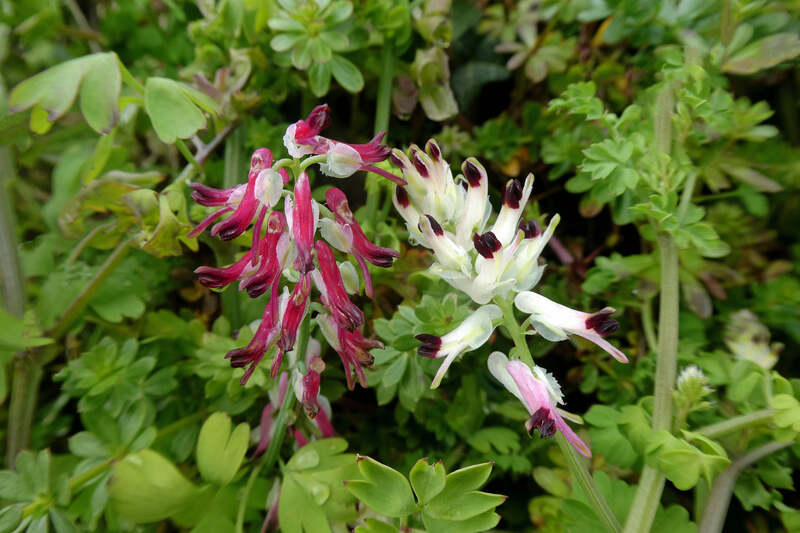
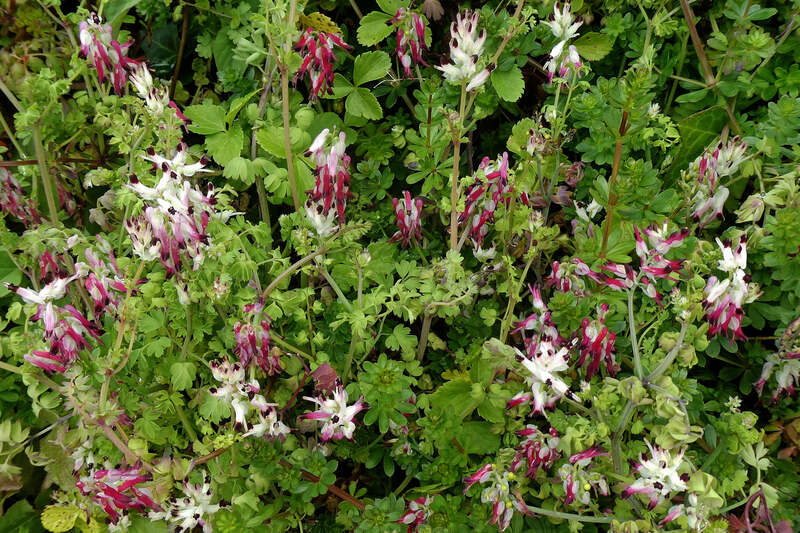
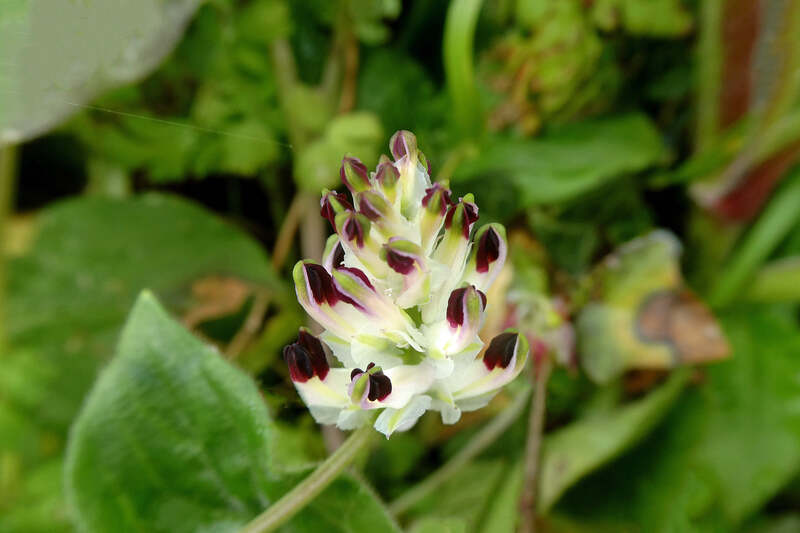
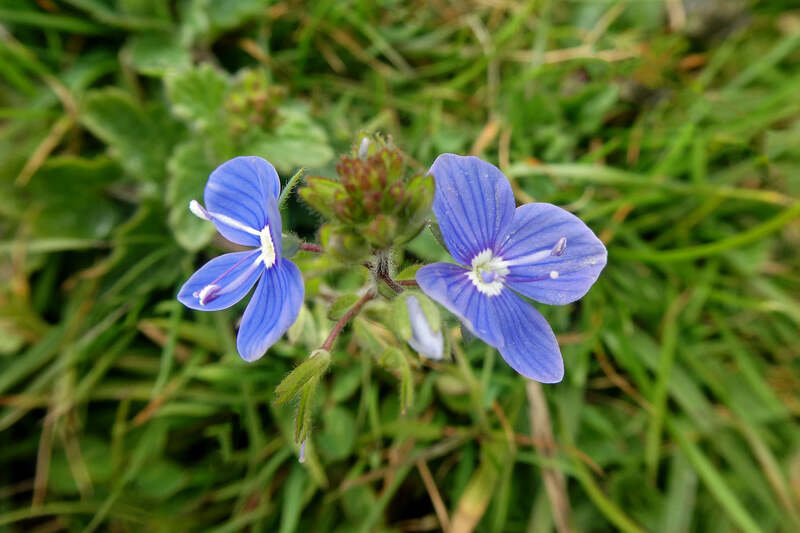
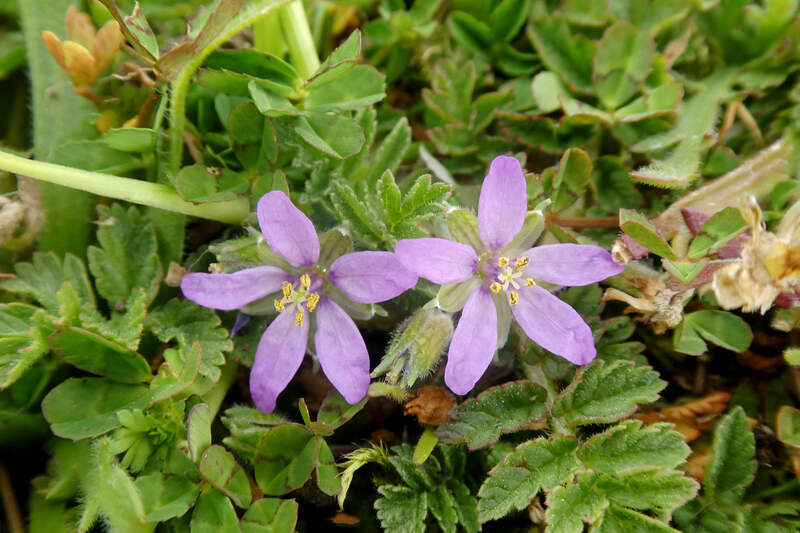
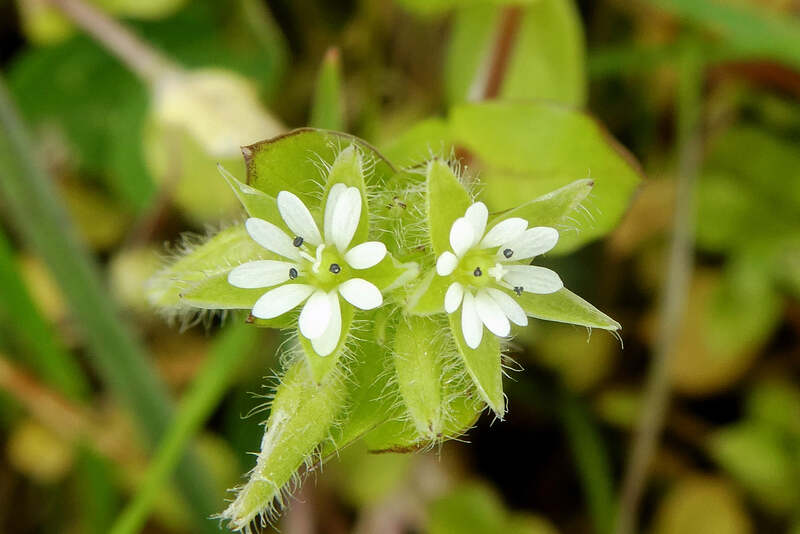
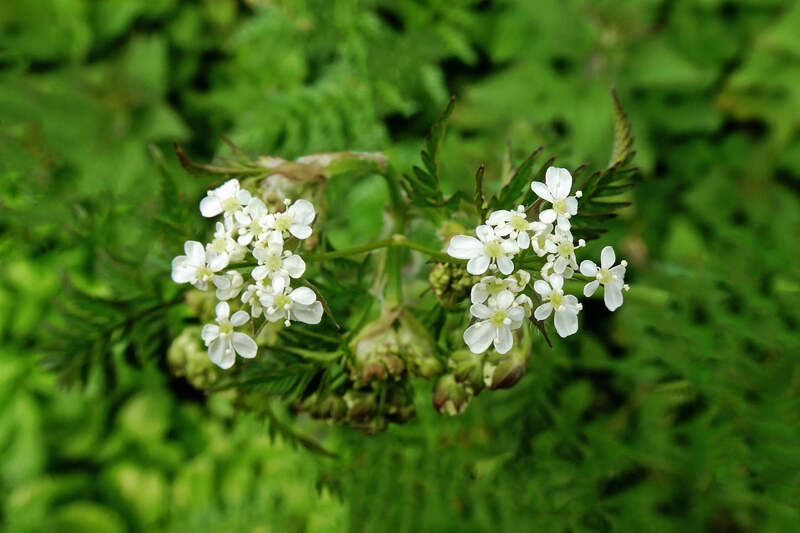
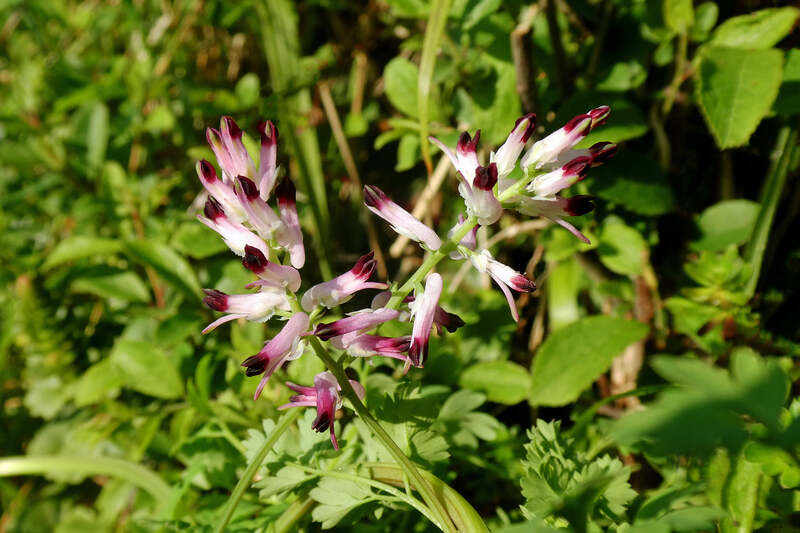
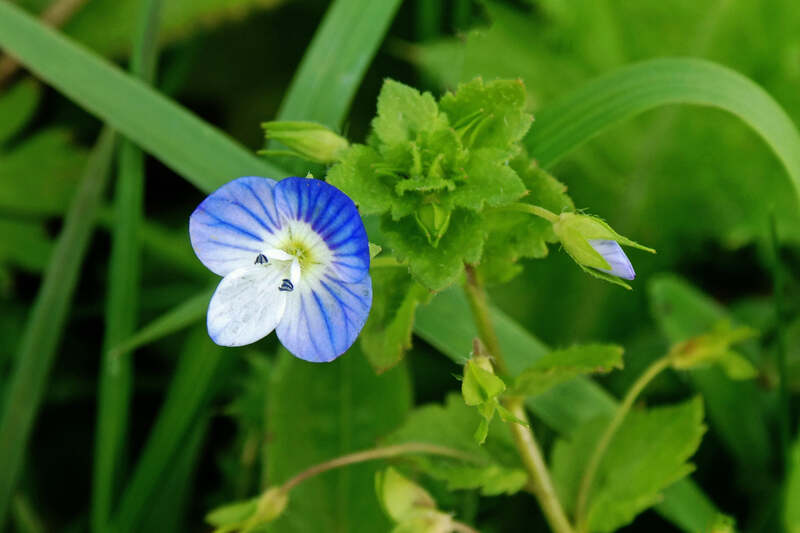
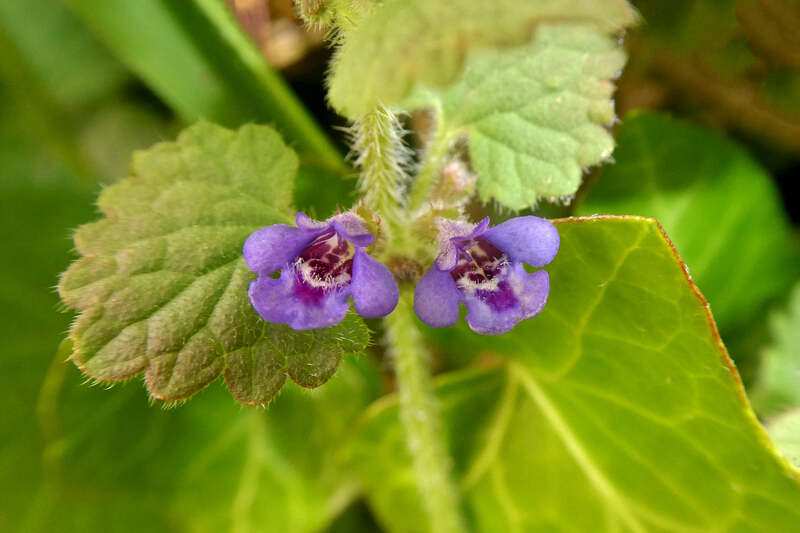
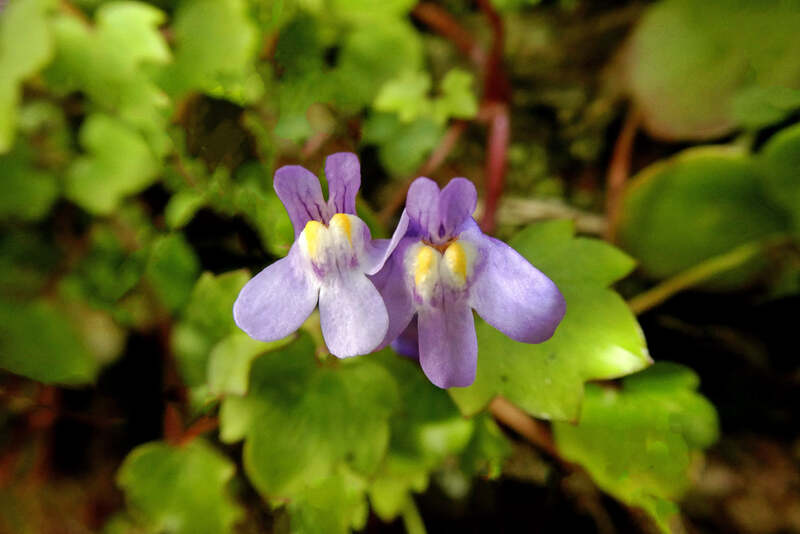
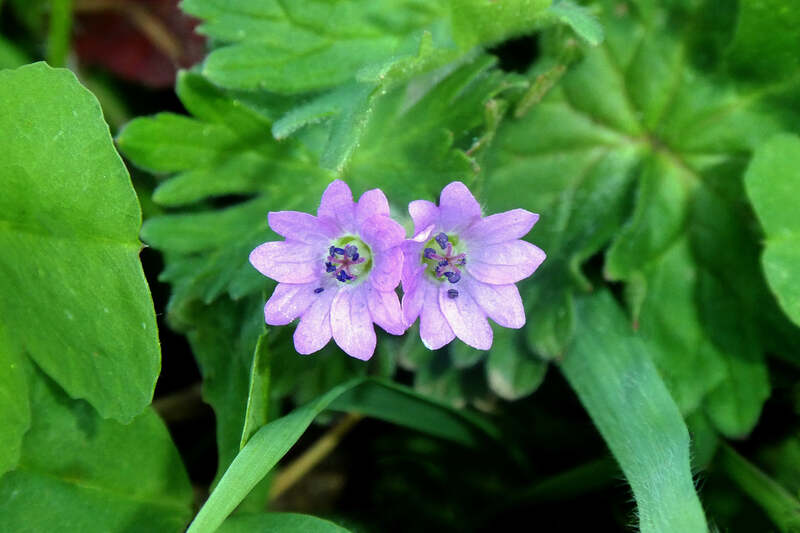
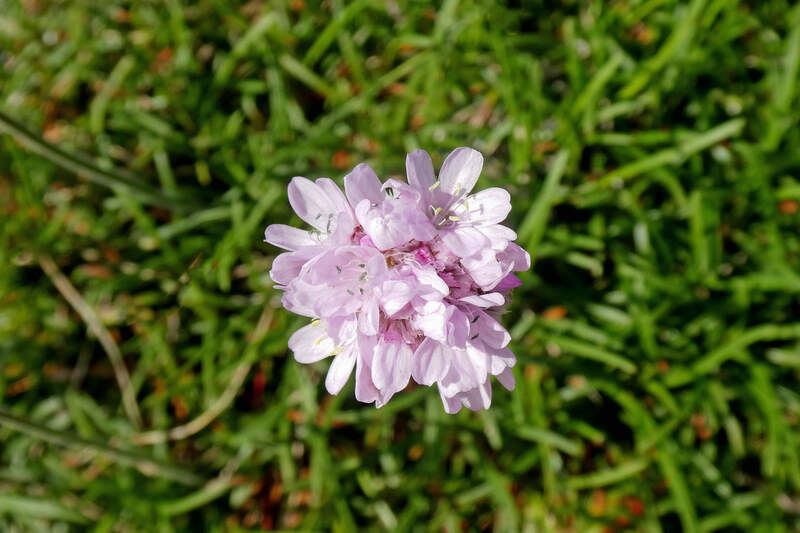
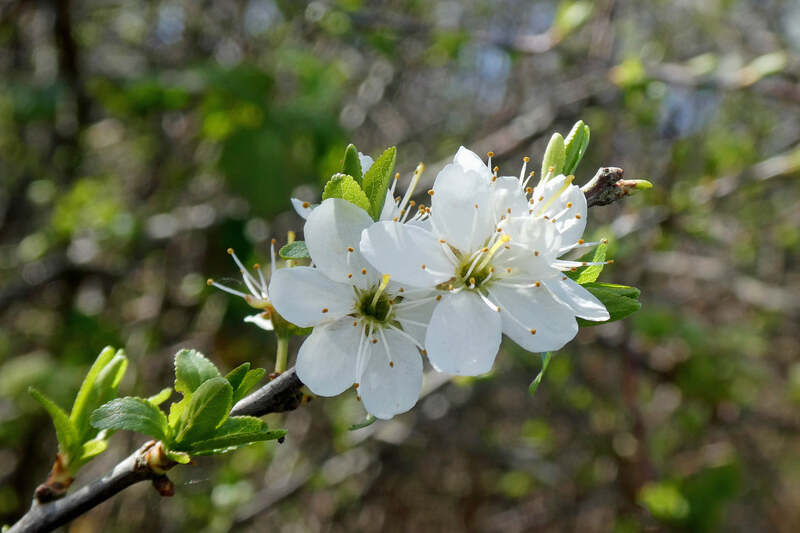
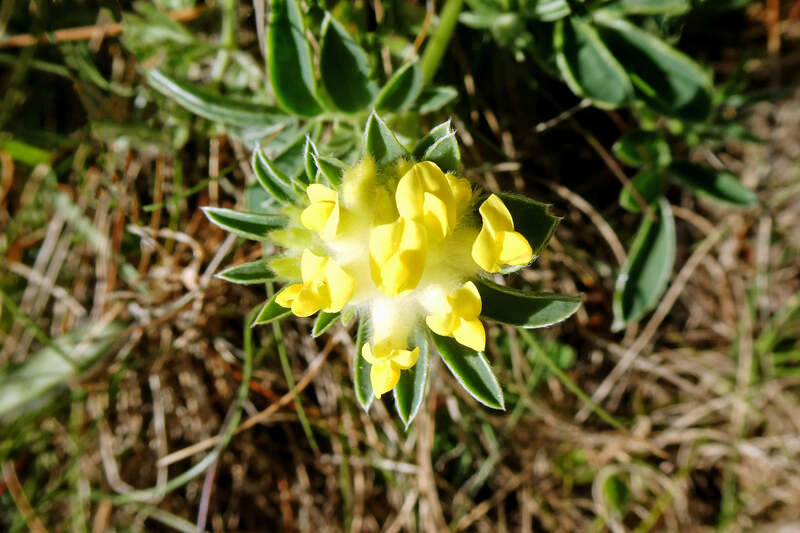
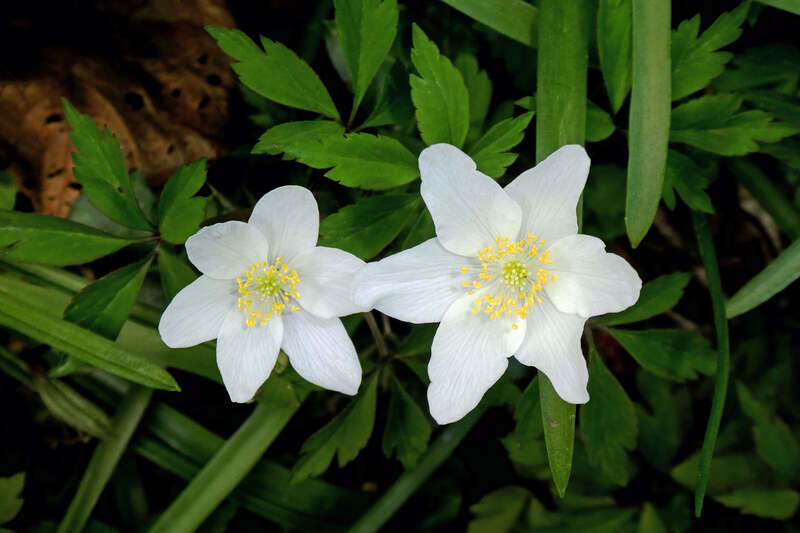
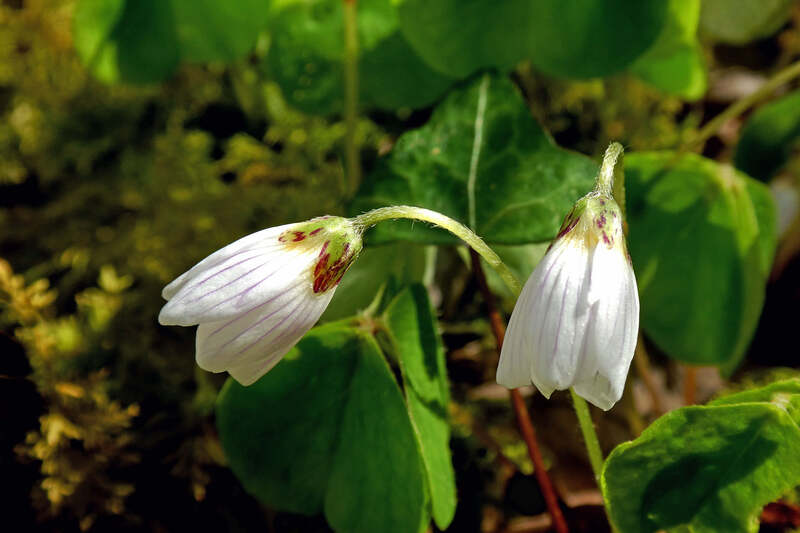
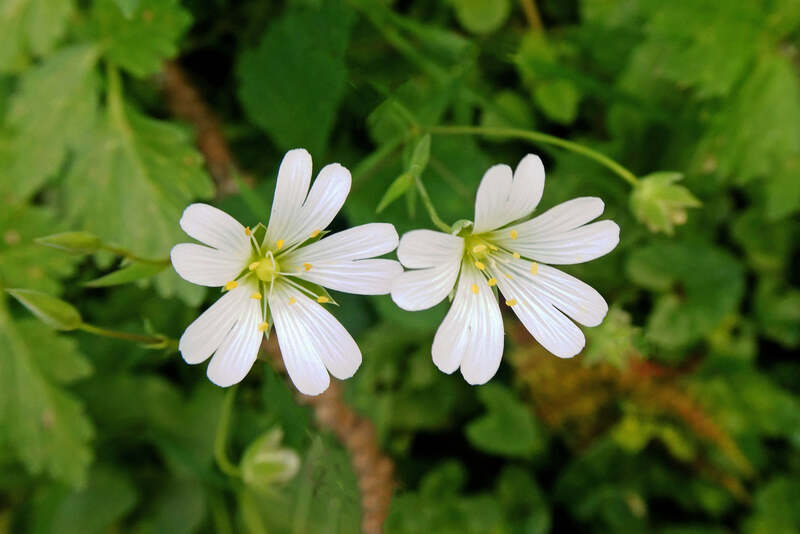
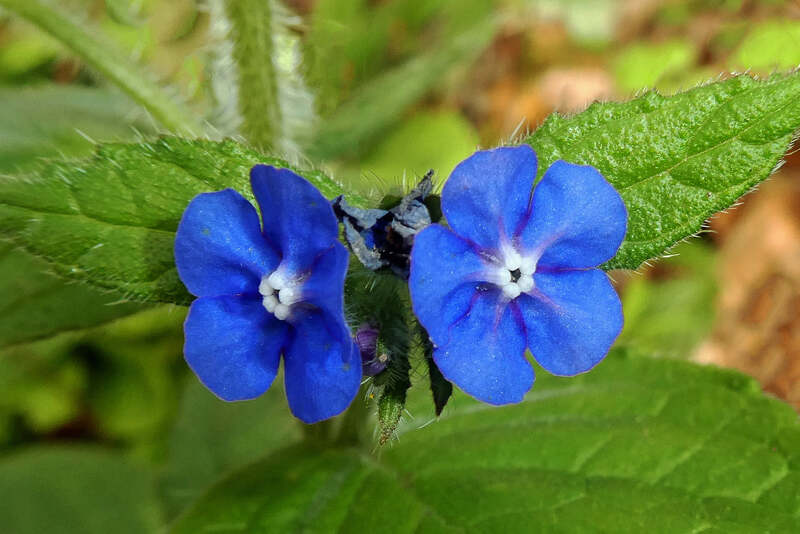
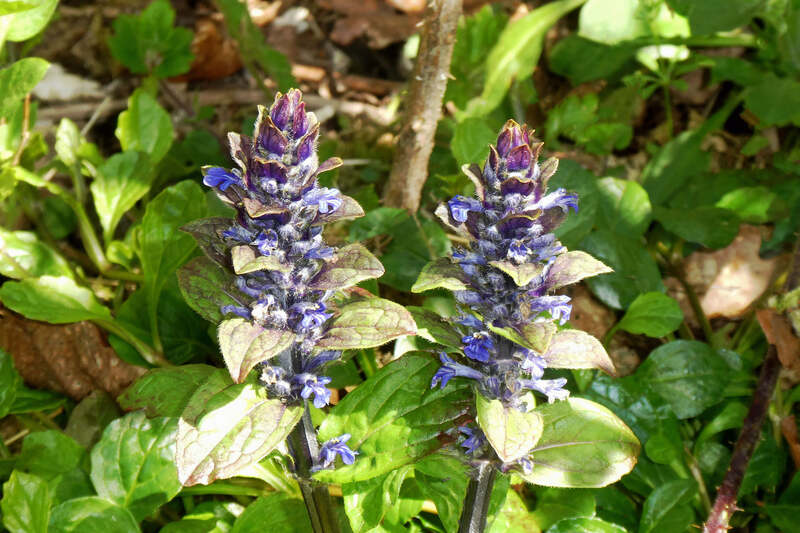
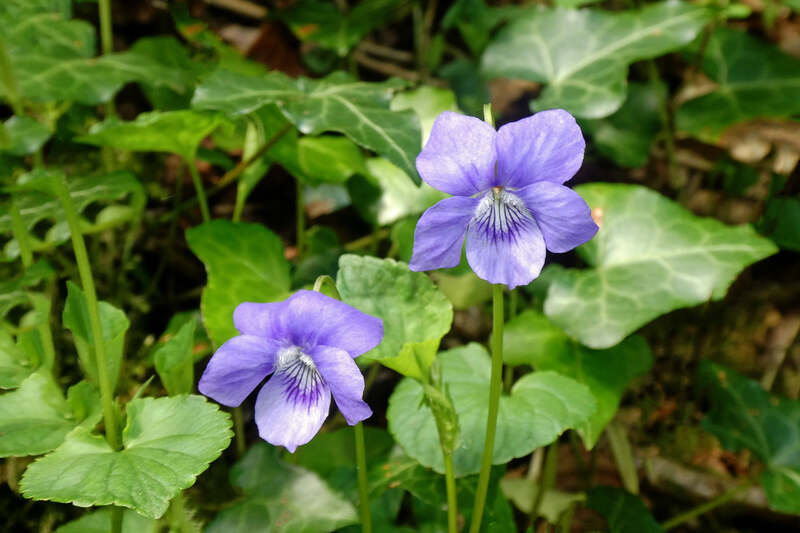
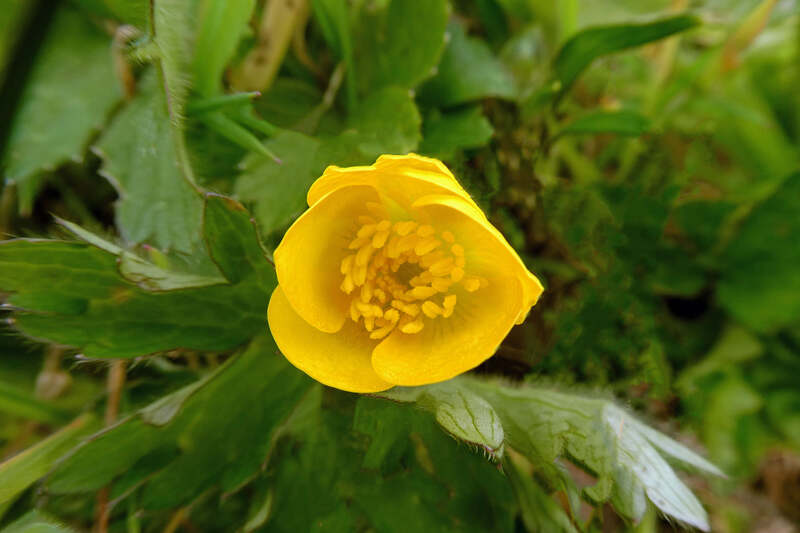
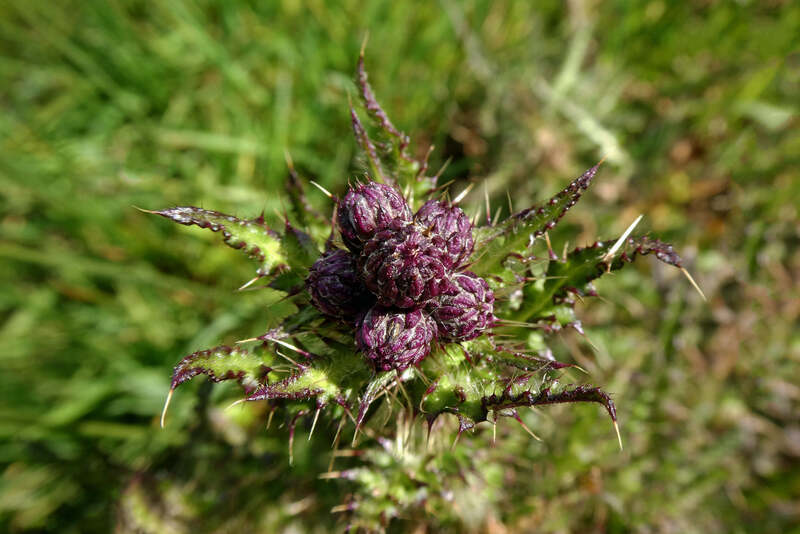
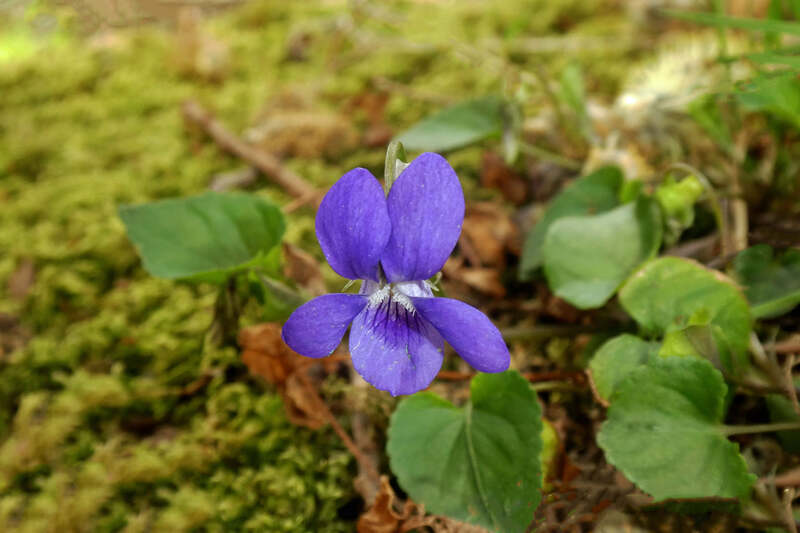
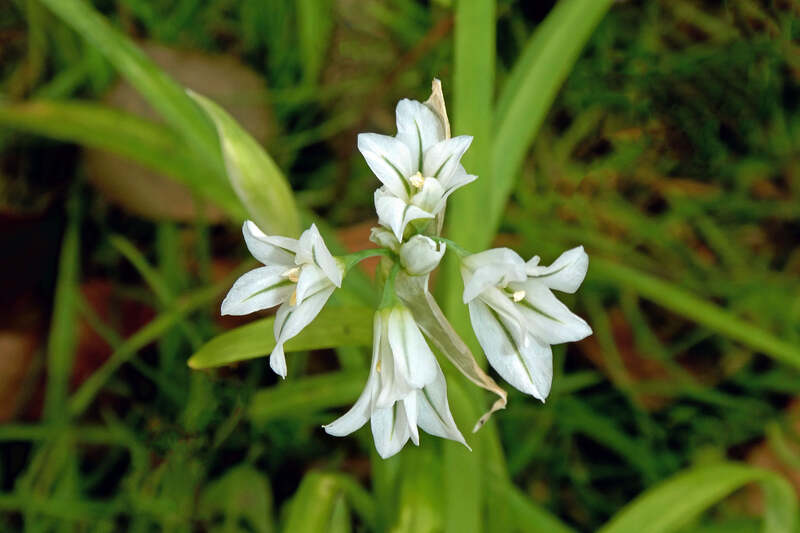
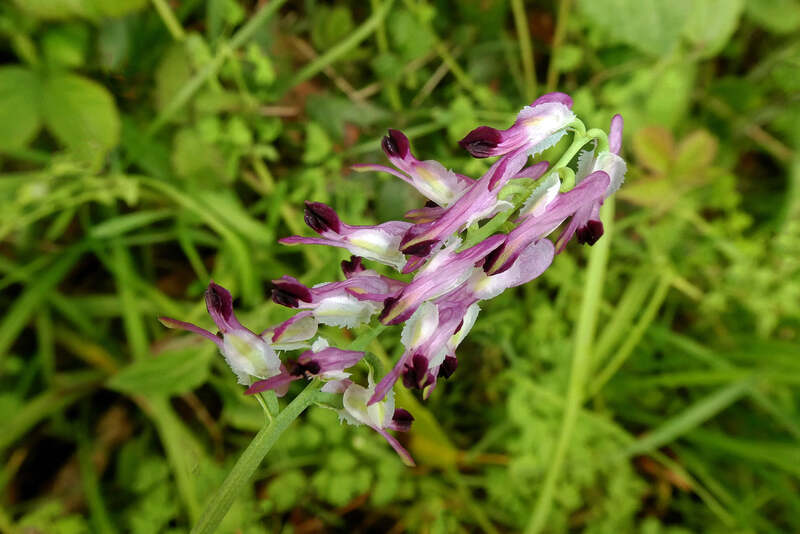
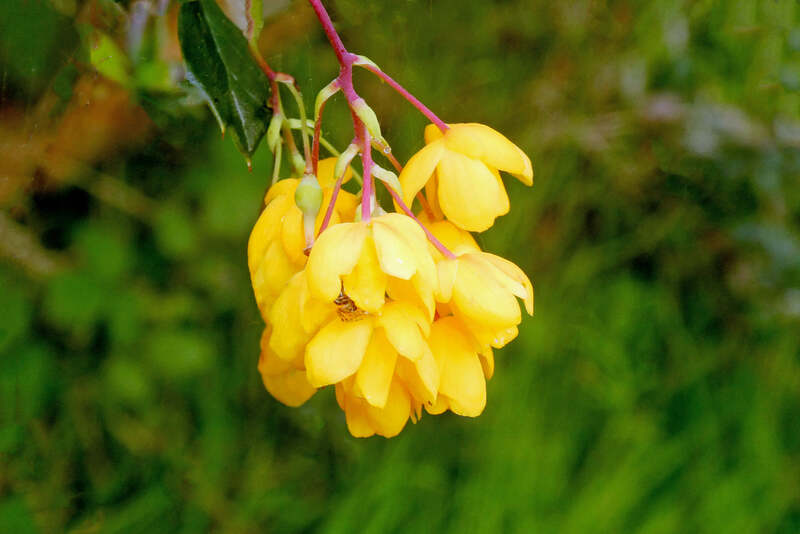
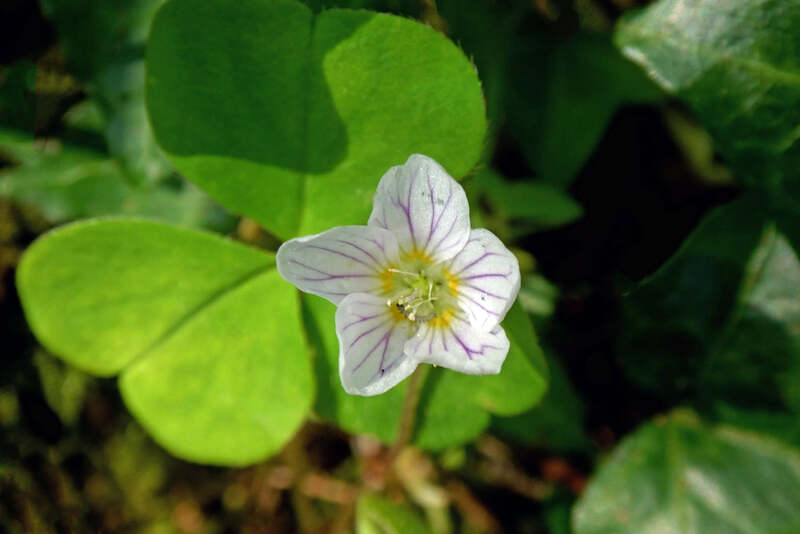
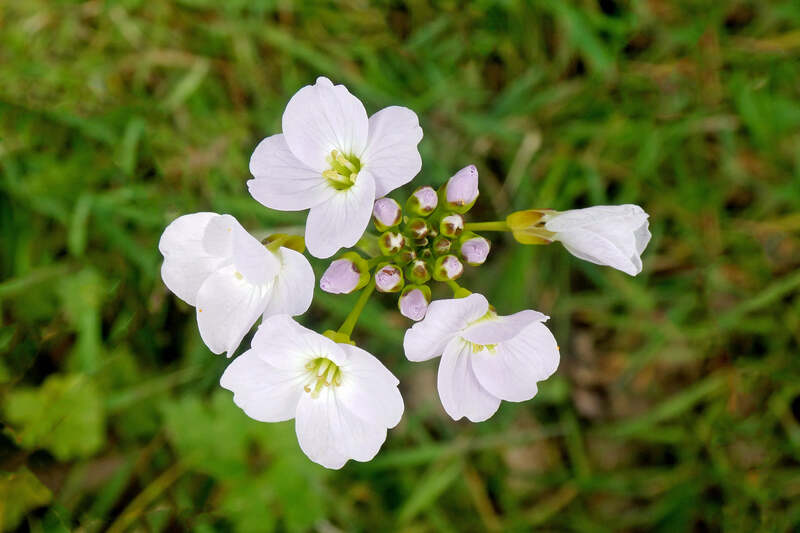
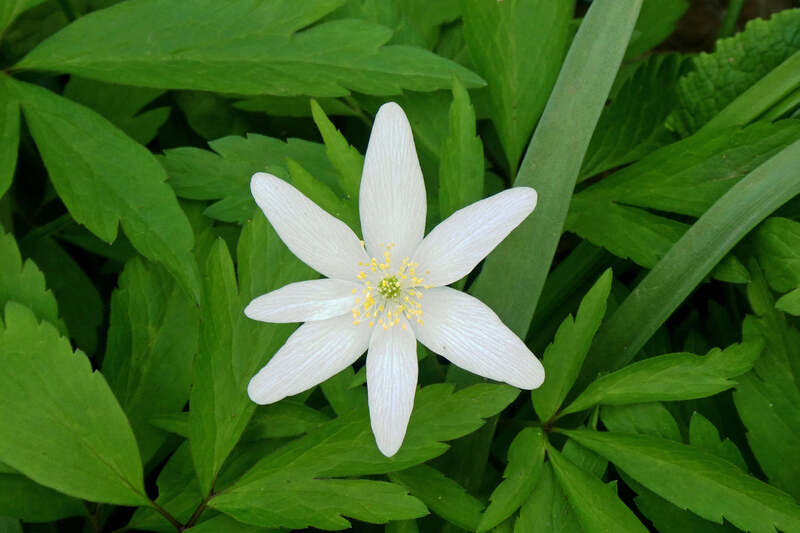
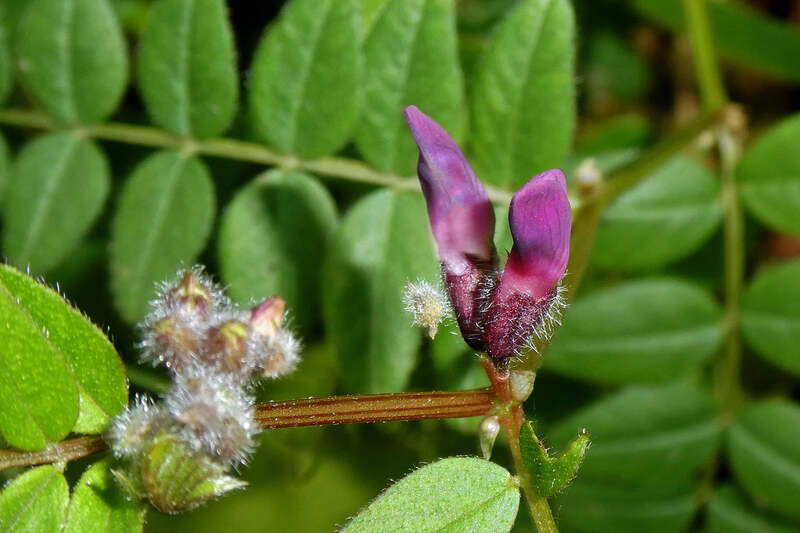
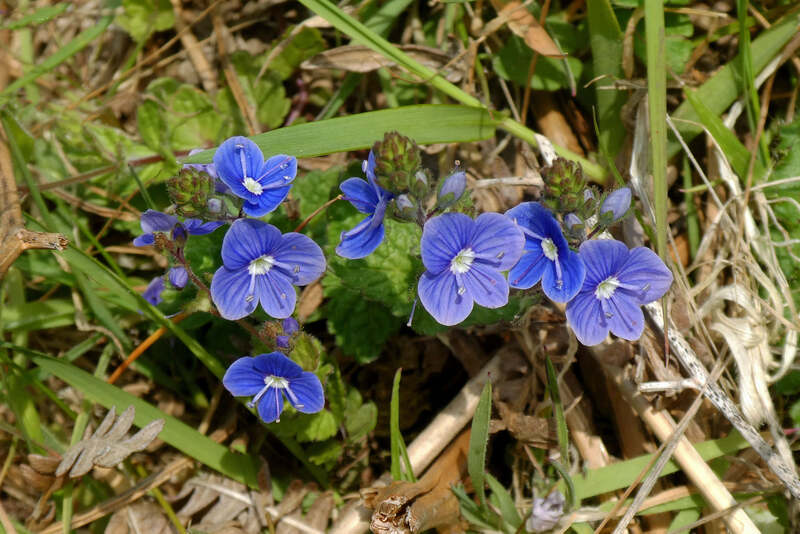
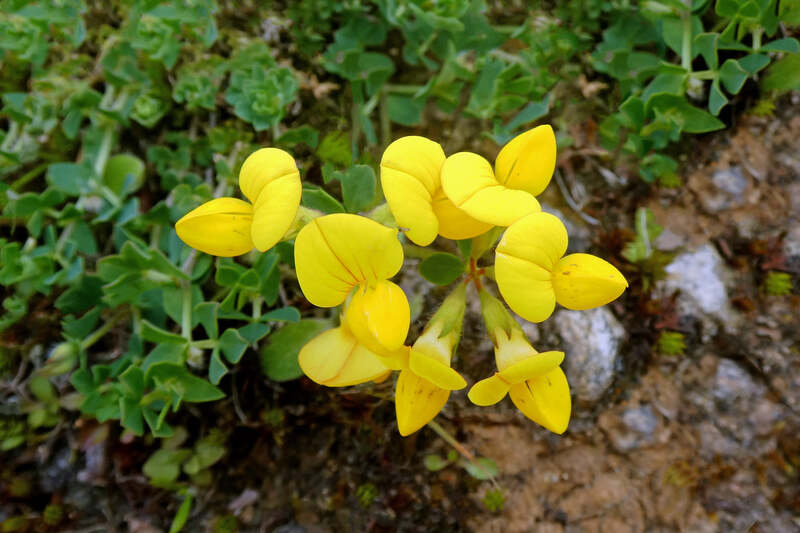
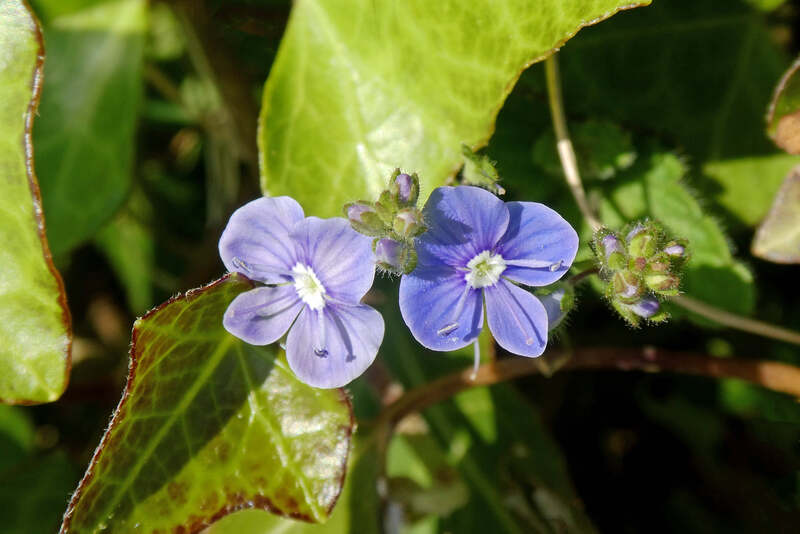
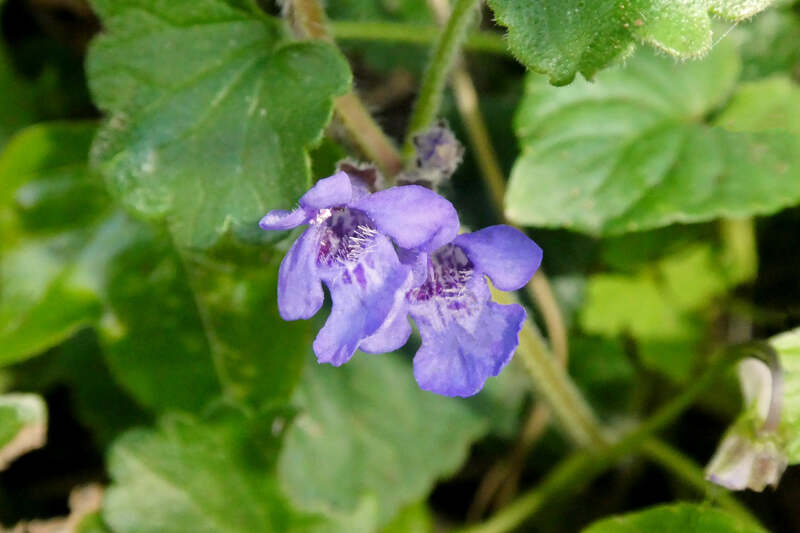
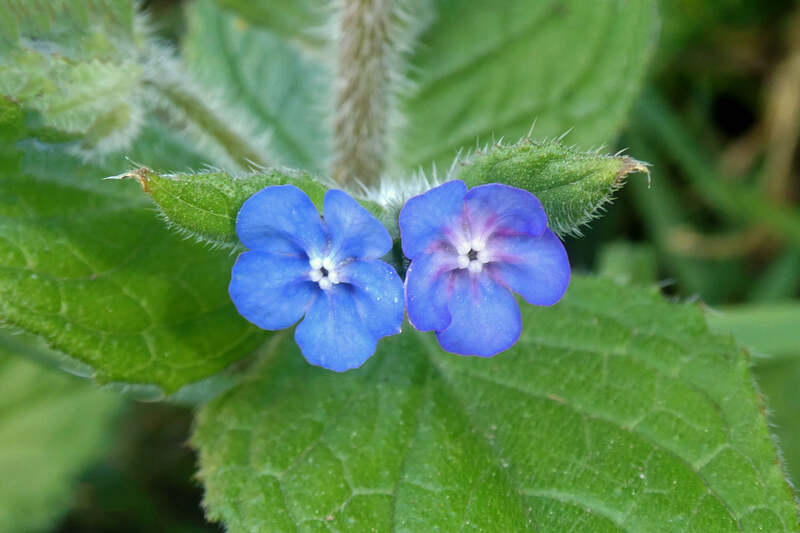
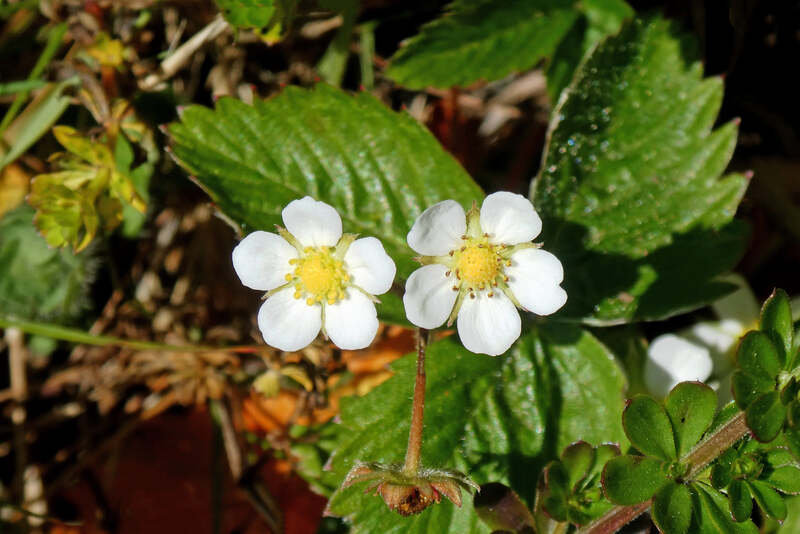
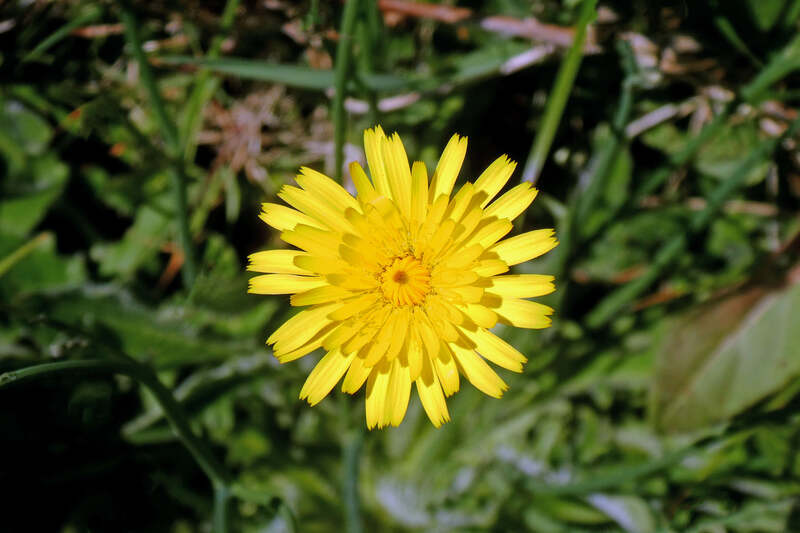
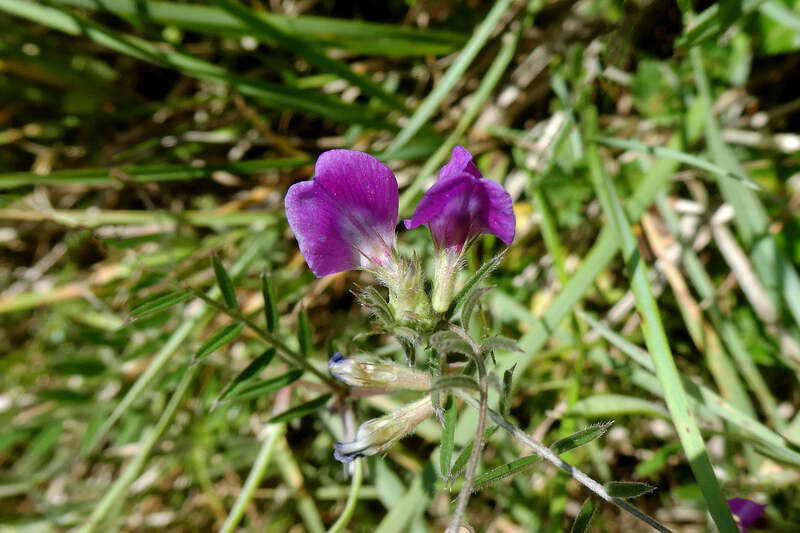
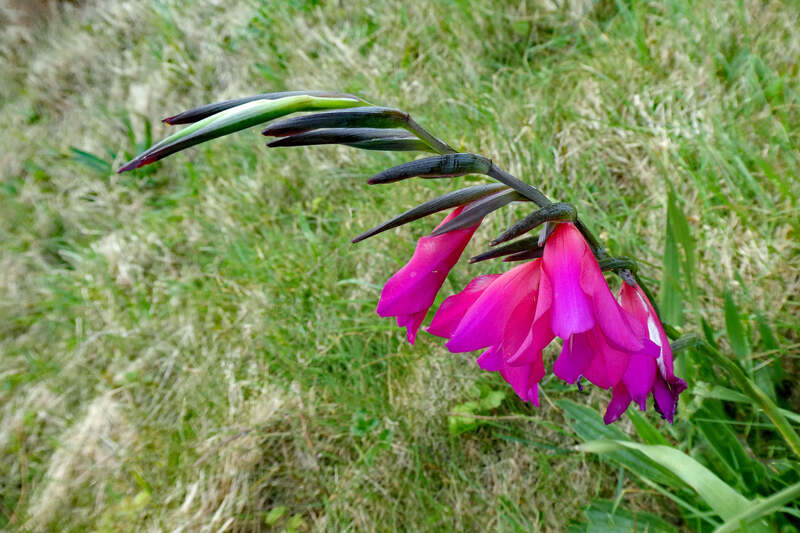
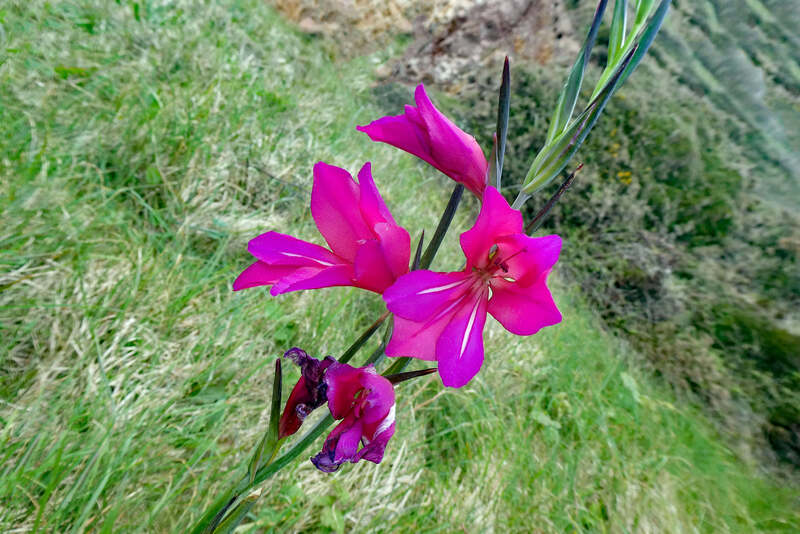
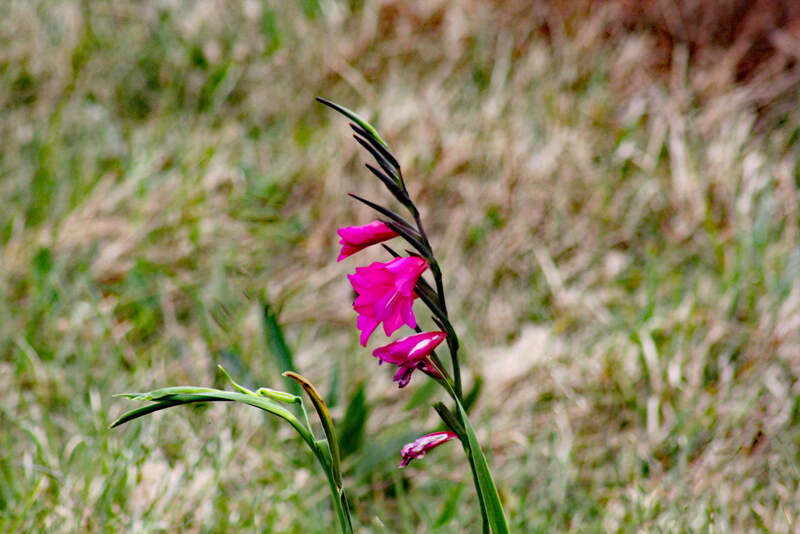
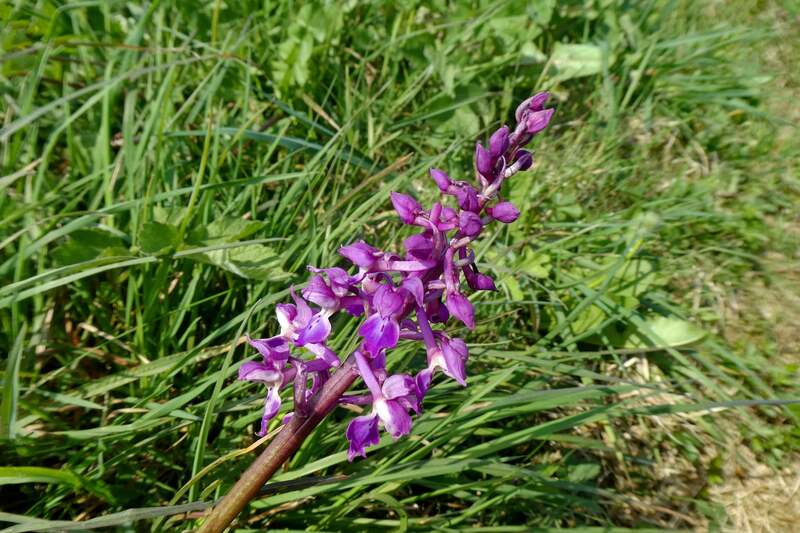
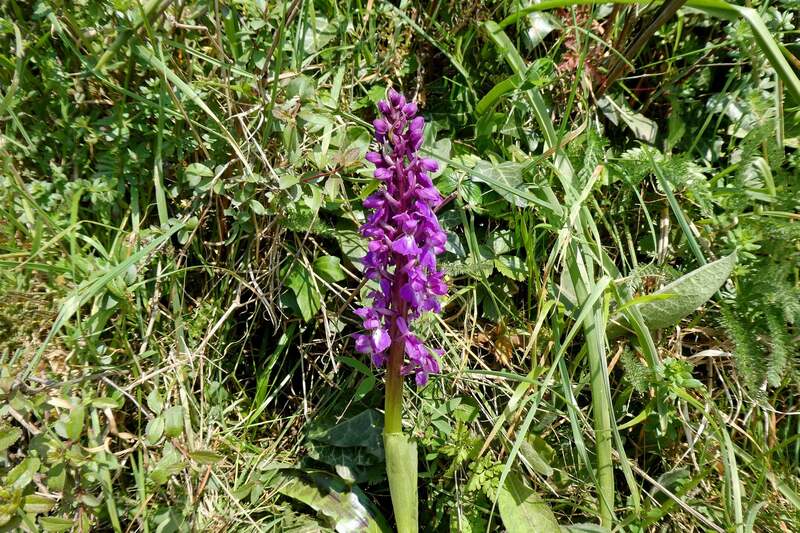
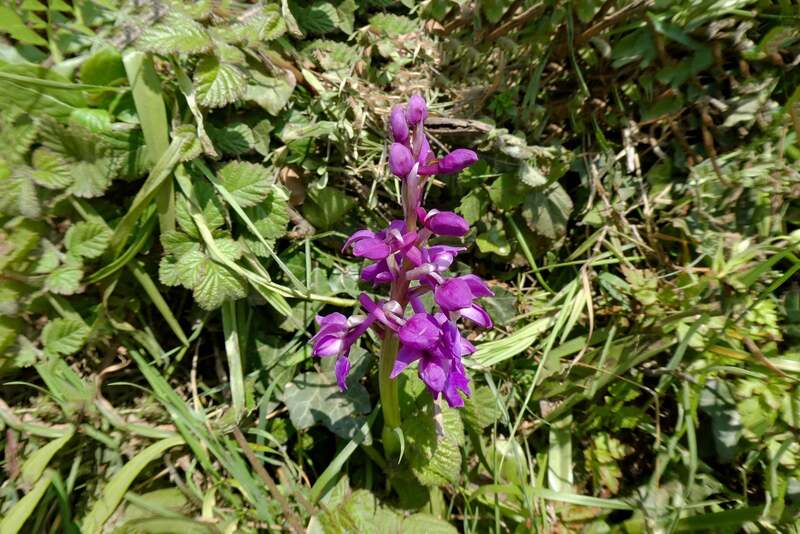
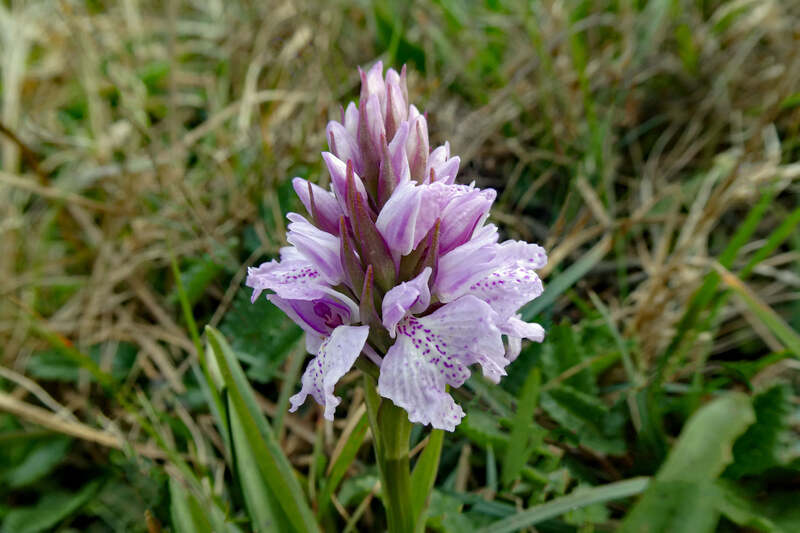
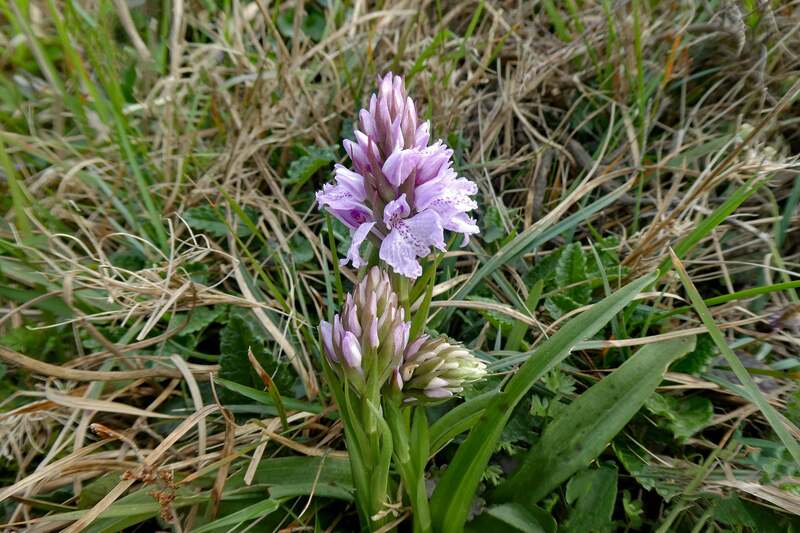
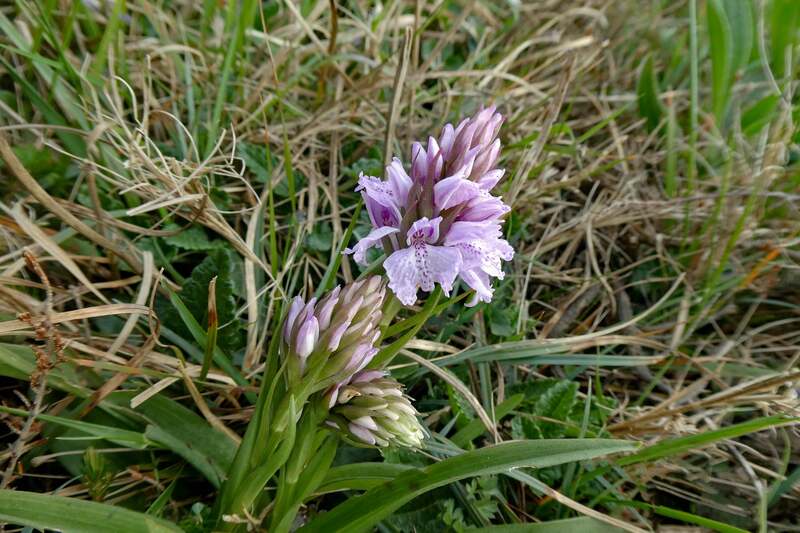
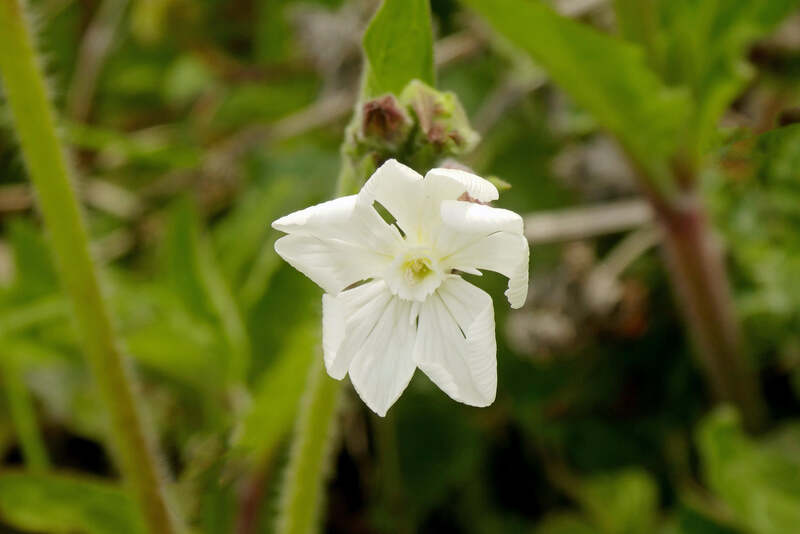
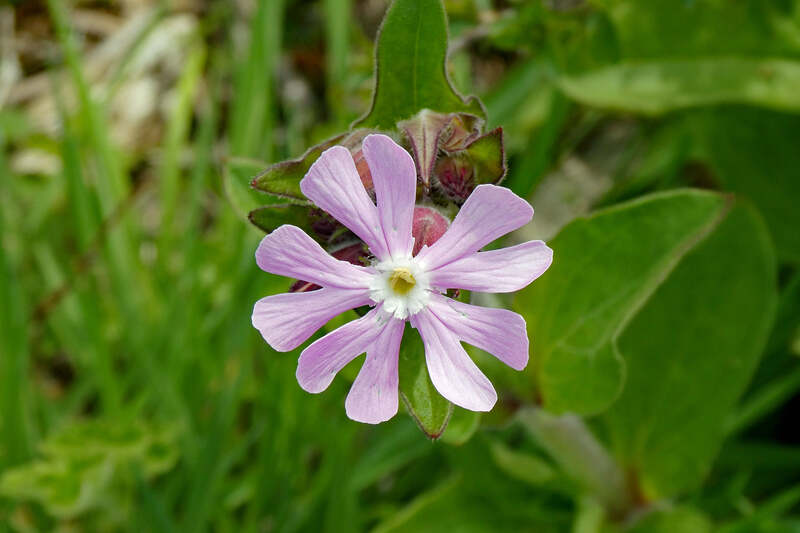
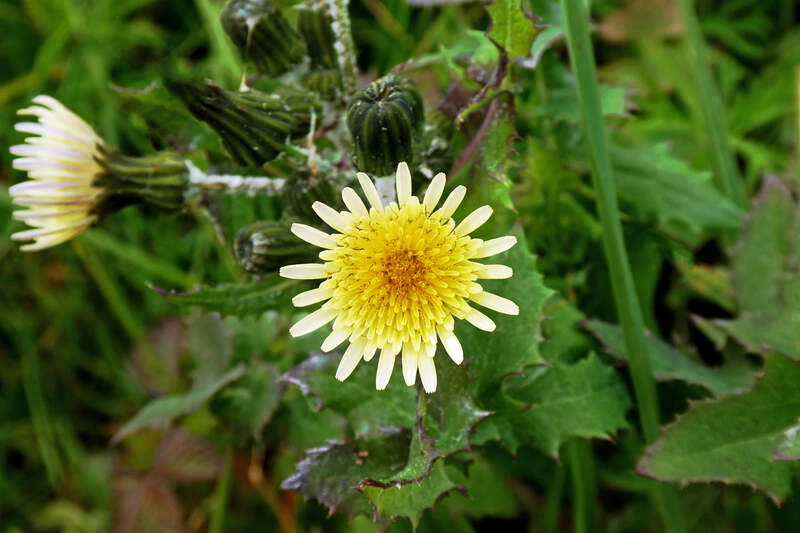
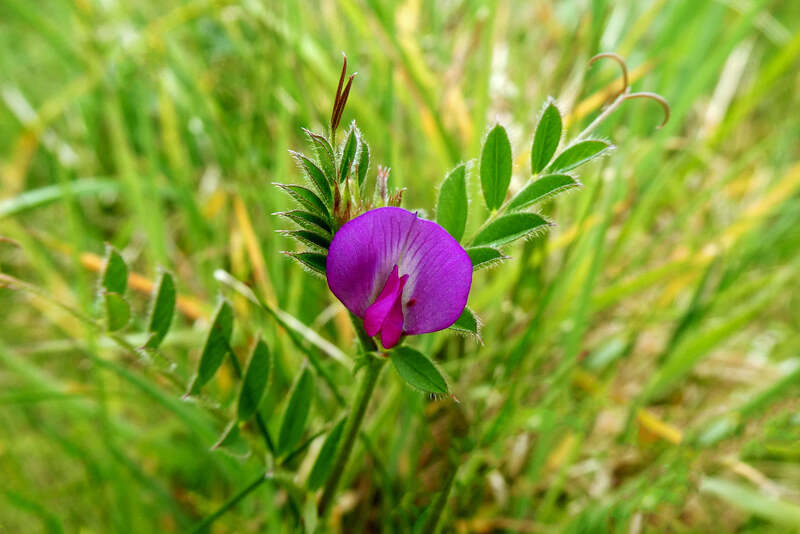
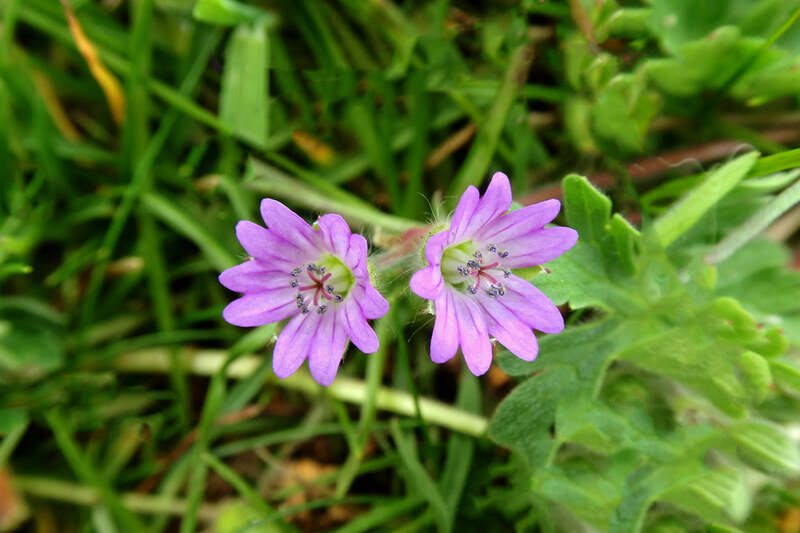
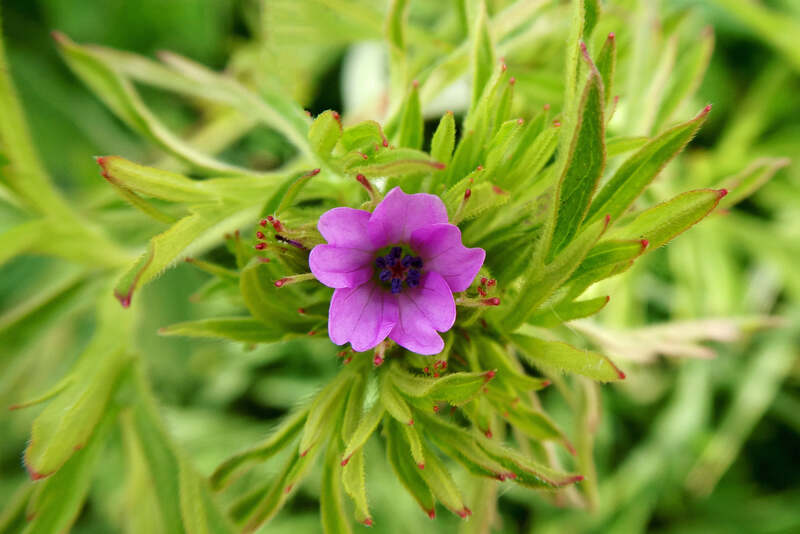
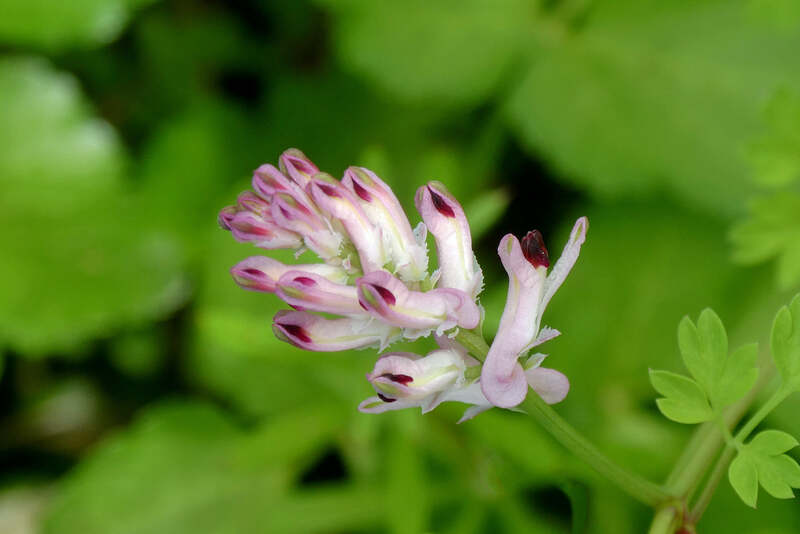
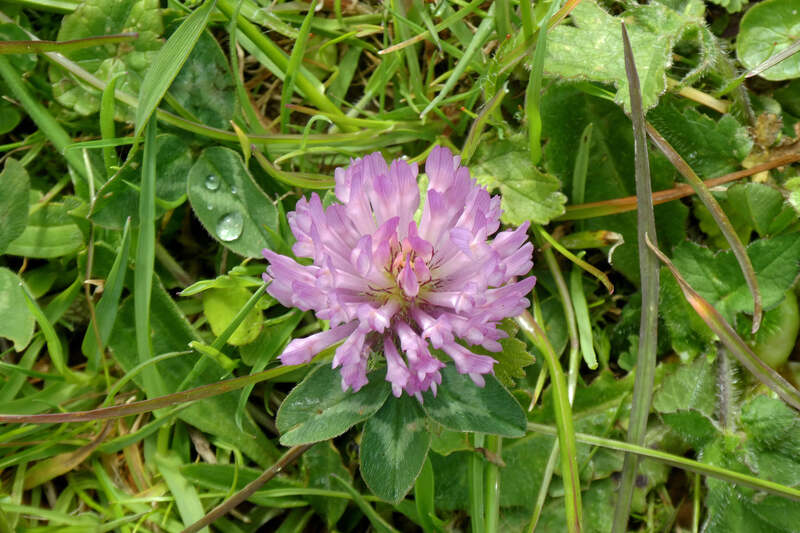
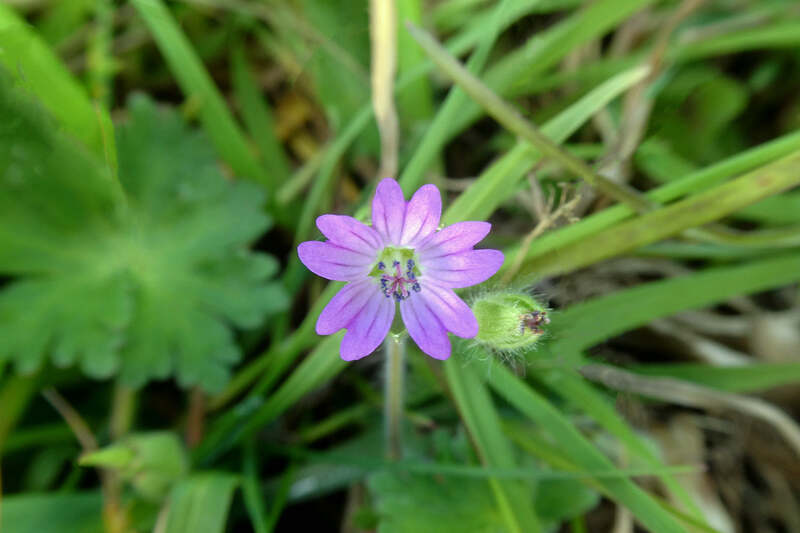
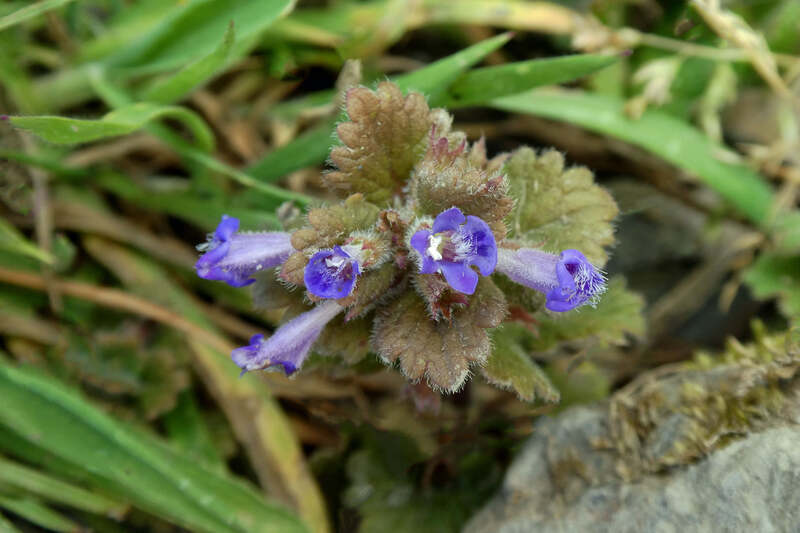
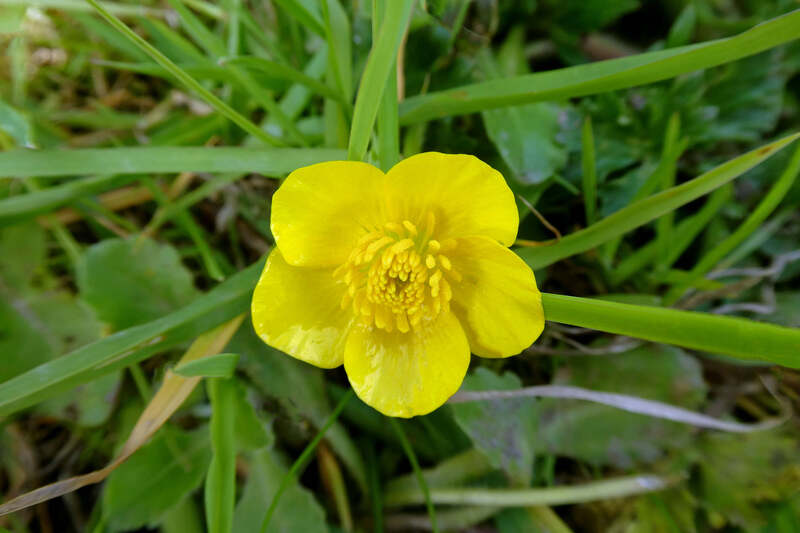
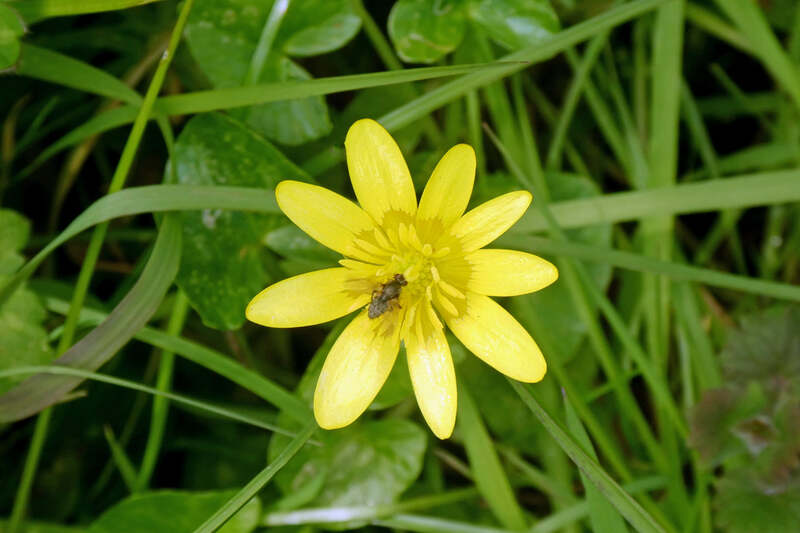
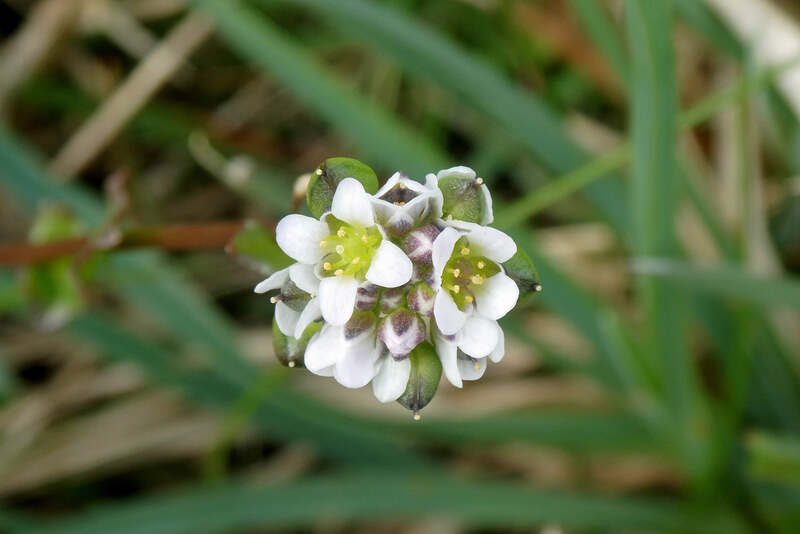
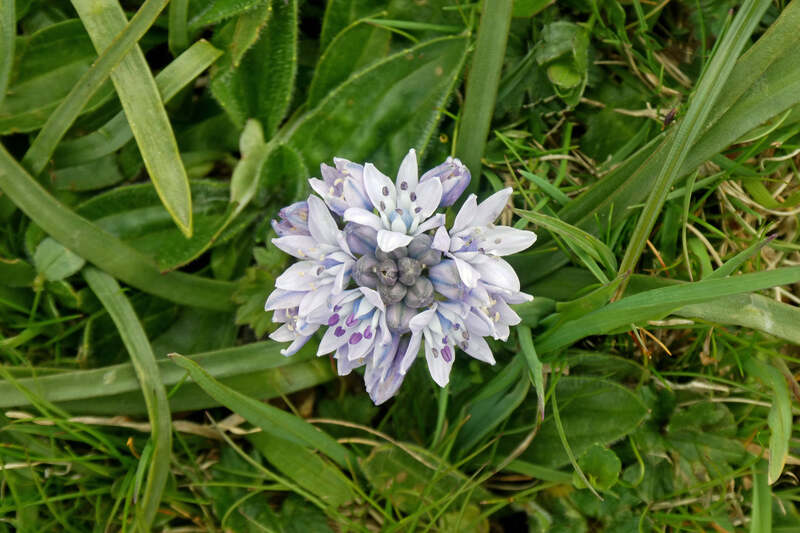
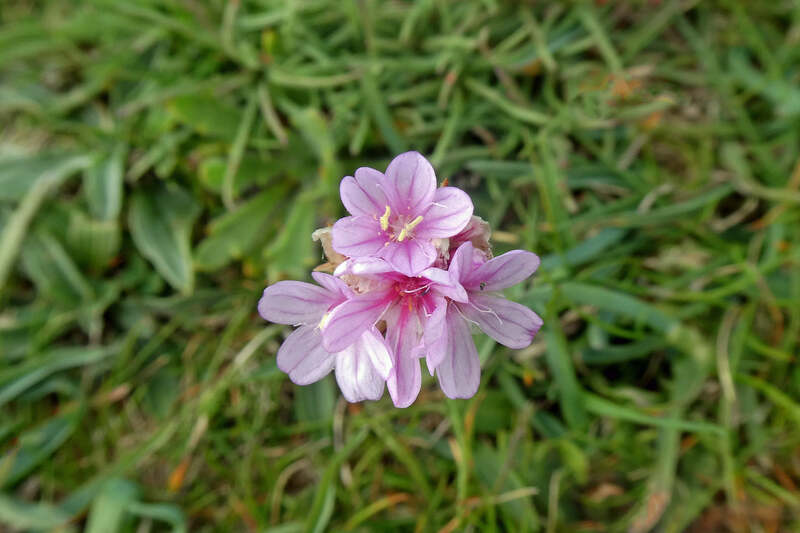
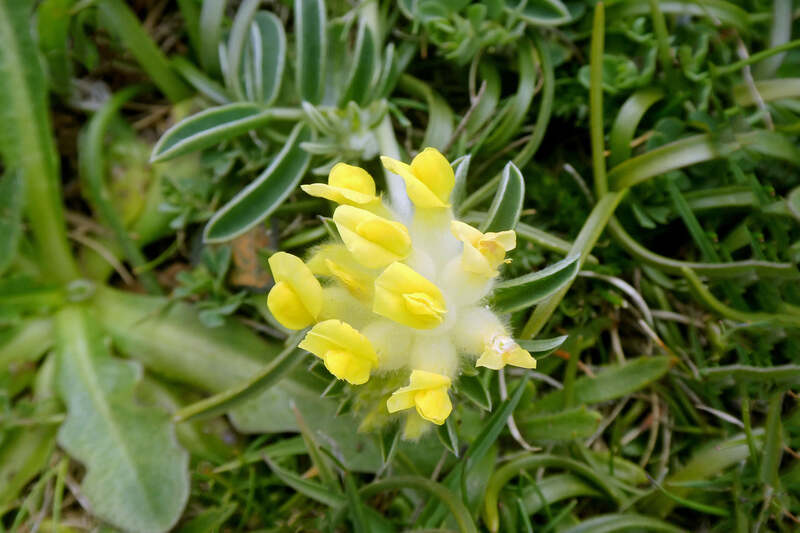
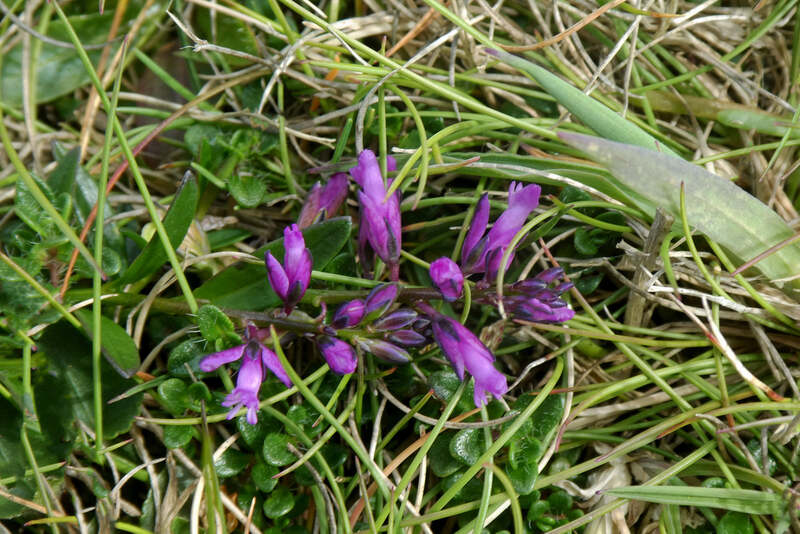
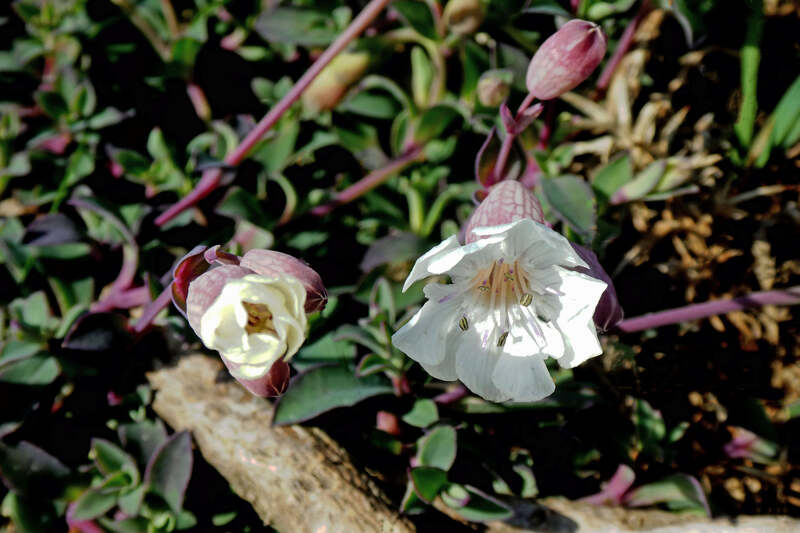
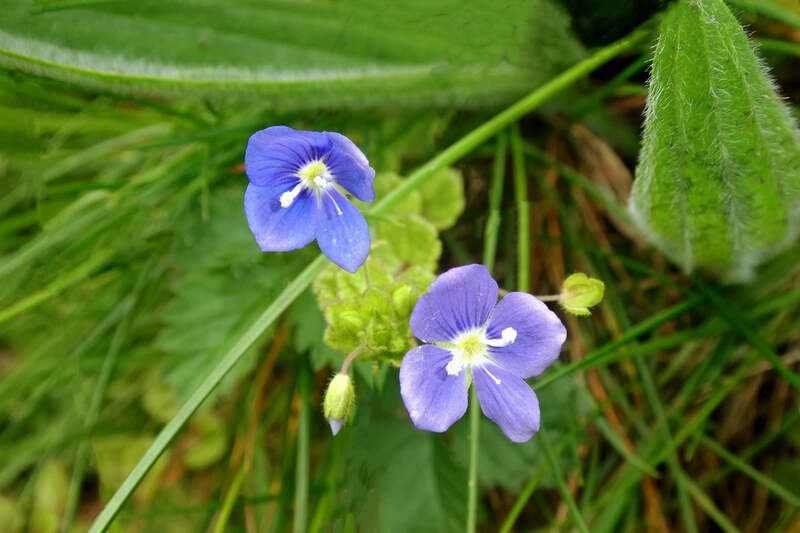
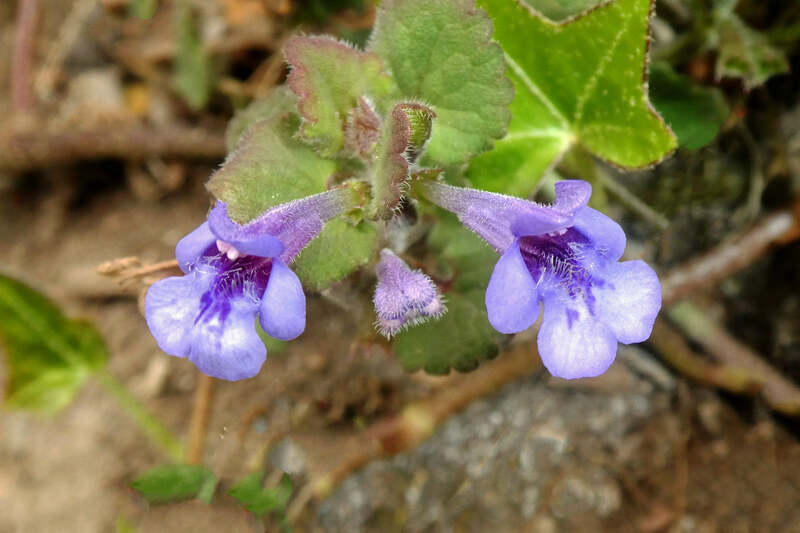
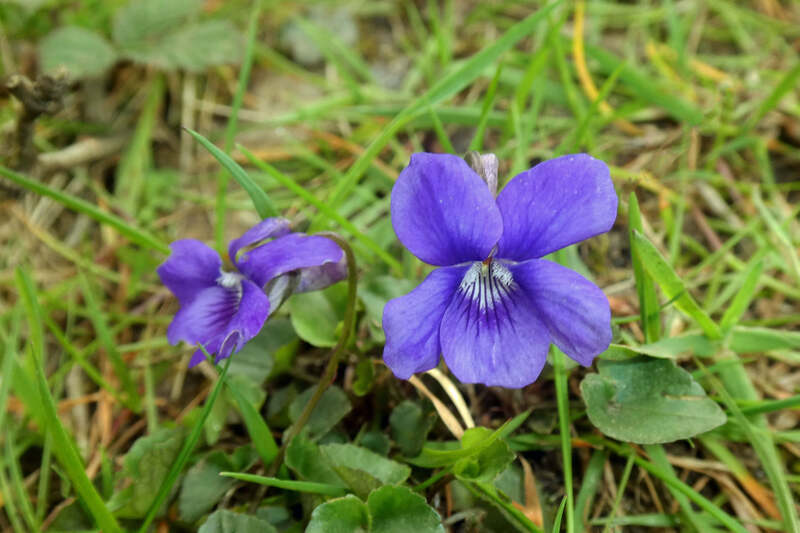
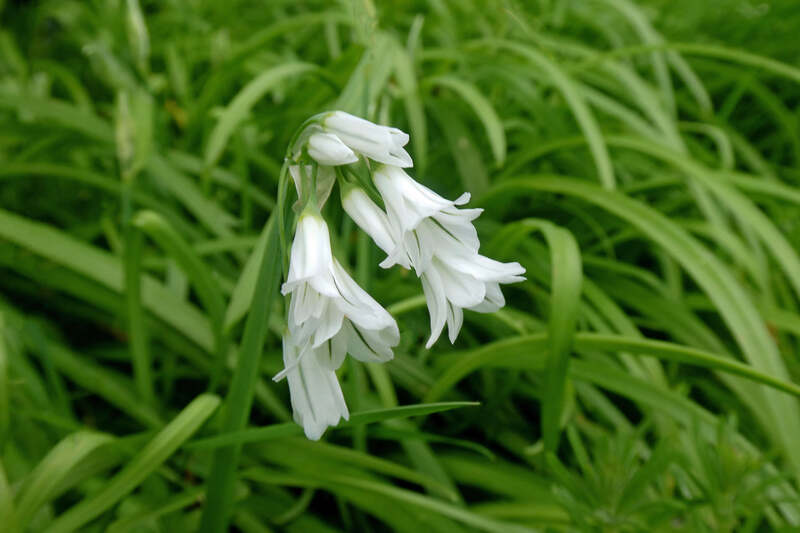
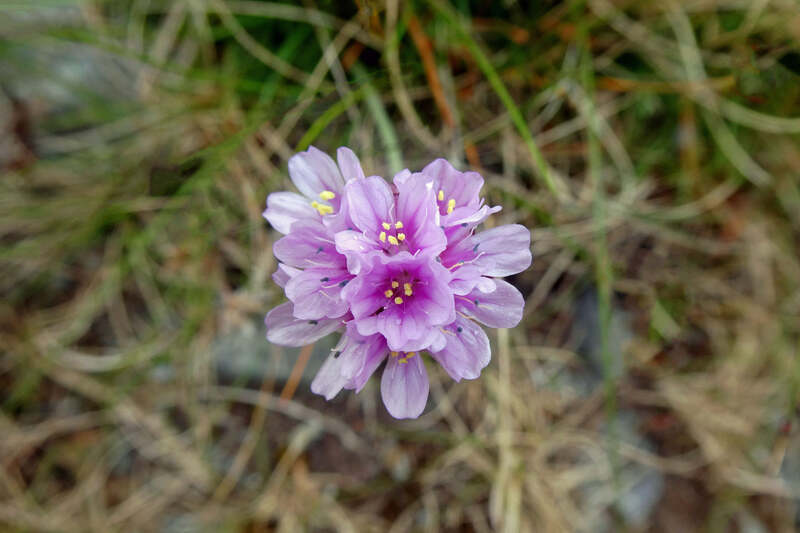
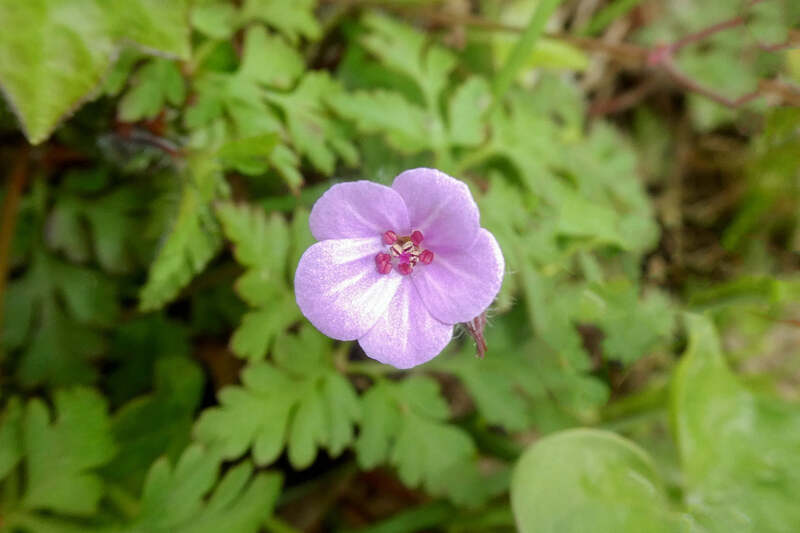
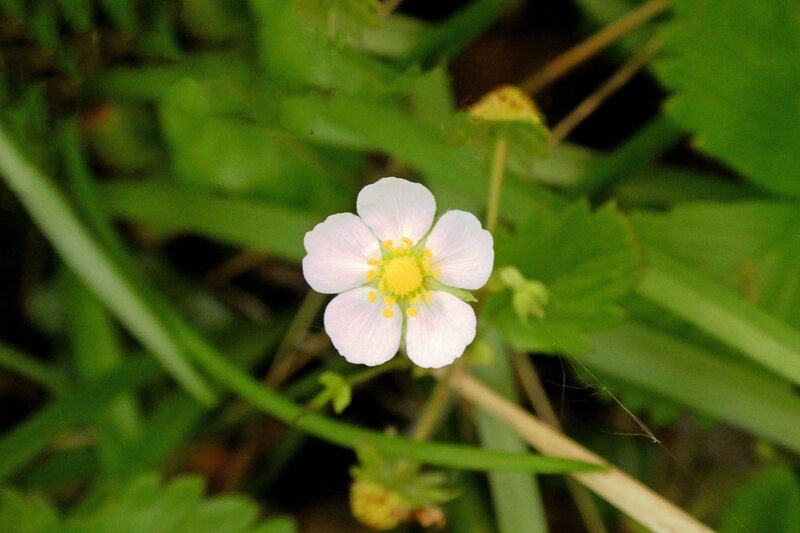
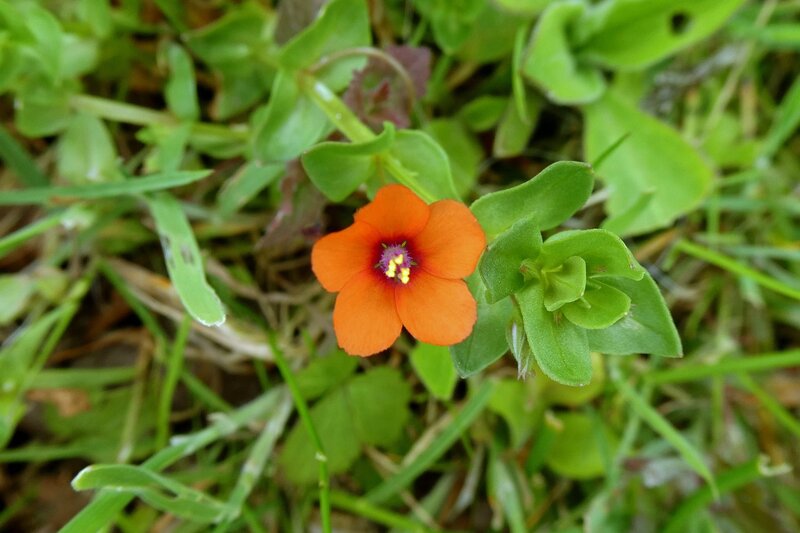
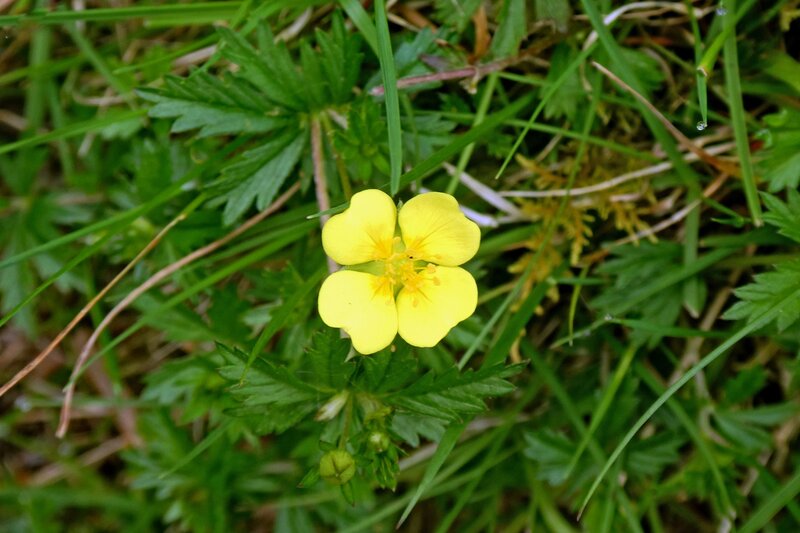
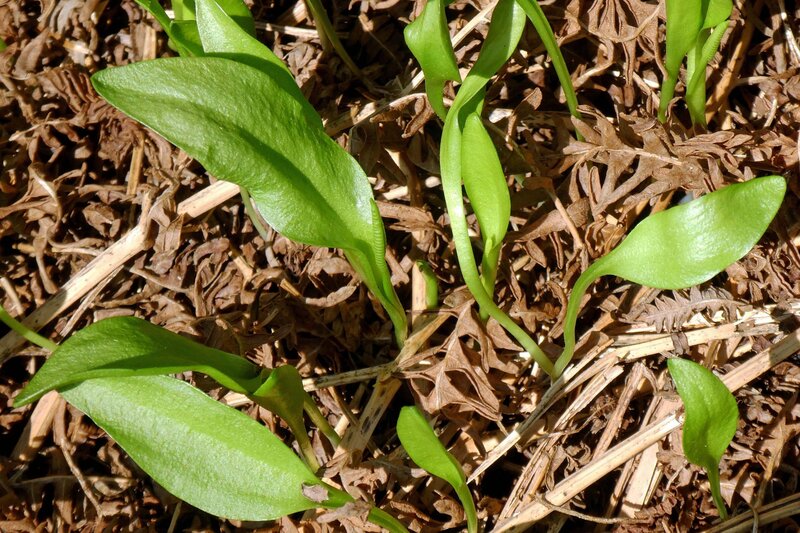
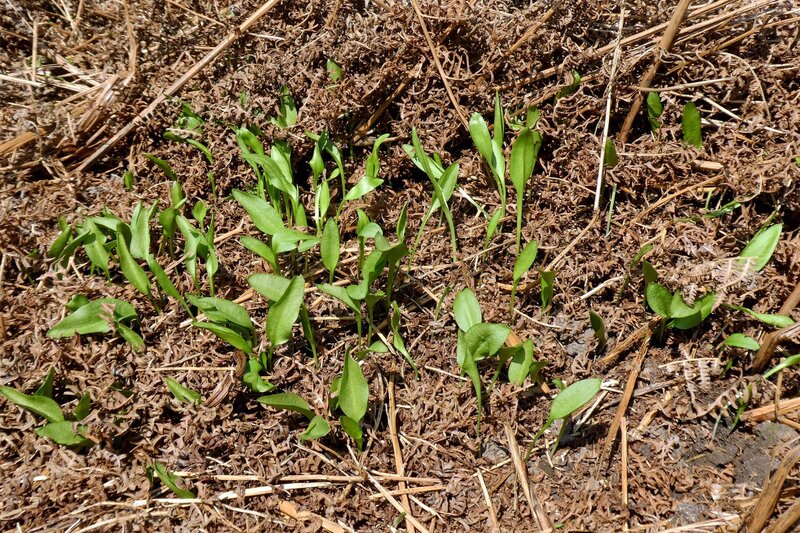
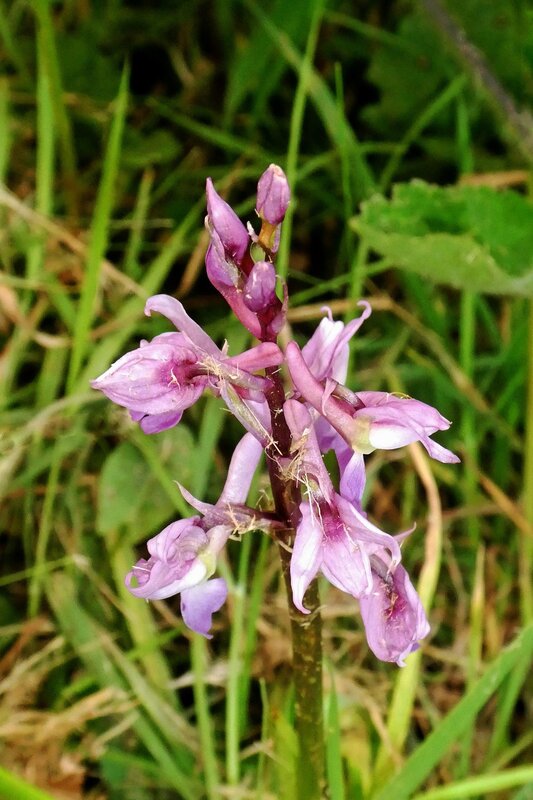
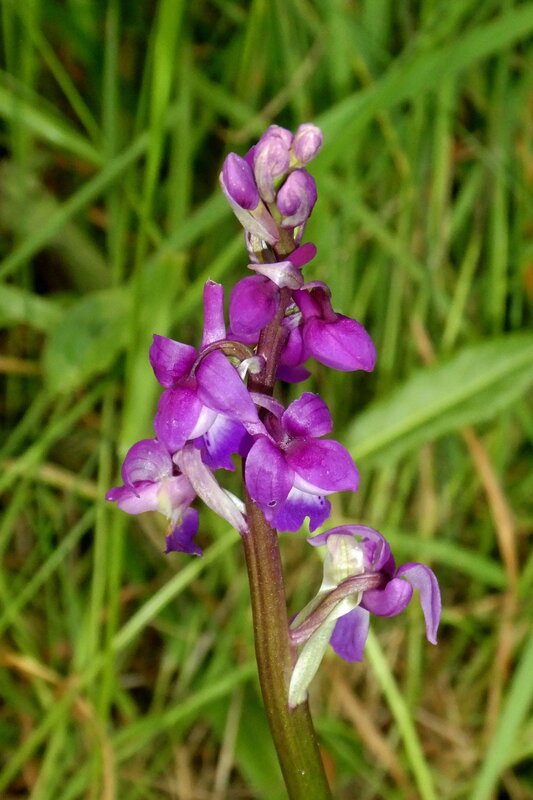
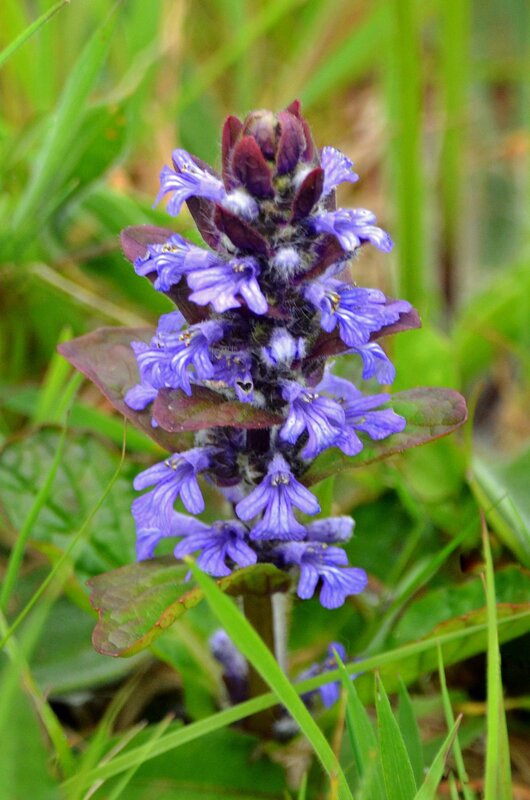
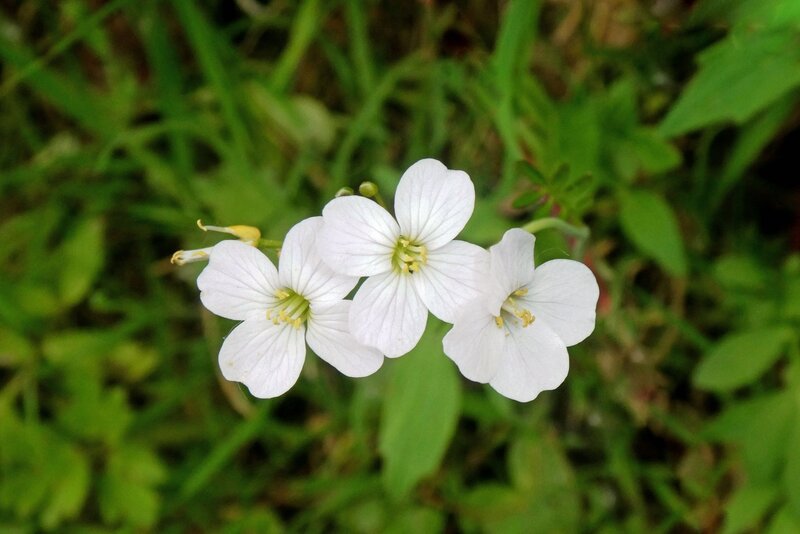
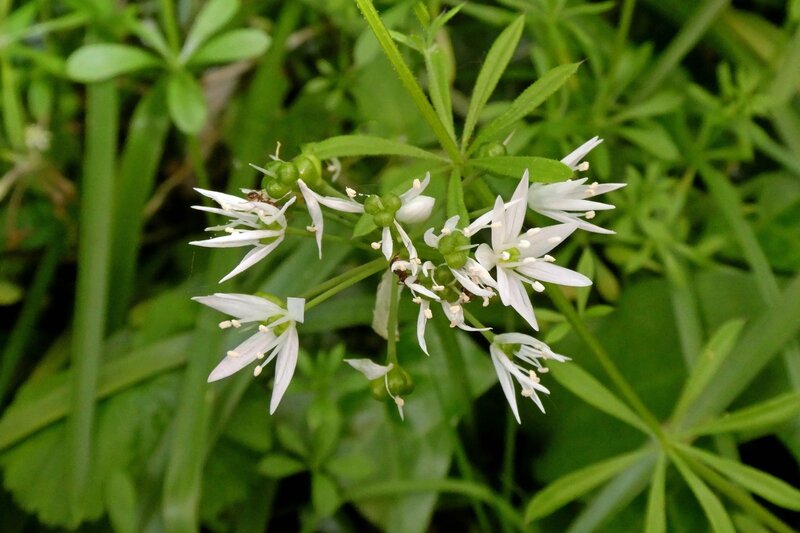
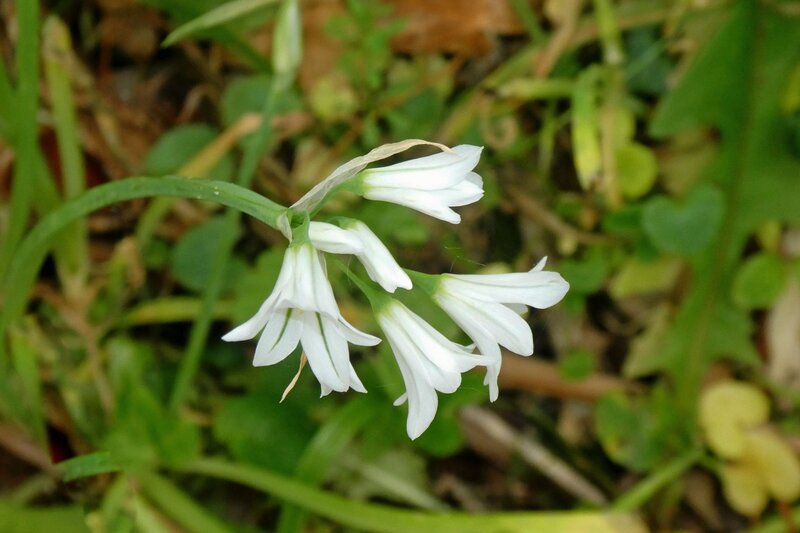
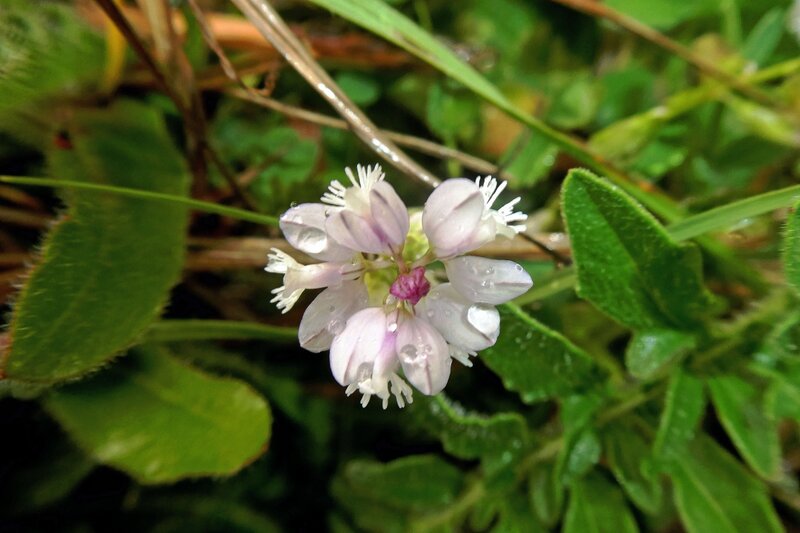
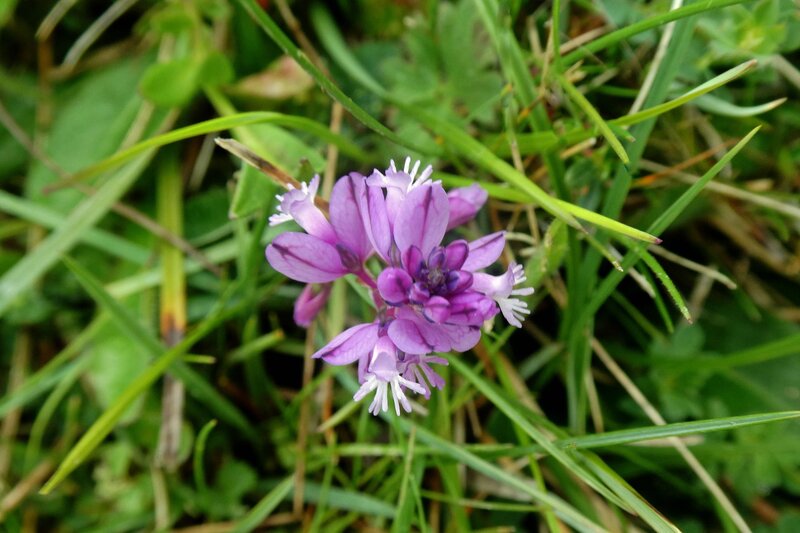
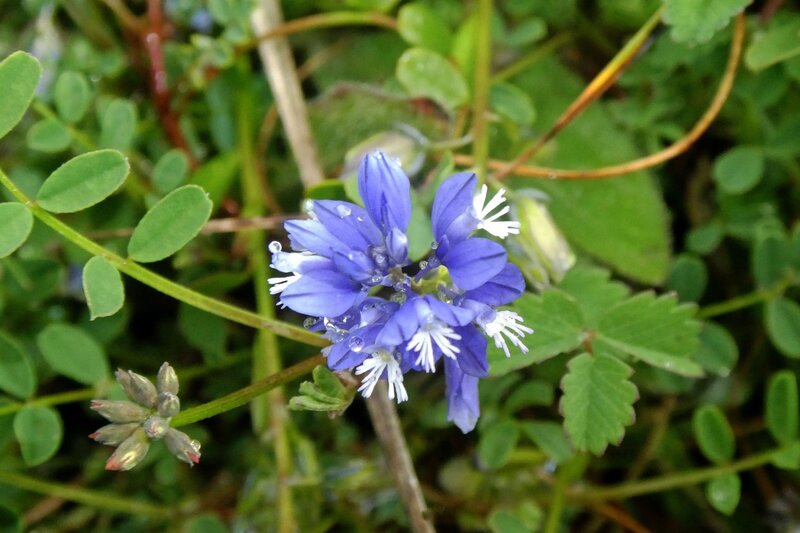
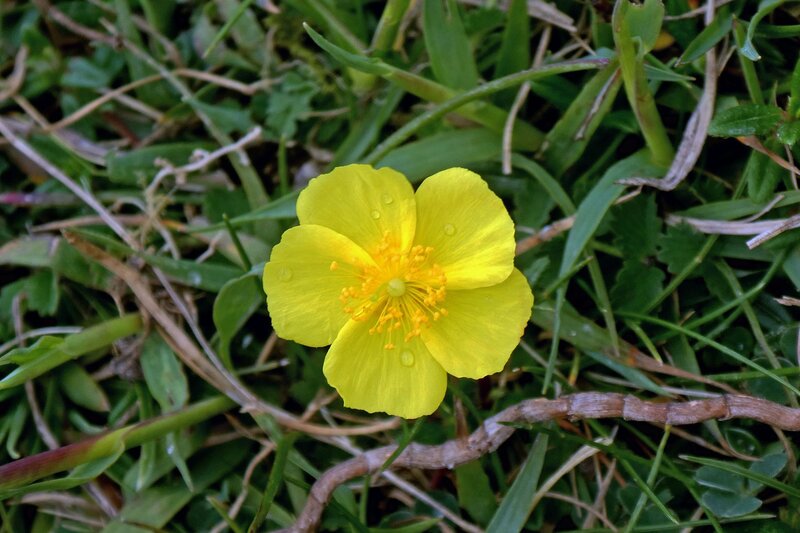
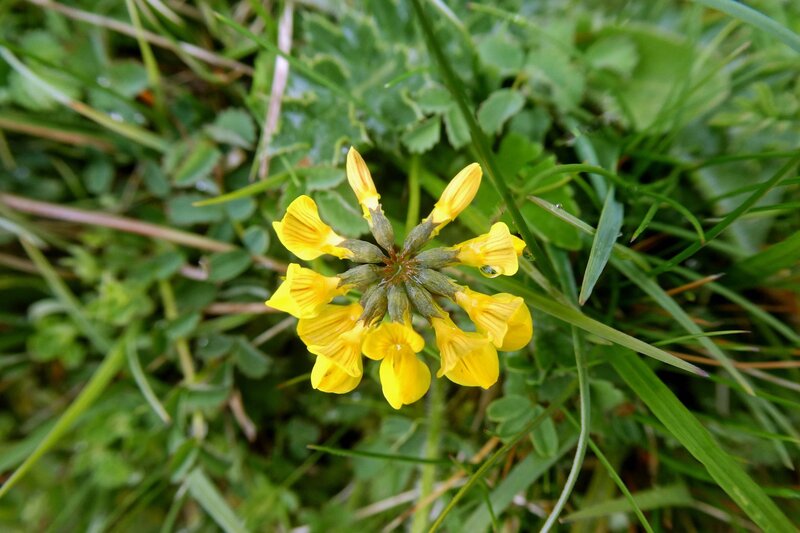
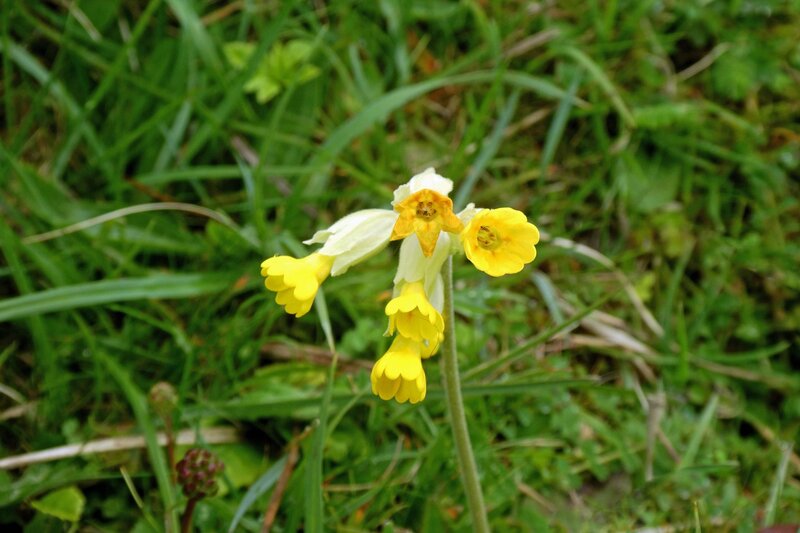
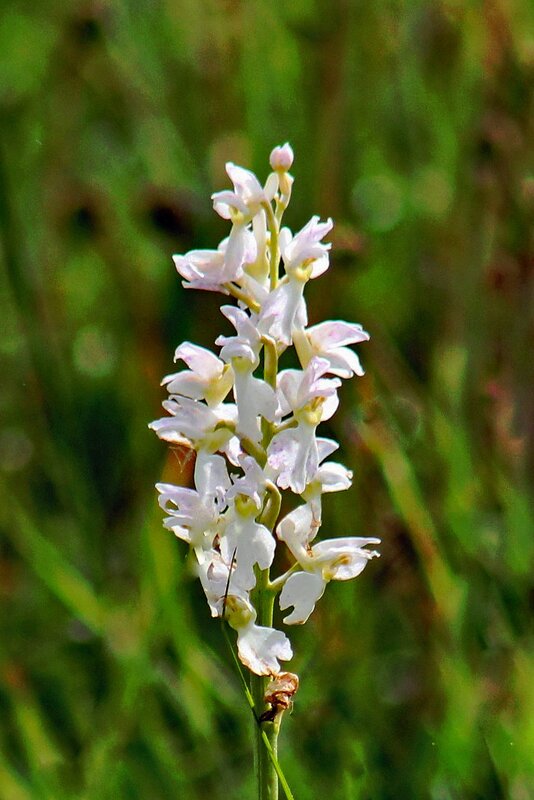
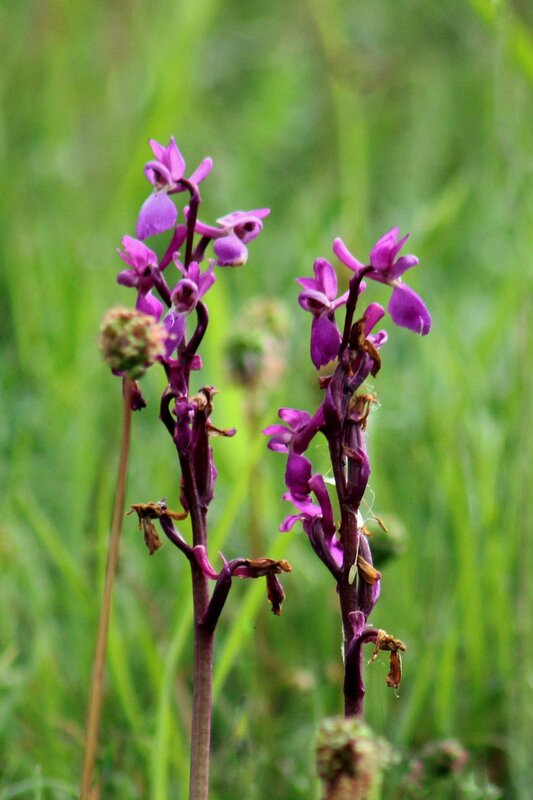
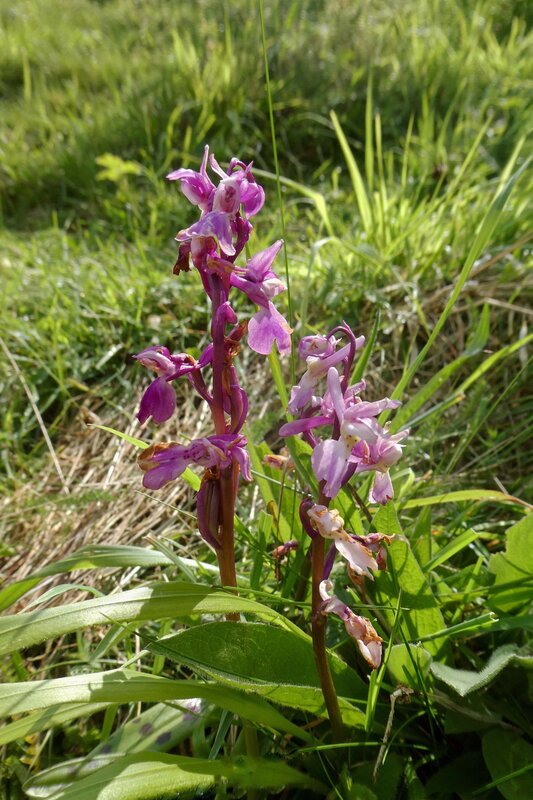
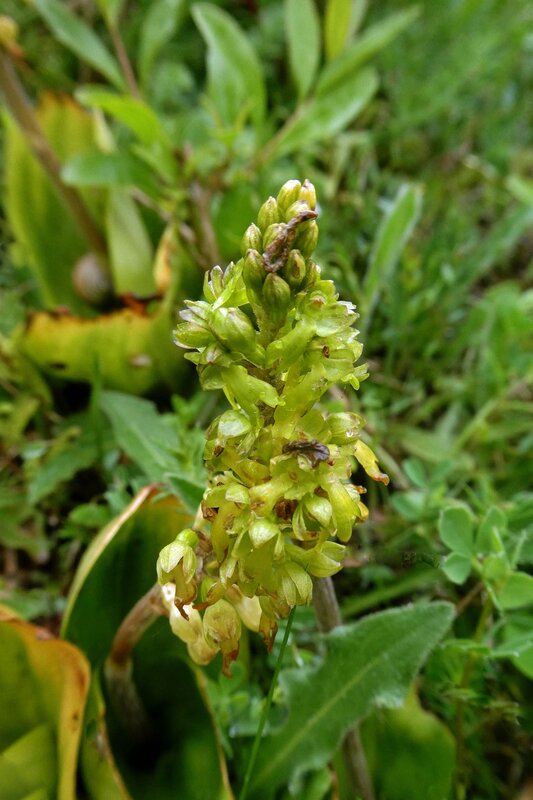
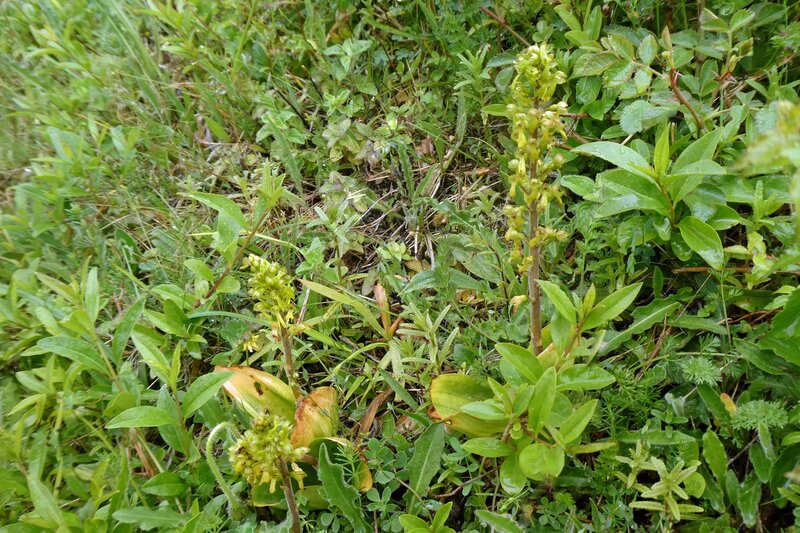
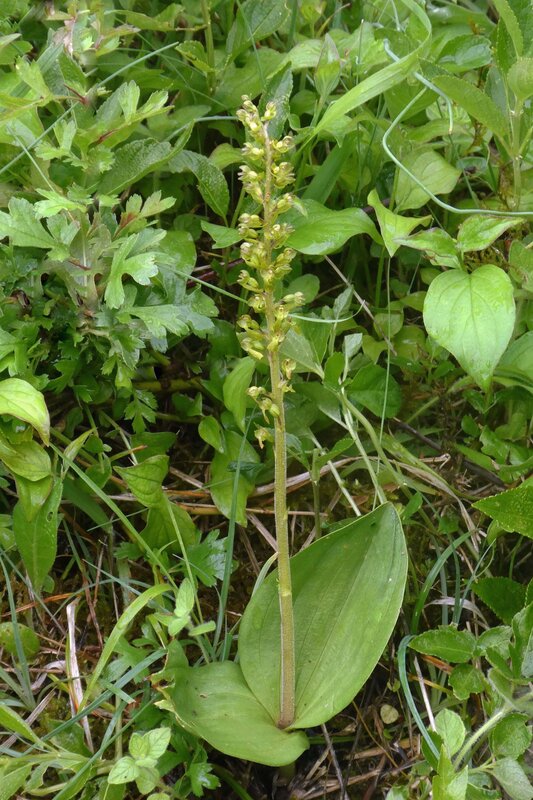
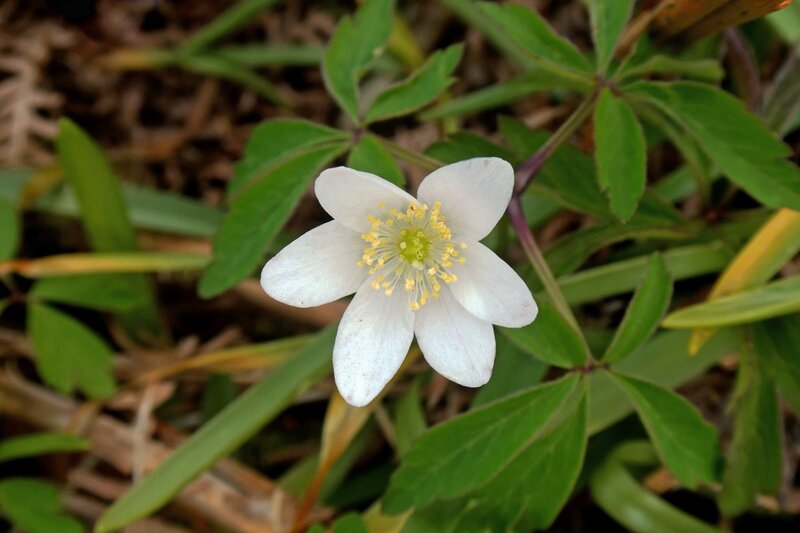
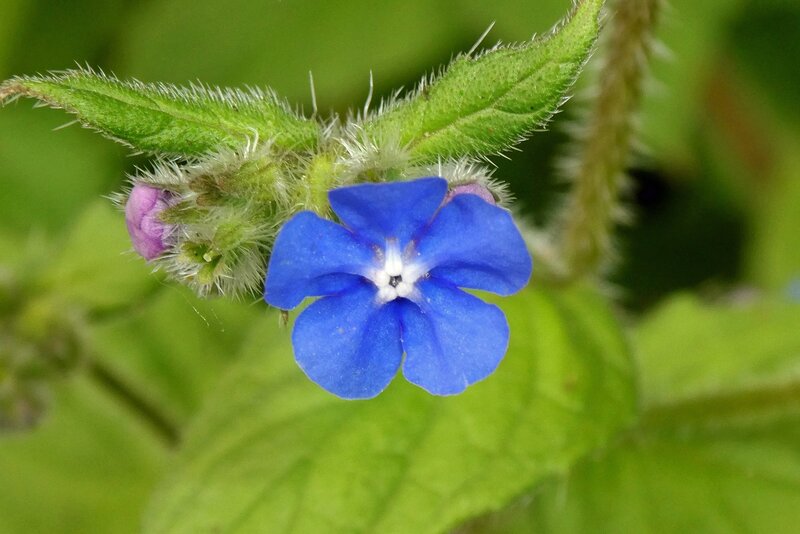
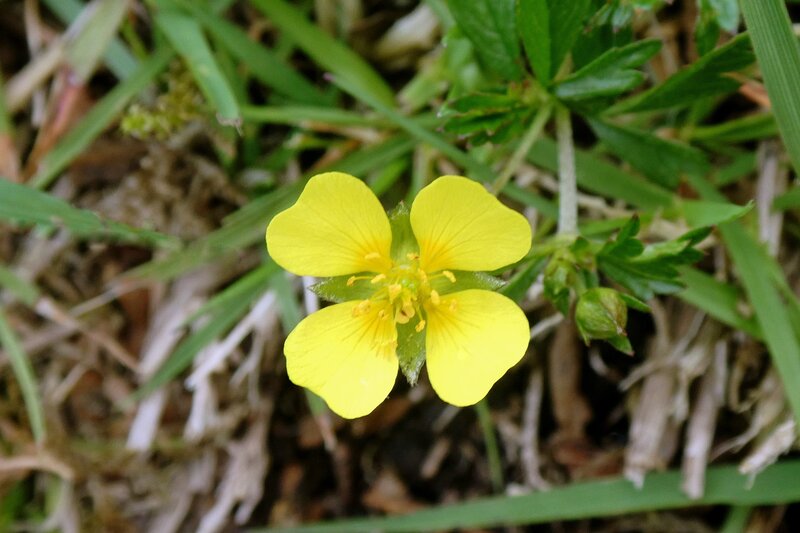
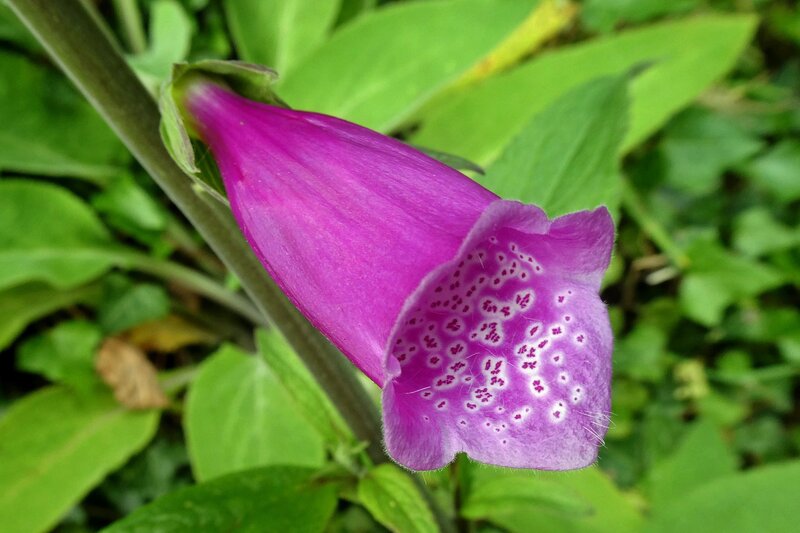
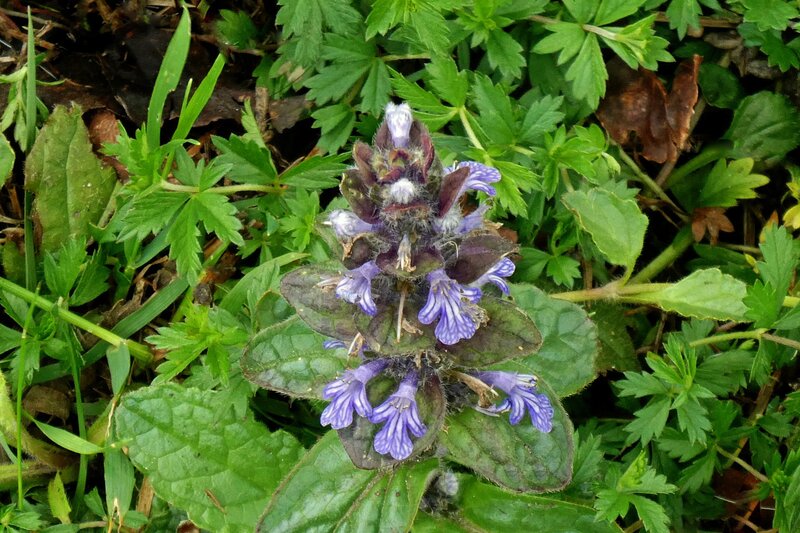
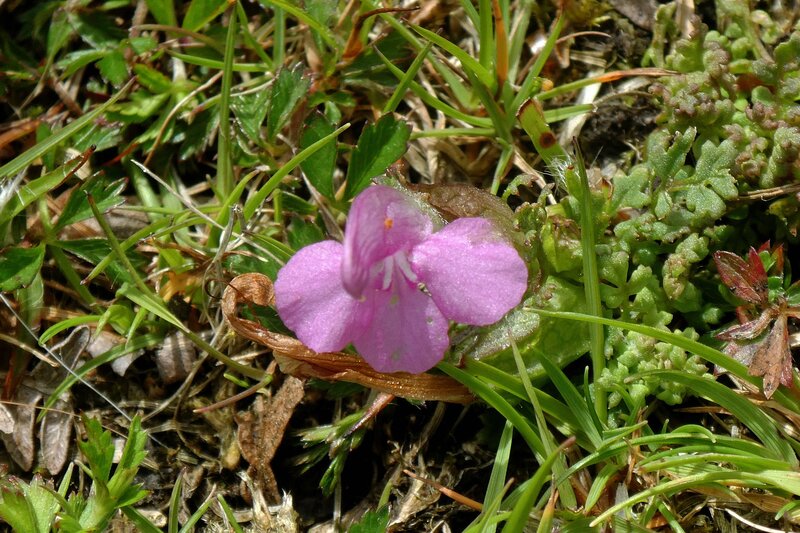
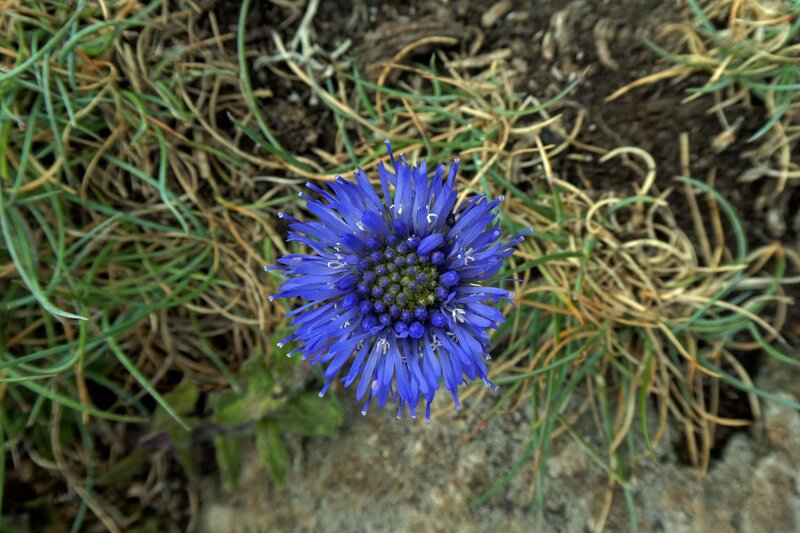
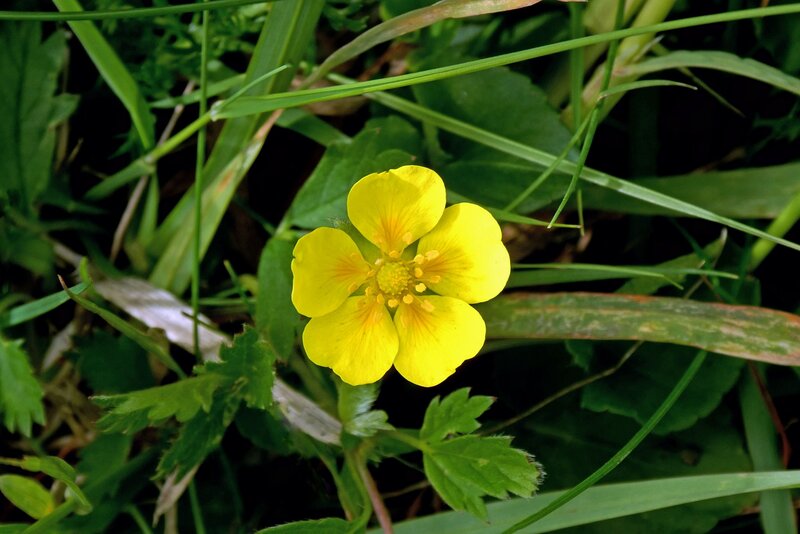
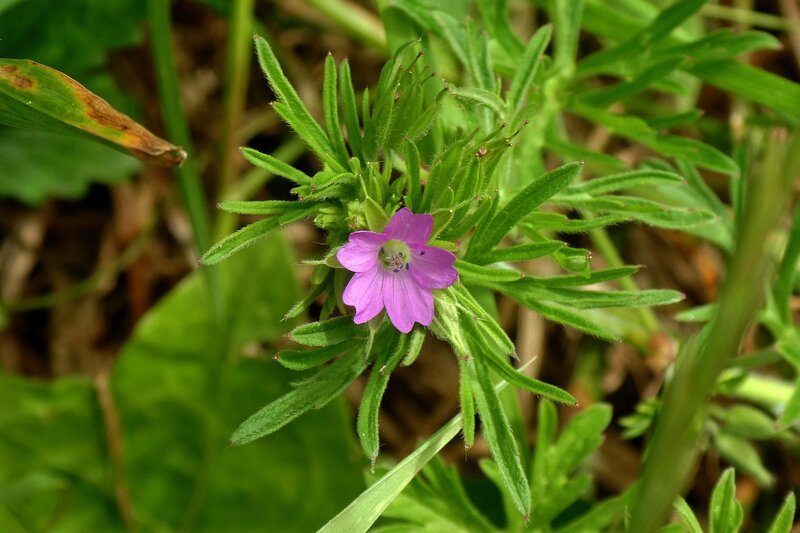
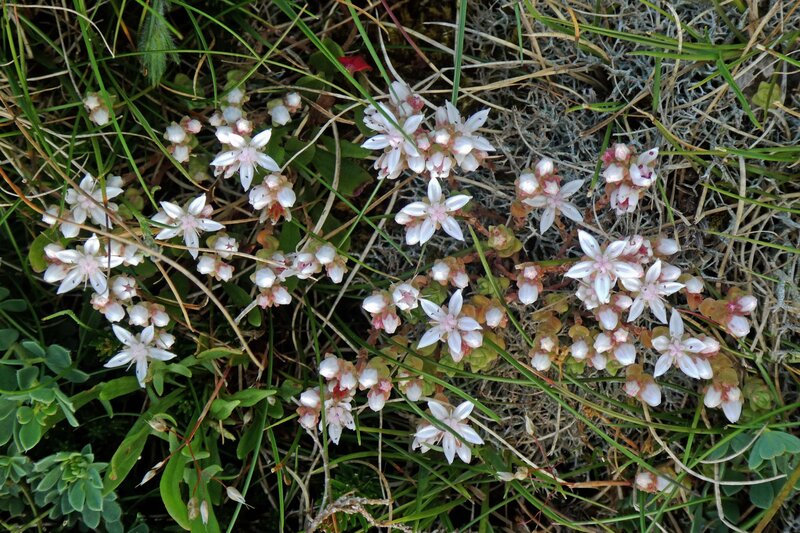
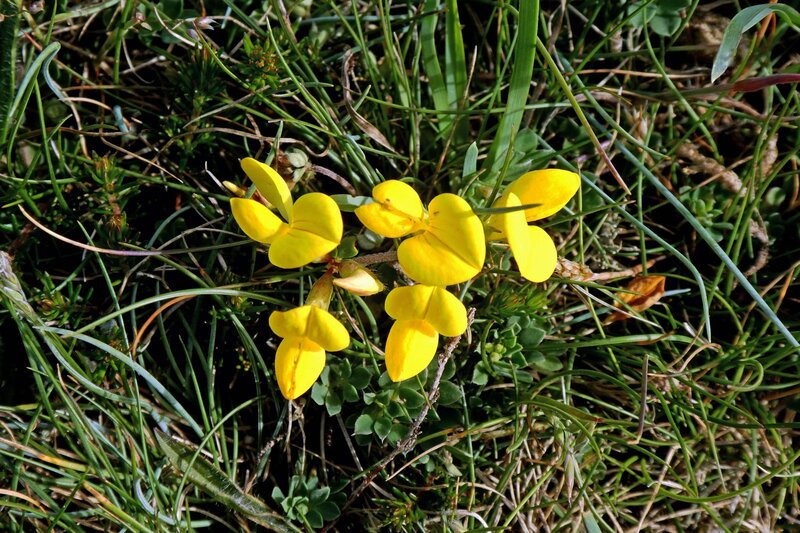
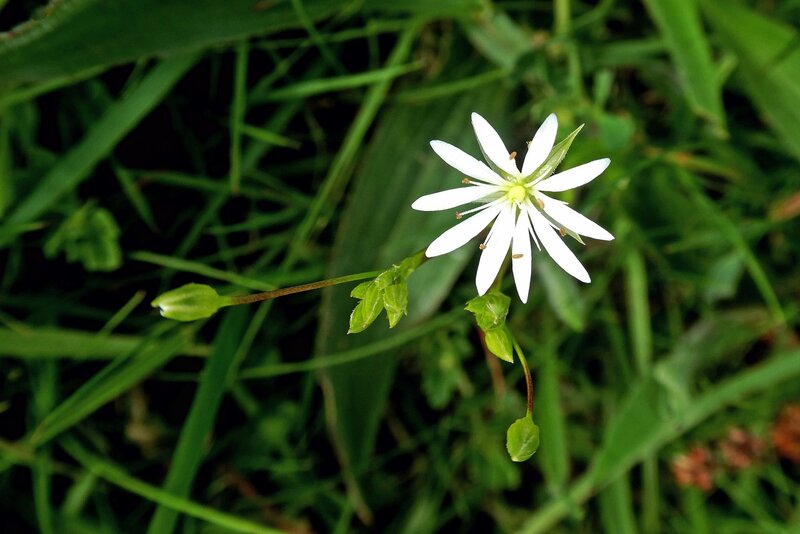
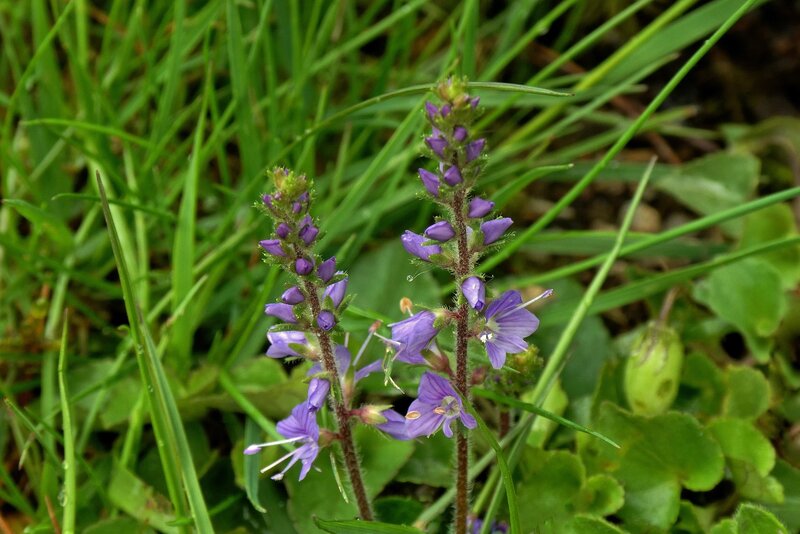
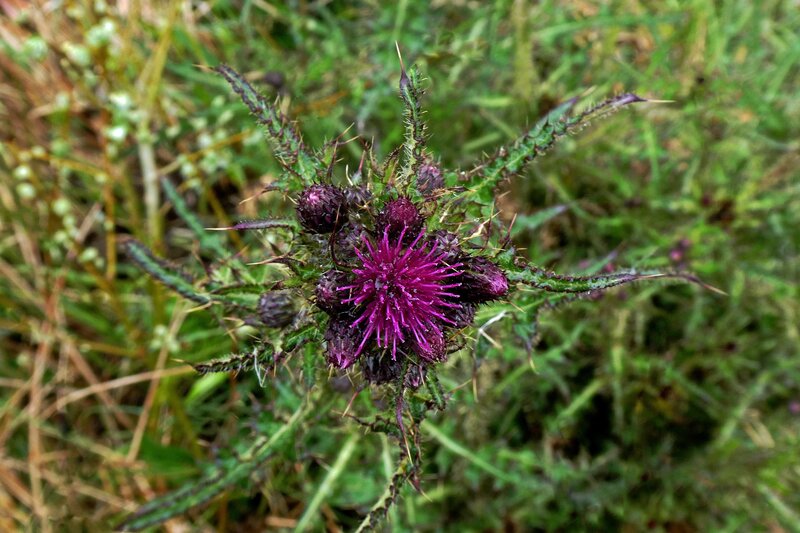
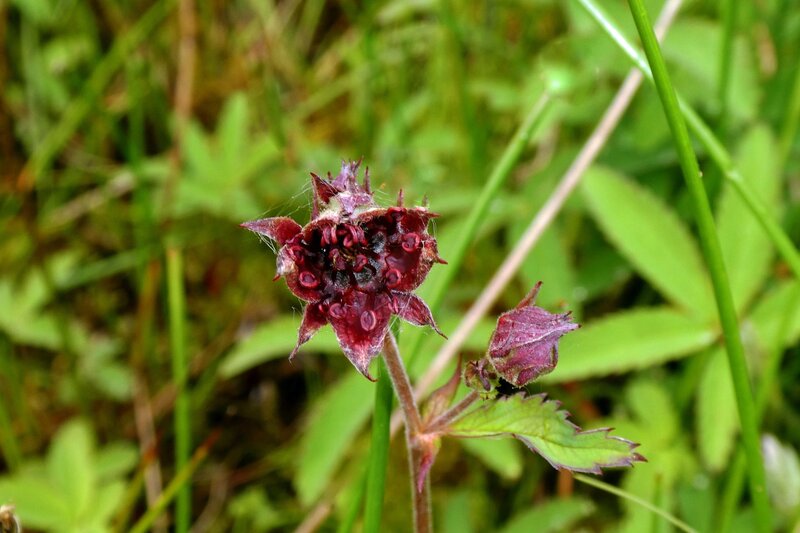
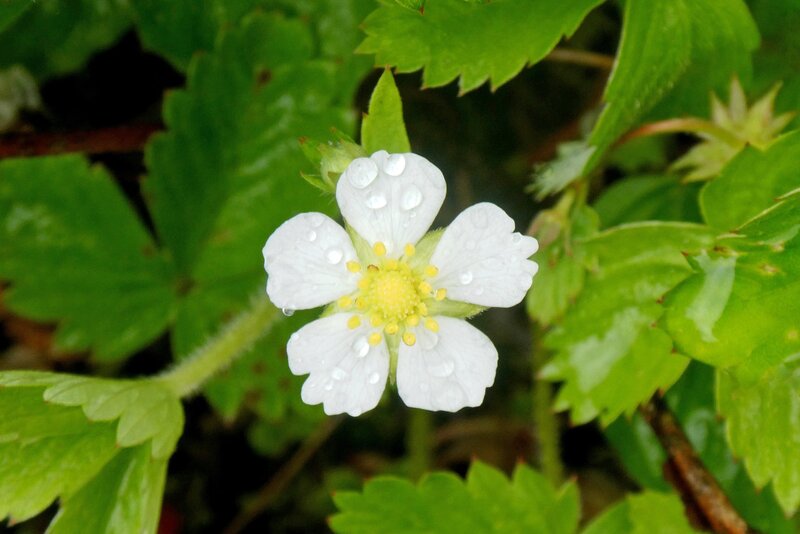
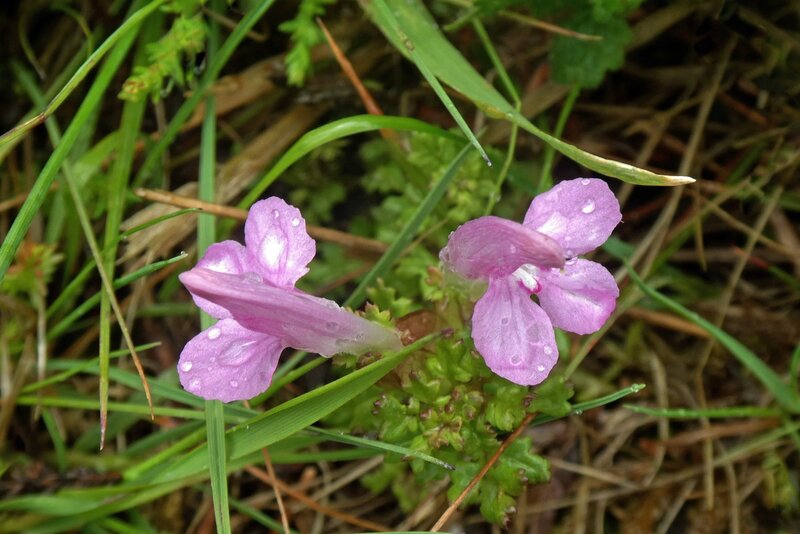
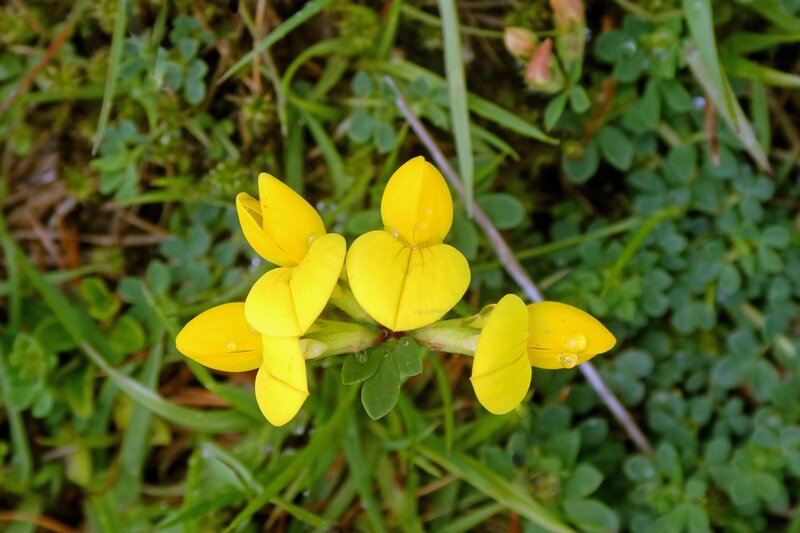
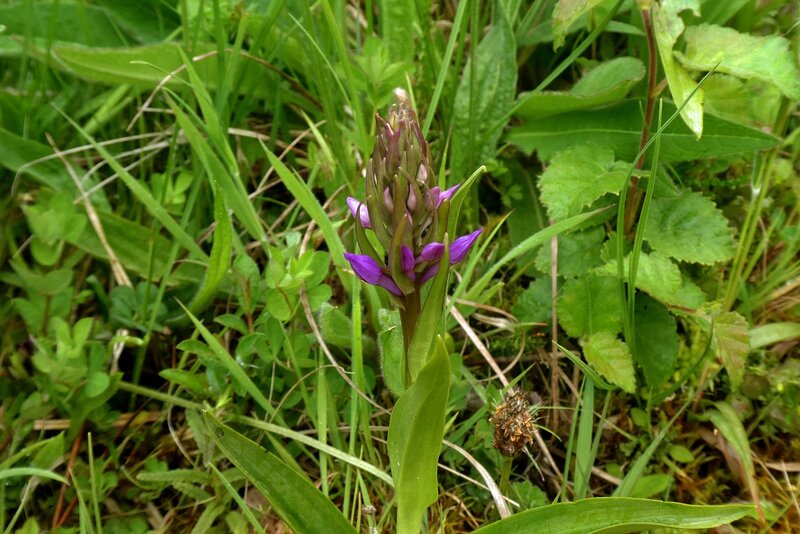
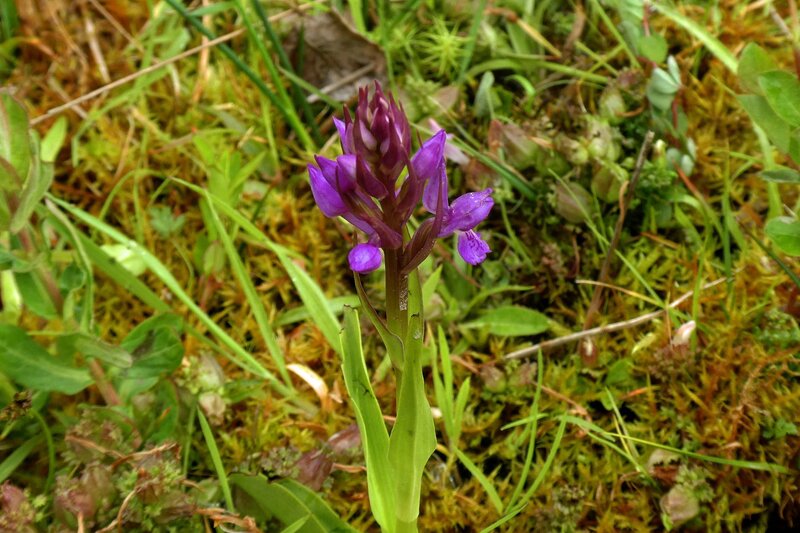
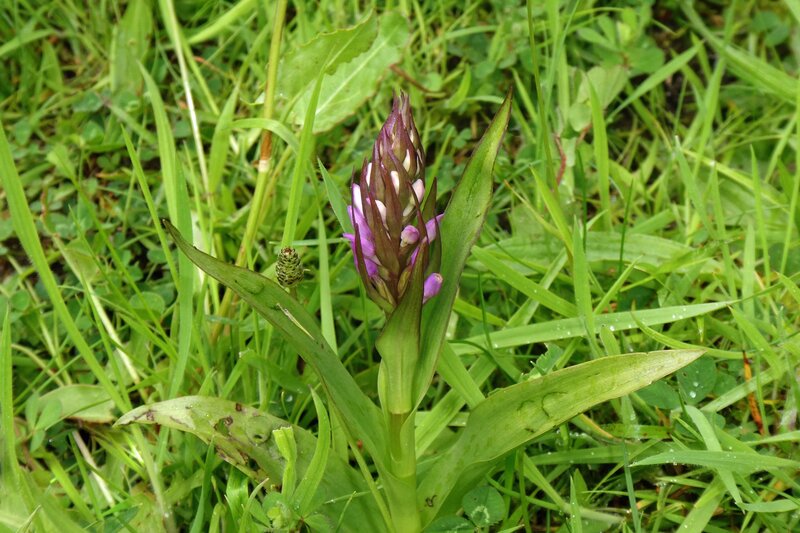
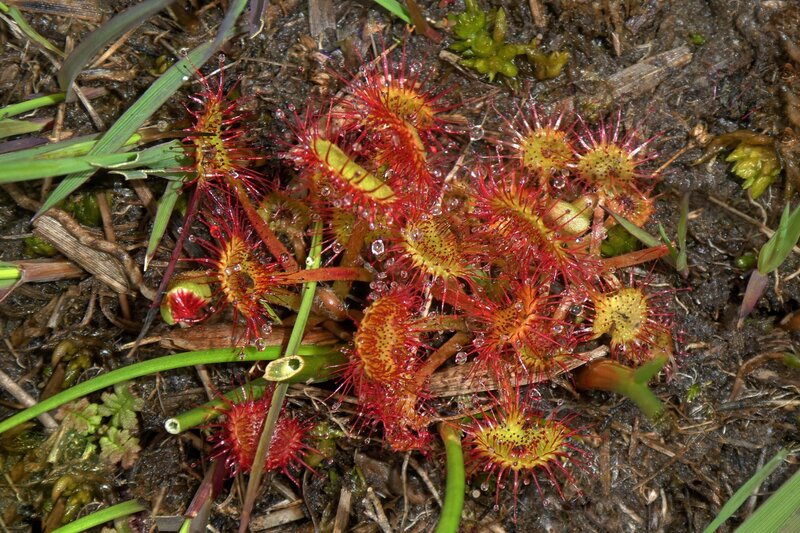
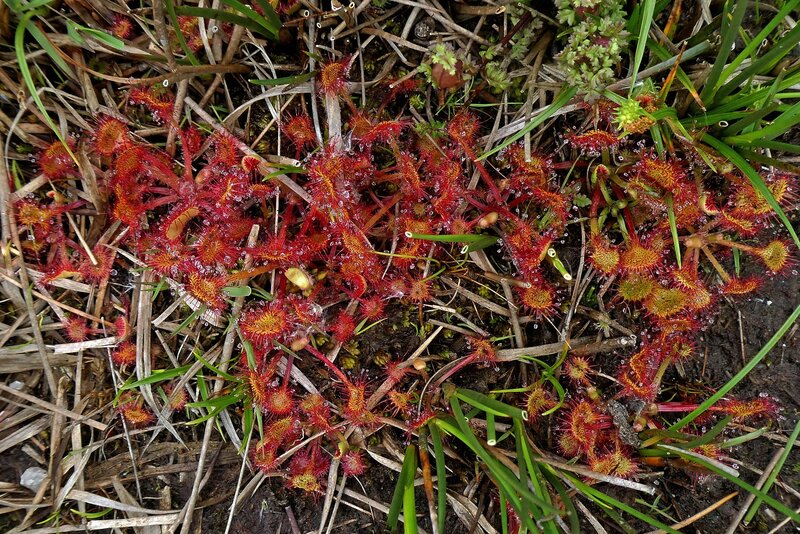
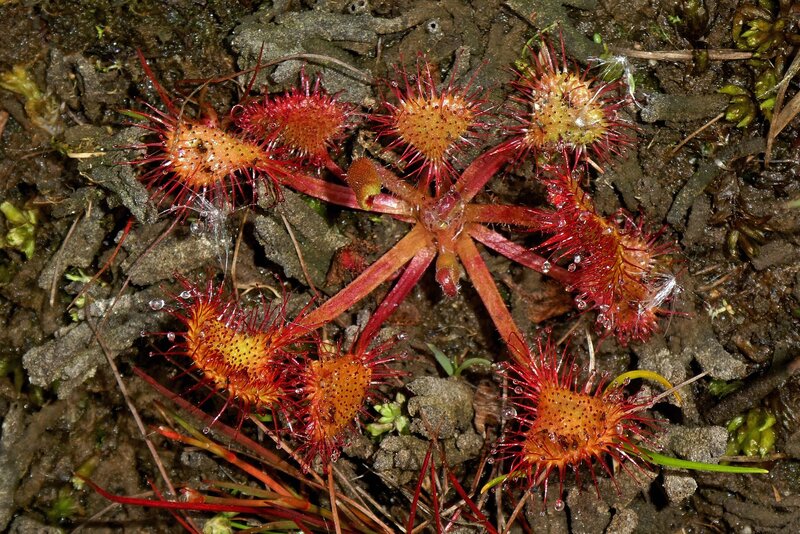
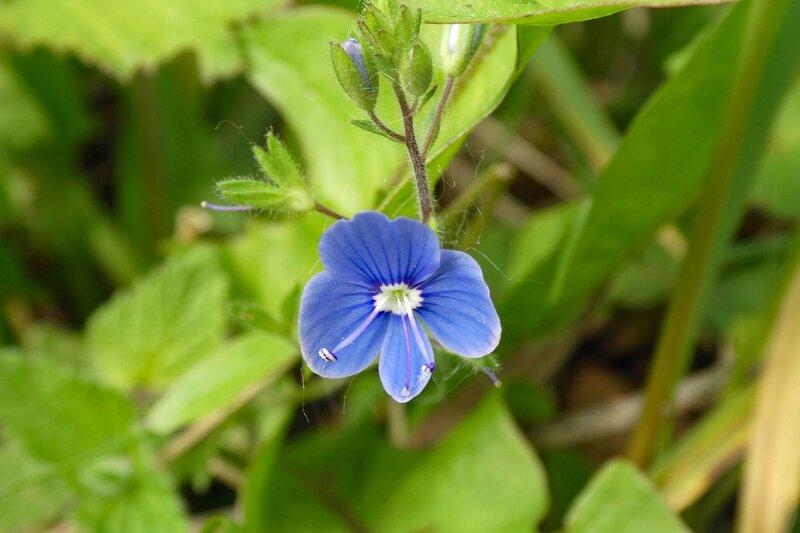
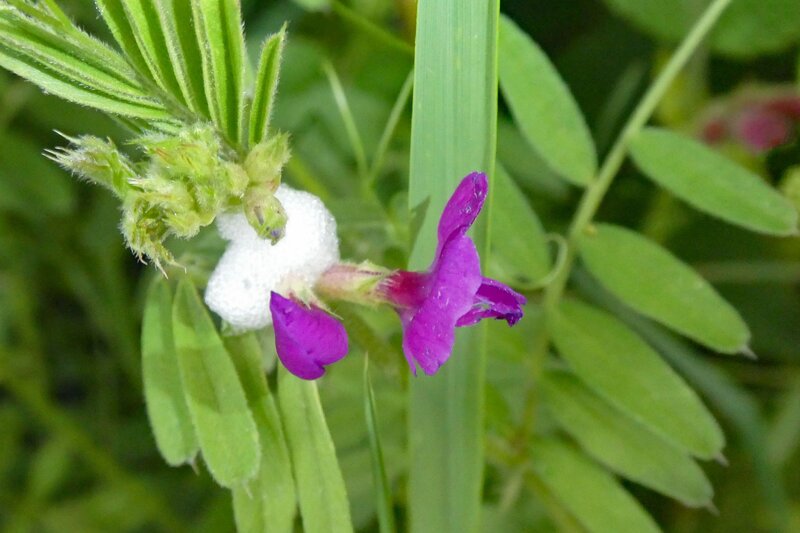
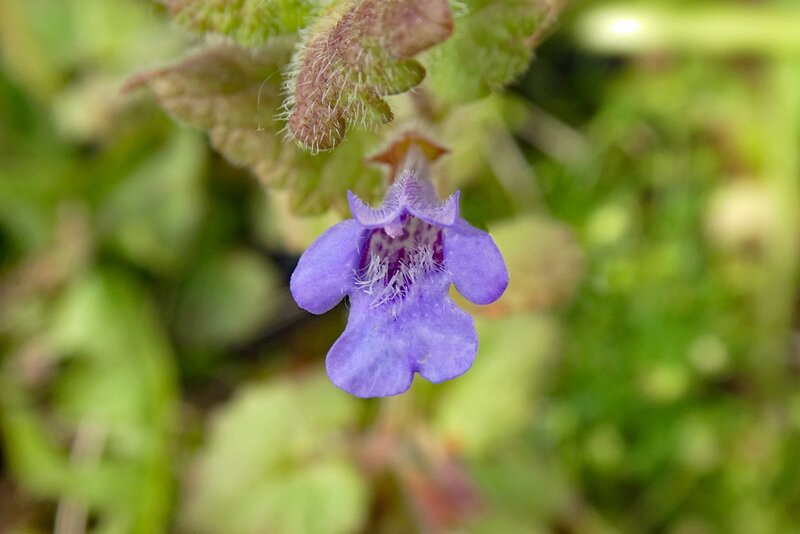
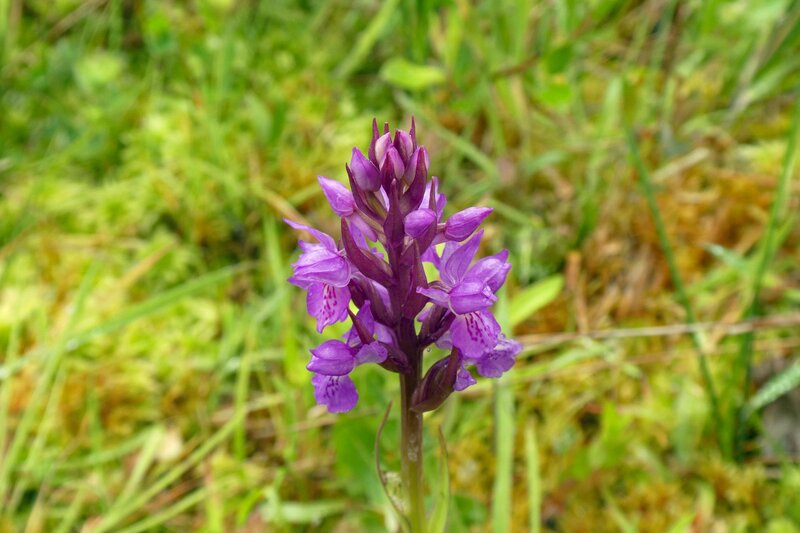
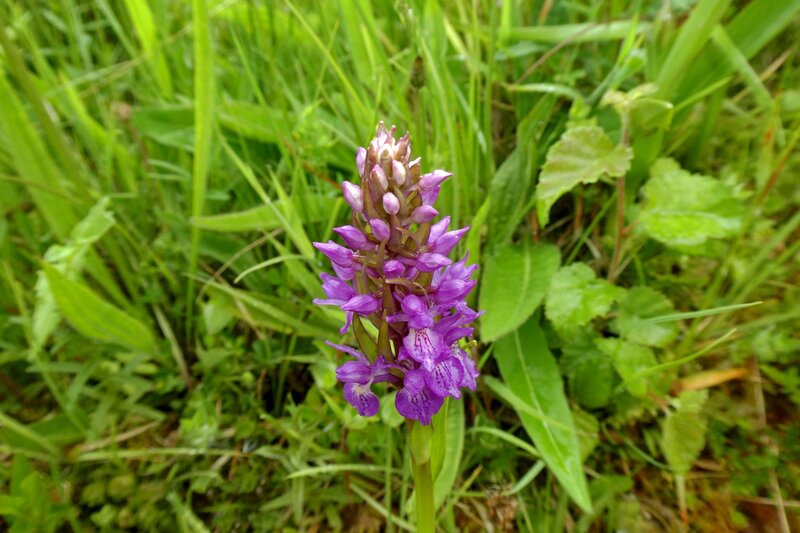
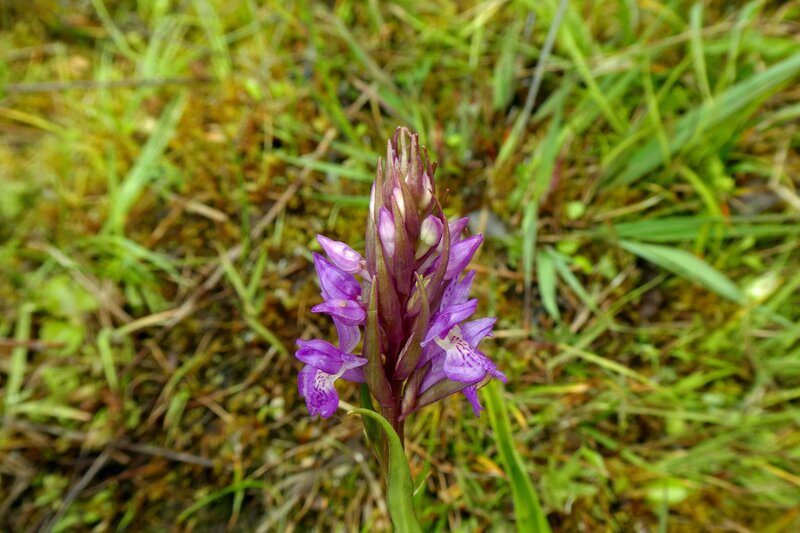
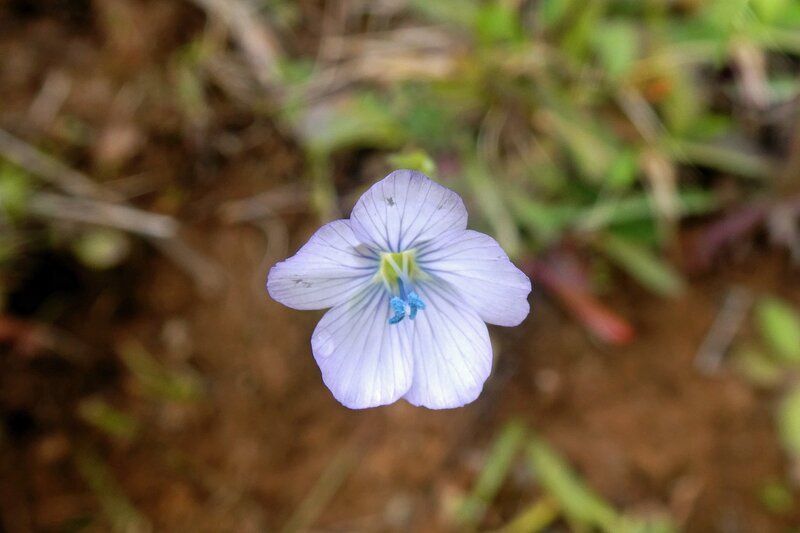
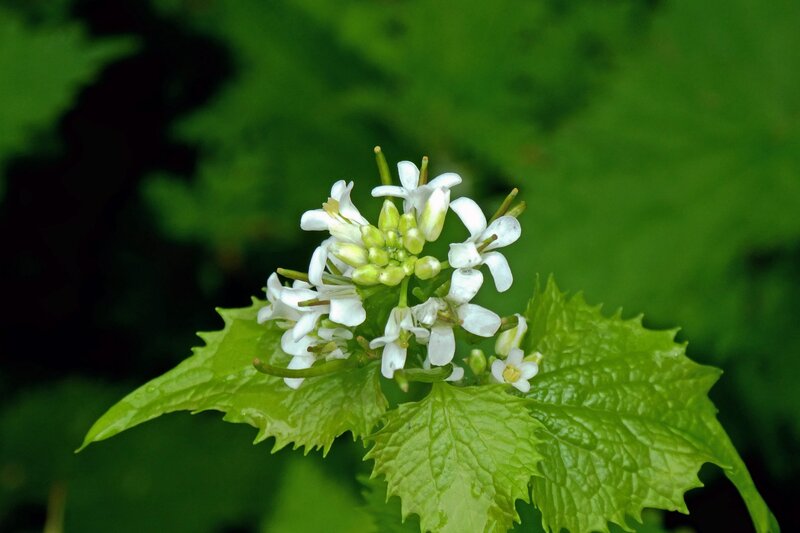
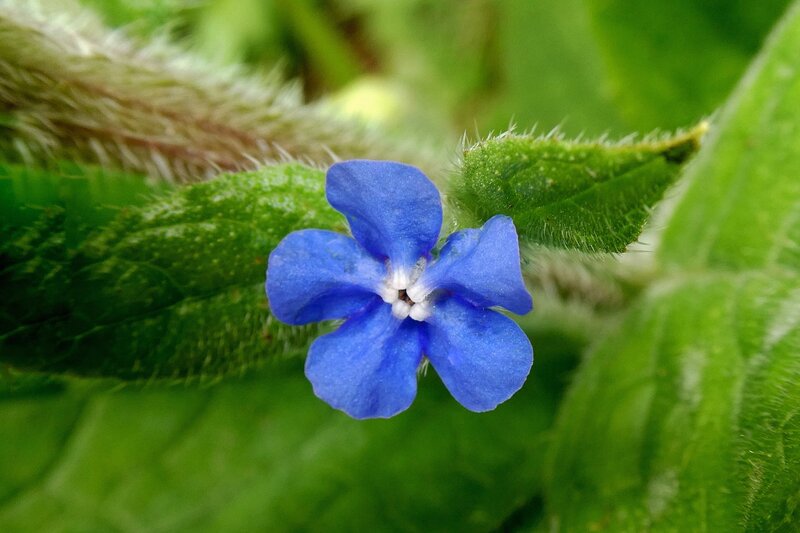
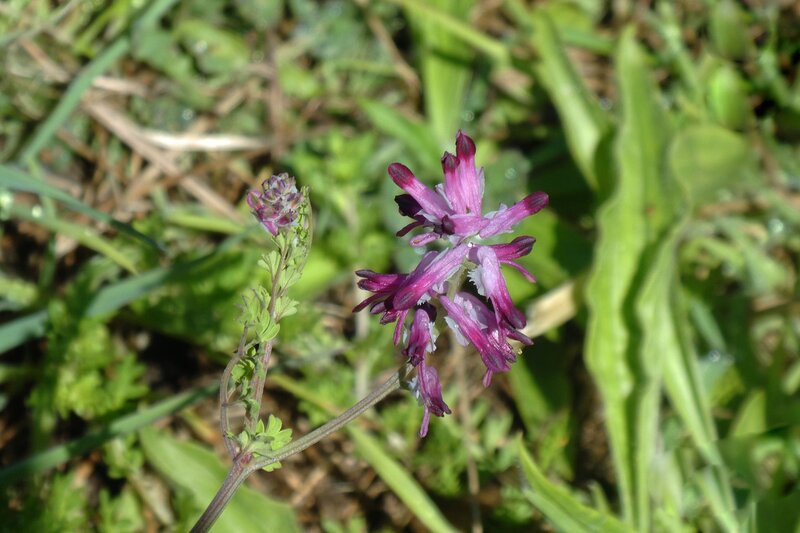
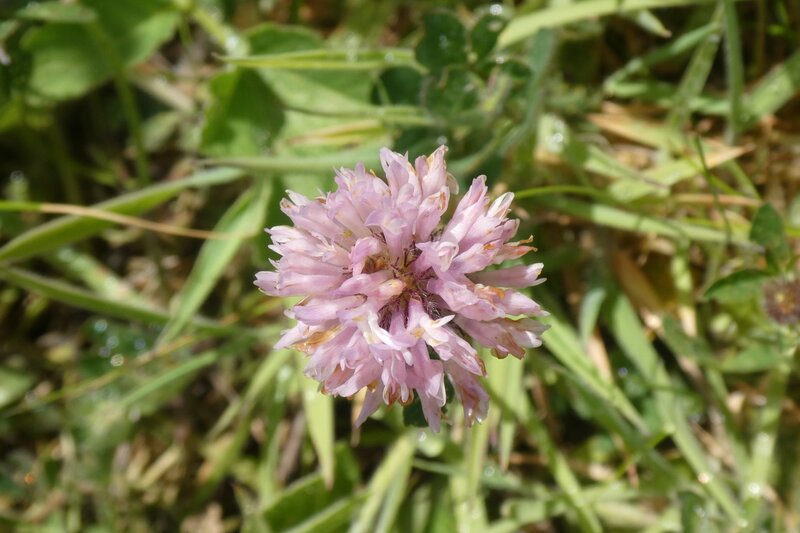
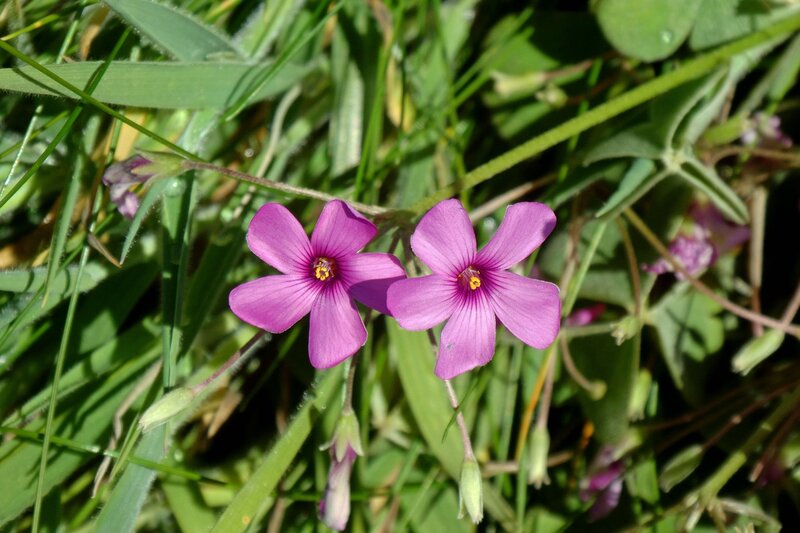
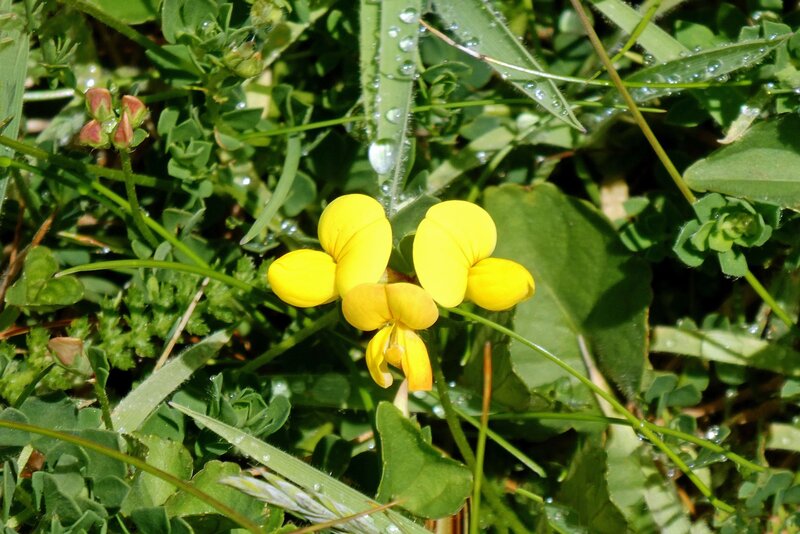
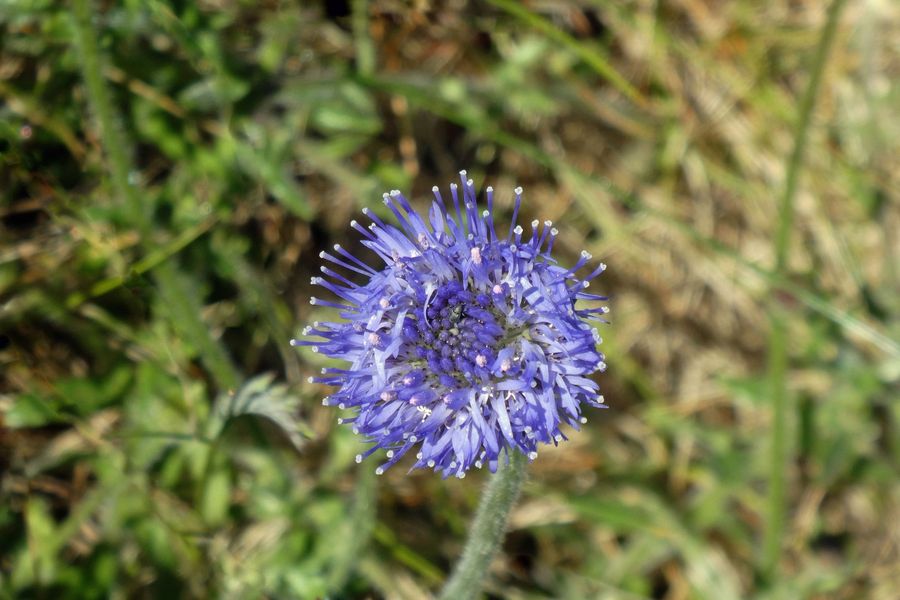
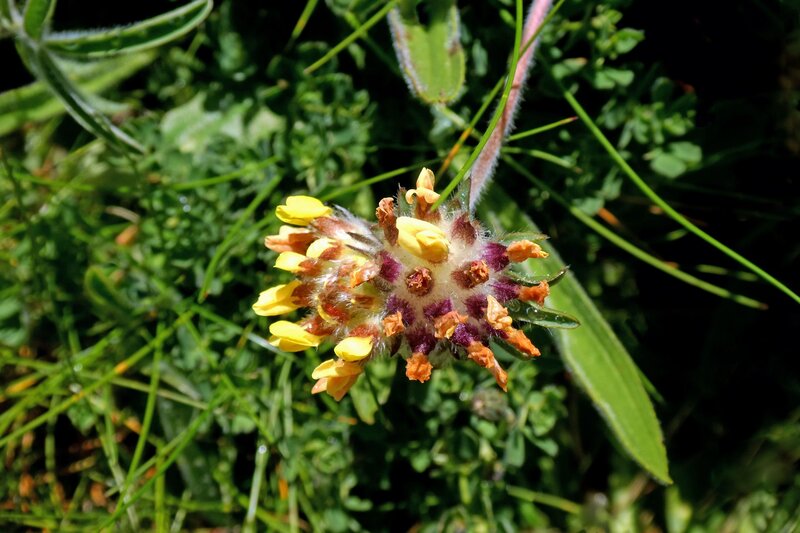
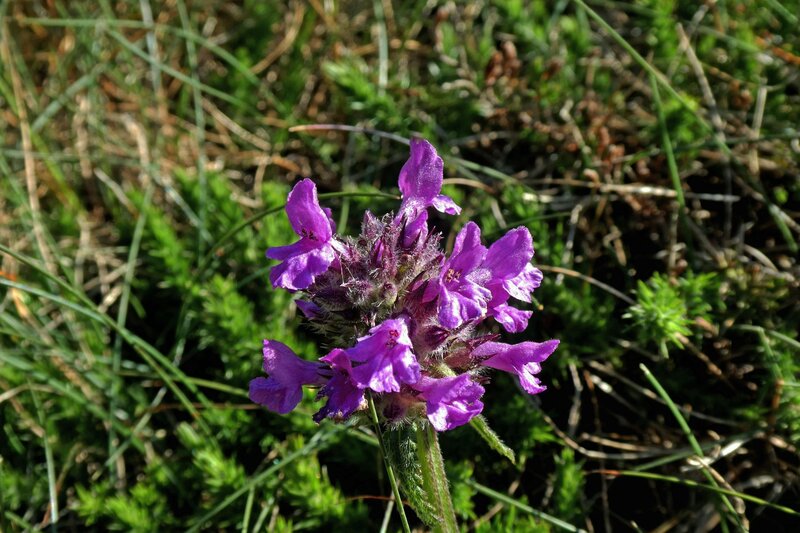
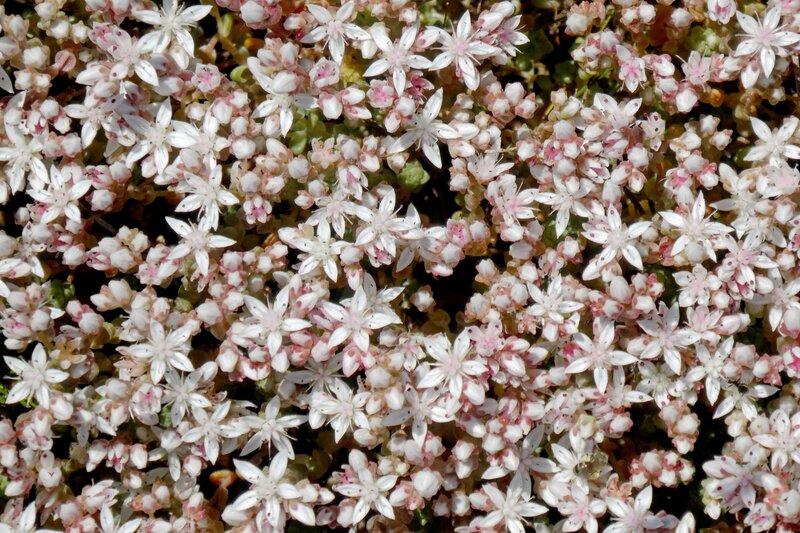
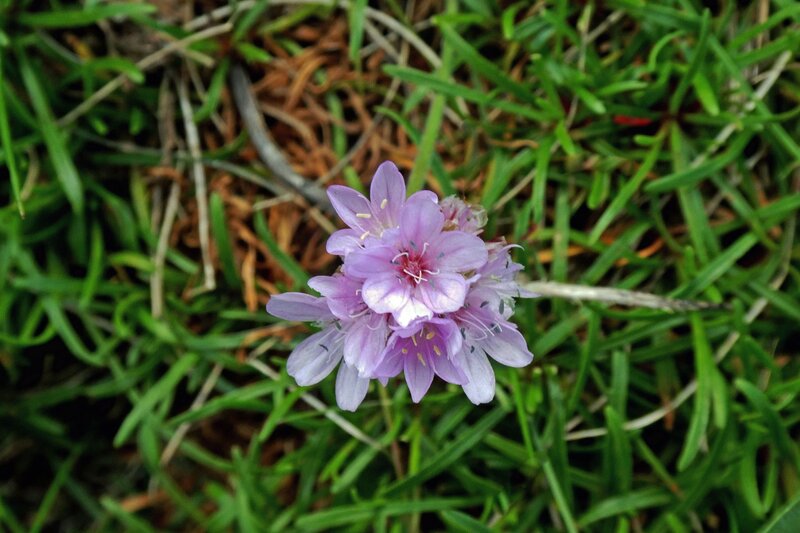
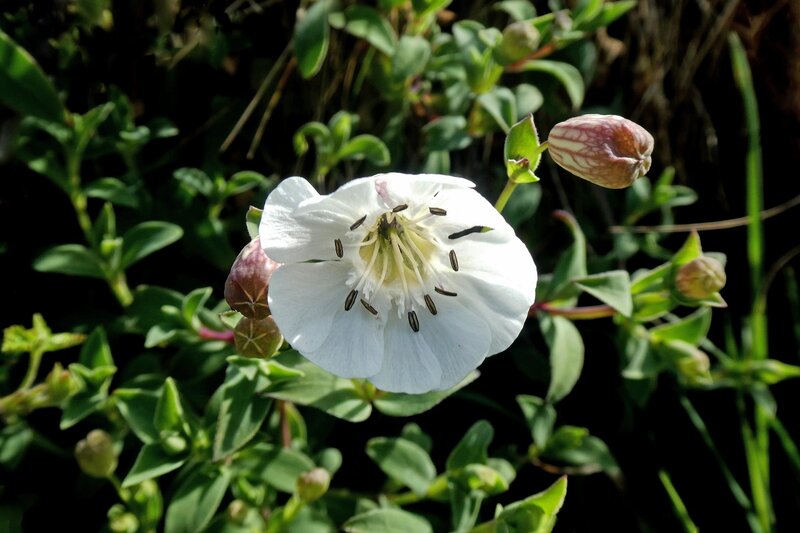
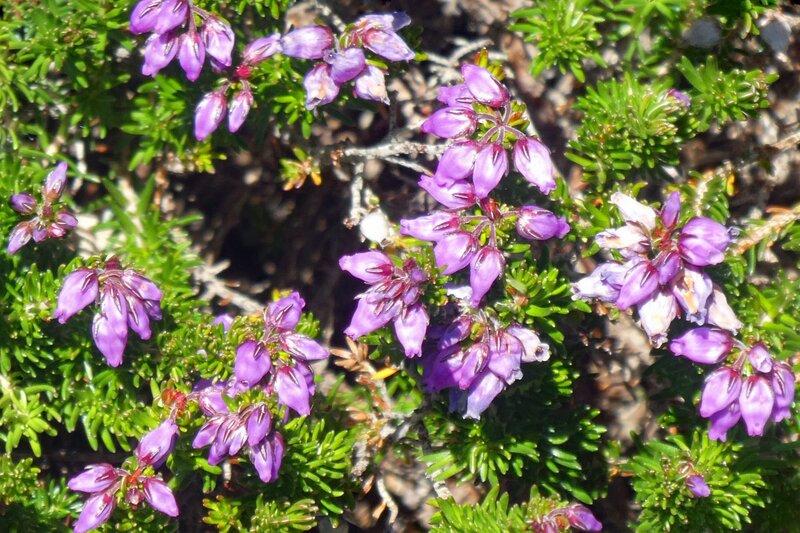
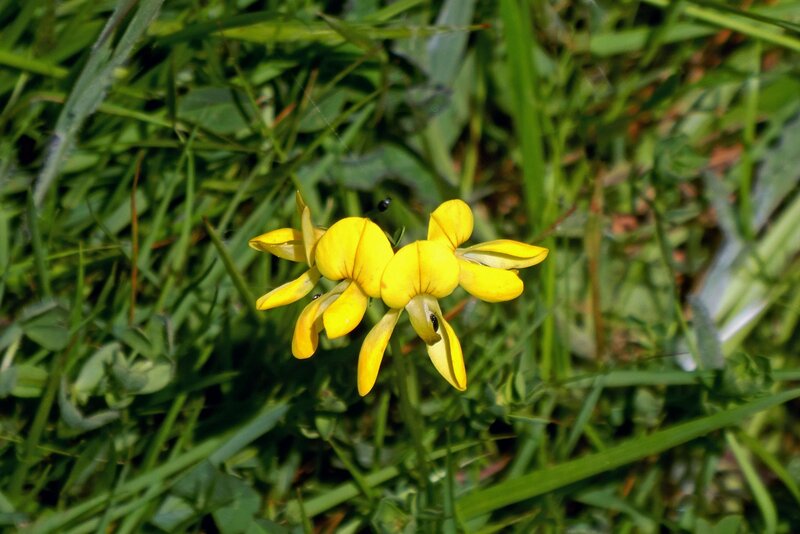
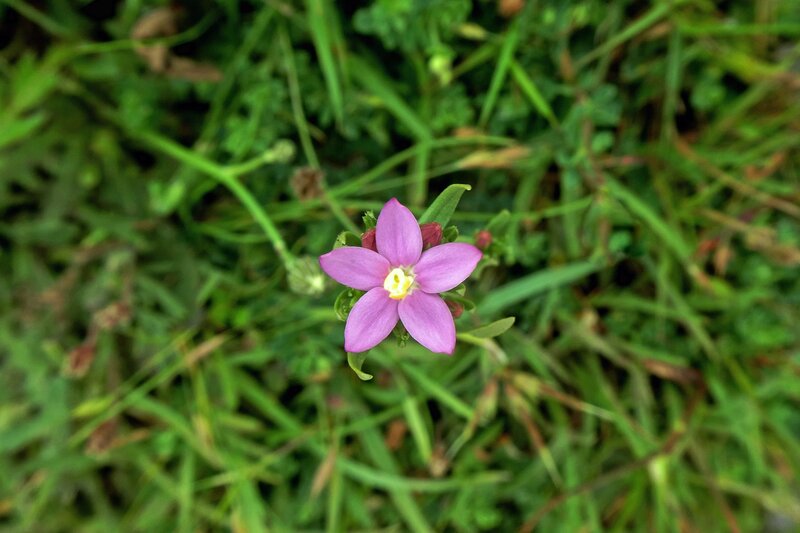
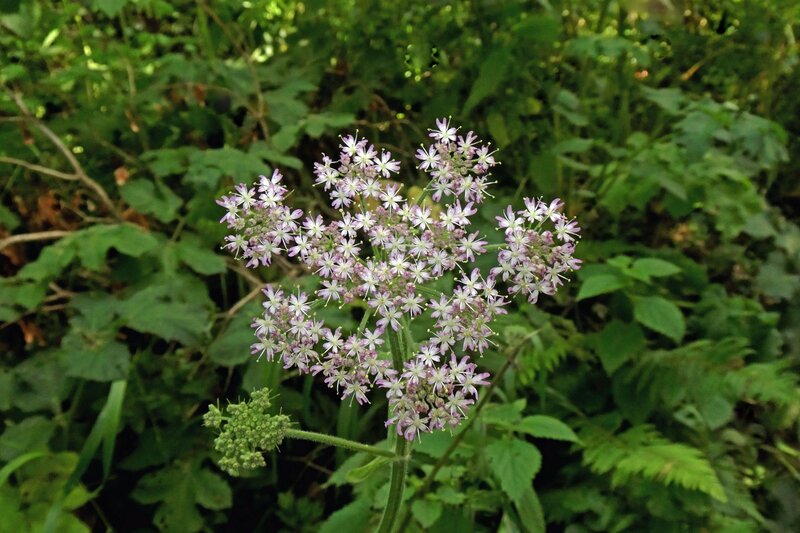
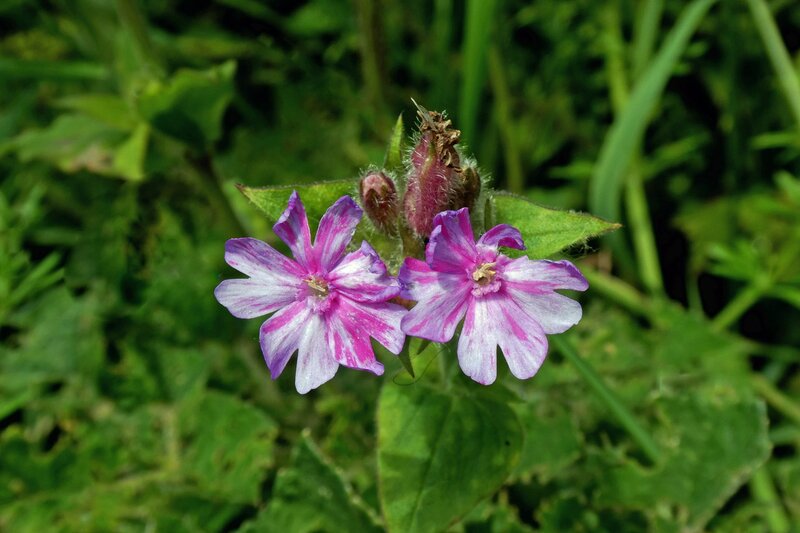
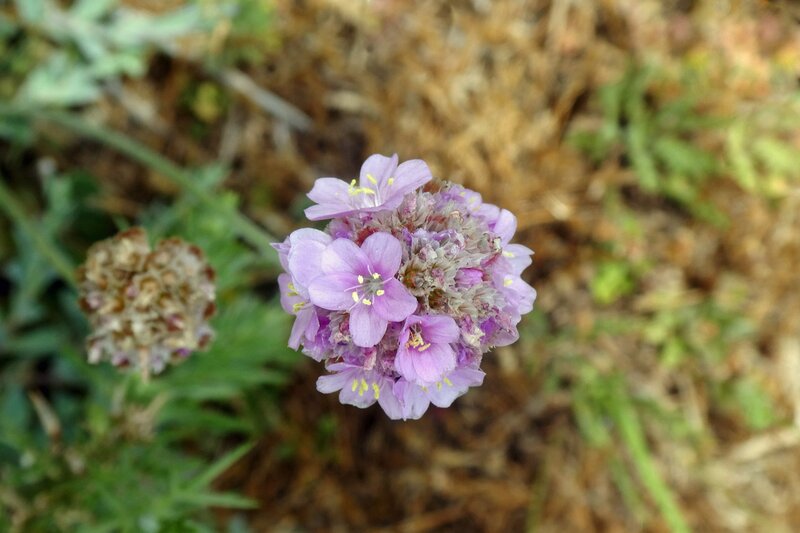
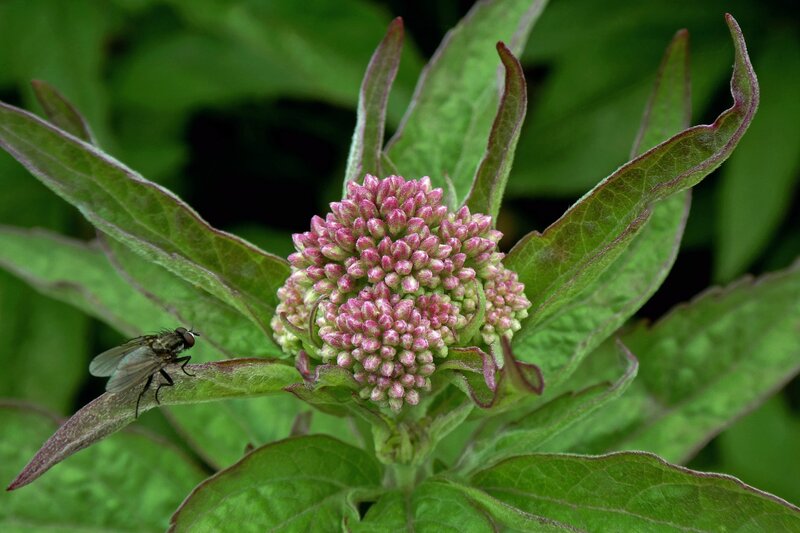
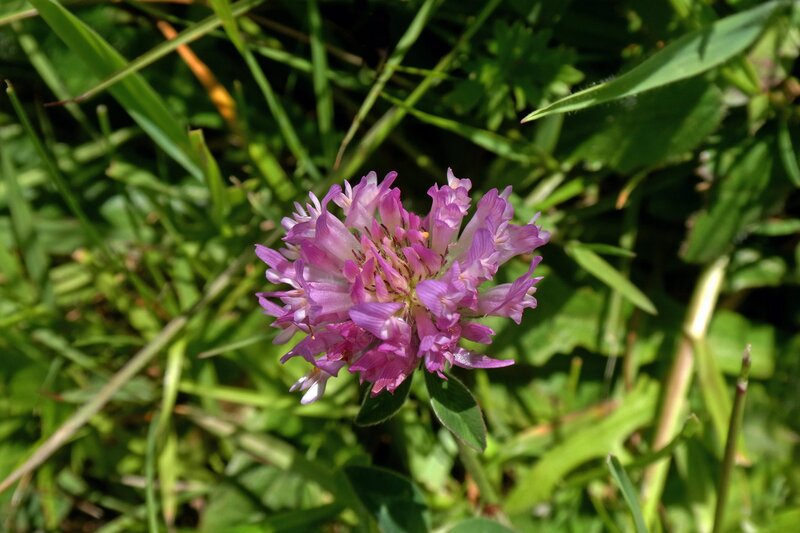
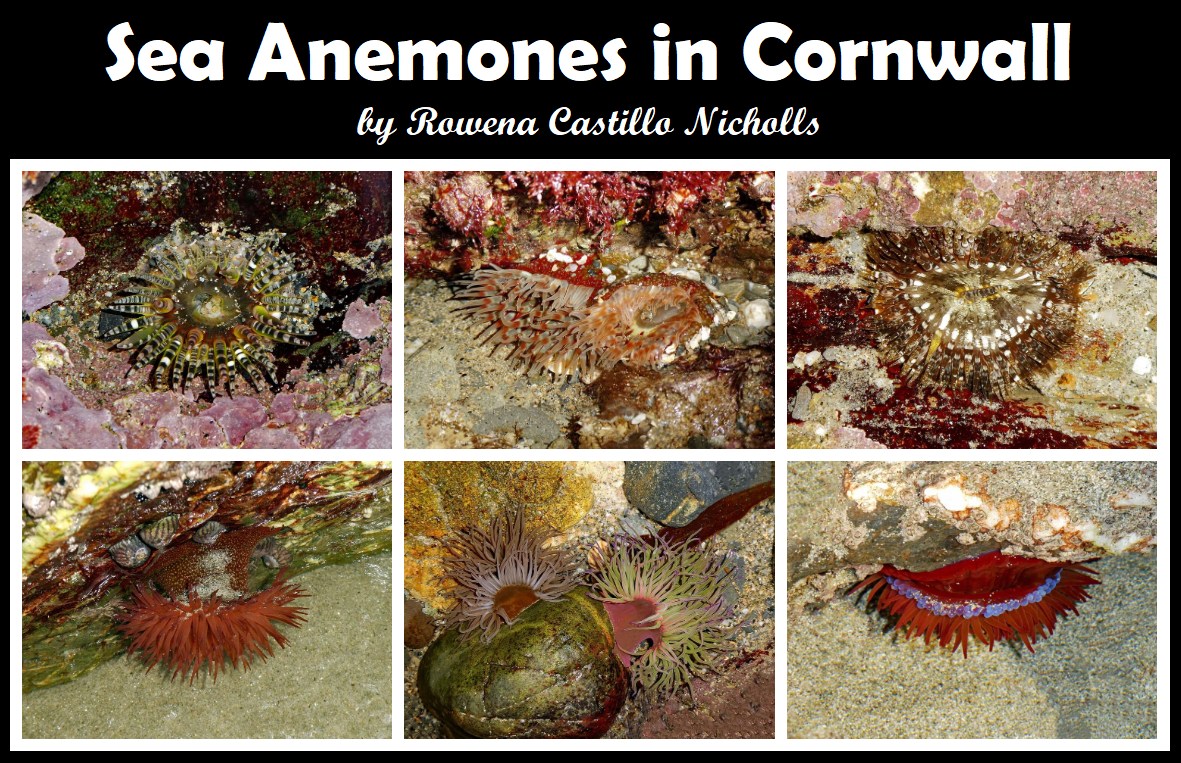
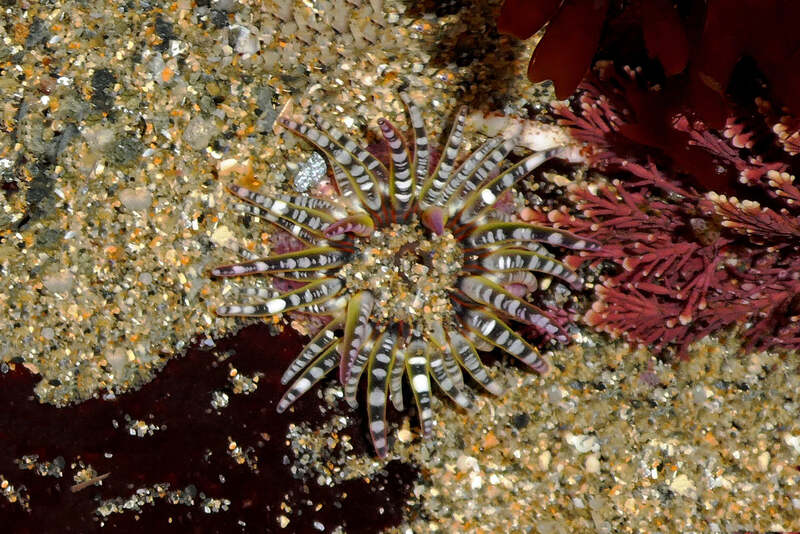
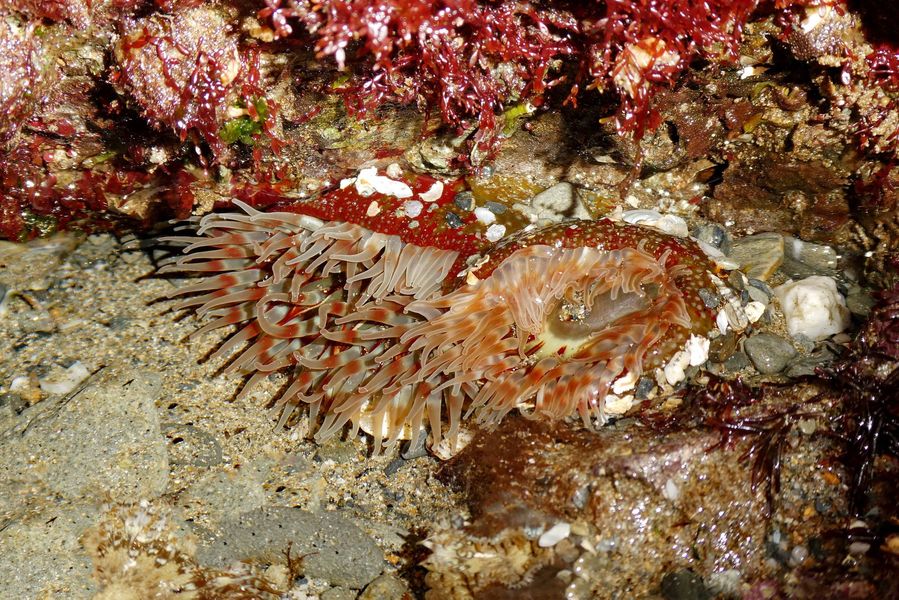
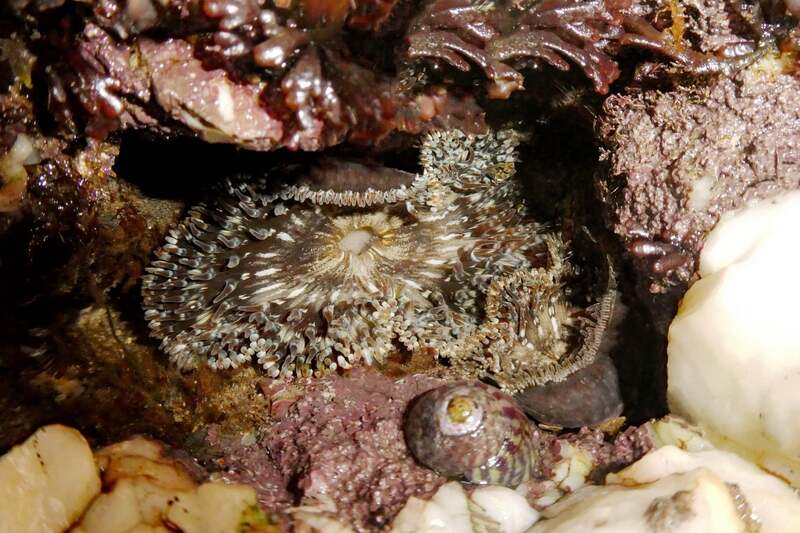
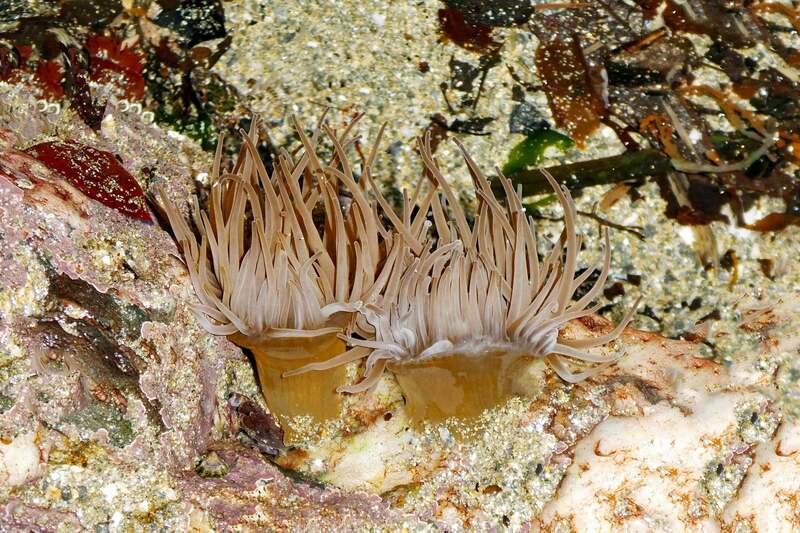
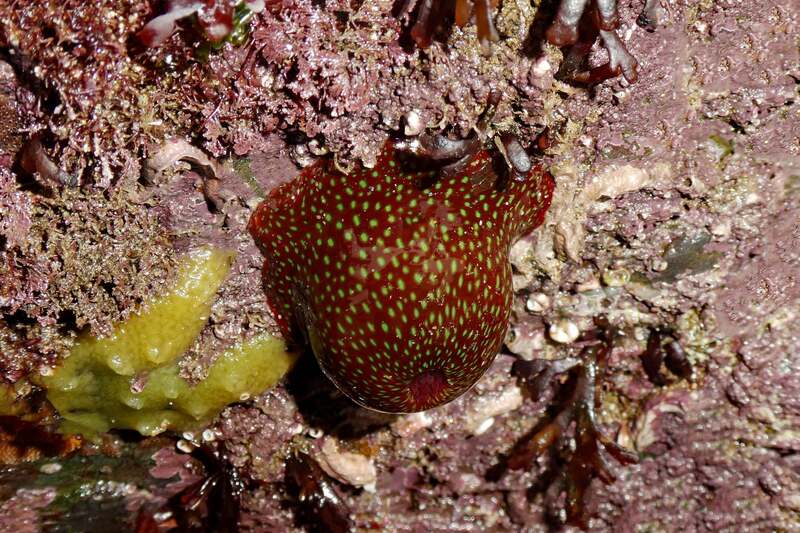
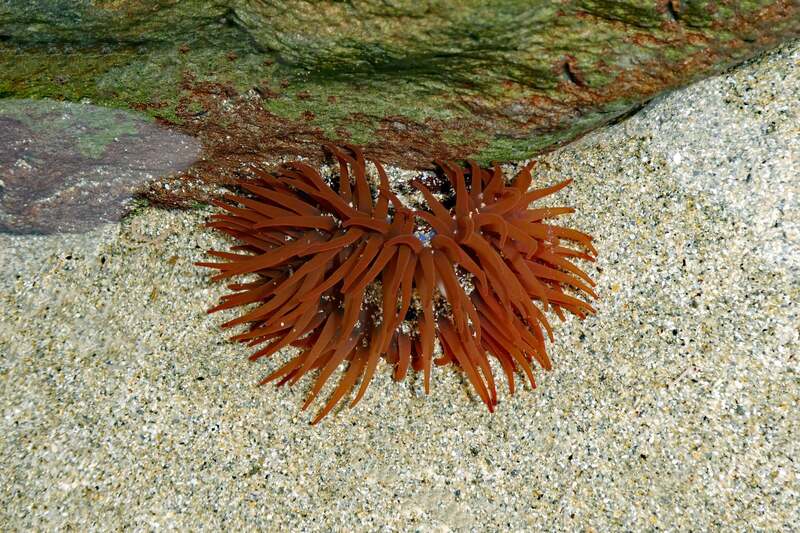
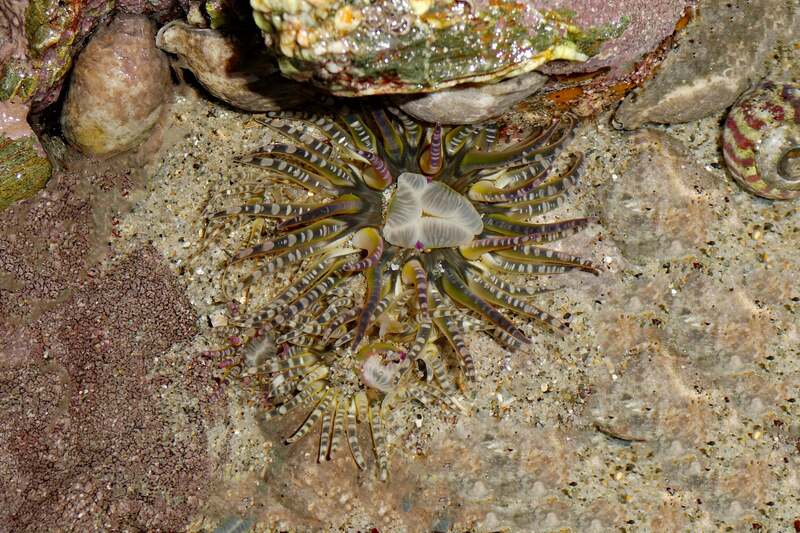
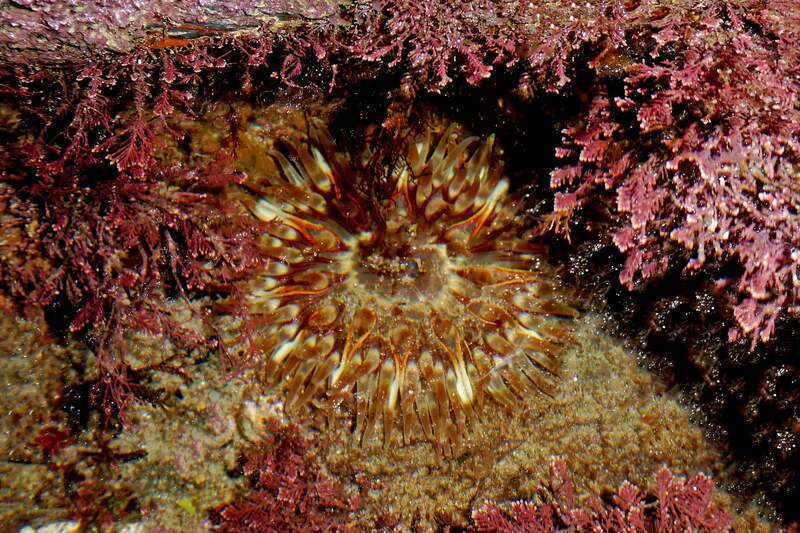
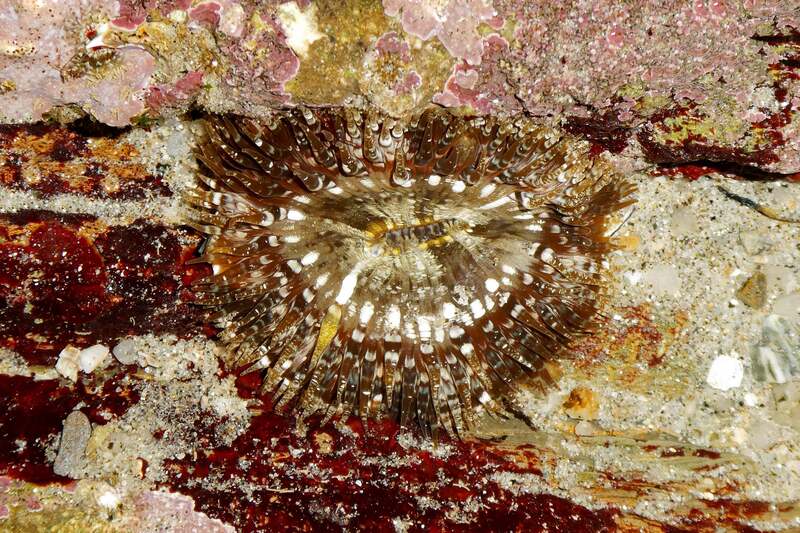
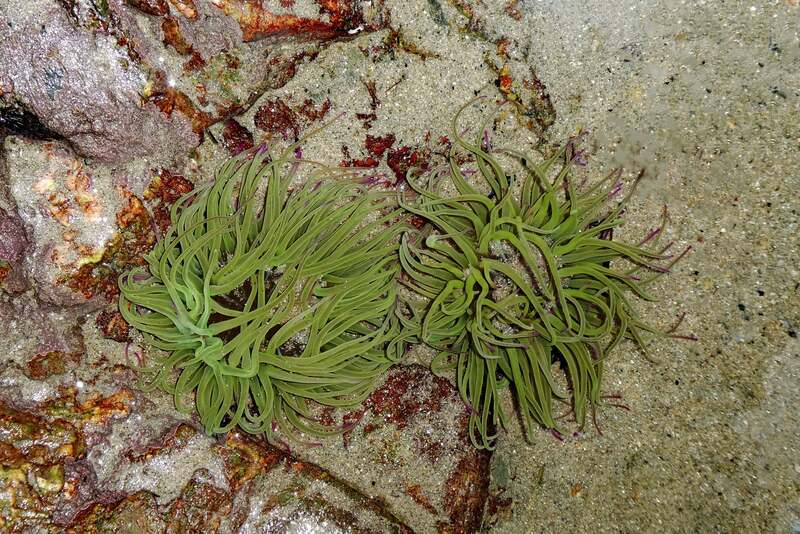
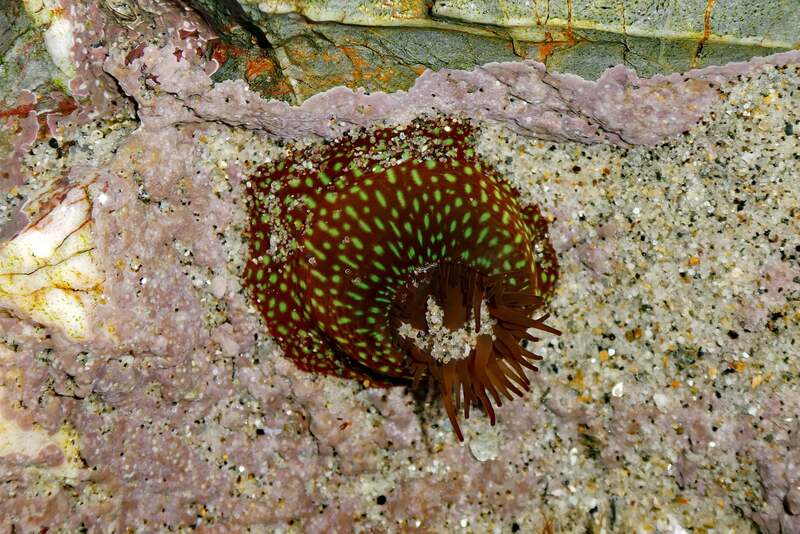
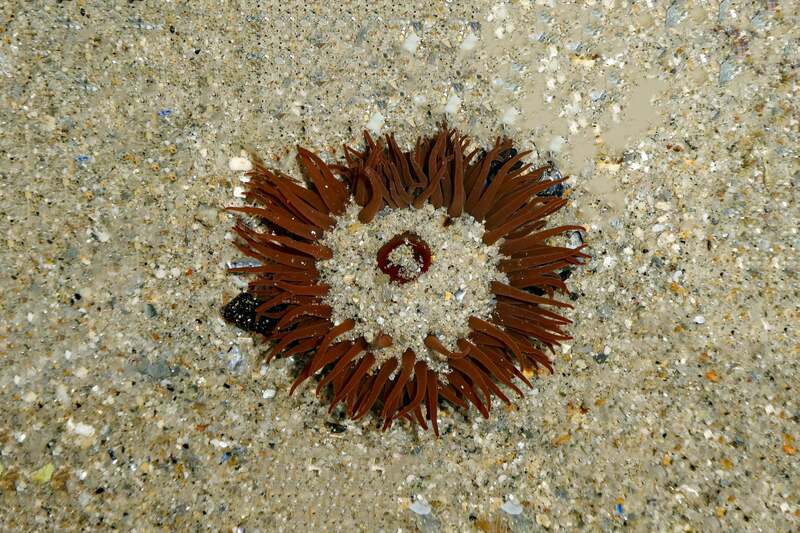
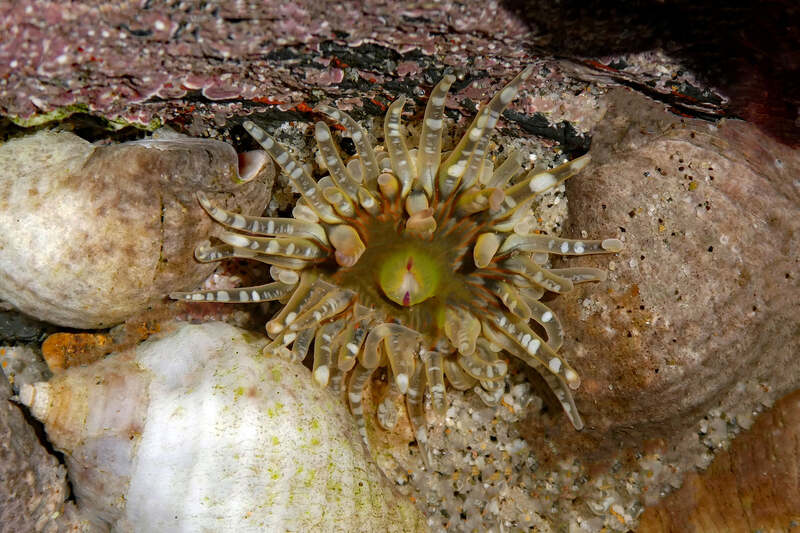
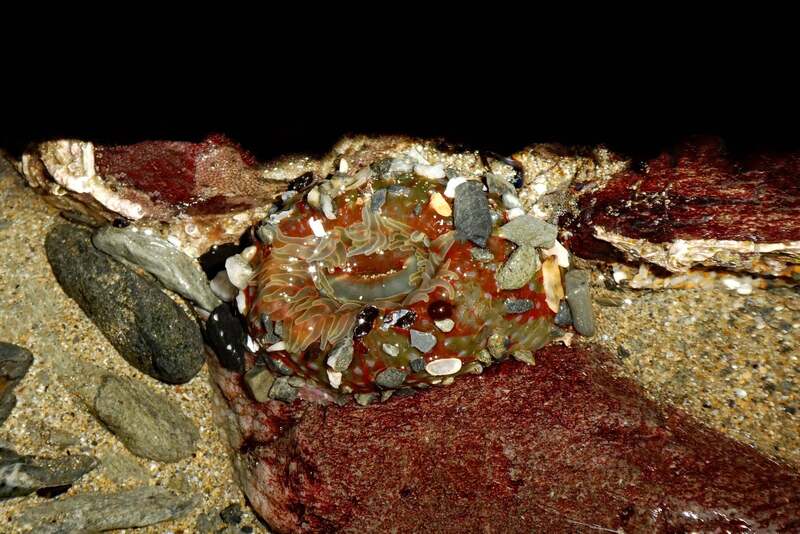
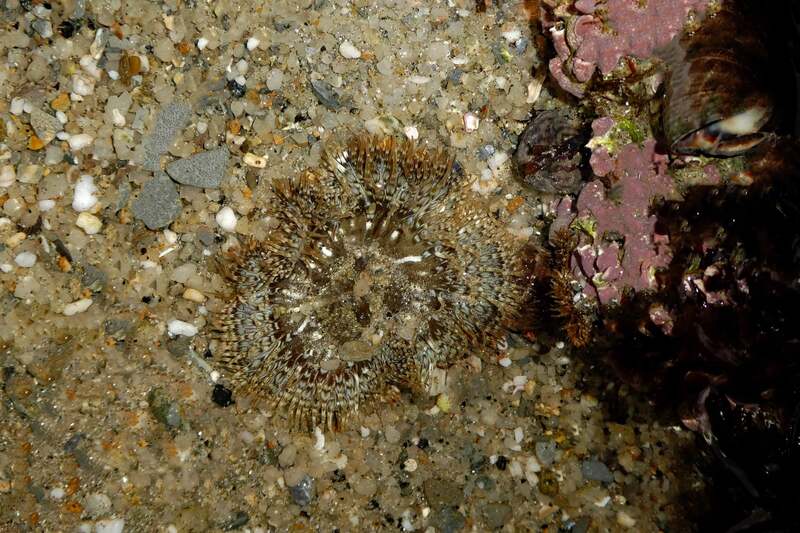
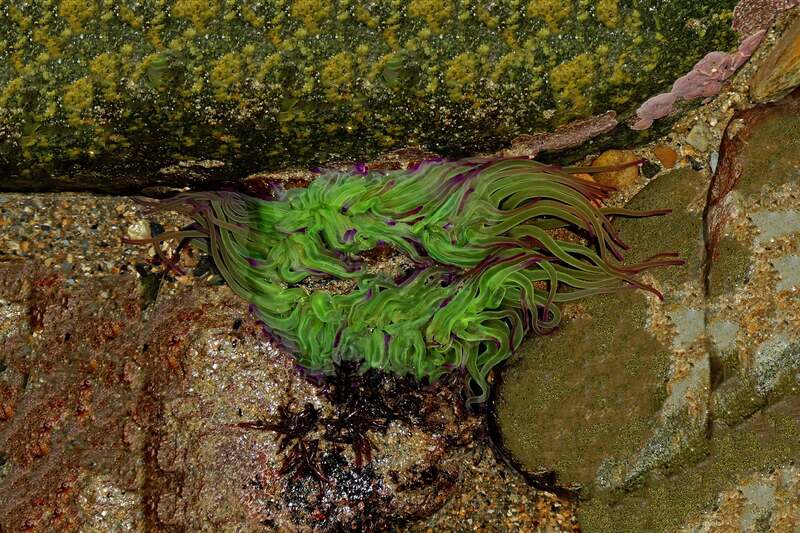
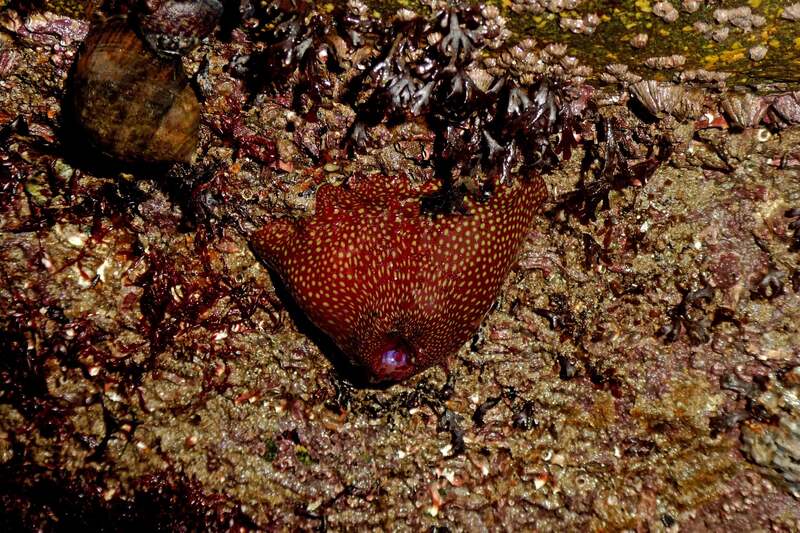
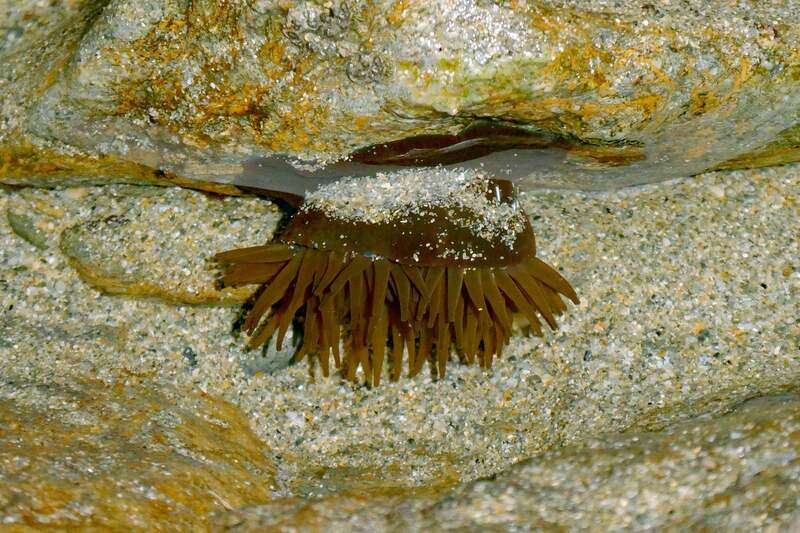
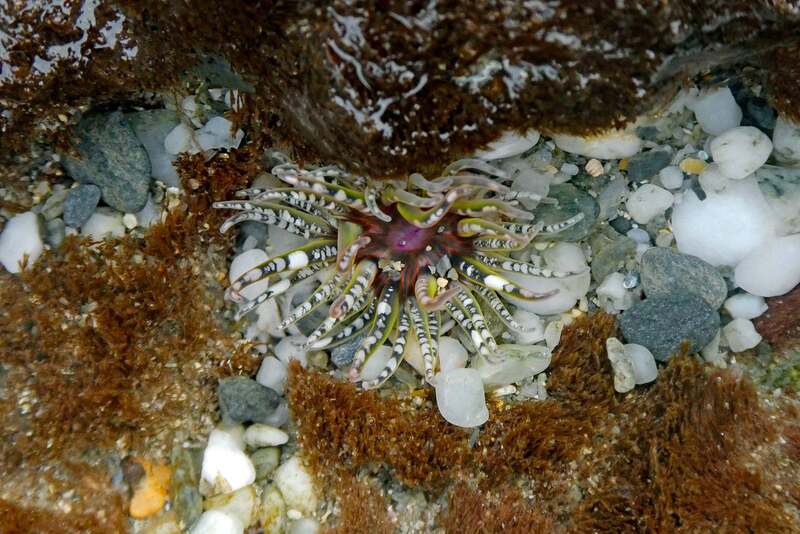
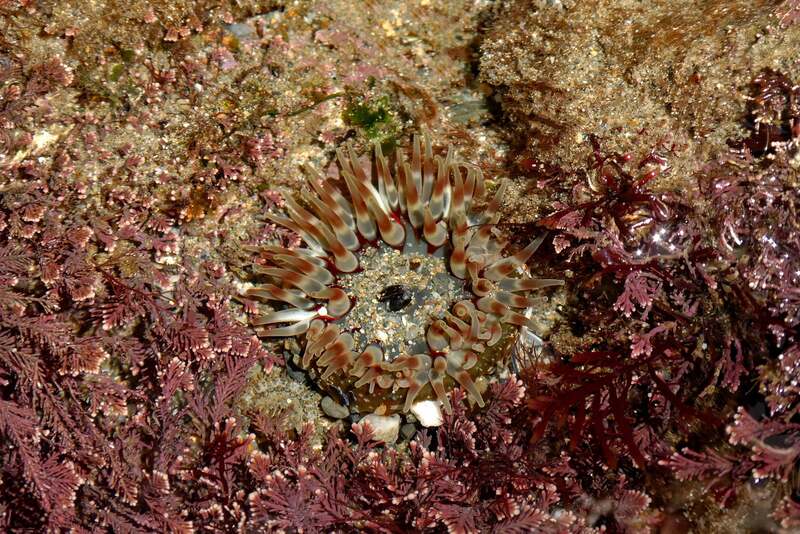
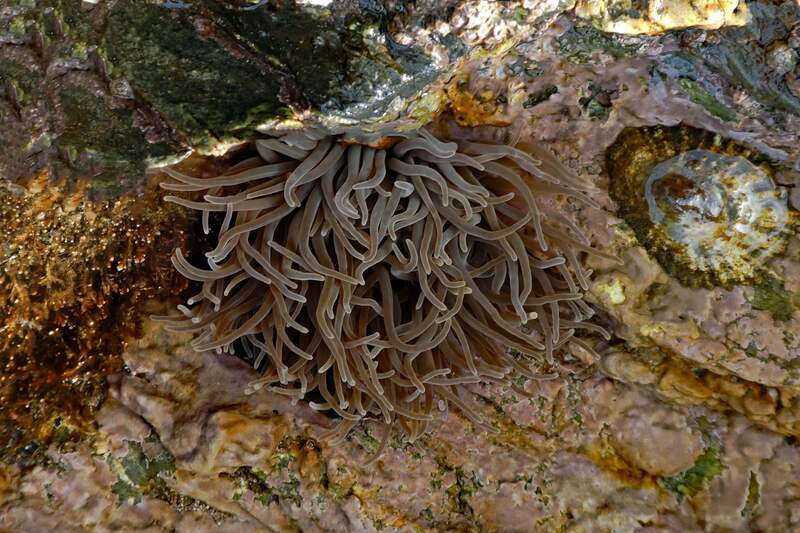
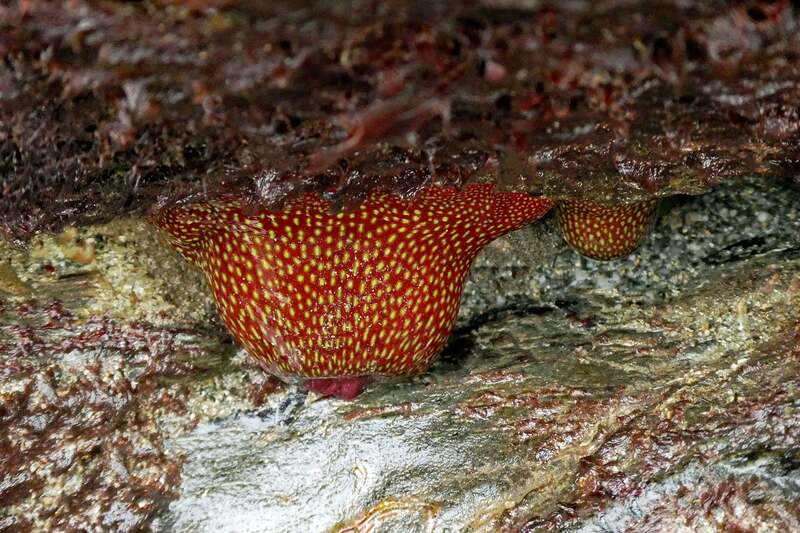
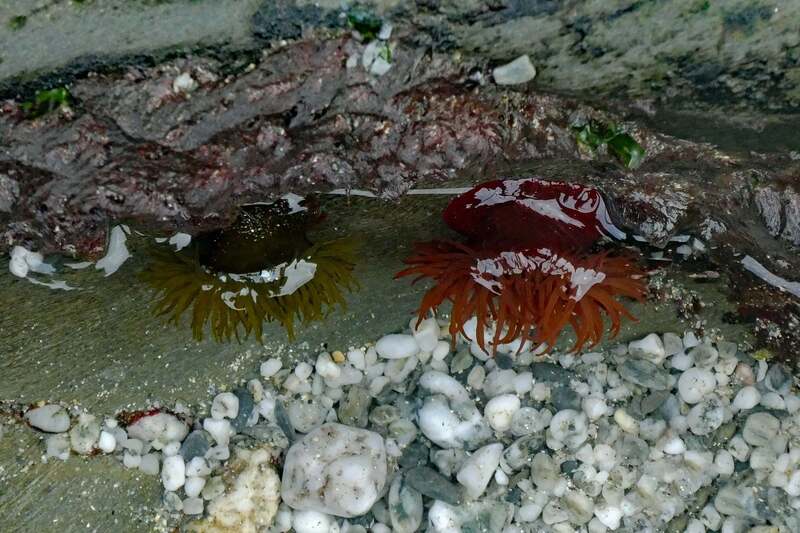

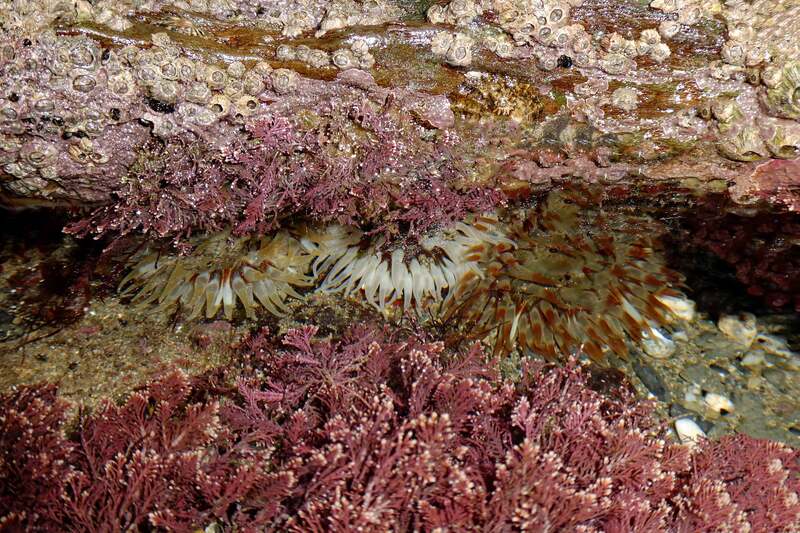
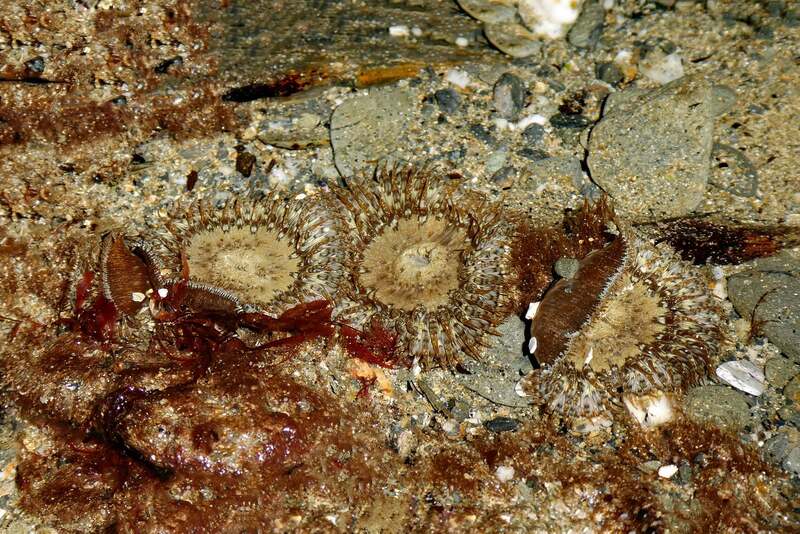
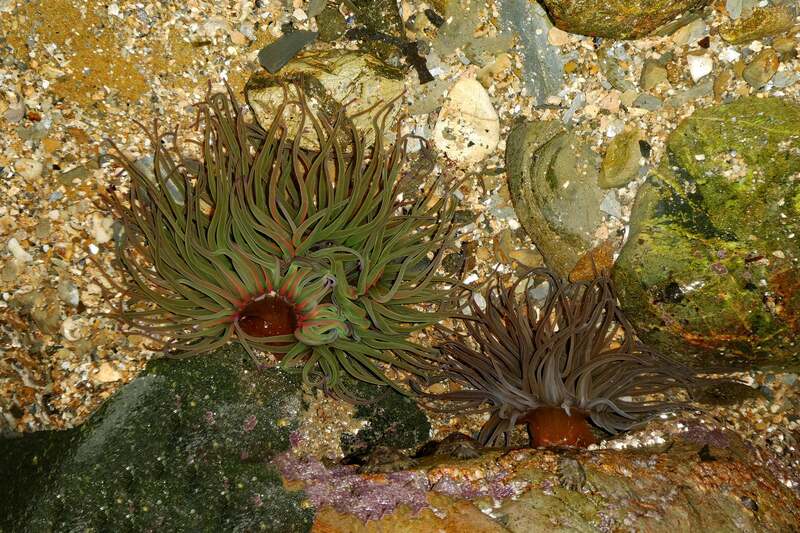
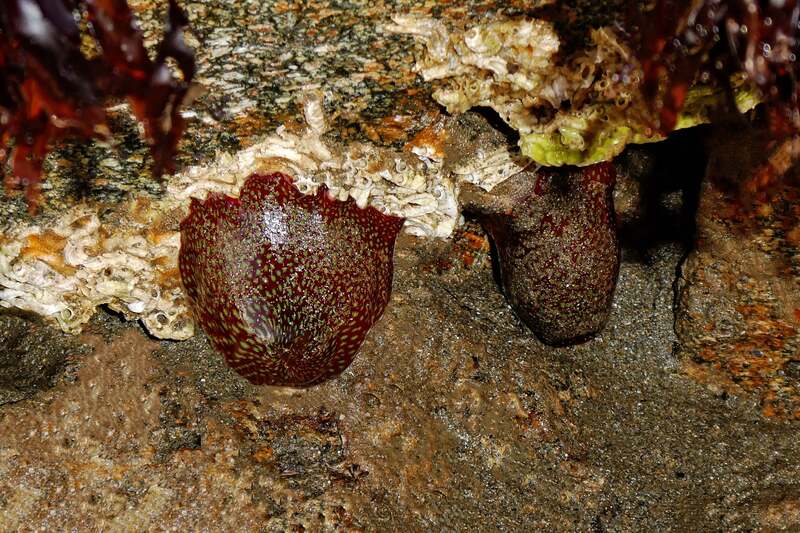
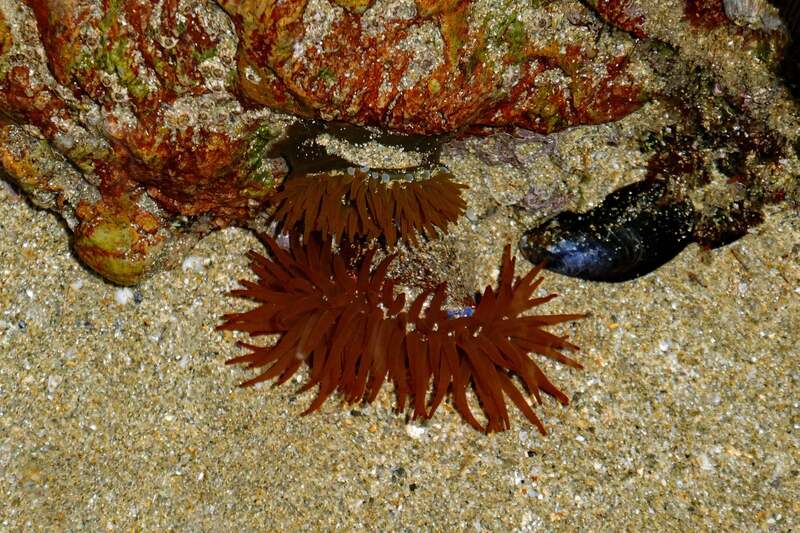
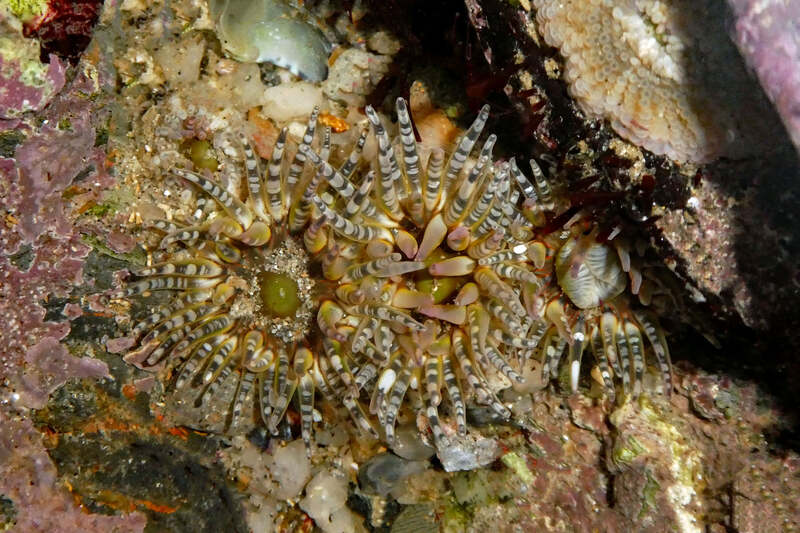
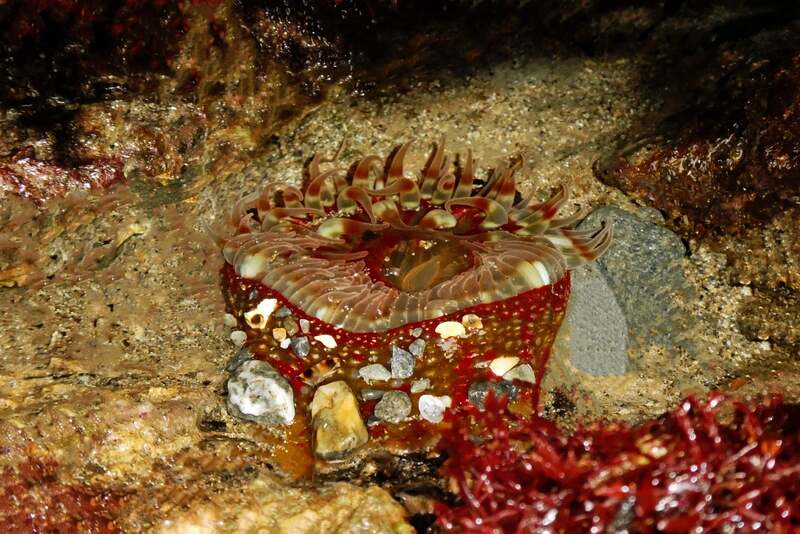
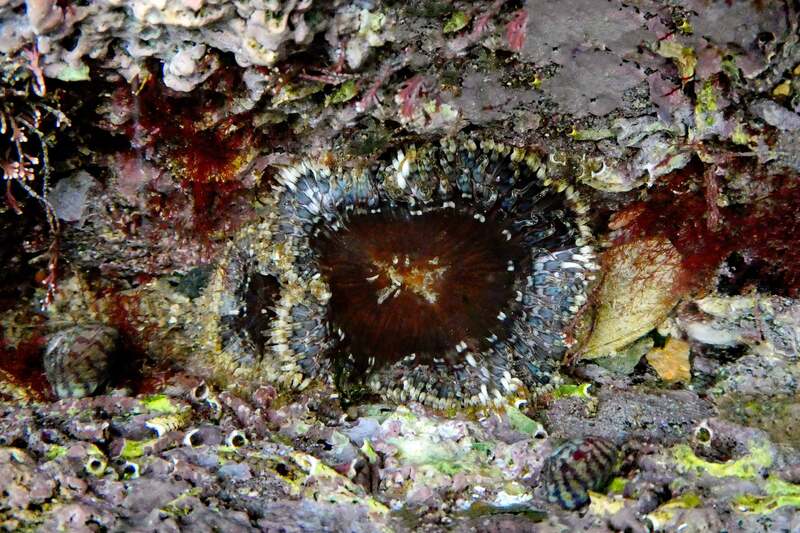
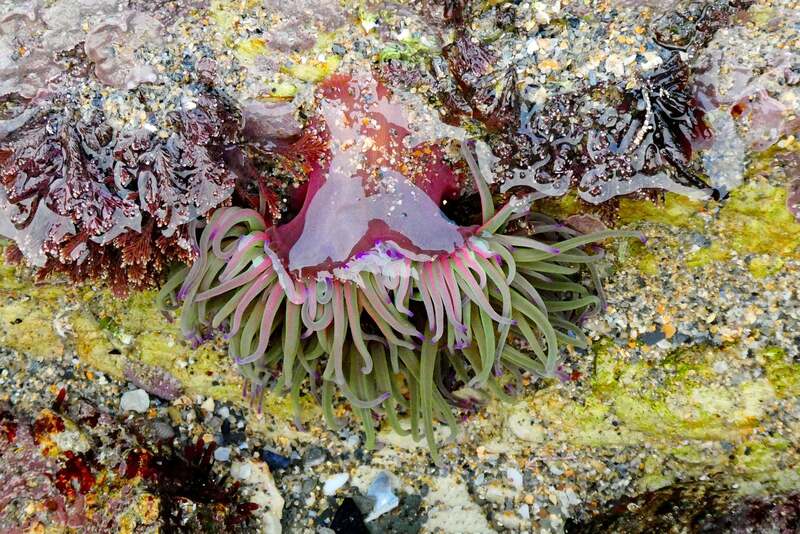
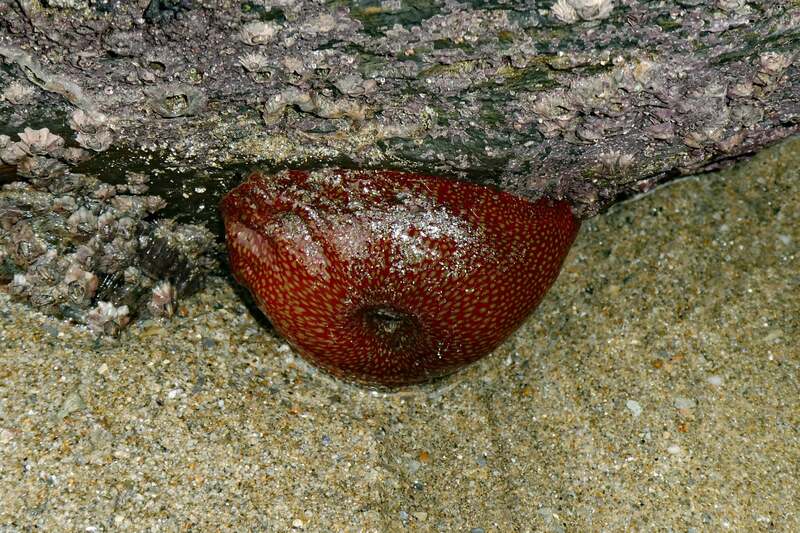
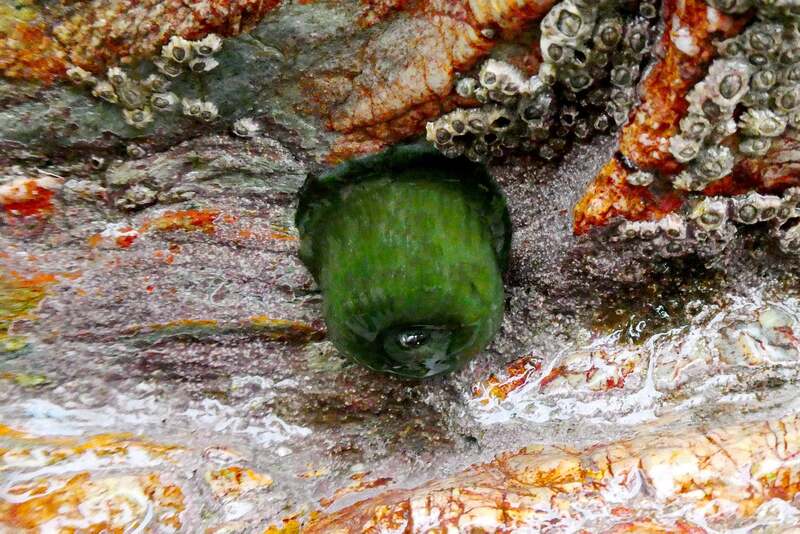
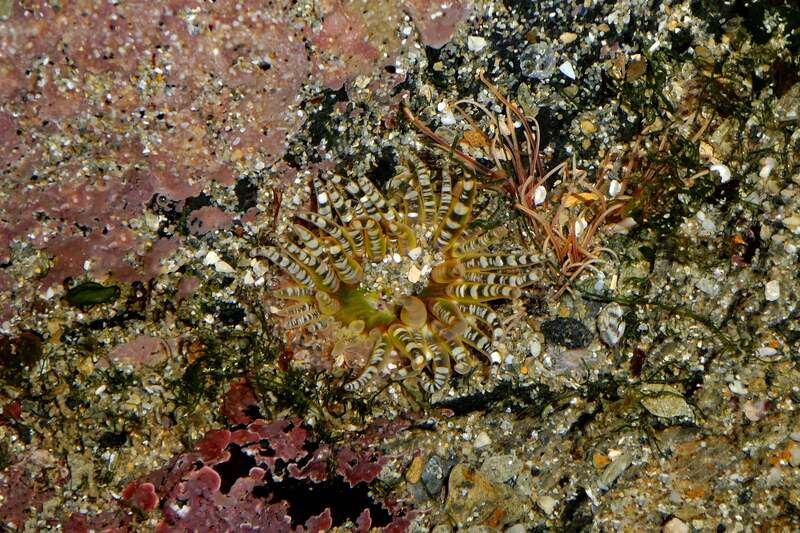
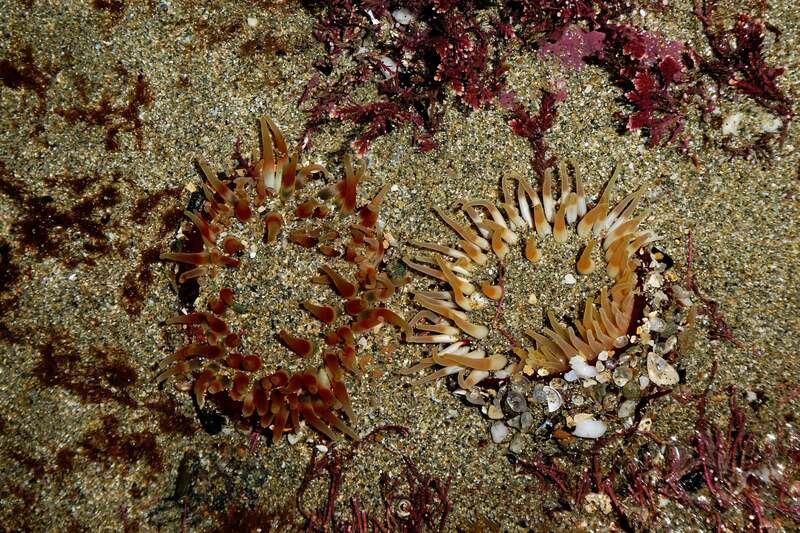
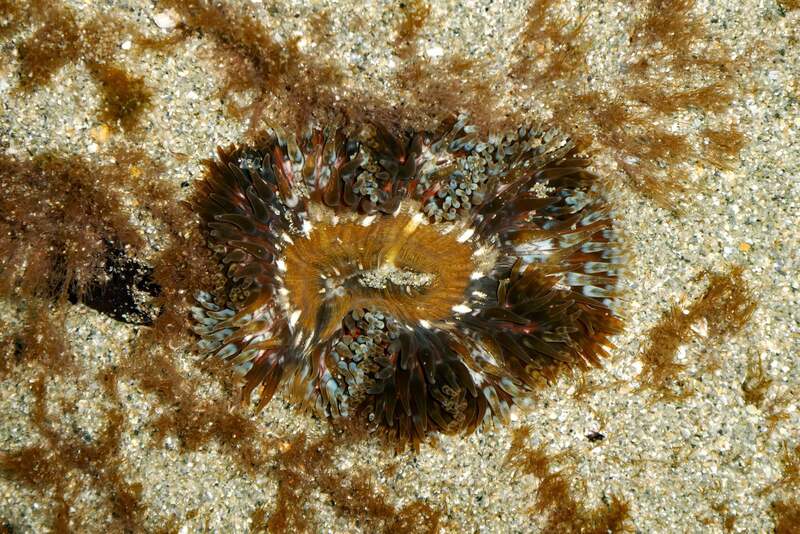
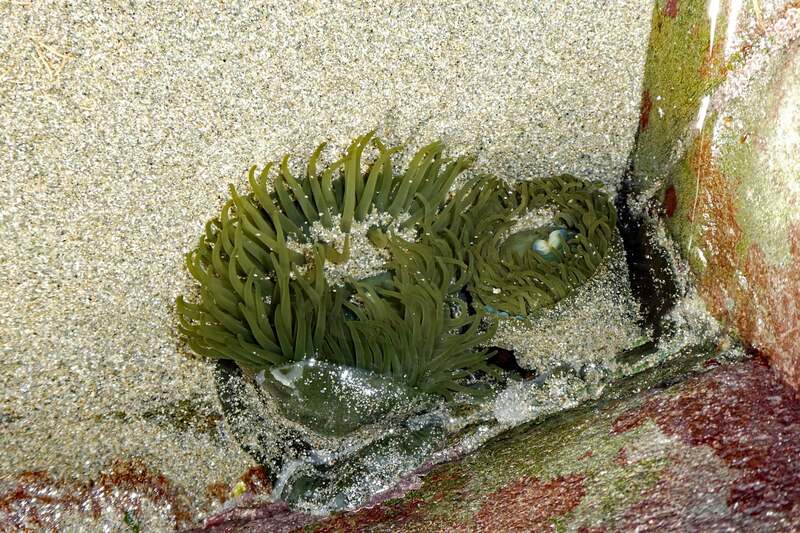
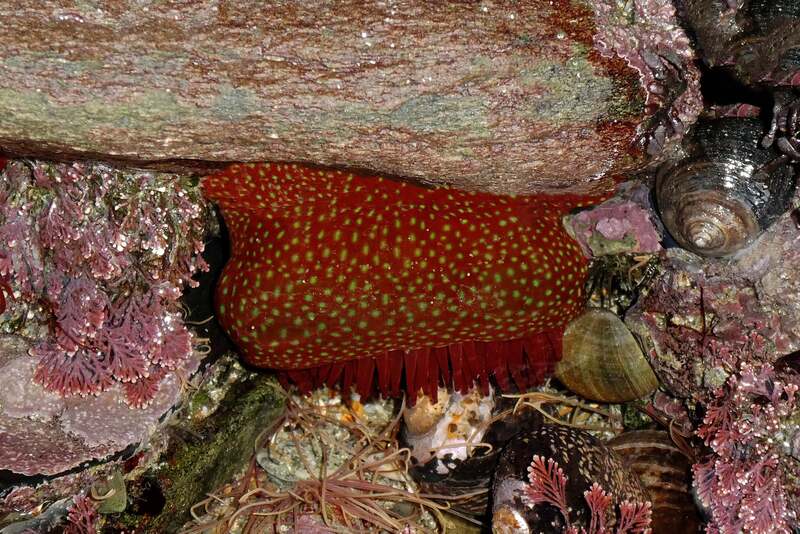
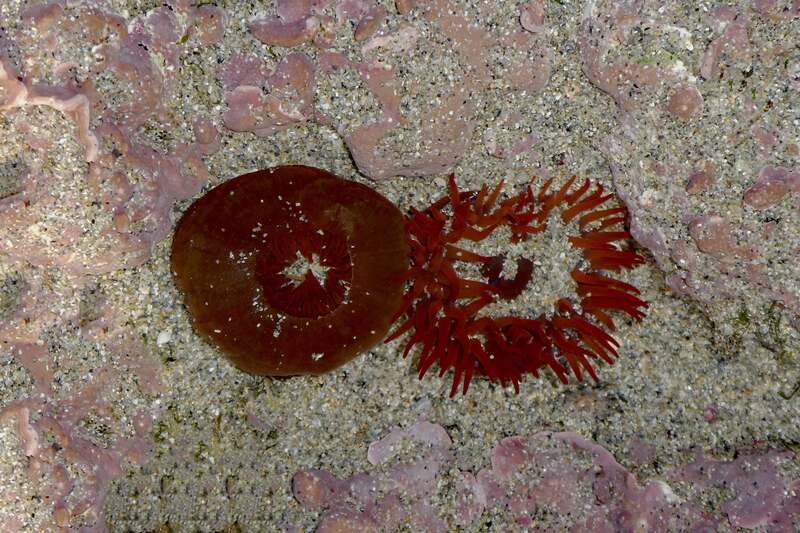
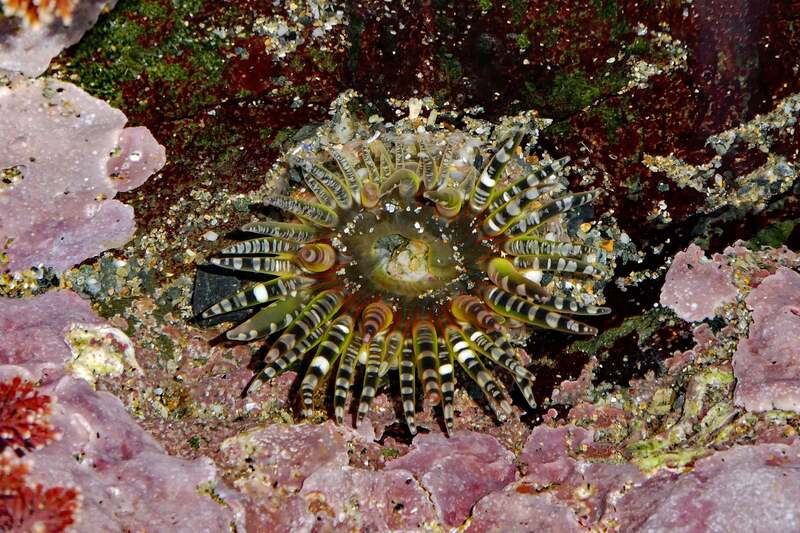
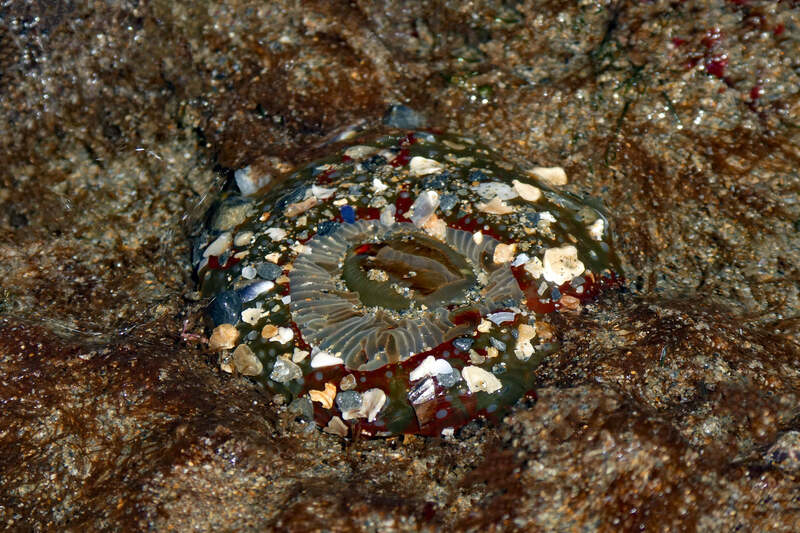
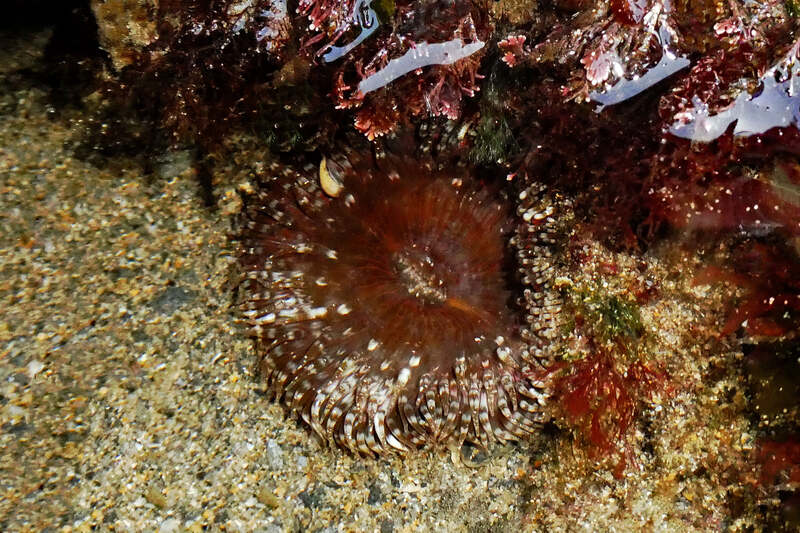
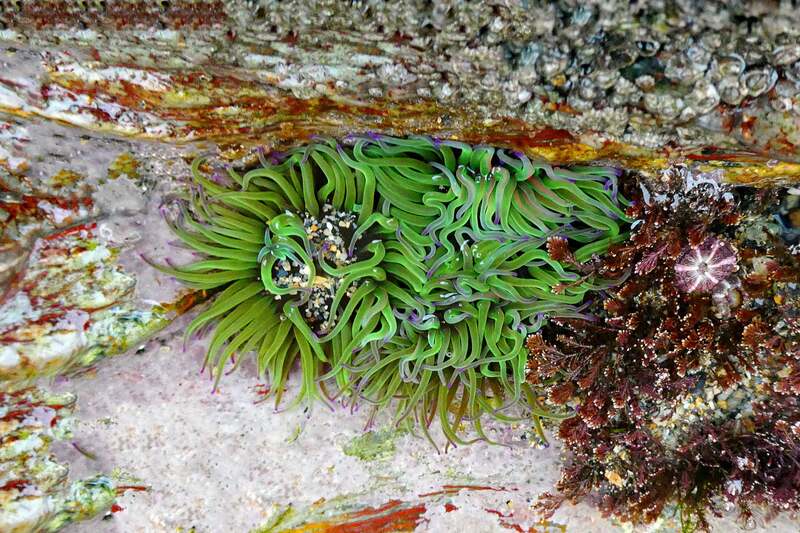
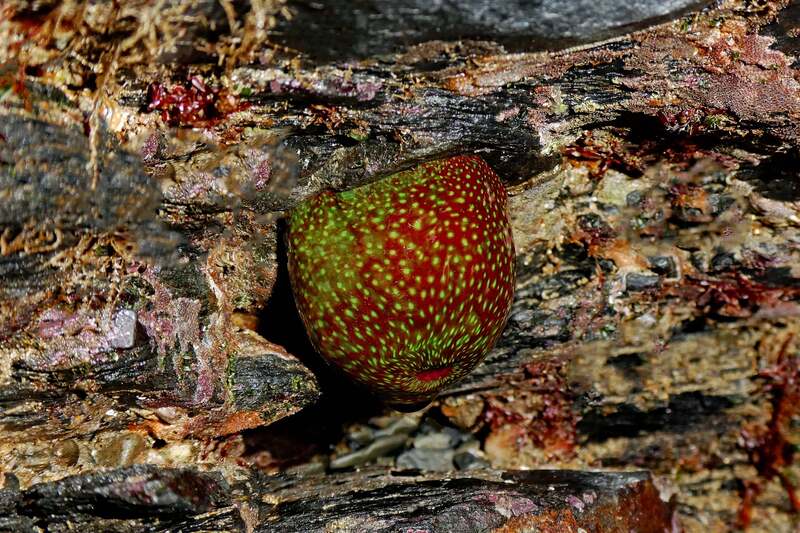
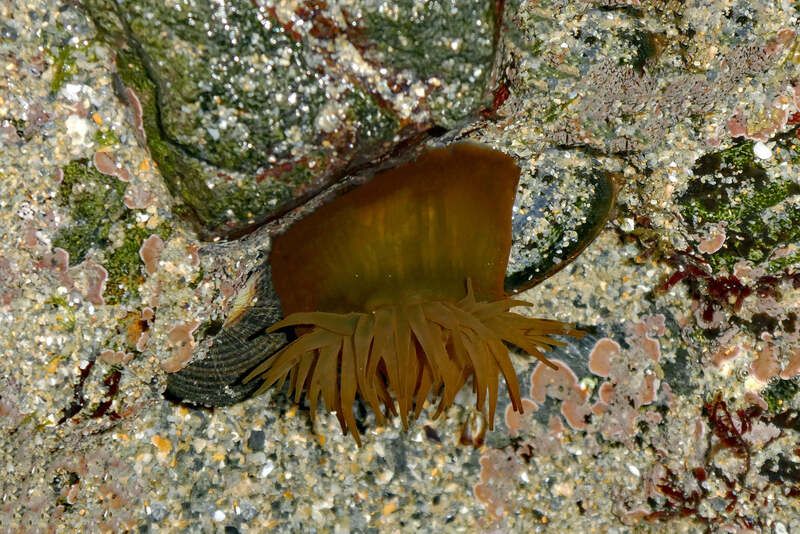
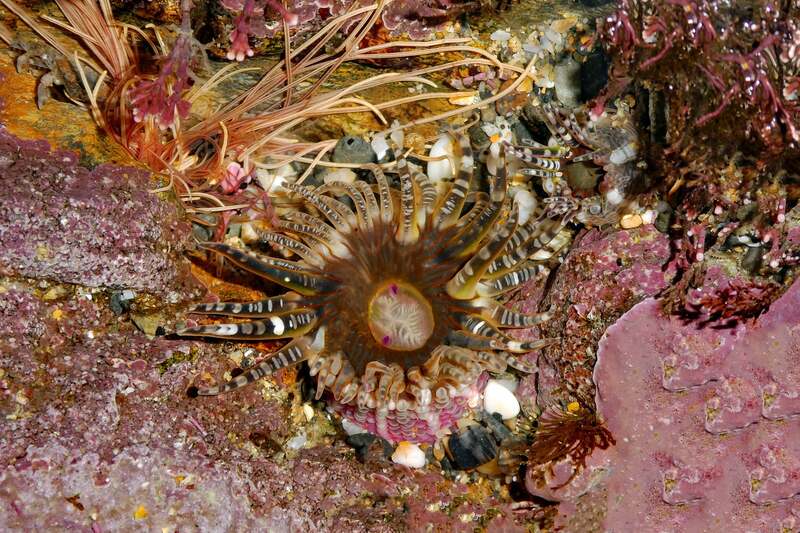
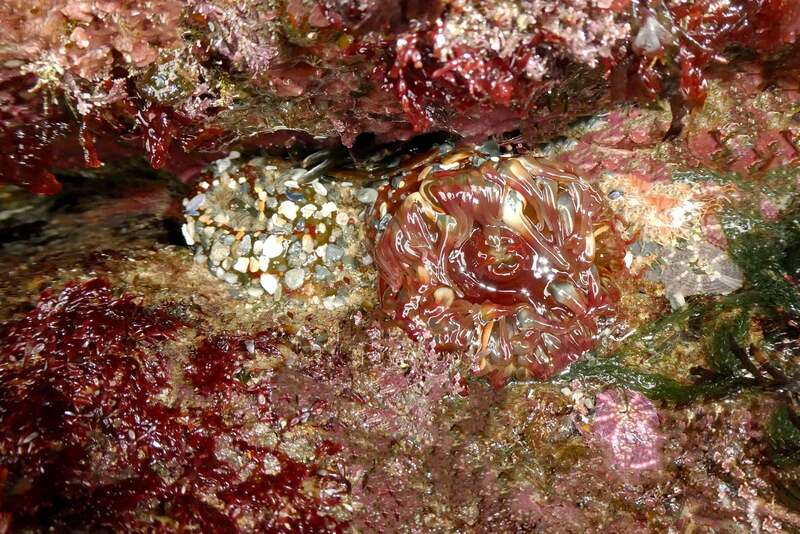
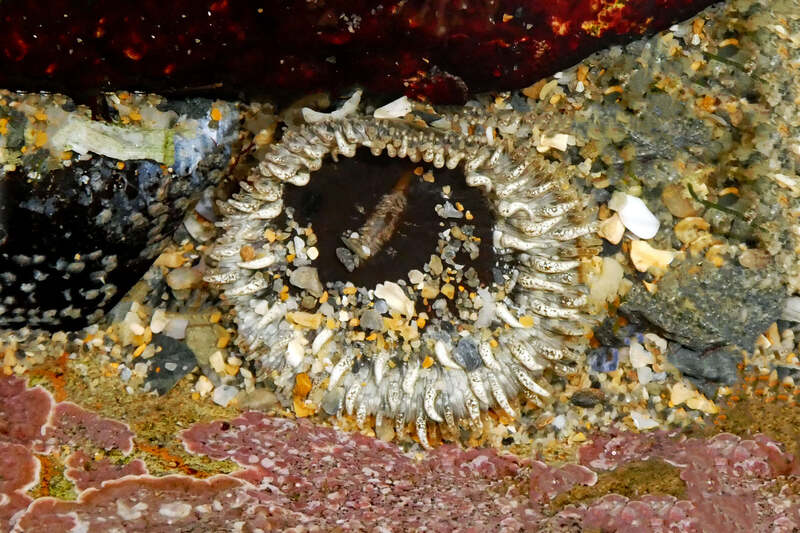
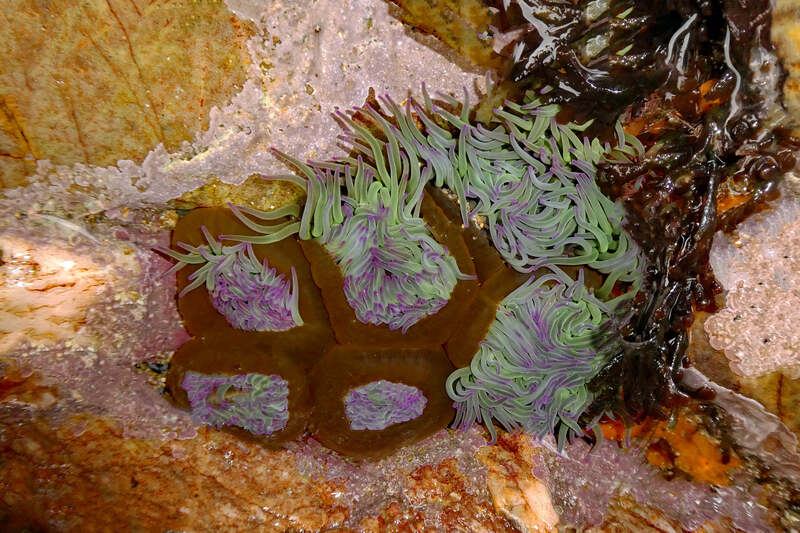
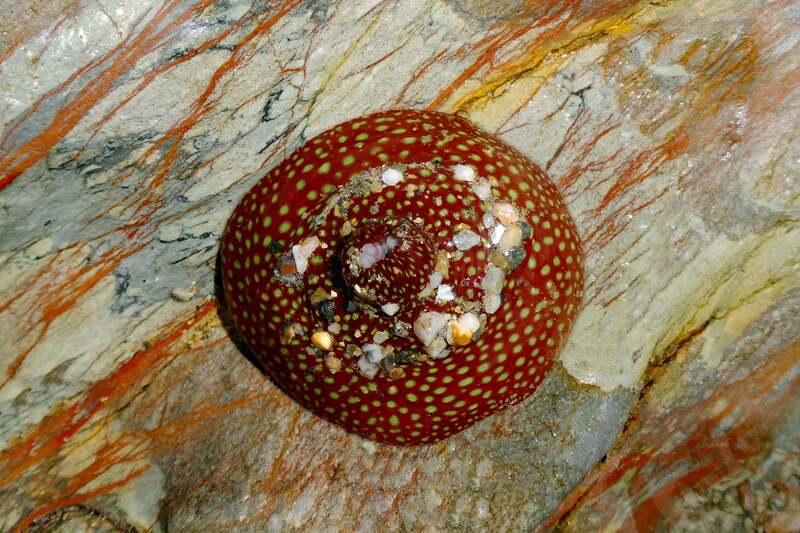
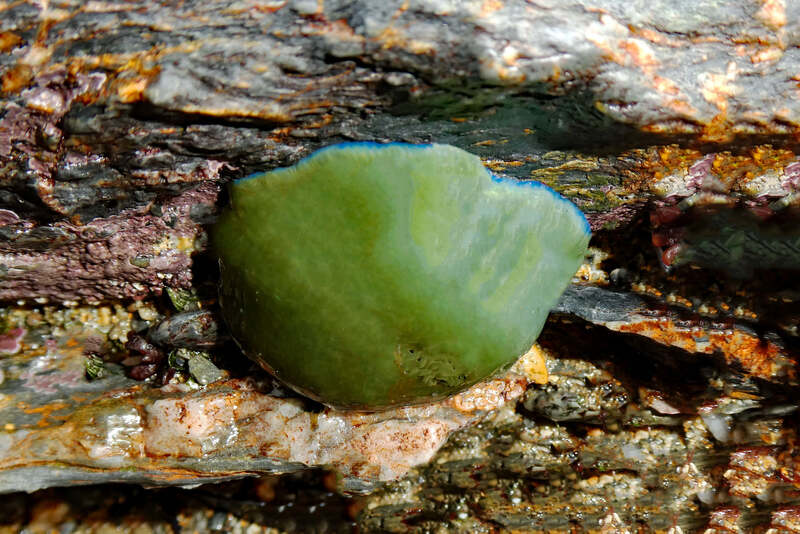
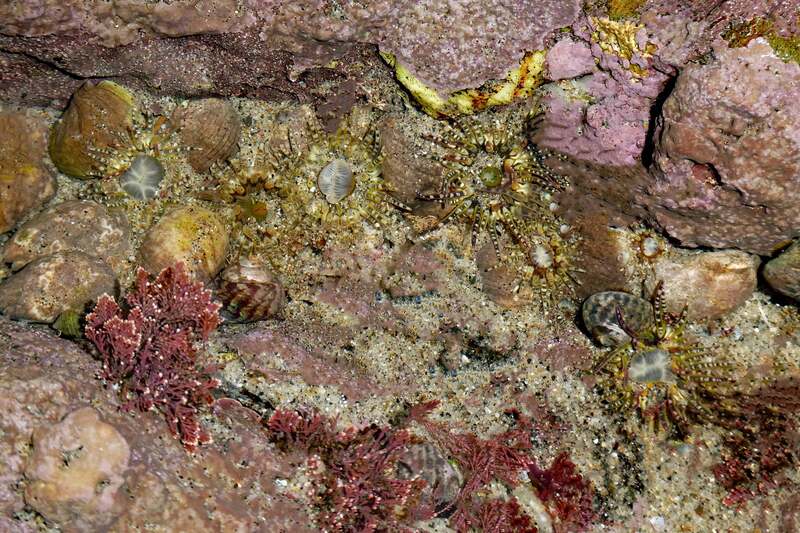
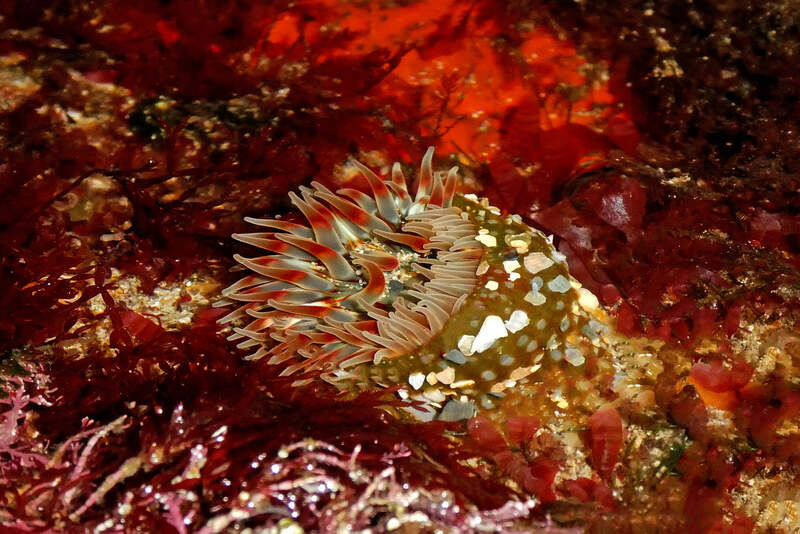
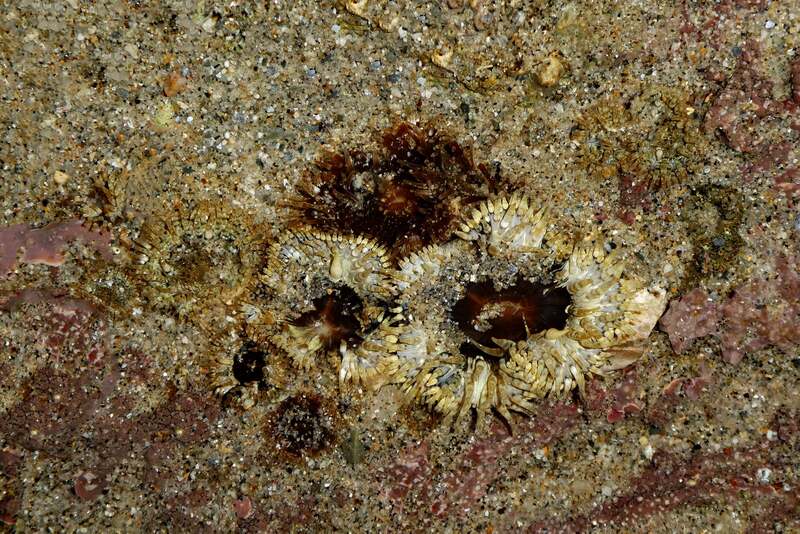
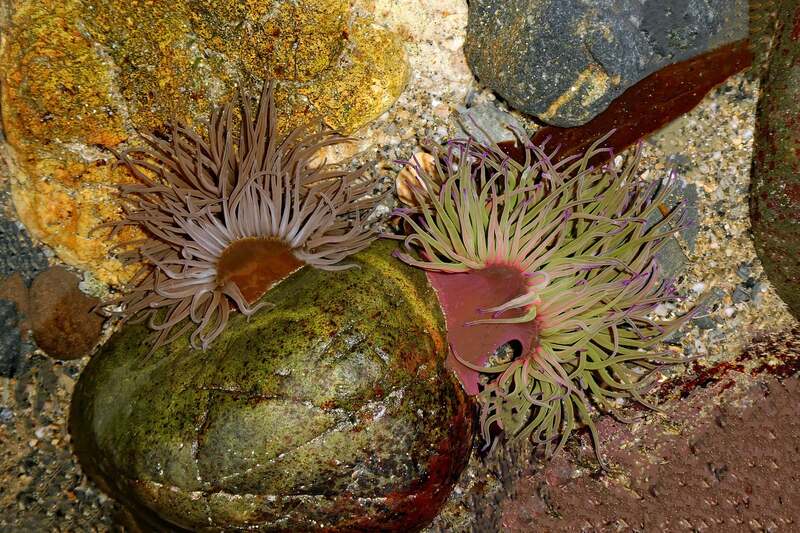
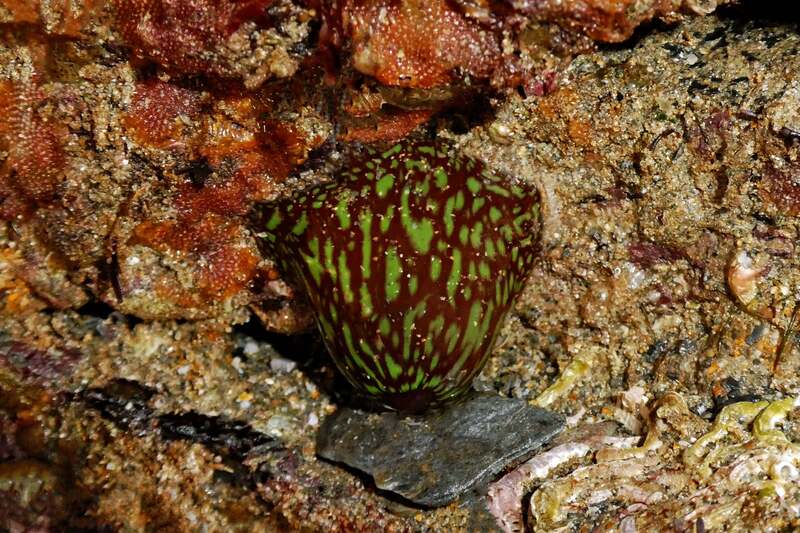
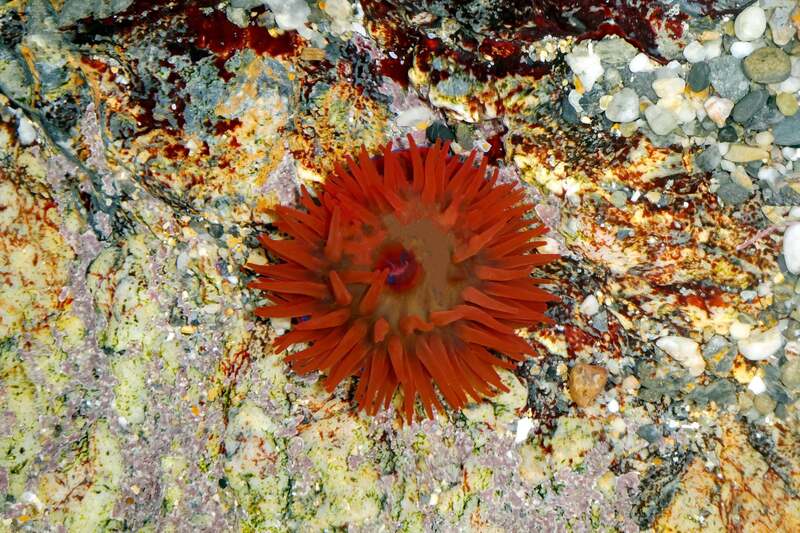
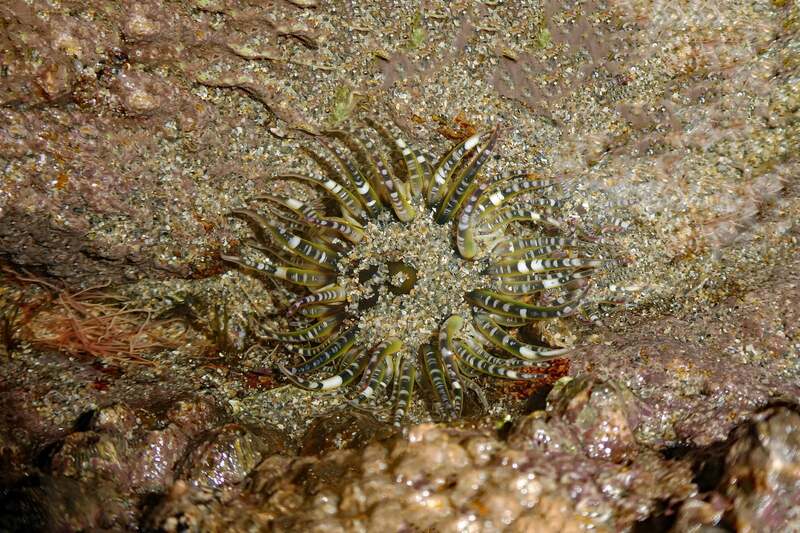
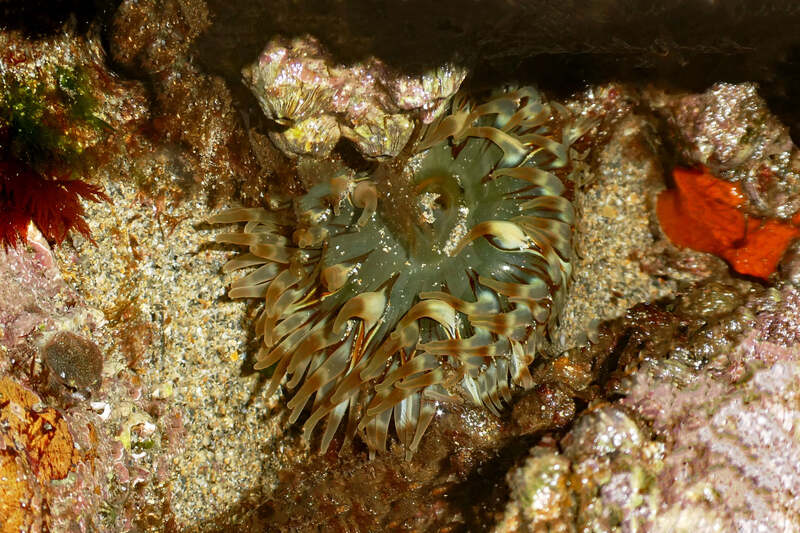
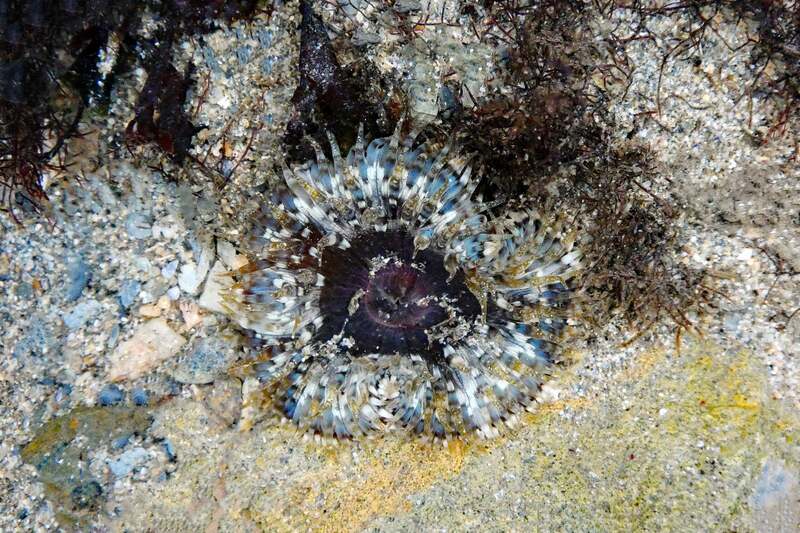
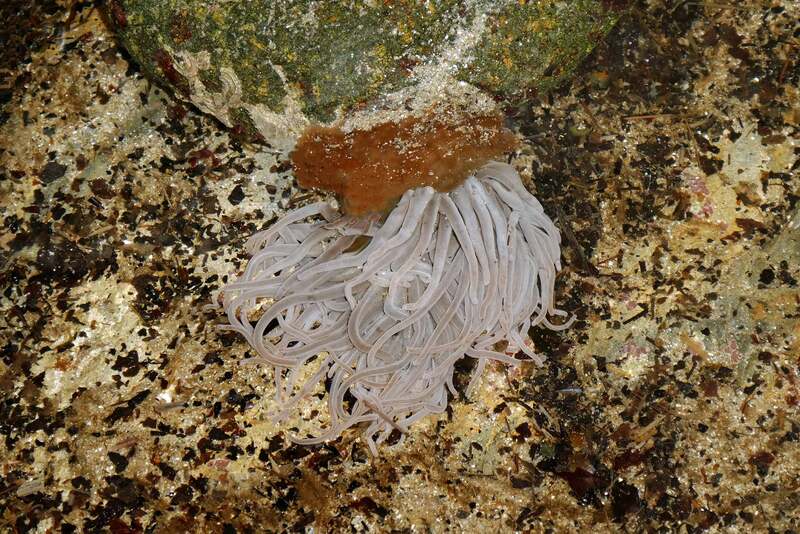
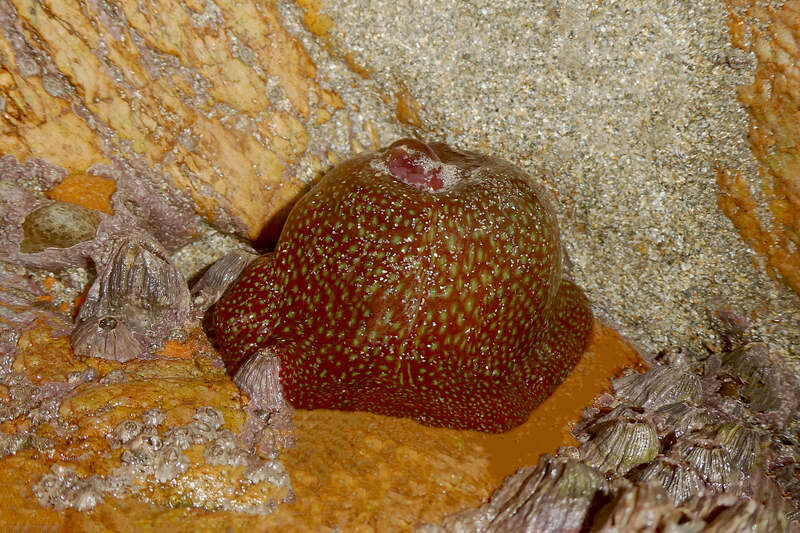
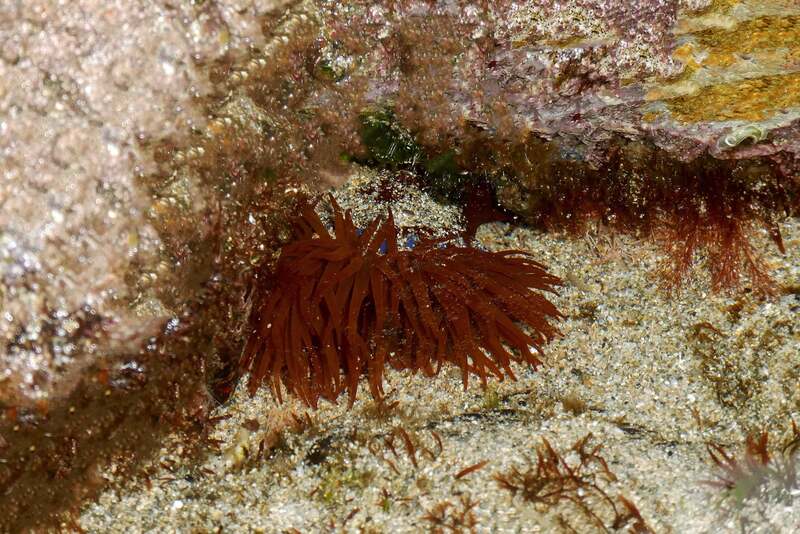
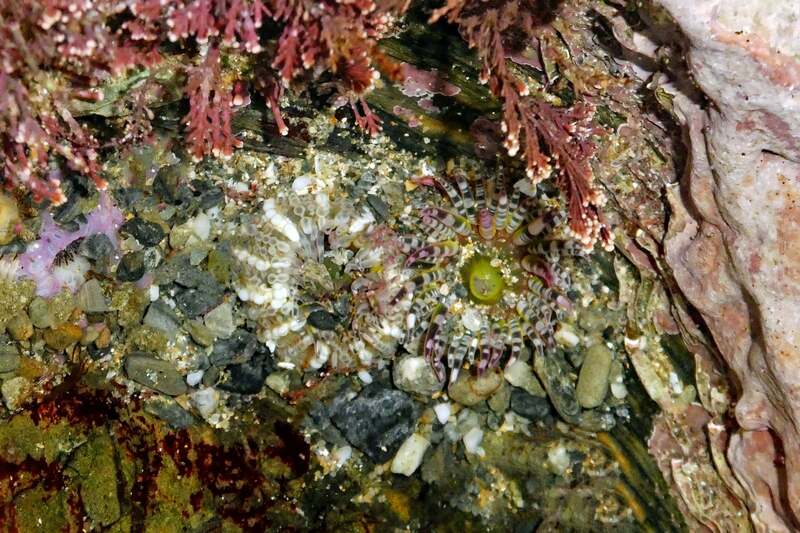
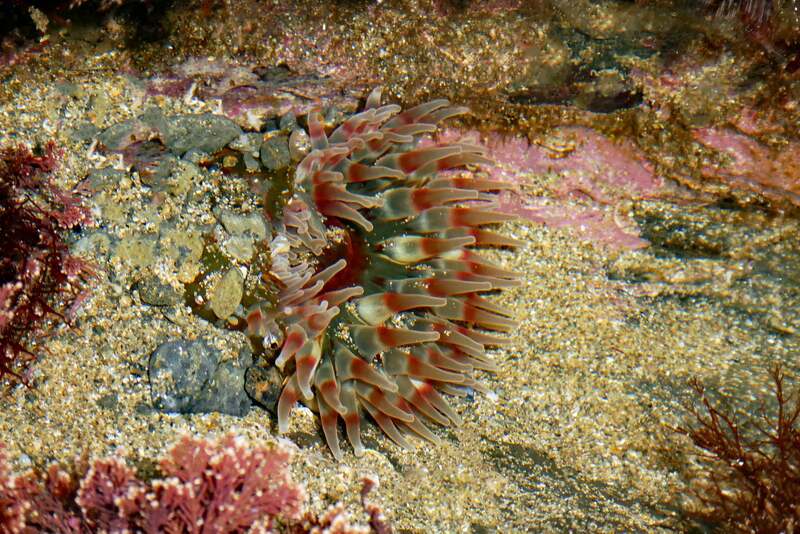
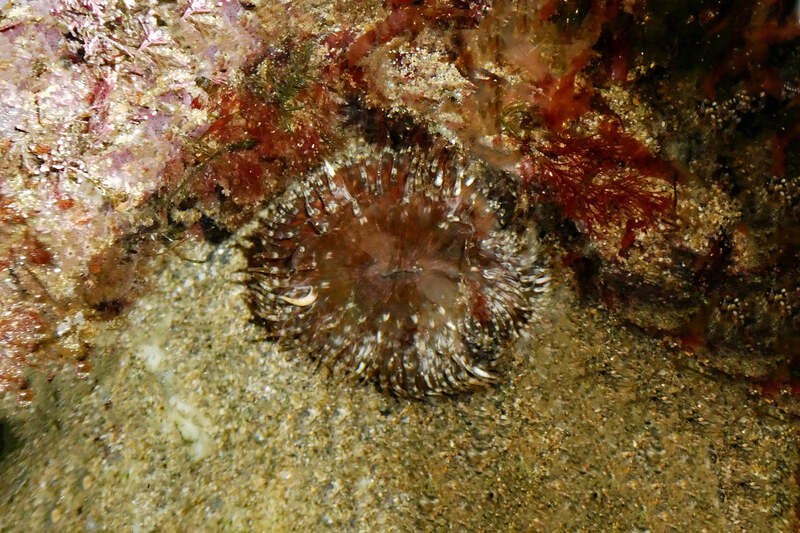
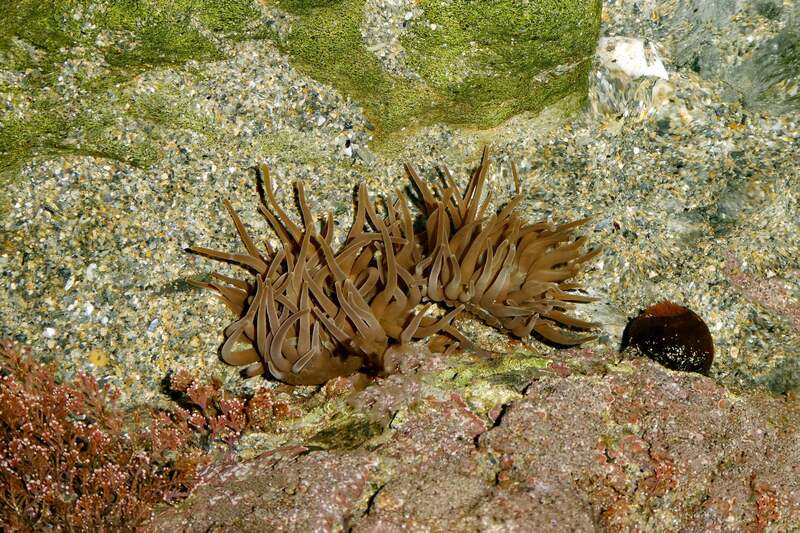
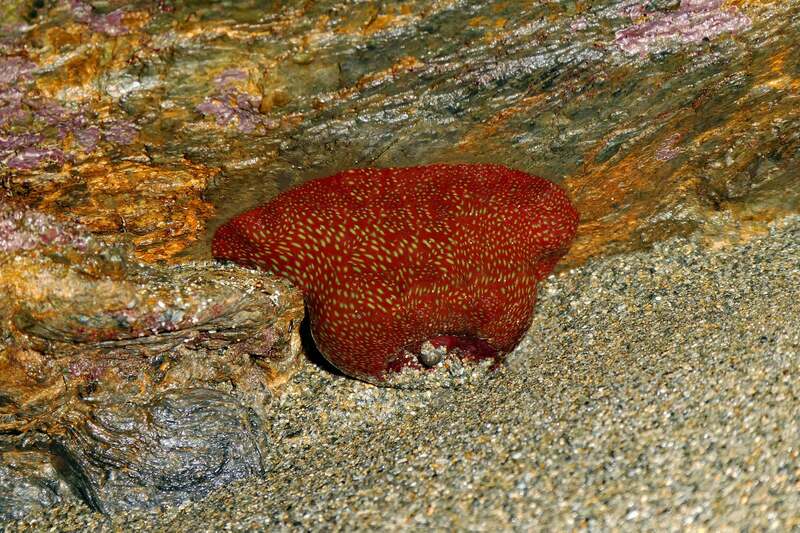
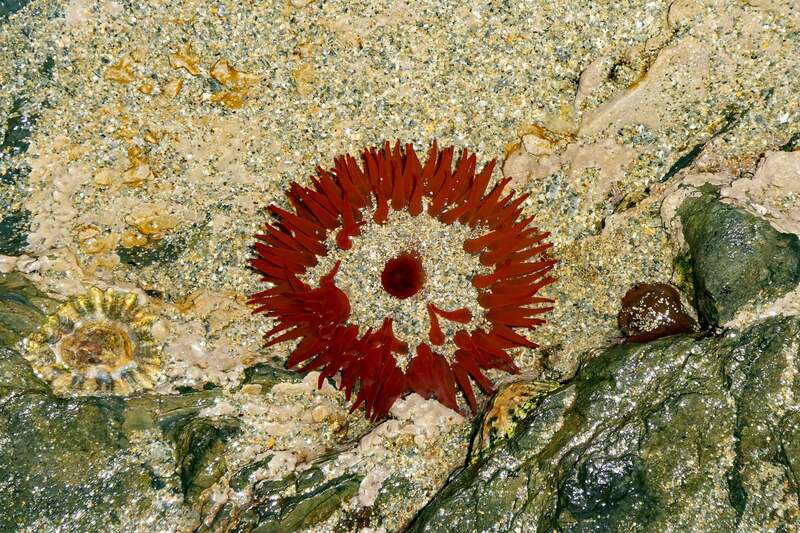
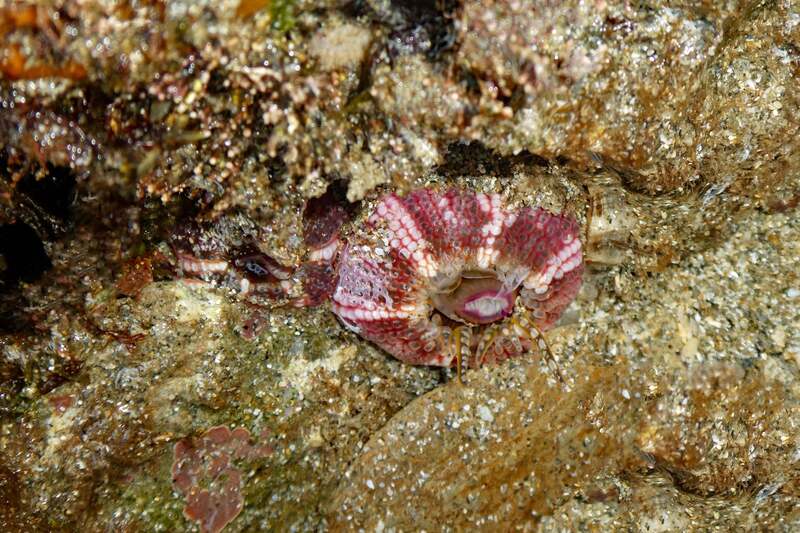
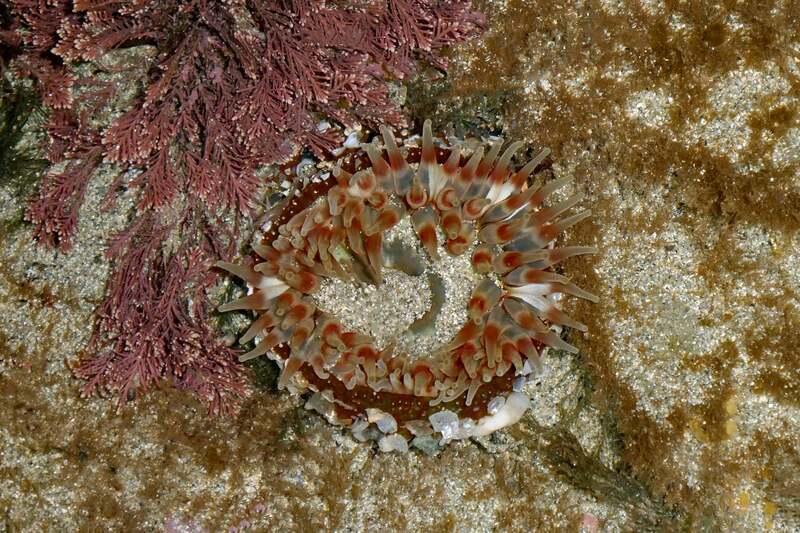
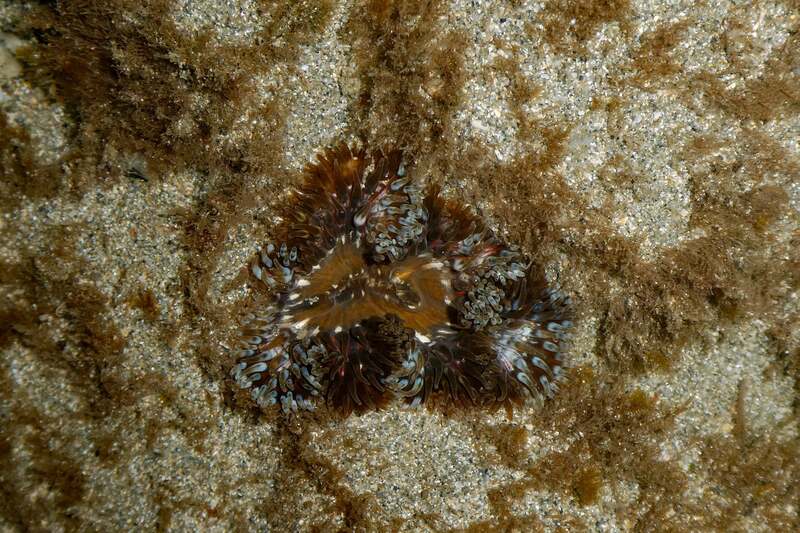
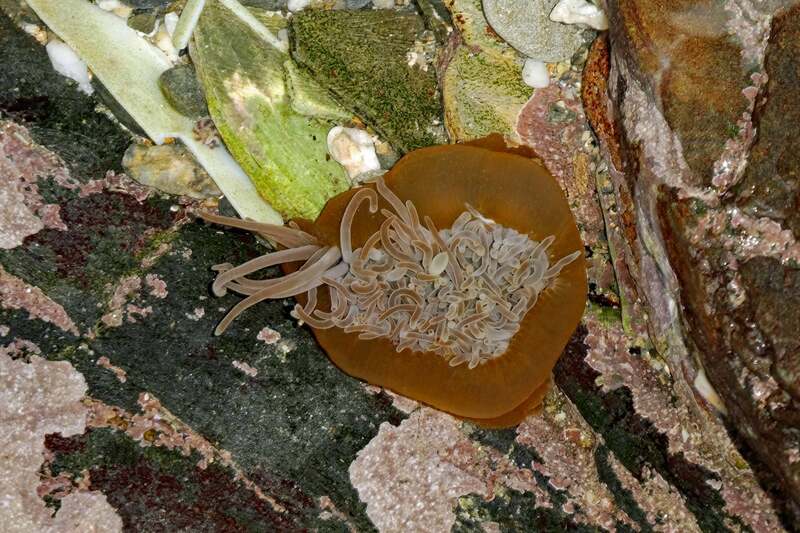
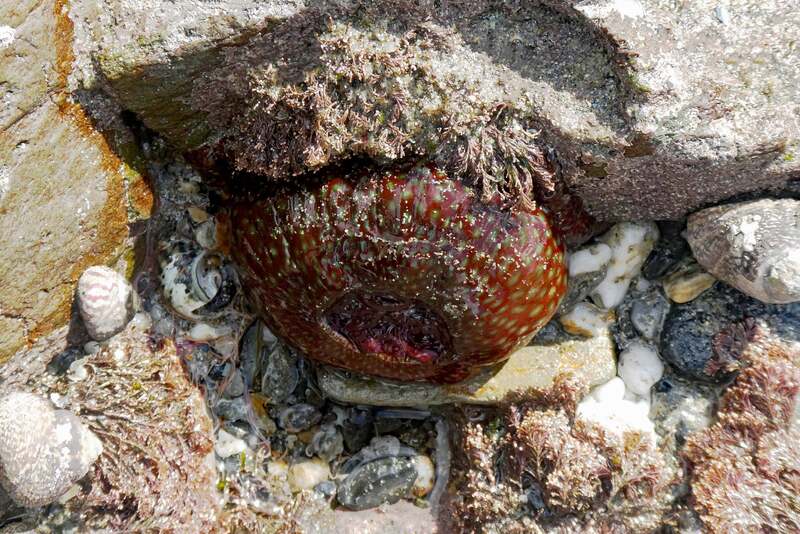
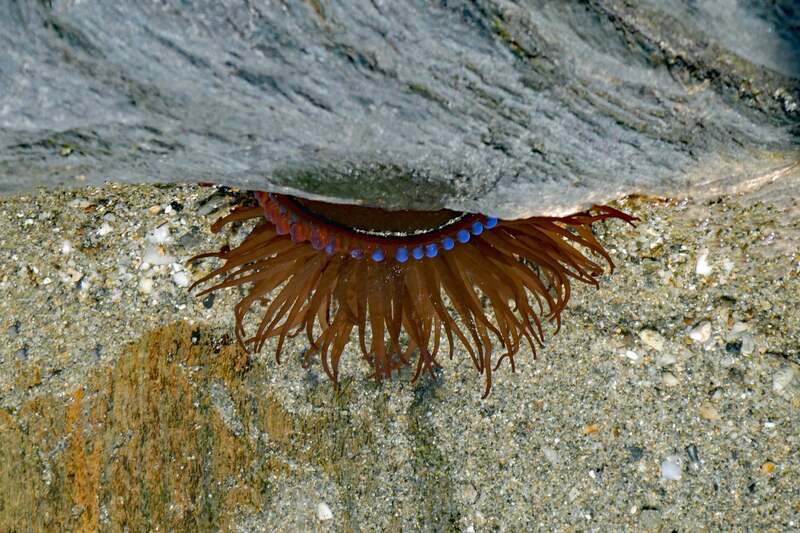
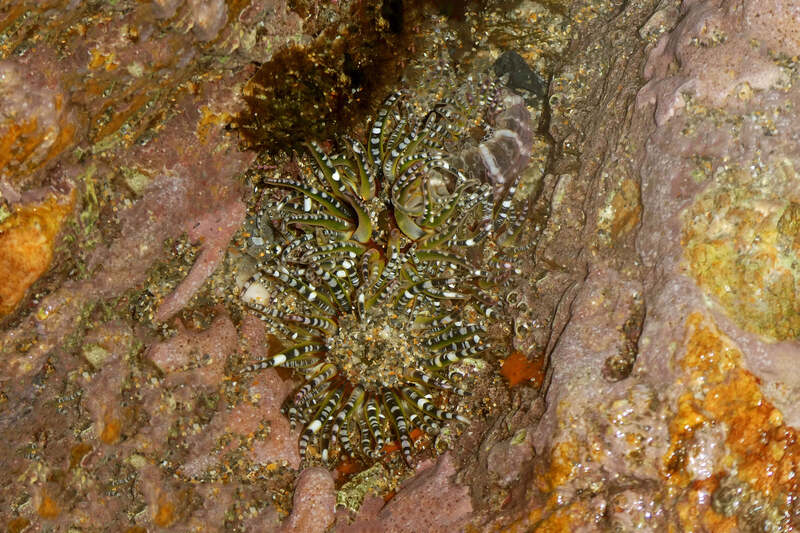
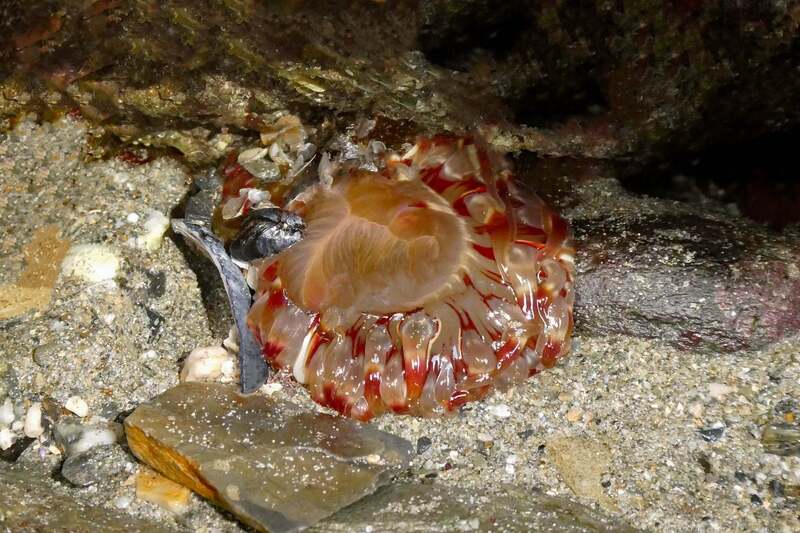
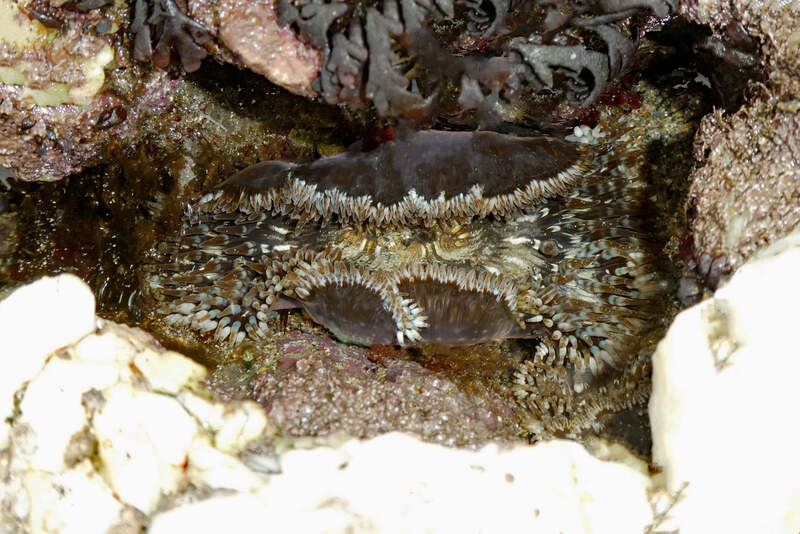
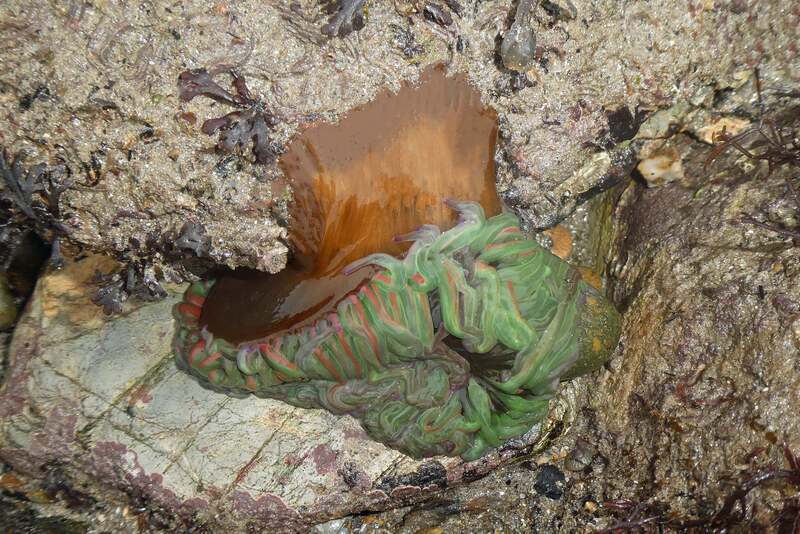
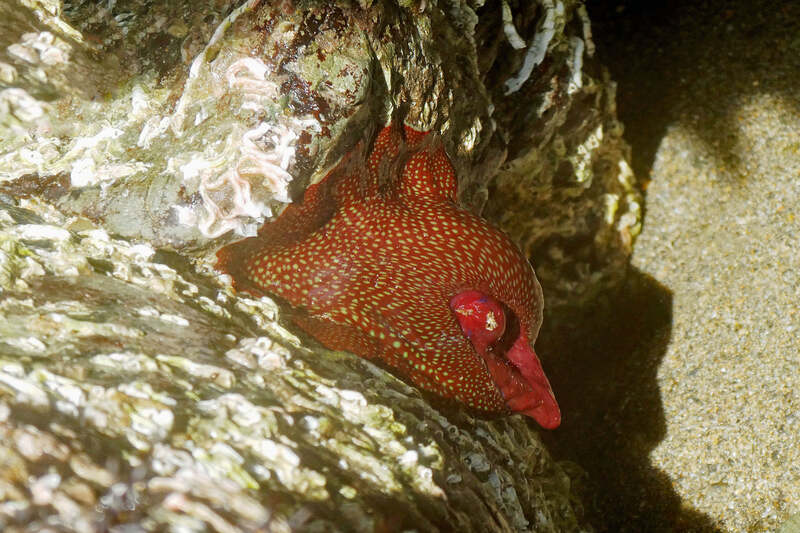
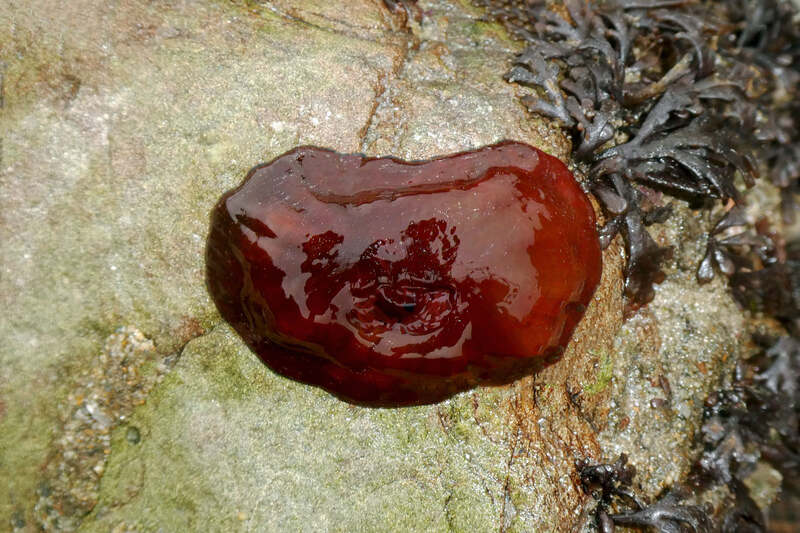
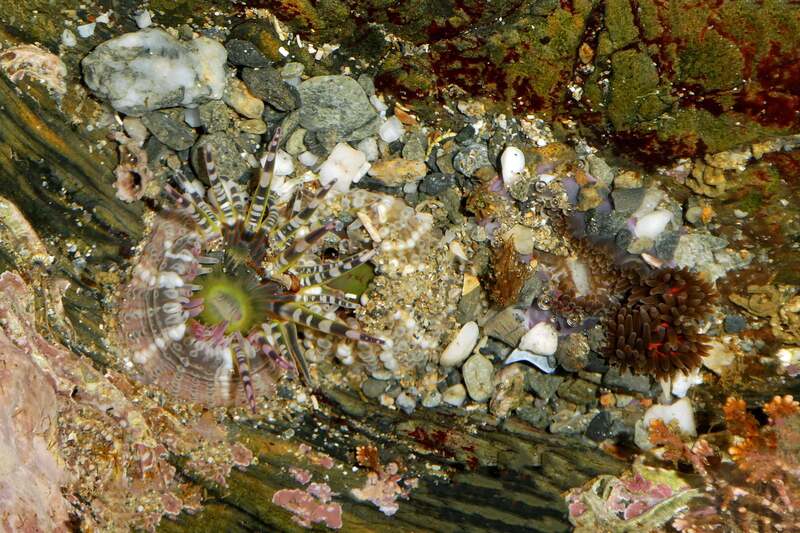
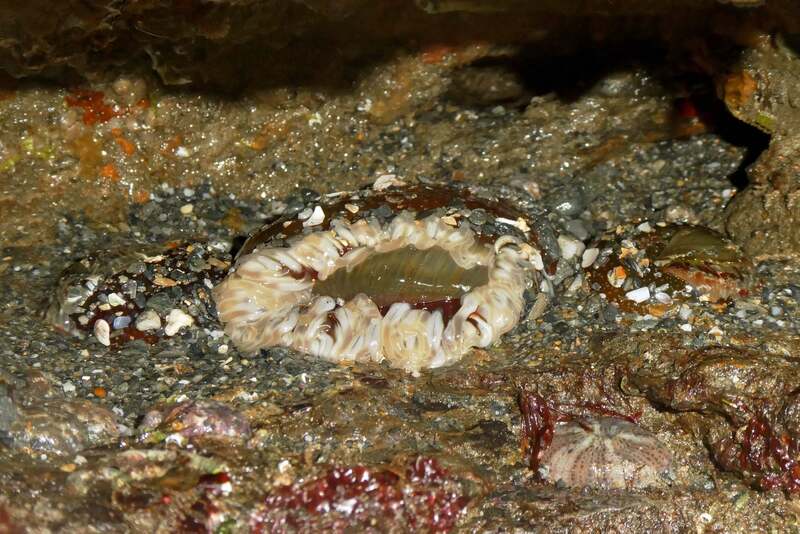
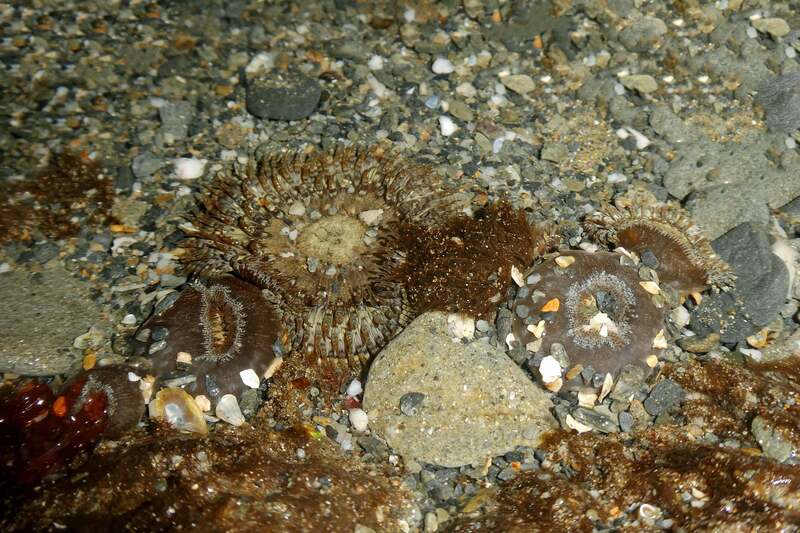
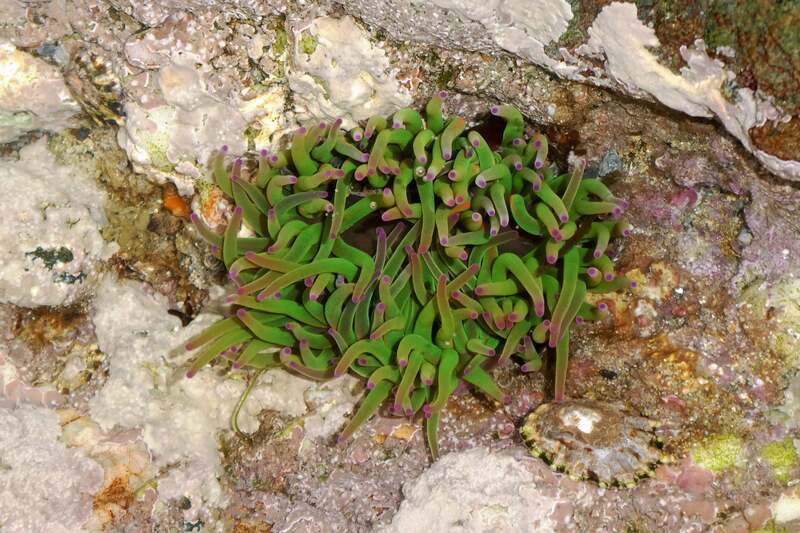
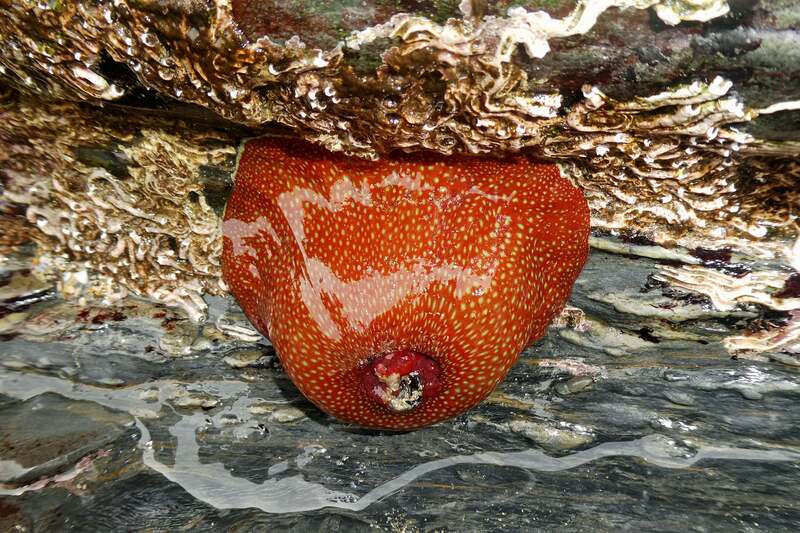
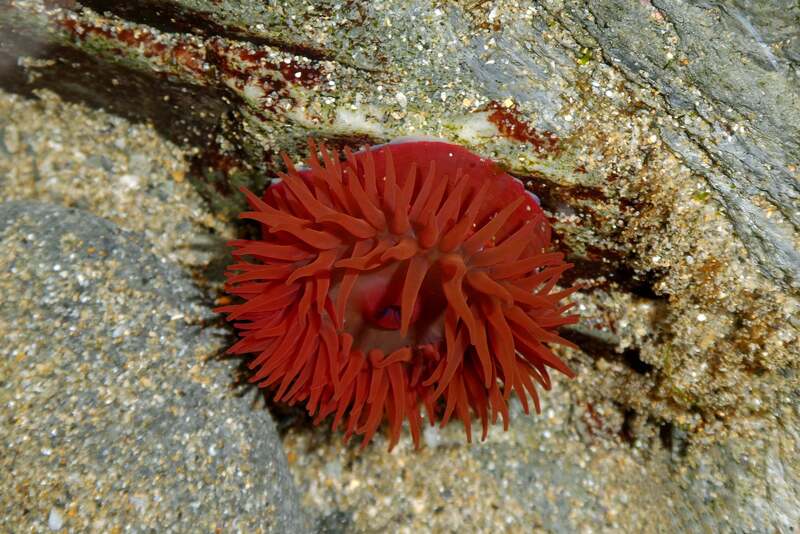
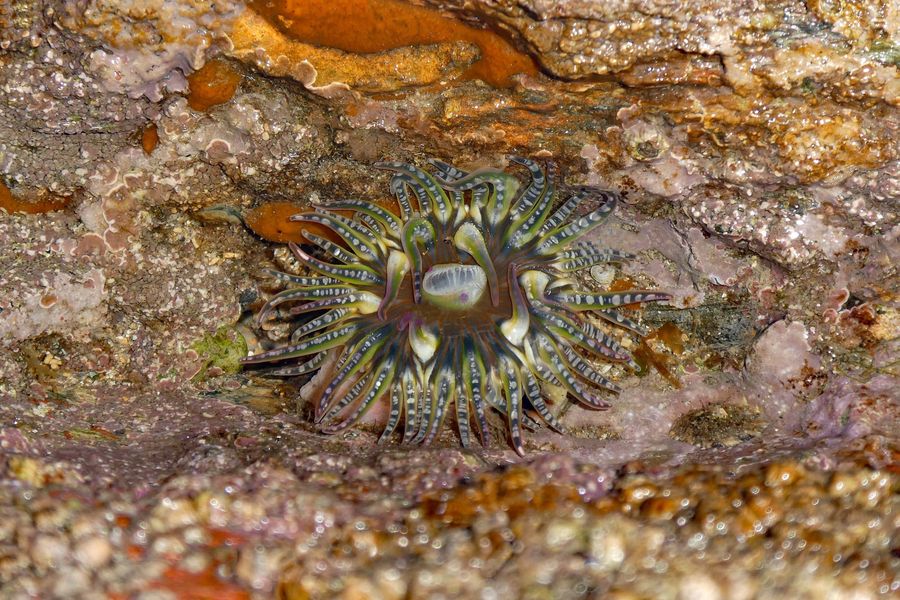
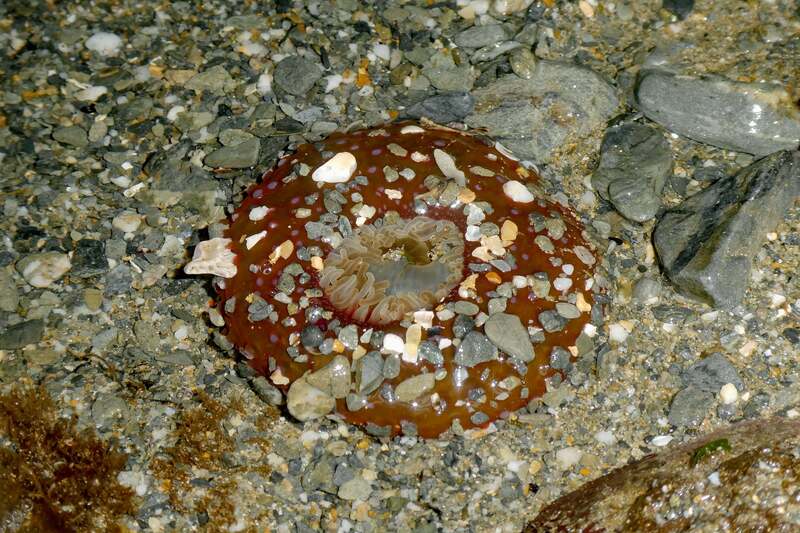
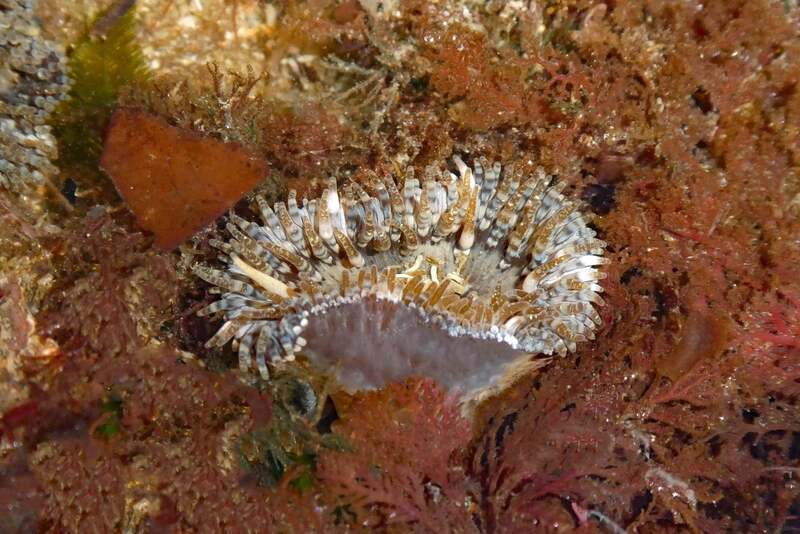
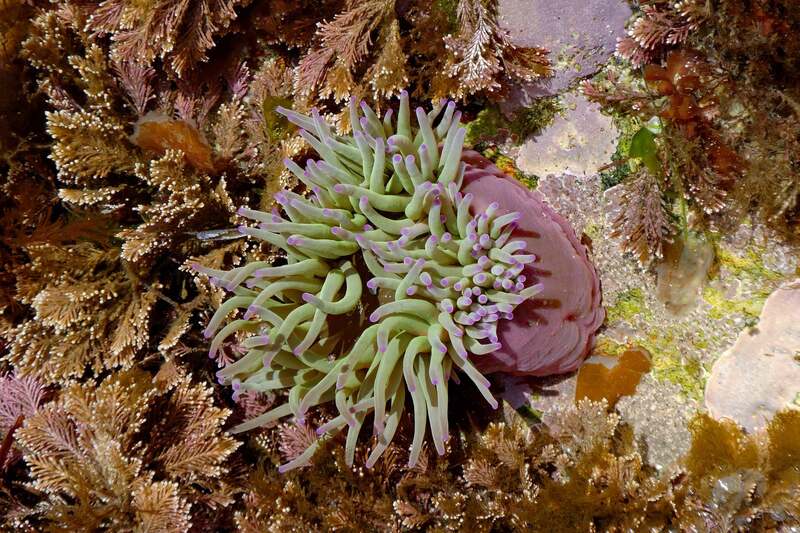
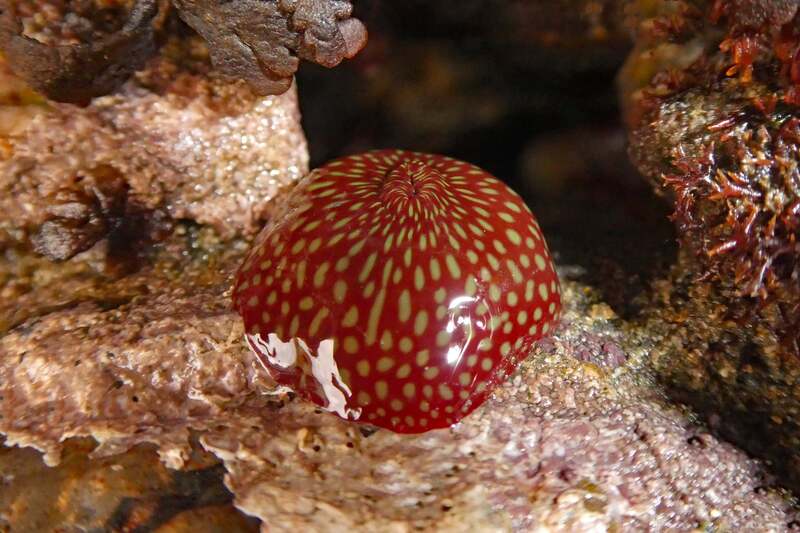
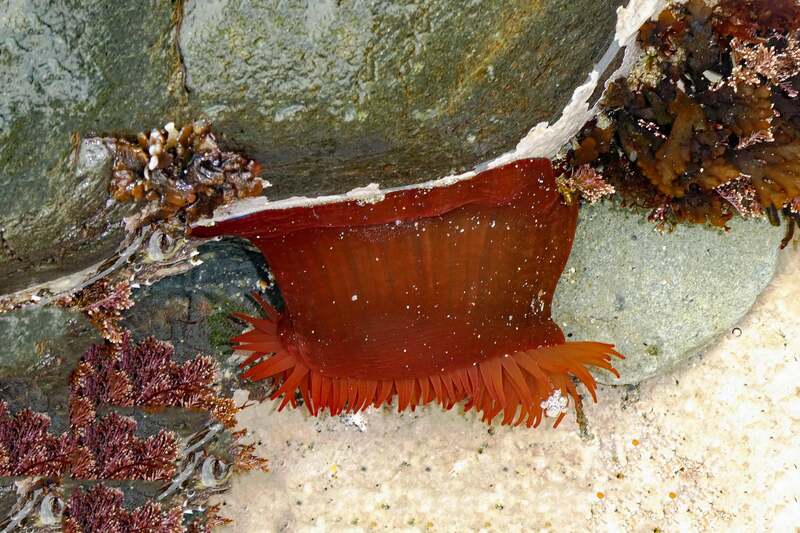
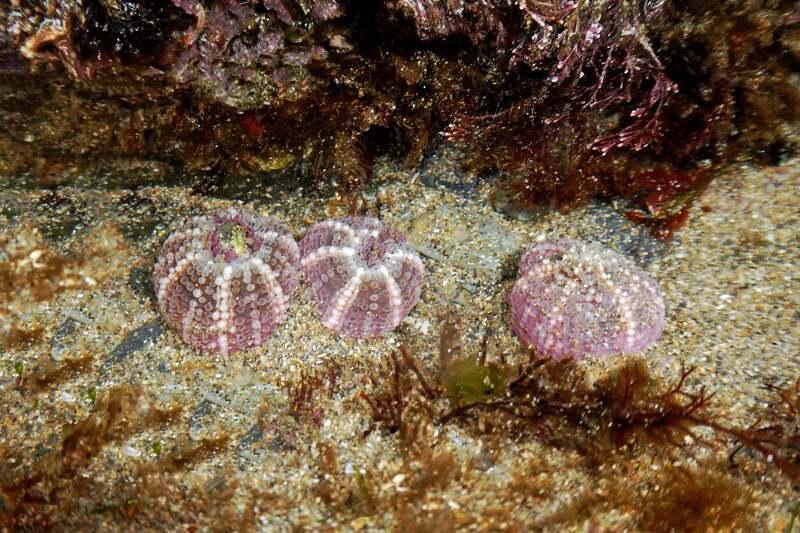
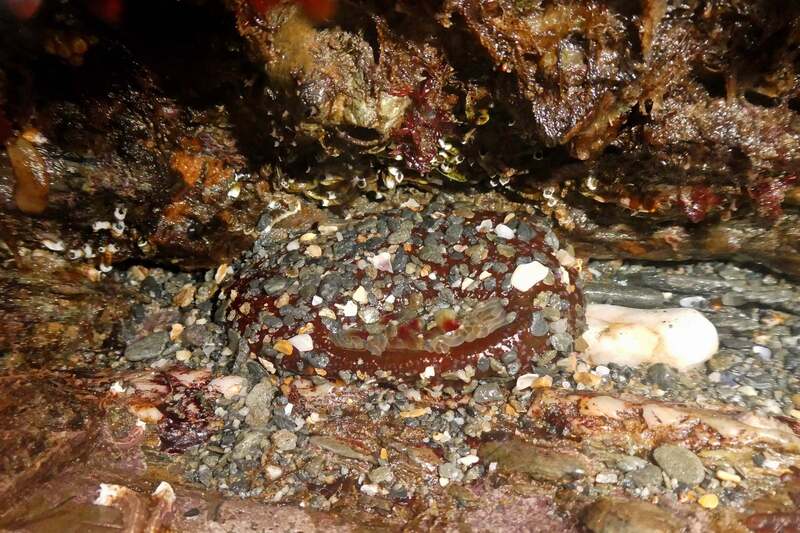
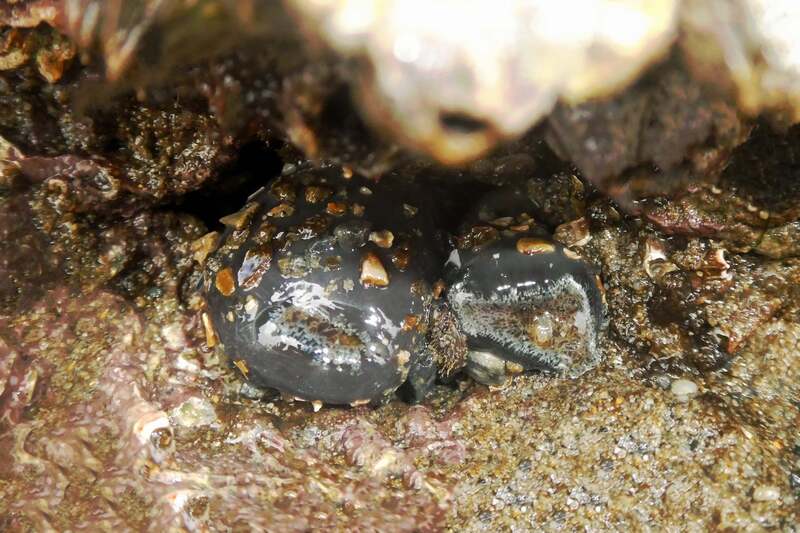
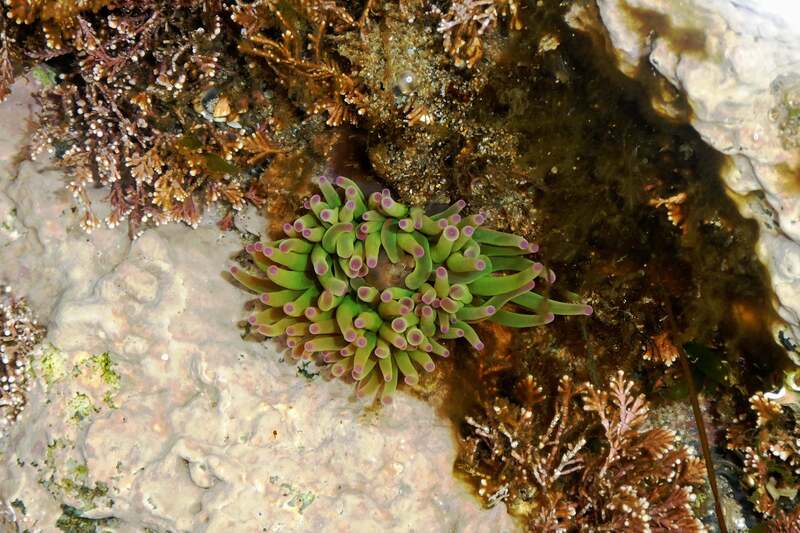
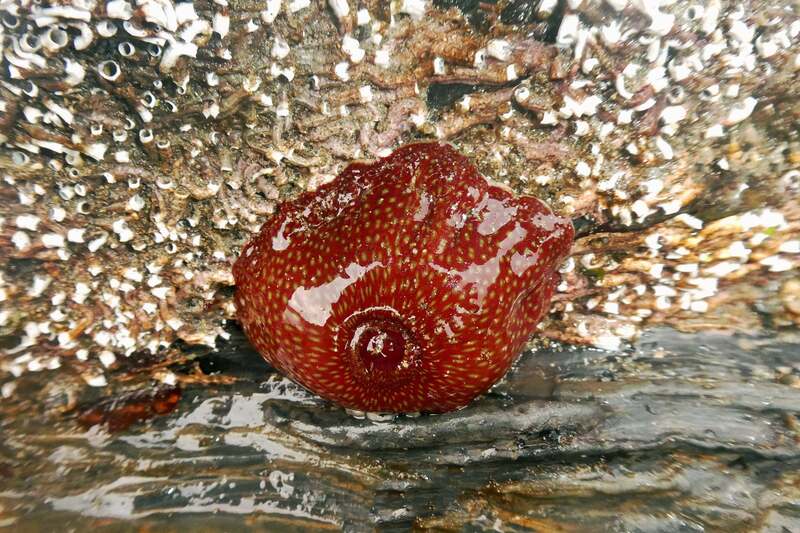
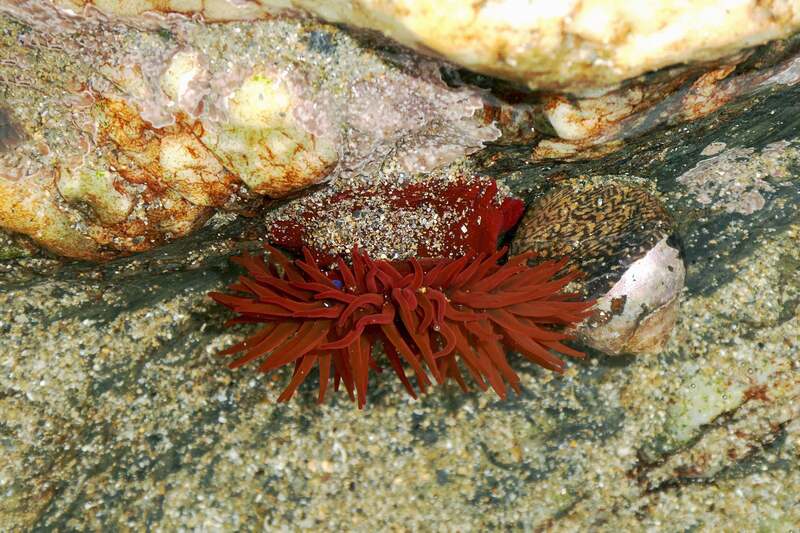
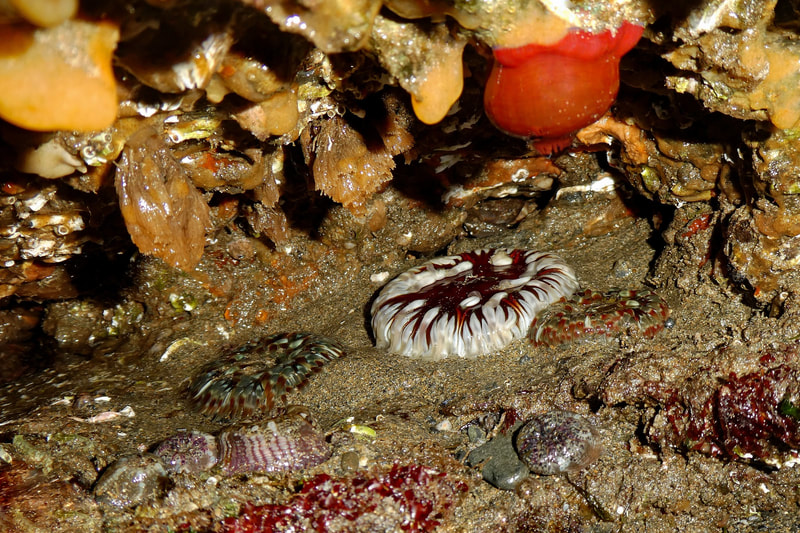
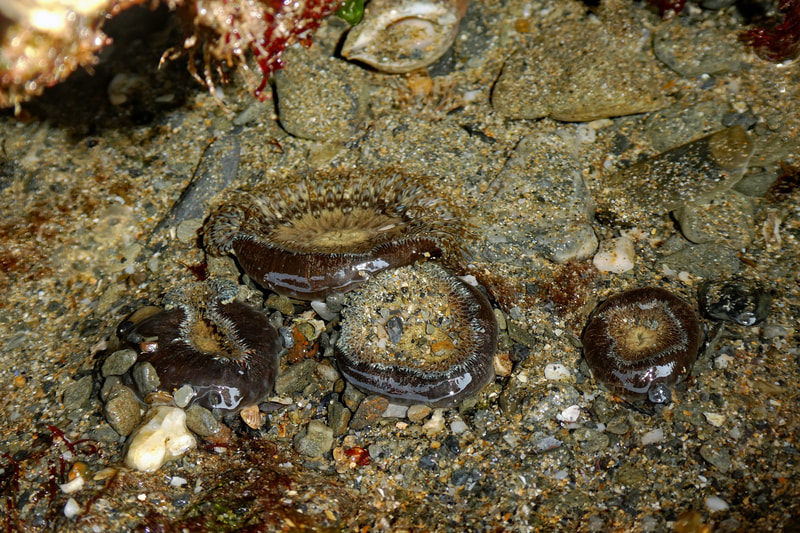
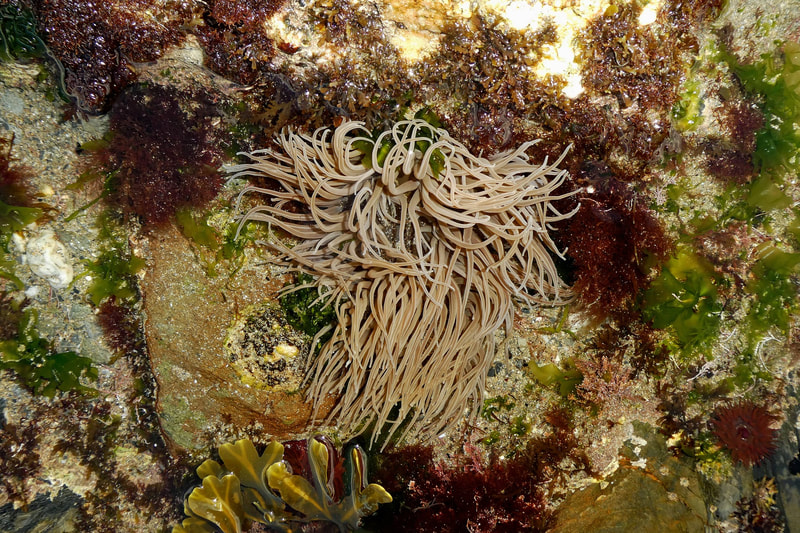
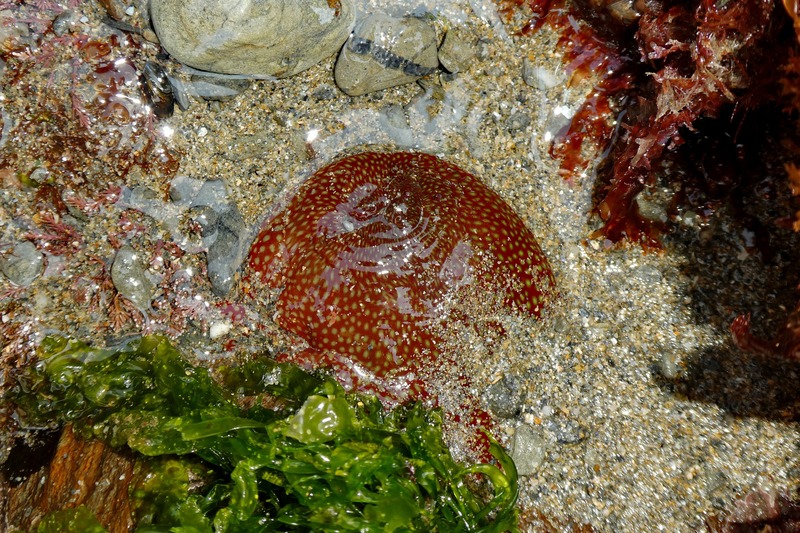
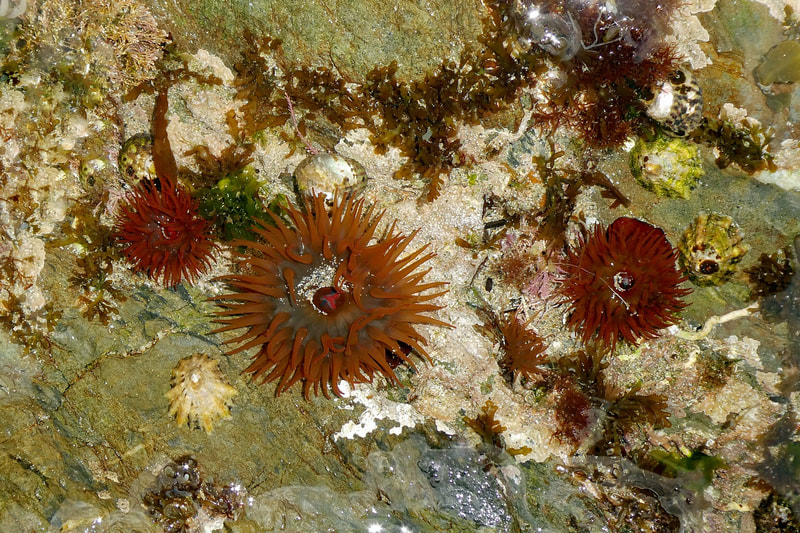
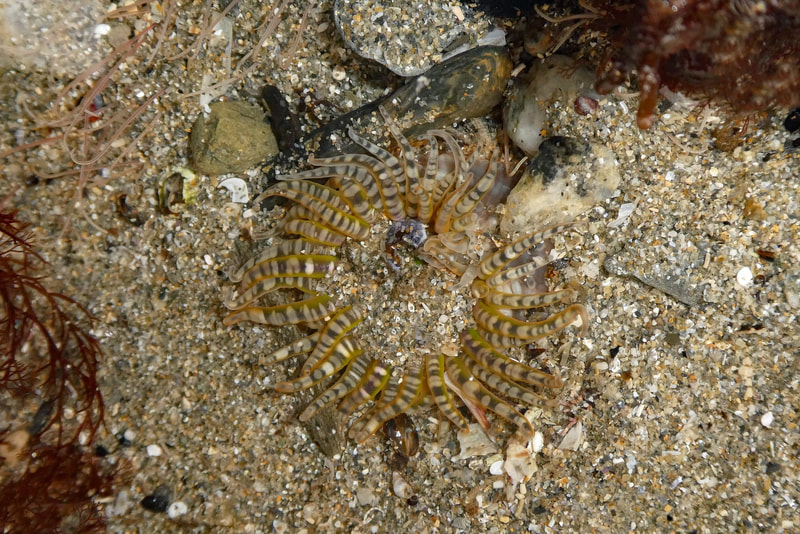
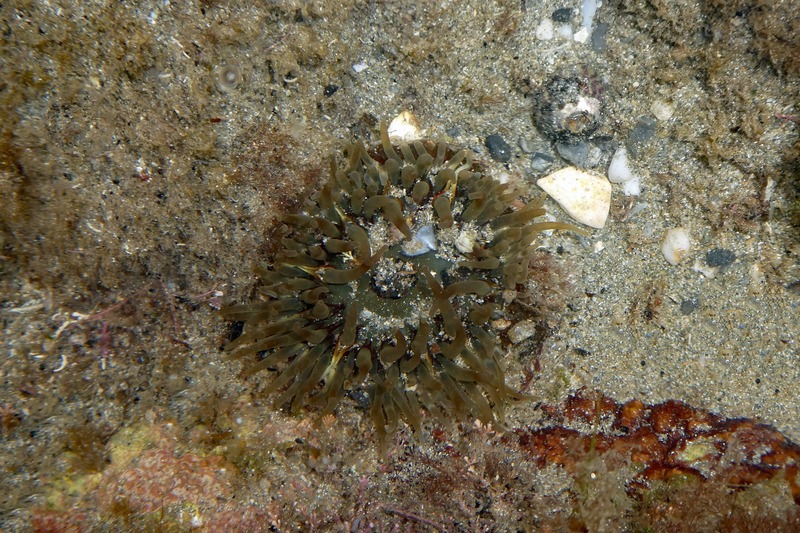
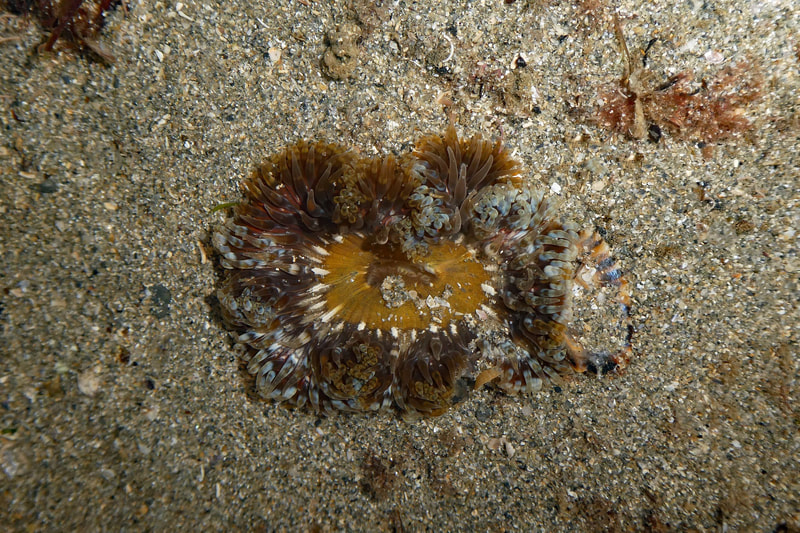
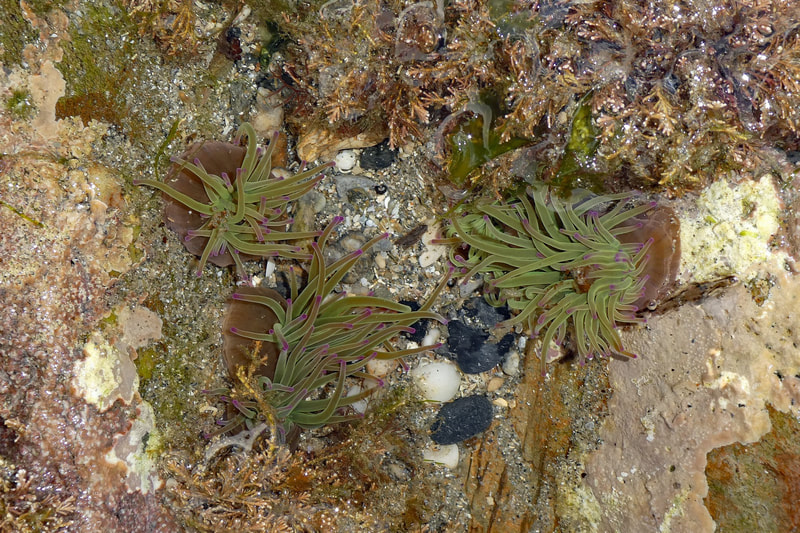
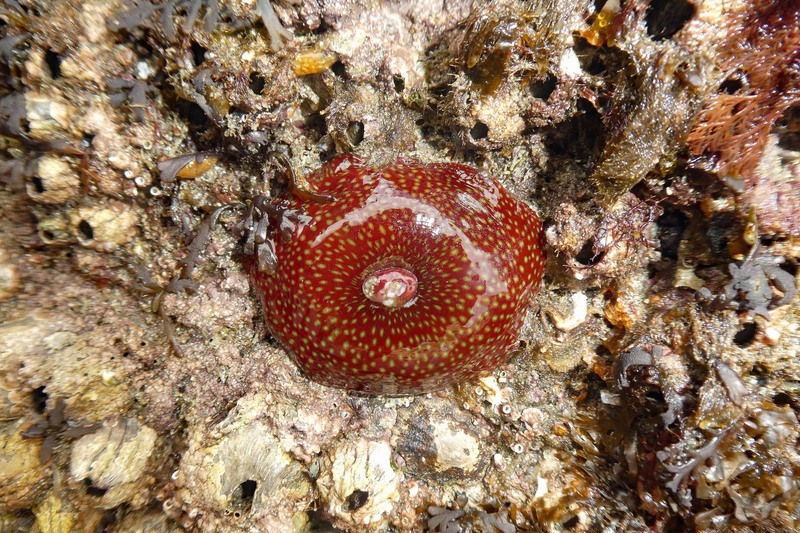
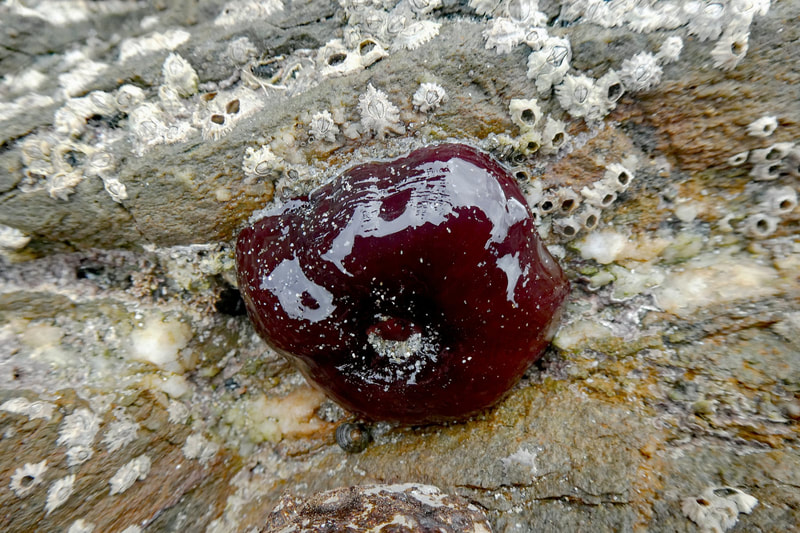
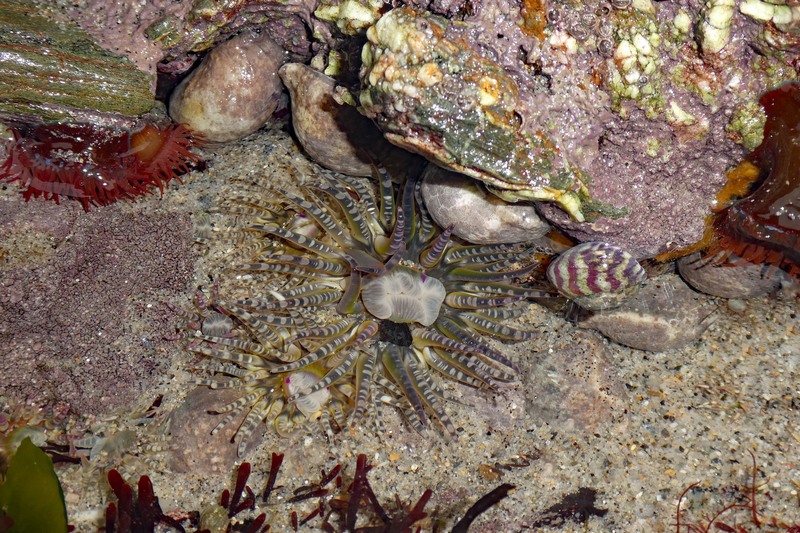
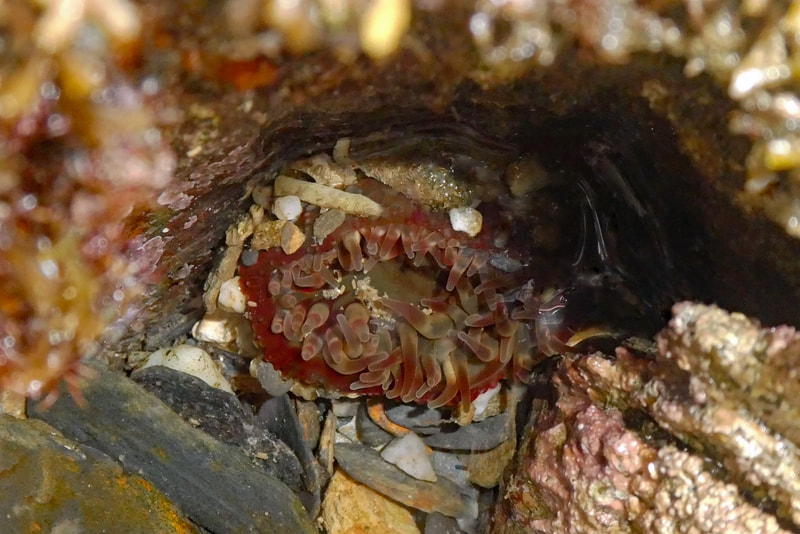
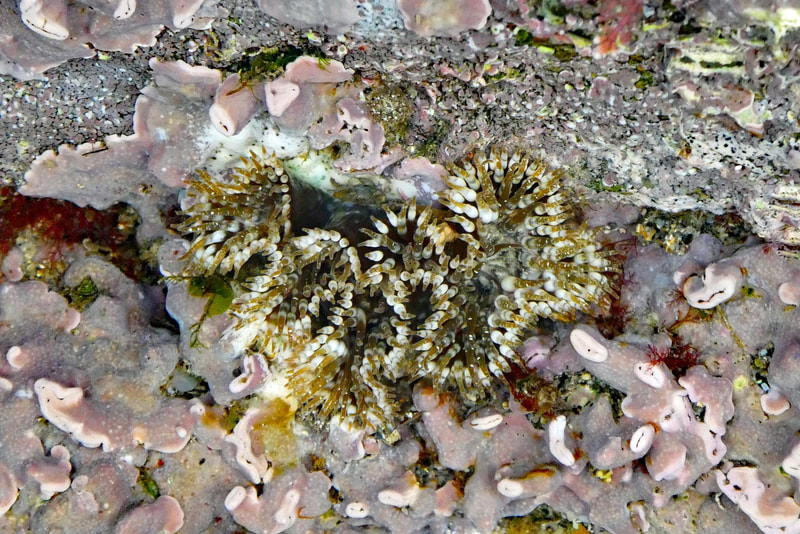
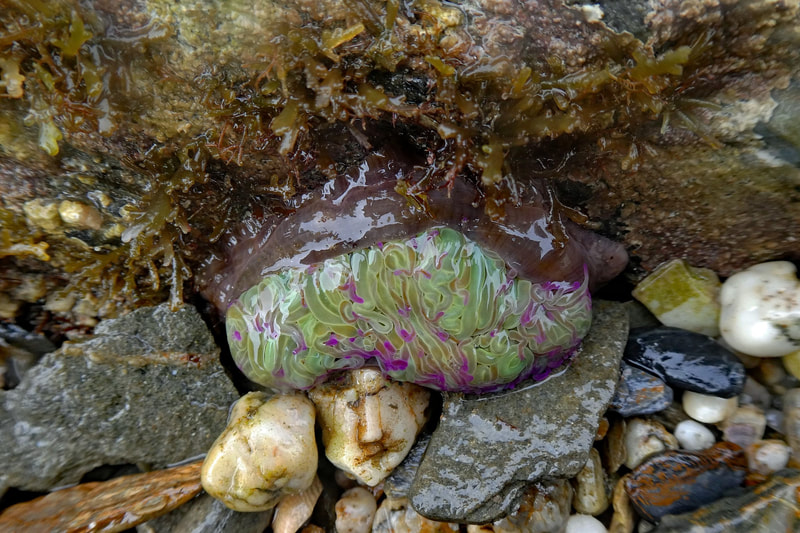
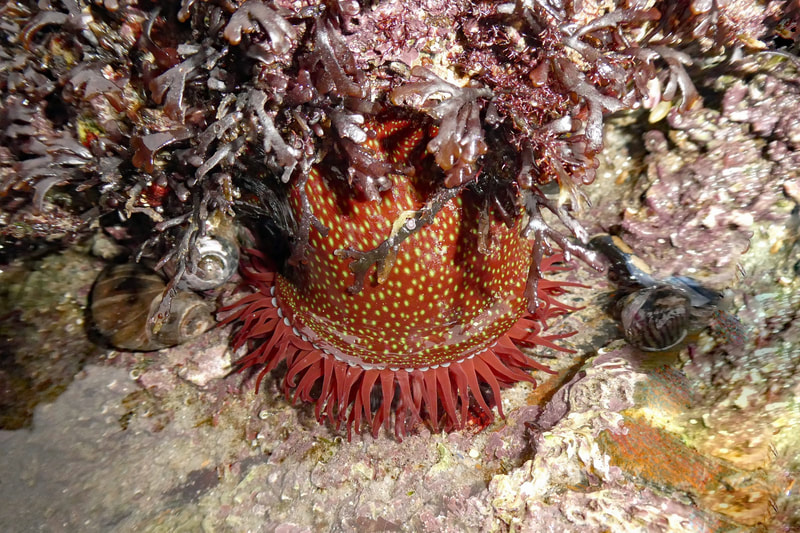
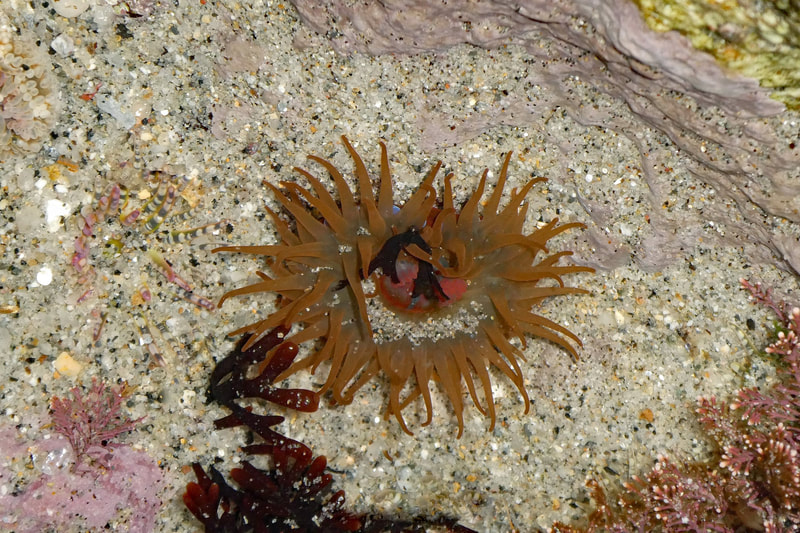
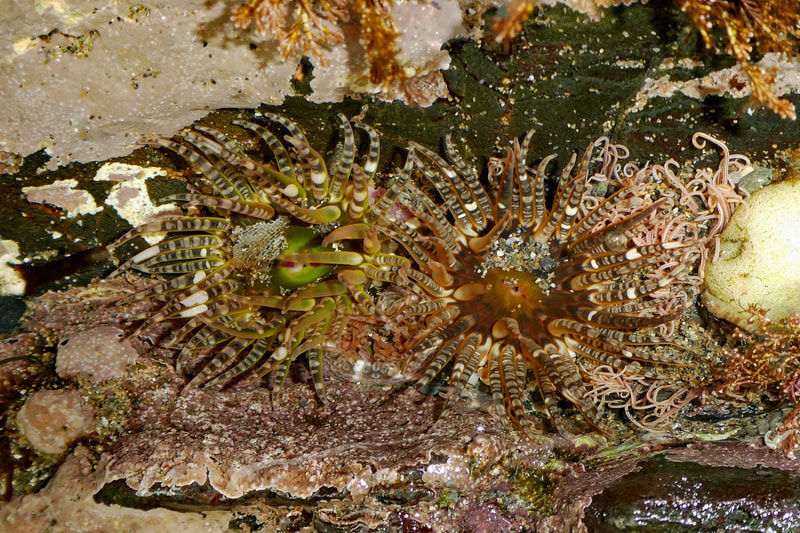
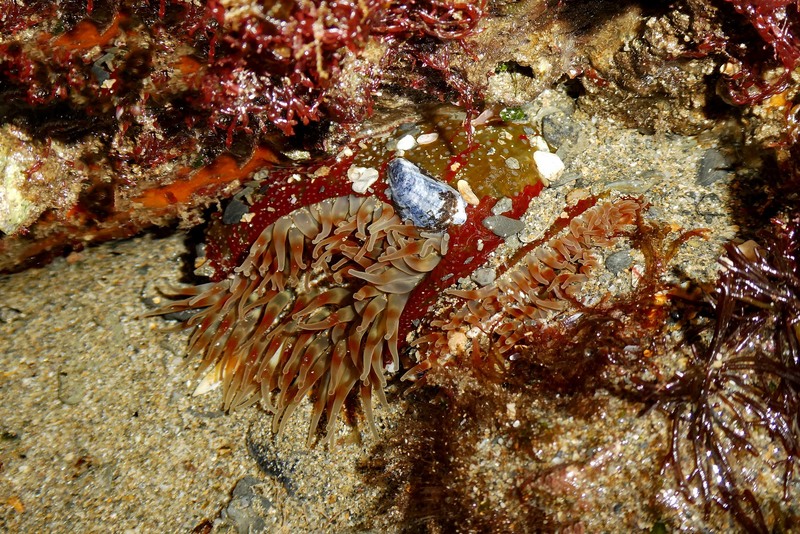
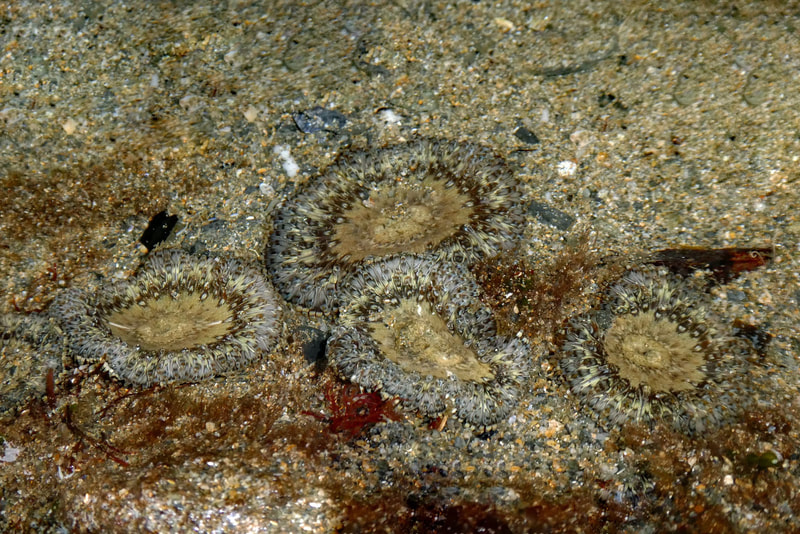
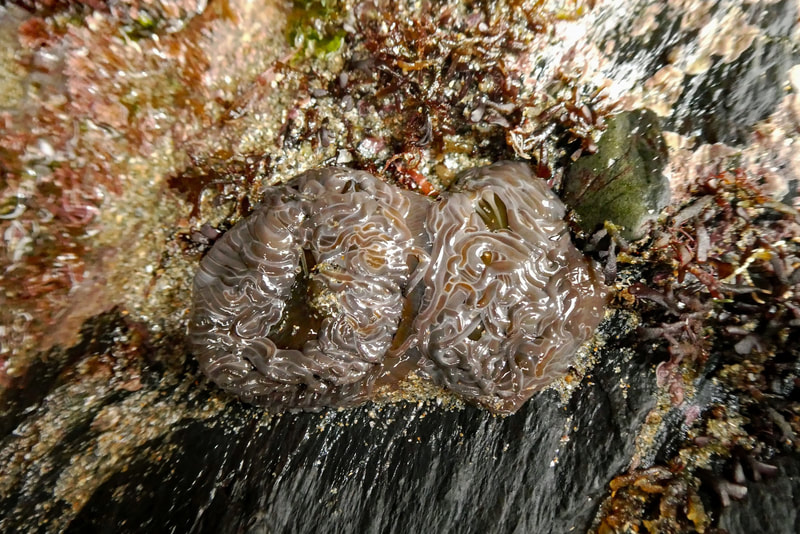
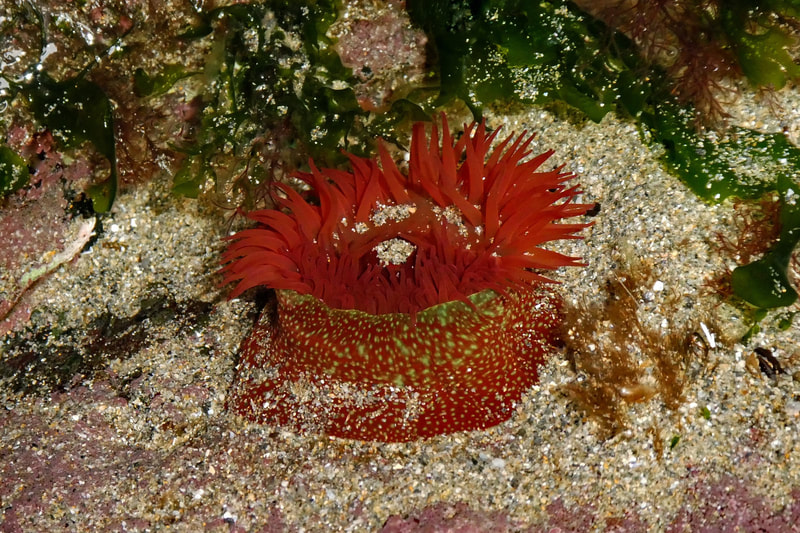
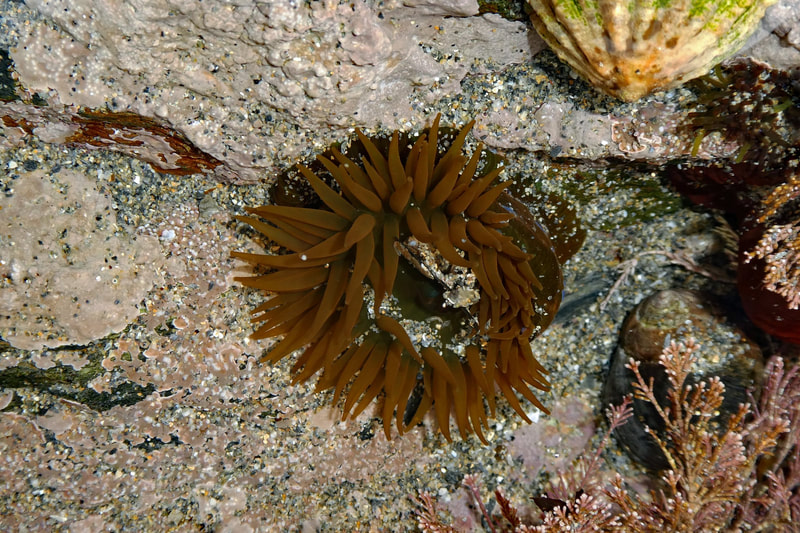
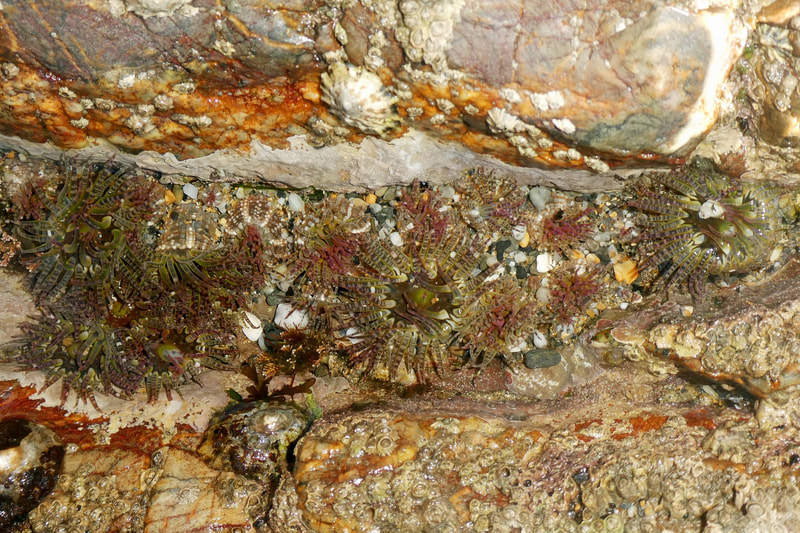
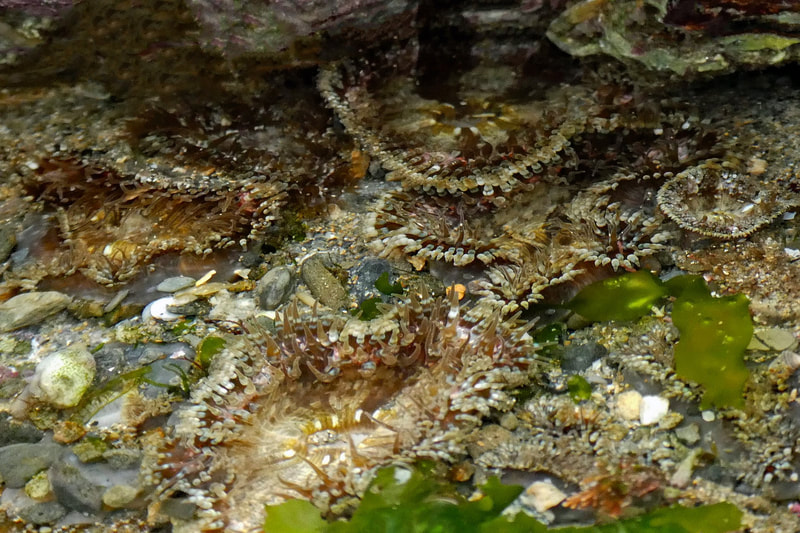
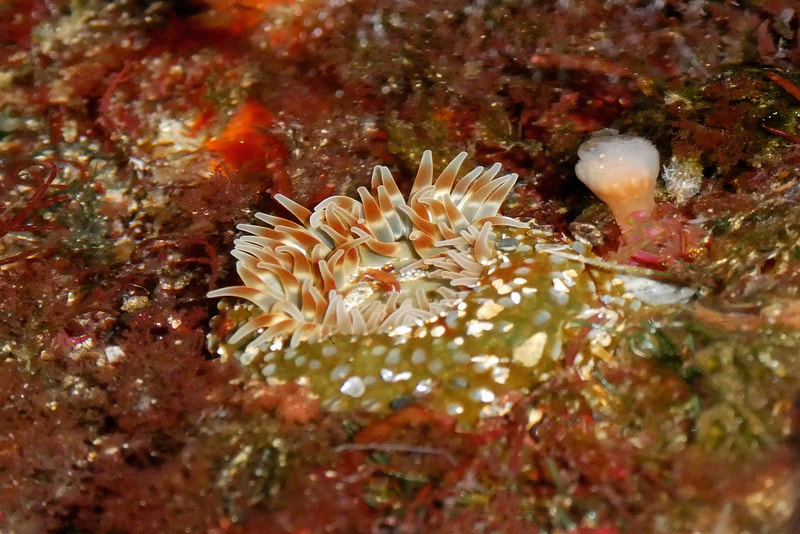
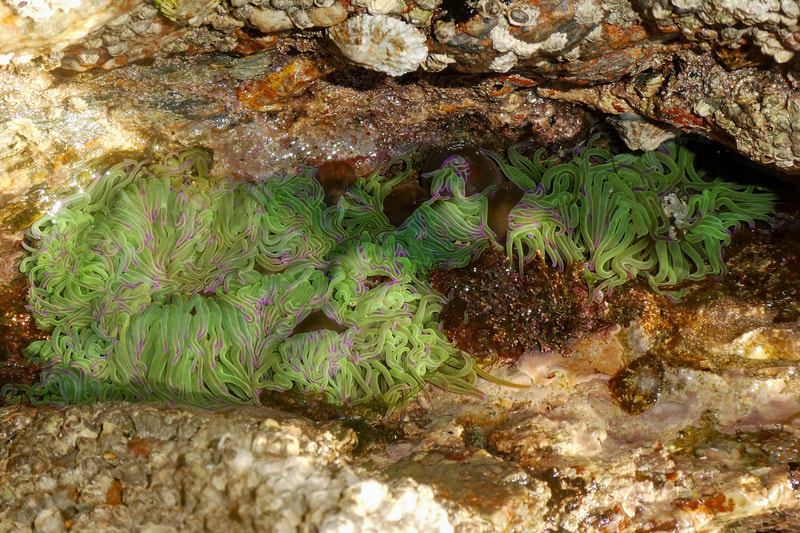
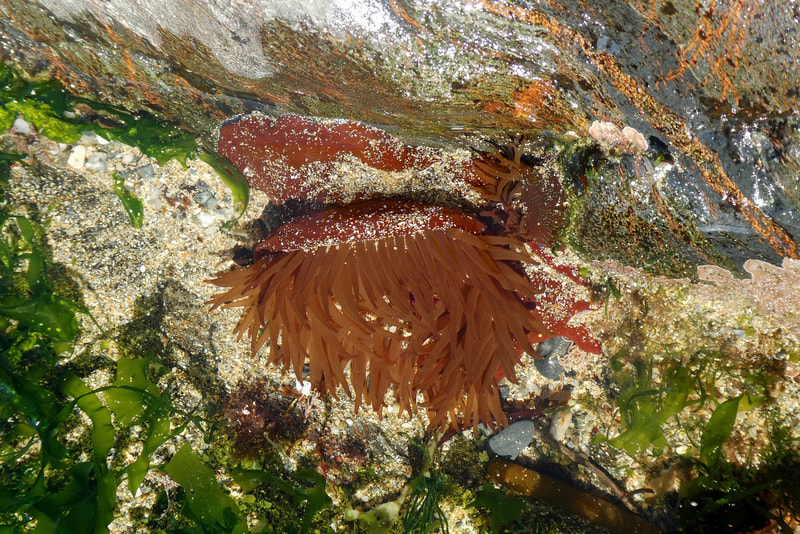
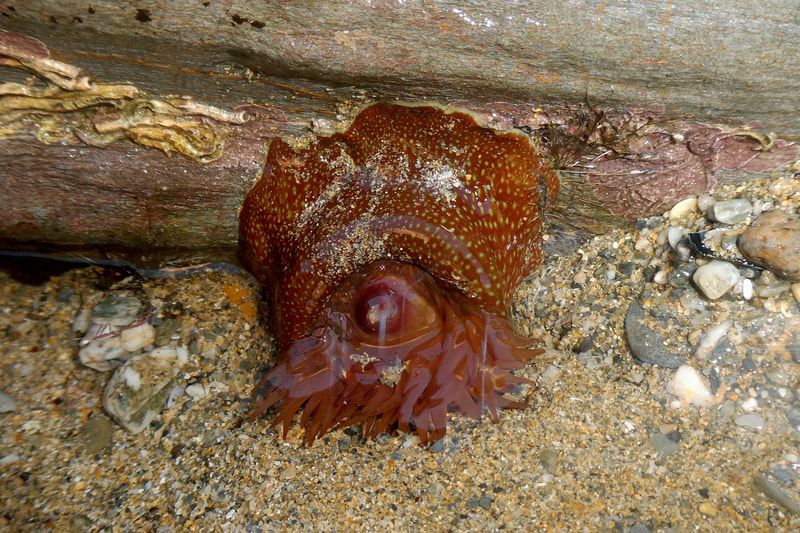
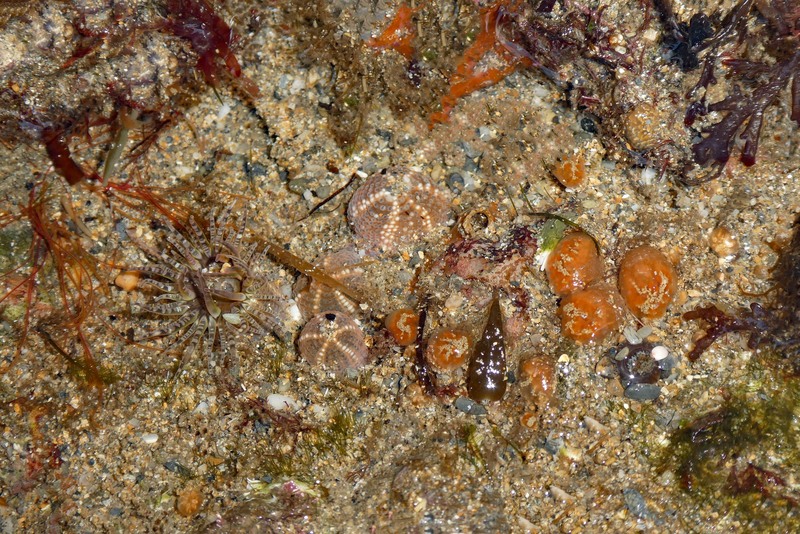
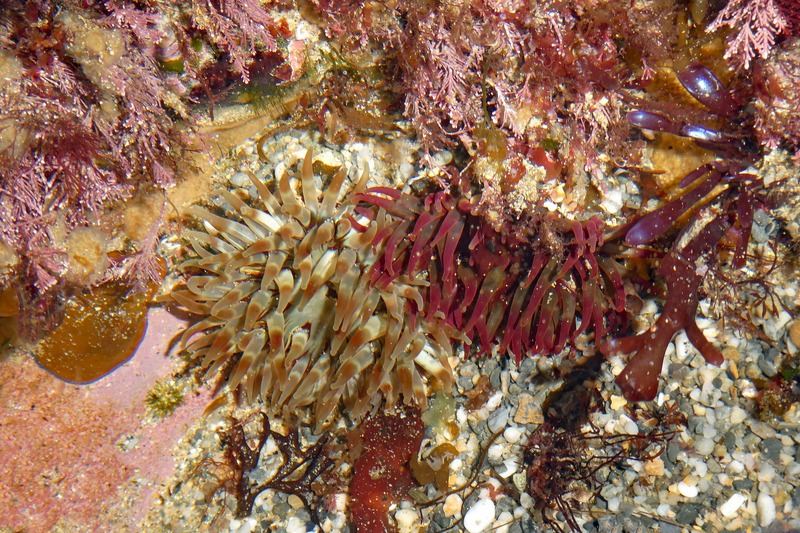
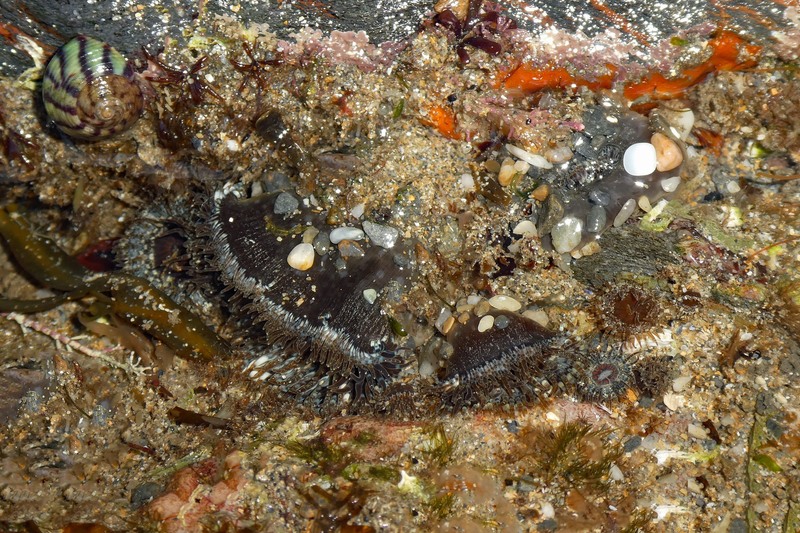
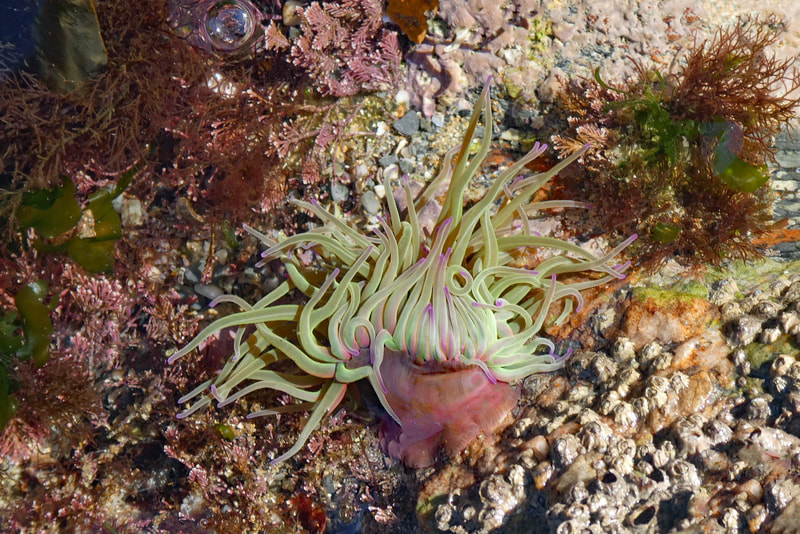
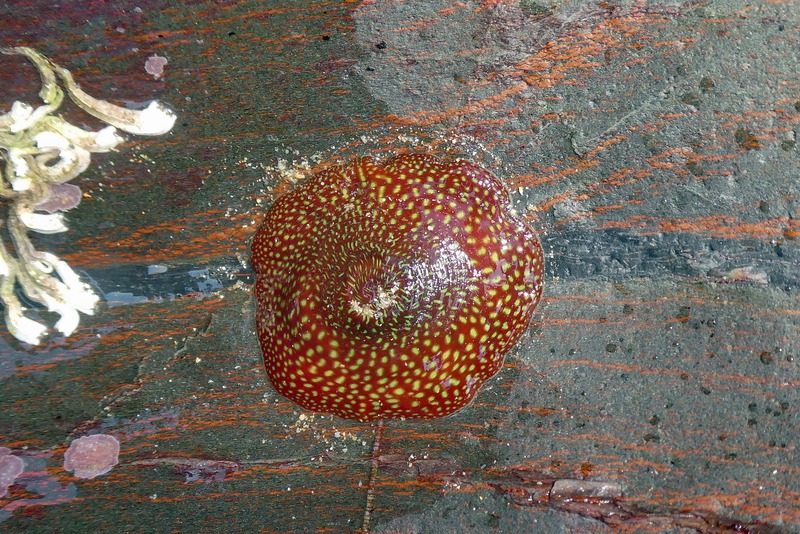
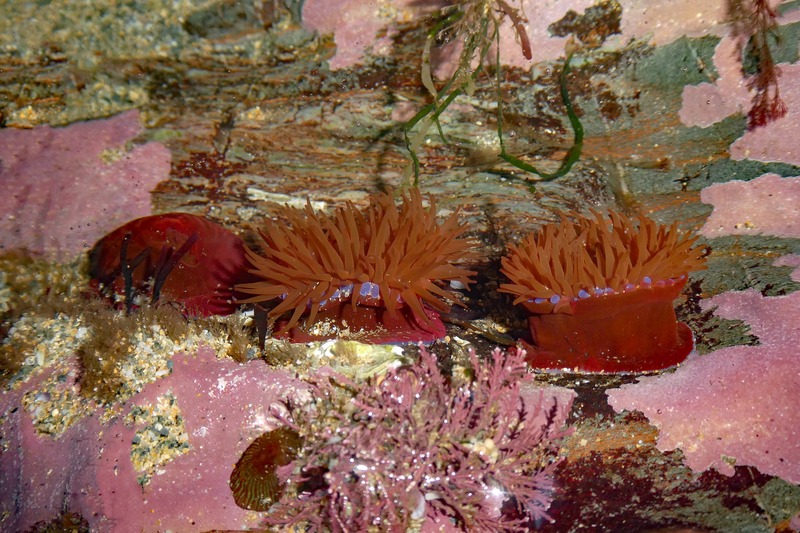
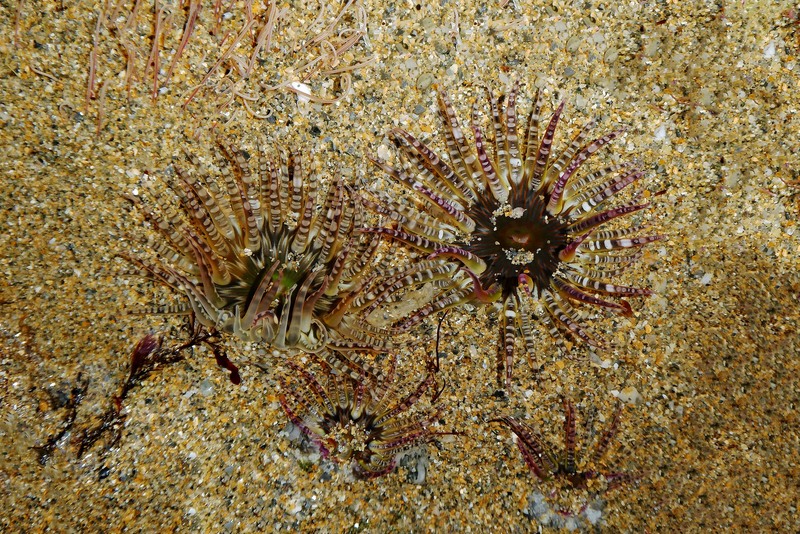
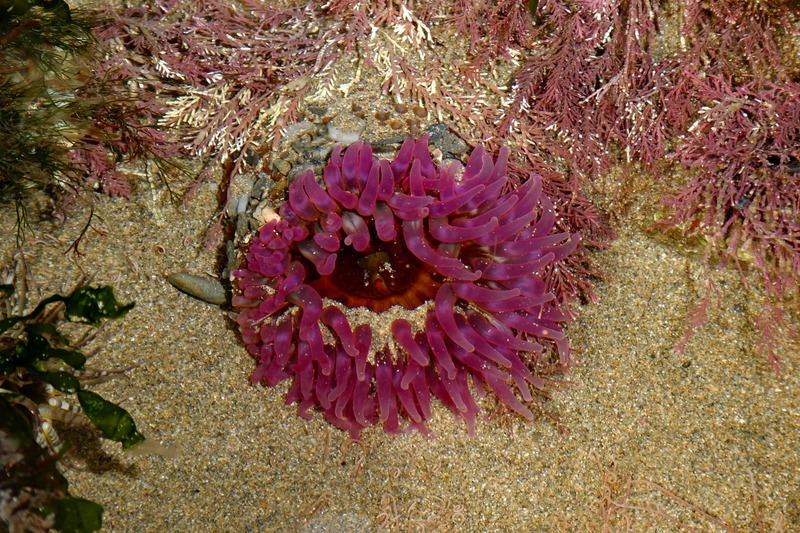
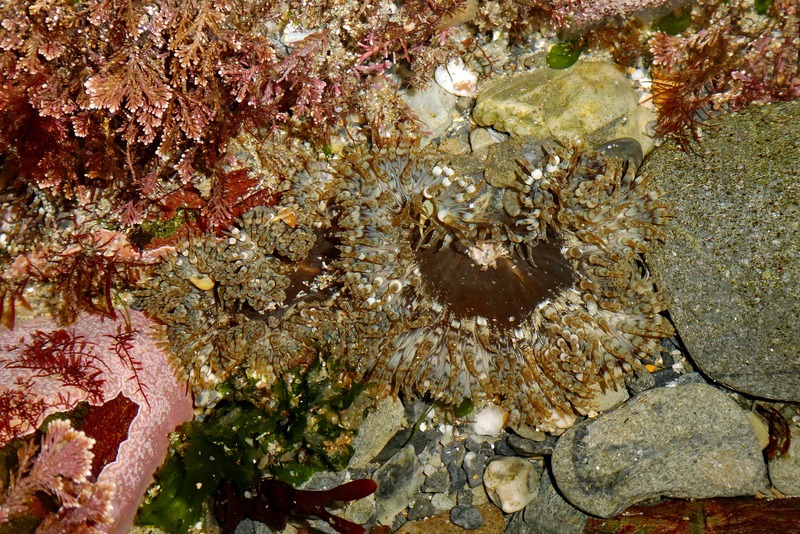
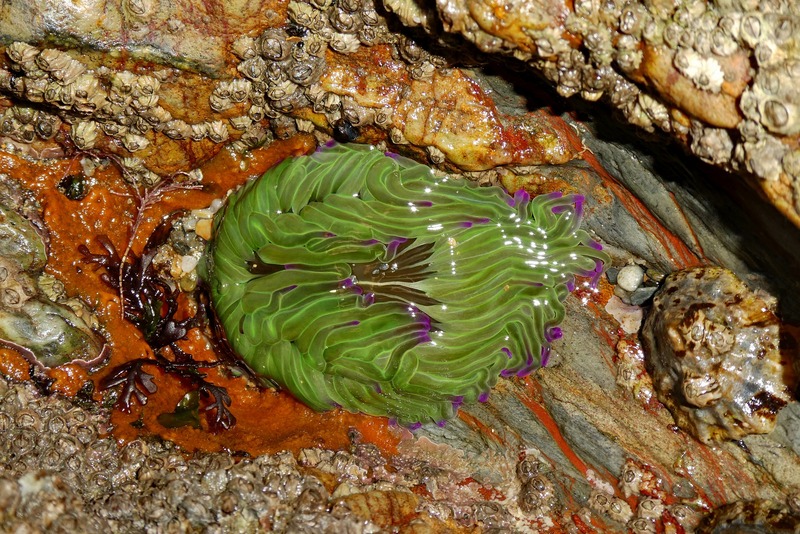
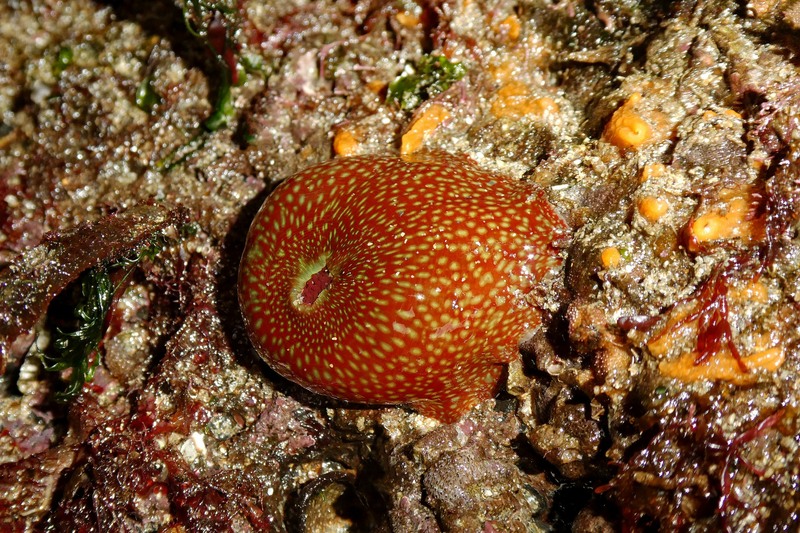
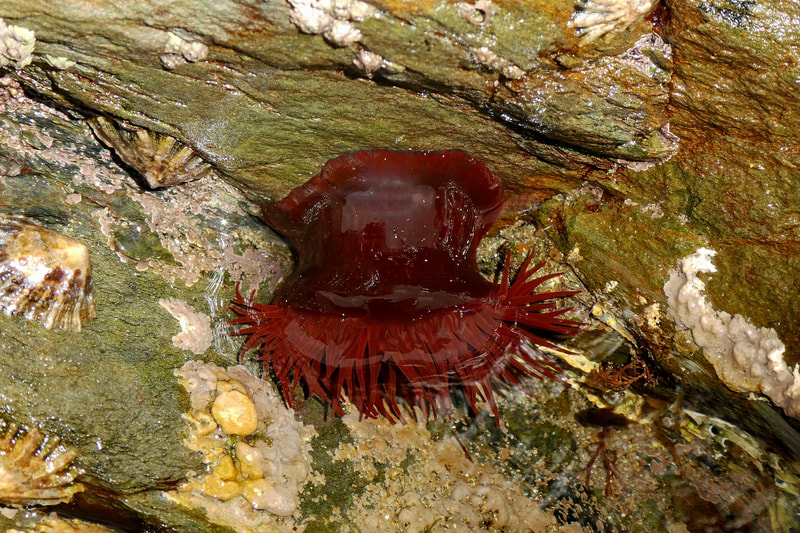
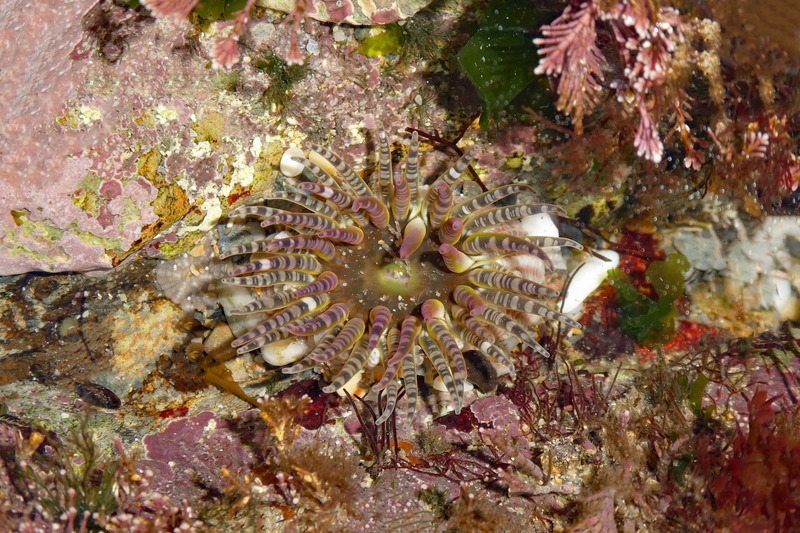
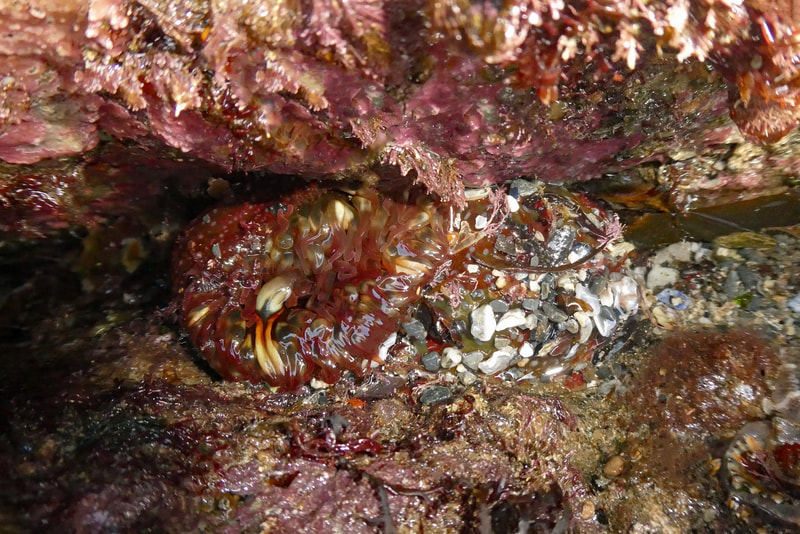
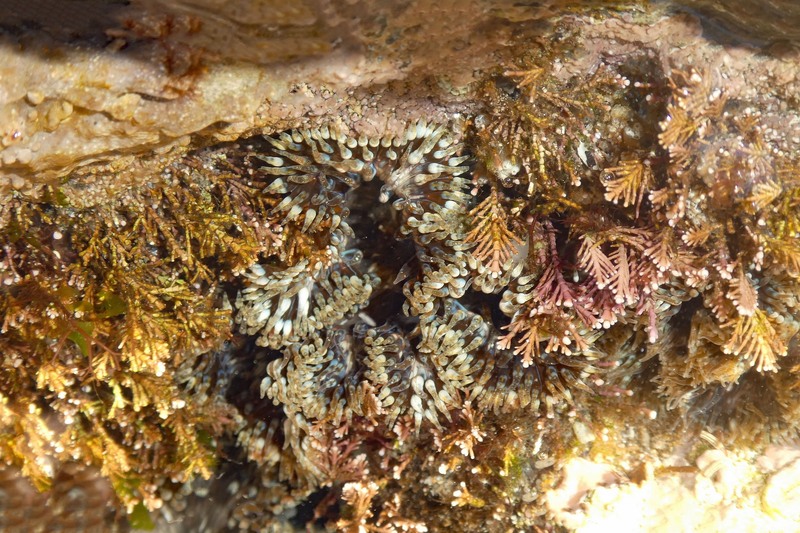
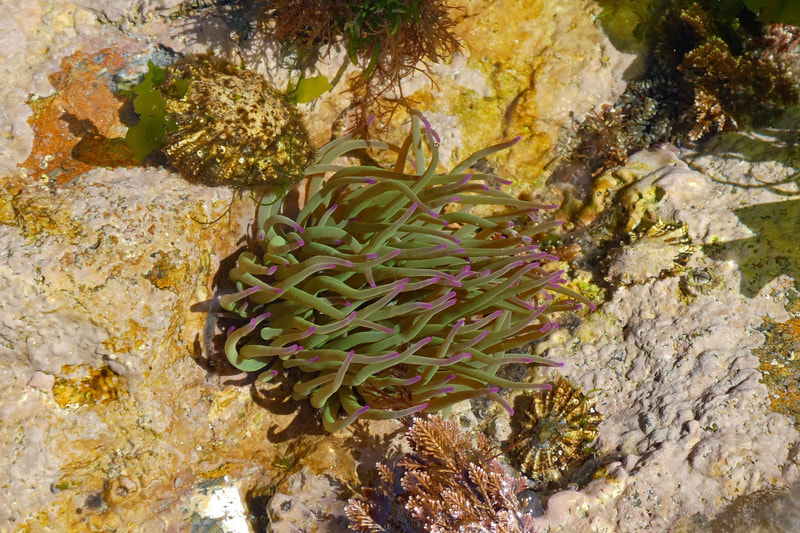
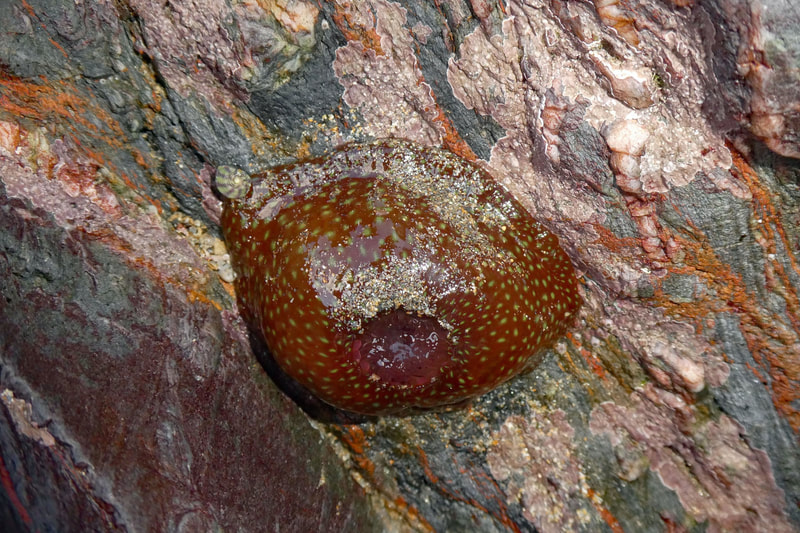
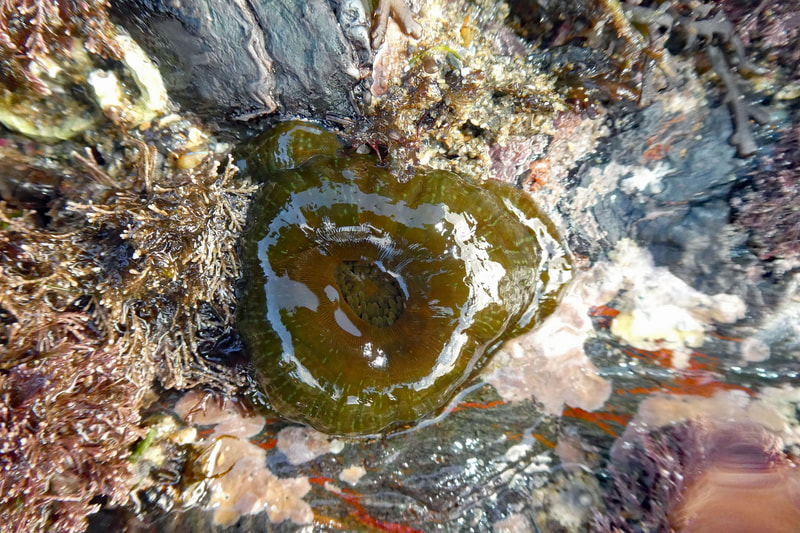
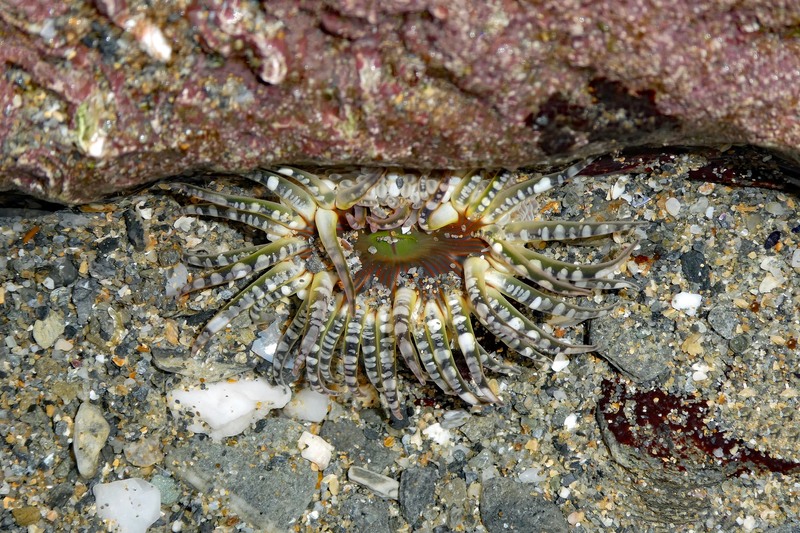
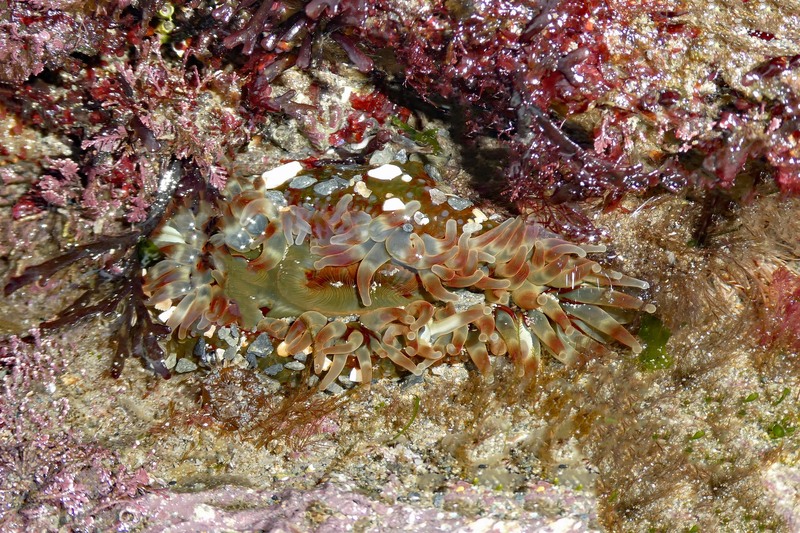
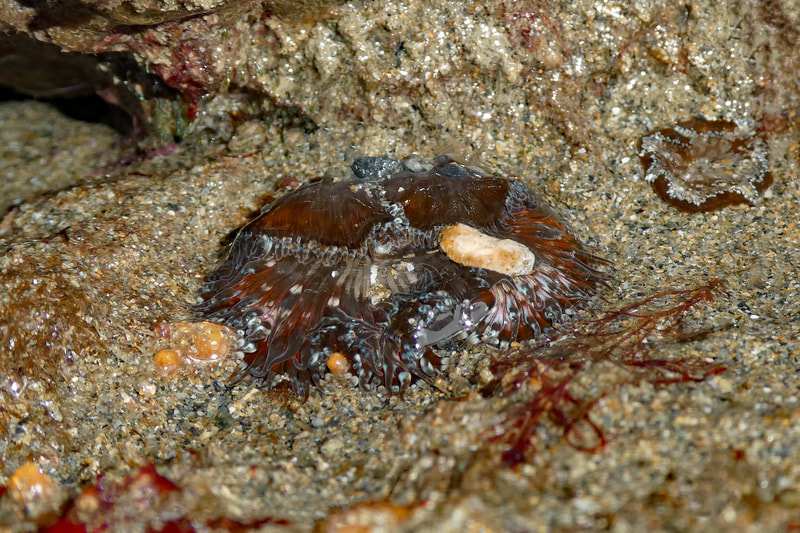
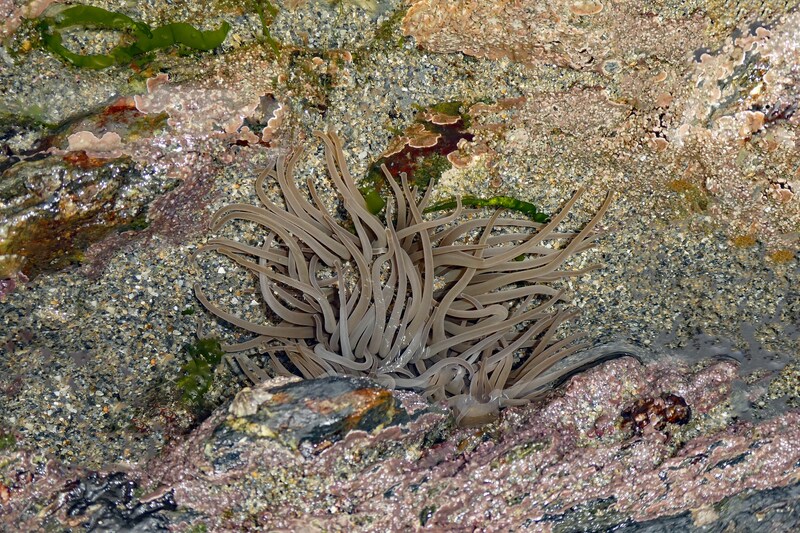
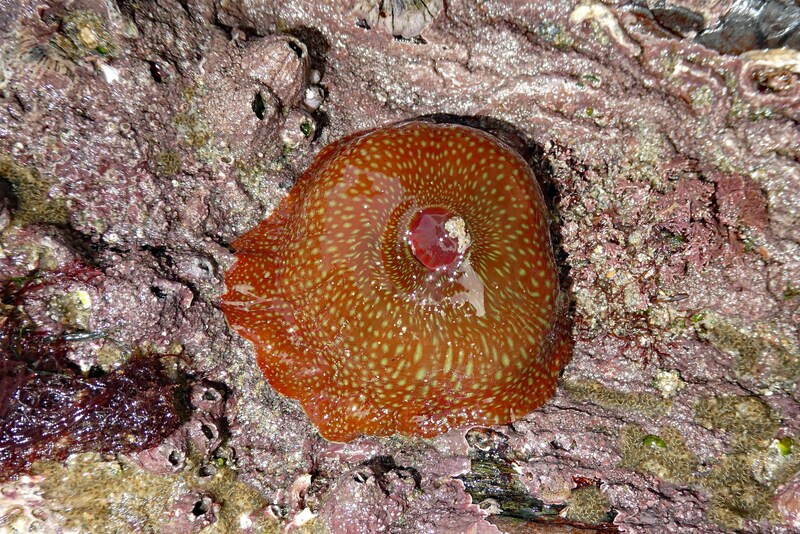
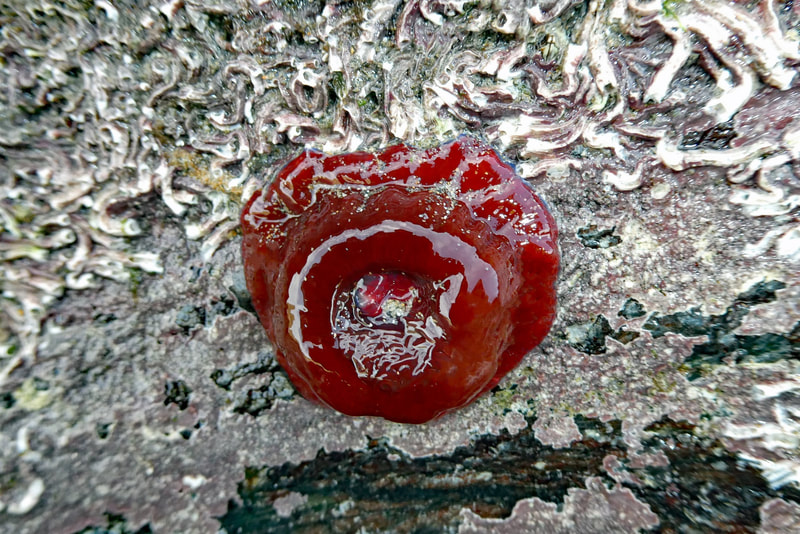
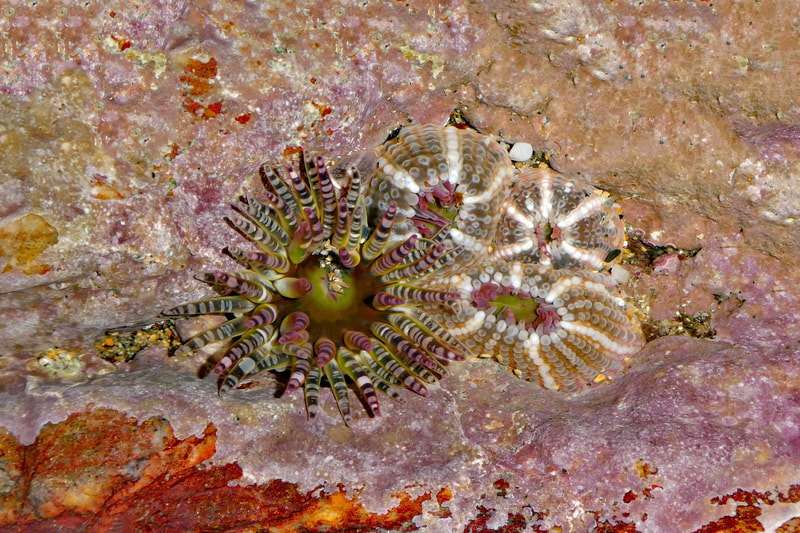
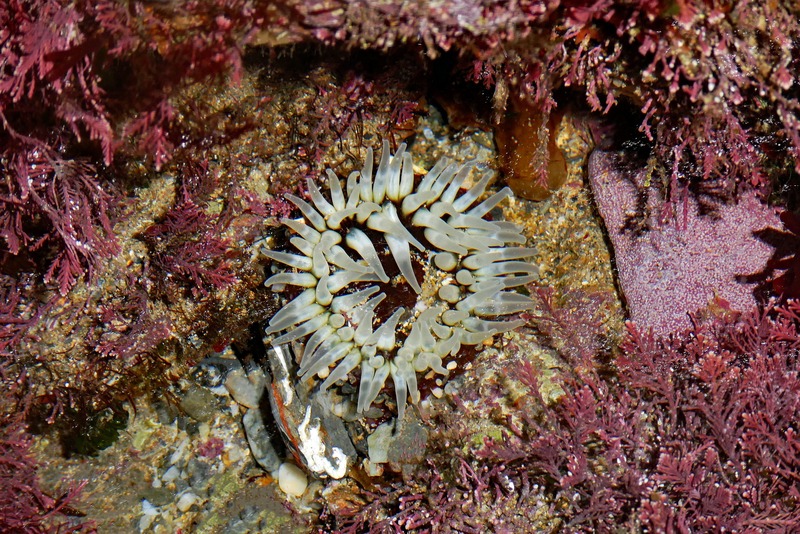
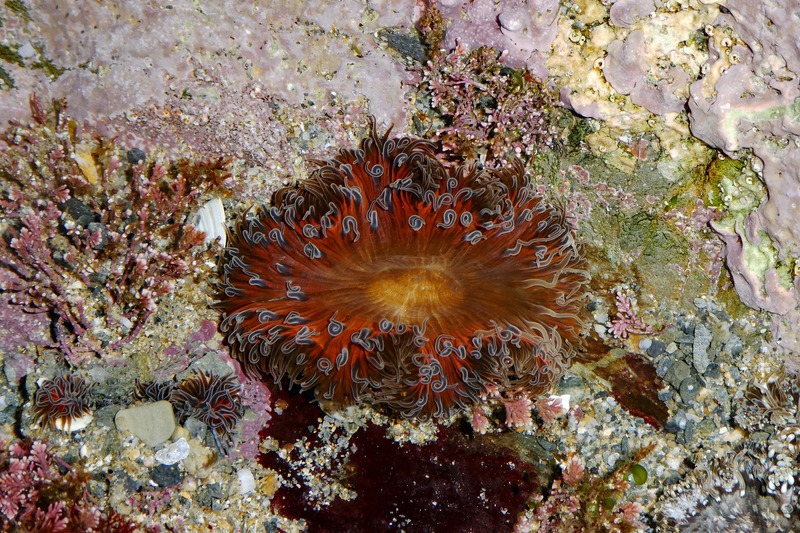
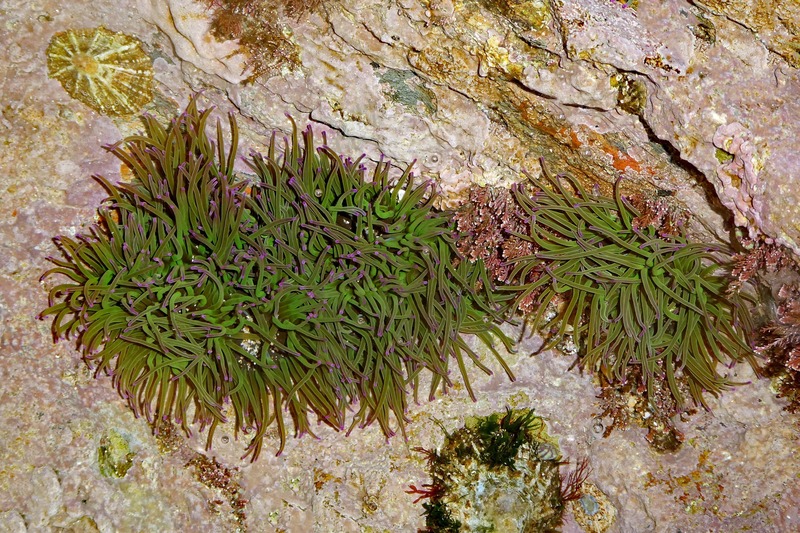
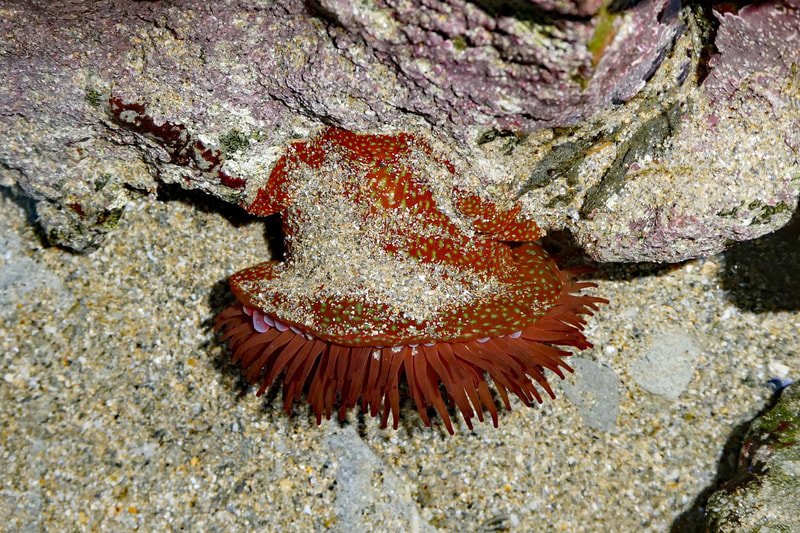
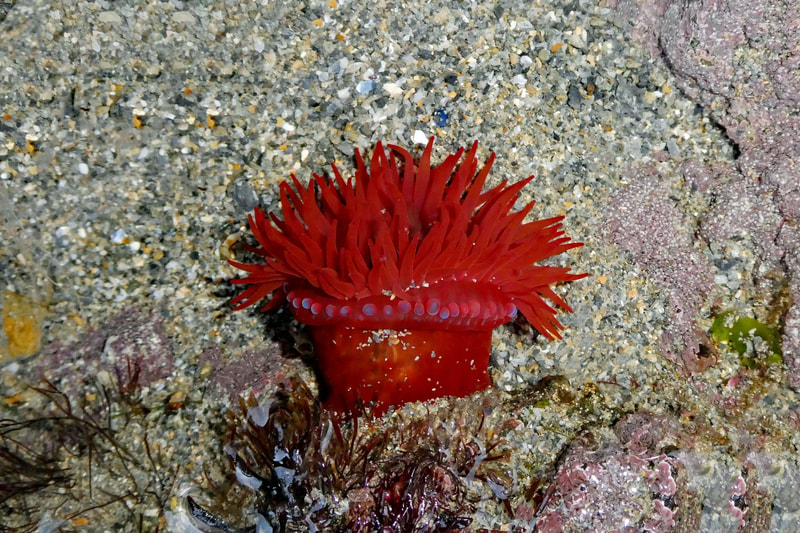
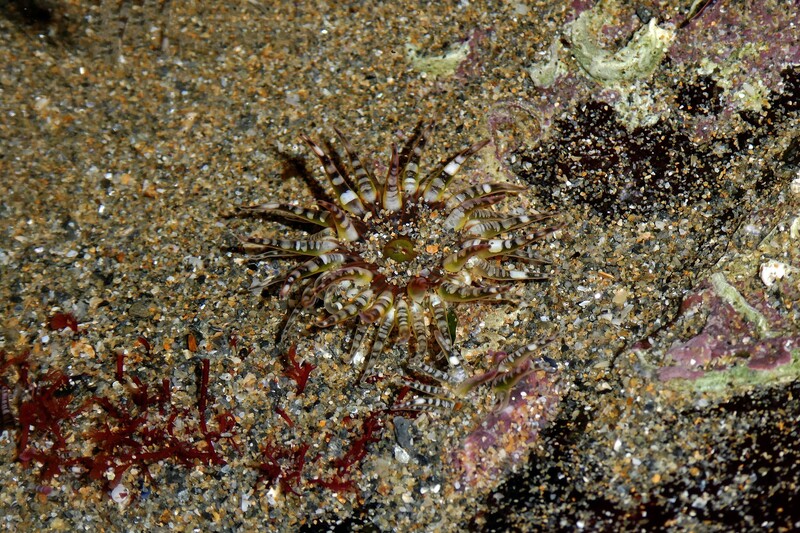
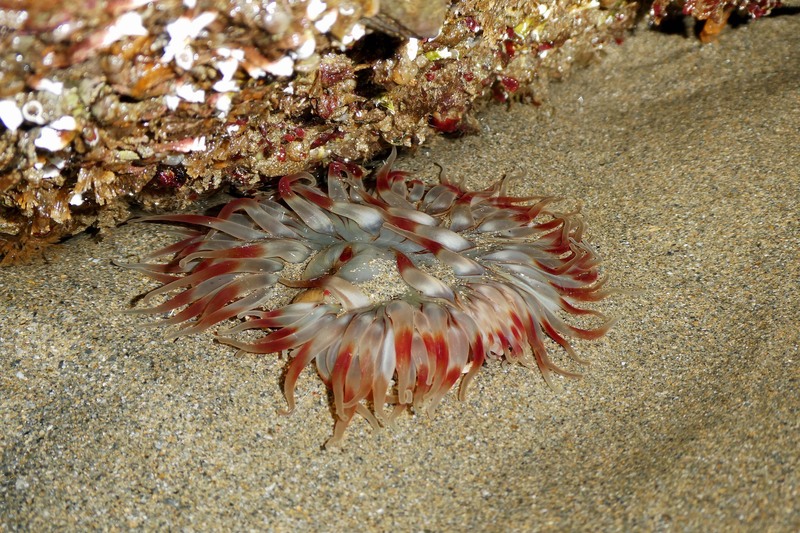
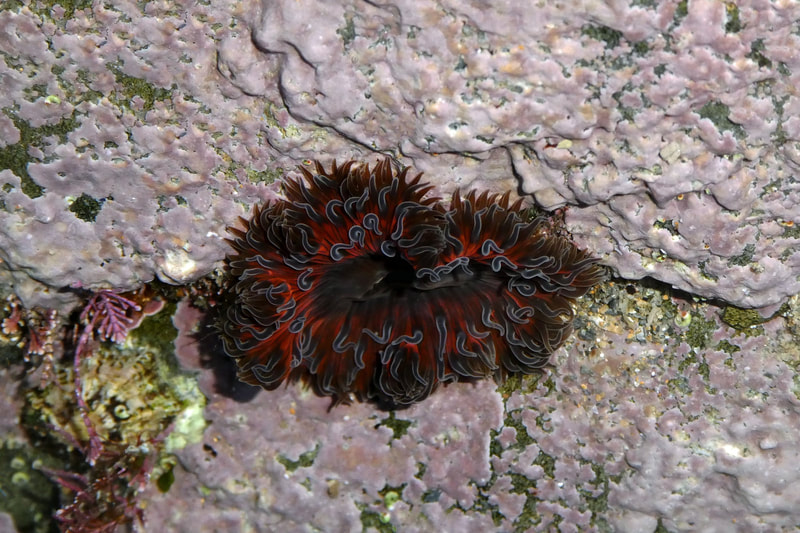
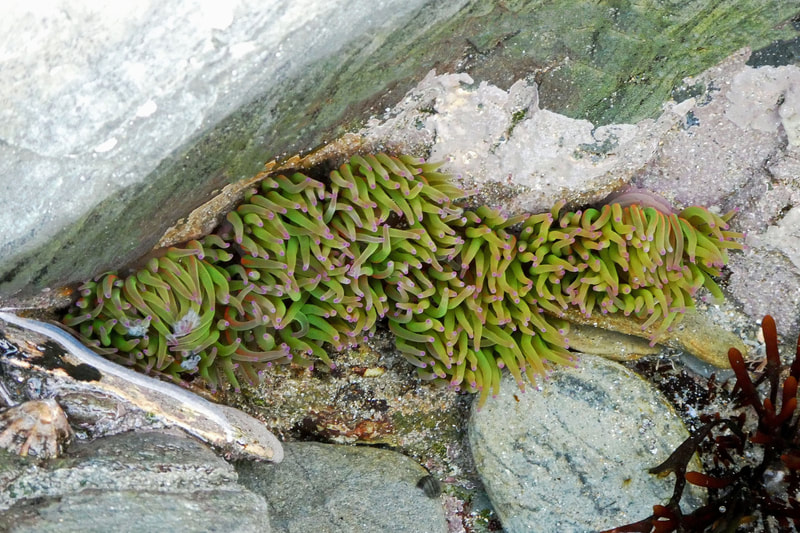
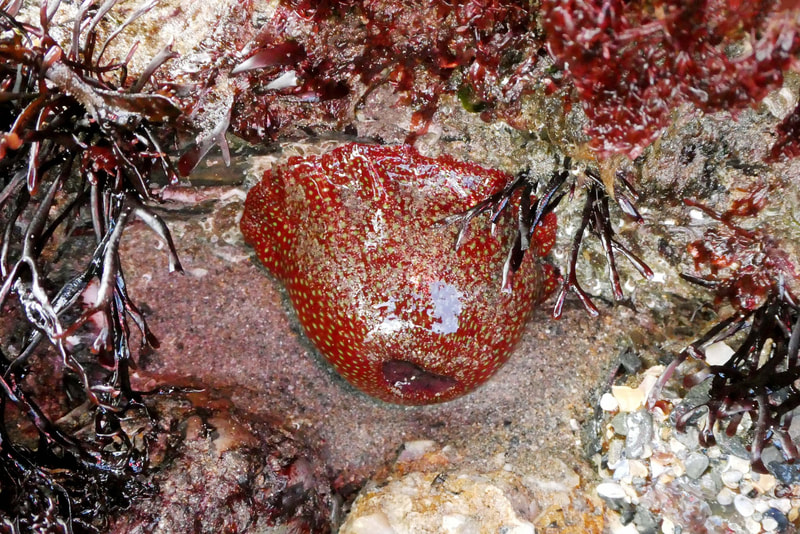
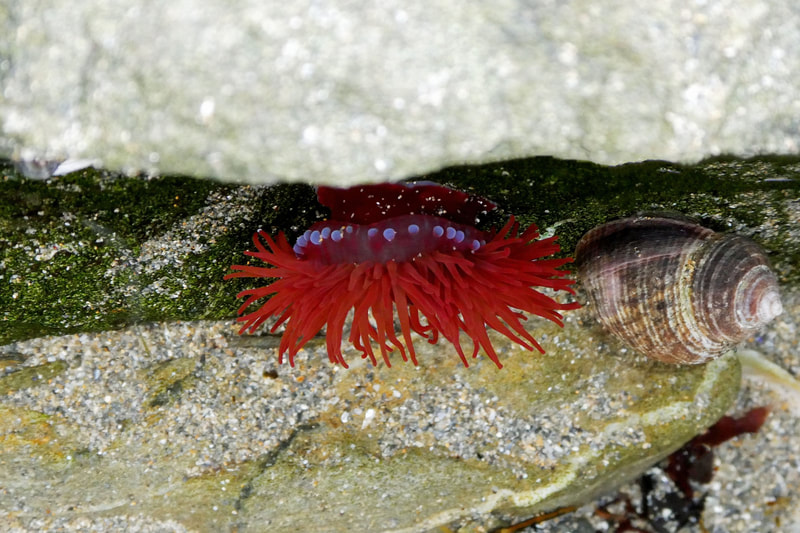
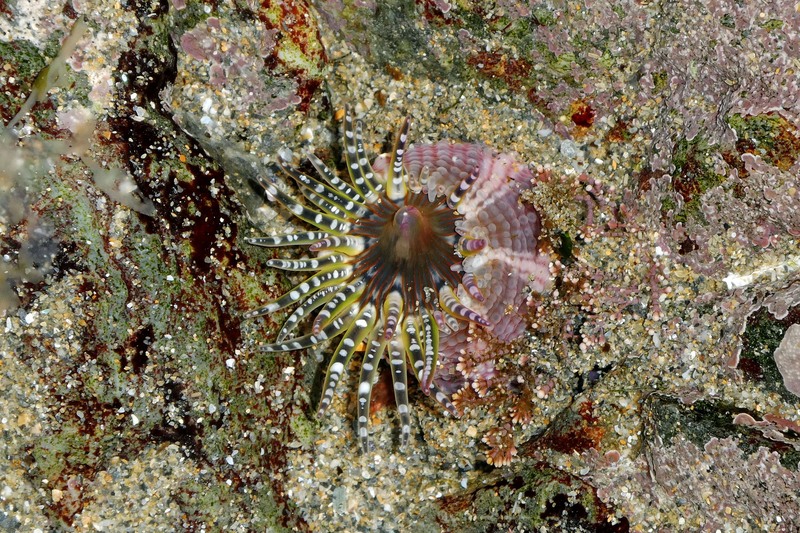
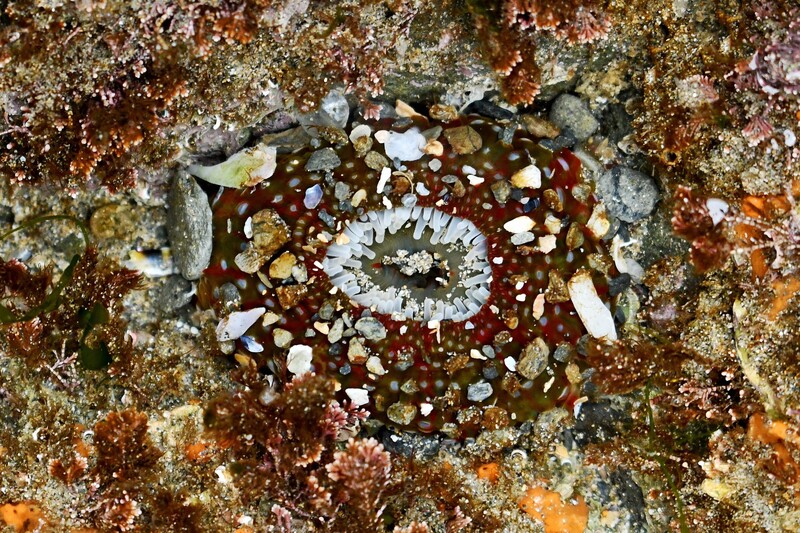
































































 RSS Feed
RSS Feed